Bivalent bromodomain inhibitors and uses thereof
Bradner , et al. February 9, 2
U.S. patent number 10,913,752 [Application Number 15/778,831] was granted by the patent office on 2021-02-09 for bivalent bromodomain inhibitors and uses thereof. This patent grant is currently assigned to Dana-Farber Cancer Institute, Inc.. The grantee listed for this patent is Dana-Farber Cancer Institute, Inc.. Invention is credited to James E. Bradner, Jun Qi, Justin M. Roberts, Minoru Tanaka.
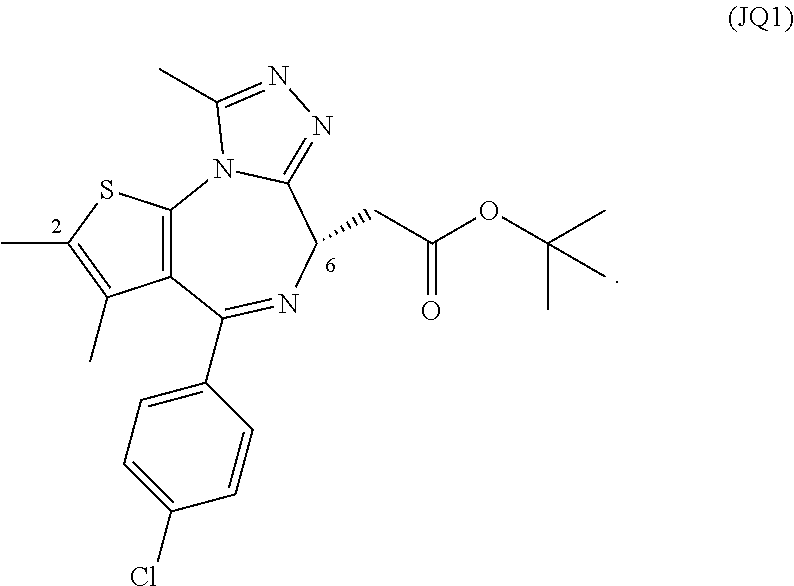
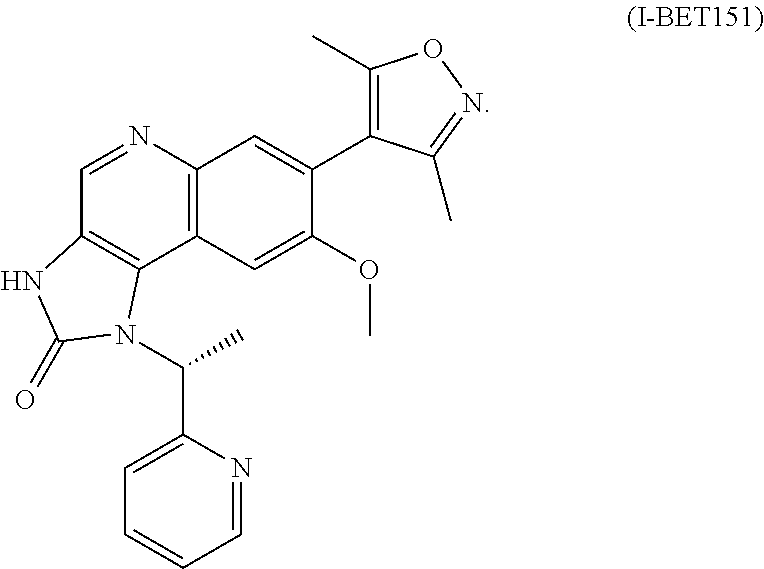
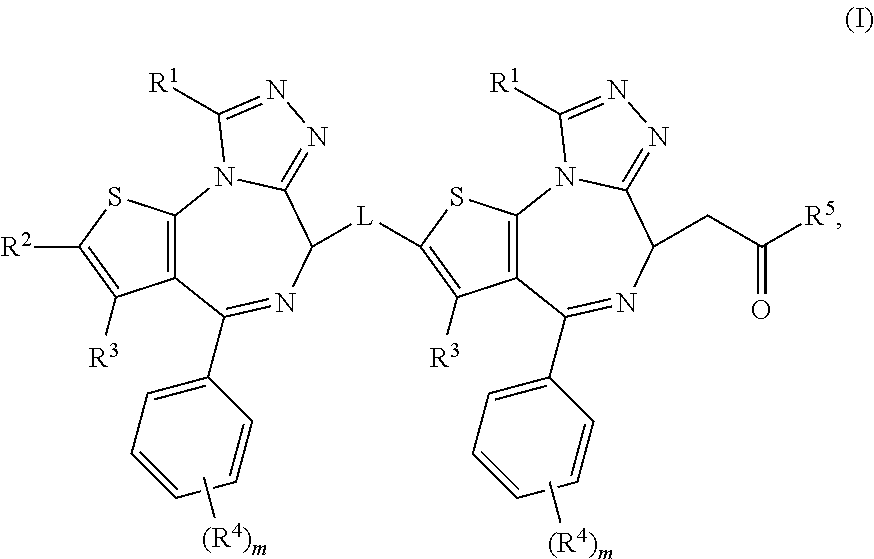
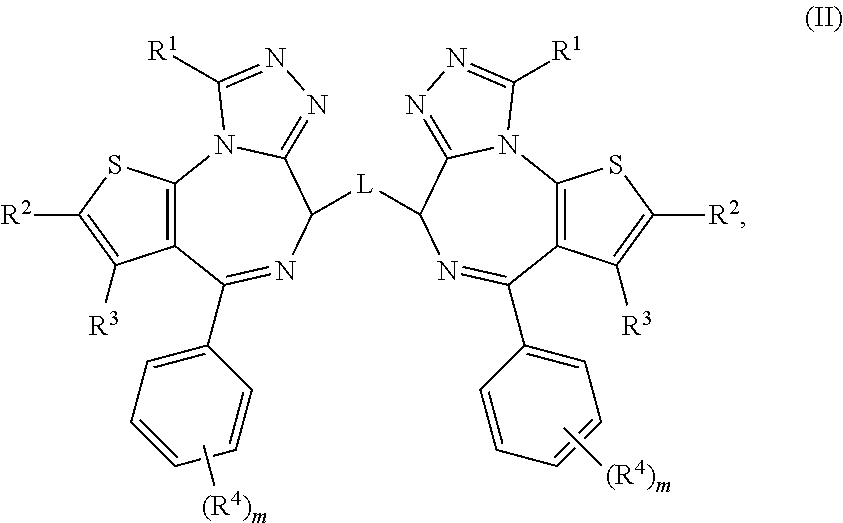
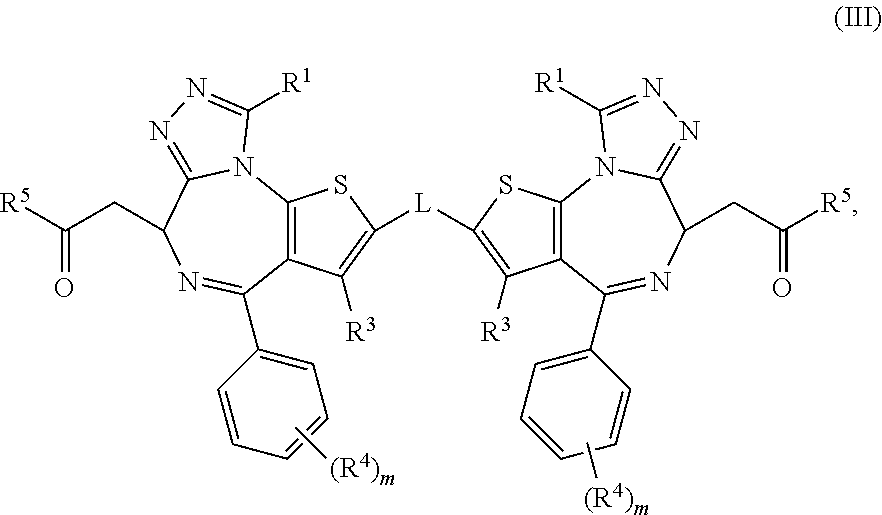
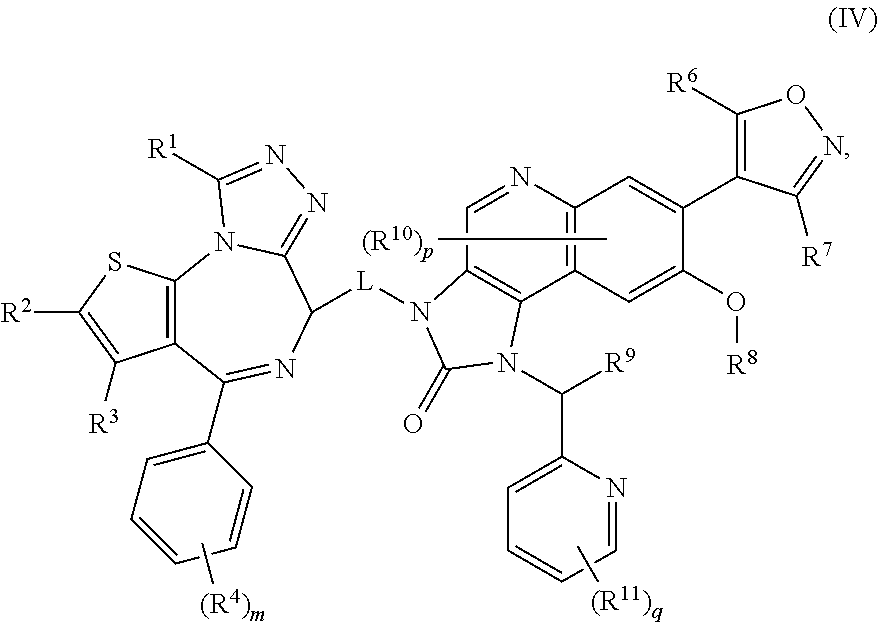
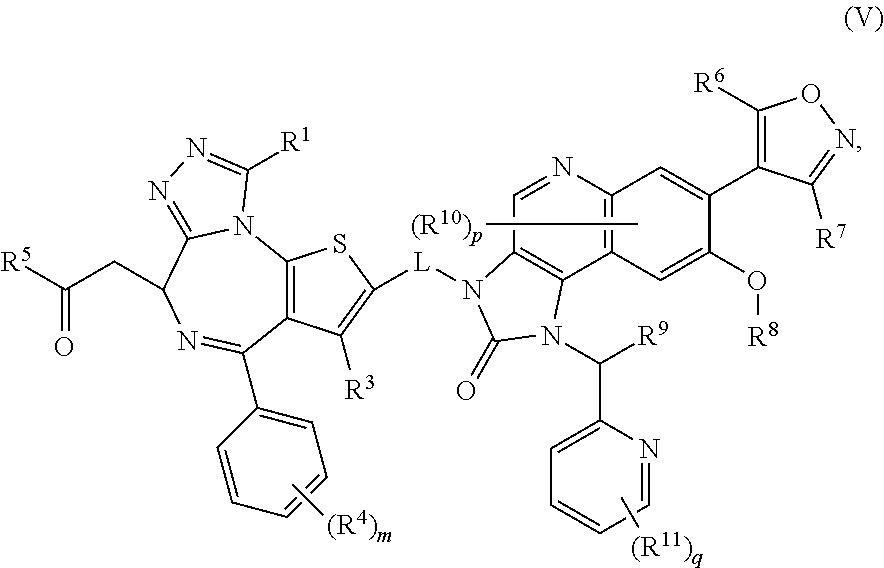
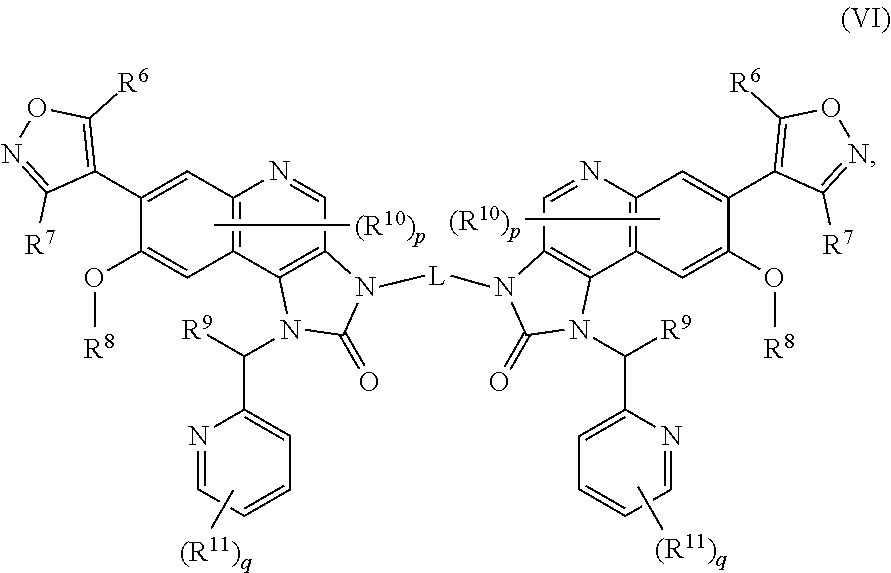
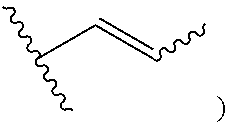
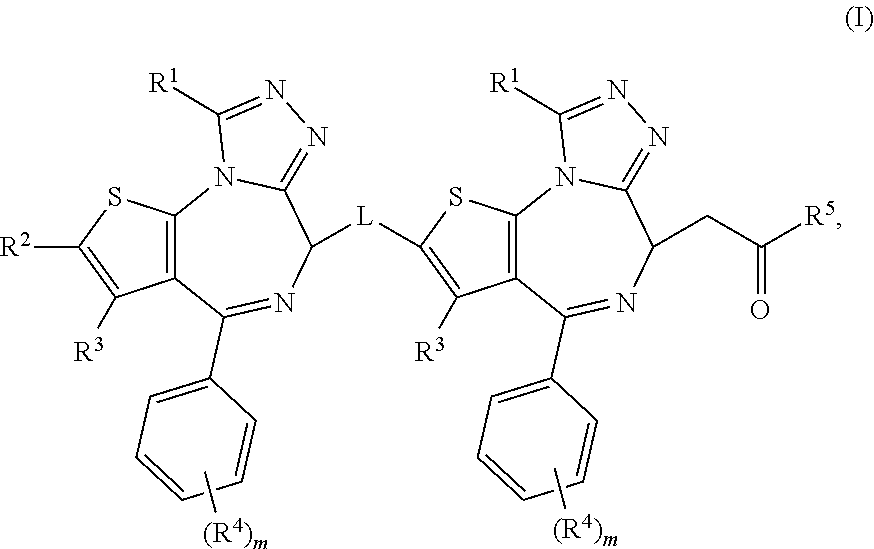
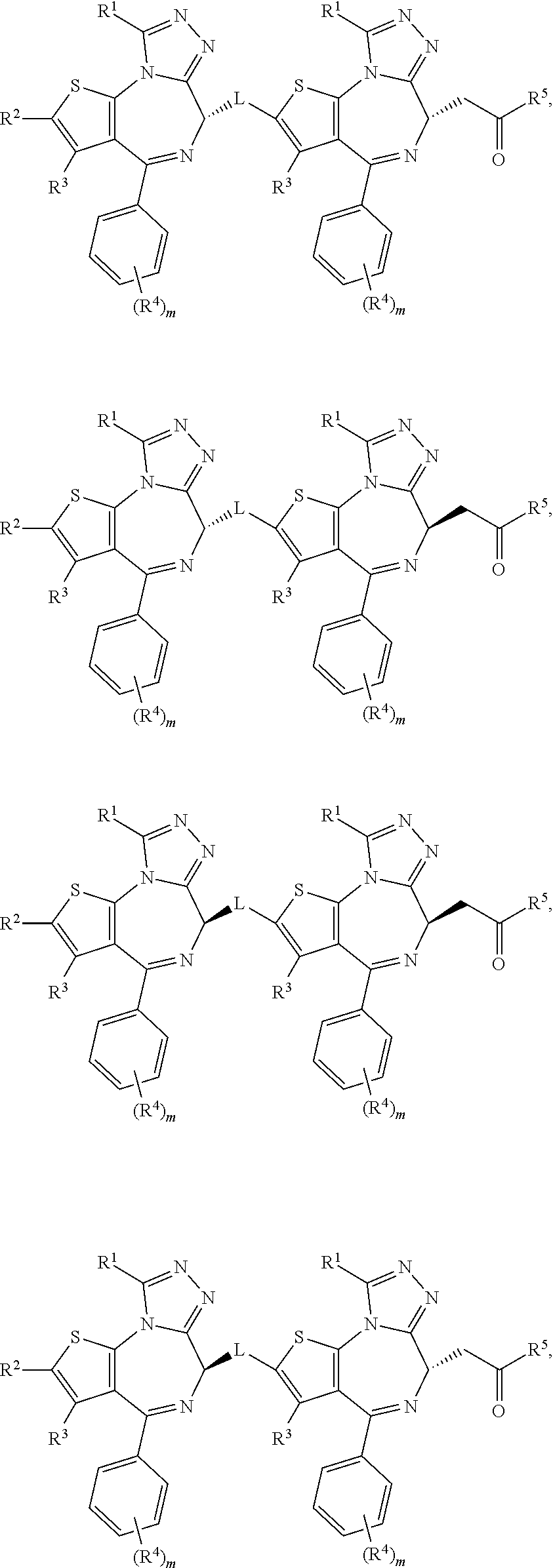
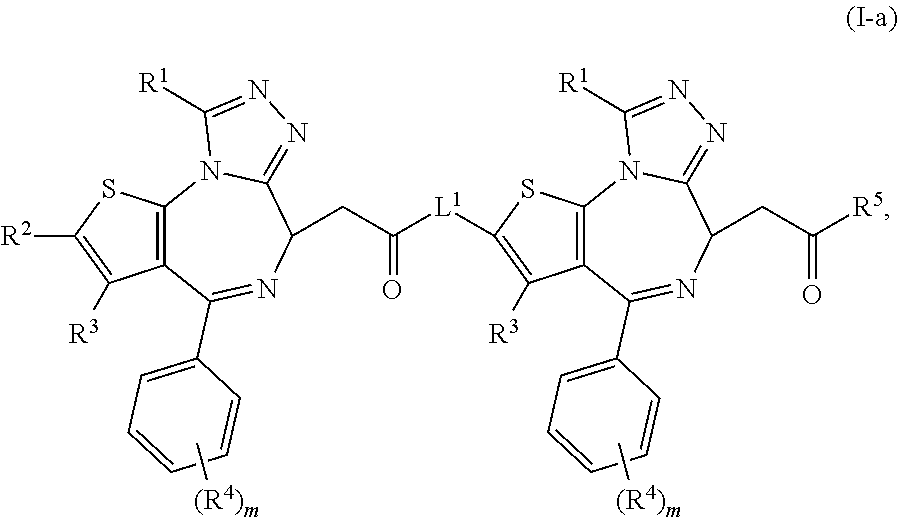
View All Diagrams
| United States Patent | 10,913,752 |
| Bradner , et al. | February 9, 2021 |
Bivalent bromodomain inhibitors and uses thereof
Abstract
The present invention provides bivalent inhibitors of BET bromodomains, such as compounds of Formulae (I), (II), (III), (IV), (V), and (VI). Some bromdomain-containing proteins (e.g., BRD4) have a tandem bromodomain primary structure comprising more than one bromodomain binding site (e.g., BRD4 comprises BD1 and BD2). Bivalent inhibitors of BET bromodomains provided herein can target bromodomains through advantageous multivalent interactions, and can therefore can be to treat diseases or conditions associated with bromodomain-containing proteins. The present also provides pharmaceutical compositions and kits comprising the inventive compounds, as well as methods of using the inventive compounds.
| Inventors: | Bradner; James E. (Weston, MA), Qi; Jun (Sharon, MA), Tanaka; Minoru (Boston, MA), Roberts; Justin M. (Cambridge, MA) | ||||||||||
|---|---|---|---|---|---|---|---|---|---|---|---|
| Applicant: |
|
||||||||||
| Assignee: | Dana-Farber Cancer Institute,
Inc. (Boston, MA) |
||||||||||
| Family ID: | 1000005350160 | ||||||||||
| Appl. No.: | 15/778,831 | ||||||||||
| Filed: | November 23, 2016 | ||||||||||
| PCT Filed: | November 23, 2016 | ||||||||||
| PCT No.: | PCT/US2016/063502 | ||||||||||
| 371(c)(1),(2),(4) Date: | May 24, 2018 | ||||||||||
| PCT Pub. No.: | WO2017/091673 | ||||||||||
| PCT Pub. Date: | June 01, 2017 |
Prior Publication Data
| Document Identifier | Publication Date | |
|---|---|---|
| US 20180354973 A1 | Dec 13, 2018 | |
| US 20200172553 A9 | Jun 4, 2020 | |
Related U.S. Patent Documents
| Application Number | Filing Date | Patent Number | Issue Date | ||
|---|---|---|---|---|---|
| 62338968 | May 19, 2016 | ||||
| 62261703 | Dec 1, 2015 | ||||
| 62259797 | Nov 25, 2015 | ||||
| Current U.S. Class: | 1/1 |
| Current CPC Class: | C07D 519/00 (20130101); A61P 15/16 (20180101); A61K 31/551 (20130101); Y02A 50/30 (20180101) |
| Current International Class: | C07D 519/00 (20060101); A61K 31/551 (20060101); A61P 15/16 (20060101) |
| Field of Search: | ;514/220 |
References Cited [Referenced By]
U.S. Patent Documents
| 3681343 | August 1972 | Hester, Jr. |
| 3709898 | January 1973 | Hester, Jr. |
| 3812259 | May 1974 | Collins |
| 4621083 | November 1986 | Casals-Stenzel et al. |
| 4900729 | February 1990 | Stransky et al. |
| 5104543 | April 1992 | Brandt et al. |
| 5593988 | January 1997 | Tahara et al. |
| 5712274 | January 1998 | Sueoka et al. |
| 5721231 | February 1998 | Moriwaki et al. |
| 5753647 | May 1998 | Weber et al. |
| 5753649 | May 1998 | Tahaw et al. |
| 5760032 | June 1998 | Kitajima et al. |
| 5846972 | December 1998 | Buckman et al. |
| 5854238 | December 1998 | Kempen |
| 5893397 | April 1999 | Peterson et al. |
| 5993412 | November 1999 | Deily et al. |
| 6444664 | September 2002 | Princen et al. |
| 6806272 | October 2004 | Bauer et al. |
| 6861422 | March 2005 | Hoffmann et al. |
| 7015213 | March 2006 | Bigg et al. |
| 7371753 | May 2008 | Stadtmueller et al. |
| 7528143 | May 2009 | Noronha et al. |
| 7528153 | May 2009 | Noronha et al. |
| 7589167 | September 2009 | Zhou et al. |
| 7750152 | July 2010 | Hoffman et al. |
| 7786299 | August 2010 | Hoffman et al. |
| 7816530 | October 2010 | Grauert |
| 7825246 | November 2010 | Noronha et al. |
| 8003786 | August 2011 | Hoffman et al. |
| 8044042 | October 2011 | Adachi et al. |
| 8133900 | March 2012 | Hood et al. |
| 8138199 | March 2012 | Noronha et al. |
| 8338464 | December 2012 | Melnick et al. |
| 8476260 | July 2013 | Miyoshi et al. |
| 8604042 | December 2013 | Noronha et al. |
| 8981083 | March 2015 | Bradner et al. |
| 9249161 | February 2016 | Albrecht et al. |
| 9301962 | April 2016 | Bradner et al. |
| 9320741 | April 2016 | Bradner et al. |
| 9695172 | July 2017 | Bradner et al. |
| 9714946 | July 2017 | Bradner et al. |
| 9789120 | October 2017 | Bradner et al. |
| 9815849 | November 2017 | Bradner et al. |
| 9938302 | April 2018 | Chan et al. |
| 9951074 | April 2018 | Bradner et al. |
| 9975896 | May 2018 | Marineau et al. |
| 10144745 | December 2018 | Chan et al. |
| 10150756 | December 2018 | Bradner et al. |
| 10308653 | June 2019 | Bradner et al. |
| 10407441 | September 2019 | Bradner et al. |
| 10464925 | November 2019 | Bradner et al. |
| 2002/0032200 | March 2002 | Cai et al. |
| 2002/0169158 | November 2002 | Hunt, III et al. |
| 2003/0130268 | July 2003 | Sagaw et al. |
| 2003/0216758 | November 2003 | Signore |
| 2004/0176380 | September 2004 | Hoffmann et al. |
| 2006/0035902 | February 2006 | Linz et al. |
| 2006/0074088 | April 2006 | Munzert et al. |
| 2006/0142257 | June 2006 | Nieschlag et al. |
| 2006/0223055 | October 2006 | Howley et al. |
| 2007/0105839 | May 2007 | Imbach et al. |
| 2007/0179178 | August 2007 | Buettelmann et al. |
| 2007/0218135 | September 2007 | Mukharya et al. |
| 2008/0004308 | January 2008 | Dhanak et al. |
| 2008/0081781 | April 2008 | Lippa et al. |
| 2008/0305113 | December 2008 | Kwon et al. |
| 2009/0012064 | January 2009 | Sagara et al. |
| 2009/0238828 | September 2009 | Munzert et al. |
| 2009/0280115 | November 2009 | Maier et al. |
| 2009/0281191 | November 2009 | Rangwala et al. |
| 2009/0312336 | December 2009 | Simpson et al. |
| 2009/0318408 | December 2009 | Cai et al. |
| 2010/0041643 | February 2010 | Adachi et al. |
| 2010/0216802 | August 2010 | Moffat et al. |
| 2010/0249412 | September 2010 | Linz et al. |
| 2010/0286127 | November 2010 | Miyoshi et al. |
| 2011/0028405 | February 2011 | Harrison et al. |
| 2011/0098288 | April 2011 | Major et al. |
| 2011/0172231 | July 2011 | Baenteli et al. |
| 2011/0201606 | August 2011 | Garcia-Cheverria et al. |
| 2011/0212077 | September 2011 | Noronha et al. |
| 2011/0230460 | September 2011 | Kempen et al. |
| 2011/0245245 | October 2011 | Mortensen et al. |
| 2012/0014979 | January 2012 | Dent |
| 2012/0040961 | February 2012 | Gray et al. |
| 2012/0202798 | August 2012 | Sagara |
| 2012/0329803 | December 2012 | Guenter et al. |
| 2013/0184264 | July 2013 | Bradner et al. |
| 2013/0210813 | August 2013 | Bradner et al. |
| 2013/0245013 | September 2013 | Gangloff et al. |
| 2013/0252331 | September 2013 | Bradner et al. |
| 2013/0274239 | October 2013 | Arnold et al. |
| 2013/0280332 | October 2013 | Moss et al. |
| 2014/0005169 | January 2014 | Albrecht et al. |
| 2014/0011862 | January 2014 | Bradner et al. |
| 2014/0213575 | July 2014 | Schmees et al. |
| 2014/0243286 | August 2014 | Arnold et al. |
| 2014/0243322 | August 2014 | Arnold et al. |
| 2014/0256710 | September 2014 | Liu et al. |
| 2016/0033519 | February 2016 | Bradner et al. |
| 2016/0168154 | June 2016 | Bradner et al. |
| 2016/0176916 | June 2016 | Bradner et al. |
| 2016/0231314 | August 2016 | Bradner et al. |
| 2016/0317547 | November 2016 | Bradner et al. |
| 2016/0332993 | November 2016 | Bradner et al. |
| 2016/0347749 | December 2016 | Bradner et al. |
| 2016/0347750 | December 2016 | Bradner et al. |
| 2017/0008888 | January 2017 | Hu et al. |
| 2017/0008895 | January 2017 | Bradner et al. |
| 2017/0065719 | March 2017 | Qian et al. |
| 2017/0145013 | May 2017 | Bradner et al. |
| 2017/0145023 | May 2017 | Bradner et al. |
| 2017/0145026 | May 2017 | Ernst et al. |
| 2017/0145086 | May 2017 | Myeette et al. |
| 2017/0209461 | July 2017 | Landau et al. |
| 2017/0333443 | November 2017 | Chan et al. |
| 2017/0334932 | November 2017 | Chan et al. |
| 2017/0360801 | December 2017 | Sotomayor et al. |
| 2018/0085465 | March 2018 | Bradner et al. |
| 2018/0134684 | May 2018 | Bradner et al. |
| 2018/0169109 | June 2018 | Bradner et al. |
| 2018/0179522 | June 2018 | Buckley et al. |
| 2018/0228907 | August 2018 | Crew et al. |
| 2018/0230167 | August 2018 | Chan et al. |
| 2018/0237453 | August 2018 | Vadivelu et al. |
| 2018/0327419 | November 2018 | Bradner et al. |
| 2019/0015411 | January 2019 | Hammerman et al. |
| 2019/0046541 | February 2019 | Bradner et al. |
| 2019/0076539 | March 2019 | Phillips et al. |
| 2019/0076542 | March 2019 | Phillips et al. |
| 2019/0135790 | May 2019 | Bradner et al. |
| 2020806 | Jan 1991 | CA | |||
| 2710740 | Jul 2009 | CA | |||
| 622019 | Mar 1981 | CH | |||
| 1227555 | Sep 1999 | CN | |||
| 1745081 | Mar 2006 | CN | |||
| 101022809 | Aug 2007 | CN | |||
| 101023070 | Aug 2007 | CN | |||
| 101420955 | Apr 2009 | CN | |||
| 102341394 | Feb 2012 | CN | |||
| 103037865 | Apr 2013 | CN | |||
| 107257800 | Oct 2017 | CN | |||
| 3724164 | Feb 1988 | DE | |||
| 8778 | Aug 2007 | EA | |||
| 201070395 | Oct 2010 | EA | |||
| 0 087 850 | Sep 1983 | EP | |||
| 0 368 175 | May 1990 | EP | |||
| 0 387 613 | Sep 1990 | EP | |||
| 0 934 940 | Aug 1999 | EP | |||
| 0 989 131 | Nov 2002 | EP | |||
| 1 297 836 | Apr 2003 | EP | |||
| 1887008 | Feb 2008 | EP | |||
| 2 112 152 | Oct 2009 | EP | |||
| 2 239 264 | Oct 2010 | EP | |||
| 2 481 739 | Aug 2012 | EP | |||
| 2 351 367 | Feb 2011 | ES | |||
| 2329668 | May 1977 | FR | |||
| 61-87684 | May 1986 | JP | |||
| 1-299231 | Dec 1989 | JP | |||
| 6-157316 | Jun 1994 | JP | |||
| H10500998 | Jan 1998 | JP | |||
| 11-228576 | Aug 1999 | JP | |||
| 11-512107 | Oct 1999 | JP | |||
| 3001979 | Nov 1999 | JP | |||
| 3096299 | Aug 2000 | JP | |||
| 2005-527529 | Sep 2005 | JP | |||
| 2006-520354 | Sep 2006 | JP | |||
| 2008-509948 | Apr 2008 | JP | |||
| 2008-509953 | Apr 2008 | JP | |||
| 2008-510763 | Apr 2008 | JP | |||
| 2008-510771 | Apr 2008 | JP | |||
| 2008-156311 | Jul 2008 | JP | |||
| 2008-543778 | Dec 2008 | JP | |||
| 2009-526849 | Jul 2009 | JP | |||
| 2011-513457 | Apr 2011 | JP | |||
| 2011-515383 | May 2011 | JP | |||
| 2012-514601 | Jun 2012 | JP | |||
| 2013-543879 | Dec 2013 | JP | |||
| 2016-504990 | Feb 2016 | JP | |||
| 5913292 | Apr 2016 | JP | |||
| 2 139 892 | Nov 2011 | PT | |||
| 2278117 | Sep 2003 | RU | |||
| 2229299 | May 2004 | RU | |||
| 2475488 | Mar 2010 | RU | |||
| 2514429 | Apr 2014 | RU | |||
| WO 1994/006802 | Mar 1994 | WO | |||
| WO 97/47622 | Dec 1997 | WO | |||
| WO 98/11111 | Mar 1998 | WO | |||
| WO 01/95912 | Dec 2001 | WO | |||
| WO 2003/007983 | Jan 2003 | WO | |||
| WO 2003/020722 | Mar 2003 | WO | |||
| WO 2006/018185 | Feb 2006 | WO | |||
| WO 2006/133426 | Dec 2006 | WO | |||
| WO 2007/053452 | May 2007 | WO | |||
| WO 2007/095188 | Aug 2007 | WO | |||
| WO 2008/009909 | Jan 2008 | WO | |||
| WO 2008/079907 | Jul 2008 | WO | |||
| WO 2008/083056 | Jul 2008 | WO | |||
| WO 2008/113711 | Sep 2008 | WO | |||
| WO 2008/137081 | Nov 2008 | WO | |||
| WO 2009/023269 | Feb 2009 | WO | |||
| WO 2009/040556 | Apr 2009 | WO | |||
| WO 2009/067547 | May 2009 | WO | |||
| WO 2009/084693 | Jul 2009 | WO | |||
| WO 2009/153197 | Dec 2009 | WO | |||
| WO 2010/015387 | Feb 2010 | WO | |||
| WO 2010/032195 | Mar 2010 | WO | |||
| WO 2010/049466 | May 2010 | WO | |||
| WO 2010/080712 | Jul 2010 | WO | |||
| WO 2011/036566 | Mar 2011 | WO | |||
| WO 2011/054553 | May 2011 | WO | |||
| WO 2011/054841 | May 2011 | WO | |||
| WO 2011/054843 | May 2011 | WO | |||
| WO 2011/054844 | May 2011 | WO | |||
| WO 2011/054845 | May 2011 | WO | |||
| WO 2011/054846 | May 2011 | WO | |||
| WO 2011/054848 | May 2011 | WO | |||
| WO 2011/101369 | Aug 2011 | WO | |||
| WO 2011/143651 | Nov 2011 | WO | |||
| WO 2011/143657 | Nov 2011 | WO | |||
| WO 2011/143660 | Nov 2011 | WO | |||
| WO 2011/143669 | Nov 2011 | WO | |||
| WO 2011/161031 | Dec 2011 | WO | |||
| WO 2012/072505 | Jun 2012 | WO | |||
| WO 2012/075383 | Jun 2012 | WO | |||
| WO 2012/075456 | Jun 2012 | WO | |||
| WO 2012/116170 | Aug 2012 | WO | |||
| WO 2012/118812 | Sep 2012 | WO | |||
| WO 2012/120048 | Sep 2012 | WO | |||
| WO 2012/143416 | Oct 2012 | WO | |||
| WO 2013/033268 | Mar 2013 | WO | |||
| WO 2013/033269 | Mar 2013 | WO | |||
| WO 2013/033270 | Mar 2013 | WO | |||
| WO 2013/097601 | Jul 2013 | WO | |||
| WO 2013/148197 | Oct 2013 | WO | |||
| WO 2014/023696 | Feb 2014 | WO | |||
| WO 2014/068402 | May 2014 | WO | |||
| WO 2014/071247 | May 2014 | WO | |||
| WO 2014/095774 | Jun 2014 | WO | |||
| WO 2014/139324 | Sep 2014 | WO | |||
| WO 2014/139394 | Sep 2014 | WO | |||
| WO 2014/159392 | Oct 2014 | WO | |||
| WO 2015/013635 | Jan 2015 | WO | |||
| WO 2015/081280 | Jun 2015 | WO | |||
| WO 2015/081284 | Jun 2015 | WO | |||
| WO 2015/085925 | Jun 2015 | WO | |||
| WO 2015/117053 | Aug 2015 | WO | |||
| WO 2015/117055 | Aug 2015 | WO | |||
| WO 2015/117083 | Aug 2015 | WO | |||
| WO 2015/117087 | Aug 2015 | WO | |||
| WO 2016/022902 | Feb 2016 | WO | |||
| WO 2016/105518 | Jun 2016 | WO | |||
| WO 2016/149668 | Sep 2016 | WO | |||
| WO 2017/030814 | Feb 2017 | WO | |||
| WO 2017/037146 | Mar 2017 | WO | |||
| WO 2017/042100 | Mar 2017 | WO | |||
| WO 2017/044792 | Mar 2017 | WO | |||
| WO 2017/044849 | Mar 2017 | WO | |||
| WO 2017/091585 | Jun 2017 | WO | |||
| WO 2017/091600 | Jun 2017 | WO | |||
| WO 2017/091602 | Jun 2017 | WO | |||
| WO 2017/091617 | Jun 2017 | WO | |||
| WO 2017/091627 | Jun 2017 | WO | |||
| WO 2017/091673 | Jun 2017 | WO | |||
| WO 2017/091683 | Jun 2017 | WO | |||
| WO 2017/094750 | Jun 2017 | WO | |||
| WO 2017/198590 | Nov 2017 | WO | |||
Other References
|
Partial Supplementary European Search Report for EP 16845148.2, dated Mar. 14, 2019. cited by applicant . Partial Supplementary European Search Report for EP 16845187.0, dated Mar. 18, 2019. cited by applicant . Partial Supplementary European Search Report for EP 16839229.1 dated May 22, 2019. cited by applicant . Extended European Search Report for EP 16845187.0, dated Jun. 25, 2019. cited by applicant . Extended European Search Report for EP 16845148.2, dated Jul. 16, 2019. cited by applicant . Extended European Search Report for EP16839229.1, dated Aug. 30, 2019. cited by applicant . [No Author Listed] CAS Registry STN No. 1241725-90-5; Sep. 16, 2010. cited by applicant . [No Author Listed] STN Database Registry No. 1245645-85-5; Oct. 6, 2010. cited by applicant . [No Author Listed] STN Database Registry No. 1245645-74-2; Oct. 6, 2010. cited by applicant . [No Author Listed] STN Database Registry No. 1245644-45-4; Oct. 6, 2010. cited by applicant . [No Author Listed] CAS Abstract and Indexed Compounds U.S. Pat. No. 5,712,274; 1998. 19 pages. cited by applicant . Communication to CAS RN 130066-84-1 in EP 368175. 2019. Weber et al. cited by applicant . CAS Abstract and Indexed Compound EP 368175; 1990. Accession No. 1990:591406. Weber et al. cited by applicant . CAS Abstract and Indexed Compound WO 2017/030814; 2017. Accession No. 2017:310173. Qian et al. cited by applicant . Anders et al., Genome-wide determination of drug localization. Nat Biotechnol. Oct. 8, 2014;32(1):92-6. doi: 10.1038/nbt.2776. cited by applicant . Chung, Small molecule bromodomain inhibitors: extending the druggable genome. Prog Med Chem. 2012;51(Chapter 1):1-21, 48-55. doi: 10.1016/B978-0-12-396493-9.00001-7. cited by applicant . Eikel et al., Liquid extraction surface analysis mass spectrometry (LESA-MS) as a novel profiling tool for drug distribution and metabolism analysis: the terfenadine example. Rapid Commun. Mass Spectrom. 2011, 25, 3587-3596. cited by applicant . Hsu et al., Effects of flavonoids and phenolic acids on the inhibition of adipogenesis in 3T3-L1 adipocytes. J Agric Food Chem. Oct. 17, 2007;55(21):8404-10. Epub Sep. 20, 2007. cited by applicant . Kim et al., Substrate and functional diversity of lysine acetylation revealed by a proteomics survey. Mol Cell. Aug. 2006;23(4):607-18. cited by applicant . Shaikh, The changing face of antihistamines and cardiac adverse drug reactions: a clinical perspective. J Indian Med Assoc. Jul. 2000;98(7):397-9. cited by applicant . Sterner et al., Acetylation of histones and transcription-related factors. Microbiol Mol Biol Rev. Jun. 2000;64(2):435-59. cited by applicant . Winter et al., Phthalimide conjugation as a strategy for in vivo target protein degradation. Science. Jun. 19, 2015;348(6241):1376-1381. cited by applicant . Zhang et al, Preparation of Small-Molecule Microarrays by trans-Cyclooctene Tetrazine Ligation and Their Application in the High-Throughput Screening of Protein--Protein Interaction Inhibitors of Bromodomains. Angewandte Chemie International Edition. Nov. 4, 2013;52(52):14060-14064. cited by applicant . International Search Report and Written Opinion for PCT/US2014/023386, dated Jul. 9, 2014. cited by applicant . International Preliminary Report on Patentability for PCT/US2014/023386, dated Sep. 24, 2015. cited by applicant . Extended European Search Report for EP 14828728, dated Jan. 31, 2017. cited by applicant . Invitation to Pay Additional Fees for PCT/US2014/48230, dated Nov. 17, 2014. cited by applicant . International Search Report and Written Opinion for PCT/US2014/48230, dated Jan. 30, 2015. cited by applicant . International Preliminary Report on Patentability for PCT/US2014/48230, dated Feb. 4, 2016. cited by applicant . Extended European Search Report for EP 15744026.4, dated Jun. 7, 2017. cited by applicant . Invitation to Pay Additional Fees for PCT/US2015/14109, dated Apr. 20, 2015. cited by applicant . International Search Report and Written Opinion for PCT/US2015/14109, dated Jul. 6, 2015. cited by applicant . International Preliminary Report on Patentability for PCT/US2015/14109, dated Aug. 11, 2016. cited by applicant . Extended European Search Report for EP 15743171.9, dated Jul. 10, 2017. cited by applicant . International Search Report and Written Opinion for PCT/US2015/14044, dated Apr. 23, 2015. cited by applicant . International Preliminary Report on Patentability for PCT/US2015/14044, dated Aug. 11, 2016. cited by applicant . Extended European Search Report for EP 15742537, dated Jun. 22, 2017. cited by applicant . International Search Report and Written Opinion for PCT/US2015/14039, dated Apr. 23, 2015. cited by applicant . International Preliminary Report on Patentability for PCT/US2015/14039, dated Aug. 11, 2016. cited by applicant . Extended European Search Report for EP 15743564.5, dated Jul. 13, 2017. cited by applicant . International Search Report and Written Opinion for PCT/US2015/14120, dated Apr. 23, 2015. cited by applicant . International Preliminary Report on Patentability for PCT/US2015/14120, dated Aug. 11, 2016. cited by applicant . Extended European Search Report for EP 15830298.4, dated Nov. 24, 2017. cited by applicant . International Search Report and Written Opinion for PCT/US2015/044180, dated Nov. 5, 2015. cited by applicant . International Preliminary Report on Patentability for PCT/US2015/044180, dated Feb. 23, 2017. cited by applicant . Extended European Search Report for EP 15829064.3, dated Dec. 21, 2017. cited by applicant . Invitation to Pay Additional Fees for PCT/US2015/044303, dated Oct. 21, 2015. cited by applicant . International Search Report and Written Opinion for PCT/US2015/044303, dated Dec. 31, 2015. cited by applicant . International Preliminary Report on Patentability for PCT/US2015/044303, dated Feb. 23, 2017. cited by applicant . Invitation to Pay Additional Fees for PCT/US2016/051017, dated Oct. 31, 2016. cited by applicant . International Search Report and Written Opinion for PCT/US2016/051017, dated Jan. 10, 2017. cited by applicant . International Preliminary Report on Patentability for PCT/US2016/051017, dated Mar. 22, 2018. cited by applicant . International Search Report and Written Opinion for PCT/US2016051107, dated Nov. 22, 2016. cited by applicant . International Preliminary Report on Patentability for PCT/US2016051107, dated Mar. 22, 2018. cited by applicant . Invitation to Pay Additional Fees for PCT/US2016/63502, dated Feb. 9, 2017. cited by applicant . International Search Report and Written Opinion for PCT/US2016/63502, dated May 10, 2017. cited by applicant . International Preliminary Report on Patentability for PCT/US2016/63502, dated Jun. 7, 2018. cited by applicant . International Search Report and Written Opinion for PCT/US2011/036667, dated Aug. 15, 2011. cited by applicant . International Preliminary Report on Patentability for PCT/US2011/036667, dated Nov. 29, 2012. cited by applicant . International Search Report and Written Opinion for PCT/US2011/036647, dated Aug. 17, 2011. cited by applicant . International Preliminary Report on Patentability for PCT/US2011/036647, dated Nov. 29, 2012. cited by applicant . International Search Report and Written Opinion for PCT/US2011/036672, dated Jan. 27, 2012. cited by applicant . International Search Report and Written Opinion for PCT/US2011/036701, dated Feb. 1, 2012. cited by applicant . International Preliminary Report on Patentability for PCT/US2011/036672, dated Nov. 29, 2012. cited by applicant . International Preliminary Report on Patentability for PCT/US2011/036701, dated Nov. 29, 2012. cited by applicant . Capus Database Result for Hoffman et al., WO 2003/020722 A1 (Mar. 13, 2003). Caplus Accession No. 2003:202640. cited by applicant . Caplus Database Result for Deng et al., Structural determinants for ERK5 (MAPK7) and leucine rich repeat kinase 2 activities of benzo[e]pyrimido-[5,4-b]diazepine-6(11H)-ones. Eur J Med Chem. 2013;70:758-67. doi: 10.1016/j.ejmech.2013.10.052. Epub Oct. 29, 2013. Accession No. 2013:1979798. Abstract Only. cited by applicant . Genbank Submission; NH/NCBI, Accession No. H86170. Hillier et al., Nov. 21, 1995. 2 pages. cited by applicant . Genbank Submission; NH/NCBI, Accession No. NP_001003694. Lubula et al., Oct. 6, 2016. 4 pages. cited by applicant . Genbank Submission; NH/NCBI, Accession No. NP_001420. Ledsaak et al., Sep. 15, 2016. 8 pages. cited by applicant . Genbank Submission; NH/NCBI, Accession No. NP_001717. Barda et al., Feb. 2, 2014. 2 pages. cited by applicant . Genbank Submission; NH/NCBI, Accession No. NP_003061. Agaimy et al., Dec. 10, 2016. 5 pages. cited by applicant . Genbank Submission; NH/NCBI, Accession No. NP_003063. Liao et al., May 2, 2016. 5 pages. cited by applicant . Genbank Submission; NH/NCBI, Accession No. NP_003875. Li et al., Oct. 7, 2016. 3 pages. cited by applicant . Genbank Submission; NH/NCBI, Accession No. NP_004371. Liu et al., Dec. 10, 2006. 3 pages. cited by applicant . Genbank Submission; NH/NCBI, Accession No. NP_004597. Herzfeld et al., Aug. 26, 2016. 5 pages. cited by applicant . Genbank Submission; NH/NCBI, Accession No. NP_005095. Xiao et al., Oct. 6, 2016. 4 pages. cited by applicant . Genbank Submission; NH/NCBI, Accession No. NP_005753. Dalgaard et al., Oct. 6, 2016. 6 pages. cited by applicant . Genbank Submission; NH/NCBI, Accession No. NP_009168. DiBernardo et al., Sep. 28, 2008. 2 pages. cited by applicant . Genbank Submission; NH/NCBI, Accession No. NP_031397. Shao et al., Jan. 4, 2017. 4 pages. cited by applicant . Genbank Submission; NH/NCBI, Accession No. NP_038478. Jones et al., Sep. 23, 2005. 2 pages. cited by applicant . Genbank Submission; NH/NCBI, Accession No. NP_054828. Hou et al., Sep. 15, 2016. 5 pages. cited by applicant . Genbank Submission; NH/NCBI, Accession No. NP_055392. Aberg et al., Mar. 22, 2014. 3 pages. cited by applicant . Genbank Submission; NH/NCBI, Accession No. NP_060404. Bezrookove et al., Oct. 7, 2016. 5 pages. cited by applicant . Genbank Submission; NH/NCBI, Accession No. NP_060635. Varela et al., Dec. 18, 2011. 3 pages. cited by applicant . Genbank Submission; NH/NCBI, Accession No. NP_060959. Kuryshev et al., Mar. 26, 2006. 2 pages. cited by applicant . Genbank Submission; NH/NCBI, Accession No. NP_061836. Perry et al., Feb. 21, 2016. 7 pages. cited by applicant . Genbank Submission; NH/NCBI, Accession No. NP_066564. Wiper-Bergeron et al., Jun. 3, 2007. 3 pages. cited by applicant . Genbank Submission; NH/NCBI, Accession No. NP_076413. Clark et al., Jun. 27, 2007. 2 pages. cited by applicant . Genbank Submission; NH/NCBI, Accession No. NP_113601. Knijnenburg et al., Jan. 17, 2014. 3 pages. cited by applicant . Genbank Submission; NH/NCBI, Accession No. NP_490597. Duan et al., Oct. 6, 2016. 5 pages. cited by applicant . Genbank Submission; NH/NCBI, Accession No. NP_612411. Saare et al., Aug. 25, 2016. 2 pages. cited by applicant . Genbank Submission; NH/NCBI, Accession No. NP_722516. Xia et al., Nov. 22, 2015. 3 pages. cited by applicant . Genbank Submission; NH/NCBI, Accession No. NP_872579. Lee et al., Oct. 6, 2016. 4 pages. cited by applicant . Genbank Submission; NH/NCBI, Accession No. XP_039676. [No Author Listed], Aug. 19, 2004. 3 pages. cited by applicant . [No Author Listed], Methanesulfonyl chloride: Difference between revisions. Wikipedia entry. http://en.wikipedia.org/w/index.phptitle=Methanesulfonyl_chloride&diff=60- 2110747&oldid=601684911. Last accessed Feb. 23, 2016. 2 pages. cited by applicant . [No Author Listed], PubChem CID 5325760. Published Jan. 25, 2006. pubchem.ncbi.nlm.nih/gov//compound/5325760?from=summary#section=Top. Last accessed Oct. 20, 2014. cited by applicant . [No Author Listed], PubChem CID-55504609. Create date Jan. 25, 2012. https://pubchem.ncbi.nlm.nih.gov/compound/55504609. Last accessed Feb. 23, 2016. cited by applicant . [No Author Listed], PubChem CID-56267130. Create date Jan. 25, 2012. https://pubchem.ncbi.nlm.nih.gov/compound/56267130. Last accessed Feb. 23, 2016. cited by applicant . [No Author Listed], PubChem SID 225027960. Available date/deposit date: Feb. 2, 2015. pubchem.ncbi.nlm.nih.gov/substance/225027960. Last accessed Nov. 28, 2016. cited by applicant . [No Author Listed], PubChem SID 235048169. Feb. 13, 2015. Retrieved on Oct. 24, 2016. Available at https://pubchem.ncbi.nlm.nih.gov/substance/235048169. cited by applicant . [No Author Listed], PubChem SID 235671906. Feb. 13, 2015. Retrieved on Oct. 24, 2016. Available at https://pubchem.ncbi.nlm.nih.gov/substance/235671906#section=Top>. cited by applicant . Abbate et al., Structure of the papillomavirus DNA-tethering complex E2:Brd4 and a peptide that ablates HPV chromosomal association. Mol Cell. Dec. 28, 2006;24(6):877-89. cited by applicant . Anders et al., Genome-wide localization of small molecules. Nat Biotechnol. Jan. 2014;32(1):92-6. doi: 10.1038/nbt.2776. Epub Dec. 15, 2013. cited by applicant . Arango et al., Reversible azoospermia in a patient treated with triazolam. Eur J Contracept Reprod Health Care. Sep. 1996;1(3):293-4. cited by applicant . Bartholomeeusen et al., Bromodomain and extra-terminal (BET) bromodomain inhibition activate transcription via transient release of positive transcription elongation factor b (P-TEFb) from 7SK small nuclear ribonucleoprotein. J Biol Chem. Oct. 19, 2012;287(43):36609-16. doi: 10.1074/jbc.M112.410746. Epub Sep. 5, 2012. cited by applicant . Baud et al., Chemical biology. A bump-and-hole approach to engineer controlled selectivity of BET bromodomain chemical probes. Science. Oct. 31, 2014;346(6209):638-41. doi: 10.1126/science.1249830. Epub Oct. 16, 2014. cited by applicant . Berge et al., Pharmaceutical salts. J Pharm Sci. Jan. 1977;66(1):1-19. cited by applicant . Berkovits et al., "The Role of the Double Bromodomain-Containing BET Genes During Mammalian Spermatogenesis," Current Topics in Developmental Biology, 102: 293-326 (2013). cited by applicant . Berkovits et al., The first bromodomain of the testis-specific double bromodomain protein Brdt is required for chromocenter organization that is modulated by genetic background. Dev Biol. Dec. 15, 2011;360(2):358-68. doi: 10.1016/j.ydbio.2011.10.005. Epub Oct. 12, 2011. cited by applicant . Buchdunger et al., Selective inhibition of the platelet-derived growth factor signal transduction pathway by a protein-tyrosine kinase inhibitor of the 2-phenylaminopyrimidine class. Proc Natl Acad Sci U S A. Mar. 28, 1995;92(7):2558-62. cited by applicant . Buchdunger et al.,"Inhibition of the Abl Protein-Tyrosine Kinase In Vitro and In Vivo by a 2-Phenylaminopyrimidine Derivative," Cancer Res, 56:100-104 (1996). cited by applicant . Bullock et al., Structural basis of inhibitor specificity of the human protooncogene proviral insertion site in moloney murine leukemia virus (PIM-1) kinase. J Med Chem. Dec. 1, 2005;48(24):7604-14. cited by applicant . Cellai et al., Mechanistic Insight Into WEB-2170-induced Apoptosis in Human Acute Myelogenous Leukemia Cells: the Crucial Role of PTEN, Exp Hematol, 37(10):1176-1185 (2009). cited by applicant . Cellai et al., Specific PAF Antagonist WEB-2086 Induces Terminal Differentiation of Murine and Human Leukemia Cells. FASEB, 16:733-735 (2002). cited by applicant . Chaidos et al., Potent antimyeloma activity of the novel bromodomain inhibitors I-BET151 and I-BET762. Blood. Jan. 30, 2014;123(5):697-705. doi: 10.1182/blood-2013-01-478420. Epub Dec. 13, 2013. cited by applicant . Cheng et al., Adjudin disrupts spermatogenesis via the action of some unlikely partners: Eps8, Arp2/3 complex, drebrin E, PAR6 and 14-3-3. Spermatogenesis. Oct. 2011;1(4):291-297. Epub Oct. 1, 2011. cited by applicant . Cho et al., An unnatural biopolymer. Science. Sep. 3, 1993;261(5126):1303-5. cited by applicant . Choi et al., Brain Penetrant LRRK2 Inhibitor. ACS Med Chem Lett. Aug. 9, 2012;3(8):658-662. cited by applicant . Cole, "Chemical probes for histone-modifying enzymes," Nat Chem Biol 4, 590-597 (2008). cited by applicant . Congiu et al., Synthesis and biological evaluation of novel acylhydrazone derivatives as potential antitumor agents. Bioorganic & Medicinal Chemistry Aug. 22, 2013;21(21):6592-9. DOI: 10.1016/j.bmc.2013.08.026. cited by applicant . Crawford et al., "Bromodomain 4 activation predicts breast cancer survival," Proc Natl Acad Sci, 105, 6380-6385, (2008). cited by applicant . Dawson et al., Inhibition of BET recruitment to chromatin as an effective treatment for MLL-fusion leukaemia. Nature. Oct. 2, 2011;478(7370):529-33. doi: 10.1038/nature10509. cited by applicant . Delbroek et al., Development of an enzyme-linked immunosorbent assay for detection of cellular and in vivo LRRK2 S935 phosphorylation. J Pharm Biomed Anal. Mar. 25, 2013;76:4958. cited by applicant . Delmore et al., BET bromodomain inhibition as a therapeutic strategy to target c-Myc. Cell. Sep. 16, 2011;146(6):904-17. doi: 10.1016/j.cell.2011.08.017. Epub Sep. 1, 2011. cited by applicant . Deng et al., Characterization of a selective inhibitor of the Parkinson's disease kinase LRRK2. Nat Chem Biol. Apr. 2011;7(4):203-5. cited by applicant . Deng et al., Discovery of a benzo[e]pyrimido-[5,4-b][1,4]diazepin-6(11H)-one as a Potent and Selective Inhibitor of Big MAP Kinase 1. ACS Med Chem Lett. Mar. 10, 2011;2(3):195-200. cited by applicant . Deng et al., Structural determinants for ERK5 (MAPK7) and leucine rich repeat kinase 2 activities of benzo[e]pyrimido-[5,4-b]diazepine-6(11H)-ones. Eur J Med Chem. 2013;70:758-67. cited by applicant . Denis et al., "An Emerging Role for Bromodomain-Containing Proteins in Chromatin Regulation and Transcriptional Control of Adipogenesis," FEBS Lett., 584(15):3260-3268 (2010). cited by applicant . Dey et al., "Brd4 Marks Select Genes of Mitotic Chromatin and Directs Postmitotic Transcription," Molecular Biology of the Cell, 20:4899-4909 (2009). cited by applicant . Druker et al, "Effects of a selective inhibitor of the Abl Tyrosine kinase on the Growth of Bcr-Abl positive cells," Nat Med, 2:561-566 (1996). cited by applicant . Druker et al., "Efficacy and safety of a specific inhibitor of the BCR-ABL tyrosine kinase in chronic myeloid leukemia," N Engl J Med 344, 1031-1037 (2001). cited by applicant . Elkins et al., X-ray crystal structure of ERK5 (MAPK7) in complex with a specific inhibitor. J Med Chem. Jun. 13, 2013;56(11):4413-21. cited by applicant . Ember et al., Acetyl-lysine binding site of bromodomain-containing protein 4 (BRD4) interacts with diverse kinase inhibitors. ACS Chem Biol. May 16, 2014;9(5):1160-71. doi: 10.1021/cb500072z. Epub Mar. 13, 2014. cited by applicant . Fedorov et al., "A Systematic Interaction Map of Validated Kinase Inhibitors with Ser/Thr kinases," Proc Natl Acad Sci., 104(51):20523-20528 (2007). cited by applicant . Filippakopoulos et al., Selective inhibition of BET bromodomains. Nature. Dec. 23, 2010;468(7327):1067-73. doi: 10.1038/nature09504. Epub Sep. 24, 2010. cited by applicant . Filippakopoulos et al., Targeting bromodomains: epigenetic readers of lysine acetylation. Nat Rev Drug Discov. May 2014;13(5):337-56. doi: 10.1038/nrd4286. Epub Apr. 22, 2014. cited by applicant . French et al., "BRD4 Bromodomain Gene Rearrangement in Aggressive Carcinoma with Translocation t(15;19)," A.tau. J Pathol, 159(6):1987-1992 (2001). cited by applicant . French et al., BRD4-NUT fusion oncogene: a novel mechanism in aggressive carcinoma. Cancer Res. Jan. 15, 2003;63(2):304-7. cited by applicant . French et al., BRD-NUT oncoproteins: a family of closely related nuclear proteins that block epithelial differentiation and maintain the growth of carcinoma cells. Oncogene. Apr. 3, 2008;27(15):2237-42. Epub Oct. 15, 2007. cited by applicant . French, "Demystified Molecular pathology of NUT Midline Carcinomas," J Clin Pathol, 63 :492-496 (2010). cited by applicant . Gallenkamp et al., Bromodomains and their pharmacological inhibitors. ChemMedChem. Mar. 2014;9(3):438-64. doi: 10.1002/cmdc.201300434. Epub Feb. 4, 2014. cited by applicant . Greenwald et al.,"E.u-BRD2 Transgenic Mice Develop B-Cell Lymphoma and Leukemia," Blood, 103(4):1475-1484 (2004). cited by applicant . Haack et al., "Diagnosis ofNUT Midline Carcinoma Using a NUT-specific Monoclonal Antibody," A.tau. J Surg Pathol, 33:984-991 (2009). cited by applicant . He et al., The histone methyltransferase Ezh2 is a crucial epigenetic regulator of allogeneic T-cell responses mediating graft-versus-host disease. Blood. Dec. 12, 2013;122(25):4119-28. Doi: 10.1182/blood-2013-05-505180. Epub Oct. 18, 2013. cited by applicant . Houzelstein et al., Growth and early postimplantation defects in mice deficient for the bromodomain-containing protein Brd4. Mol Cell Biol. Jun. 2002;22(11):3794-802. cited by applicant . Hu et al., Adjudin targeting rabbit germ cell adhesion as a male contraceptive: a pharmacokinetics study. J Androl. Jan.-Feb. 2009;30(1):87-93. doi: 10.2164/jandrol.108.004994. Epub Sep. 18, 2008. cited by applicant . Huang et al., "Brd4 Coactivates Transcriptional Activation of NF-.kappa.B via Specific Binding to Acetylated Re1A," Mol Cell Biol, 29(5):1375-1387 (2009). cited by applicant . Illendula et al., Chemical biology. A small-molecule inhibitor of the aberrant transcription factor CBF.beta.-SMMHC delays leukemia in mice. Science. Feb. 13, 2015;347(6223):779-84. doi: 10.1126/science.aaa0314. cited by applicant . Kadota et al., "Identification of Novel Gene Amplifications in Breast Cancer and Coexistence of Gene Amplification With an Activating Mutation of PIK3CA," Cancer Res, 69: 7357-7365 (2009). cited by applicant . Kavanagh et al., The development of CNS-active LRRK2 inhibitors using property-directed optimisation.Bioorg Med Chem Lett. Jul. 1, 2013;23(13):3690-6. cited by applicant . Kim et al., "Berberine Improves Lipid Dysregulation in Obesity by Controlling Central and Peripheral AMPK Activity," A.tau.. J. Physiol. Endocrinol. Metab., 296: E812-E819 (2009). cited by applicant . Knapp et al., Selective Targeting of Protein Interactions. Mediated by Epigenetic Effector Domains. SGC 5 Sep. 2013;1-35. cited by applicant . Konze et al., An orally bioavailable chemical probe of the Lysine Methyltransferases EZH2 and EZH1. ACS Chem Biol. 2013;8(6):1324-34. Doi: 10.1021/cb400133j. Epub Apr. 24, 2013. cited by applicant . Krueger et al., The mechanism of release of P-TEFb and HEXIM1 from the 7SK snRNP by viral and cellular activators includes a conformational change in 7SK. PLoS One. Aug. 23, 2010;5(8):e12335. doi: 10.1371/journal.pone.0012335. cited by applicant . Lawless et al., Histone Deacetylase Inhibitors Target Diabetes via Chromatin Remodeling or as Chemical Chaperones? Curr Diabetes Rev, 5(3):201-209 (2009). cited by applicant . Le Coutre et al., In vivo eradication of human BCR/ABL-positive leukemia cells with an ABL kinase inhibitor. J Natl Cancer Inst, 91:163-168 (1999). cited by applicant . Lee et al., "Berberine, a Natural Plant Product, Activates AMP-Activated Protein Kinase with Beneficial Metabolic Effects in Diabetic and Insulin-Resistant States," Diabetes, 55: 2256-2264 (2006). cited by applicant . Lotti et al., Ultrasound of the male genital tract in relation to male reproductive health. Hum Reprod Update. Jan.-Feb. 2015;21(1):56-83. doi: 10.1093/humupd/dmu042. Epub Jul. 19, 2014. cited by applicant . Marushige, Activation of Chromatin by Acetylation of Histone Side Chains, Proc. Nat'l. Acad. Sci., 73(11): 3937-3941 (1976). cited by applicant . Matzuk, "Small-Molecule Inhibition of BRDT for Male Contraception," Cell: 150:673-684 (2012). cited by applicant . McKeown et al., Biased multicomponent reactions to develop novel bromodomain inhibitors. J Med Chem. Nov. 13, 2014;57(21):9019-27. doi: 10.1021/jm501120z. Epub Oct. 31, 2014. cited by applicant . Meguro et al., "Heterocycles. VI. Synthesis of 4H-s-Triazolo[ 4,3-a][1,4]benzodiazepines, Novel Tricyclic Psychosedatives," Chem. Pharm. Bull.,21(11):2382-2390 (1973). cited by applicant . Meng-Er et al., "Use of All-Trans Retinoic Acid in the Treatment of Acute Promyelocytic Leukemia," Blood, 72(2): 567-572 (1988). cited by applicant . Mochizuki et al., "The Bromodomain Protein Brd4 Stimulates G1 Gene Transcription and Promotes Progression to S Phase," J Biol Chem, 283(14):9040-9048 (2008). cited by applicant . Niesen et al., "The use of Differential Scanning Fluorimetry to Detect Ligand Interactions that Promote Protein Stability," Nat Protoc, 2(9):2212-2221 (2007). cited by applicant . Nishimura et al., Fertility and Reproduction Studies of Apafant (WEB 2086 BS) in Rats Dosed Orally. Oyo Yakuri/Pharmacometrics. Oct. 1, 1996. 52(3/4):185-200. cited by applicant . Owen et al., "The Structural Basis for the Recognition of Acetylated Histone R4 by the Bromodomain of Histone Acetyltransferase Gcn5p," The EMBO Joumal, 19(22):6141-6149 (2000). cited by applicant . Patani et al., "Bioisosterism: A Rational Approach in Drug Design," Chem. Rev., 96:3147-3176 (1996). cited by applicant . Phelps et al., "Clinical Response and Pharmacokinetics :from a Phase 1 Study of an Active Dosing Schedule ofFlavopiridol in Relapsed Chronic Lymphocytic Leukemia," Blood, 113(12):2637-2645 (2009). cited by applicant . Picaud et al., RVX-208, an inhibitor of BET transcriptional regulators with selectivity for the second bromodomain. Proc Natl Acad Sci U S A. Dec. 3, 2013;110(49):19754-9. doi: 10.1073/pnas.1310658110. Epub Nov. 18, 2013. cited by applicant . Presiler et al., "Assessment of c-myc Expression in Individual Leukemic Cells," Leuk Res, 12(6): 507-516 (1988). cited by applicant . Ptashne, "Binding Reactions: Epigenetic Switches, Signal Transduction and Cancer," Current Biology, 19(6):R234-R241 (2009). cited by applicant . Quinn et al., "A homogeneous method for investigation of methylation-dependent protein--protein interactions in epigenetics," Nucleic Acids Res, 38(2):el 1(1-10) (2010). cited by applicant . Rahl et al., "c-Myc Regulates Transcriptional Pause Release," Cell, 141 :432-445 (2010). cited by applicant . Roberts et al., A Bead-Based Proximity Assay for BRD4 Ligand Discovery. Curr Protoc Chem Biol. Dec. 2, 2015 2;7(4):263-78. doi: 10.1002/9780470559277.ch150024. cited by applicant . Santillan et al., "Bromodomain and Histone Acetyltransferase Domain Specificities Control Mixed Lineage Leukemia Phenotype," Cancer Res, 66(20):10032-10039 (2006). cited by applicant . Schindler et al., "Structural mechanism for STI-571 Inhibition of Abelson Tyrosine kinase. Science," 289:1938-1942 (2000). cited by applicant . Schreiber et al., "Signaling Network Model of Chromatin," Cell, 111:771-778 (2002). cited by applicant . Schroder et al., Two-pronged binding with bromodomain-containing protein 4 liberates positive transcription elongation factor b from inactive ribonucleoprotein complexes. J Biol Chem. Jan. 6, 2012;287(2):1090-9. doi: 10.1074/jbc.M111.282855. Epub Nov. 14, 2011. cited by applicant . Seyrig et al., "Effects of a Chronic Administration ofTwo Benzodiazepines on Food Intake in Rats Given a Highly Palatable Diet," Pharmacology Biochemistly & Behavior, 25:913-918 (1986). cited by applicant . Shang et al., "The First Bromodomain of Brdt, a Testis-Specific Member of the BET Sub-Family of Double-Bromodomain-Containing Proteins, is Essential for Male Germ Cell Differentiation," Development, 134: 3507-3515 (2007). cited by applicant . Smith et al., The Bromodomain: A New Target in Emerging Epigenetic Medicine. ACS Chem Biol. Mar. 18, 2016;11(3):598-608. doi: 10.1021/acschembio.5b00831. Epub Dec. 3, 2015. cited by applicant . Tanaka et al., Inhibitors of emerging epigenetic targets for cancer therapy: a patent review (2010-2014). Pharm Pat Anal. 2015;4(4):261-84. doi: 10.4155/ppa.15.16. cited by applicant . Taskinen et al., "A High Tumor-Associated Macrophage Content Predicts Favorable Outcome in Follicular Lymphoma Patients Treated with Rituximab and Cyclophosphamide-Doxorubicin-Vincristine-Prednisone," Clin Cancer Res, 13(19): 5784-5785 (2007). cited by applicant . Verma et al., Identification of Potent, Selective, Cell-Active Inhibitors of the Histone Lysine Methyltransferase EZH2. ACS Med Chem Lett. Oct. 19, 2012;3(12):1091-6. Doi: 10.1021/m13003346. eCollection 2012. cited by applicant . Vollmuth et al., "Structures of the dual bromodomains of the P-TEFb-activating protein Brd4 at atomic resolution," J Biol Chem, 284:36547-36556 (2009). cited by applicant . Von Voigtlander et al., "Alprazolam: Review of Pharmacological, Pharmacokinetic and Clinical Data," Drug Development Research, 6:1-12 (1985). cited by applicant . Wang et al., "Brd2 Disruption in Mice Causes Severe Obesity Without Type 2 Diabetes," Biochem. J., 425:71-83 (2010). cited by applicant . Wang et al., A seamless trespass: germ cell migration across the seminiferous epithelium during spermatogenesis. J Cell Biol. Aug. 13, 2007;178(4):549-56. cited by applicant . Wehner et al., Effects of natalizumab, an alpha4 integrin inhibitor, on fertility in male and female guinea pigs. Birth Defects Res B Dev Reprod Toxicol. Apr. 2009;86(2):108-16. doi: 10.1002/bdrb.20191. cited by applicant . Yang et al., "Brd4 recruits P-TEFb to chromosomes at late mitosis to promote G1 gene expression and cell cycle progression," Mol Cell Biol, 28(3):967-976 (2008). cited by applicant . Yang et al., "Multisite Protein Modification and Intramolecular Signaling," Oncogene, 24:1653-1662 (2005). cited by applicant . Yang et al., Recruitment of P-TEFb for stimulation of transcriptional elongation by the bromodomain protein Brd4. Mol Cell. Aug. 19, 2005;19(4):535-45. cited by applicant . You et al., "Kaposi's sarcoma-associated herpesvirus latency-associated nuclear antigen interacts with bromodomain protein Brd4 on host mitotic chromosomes," J Virol 80, 8909-8919, (2006). cited by applicant . You et al., "Regulation of Aurora B Expression by the Bromodomain Protein Brd4," Mol Cell Biol, 29:5094-5103 (2009). cited by applicant . Zeng et al., Bromodomain: an acetyl-lysine binding domain. FEBS Lett. Feb. 20, 2002;513(1):124-8. cited by applicant . Zhang et al., "Down-Regulation of NF-.kappa.B Transcriptional Activity in HIV-Associated Kidney Disease by BRD4 Inhibition," J. Biol Chem, 287(34):28840-28851 (2012). cited by applicant . Zhang et al., "Down-Regulation of NF-.kappa.B Transcriptional Activity in HIV-Associated Kidney Disease by BRD4 Inhibition," J. Biol Chem, 287(46):38956 (2012). cited by applicant . Zhao et al., "Research Development on Fusion Protein Transcription Factor siRNA Specifically Targeting Leukemia," Sciencepaper Online: 1-6 and J. J Med Res., 39(2):6-9 (Feb. 2010) (English-language translation entitled "Progiess ofResearch on siRNA that Targets Leukemia Specific Transcription Regulation Factor Fusion Proteins," pp. 1-10). cited by applicant . Zuber et al., "RNAi Screen Identifies Brd4 as a Therapeutic Target in Acute Myeloid Leukaemia," Nature: 478: 524-528 (2011), with "Supplementary Information" from www.nature.com/nature, pp. 1-33. cited by applicant . Zuercher et al., Identification and structure-activity relationship of phenolic acyl hydrazones as selective agonists for the estrogen-related orphan nuclear receptors ERRbeta and ERRgamma . . . J Med Chem. May 5, 2005;48(9):3107-9. cited by applicant . U.S. Appl. No. 14/774,958, filed Sep. 11, Bradner et al. cited by applicant . U.S. Appl. No. 14/907,339, filed Jan. 25, 2016, Marineau et al. cited by applicant . U.S. Appl. No. 15/114,895, filed Jul. 28, 2016, Bradner et al. cited by applicant . U.S. Appl. No. 15/114,989, filed Jul. 28, 2016, Bradner et al. cited by applicant . U.S. Appl. No. 15/115,038, filed Jul. 28, 2016, Bradner et al. cited by applicant . U.S. Appl. No. 15/115,085, filed Jul. 28, 2016, Bradner et al. cited by applicant . U.S. Appl. No. 15/426,708, filed Feb. 7, 2017, Bradner et al. cited by applicant . U.S. Appl. No. 15/426,660, filed Feb. 7, 2017, Bradner et al. cited by applicant . U.S. Appl. No. 15/758,787, filed Mar. 9, 2018, Bradner et al. cited by applicant . U.S. Appl. No. 15/758,822, filed Mar. 9, 2018, Bradner et al. cited by applicant . U.S. Appl. No. 13/698,006, filed Apr. 26, 2013, Bradner et al. cited by applicant . U.S. Appl. No. 14/977,343, filed Dec. 21, Bradner et al. cited by applicant . U.S. Appl. No. 13/697,963, filed Jun. 3, 2013, Bradner et al. cited by applicant. |
Primary Examiner: Habte; Kahsay
Attorney, Agent or Firm: Wolf, Greenfield & Sacks, P.C.
Government Interests
GOVERNMENT SUPPORT
This invention was made with government support under grant number U01 HD076508 awarded by the National Institutes of Health. The government has certain rights in the invention.
Parent Case Text
RELATED APPLICATIONS
The present application is a national stage filing under 35 U.S.C. .sctn. 371 of international PCT application, PCT/US2016/063502, filed Nov. 23, 2016, which claims priority under 35 U.S.C. .sctn. 119(e) to U.S. Provisional Patent Applications, U.S. Ser. No. 62/259,797, filed Nov. 25, 2015, U.S. Ser. No. 62/261,703, filed Dec. 1, 2015, and U.S. Ser. No. 62/338,968, filed May 19, 2016, each of which is incorporated herein by reference.
Claims
What is claimed is:
1. A compound of Formula (II): ##STR00154## or a pharmaceutically acceptable salt, stereoisomer, or tautomer thereof, wherein: L is a linker comprising 1-40 carbon atoms, selected from the group consisting of optionally substituted alkylene, optionally substituted heteroalkylene, optionally substituted alkenylene, optionally substituted heteroalkenylene, optionally substituted alkynylene, optionally substituted heteroalkynylene, optionally substituted carbocyclylene, optionally substituted heterocyclylene, optionally substituted arylene, optionally substituted heteroarylene, and any combination thereof; each instance of R.sup.1, R.sup.2, R.sup.3, and R.sup.4 is independently hydrogen, halogen, --CN, --NO.sub.2, --N.sub.3, optionally substituted alkyl, optionally substituted alkenyl, optionally substituted alkynyl, optionally substituted carbocyclyl, optionally substituted heterocyclyl, optionally substituted aryl, optionally substituted heteroaryl, optionally substituted acyl, --OR.sup.a, --N(R.sup.b).sub.2, or --SR.sup.c; each instance of R.sup.a is independently hydrogen, optionally substituted alkyl, optionally substituted alkenyl, optionally substituted alkynyl, optionally substituted carbocyclyl, optionally substituted heterocyclyl, optionally substituted aryl, optionally substituted heteroaryl, optionally substituted acyl, or an oxygen protecting group; each instance of R.sup.b is independently hydrogen, optionally substituted alkyl, optionally substituted alkenyl, optionally substituted alkynyl, optionally substituted carbocyclyl, optionally substituted heterocyclyl, optionally substituted aryl, optionally substituted heteroaryl, optionally substituted acyl, or a nitrogen protecting group; or optionally two R.sup.b are joined together with the intervening carbon atoms to form optionally substituted heterocyclyl or optionally substituted heteroaryl; each instance of R.sup.c is independently hydrogen, optionally substituted alkyl, optionally substituted alkenyl, optionally substituted alkynyl, optionally substituted carbocyclyl, optionally substituted heterocyclyl, optionally substituted aryl, optionally substituted heteroaryl, optionally substituted acyl, or a sulfur protecting group; and each instance of m is independently 0, 1, 2, 3, 4, or 5; provided that the compound is not of the formula: ##STR00155## or a pharmaceutically acceptable salt, stereoisomer, or tautomer thereof.
2. The compound of claim 1, wherein the compound is selected from the group consisting of: ##STR00156## ##STR00157## and pharmaceutically acceptable salts and tautomers thereof.
3. A pharmaceutical composition comprising a compound of claim 1, or a pharmaceutically acceptable salt, stereoisomer, or tautomer thereof, and a pharmaceutically acceptable excipient.
4. A kit comprising a container, a compound of claim 1, or a pharmaceutically acceptable salt, stereoisomer, or tautomer thereof, or a pharmaceutical composition thereof, and instructions for administering the compound or composition to a subject.
5. A method of treating a disease associated with a bromodomain or a bromodomain-containing protein in a subject in need thereof, the method comprising administering to the subject a therapeutically effective amount of a compound of claim 1, or a pharmaceutically acceptable salt, stereoisomer, or tautomer thereof, or a pharmaceutical composition thereof; wherein the disease is a proliferative disease, inflammatory disease, cardiovascular disease, autoimmune disease, viral infection, fibrotic disease, neurological disease, metabolic disease, or endocrine disease.
6. A method of treating a disease associated with aberrant activity of a bromodomain or a bromodomain-containing protein in a subject in need thereof, the method comprising administering to the subject a therapeutically effective amount of a compound of claim 1, or a pharmaceutically acceptable salt, stereoisomer, or tautomer thereof, or a pharmaceutical composition thereof; wherein the disease is a proliferative disease, inflammatory disease, cardiovascular disease, autoimmune disease, viral infection, fibrotic disease, neurological disease, metabolic disease, or endocrine disease.
7. A method for male contraception, the method comprising administering to a male subject in need thereof an effective amount of a compound of claim 1, or a pharmaceutically acceptable salt, stereoisomer, or tautomer thereof, or a pharmaceutical composition thereof.
8. A method of inhibiting the activity of a bromodomain or a bromodomain-containing protein in a subject or biological sample, the method comprising administering to the subject or contacting the biological sample with an effective amount of a compound of claim 1, or a pharmaceutically acceptable salt, stereoisomer, or tautomer thereof, or a pharmaceutical composition thereof.
9. A method of inhibiting the binding of a bromodomain-containing protein to an acetyl-lysine residue of a second protein in a subject or biological sample, the method comprising administering to the subject or contacting the biological sample with an effective amount of a compound of claim 1, or a pharmaceutically acceptable salt, stereoisomer, or tautomer thereof, or a pharmaceutical composition thereof, wherein the second protein is a protein with an acetyl-lysine residue.
10. A method of inhibiting the expression of a gene that is regulated by a bromodomain-containing protein in a subject or biological sample, the method comprising administering to the subject or contacting the biological sample with an effective amount of a compound of claim 1, or a pharmaceutically acceptable salt, stereoisomer, or tautomer thereof, or a pharmaceutical composition thereof.
11. A method of inducing apoptosis in cell of a subject or biological sample, the method comprising administering to the subject or contacting the biological sample with an effective amount of a compound of claim 1, or a pharmaceutically acceptable salt, stereoisomer, or tautomer thereof, or a pharmaceutical composition thereof.
12. A method of inducing G1 arrest in a cell of a subject or biological sample, the method comprising administering to the subject or contacting the biological sample with an effective amount of a compound of claim 1, or a pharmaceutically acceptable salt, stereoisomer, or tautomer thereof, or a pharmaceutical composition thereof.
13. The compound of claim 1, wherein the compound is of Formula (II-a): ##STR00158## or a pharmaceutically acceptable salt, stereoisomer, or tautomer thereof, wherein: L.sup.1 is a linker comprising 1-36 carbon atoms, selected from the group consisting of optionally substituted alkylene, optionally substituted heteroalkylene, optionally substituted alkenylene, optionally substituted heteroalkenylene, optionally substituted alkynylene, optionally substituted heteroalkynylene, optionally substituted carbocyclylene, optionally substituted heterocyclylene, optionally substituted arylene, optionally substituted heteroarylene, and any combination thereof.
14. The compound of claim 1, wherein the compound is of Formula (II-b): ##STR00159## or a pharmaceutically acceptable salt, stereoisomer, or tautomer thereof, wherein: L.sup.2 is a linker comprising 1-34 carbon atoms, selected from the group consisting of optionally substituted alkylene, optionally substituted heteroalkylene, optionally substituted alkenylene, optionally substituted heteroalkenylene, optionally substituted alkynylene, optionally substituted heteroalkynylene, optionally substituted carbocyclylene, optionally substituted heterocyclylene, optionally substituted arylene, optionally substituted heteroarylene, and any combination thereof; and each R.sup.N is independently hydrogen, optionally substituted alkyl, optionally substituted alkenyl, optionally substituted alkynyl, optionally substituted carbocyclyl, optionally substituted heterocyclyl, optionally substituted aryl, optionally substituted heteroaryl, optionally substituted acyl, or a nitrogen protecting group.
15. The compound of claim 14, wherein the compound is of Formula (II-c): ##STR00160## or a pharmaceutically acceptable salt, stereoisomer, or tautomer thereof, wherein: n is 0, 1, 2, 3, 4, 5, 6, 7, 8, 9, or 10.
16. The compound of claim 15, wherein the compound is of Formula (II-d): ##STR00161## or a pharmaceutically acceptable salt, stereoisomer, or tautomer thereof.
17. The compound of claim 1, wherein the compound is of Formula (II-e): ##STR00162## or a pharmaceutically acceptable salt, stereoisomer, or tautomer thereof.
18. The compound of claim 13, wherein the compound is of Formula (II-f): ##STR00163## or a pharmaceutically acceptable salt, stereoisomer, or tautomer thereof.
19. The compound of claim 14, wherein the compound is of Formula (II-g): ##STR00164## or a pharmaceutically acceptable salt, stereoisomer, or tautomer thereof.
20. The compound of claim 15, wherein the compound is of Formula (II-h): ##STR00165## or a pharmaceutically acceptable salt, stereoisomer, or tautomer thereof.
21. The compound of claim 1, wherein the compound is of one of the following formulae: ##STR00166## ##STR00167## or a pharmaceutically acceptable salt, stereoisomer, or tautomer thereof.
22. The compound of claim 1, wherein L is optionally substituted alkylene or optionally substituted heteroalkylene.
23. The compound of claim 1, wherein the compound is a compound of Formula (II), or a pharmaceutically acceptable salt thereof.
24. The compound of claim 1, wherein: each instance of R.sup.1, R.sup.2, and R.sup.3 is independently hydrogen, halogen, or C.sub.1-6 alkyl; each instance of R.sup.4 is independently hydrogen, halogen, --CN, --NO.sub.2, --N.sub.3, C.sub.1-6 alkyl, C.sub.1-6 acyl, --OR.sup.a, --N(R.sup.b).sub.2, or --SR.sup.c; each instance of R.sup.a is independently hydrogen, C.sub.1-6 alkyl, C.sub.1-6 acyl, or an oxygen protecting group; each instance of R.sup.b is independently hydrogen, C.sub.1-6 alkyl, C.sub.1-6 acyl, or a nitrogen protecting group; or optionally two R.sup.b are joined together with the intervening carbon atoms to form 3- to 6-membered heterocyclyl; each instance of R.sup.c is independently hydrogen, optionally substituted C.sub.1-6 alkyl, C.sub.1-6 acyl, or a sulfur protecting group; and L is alkylene or heteroalkylene, wherein the alkylene or heteroalkylene is optionally substituted with one or more .dbd.O groups.
25. The compound of claim 1, wherein the compound is of the formula: ##STR00168## or a pharmaceutically acceptable salt, stereoisomer, or tautomer thereof.
26. The method of claim 5, wherein the disease is a proliferative disease.
27. The method of claim 26, wherein the proliferative disease is cancer.
28. The method of claim 27, wherein the cancer is lung cancer, neuroblastoma, medulloblastoma, glial blastoma multiforme, colon cancer, testicular cancer, prostate cancer, breast cancer, ovarian cancer, NUT midline carcinoma, squamous cell carcinoma, leukemia, lymphoma, Burkitt's lymphoma, or multiple myeloma.
29. The method of claim 28, wherein the cancer is leukemia.
30. The method of claim 5, wherein the subject is a human.
Description
BACKGROUND OF THE INVENTION
Cell-cell interactions and signal transduction often depend on multivalent interactions between receptors and their corresponding ligands (see, e.g., Mammen et al. Angewandte Chemie International Edition 1998, 37, 2754-2794). As is often the case in binding of carbohydrates (e.g., glycoproteins, glycolipids, polysaccharides, or proteoglycans) to lectins that have several binding sites, individual weak interactions can be enhanced more than 1,000-fold through multivalent interactions, a phenomenon known as the avidity effect (see, e.g., Monsigny et al. Carbohydrate letters 2000, 4, 35-52). Multivalent ligands that have either homo- or hetero-binding motifs show avidity by several mechanisms, such as interactions with oligomeric receptors, oligomerization of monomeric receptors, or increasing effective molarity of binding ligands (see, e.g., Kiessling et al. Current opinion in chemical biology 2000, 4, 696-703). Further, multivalent ligands can exhibit a prolonged residence time (see, e.g., Illendula et al. Science 2015, 347, 779-784). These historical observations from the natural world establish a strong rationale for multivalent ligand discovery (see, e.g., Profit, et al. Journal of the American Chemical Society 1999, 121, 280-283).
Molecular recognition of chromatin by transcriptional or epigenetic complexes is often mediated by proteins with single or multiple "reader" domains, which bind histone proteins, DNA, or transcription factors in specific post-translational modification states. In the context of transcriptional activation, recruitment of histone acetyltransferases leads to N-acetylation (Kac) of lysine residues on histone proteins and transcription factors. Local hyperacetylation leads to subsequent recruitment of co-activator proteins with acetyl-lysine recognition domains, or bromodomains. A bromodomain is an antiparallel bundle of alpha helices that recognizes mono- or di-acetylated peptides via a hydrophobic pocket with an adjacent, conserved asparagine residue (see, e.g., Filippakopoulos, P. & Knapp, S. Nature reviews. Drug discovery 2014, 13, 337-356). The BET (bromodomain and extra-terminal domain) family of human bromodomains are transcriptional co-activators involved in cell cycle progression, transcriptional activation and elongation (see, e.g., Zeng, L. & Zhou, M. M. FEBS letters 2002, 513, 124-128; Smith, S. G. & Zhou, M. M. ACS Chem Biol 2015, doi:10.1021/acschembio.5b00831). BET bromodomains (BRD2, BRD3, BRD4 and BRDT) are critical mediators of chromatin-dependent signal transduction from master regulatory transcription factors to RNA Polymerase II. BRD4, in particular, has emerged as a therapeutic target in cancer, as a co-activator protein for the prevalent oncoprotein, MYC (see, e.g., Zuber, J. et al. Nature 2011, 478, 524-528; Delmore, J. E. et al. Cell 2011, 146, 904-917). Further, BRD4 facilitates transcriptional elongation via recruitment or activation of the positive transcription elongation factor (P-TEFb) and displacement of negative regulators (HEXIM1 and 7SK snRNA) (see, e.g., Yang, Z. et al. Molecular cell 2005, 19, 535-545; Krueger et al. PloS one 2010, 5, e12335).
Recently, compounds have been reported to be bromodomain binding agents, e.g., international PCT publications WO 2015/013635, WO 2015/117083, WO 2015/117055, WO 2015/117053, WO 2015/117087, WO 2014/159392, WO 2014/195951, WO 2012/075383, WO 2011/054553, WO 2011/054841, WO 2011/054844, WO 2011/054845, WO 2011/054846, WO 2011/054848, WO 2011/143669, and WO 2011/161031, each of which is incorporated herein by reference. Moreover, Japanese patent application publication JP 2008/156311, incorporated herein by reference, discloses a benzimidazole derivative that is a BRD2 bromodomain binding agent and has been found useful in treating viral infections and inhibiting viral replication. International PCT publication WO 2009/084693, incorporated herein by reference, discloses a series of thienotriazolodiazepine derivatives that inhibit the binding between an acetylated histone and a bromodomain-containing protein which are useful as anti-cancer agents. International PCT publication WO 2011/054843, incorporated herein by reference, suggests compounds which inhibit the binding of a bromodomain with its cognate acetylated proteins may be useful in the treatment of autoimmune and inflammatory diseases.
The first direct-acting bromodomain antagonist, JQ1, was reported in 2010 (FIG. 1a) (see, e.g., Filippakopoulos et al. Nature 2010, 468, 1067-1073; WO 2011/143669). JQ1 is a potent and BET-selective thieno-1,4-diazepine which binds the critical asparagine via a methyl-triazolo moiety. JQ1 has proven a valuable chemical probe for mechanistic and translational research, providing pharmacologic target validation in predictive models of solid tumors and hematological diseases. The structure of JQ1 is as follows:
##STR00001##
More recently, isoxazole BET inhibitor, I-BET151, was reported (see, e.g., Dawson, M. A. et al. Nature 2011, 478, 529-533). I-BET151 exhibits comparable performance to JQ1 in biochemical and cellular assays (see, e.g., FIG. 6). The structure of I-BET151 is as follows:
##STR00002##
Already, more than eight BRD4 antagonists have advanced to human clinical investigation as cancer therapies (see, e.g., Tanaka, M. et al. Pharmaceutical patent analyst 2015, 4, 261-284). To date, all validated BRD4 antagonists are monovalent inhibitors that interact with either bromodomain 1 (BD1) or bromodomain 2 (BD2) in a selective or non-selective fashion. The significance of the tandem BET bromodomains is not mechanistically resolved (see, e.g., Schroder et al. The Journal of biological chemistry 2012, 287, 1090-1099). Chromatin binding is principally influenced by BD1 (see, e.g., Baud, M. G. et al. Science 2014, 346, 638-641), but genetic and chemical genetic studies identify a role for both domains in transcriptional activation (see, e.g., Picaud et al. Proc Natl Acad Sci USA 2013, 110, 19754-19759, doi:10.1073/pnas.1310658110). Despite progress in this area, there remains a need for additional potent and safe bromodomain binders. Given that bromodomain-containing proteins comprise more than one ligand binding site of interest, multivalent ligands targeting bromodomain-containing proteins have the potential to be of great therapeutic value.
SUMMARY OF THE INVENTION
Gene regulation is fundamentally governed by a reversible, non-covalent assembly of macromolecules. Signal transduction to RNA polymerase requires higher-ordered protein complexes, spatially regulated by assembly factors capable of interpreting the post-translational modification states of chromatin. Epigenetic readers are structurally diverse proteins, and each of the epigenetic readers possesses one or more evolutionarily conserved effector modules, which recognize covalent modifications of proteins (e.g., histones) or DNA. The .epsilon.-N-acetylation of lysine residues (Kac) on histone tails is associated with an open chromatin architecture and transcriptional activation. Context-specific molecular recognition of acetyl-lysine is principally mediated by bromodomains.
Bromodomain-containing proteins are of substantial biological interest, as components of transcription factor complexes (e.g., TBP (TATA box binding protein)-associated factor 1 (TAF1), CREB-binding protein (CBP or CREBBP), P300/CBP-associated factor (PCAF), and Gcn5), and determinants of epigenetic memory. There are 41 human proteins containing a total of 57 diverse bromodomains. Despite large sequence variations, all bromodomains share a conserved fold comprising a left-handed bundle of four alpha helices (.alpha..sub.Z, .alpha..sub.A, .alpha..sub.B, and .alpha..sub.c), linked by diverse loop regions (ZA and BC loops) that determine substrate specificity. Co-crystal structures with peptidic substrates showed that the acetyl-lysine is recognized by a central hydrophobic cavity and is anchored by a hydrogen bond with an asparagine residue present in most bromodomains. The bromo and extra-terminal (BET) family (e.g., BRD2, BRD3, BRD4 and BRDT) shares a common domain architecture comprising two N-terminal bromodomains that exhibit a high degree of sequence conservation, and a more divergent C-terminal recruitment domain.
Recent research has established a compelling rationale for targeting BRD4 in cancer. BRD4 functions to facilitate cell cycle progression, and knock-down in cultured cancer cell lines prompts G1 arrest. BRD4 is an important mediator of transcriptional elongation, functioning to recruit the positive transcription elongation factor complex (P-TEFb). Cyclin dependent kinase-9, a core component of P-TEFb, is a validated target in chronic lymphocytic leukemia, and has recently been linked to c-Myc dependent transcription. Bromodomains present in BRD4 recruit P-TEFb to mitotic chromosomes resulting in increased expression of growth promoting genes. BRD4 remains bound to transcriptional start sites of genes expressed during M/G1 but has not been found present at start sites that are expressed later in the cell cycle. Knockdown of BRD4 in proliferating cells has been shown to lead to G1 arrest and apoptosis by decreasing expression levels of genes important for mitotic progression and survival.
Importantly, BRD4 has recently been identified as a component of a recurrent t(15; 19) chromosomal translocation in an aggressive form of human squamous cell carcinoma. Such translocations express the tandem N-terminal bromodomains of BRD4 as an in-frame chimera with the nuclear protein in testis (NUT) protein, genetically defining the NUT midline carcinoma (NMC). Functional studies in patient-derived NMC cell lines have validated the essential role of the BRD4-NUT oncoprotein in maintaining the characteristic proliferation advantage and differentiation block of this malignancy. Notably, RNA silencing of BRD4-NUT gene expression arrests proliferation and prompts squamous differentiation with a marked increase in cytokeratin expression. A bromodomain may also down-regulates Myc and other transcriptional factors, such as interleukin 7 receptor (IL7R). These observations underscore the utility and therapeutic potential of a binder or inhibitor of bromodomain-containing proteins.
Some bromdomain-containing proteins (e.g., BRD4) have a tandem bromodomain primary structure including more than one bromodomain (e.g., BRD4 comprises BD1 and BD2). The present invention relates in part to bivalent inhibitors of BET bromodomains, which target bromodomain-containing proteins through multivalent interactions. The bivalent inhibitors provided herein are especially potent inhibitors of BET bromodomains and therefore can be used to treat diseases or conditions associated with bromodomain-containing proteins.
In one aspect, the present invention provides compounds of Formulae (I), (II), (III), (IV), (V), and (VI). The compounds described herein are binders of transcription factors, such as bromodomain-containing proteins (e.g., BET proteins). The compounds may be useful in male contraception and in treating and/or preventing a wide range of diseases (e.g., diseases associated with bromodomains, diseases associated with the activity (e.g., aberrant activity) of bromodomains, diseases associated with bromodomain-containing proteins, and disease associated with the activity (e.g., aberrant activity) of bromodomain-containing proteins). Diseases that may be treated and/or prevented by the methods of the disclosure include, but are not limited to, proliferative diseases (e.g., cancers, benign neoplasms, pathological angiogenesis, inflammatory diseases, and autoimmune diseases), cardiovascular diseases, viral infections, fibrotic diseases, neurological diseases, metabolic diseases, endocrine diseases, and radiation poisoning. Also provided in the present disclosure are pharmaceutical compositions, kits, methods, and uses including or using a compound described herein.
In one aspect, the present invention provides homodimers comprising two monomers, wherein the two monomers are independently JQ-1 or analogs thereof (see, e.g., Filippakopoulos et al. Nature 2010, 468, 1067-1073; WO 2011/143669). In certain embodiments, the monomers (i.e., JQ-1 or analogs thereof) are linked through the 2- and 6-positions of the monomers (referred to herein as (2+6) homodimers). For example, in one aspect, the present invention provides compounds of Formula (I):
##STR00003## and pharmaceutically acceptable salts, hydrates, solvates, polymorphs, co-crystals, tautomers, stereoisomers, isotopically labeled derivatives, and prodrugs thereof, wherein L, R.sup.1, R.sup.2, R.sup.3, R.sup.4, R.sup.5, and m are as described herein.
In certain embodiments, the JQ-1 or JQ-1-like monomers are linked through the 6-positions of the monomers (referred to herein as (6+6) homodimers). For example, in another aspect, the present invention provides compounds of Formula (II):
##STR00004## and pharmaceutically acceptable salts, hydrates, solvates, polymorphs, co-crystals, tautomers, stereoisomers, isotopically labeled derivatives, and prodrugs thereof, wherein L, R.sup.1, R.sup.2, R.sup.3, R.sup.4, and m are as described herein.
In certain embodiments, the JQ-1 or JQ-1-like monomers are linked through the 2-positions of the monomers (referred to herein as (2+2) homodimers). For example, in certain embodiments, the present invention provides compounds of Formula (III):
##STR00005## and pharmaceutically acceptable salts, hydrates, solvates, polymorphs, co-crystals, tautomers, stereoisomers, isotopically labeled derivatives, and prodrugs thereof, wherein L, R.sup.1, R.sup.3, R.sup.4, R.sup.5, and m are as described herein.
In another aspect, the present invention provides heterodimers comprising two monomers, wherein one monomer is JQ-1 or an analog thereof, and the other monomer is I-BET151 (see, e.g., Dawson, M. A. et al. Nature 2011, 478, 529-533) or an analog thereof. In certain embodiments, the monomers are linked through the 6-position of the JQ-1 or JQ-1-like monomer. For example, in certain embodiments, the present invention provides compounds of Formula (IV):
##STR00006## and pharmaceutically acceptable salts, hydrates, solvates, polymorphs, co-crystals, tautomers, stereoisomers, isotopically labeled derivatives, and prodrugs thereof, wherein L, R.sup.1, R.sup.2, R.sup.3, R.sup.4, R.sup.6, R.sup.7, R.sup.8, R.sup.9, R.sup.10, R.sup.11, m, p, and q are as described herein.
In certain embodiments, a heterodimer of the present invention comprises monomers that are linked through the 2-position of the JQ-1 or JQ-1-like monomer. Therefore, in another aspect, the present invention provides compounds of Formula (V):
##STR00007## and pharmaceutically acceptable salts, hydrates, solvates, polymorphs, co-crystals, tautomers, stereoisomers, isotopically labeled derivatives, and prodrugs thereof, wherein L, R.sup.1, R.sup.3, R.sup.4, R.sup.5, R.sup.6, R.sup.7, R.sup.8, R.sup.9, R.sup.10, R.sup.11, m, p, and q are as described herein.
The present invention also provides homodimers comprising two monomers, wherein the monomers are I-BET151 or analogs thereof. For example, in another aspect, the present invention provides compounds of Formula (VI):
##STR00008## and pharmaceutically acceptable salts, hydrates, solvates, polymorphs, co-crystals, tautomers, stereoisomers, isotopically labeled derivatives, and prodrugs thereof, wherein L, R.sup.6, R.sup.7, R.sup.8, R.sup.9, R.sup.10, R.sup.11, p, and q are as described herein.
Compounds provided herein are bivalent, and are therefore capable of simultaneously binding two different sites of a single target (e.g., protein). For example, in any of the methods provided herein, a compound of the present invention may simultaneously bind two different sites of a bromodomain-containing protein. In certain embodiments, a compound described herein simultaneously binds two different bromodomains of a bromodomain-containing protein. For example, in certain embodiments, a compound described herein simultaneously binds bromodomain 1 (BD1) and bromodomain 2 (BD2) of a bromodomain-containing protein. In certain embodiments, a compound provided herein simultaneously binds two different bromodomains of bromodomain-containing protein 4 (BRD4). In certain embodiments, a compound provided herein simultaneously binds BD1 and BD2 of BRD2. In certain embodiments, a compound provided herein simultaneously binds BD1 and BD2 of BRD3. In certain embodiments, a compound provided herein simultaneously binds BD1 and BD2 of BRDT. In a specific embodiment, a compound provided herein binds simultaneously to BD1 and BD2 of BRD4.
In still another aspect, the present disclosure provides pharmaceutical compositions including a compound described herein (e.g., a compound of Formula (I), (II), (III), (IV), (V), or (VI), or a pharmaceutically acceptable salt, hydrate, solvate, polymorph, co-crystal, tautomer, stereoisomer, isotopically labeled derivative, or prodrug thereof), and optionally a pharmaceutically acceptable excipient. In certain embodiments, the pharmaceutical compositions described herein include a therapeutically or prophylactically effective amount of a compound described herein. The pharmaceutical composition may be useful for treating and/or preventing a disease in a subject in need thereof. The pharmaceutical composition may also be useful in inhibiting the replication of a virus, killing a virus, inhibiting the activity of a bromodomain-containing protein, inhibiting the activity of a bromodomain, inhibiting the binding of a bromodomain of a bromodomain-containing protein to an acetylated lysine residue of a histone or other protein, modulating (e.g., inhibiting) transcriptional elongation, modulating (e.g., down-regulating or inhibiting) the expression (e.g., transcription) of a gene that is regulated by a bromodomain-containing protein, inducing apoptosis, and/or inducing G1 arrest, in a subject or cell.
In certain embodiments, the disease described herein is associated with the activity (e.g., aberrant activity, increased activity) of a bromodomain-containing protein. In certain embodiments, the disease is associated with the function (e.g., dysfunction) of a bromodomain-containing protein. In certain embodiments, the disease is associated with the activity (e.g., aberrant activity, increased activity) of a bromodomain. In certain embodiments, the disease is associated with the function (e.g., dysfunction) of a bromodomain.
In certain embodiments, the disease is a proliferative disease (e.g., cancer, benign neoplasm, pathological angiogenesis, an inflammatory disease, or an autoimmune disease), cardiovascular disease, viral infection, fibrotic disease, neurological disease, metabolic disease, endocrine disease, or radiation poisoning.
Another aspect of the present disclosure relates to methods of treating a disease described herein in a subject in need thereof. In certain embodiments, the methods of treating a disease in a subject in need thereof comprise administering to the subject a compound provided herein, or a salt thereof, or a pharmaceutical composition thereof.
In another aspect, the present disclosure provides methods of preventing a disease described herein in a subject in need thereof. In certain embodiments, the methods comprise administering to the subject a compound provided herein, or a salt thereof, or a pharmaceutical composition thereof.
Another aspect of the present disclosure relates to methods of reducing the risk of developing a disease in a subject in need thereof. The disease may be any disease described herein. In certain embodiments, the methods comprise administering to the subject a compound provided herein, or a salt thereof, or a pharmaceutical composition thereof.
Another aspect of the present disclosure relates to methods of inhibiting the replication of a virus (e.g., human immunodeficiency virus (HIV), human papillomavirus (HPV), hepatitis C virus (HCV), herpes simplex virus (HSV), Ebola virus, and influenza virus) by administering a compounds described herein to a subject, or by contacting a cell infected with a virus with a compound described herein.
Another aspect of the present disclosure relates to methods of killing a virus (e.g., human immunodeficiency virus (HIV), human papillomavirus (HPV), hepatitis C virus (HCV), herpes simplex virus (HSV), Ebola virus, and influenza virus) in a subject or biological sample by administering a compounds described herein to a subject, or contacting a biological sample with a compound described herein.
In another aspect, the present disclosure provides methods of inhibiting the activity of a bromodomain-containing protein in a subject or cell. In certain embodiments, the activity of a bromodomain-containing protein is aberrant or unwanted activity (e.g., an increased activity) of the bromodomain-containing protein. In certain embodiments, the activity of the bromodomain-containing protein is selectively inhibited (e.g., when compared to the activity of a kinase that is different from the bromodomain-containing protein) by the methods. In certain embodiments, the methods comprise administering to the subject a compound described herein, or a salt thereof, or a pharmaceutical composition thereof. In certain embodiments, the methods comprise contacting a cell with a compound described herein, or a salt thereof, or a pharmaceutical composition thereof.
In yet another aspect, the present disclosure provides methods of inhibiting the activity of a bromodomain in a subject or a biological sample. In certain embodiments, the activity of a bromodomain being inhibited is aberrant or unwanted activity (e.g., an increased activity) of the bromodomain. In certain embodiments, the methods comprise administering to the subject a compound described herein, or a salt thereof, or a pharmaceutical composition thereof. In certain embodiments, the methods comprise contacting a biological sample with a compound described herein, or a salt thereof, or a pharmaceutical composition thereof.
In yet another aspect, the present disclosure provides methods of inhibiting the binding of a bromodomain to an acetylated lysine residue of a second protein (e.g., histone) in a subject or biological sample. In certain embodiments, the second protein is a protein that includes at least one acetylated lysine residue. In certain embodiments, the methods comprise administering to the subject a compound described herein, or a salt thereof, or a pharmaceutical composition thereof. In certain embodiments, the methods comprise contacting a biological sample with a compound described herein, or a salt thereof, or a pharmaceutical composition thereof.
In still another aspect, the present disclosure provides methods of modulating the expression (e.g., transcription) of a gene that is regulated by a bromodomain-containing protein in a subject or biological sample. In certain embodiments, the methods of modulating the expression (e.g., transcription) of a gene are methods of down-regulating or inhibiting the expression (e.g., transcription) of the gene. The method may result in decreased levels of a gene product (e.g., RNA, protein) in a cell. In certain embodiments, the method comprises administering to the subject a compound described herein, or a salt thereof, or a pharmaceutical composition thereof. In certain embodiments, the method comprises contacting a biological sample with a compound described herein, or a salt thereof, or a pharmaceutical composition thereof.
In still another aspect, the present disclosure provides methods of modulating (e.g., inhibiting) transcriptional elongation in a cell of a subject or biological sample, the methods comprising administering to the subject a compound provided herein, or a salt thereof, or a pharmaceutical composition thereof, or contacting the biological sample with a compound provided herein, or a salt thereof, or a pharmaceutical composition thereof.
Another aspect of the disclosure relates to methods of inducing apoptosis (e.g., apoptosis of a cancer cell) in a cell of a subject or biological sample, the methods comprising administering to the subject a compound provided herein, or a salt thereof, or a pharmaceutical composition thereof, or contacting the biological sample with a compound provided herein, or a salt thereof, or a pharmaceutical composition thereof.
Another aspect of the disclosure relates to methods of method for inducing G1 arrest in a cell of a subject or biological sample, the methods comprising administering to the subject a compound provided herein, or a salt thereof, or a pharmaceutical composition thereof, or contacting the biological sample with a compound provided herein, or a salt thereof, or a pharmaceutical composition thereof.
The methods of the present disclosure may comprise administering to a subject an effective amount of a compound or pharmaceutical composition described herein. The methods of the present disclosure may also include contacting a biological sample (e.g., a cell) with an effective amount of a compound or pharmaceutical composition described herein. The methods of the present disclosure may also include contacting a cell infected with a virus with an effective amount of a compound or pharmaceutical composition described herein. In certain embodiments, the effective amount is a therapeutically effective amount. In certain embodiments, the effective amount is a prophylactically effective amount. In certain embodiments, the methods of the present disclosure further include administering to the subject an additional pharmaceutical agent in combination with a compound or pharmaceutical composition described herein. In certain embodiments, the methods of the present disclosure further include contacting a biological sample (e.g., a cell) with an additional pharmaceutical agent in combination with a compound or pharmaceutical composition described herein. In certain embodiments, the methods of the present disclosure further include contacting a virus with an additional pharmaceutical agent in combination with a compound or pharmaceutical composition described herein. In certain embodiments, the combination of the additional pharmaceutical agent and the compound or pharmaceutical composition described herein is synergistic.
Another aspect of the disclosure relates to methods of screening a library of compounds to identify a compound that is useful in a method of the disclosure.
Another aspect of the present disclosure relates to kits comprising a container with a compound or pharmaceutical composition described herein. The kits described herein may include a single dose or multiple doses of the compound or pharmaceutical composition described herein. The provided kits may be useful in a method of the disclosure. In certain embodiments, the kit further includes instructions for using the kit.
In yet another aspect, the present disclosure provides compounds and pharmaceutical compositions described herein for use in a method of the disclosure.
The present invention also provides uses of compounds and pharmaceutical compositions provided herein for the manufacture of medicaments for the treatment of diseases discussed herein.
The present application refers to various issued patents, published patent applications, journal articles, and other publications, all of which are incorporated herein by reference. The details of one or more embodiments of the disclosure are set forth herein. Other features, objects, and advantages of the disclosure will be apparent from the Detailed Description, the Figures, the Examples, and the Claims.
Definitions
Chemical Definitions
Definitions of specific functional groups and chemical terms are described in more detail below. The chemical elements are identified in accordance with the Periodic Table of the Elements, CAS version, Handbook of Chemistry and Physics, 75.sup.th Ed., inside cover, and specific functional groups are generally defined as described therein. Additionally, general principles of organic chemistry, as well as specific functional moieties and reactivity, are described in Organic Chemistry, Thomas Sorrell, University Science Books, Sausalito, 1999; Smith and March, March's Advanced Organic Chemistry, 5.sup.th Edition, John Wiley & Sons, Inc., New York, 2001; Larock, Comprehensive Organic Transformations, VCH Publishers, Inc., New York, 1989; and Carruthers, Some Modern Methods of Organic Synthesis, 3.sup.rd Edition, Cambridge University Press, Cambridge, 1987.
Compounds described herein can comprise one or more asymmetric centers, and thus can exist in various stereoisomeric forms, e.g., enantiomers and/or diastereomers. For example, the compounds described herein can be in the form of an individual enantiomer, diastereomer or geometric isomer, or can be in the form of a mixture of stereoisomers, including racemic mixtures and mixtures enriched in one or more stereoisomer. Isomers can be isolated from mixtures by methods known to those skilled in the art, including chiral high pressure liquid chromatography (HPLC) and the formation and crystallization of chiral salts; or preferred isomers can be prepared by asymmetric syntheses. See, for example, Jacques et al., Enantiomers, Racemates and Resolutions (Wiley Interscience, New York, 1981); Wilen et al., Tetrahedron 33:2725 (1977); Eliel, E. L. Stereochemistry of Carbon Compounds (McGraw-Hill, N Y, 1962); and Wilen, S. H., Tables of Resolving Agents and Optical Resolutions, p. 268 (E. L. Eliel, Ed., Univ. of Notre Dame Press, Notre Dame, Ind. 1972). The invention additionally encompasses compounds as individual isomers substantially free of other isomers, and alternatively, as mixtures of various isomers.
In a formula, is a single bond where the stereochemistry of the moieties immediately attached thereto is not specified, --- is absent or a single bond, and or is a single or double bond.
Unless otherwise stated, structures depicted herein are also meant to include compounds that differ only in the presence of one or more isotopically enriched atoms. For example, compounds having the present structures except for the replacement of hydrogen by deuterium or tritium, replacement of .sup.19F with .sup.18F, or the replacement of .sup.12C with .sup.13C or .sup.14C are within the scope of the disclosure. Such compounds are useful, for example, as analytical tools or probes in biological assays.
When a range of values is listed, it is intended to encompass each value and sub-range within the range. For example "C.sub.1-6 alkyl" is intended to encompass, C.sub.1, C.sub.2, C.sub.3, C.sub.4, C.sub.5, C.sub.6, C.sub.1-6, C.sub.1-5, C.sub.1-4, C.sub.1-3, C.sub.1-2, C.sub.2-6, C.sub.2-5, C.sub.2-4, C.sub.2-3, C.sub.3-6, C.sub.3-5, C.sub.3-4, C.sub.4-6, C.sub.4-5, and C.sub.5-6 alkyl.
The term "aliphatic" refers to alkyl, alkenyl, alkynyl, and carbocyclic groups. Likewise, the term "heteroaliphatic" refers to heteroalkyl, heteroalkenyl, heteroalkynyl, and heterocyclic groups.
The term "alkyl" refers to a radical of a straight-chain or branched saturated hydrocarbon group having from 1 to 10 carbon atoms ("C.sub.1-10alkyl"). In some embodiments, an alkyl group has 1 to 9 carbon atoms ("C.sub.1-9 alkyl"). In some embodiments, an alkyl group has 1 to 8 carbon atoms ("C.sub.1-8 alkyl"). In some embodiments, an alkyl group has 1 to 7 carbon atoms ("C.sub.1-7 alkyl"). In some embodiments, an alkyl group has 1 to 6 carbon atoms ("C.sub.1-6 alkyl"). In some embodiments, an alkyl group has 1 to 5 carbon atoms ("C.sub.1-5 alkyl"). In some embodiments, an alkyl group has 1 to 4 carbon atoms ("C.sub.1-4 alkyl"). In some embodiments, an alkyl group has 1 to 3 carbon atoms ("C.sub.1-3 alkyl"). In some embodiments, an alkyl group has 1 to 2 carbon atoms ("C.sub.1-2 alkyl"). In some embodiments, an alkyl group has 1 carbon atom ("C.sub.1 alkyl"). In some embodiments, an alkyl group has 2 to 6 carbon atoms ("C.sub.2-6 alkyl"). Examples of C.sub.1-6 alkyl groups include methyl (C.sub.1), ethyl (C.sub.2), propyl (C.sub.3) (e.g., n-propyl, isopropyl), butyl (C.sub.4) (e.g., n-butyl, tert-butyl, sec-butyl, iso-butyl), pentyl (C.sub.5) (e.g., n-pentyl, 3-pentanyl, amyl, neopentyl, 3-methyl-2-butanyl, tertiary amyl), and hexyl (C.sub.6) (e.g., n-hexyl). Additional examples of alkyl groups include n-heptyl (C.sub.7), n-octyl (C.sub.8), and the like. Unless otherwise specified, each instance of an alkyl group is independently unsubstituted (an "unsubstituted alkyl") or substituted (a "substituted alkyl") with one or more substituents (e.g., halogen, such as F). In certain embodiments, the alkyl group is an unsubstituted C.sub.1-10 alkyl (such as unsubstituted C.sub.1-6 alkyl, e.g., --CH.sub.3 (Me), unsubstituted ethyl (Et), unsubstituted propyl (Pr, e.g., unsubstituted n-propyl (n-Pr), unsubstituted isopropyl (i-Pr)), unsubstituted butyl (Bu, e.g., unsubstituted n-butyl (n-Bu), unsubstituted tert-butyl (tert-Bu or t-Bu), unsubstituted sec-butyl (sec-Bu), unsubstituted isobutyl (i-Bu)). In certain embodiments, the alkyl group is a substituted C.sub.1-10 alkyl (such as substituted C.sub.1-6 alkyl, e.g., --CF.sub.3, Bn).
The term "haloalkyl" is a substituted alkyl group, wherein one or more of the hydrogen atoms are independently replaced by a halogen, e.g., fluoro, bromo, chloro, or iodo. In some embodiments, the haloalkyl moiety has 1 to 8 carbon atoms ("C.sub.1-8 haloalkyl"). In some embodiments, the haloalkyl moiety has 1 to 6 carbon atoms ("C.sub.1-6 haloalkyl"). In some embodiments, the haloalkyl moiety has 1 to 4 carbon atoms ("C.sub.1-4 haloalkyl"). In some embodiments, the haloalkyl moiety has 1 to 3 carbon atoms ("C.sub.1-3 haloalkyl"). In some embodiments, the haloalkyl moiety has 1 to 2 carbon atoms ("C.sub.1-2 haloalkyl"). Examples of haloalkyl groups include --CF.sub.3, --CF.sub.2CF.sub.3, --CF.sub.2CF.sub.2CF.sub.3, --CCl.sub.3, --CFCl.sub.2, --CF.sub.2Cl, and the like.
The term "heteroalkyl" refers to an alkyl group, which further includes at least one heteroatom (e.g., 1, 2, 3, 4, 5, 6, 7, 8, 9, or 10 heteroatoms) selected from oxygen, nitrogen, or sulfur within (i.e., inserted between adjacent carbon atoms of) and/or placed at one or more terminal position(s) of the parent chain. In certain embodiments, a heteroalkyl group refers to a saturated group having from 1 to 10 carbon atoms and 1 or more heteroatoms within the parent chain ("heteroC.sub.1-10 alkyl"). In some embodiments, a heteroalkyl group is a saturated group having 1 to 9 carbon atoms and 1 or more heteroatoms within the parent chain ("heteroC.sub.1-9 alkyl"). In some embodiments, a heteroalkyl group is a saturated group having 1 to 8 carbon atoms and 1 or more heteroatoms within the parent chain ("heteroC.sub.1-8 alkyl"). In some embodiments, a heteroalkyl group is a saturated group having 1 to 7 carbon atoms and 1 or more heteroatoms within the parent chain ("heteroC.sub.1-7 alkyl"). In some embodiments, a heteroalkyl group is a saturated group having 1 to 6 carbon atoms and 1 or more heteroatoms within the parent chain ("heteroC.sub.1-6 alkyl"). In some embodiments, a heteroalkyl group is a saturated group having 1 to 5 carbon atoms and 1 or 2 heteroatoms within the parent chain ("heteroC.sub.1-5 alkyl"). In some embodiments, a heteroalkyl group is a saturated group having 1 to 4 carbon atoms and 1 or 2 heteroatoms within the parent chain ("heteroC.sub.1-4 alkyl"). In some embodiments, a heteroalkyl group is a saturated group having 1 to 3 carbon atoms and 1 heteroatom within the parent chain ("heteroC.sub.1-3 alkyl"). In some embodiments, a heteroalkyl group is a saturated group having 1 to 2 carbon atoms and 1 heteroatom within the parent chain ("heteroC.sub.1-2 alkyl"). In some embodiments, a heteroalkyl group is a saturated group having 1 carbon atom and 1 heteroatom ("heteroC.sub.1 alkyl"). In some embodiments, a heteroalkyl group is a saturated group having 2 to 6 carbon atoms and 1 or 2 heteroatoms within the parent chain ("heteroC.sub.2-6 alkyl"). Unless otherwise specified, each instance of a heteroalkyl group is independently unsubstituted (an "unsubstituted heteroalkyl") or substituted (a "substituted heteroalkyl") with one or more substituents. In certain embodiments, the heteroalkyl group is an unsubstituted heteroC.sub.1-10 alkyl. In certain embodiments, the heteroalkyl group is a substituted heteroC.sub.1-10 alkyl.
The term "alkenyl" refers to a radical of a straight-chain or branched hydrocarbon group having from 2 to 10 carbon atoms and one or more carbon-carbon double bonds (e.g., 1, 2, 3, or 4 double bonds). In some embodiments, an alkenyl group has 2 to 9 carbon atoms ("C.sub.2-9 alkenyl"). In some embodiments, an alkenyl group has 2 to 8 carbon atoms ("C.sub.2-8 alkenyl"). In some embodiments, an alkenyl group has 2 to 7 carbon atoms ("C.sub.2-7 alkenyl"). In some embodiments, an alkenyl group has 2 to 6 carbon atoms ("C.sub.2-6 alkenyl"). In some embodiments, an alkenyl group has 2 to 5 carbon atoms ("C.sub.2-5 alkenyl"). In some embodiments, an alkenyl group has 2 to 4 carbon atoms ("C.sub.2-4 alkenyl"). In some embodiments, an alkenyl group has 2 to 3 carbon atoms ("C.sub.2-3 alkenyl"). In some embodiments, an alkenyl group has 2 carbon atoms ("C.sub.2 alkenyl"). The one or more carbon-carbon double bonds can be internal (such as in 2-butenyl) or terminal (such as in 1-butenyl). Examples of C.sub.2-4 alkenyl groups include ethenyl (C.sub.2), 1-propenyl (C.sub.3), 2-propenyl (C.sub.3), 1-butenyl (C.sub.4), 2-butenyl (C.sub.4), butadienyl (C.sub.4), and the like. Examples of C.sub.2-6 alkenyl groups include the aforementioned C.sub.2-4 alkenyl groups as well as pentenyl (C.sub.5), pentadienyl (C.sub.5), hexenyl (C.sub.6), and the like. Additional examples of alkenyl include heptenyl (C.sub.7), octenyl (C.sub.8), octatrienyl (C.sub.8), and the like. Unless otherwise specified, each instance of an alkenyl group is independently unsubstituted (an "unsubstituted alkenyl") or substituted (a "substituted alkenyl") with one or more substituents. In certain embodiments, the alkenyl group is an unsubstituted C.sub.2-10 alkenyl. In certain embodiments, the alkenyl group is a substituted C.sub.2-10 alkenyl. In an alkenyl group, a C.dbd.C double bond for which the stereochemistry is not specified (e.g., --CH.dbd.CHCH.sub.3 or
##STR00009## may be an (E)- or (Z)-double bond.
The term "heteroalkenyl" refers to an alkenyl group, which further includes at least one heteroatom (e.g., 1, 2, 3, or 4 heteroatoms) selected from oxygen, nitrogen, or sulfur within (i.e., inserted between adjacent carbon atoms of) and/or placed at one or more terminal position(s) of the parent chain. In certain embodiments, a heteroalkenyl group refers to a group having from 2 to 10 carbon atoms, at least one double bond, and 1 or more heteroatoms within the parent chain ("heteroC.sub.2-10 alkenyl"). In some embodiments, a heteroalkenyl group has 2 to 9 carbon atoms at least one double bond, and 1 or more heteroatoms within the parent chain ("heteroC.sub.2-9 alkenyl"). In some embodiments, a heteroalkenyl group has 2 to 8 carbon atoms, at least one double bond, and 1 or more heteroatoms within the parent chain ("heteroC.sub.2-8 alkenyl"). In some embodiments, a heteroalkenyl group has 2 to 7 carbon atoms, at least one double bond, and 1 or more heteroatoms within the parent chain ("heteroC.sub.2-7 alkenyl"). In some embodiments, a heteroalkenyl group has 2 to 6 carbon atoms, at least one double bond, and 1 or more heteroatoms within the parent chain ("heteroC.sub.2-6 alkenyl"). In some embodiments, a heteroalkenyl group has 2 to 5 carbon atoms, at least one double bond, and 1 or 2 heteroatoms within the parent chain ("heteroC.sub.2-5 alkenyl"). In some embodiments, a heteroalkenyl group has 2 to 4 carbon atoms, at least one double bond, and 1 or 2 heteroatoms within the parent chain ("heteroC.sub.2-4 alkenyl"). In some embodiments, a heteroalkenyl group has 2 to 3 carbon atoms, at least one double bond, and 1 heteroatom within the parent chain ("heteroC.sub.2-3 alkenyl"). In some embodiments, a heteroalkenyl group has 2 to 6 carbon atoms, at least one double bond, and 1 or 2 heteroatoms within the parent chain ("heteroC.sub.2-6 alkenyl"). Unless otherwise specified, each instance of a heteroalkenyl group is independently unsubstituted (an "unsubstituted heteroalkenyl") or substituted (a "substituted heteroalkenyl") with one or more substituents. In certain embodiments, the heteroalkenyl group is an unsubstituted heteroC.sub.2-10 alkenyl. In certain embodiments, the heteroalkenyl group is a substituted heteroC.sub.2-10 alkenyl.
The term "alkynyl" refers to a radical of a straight-chain or branched hydrocarbon group having from 2 to 10 carbon atoms and one or more carbon-carbon triple bonds (e.g., 1, 2, 3, or 4 triple bonds) ("C.sub.2-10 alkynyl"). In some embodiments, an alkynyl group has 2 to 9 carbon atoms ("C.sub.2-9 alkynyl"). In some embodiments, an alkynyl group has 2 to 8 carbon atoms ("C.sub.2-8 alkynyl"). In some embodiments, an alkynyl group has 2 to 7 carbon atoms ("C.sub.2-7 alkynyl"). In some embodiments, an alkynyl group has 2 to 6 carbon atoms ("C.sub.2-6 alkynyl"). In some embodiments, an alkynyl group has 2 to 5 carbon atoms ("C.sub.2-5 alkynyl"). In some embodiments, an alkynyl group has 2 to 4 carbon atoms ("C.sub.2-4 alkynyl"). In some embodiments, an alkynyl group has 2 to 3 carbon atoms ("C.sub.2-3 alkynyl"). In some embodiments, an alkynyl group has 2 carbon atoms ("C.sub.2 alkynyl"). The one or more carbon-carbon triple bonds can be internal (such as in 2-butynyl) or terminal (such as in 1-butynyl). Examples of C.sub.2-4 alkynyl groups include, without limitation, ethynyl (C.sub.2), 1-propynyl (C.sub.3), 2-propynyl (C.sub.3), 1-butynyl (C.sub.4), 2-butynyl (C.sub.4), and the like. Examples of C.sub.2-6 alkenyl groups include the aforementioned C.sub.2-4 alkynyl groups as well as pentynyl (C.sub.5), hexynyl (C.sub.6), and the like. Additional examples of alkynyl include heptynyl (C.sub.7), octynyl (C.sub.8), and the like. Unless otherwise specified, each instance of an alkynyl group is independently unsubstituted (an "unsubstituted alkynyl") or substituted (a "substituted alkynyl") with one or more substituents. In certain embodiments, the alkynyl group is an unsubstituted C.sub.2-10 alkynyl. In certain embodiments, the alkynyl group is a substituted C.sub.2-10 alkynyl.
The term "heteroalkynyl" refers to an alkynyl group, which further includes at least one heteroatom (e.g., 1, 2, 3, or 4 heteroatoms) selected from oxygen, nitrogen, or sulfur within (i.e., inserted between adjacent carbon atoms of) and/or placed at one or more terminal position(s) of the parent chain. In certain embodiments, a heteroalkynyl group refers to a group having from 2 to 10 carbon atoms, at least one triple bond, and 1 or more heteroatoms within the parent chain ("heteroC.sub.2-10 alkynyl"). In some embodiments, a heteroalkynyl group has 2 to 9 carbon atoms, at least one triple bond, and 1 or more heteroatoms within the parent chain ("heteroC.sub.2-9 alkynyl"). In some embodiments, a heteroalkynyl group has 2 to 8 carbon atoms, at least one triple bond, and 1 or more heteroatoms within the parent chain ("heteroC.sub.2-8 alkynyl"). In some embodiments, a heteroalkynyl group has 2 to 7 carbon atoms, at least one triple bond, and 1 or more heteroatoms within the parent chain ("heteroC.sub.2-7 alkynyl"). In some embodiments, a heteroalkynyl group has 2 to 6 carbon atoms, at least one triple bond, and 1 or more heteroatoms within the parent chain ("heteroC.sub.2-6 alkynyl"). In some embodiments, a heteroalkynyl group has 2 to 5 carbon atoms, at least one triple bond, and 1 or 2 heteroatoms within the parent chain ("heteroC.sub.2-5 alkynyl"). In some embodiments, a heteroalkynyl group has 2 to 4 carbon atoms, at least one triple bond, and 1 or 2 heteroatoms within the parent chain ("heteroC.sub.2-4 alkynyl"). In some embodiments, a heteroalkynyl group has 2 to 3 carbon atoms, at least one triple bond, and 1 heteroatom within the parent chain ("heteroC.sub.2-3 alkynyl"). In some embodiments, a heteroalkynyl group has 2 to 6 carbon atoms, at least one triple bond, and 1 or 2 heteroatoms within the parent chain ("heteroC.sub.2-6 alkynyl"). Unless otherwise specified, each instance of a heteroalkynyl group is independently unsubstituted (an "unsubstituted heteroalkynyl") or substituted (a "substituted heteroalkynyl") with one or more substituents. In certain embodiments, the heteroalkynyl group is an unsubstituted heteroC.sub.2-10 alkynyl. In certain embodiments, the heteroalkynyl group is a substituted heteroC.sub.2-10 alkynyl.
The term "carbocyclyl" or "carbocyclic" refers to a radical of a non-aromatic cyclic hydrocarbon group having from 3 to 14 ring carbon atoms ("C.sub.3-14 carbocyclyl") and zero heteroatoms in the non-aromatic ring system. In some embodiments, a carbocyclyl group has 3 to 10 ring carbon atoms ("C.sub.3-10 carbocyclyl"). In some embodiments, a carbocyclyl group has 3 to 8 ring carbon atoms ("C.sub.3-8 carbocyclyl"). In some embodiments, a carbocyclyl group has 3 to 7 ring carbon atoms ("C.sub.3-7 carbocyclyl"). In some embodiments, a carbocyclyl group has 3 to 6 ring carbon atoms ("C.sub.3-6 carbocyclyl"). In some embodiments, a carbocyclyl group has 4 to 6 ring carbon atoms ("C.sub.4-6 carbocyclyl"). In some embodiments, a carbocyclyl group has 5 to 6 ring carbon atoms ("C.sub.5-6 carbocyclyl"). In some embodiments, a carbocyclyl group has 5 to 10 ring carbon atoms ("C.sub.5-10 carbocyclyl"). Exemplary C.sub.3-6 carbocyclyl groups include, without limitation, cyclopropyl (C.sub.3), cyclopropenyl (C.sub.3), cyclobutyl (C.sub.4), cyclobutenyl (C.sub.4), cyclopentyl (C.sub.5), cyclopentenyl (C.sub.5), cyclohexyl (C.sub.6), cyclohexenyl (C.sub.6), cyclohexadienyl (C.sub.6), and the like. Exemplary C.sub.3-8 carbocyclyl groups include, without limitation, the aforementioned C.sub.3-6 carbocyclyl groups as well as cycloheptyl (C.sub.7), cycloheptenyl (C.sub.7), cycloheptadienyl (C.sub.7), cycloheptatrienyl (C.sub.7), cyclooctyl (C.sub.8), cyclooctenyl (C.sub.8), bicyclo[2.2.1]heptanyl (C.sub.7), bicyclo[2.2.2]octanyl (C.sub.8), and the like. Exemplary C.sub.3-10 carbocyclyl groups include, without limitation, the aforementioned C.sub.3-8 carbocyclyl groups as well as cyclononyl (C.sub.9), cyclononenyl (C.sub.9), cyclodecyl (C.sub.10), cyclodecenyl (C.sub.10), octahydro-1H-indenyl (C.sub.9), decahydronaphthalenyl (C.sub.10), spiro[4.5]decanyl (C.sub.10), and the like. As the foregoing examples illustrate, in certain embodiments, the carbocyclyl group is either monocyclic ("monocyclic carbocyclyl") or polycyclic (e.g., containing a fused, bridged or spiro ring system such as a bicyclic system ("bicyclic carbocyclyl") or tricyclic system ("tricyclic carbocyclyl")) and can be saturated or can contain one or more carbon-carbon double or triple bonds. "Carbocyclyl" also includes ring systems wherein the carbocyclyl ring, as defined above, is fused with one or more aryl or heteroaryl groups wherein the point of attachment is on the carbocyclyl ring, and in such instances, the number of carbons continue to designate the number of carbons in the carbocyclic ring system. Unless otherwise specified, each instance of a carbocyclyl group is independently unsubstituted (an "unsubstituted carbocyclyl") or substituted (a "substituted carbocyclyl") with one or more substituents. In certain embodiments, the carbocyclyl group is an unsubstituted C.sub.3-14 carbocyclyl. In certain embodiments, the carbocyclyl group is a substituted C.sub.3-14 carbocyclyl.
In some embodiments, "carbocyclyl" is a monocyclic, saturated carbocyclyl group having from 3 to 14 ring carbon atoms ("C.sub.3-14 cycloalkyl"). In some embodiments, a cycloalkyl group has 3 to 10 ring carbon atoms ("C.sub.3-10 cycloalkyl"). In some embodiments, a cycloalkyl group has 3 to 8 ring carbon atoms ("C.sub.3-8 cycloalkyl"). In some embodiments, a cycloalkyl group has 3 to 6 ring carbon atoms ("C.sub.3-6 cycloalkyl"). In some embodiments, a cycloalkyl group has 4 to 6 ring carbon atoms ("C.sub.4-6 cycloalkyl"). In some embodiments, a cycloalkyl group has 5 to 6 ring carbon atoms ("C.sub.5-6 cycloalkyl"). In some embodiments, a cycloalkyl group has 5 to 10 ring carbon atoms ("C.sub.5-10 cycloalkyl"). Examples of C.sub.5-6 cycloalkyl groups include cyclopentyl (C.sub.5) and cyclohexyl (C.sub.5). Examples of C.sub.3-6 cycloalkyl groups include the aforementioned C.sub.5-6 cycloalkyl groups as well as cyclopropyl (C.sub.3) and cyclobutyl (C.sub.4). Examples of C.sub.3-8 cycloalkyl groups include the aforementioned C.sub.3-6 cycloalkyl groups as well as cycloheptyl (C.sub.7) and cyclooctyl (C.sub.8). Unless otherwise specified, each instance of a cycloalkyl group is independently unsubstituted (an "unsubstituted cycloalkyl") or substituted (a "substituted cycloalkyl") with one or more substituents. In certain embodiments, the cycloalkyl group is an unsubstituted C.sub.3-14 cycloalkyl. In certain embodiments, the cycloalkyl group is a substituted C.sub.3-14 cycloalkyl.
The term "heterocyclyl" or "heterocyclic" refers to a radical of a 3- to 14-membered non-aromatic ring system having ring carbon atoms and 1 to 4 ring heteroatoms, wherein each heteroatom is independently selected from nitrogen, oxygen, and sulfur ("3-14-membered heterocyclyl"). In heterocyclyl groups that contain one or more nitrogen atoms, the point of attachment can be a carbon or nitrogen atom, as valency permits. A heterocyclyl group can either be monocyclic ("monocyclic heterocyclyl") or polycyclic (e.g., a fused, bridged or spiro ring system such as a bicyclic system ("bicyclic heterocyclyl") or tricyclic system ("tricyclic heterocyclyl")), and can be saturated or can contain one or more carbon-carbon double or triple bonds. Heterocyclyl polycyclic ring systems can include one or more heteroatoms in one or both rings. "Heterocyclyl" also includes ring systems wherein the heterocyclyl ring, as defined above, is fused with one or more carbocyclyl groups wherein the point of attachment is either on the carbocyclyl or heterocyclyl ring, or ring systems wherein the heterocyclyl ring, as defined above, is fused with one or more aryl or heteroaryl groups, wherein the point of attachment is on the heterocyclyl ring, and in such instances, the number of ring members continue to designate the number of ring members in the heterocyclyl ring system. Unless otherwise specified, each instance of heterocyclyl is independently unsubstituted (an "unsubstituted heterocyclyl") or substituted (a "substituted heterocyclyl") with one or more substituents. In certain embodiments, the heterocyclyl group is an unsubstituted 3-14 membered heterocyclyl. In certain embodiments, the heterocyclyl group is a substituted 3-14 membered heterocyclyl.
In some embodiments, a heterocyclyl group is a 5-10 membered non-aromatic ring system having ring carbon atoms and 1-4 ring heteroatoms, wherein each heteroatom is independently selected from nitrogen, oxygen, and sulfur ("5-10 membered heterocyclyl"). In some embodiments, a heterocyclyl group is a 5-8 membered non-aromatic ring system having ring carbon atoms and 1-4 ring heteroatoms, wherein each heteroatom is independently selected from nitrogen, oxygen, and sulfur ("5-8 membered heterocyclyl"). In some embodiments, a heterocyclyl group is a 5-6 membered non-aromatic ring system having ring carbon atoms and 1-4 ring heteroatoms, wherein each heteroatom is independently selected from nitrogen, oxygen, and sulfur ("5-6 membered heterocyclyl"). In some embodiments, the 5-6 membered heterocyclyl has 1-3 ring heteroatoms selected from nitrogen, oxygen, and sulfur. In some embodiments, the 5-6 membered heterocyclyl has 1-2 ring heteroatoms selected from nitrogen, oxygen, and sulfur. In some embodiments, the 5-6 membered heterocyclyl has 1 ring heteroatom selected from nitrogen, oxygen, and sulfur. Exemplary 3-membered heterocyclyl groups containing 1 heteroatom include, without limitation, azirdinyl, oxiranyl, and thiiranyl. Exemplary 4-membered heterocyclyl groups containing 1 heteroatom include, without limitation, azetidinyl, oxetanyl, and thietanyl. Exemplary 5-membered heterocyclyl groups containing 1 heteroatom include, without limitation, tetrahydrofuranyl, dihydrofuranyl, tetrahydrothiophenyl, dihydrothiophenyl, pyrrolidinyl, dihydropyrrolyl, and pyrrolyl-2,5-dione. Exemplary 5-membered heterocyclyl groups containing 2 heteroatoms include, without limitation, dioxolanyl, oxathiolanyl and dithiolanyl. Exemplary 5-membered heterocyclyl groups containing 3 heteroatoms include, without limitation, triazolinyl, oxadiazolinyl, and thiadiazolinyl. Exemplary 6-membered heterocyclyl groups containing 1 heteroatom include, without limitation, piperidinyl, tetrahydropyranyl, dihydropyridinyl, and thianyl. Exemplary 6-membered heterocyclyl groups containing 2 heteroatoms include, without limitation, piperazinyl, morpholinyl, dithianyl, and dioxanyl. Exemplary 6-membered heterocyclyl groups containing 2 heteroatoms include, without limitation, triazinanyl. Exemplary 7-membered heterocyclyl groups containing 1 heteroatom include, without limitation, azepanyl, oxepanyl and thiepanyl. Exemplary 8-membered heterocyclyl groups containing 1 heteroatom include, without limitation, azocanyl, oxecanyl and thiocanyl. Exemplary bicyclic heterocyclyl groups include, without limitation, indolinyl, isoindolinyl, dihydrobenzofuranyl, dihydrobenzothienyl, tetrahydrobenzothienyl, tetrahydrobenzofuranyl, tetrahydroindolyl, tetrahydroquinolinyl, tetrahydroisoquinolinyl, decahydroquinolinyl, decahydroisoquinolinyl, octahydrochromenyl, octahydroisochromenyl, decahydronaphthyridinyl, decahydro-1,8-naphthyridinyl, octahydropyrrolo[3,2-b]pyrrole, indolinyl, phthalimidyl, naphthalimidyl, chromanyl, chromenyl, 1H-benzo[e][1,4]diazepinyl, 1,4,5,7-tetrahydropyrano[3,4-b]pyrrolyl, 5,6-dihydro-4H-furo[3,2-b]pyrrolyl, 6,7-dihydro-5H-furo[3,2-b]pyranyl, 5,7-dihydro-4H-thieno[2,3-c]pyranyl, 2,3-dihydro-1H-pyrrolo[2,3-b]pyridinyl, 2,3-dihydrofuro[2,3-b]pyridinyl, 4,5,6,7-tetrahydro-1H-pyrrolo[2,3-b]pyridinyl, 4,5,6,7-tetrahydrofuro[3,2-c]pyridinyl, 4,5,6,7-tetrahydrothieno[3,2-b]pyridinyl, 1,2,3,4-tetrahydro-1,6-naphthyridinyl, and the like.
The term "aryl" refers to a radical of a monocyclic or polycyclic (e.g., bicyclic or tricyclic) 4n+2 aromatic ring system (e.g., having 6, 10, or 14 r electrons shared in a cyclic array) having 6-14 ring carbon atoms and zero heteroatoms provided in the aromatic ring system ("C.sub.6-14 aryl"). In some embodiments, an aryl group has 6 ring carbon atoms ("C.sub.6 aryl"; e.g., phenyl). In some embodiments, an aryl group has 10 ring carbon atoms ("C.sub.10 aryl"; e.g., naphthyl such as 1-naphthyl and 2-naphthyl). In some embodiments, an aryl group has 14 ring carbon atoms ("C.sub.14 aryl"; e.g., anthracyl). "Aryl" also includes ring systems wherein the aryl ring, as defined above, is fused with one or more carbocyclyl or heterocyclyl groups wherein the radical or point of attachment is on the aryl ring, and in such instances, the number of carbon atoms continue to designate the number of carbon atoms in the aryl ring system. Unless otherwise specified, each instance of an aryl group is independently unsubstituted (an "unsubstituted aryl") or substituted (a "substituted aryl") with one or more substituents. In certain embodiments, the aryl group is an unsubstituted C.sub.6-14 aryl. In certain embodiments, the aryl group is a substituted C.sub.6-14 aryl.
The term "heteroaryl" refers to a radical of a 5-14 membered monocyclic or polycyclic (e.g., bicyclic, tricyclic) 4n+2 aromatic ring system (e.g., having 6, 10, or 14 .pi. electrons shared in a cyclic array) having ring carbon atoms and 1-4 ring heteroatoms provided in the aromatic ring system, wherein each heteroatom is independently selected from nitrogen, oxygen, and sulfur ("5-14 membered heteroaryl"). In heteroaryl groups that contain one or more nitrogen atoms, the point of attachment can be a carbon or nitrogen atom, as valency permits. Heteroaryl polycyclic ring systems can include one or more heteroatoms in one or both rings. "Heteroaryl" includes ring systems wherein the heteroaryl ring, as defined above, is fused with one or more carbocyclyl or heterocyclyl groups wherein the point of attachment is on the heteroaryl ring, and in such instances, the number of ring members continue to designate the number of ring members in the heteroaryl ring system. "Heteroaryl" also includes ring systems wherein the heteroaryl ring, as defined above, is fused with one or more aryl groups wherein the point of attachment is either on the aryl or heteroaryl ring, and in such instances, the number of ring members designates the number of ring members in the fused polycyclic (aryl/heteroaryl) ring system. Polycyclic heteroaryl groups wherein one ring does not contain a heteroatom (e.g., indolyl, quinolinyl, carbazolyl, and the like) the point of attachment can be on either ring, i.e., either the ring bearing a heteroatom (e.g., 2-indolyl) or the ring that does not contain a heteroatom (e.g., 5-indolyl).
In some embodiments, a heteroaryl group is a 5-10 membered aromatic ring system having ring carbon atoms and 1-4 ring heteroatoms provided in the aromatic ring system, wherein each heteroatom is independently selected from nitrogen, oxygen, and sulfur ("5-10 membered heteroaryl"). In some embodiments, a heteroaryl group is a 5-8 membered aromatic ring system having ring carbon atoms and 1-4 ring heteroatoms provided in the aromatic ring system, wherein each heteroatom is independently selected from nitrogen, oxygen, and sulfur ("5-8 membered heteroaryl"). In some embodiments, a heteroaryl group is a 5-6 membered aromatic ring system having ring carbon atoms and 1-4 ring heteroatoms provided in the aromatic ring system, wherein each heteroatom is independently selected from nitrogen, oxygen, and sulfur ("5-6 membered heteroaryl"). In some embodiments, the 5-6 membered heteroaryl has 1-3 ring heteroatoms selected from nitrogen, oxygen, and sulfur. In some embodiments, the 5-6 membered heteroaryl has 1-2 ring heteroatoms selected from nitrogen, oxygen, and sulfur. In some embodiments, the 5-6 membered heteroaryl has 1 ring heteroatom selected from nitrogen, oxygen, and sulfur. Unless otherwise specified, each instance of a heteroaryl group is independently unsubstituted (an "unsubstituted heteroaryl") or substituted (a "substituted heteroaryl") with one or more substituents. In certain embodiments, the heteroaryl group is an unsubstituted 5-14 membered heteroaryl. In certain embodiments, the heteroaryl group is a substituted 5-14 membered heteroaryl. Exemplary 5-membered heteroaryl groups containing 1 heteroatom include, without limitation, pyrrolyl, furanyl, and thiophenyl. Exemplary 5-membered heteroaryl groups containing 2 heteroatoms include, without limitation, imidazolyl, pyrazolyl, oxazolyl, isoxazolyl, thiazolyl, and isothiazolyl. Exemplary 5-membered heteroaryl groups containing 3 heteroatoms include, without limitation, triazolyl, oxadiazolyl, and thiadiazolyl. Exemplary 5-membered heteroaryl groups containing 4 heteroatoms include, without limitation, tetrazolyl. Exemplary 6-membered heteroaryl groups containing 1 heteroatom include, without limitation, pyridinyl. Exemplary 6-membered heteroaryl groups containing 2 heteroatoms include, without limitation, pyridazinyl, pyrimidinyl, and pyrazinyl. Exemplary 6-membered heteroaryl groups containing 3 or 4 heteroatoms include, without limitation, triazinyl and tetrazinyl, respectively. Exemplary 7-membered heteroaryl groups containing 1 heteroatom include, without limitation, azepinyl, oxepinyl, and thiepinyl. Exemplary 5,6-bicyclic heteroaryl groups include, without limitation, indolyl, isoindolyl, indazolyl, benzotriazolyl, benzothiophenyl, isobenzothiophenyl, benzofuranyl, benzoisofuranyl, benzimidazolyl, benzoxazolyl, benzisoxazolyl, benzoxadiazolyl, benzthiazolyl, benzisothiazolyl, benzthiadiazolyl, indolizinyl, and purinyl. Exemplary 6,6-bicyclic heteroaryl groups include, without limitation, naphthyridinyl, pteridinyl, quinolinyl, isoquinolinyl, cinnolinyl, quinoxalinyl, phthalazinyl, and quinazolinyl. Exemplary tricyclic heteroaryl groups include, without limitation, phenanthridinyl, dibenzofuranyl, carbazolyl, acridinyl, phenothiazinyl, phenoxazinyl, and phenazinyl.
"Aralkyl" is a subset of "alkyl" and refers to an alkyl group substituted by an aryl group, wherein the point of attachment is on the alkyl moiety (i.e., -alkyl-aryl). In certain embodiments, aralkyl is --C.sub.1-10 alkyl-aryl. In certain embodiments, aralkyl is --C.sub.1-6 alkyl-aryl. In certain embodiments, aralkyl is --C.sub.1-3 alkyl-aryl. In certain embodiments, aralkyl is --CH.sub.2CH.sub.2-aryl. In certain embodiments, aralkyl is --CH.sub.2-aryl. In certain embodiments, aralkyl is -alkyl-C.sub.6-4 aryl. In certain embodiments, aralkyl is -alkyl-C.sub.6 aryl. In certain embodiments, aralkyl is --C.sub.1-10 alkyl-C.sub.6 aryl. In certain embodiments, aralkyl is --C.sub.1-6 alkyl-C.sub.6 aryl. In certain embodiments, aralkyl is --C.sub.1-3 alkyl-C.sub.6 aryl. For example, in certain embodiments, aralkyl is --CH.sub.2CH.sub.2--C.sub.6 aryl. In certain embodiments, aralkyl is --CH.sub.2--C.sub.6 aryl (e.g., --CH.sub.2-phenyl).
"Heteroarylalkyl" is a subset of "alkyl" and refers to an alkyl group substituted by a heteroaryl group, wherein the point of attachment is on the alkyl moiety (i.e., -alkyl-heteroaryl). In certain embodiments, heteroarylalkyl is --C.sub.1-10 alkyl-heteroaryl. In certain embodiments, heteroarylalkyl is --C.sub.1-6 alkyl-heteroaryl. In certain embodiments, heteroarylalkyl is --C.sub.1-3 alkyl-heteroaryl. In certain embodiments, heteroarylalkyl is --CH.sub.2-- heteroaryl. In certain embodiments, heteroarylalkyl is -alkyl-heteroaryl, wherein the heteroaryl group is 5- to 14-membered heteroaryl. In certain embodiments, heteroarylalkyl is -alkyl-heteroaryl, wherein the heteroaryl group is 5- to 6-membered heteroaryl. In certain embodiments, heteroarylalkyl is -alkyl-heteroaryl, wherein the heteroaryl group is 5-membered heteroaryl. In certain embodiments, heteroarylalkyl is --C.sub.1-10 alkyl-heteroaryl, wherein the heteroaryl group is 5- to 6-membered heteroaryl. In certain embodiments, heteroarylalkyl is --C.sub.1-6 alkyl-heteroaryl, wherein the heteroaryl group is 5- to 6-membered heteroaryl. In certain embodiments, heteroarylalkyl is --C.sub.1-3 alkyl-heteroaryl, wherein the heteroaryl group is 5- to 6-membered heteroaryl. In certain embodiments, heteroarylalkyl is --CH.sub.2-heteroaryl, wherein the heteroaryl group is 5- to 6-membered heteroaryl.
"Carbocyclylalkyl" is a subset of "alkyl" and refers to an alkyl group substituted by a carbocyclyl group, wherein the point of attachment is on the alkyl moiety (i.e., -alkyl-carbocyclyl). In certain embodiments, carbocyclylalkyl is --C.sub.1-10 alkyl-carbocyclyl. In certain embodiments, carbocyclylalkyl is --C.sub.1-6 alkyl-carbocyclyl. In certain embodiments, carbocyclylalkyl is --C.sub.1-3 alkyl-carbocyclyl. In certain embodiments, carbocyclylalkyl is --CH.sub.2-carbocyclyl. In certain embodiments, carbocyclylalkyl is -alkyl-C.sub.3-14 carbocyclyl. In certain embodiments, carbocyclylalkyl is -alkyl-C.sub.3-6 carbocyclyl. In certain embodiments, carbocyclylalkyl is --C.sub.1-10 alkyl-C.sub.3-6 carbocyclyl. In certain embodiments, carbocyclylalkyl is --C.sub.1-6 alkyl-C.sub.3-6 carbocyclyl. In certain embodiments, carbocyclylalkyl is --C.sub.1-3 alkyl-C.sub.3-6 carbocyclyl. In certain embodiments, carbocyclylalkyl is --CH.sub.2--C.sub.3-6 carbocyclyl.
"Heterocyclylalkyl" is a subset of "alkyl" and refers to an alkyl group substituted by a carbocyclyl group, wherein the point of attachment is on the alkyl moiety (i.e., -alkyl-heterocyclyl). In certain embodiments, heterocyclylalkyl is --C.sub.1-10 alkyl-heterocyclyl. In certain embodiments, heterocyclylalkyl is --C.sub.1-6 alkyl-heterocyclyl. In certain embodiments, heterocyclylalkyl is --C.sub.1-3 alkyl-heterocyclyl. In certain embodiments, heterocyclylalkyl is --CH.sub.2CH.sub.2-heterocyclyl. In certain embodiments, heterocyclylalkyl is --CH.sub.2-heterocyclyl. In certain embodiments, heterocyclylalkyl is -alkyl-heterocyclyl, wherein the heterocyclyl group is 3- to 14-membered heterocyclyl. In certain embodiments, heterocyclylalkyl is -alkyl-heterocyclyl, wherein the heterocyclyl group is 3- to 6-membered heterocyclyl. In certain embodiments, heterocyclylalkyl is -alkyl-heterocyclyl, wherein the heterocyclyl group is 5- to 10-membered heterocyclyl. In certain embodiments, heterocyclylalkyl is -alkyl-heterocyclyl, wherein the heterocyclyl group is 5- to 6-membered heterocyclyl. In certain embodiments, heterocyclylalkyl is -alkyl-heterocyclyl, wherein the heterocyclyl group is 5-membered heterocyclyl. In certain embodiments, heterocyclylalkyl is --C.sub.1-10 alkyl-heterocyclyl, wherein the heterocyclyl group is 3- to 6-membered heterocyclyl. In certain embodiments, heterocyclylalkyl is --C.sub.1-6 alkyl-heterocyclyl, wherein the heterocyclyl group is 3- to 6-membered heterocyclyl. In certain embodiments, heterocyclylalkyl is --C.sub.1-3 alkyl-heterocyclyl, wherein the heterocyclyl group is 3- to 6-membered heterocyclyl. In certain embodiments, heterocyclylalkyl is --CH.sub.2CH.sub.2CH.sub.2-heterocyclyl, wherein the heterocyclyl group is 3- to 6-membered heterocyclyl. In certain embodiments, heterocyclylalkyl is --CH.sub.2-- heterocyclyl, wherein the heterocyclyl group is 3- to 6-membered heterocyclyl.
The term "unsaturated bond" refers to a double or triple bond.
The term "unsaturated" or "partially unsaturated" refers to a moiety that includes at least one double or triple bond.
The term "saturated" refers to a moiety that does not contain a double or triple bond, i.e., the moiety only contains single bonds.
Affixing the suffix "-ene" to a group indicates the group is a divalent moiety, e.g., alkylene is the divalent moiety of alkyl, alkenylene is the divalent moiety of alkenyl, alkynylene is the divalent moiety of alkynyl, heteroalkylene is the divalent moiety of heteroalkyl, heteroalkenylene is the divalent moiety of heteroalkenyl, heteroalkynylene is the divalent moiety of heteroalkynyl, carbocyclylene is the divalent moiety of carbocyclyl, heterocyclylene is the divalent moiety of heterocyclyl, arylene is the divalent moiety of aryl, and heteroarylene is the divalent moiety of heteroaryl.
A group is optionally substituted unless expressly provided otherwise. The term "optionally substituted" refers to being substituted or unsubstituted. In certain embodiments, alkyl, alkenyl, alkynyl, heteroalkyl, heteroalkenyl, heteroalkynyl, carbocyclyl, heterocyclyl, aryl, and heteroaryl groups are optionally substituted. "Optionally substituted" refers to a group which may be substituted or unsubstituted (e.g., "substituted" or "unsubstituted" alkyl, "substituted" or "unsubstituted" alkenyl, "substituted" or "unsubstituted" alkynyl, "substituted" or "unsubstituted" heteroalkyl, "substituted" or "unsubstituted" heteroalkenyl, "substituted" or "unsubstituted" heteroalkynyl, "substituted" or "unsubstituted" carbocyclyl, "substituted" or "unsubstituted" heterocyclyl, "substituted" or "unsubstituted" aryl or "substituted" or "unsubstituted" heteroaryl group). In general, the term "substituted" means that at least one hydrogen present on a group is replaced with a permissible substituent, e.g., a substituent which upon substitution results in a stable compound, e.g., a compound which does not spontaneously undergo transformation such as by rearrangement, cyclization, elimination, or other reaction. Unless otherwise indicated, a "substituted" group has a substituent at one or more substitutable positions of the group, and when more than one position in any given structure is substituted, the substituent is either the same or different at each position. The term "substituted" is contemplated to include substitution with all permissible substituents of organic compounds, and includes any of the substituents described herein that results in the formation of a stable compound. The present invention contemplates any and all such combinations in order to arrive at a stable compound. For purposes of this invention, heteroatoms such as nitrogen may have hydrogen substituents and/or any suitable substituent as described herein which satisfy the valencies of the heteroatoms and results in the formation of a stable moiety. The invention is not intended to be limited in any manner by the exemplary substituents described herein.
Exemplary carbon atom substituents include, but are not limited to, halogen, --CN, --NO.sub.2, --N.sub.3, --SO.sub.2H, --SO.sub.3H, --OH, --OR.sup.aa, --ON(R.sup.bb).sub.2, --N(R.sup.bb).sub.2, --N(R.sup.bb).sub.3.sup.+X.sup.-, --N(OR.sup.cc)R.sup.bb, --SH, --SR.sup.aa, --SSR.sup.cc, --C(.dbd.O)R.sup.aa, --CO.sub.2H, --CHO, --C(OR.sup.cc).sub.2, --CO.sub.2R.sup.aa, --OC(.dbd.O)R.sup.aa, --OCO.sub.2R.sup.aa, --C(.dbd.O)N(R.sup.bb).sub.2, --OC(.dbd.O)N(R.sup.bb).sub.2, --NR.sup.bbC(.dbd.O)R.sup.aa, --NR.sup.bbCO.sub.2R.sup.aa, --NR.sup.bbC(.dbd.O)N(R.sup.bb).sub.2, --C(.dbd.NR.sup.bb)R.sup.aa, --C(.dbd.NR.sup.bb)OR.sup.aa, --OC(.dbd.NR.sup.bb)R.sup.aa, --OC(.dbd.NR.sup.bb)OR.sup.aa, --C(.dbd.NR.sup.bb)N(R.sup.bb).sub.2, --OC(.dbd.NR.sup.bb)N(R.sup.bb).sub.2, --NR.sup.bbC(.dbd.NR.sup.bb)N(R.sup.bb).sub.2, --C(.dbd.O)NR.sup.bbSO.sub.2R.sup.aa, --NR.sup.bbSO.sub.2R.sup.aa, --SO.sub.2N(R.sup.bb).sub.2, --SO.sub.2R.sup.aa, --SO.sub.2R.sup.aa, --OSO.sub.2R.sup.aa, --S(.dbd.O)R.sup.aa, --OS(.dbd.O)R.sup.aa, --Si(R.sup.aa).sub.3, --OSi(R.sup.aa).sub.3--C(.dbd.S)N(R.sup.bb).sub.2, --C(.dbd.O)SR.sup.aa, --C(.dbd.S)SR.sup.aa, --SC(.dbd.S)SR.sup.aa, --SC(.dbd.O)SR.sup.aa, --OC(.dbd.O)SR.sup.aa, --SC(.dbd.O)OR.sup.aa, --SC(.dbd.O)R.sup.aa, --P(.dbd.O)(R.sup.aa).sub.2, --P(.dbd.O)(OR.sup.cc).sub.2, --OP(.dbd.O)(R.sup.aa).sub.2, --OP(.dbd.O)(OR.sup.cc).sub.2, --P(.dbd.O)(N(R.sup.bb).sub.2).sub.2, --OP(.dbd.O)(N(R.sup.bb).sub.2).sub.2, --NR.sup.bbP(.dbd.O)(R.sup.aa).sub.2, --NR.sup.bbP(.dbd.O)(OR.sup.cc).sub.2, --NR.sup.bbP(.dbd.O)(N(R.sup.bb).sub.2).sub.2, --P(R.sup.cc).sub.2, --P(OR.sup.cc).sub.2, --P(R.sup.cc).sub.3.sup.+X.sup.-, --P(OR.sup.cc).sub.3.sup.+X.sup.-, --P(R.sup.cc).sub.4, --P(OR.sup.cc).sub.4, --OP(R.sup.cc).sub.2, --OP(R.sup.cc).sub.3.sup.+X.sup.-, --OP(OR.sup.cc).sub.2, --OP(OR.sup.cc).sub.3.sup.+X.sup.-, --OP(R.sup.cc).sub.4, --OP(OR.sup.cc).sub.4, --B(R.sup.aa).sub.2, --B(OR.sup.cc).sub.2, --BR.sup.aa(OR.sup.cc), C.sub.1-10 alkyl, C.sub.1-10 perhaloalkyl, C.sub.2-10 alkenyl, C.sub.2-10 alkynyl, heteroC.sub.1-10 alkyl, heteroC.sub.2-10 alkenyl, heteroC.sub.2-10 alkynyl, C.sub.3-10 carbocyclyl, 3-14 membered heterocyclyl, C.sub.6-14 aryl, and 5-14 membered heteroaryl, wherein each alkyl, alkenyl, alkynyl, heteroalkyl, heteroalkenyl, heteroalkynyl, carbocyclyl, heterocyclyl, aryl, and heteroaryl is independently substituted with 0, 1, 2, 3, 4, or 5 R.sup.dd groups; wherein X.sup.- is a counterion;
or two geminal hydrogens on a carbon atom are replaced with the group .dbd.O, .dbd.S, .dbd.NN(R.sup.bb).sub.2, .dbd.NNR.sup.bbC(.dbd.O)R.sup.aa, .dbd.NNR.sup.bbC(.dbd.O)OR.sup.aa, .dbd.NNR.sup.bbS(.dbd.O).sub.2R.sup.aa, .dbd.NR.sup.bb, or .dbd.NOR.sup.cc;
each instance of R.sup.aa is, independently, selected from C.sub.1-10 alkyl, C.sub.1-10 perhaloalkyl, C.sub.2-10 alkenyl, C.sub.2-10 alkynyl, heteroC.sub.1-10 alkyl, heteroC.sub.2-10alkenyl, heteroC.sub.2-10alkynyl, C.sub.3-10 carbocyclyl, 3-14 membered heterocyclyl, C.sub.6-14 aryl, and 5-14 membered heteroaryl, or two R.sup.aa groups are joined to form a 3-14 membered heterocyclyl or 5-14 membered heteroaryl ring, wherein each alkyl, alkenyl, alkynyl, heteroalkyl, heteroalkenyl, heteroalkynyl, carbocyclyl, heterocyclyl, aryl, and heteroaryl is independently substituted with 0, 1, 2, 3, 4, or 5 R.sup.dd groups;
each instance of R.sup.bb is, independently, selected from hydrogen, --OH, --OR.sup.aa, --N(R.sup.cc).sub.2, --CN, --C(.dbd.O)R.sup.aa, --C(.dbd.O)N(R.sup.cc).sub.2, --CO.sub.2R.sup.aa, --SO.sub.2R.sup.aa, --C(.dbd.NR.sup.cc)OR.sup.aa, --C(.dbd.NR.sup.cc)N(R.sup.cc).sub.2, --SO.sub.2N(R.sup.cc).sub.2, --SO.sub.2R.sup.cc, --SO.sub.2OR, --SOR.sup.aa, --C(.dbd.S)N(R.sup.cc).sub.2, --C(.dbd.O)SR.sup.cc, --C(.dbd.S)SR.sup.cc, --P(.dbd.O)(R.sup.aa).sub.2, --P(.dbd.O)(OR.sup.cc).sub.2, --P(.dbd.O)(N(R.sup.cc).sub.2).sub.2, C.sub.1-10 alkyl, C.sub.1-10 perhaloalkyl, C.sub.2-10 alkenyl, C.sub.2-10 alkynyl, heteroC.sub.1-10alkyl, heteroC.sub.2-10alkenyl, heteroC.sub.2-10alkynyl, C.sub.3-10 carbocyclyl, 3-14 membered heterocyclyl, C.sub.6-14 aryl, and 5-14 membered heteroaryl, or two R.sup.bb groups are joined to form a 3-14 membered heterocyclyl or 5-14 membered heteroaryl ring, wherein each alkyl, alkenyl, alkynyl, heteroalkyl, heteroalkenyl, heteroalkynyl, carbocyclyl, heterocyclyl, aryl, and heteroaryl is independently substituted with 0, 1, 2, 3, 4, or 5 R.sup.dd groups; wherein X.sup.- is a counterion;
each instance of R.sup.cc is, independently, selected from hydrogen, C.sub.1-10 alkyl, C.sub.1-10 perhaloalkyl, C.sub.2-10 alkenyl, C.sub.2-10 alkynyl, heteroC.sub.1-10 alkyl, heteroC.sub.2-10 alkenyl, heteroC.sub.2-10 alkynyl, C.sub.3-10 carbocyclyl, 3-14 membered heterocyclyl, C.sub.6-14 aryl, and 5-14 membered heteroaryl, or two R.sup.cc groups are joined to form a 3-14 membered heterocyclyl or 5-14 membered heteroaryl ring, wherein each alkyl, alkenyl, alkynyl, heteroalkyl, heteroalkenyl, heteroalkynyl, carbocyclyl, heterocyclyl, aryl, and heteroaryl is independently substituted with 0, 1, 2, 3, 4, or 5 R.sup.dd groups;
each instance of R.sup.dd is, independently, selected from halogen, --CN, --NO.sub.2, --N.sub.3, --SO.sub.2H, --SO.sub.3H, --OH, --OR.sup.ee, --ON(R.sup.ff).sub.2, --N(R.sup.ff).sub.2, --N(R.sup.ff).sub.3.sup.+X.sup.-, --N(OR.sup.ee)R.sup.ff, --SH, --SR.sup.ee, --SSR.sup.ee, --C(.dbd.O)R.sup.ee, --CO.sub.2H, --CO.sub.2R.sup.ee, --OC(.dbd.O)R.sup.ee, --OCO.sub.2R.sup.ee, --C(.dbd.O)N(R.sup.ff).sub.2, --OC(.dbd.O)N(R.sup.ff).sub.2, --NR.sup.ffC(.dbd.O)R.sup.ee, --NR.sup.ffCO.sub.2R.sup.ee, --NR.sup.ffC(.dbd.O)N(R.sup.ff).sub.2, --C(.dbd.NR)OR.sup.ee, --OC(.dbd.NR.sup.ff)R.sup.ee, --OC(.dbd.NR.sup.ff)OR.sup.ee, --C(.dbd.NR.sup.ff)N(R.sup.ff).sub.2, --OC(.dbd.NR.sup.ff)N(R.sup.ff).sub.2, --NR.sup.ffC(.dbd.NR.sup.ff)N(R.sup.ff).sub.2, --NR.sup.ffSO.sub.2R.sup.ee, --SO.sub.2N(R.sup.ff).sub.2, --SO.sub.2R.sup.ee, --SO.sub.2OR.sup.ee, --OSO.sub.2R.sup.ee, --S(.dbd.O)R.sup.ee, --Si(R.sup.ee).sub.3, --OSi(R.sup.ee).sub.3, --C(.dbd.S)N(R.sup.ff).sub.2, --C(.dbd.O)SR.sup.ee, --C(.dbd.S)SR.sup.ee, --SC(.dbd.S)SR.sup.ee, --P(.dbd.O)(OR.sup.ee).sub.2, --P(.dbd.O)(R.sup.ee).sub.2, --OP(.dbd.O)(R.sup.ee).sub.2, --OP(.dbd.O)(OR.sup.ee).sub.2, C.sub.1-6 alkyl, C.sub.1-6 perhaloalkyl, C.sub.2-6 alkenyl, C.sub.2-6 alkynyl, heteroC.sub.1-6alkyl, heteroC.sub.2-6alkenyl, heteroC.sub.2-6alkynyl, C.sub.3-10 carbocyclyl, 3-10 membered heterocyclyl, C.sub.6-10 aryl, 5-10 membered heteroaryl, wherein each alkyl, alkenyl, alkynyl, heteroalkyl, heteroalkenyl, heteroalkynyl, carbocyclyl, heterocyclyl, aryl, and heteroaryl is independently substituted with 0, 1, 2, 3, 4, or 5 R.sup.gg groups, or two geminal R.sup.dd substituents can be joined to form .dbd.O or .dbd.S; wherein X.sup.- is a counterion;
each instance of R.sup.ee is, independently, selected from C.sub.1-6 alkyl, C.sub.1-6 perhaloalkyl, C.sub.2-6 alkenyl, C.sub.2-6 alkynyl, heteroC.sub.1-6 alkyl, heteroC.sub.2-6alkenyl, heteroC.sub.2-6 alkynyl, C.sub.3-10 carbocyclyl, C.sub.6-10 aryl, 3-10 membered heterocyclyl, and 3-10 membered heteroaryl, wherein each alkyl, alkenyl, alkynyl, heteroalkyl, heteroalkenyl, heteroalkynyl, carbocyclyl, heterocyclyl, aryl, and heteroaryl is independently substituted with 0, 1, 2, 3, 4, or 5 R.sup.gg groups;
each instance of R.sup.ff is, independently, selected from hydrogen, C.sub.1-6 alkyl, C.sub.1-6 perhaloalkyl, C.sub.2-6 alkenyl, C.sub.2-6 alkynyl, heteroC.sub.1-6alkyl, heteroC.sub.2-6alkenyl, heteroC.sub.2-6alkynyl, C.sub.3-10 carbocyclyl, 3-10 membered heterocyclyl, C.sub.6-10 aryl and 5-10 membered heteroaryl, or two R.sup.ff groups are joined to form a 3-10 membered heterocyclyl or 5-10 membered heteroaryl ring, wherein each alkyl, alkenyl, alkynyl, heteroalkyl, heteroalkenyl, heteroalkynyl, carbocyclyl, heterocyclyl, aryl, and heteroaryl is independently substituted with 0, 1, 2, 3, 4, or 5 R.sup.gg groups; and
each instance of R.sup.gg is, independently, halogen, --CN, --NO.sub.2, --N.sub.3, --SO.sub.2H, --SO.sub.3H, --OH, --OC.sub.1-6 alkyl, --ON(C.sub.1-6 alkyl).sub.2, --N(C.sub.1-6 alkyl).sub.2, --N(C.sub.1-6 alkyl).sub.3.sup.+X.sup.-, --NH(C.sub.1-6 alkyl).sub.2.sup.+X.sup.-, --NH.sub.2(C.sub.1-6 alkyl).sup.+X.sup.-, --NH.sub.3.sup.+X.sup.-, --N(OC.sub.1-6 alkyl)(C_-6 alkyl), --N(OH)(C.sub.1-6 alkyl), --NH(OH), --SH, --SC.sub.1-6 alkyl, --SS(C.sub.1-6 alkyl), --C(.dbd.O)(C.sub.1-6 alkyl), --CO.sub.2H, --CO.sub.2(C.sub.1-6 alkyl), --OC(.dbd.O)(C.sub.1-6 alkyl), --OCO.sub.2(C.sub.1-6 alkyl), --C(.dbd.O)NH.sub.2, --C(.dbd.O)N(C.sub.1-6 alkyl).sub.2, --OC(.dbd.O)NH(C.sub.1-6 alkyl), --NHC(.dbd.O)(C.sub.1-6 alkyl), --N(C.sub.1-6 alkyl)C(.dbd.O)(C.sub.1-6 alkyl), --NHCO.sub.2(C.sub.1-6 alkyl), --NHC(.dbd.O)N(C.sub.1-6 alkyl).sub.2, --NHC(.dbd.O)NH(C.sub.1-6 alkyl), --NHC(.dbd.O)NH.sub.2, --C(.dbd.NH)O(C.sub.1-6 alkyl), --OC(.dbd.NH)(C.sub.1-6 alkyl), --OC(.dbd.NH)OC.sub.1-6 alkyl, --C(.dbd.NH)N(C.sub.1-6 alkyl).sub.2, --C(.dbd.NH)NH(C.sub.1-6 alkyl), --C(.dbd.NH)NH.sub.2, --OC(.dbd.NH)N(C.sub.1-6 alkyl).sub.2, --OC(NH)NH(C.sub.1-6 alkyl), --OC(NH)NH.sub.2, --NHC(NH)N(C.sub.1-6 alkyl).sub.2, --NHC(.dbd.NH)NH.sub.2, --NHSO.sub.2(C.sub.1-6 alkyl), --SO.sub.2N(C.sub.1-6 alkyl).sub.2, --SO.sub.2NH(C.sub.1-6 alkyl), --SO.sub.2NH.sub.2, --SO.sub.2C.sub.1-6 alkyl, --SO.sub.2OC.sub.1-6 alkyl, --OSO.sub.2C.sub.1-6 alkyl, --SOC.sub.1-6 alkyl, --Si(C.sub.1-6 alkyl).sub.3, --OSi(C.sub.1-6 alkyl).sub.3-C(.dbd.S)N(C.sub.1-6 alkyl).sub.2, C(.dbd.S)NH(C.sub.1-6 alkyl), C(.dbd.S)NH.sub.2, --C(.dbd.O)S(C.sub.1-6 alkyl), --C(.dbd.S)SC.sub.1-6 alkyl, --SC(.dbd.S)SC.sub.1-6 alkyl, --P(.dbd.O)(OC.sub.1-6 alkyl).sub.2, --P(.dbd.O)(C.sub.1-6 alkyl).sub.2, --OP(.dbd.O)(C.sub.1-6 alkyl).sub.2, --OP(.dbd.O)(OC.sub.1-6 alkyl).sub.2, C.sub.1-6 alkyl, C.sub.1-6 perhaloalkyl, C.sub.2-6 alkenyl, C.sub.2-6 alkynyl, heteroC.sub.1-6alkyl, heteroC.sub.2-6alkenyl, heteroC.sub.2-6alkynyl, C.sub.3-10 carbocyclyl, C.sub.6-10 aryl, 3-10 membered heterocyclyl, 5-10 membered heteroaryl; or two geminal R.sup.gg substituents can be joined to form .dbd.O or .dbd.S; wherein X.sup.- is a counterion.
The term "halo" or "halogen" refers to fluorine (fluoro, --F), chlorine (chloro, --Cl), bromine (bromo, --Br), or iodine (iodo, --I).
The term "hydroxyl" or "hydroxy" refers to the group --OH. The term "substituted hydroxyl" or "substituted hydroxyl," by extension, refers to a hydroxyl group wherein the oxygen atom directly attached to the parent molecule is substituted with a group other than hydrogen, and includes groups selected from --OR.sup.aa, --ON(R.sup.bb).sub.2, --OC(.dbd.O)SR.sup.aa, --OC(.dbd.O)R.sup.aa, --OCO.sub.2R.sup.aa, --OC(.dbd.O)N(R.sup.bb).sub.2, --OC(.dbd.NR.sup.bb)R.sup.aa, --OC(.dbd.NR.sup.bb)OR.sup.aa, --OC(.dbd.NR.sup.bb)N(R.sup.bb).sub.2, --OS(.dbd.O)R.sup.aa, --OSO.sub.2R.sup.aa, --OSi(R.sup.aa).sub.3, --OP(R.sup.cc).sub.2, --OP(R.sup.cc).sub.3.sup.+X.sup.-, --OP(OR.sup.cc).sub.2, --OP(OR.sup.cc).sub.3.sup.+X.sup.-, --OP(.dbd.O)(R.sup.aa).sub.2, --OP(.dbd.O)(OR.sup.cc).sub.2, and --OP(.dbd.O)(N(R.sup.bb)).sub.2, wherein X.sup.-, R.sup.aa, R.sup.bb, and R.sup.cc are as defined herein.
The term "amino" refers to the group --NH.sub.2. The term "substituted amino," by extension, refers to a monosubstituted amino, a disubstituted amino, or a trisubstituted amino. In certain embodiments, the "substituted amino" is a monosubstituted amino or a disubstituted amino group.
The term "monosubstituted amino" refers to an amino group wherein the nitrogen atom directly attached to the parent molecule is substituted with one hydrogen and one group other than hydrogen, and includes groups selected from --NH(R.sup.bb), --NHC(.dbd.O)R.sup.aa, --NHCO.sub.2R.sup.aa, --NHC(.dbd.O)N(R.sup.bb).sub.2, --NHC(.dbd.NR.sup.bb)N(R.sup.bb).sub.2, --NHSO.sub.2R.sup.aa, --NHP(.dbd.O)(OR.sup.cc).sub.2, and --NHP(.dbd.O)(N(R.sup.bb).sub.2).sub.2, wherein R.sup.aa, R.sup.bb and R.sup.cc are as defined herein, and wherein R.sup.bb of the group --NH(R.sup.bb) is not hydrogen.
The term "disubstituted amino" refers to an amino group wherein the nitrogen atom directly attached to the parent molecule is substituted with two groups other than hydrogen, and includes groups selected from --N(R.sup.bb).sub.2, --NR.sup.bb C(.dbd.O)R.sup.aa, --NR.sup.bbCO.sub.2R.sup.aa, --NR.sup.bbC(.dbd.O)N(R.sup.bb).sub.2, --NR.sup.bbC(.dbd.NR.sup.bb)N(R.sup.bb).sub.2, --NR.sup.bbSO.sub.2R.sup.aa, --NR.sup.bbP(.dbd.O)(OR.sup.cc).sub.2, and --NR.sup.bbP(.dbd.O)(N(R.sup.bb).sub.2).sub.2, wherein R.sup.aa, R.sup.bb, and R.sup.cc are as defined herein, with the proviso that the nitrogen atom directly attached to the parent molecule is not substituted with hydrogen.
The term "trisubstituted amino" refers to an amino group wherein the nitrogen atom directly attached to the parent molecule is substituted with three groups, and includes groups selected from --N(R.sup.bb).sub.3 and --N(R.sup.bb).sub.3.sup.+X.sup.-, wherein R.sup.bb and X.sup.- are as defined herein.
The term "sulfonyl" refers to a group selected from --SO.sub.2N(R.sup.bb).sub.2, --SO.sub.2R.sup.aa, and --SO.sub.2OR.sup.aa, wherein R.sup.aa and R.sup.bb are as defined herein.
The term "sulfinyl" refers to the group --S(.dbd.O)R.sup.aa, wherein R.sup.aa is as defined herein.
The term "acyl" refers to a group having the general formula --C(.dbd.O)R.sup.X1, --C(.dbd.O)OR.sup.X1, --C(.dbd.O)--O--C(.dbd.O)R.sup.X1, --C(.dbd.O)SR.sup.X1, --C(.dbd.O)N(R.sup.X1).sub.2, --C(.dbd.S)R.sup.X1, --C(.dbd.S)N(R.sup.X1).sub.2, and --C(.dbd.S)S(R.sup.X1), --C(.dbd.NR.sup.X1)R.sup.X1, --C(.dbd.NR.sup.X1)OR.sup.X1, --C(.dbd.NR.sup.X1)SR.sup.X1, and --C(.dbd.NR.sup.X1)N(R.sup.X1).sub.2, wherein R.sup.X1 is hydrogen; halogen; substituted or unsubstituted hydroxyl; substituted or unsubstituted thiol; substituted or unsubstituted amino; substituted or unsubstituted acyl, cyclic or acyclic, substituted or unsubstituted, branched or unbranched aliphatic; cyclic or acyclic, substituted or unsubstituted, branched or unbranched heteroaliphatic; cyclic or acyclic, substituted or unsubstituted, branched or unbranched alkyl; cyclic or acyclic, substituted or unsubstituted, branched or unbranched alkenyl; substituted or unsubstituted alkynyl; substituted or unsubstituted aryl, substituted or unsubstituted heteroaryl, aliphaticoxy, heteroaliphaticoxy, alkyloxy, heteroalkyloxy, aryloxy, heteroaryloxy, aliphaticthioxy, heteroaliphaticthioxy, alkylthioxy, heteroalkylthioxy, arylthioxy, heteroarylthioxy, mono- or di-aliphaticamino, mono- or di-heteroaliphaticamino, mono- or di-alkylamino, mono- or di-heteroalkylamino, mono- or di-arylamino, or mono- or di-heteroarylamino; or two R.sup.X1 groups taken together form a 5- to 6-membered heterocyclic ring. Exemplary acyl groups include aldehydes (--CHO), carboxylic acids (--CO.sub.2H), ketones, acyl halides, esters, amides, imines, carbonates, carbamates, and ureas. Acyl substituents include, but are not limited to, any of the substituents described herein, that result in the formation of a stable moiety (e.g., aliphatic, alkyl, alkenyl, alkynyl, heteroaliphatic, heterocyclic, aryl, heteroaryl, acyl, oxo, imino, thiooxo, cyano, isocyano, amino, azido, nitro, hydroxyl, thiol, halo, aliphaticamino, heteroaliphaticamino, alkylamino, heteroalkylamino, arylamino, heteroarylamino, alkylaryl, arylalkyl, aliphaticoxy, heteroaliphaticoxy, alkyloxy, heteroalkyloxy, aryloxy, heteroaryloxy, aliphaticthioxy, heteroaliphaticthioxy, alkylthioxy, heteroalkylthioxy, arylthioxy, heteroarylthioxy, acyloxy, and the like, each of which may or may not be further substituted).
The term "carbonyl" refers a group wherein the carbon directly attached to the parent molecule is sp.sup.2 hybridized, and is substituted with an oxygen, nitrogen or sulfur atom, e.g., a group selected from ketones (--C(.dbd.O)R.sup.aa), carboxylic acids (--CO.sub.2H), aldehydes (--CHO), esters (--CO.sub.2R.sup.aa, --C(.dbd.O)SR.sup.aa, --C(.dbd.S)SR.sup.aa), amides (--C(.dbd.O)N(R.sup.bb).sub.2, --C(.dbd.O)NR.sup.bbSO.sub.2R.sup.aa, --C(.dbd.S)N(R.sup.bb).sub.2), and imines (--C(.dbd.NR.sup.bb)R.sup.aa, --C(.dbd.NR.sup.bb)OR.sup.aa), --C(.dbd.NR.sup.bb)N(R.sup.bb).sub.2), wherein R.sup.aa and R.sup.bb are as defined herein.
The term "oxo" refers to the group .dbd.O, and the term "thiooxo" refers to the group .dbd.S.
Nitrogen atoms can be substituted or unsubstituted as valency permits, and include primary, secondary, tertiary, and quaternary nitrogen atoms. Exemplary nitrogen atom substituents include, but are not limited to, hydrogen, --OH, --OR.sup.aa, --N(R.sup.cc).sub.2, --CN, --C(.dbd.O)R.sup.aa, --C(.dbd.O)N(R.sup.cc).sub.2, --CO.sub.2R.sup.aa, --SO.sub.2R.sup.aa, --C(.dbd.NR.sup.bb)R.sup.aa, --C(.dbd.NR.sup.cc)OR.sup.aa, --C(.dbd.NR.sup.cc)N(R.sup.cc).sub.2, --SO.sub.2N(R.sup.cc).sub.2, --SO.sub.2R.sup.cc, --SO.sub.2OR.sup.cc, --SOR.sup.aa, --C(.dbd.S)N(R.sup.cc).sub.2, --C(.dbd.O)SR.sup.cc, --C(.dbd.S)SR.sup.cc, --P(.dbd.O)(OR.sup.cc).sub.2, --P(.dbd.O)(R.sup.aa).sub.2, --P(.dbd.O)(N(R.sup.cc).sub.2).sub.2, C.sub.1-10alkyl, C.sub.1-10 perhaloalkyl, C.sub.2-10 alkenyl, C.sub.2-10 alkynyl, heteroC.sub.1-10alkyl, heteroC.sub.2-10alkenyl, heteroC.sub.2-10alkynyl, C.sub.3-10 carbocyclyl, 3-14 membered heterocyclyl, C.sub.6-14 aryl, and 5-14 membered heteroaryl, or two R.sup.cc groups attached to an N atom are joined to form a 3-14 membered heterocyclyl or 5-14 membered heteroaryl ring, wherein each alkyl, alkenyl, alkynyl, heteroalkyl, heteroalkenyl, heteroalkynyl, carbocyclyl, heterocyclyl, aryl, and heteroaryl is independently substituted with 0, 1, 2, 3, 4, or 5 R.sup.dd groups, and wherein R.sup.aa, R.sup.bb, R.sup.cc and R.sup.dd are as defined above.
In certain embodiments, the substituent present on the nitrogen atom is an nitrogen protecting group (also referred to herein as an "amino protecting group"). Nitrogen protecting groups include, but are not limited to, --OH, --OR.sup.aa, --N(R.sup.cc).sub.2, --C(.dbd.O)R.sup.aa, --C(.dbd.O)N(R.sup.cc).sub.2, --CO.sub.2R.sup.aa, --SO.sub.2R.sup.aa, --C(.dbd.NR.sup.cc)R.sup.aa, --C(.dbd.NR.sup.cc)OR.sup.aa, --C(.dbd.NR.sup.cc)N(R.sup.cc).sub.2, --SO.sub.2N(R.sup.cc).sub.2, --SO.sub.2R.sup.cc, --SO.sub.2OR.sup.cc, --SOR.sup.aa, --C(.dbd.S)N(R.sup.cc).sub.2, --C(.dbd.O)SR.sup.cc, --C(.dbd.S)SR.sup.cc, C.sub.1-10 alkyl (e.g., aralkyl, heteroaralkyl), C.sub.2-10 alkenyl, C.sub.2-10 alkynyl, heteroC.sub.1-10 alkyl, heteroC.sub.2-10 alkenyl, heteroC.sub.2-10 alkynyl, C.sub.3-10 carbocyclyl, 3-14 membered heterocyclyl, C.sub.6-14 aryl, and 5-14 membered heteroaryl groups, wherein each alkyl, alkenyl, alkynyl, heteroalkyl, heteroalkenyl, heteroalkynyl, carbocyclyl, heterocyclyl, aralkyl, aryl, and heteroaryl is independently substituted with 0, 1, 2, 3, 4, or 5 R.sup.dd groups, and wherein R.sup.aa, R.sup.bb, R.sup.cc and R.sup.dd are as defined herein. Nitrogen protecting groups are well known in the art and include those described in detail in Protecting Groups in Organic Synthesis, T. W. Greene and P. G. M. Wuts, 3.sup.rd edition, John Wiley & Sons, 1999, incorporated herein by reference.
For example, nitrogen protecting groups such as amide groups (e.g., --C(.dbd.O)R.sup.aa) include, but are not limited to, formamide, acetamide, chloroacetamide, trichloroacetamide, trifluoroacetamide, phenylacetamide, 3-phenylpropanamide, picolinamide, 3-pyridylcarboxamide, N-benzoylphenylalanyl derivative, benzamide, p-phenylbenzamide, o-nitophenylacetamide, o-nitrophenoxyacetamide, acetoacetamide, (N'-dithiobenzyloxyacylamino)acetamide, 3-(p-hydroxyphenyl)propanamide, 3-(o-nitrophenyl)propanamide, 2-methyl-2-(o-nitrophenoxy)propanamide, 2-methyl-2-(o-phenylazophenoxy)propanamide, 4-chlorobutanamide, 3-methyl-3-nitrobutanamide, o-nitrocinnamide, N-acetylmethionine derivative, o-nitrobenzamide and o-(benzoyloxymethyl)benzamide.
Nitrogen protecting groups such as carbamate groups (e.g., --C(.dbd.O)OR.sup.aa) include, but are not limited to, methyl carbamate, ethyl carbamate, 9-fluorenylmethyl carbamate (Fmoc), 9-(2-sulfo)fluorenylmethyl carbamate, 9-(2,7-dibromo)fluoroenylmethyl carbamate, 2,7-di-t-butyl-[9-(10,10-dioxo-10,10,10,10,10-tetrahydrothioxanthyl)]meth- yl carbamate (DBD-Tmoc), 4-methoxyphenacyl carbamate (Phenoc), 2,2,2-trichloroethyl carbamate (Troc), 2-trimethylsilylethyl carbamate (Teoc), 2-phenylethyl carbamate (hZ), 1-(1-adamantyl)-1-methylethyl carbamate (Adpoc), 1,1-dimethyl-2-haloethyl carbamate, 1,1-dimethyl-2,2-dibromoethyl carbamate (DB-t-BOC), 1,1-dimethyl-2,2,2-trichloroethyl carbamate (TCBOC), 1-methyl-1-(4-biphenylyl)ethyl carbamate (Bpoc), 1-(3,5-di-t-butylphenyl)-1-methylethyl carbamate (t-Bumeoc), 2-(2'- and 4'-pyridyl)ethyl carbamate (Pyoc), 2-(N,N-dicyclohexylcarboxamido)ethyl carbamate, t-butyl carbamate (BOC or Boc), 1-adamantyl carbamate (Adoc), vinyl carbamate (Voc), allyl carbamate (Alloc), 1-isopropylallyl carbamate (Ipaoc), cinnamyl carbamate (Coc), 4-nitrocinnamyl carbamate (Noc), 8-quinolyl carbamate, N-hydroxypiperidinyl carbamate, alkyldithio carbamate, benzyl carbamate (Cbz), p-methoxybenzyl carbamate (Moz), p-nitobenzyl carbamate, p-bromobenzyl carbamate, p-chlorobenzyl carbamate, 2,4-dichlorobenzyl carbamate, 4-methylsulfinylbenzyl carbamate (Msz), 9-anthrylmethyl carbamate, diphenylmethyl carbamate, 2-methylthioethyl carbamate, 2-methylsulfonylethyl carbamate, 2-(p-toluenesulfonyl)ethyl carbamate, [2-(1,3-dithianyl)]methyl carbamate (Dmoc), 4-methylthiophenyl carbamate (Mtpc), 2,4-dimethylthiophenyl carbamate (Bmpc), 2-phosphonioethyl carbamate (Peoc), 2-triphenylphosphonioisopropyl carbamate (Ppoc), 1,1-dimethyl-2-cyanoethyl carbamate, m-chloro-p-acyloxybenzyl carbamate, p-(dihydroxyboryl)benzyl carbamate, 5-benzisoxazolylmethyl carbamate, 2-(trifluoromethyl)-6-chromonylmethyl carbamate (Tcroc), m-nitrophenyl carbamate, 3,5-dimethoxybenzyl carbamate, o-nitrobenzyl carbamate, 3,4-dimethoxy-6-nitrobenzyl carbamate, phenyl(o-nitrophenyl)methyl carbamate, t-amyl carbamate, S-benzyl thiocarbamate, p-cyanobenzyl carbamate, cyclobutyl carbamate, cyclohexyl carbamate, cyclopentyl carbamate, cyclopropylmethyl carbamate, p-decyloxybenzyl carbamate, 2,2-dimethoxyacylvinyl carbamate, o-(N,N-dimethylcarboxamido)benzyl carbamate, 1,1-dimethyl-3-(N,N-dimethylcarboxamido)propyl carbamate, 1,1-dimethylpropynyl carbamate, di(2-pyridyl)methyl carbamate, 2-furanylmethyl carbamate, 2-iodoethyl carbamate, isoborynl carbamate, isobutyl carbamate, isonicotinyl carbamate, p-(p'-methoxyphenylazo)benzyl carbamate, 1-methylcyclobutyl carbamate, 1-methylcyclohexyl carbamate, 1-methyl-1-cyclopropylmethyl carbamate, 1-methyl-1-(3,5-dimethoxyphenyl)ethyl carbamate, 1-methyl-1-(p-phenylazophenyl)ethyl carbamate, 1-methyl-1-phenylethyl carbamate, 1-methyl-1-(4-pyridyl)ethyl carbamate, phenyl carbamate, p-(phenylazo)benzyl carbamate, 2,4,6-tri-t-butylphenyl carbamate, 4-(trimethylammonium)benzyl carbamate, and 2,4,6-trimethylbenzyl carbamate.
Nitrogen protecting groups such as sulfonamide groups (e.g., --S(.dbd.O).sub.2R.sup.aa) include, but are not limited to, p-toluenesulfonamide (Ts), benzenesulfonamide, 2,3,6-trimethyl-4-methoxybenzenesulfonamide (Mtr), 2,4,6-trimethoxybenzenesulfonamide (Mtb), 2,6-dimethyl-4-methoxybenzenesulfonamide (Pme), 2,3,5,6-tetramethyl-4-methoxybenzenesulfonamide (Mte), 4-methoxybenzenesulfonamide (Mbs), 2,4,6-trimethylbenzenesulfonamide (Mts), 2,6-dimethoxy-4-methylbenzenesulfonamide (iMds), 2,2,5,7,8-pentamethylchroman-6-sulfonamide (Pmc), methanesulfonamide (Ms), .beta.-trimethylsilylethanesulfonamide (SES), 9-anthracenesulfonamide, 4-(4',8'-dimethoxynaphthylmethyl)benzenesulfonamide (DNMBS), benzylsulfonamide, trifluoromethylsulfonamide, and phenacylsulfonamide.
Other nitrogen protecting groups include, but are not limited to, phenothiazinyl-(10)-acyl derivative, N'-p-toluenesulfonylaminoacyl derivative, N'-phenylaminothioacyl derivative, N-benzoylphenylalanyl derivative, N-acetylmethionine derivative, 4,5-diphenyl-3-oxazolin-2-one, N-phthalimide, N-dithiasuccinimide (Dts), N-2,3-diphenylmaleimide, N-2,5-dimethylpyrrole, N-1,1,4,4-tetramethyldisilylazacyclopentane adduct (STABASE), 5-substituted 1,3-dimethyl-1,3,5-triazacyclohexan-2-one, 5-substituted 1,3-dibenzyl-1,3,5-triazacyclohexan-2-one, 1-substituted 3,5-dinitro-4-pyridone, N-methylamine, N-allylamine, N-[2-(trimethylsilyl)ethoxy]methylamine (SEM), N-3-acetoxypropylamine, N-(1-isopropyl-4-nitro-2-oxo-3-pyroolin-3-yl)amine, quaternary ammonium salts, N-benzylamine, N-di(4-methoxyphenyl)methylamine, N-5-dibenzosuberylamine, N-triphenylmethylamine (Tr), N-[(4-methoxyphenyl)diphenylmethyl]amine (MMTr), N-9-phenylfluorenylamine (PhF), N-2,7-dichloro-9-fluorenylmethyleneamine, N-ferrocenylmethylamino (Fcm), N-2-picolylamino N'-oxide, N-1,1-dimethylthiomethyleneamine, N-benzylideneamine, N-p-methoxybenzylideneamine, N-diphenylmethyleneamine, N-[(2-pyridyl)mesityl]methyleneamine, N--(N',N'-dimethylaminomethylene)amine, N,N'-isopropylidenediamine, N-p-nitrobenzylideneamine, N-salicylideneamine, N-5-chlorosalicylideneamine, N-(5-chloro-2-hydroxyphenyl)phenylmethyleneamine, N-cyclohexylideneamine, N-(5,5-dimethyl-3-oxo-1-cyclohexenyl)amine, N-borane derivative, N-diphenylborinic acid derivative, N-[phenyl(pentaacylchromium- or tungsten)acyl]amine, N-copper chelate, N-zinc chelate, N-nitroamine, N-nitrosoamine, amine N-oxide, diphenylphosphinamide (Dpp), dimethylthiophosphinamide (Mpt), diphenylthiophosphinamide (Ppt), dialkyl phosphoramidates, dibenzyl phosphoramidate, diphenyl phosphoramidate, benzenesulfenamide, o-nitrobenzenesulfenamide (Nps), 2,4-dinitrobenzenesulfenamide, pentachlorobenzenesulfenamide, 2-nitro-4-methoxybenzenesulfenamide, triphenylmethylsulfenamide, and 3-nitropyridinesulfenamide (Npys).
In certain embodiments, the substituent present on an oxygen atom is an oxygen protecting group (also referred to herein as an "hydroxyl protecting group"). Oxygen protecting groups include, but are not limited to, --R.sup.aa, --N(R.sup.bb).sub.2, --C(.dbd.O)SR.sup.aa, --C(.dbd.O)R.sup.aa, --CO.sub.2R.sup.aa, --C(.dbd.O)N(R.sup.bb).sub.2, --C(.dbd.NR.sup.bb)R.sup.aa, --C(.dbd.NR.sup.bb)OR.sup.aa, --C(.dbd.NR.sup.bb)N(R.sup.bb).sub.2, --S(.dbd.O)R.sup.aa, --SO.sub.2R.sup.aa, --Si(R.sup.aa).sub.3, --P(R.sup.cc).sub.2, --P(R.sup.cc).sub.3.sup.+X.sup.-, --P(OR.sup.cc).sub.2, --P(OR.sup.cc).sub.3.sup.+X.sup.-, --P(.dbd.O)(R.sup.aa).sub.2, --P(.dbd.O)(OR.sup.cc).sub.2, and --P(.dbd.O)(N(R.sup.bb).sub.2).sub.2, wherein X.sup.-, R.sup.aa, R.sup.bb, and R.sup.cc are as defined herein. Oxygen protecting groups are well known in the art and include those described in detail in Protecting Groups in Organic Synthesis, T. W. Greene and P. G. M. Wuts, 3.sup.rd edition, John Wiley & Sons, 1999, incorporated herein by reference.
Exemplary oxygen protecting groups include, but are not limited to, methyl, methoxylmethyl (MOM), methylthiomethyl (MTM), t-butylthiomethyl, (phenyldimethylsilyl)methoxymethyl (SMOM), benzyloxymethyl (BOM), p-methoxybenzyloxymethyl (PMBM), (4-methoxyphenoxy)methyl (p-AOM), guaiacolmethyl (GUM), t-butoxymethyl, 4-pentenyloxymethyl (POM), siloxymethyl, 2-methoxyethoxymethyl (MEM), 2,2,2-trichloroethoxymethyl, bis(2-chloroethoxy)methyl, 2-(trimethylsilyl)ethoxymethyl (SEMOR), tetrahydropyranyl (THP), 3-bromotetrahydropyranyl, tetrahydrothiopyranyl, 1-methoxycyclohexyl, 4-methoxytetrahydropyranyl (MTHP), 4-methoxytetrahydrothiopyranyl, 4-methoxytetrahydrothiopyranyl S,S-dioxide, 1-[(2-chloro-4-methyl)phenyl]-4-methoxypiperidin-4-yl (CTMP), 1,4-dioxan-2-yl, tetrahydrofuranyl, tetrahydrothiofuranyl, 2,3,3a,4,5,6,7,7a-octahydro-7,8,8-trimethyl-4,7-methanobenzofuran-2-yl, 1-ethoxyethyl, 1-(2-chloroethoxy)ethyl, 1-methyl-1-methoxyethyl, 1-methyl-1-benzyloxyethyl, 1-methyl-1-benzyloxy-2-fluoroethyl, 2,2,2-trichloroethyl, 2-trimethylsilylethyl, 2-(phenylselenyl)ethyl, t-butyl, allyl, p-chlorophenyl, p-methoxyphenyl, 2,4-dinitrophenyl, benzyl (Bn), p-methoxybenzyl, 3,4-dimethoxybenzyl, o-nitrobenzyl, p-nitrobenzyl, p-halobenzyl, 2,6-dichlorobenzyl, p-cyanobenzyl, p-phenylbenzyl, 2-picolyl, 4-picolyl, 3-methyl-2-picolyl N-oxido, diphenylmethyl, p,p'-dinitrobenzhydryl, 5-dibenzosuberyl, triphenylmethyl, .alpha.-naphthyldiphenylmethyl, p-methoxyphenyldiphenylmethyl, di(p-methoxyphenyl)phenylmethyl, tri(p-methoxyphenyl)methyl, 4-(4'-bromophenacyloxyphenyl)diphenylmethyl, 4,4',4''-tris(4,5-dichlorophthalimidophenyl)methyl, 4,4',4''-tris(levulinoyloxyphenyl)methyl, 4,4',4''-tris(benzoyloxyphenyl)methyl, 3-(imidazol-1-yl)bis(4',4''-dimethoxyphenyl)methyl, 1,1-bis(4-methoxyphenyl)-1'-pyrenylmethyl, 9-anthryl, 9-(9-phenyl)xanthenyl, 9-(9-phenyl-10-oxo)anthryl, 1,3-benzodithiolan-2-yl, benzisothiazolyl S,S-dioxido, trimethylsilyl (TMS), triethylsilyl (TES), triisopropylsilyl (TIPS), dimethylisopropylsilyl (IPDMS), diethylisopropylsilyl (DEIPS), dimethylthexylsilyl, t-butyldimethylsilyl (TBDMS), t-butyldiphenylsilyl (TBDPS), tribenzylsilyl, tri-p-xylylsilyl, triphenylsilyl, diphenylmethylsilyl (DPMS), t-butylmethoxyphenylsilyl (TBMPS), formate, benzoylformate, acetate, chloroacetate, dichloroacetate, trichloroacetate, trifluoroacetate, methoxyacetate, triphenylmethoxyacetate, phenoxyacetate, p-chlorophenoxyacetate, 3-phenylpropionate, 4-oxopentanoate (levulinate), 4,4-(ethylenedithio)pentanoate (levulinoyldithioacetal), pivaloate, adamantoate, crotonate, 4-methoxycrotonate, benzoate, p-phenylbenzoate, 2,4,6-trimethylbenzoate (mesitoate), methyl carbonate, 9-fluorenylmethyl carbonate (Fmoc), ethyl carbonate, 2,2,2-trichloroethyl carbonate (Troc), 2-(trimethylsilyl)ethyl carbonate (TMSEC), 2-(phenylsulfonyl) ethyl carbonate (Psec), 2-(triphenylphosphonio) ethyl carbonate (Peoc), isobutyl carbonate, vinyl carbonate, allyl carbonate, t-butyl carbonate (BOC or Boc), p-nitrophenyl carbonate, benzyl carbonate, p-methoxybenzyl carbonate, 3,4-dimethoxybenzyl carbonate, o-nitrobenzyl carbonate, p-nitrobenzyl carbonate, S-benzyl thiocarbonate, 4-ethoxy-1-napththyl carbonate, methyl dithiocarbonate, 2-iodobenzoate, 4-azidobutyrate, 4-nitro-4-methylpentanoate, o-(dibromomethyl)benzoate, 2-formylbenzenesulfonate, 2-(methylthiomethoxy)ethyl, 4-(methylthiomethoxy)butyrate, 2-(methylthiomethoxymethyl)benzoate, 2,6-dichloro-4-methylphenoxyacetate, 2,6-dichloro-4-(1,1,3,3-tetramethylbutyl)phenoxyacetate, 2,4-bis(1,1-dimethylpropyl)phenoxyacetate, chlorodiphenylacetate, isobutyrate, monosuccinoate, (E)-2-methyl-2-butenoate, o-(methoxyacyl)benzoate, .alpha.-naphthoate, nitrate, alkyl N,N,N',N'-tetramethylphosphorodiamidate, alkyl N-phenylcarbamate, borate, dimethylphosphinothioyl, alkyl 2,4-dinitrophenylsulfenate, sulfate, methanesulfonate (mesylate), benzylsulfonate, and tosylate (Ts).
In certain embodiments, the substituent present on a sulfur atom is a sulfur protecting group (also referred to as a "thiol protecting group"). Sulfur protecting groups include, but are not limited to, --R.sup.aa, --N(R.sup.bb).sub.2, --C(.dbd.O)SR.sup.aa, --C(.dbd.O)R.sup.aa, --CO.sub.2R.sup.aa, --C(.dbd.O)N(R.sup.bb).sub.2, --C(.dbd.NR.sup.bb)R.sup.aa, --C(.dbd.NR.sup.bb)OR.sup.aa, --C(.dbd.NR.sup.bb)N(R.sup.bb).sub.2, --S(.dbd.O)R.sup.aa, --SO.sub.2R.sup.aa, --Si(R.sup.aa).sub.3, --P(R.sup.cc).sub.2, --P(R.sup.cc).sub.3.sup.+X.sup.-, --P(OR.sup.cc).sub.2, --P(OR.sup.cc).sub.3.sup.+X.sup.-, --P(.dbd.O)(R.sup.aa).sub.2, --P(.dbd.O)(OR.sup.cc).sub.2, and --P(.dbd.O)(N(R.sup.bb).sub.2).sub.2, wherein R.sup.aa, R.sup.bb, and R.sup.cc are as defined herein. Sulfur protecting groups are well known in the art and include those described in detail in Protecting Groups in Organic Synthesis, T. W. Greene and P. G. M. Wuts, 3rd edition, John Wiley & Sons, 1999, incorporated herein by reference.
A "counterion" or "anionic counterion" is a negatively charged group associated with a positively charged group in order to maintain electronic neutrality. An anionic counterion may be monovalent (i.e., including one formal negative charge). An anionic counterion may also be multivalent (i.e., including more than one formal negative charge), such as divalent or trivalent. Exemplary counterions include halide ions (e.g., F.sup.-, Cl.sup.-, Br.sup.-, I.sup.-), NO.sub.3.sup.-, ClO.sub.4.sup.-, OH.sup.-, H.sub.2PO.sub.4.sup.-, HCO.sub.3.sup.-, HSO.sub.4.sup.-, sulfonate ions (e.g., methansulfonate, trifluoromethanesulfonate, p-toluenesulfonate, benzenesulfonate, 10-camphor sulfonate, naphthalene-2-sulfonate, naphthalene-1-sulfonic acid-5-sulfonate, ethan-1-sulfonic acid-2-sulfonate, and the like), carboxylate ions (e.g., acetate, propanoate, benzoate, glycerate, lactate, tartrate, glycolate, gluconate, and the like), BF.sub.4.sup.-, PF.sub.4.sup.-, PF.sub.6.sup.-, AsF.sub.6.sup.-, SbF.sub.6.sup.-, B[3,5-(CF.sub.3).sub.2C.sub.6H.sub.3].sub.4].sup.-, B(C.sub.6F.sub.5).sub.4.sup.-, BPh.sub.4.sup.-, Al(OC(CF.sub.3).sub.3).sub.4.sup.-, and carborane anions (e.g., CB.sub.11H.sub.12.sup.- or (HCB.sub.11Me.sub.5Br.sub.6).sup.-). Exemplary counterions which may be multivalent include CO.sub.3.sup.2-, HPO.sub.4.sup.2-, PO.sub.4.sup.3-, B.sub.4O.sub.7.sup.2-, SO.sub.4.sup.2-, S.sub.2O.sub.3.sup.2-, carboxylate anions (e.g., tartrate, citrate, fumarate, maleate, malate, malonate, gluconate, succinate, glutarate, adipate, pimelate, suberate, azelate, sebacate, salicylate, phthalates, aspartate, glutamate, and the like), and carboranes.
As used herein, a "leaving group" (LG) is an art-understood term referring to a molecular fragment that departs with a pair of electrons in heterolytic bond cleavage, wherein the molecular fragment is an anion or neutral molecule. As used herein, a leaving group can be an atom or a group capable of being displaced by a nucleophile. See, for example, Smith, March Advanced Organic Chemistry 6th ed. (501-502). Exemplary leaving groups include, but are not limited to, halo (e.g., chloro, bromo, iodo) and activated substituted hydroxyl groups (e.g., --OC(.dbd.O)SR.sup.aa, --OC(.dbd.O)R.sup.aa, --OCO.sub.2R.sup.aa, --OC(.dbd.O)N(R.sup.bb).sub.2, --OC(.dbd.NR.sup.bb)R.sup.aa, --OC(.dbd.NR.sup.bb)OR.sup.aa, --OC(.dbd.NR.sup.bb)N(R.sup.bb).sub.2, --OS(.dbd.O)R.sup.aa, --OSO.sub.2R.sup.aa, --OP(R.sup.cc).sub.2, --OP(R.sup.cc).sub.3, --OP(.dbd.O).sub.2R.sup.aa, --OP(.dbd.O)(R.sup.aa).sub.2, --OP(.dbd.O)(OR.sup.cc).sub.2, --OP(.dbd.O).sub.2N(R.sup.bb).sub.2, and --OP(.dbd.O)(NR.sup.bb).sub.2, wherein R.sup.aa, R.sup.bb, and R.sup.cc are as defined herein). e.g.
As used herein, use of the phrase "at least one instance" refers to 1, 2, 3, 4, or more instances, but also encompasses a range, e.g., for example, from 1 to 4, from 1 to 3, from 1 to 2, from 2 to 4, from 2 to 3, or from 3 to 4 instances, inclusive.
A "non-hydrogen group" refers to any group that is defined for a particular variable that is not hydrogen.
A "non-hydrogen atom" refers to any atom other than hydrogen.
These and other exemplary substituents are described in more detail in the Detailed Description, Examples, and Claims. The invention is not intended to be limited in any manner by the above exemplary listing of substituents.
Other Definitions
The following definitions are more general terms used throughout the present application.
As used herein, the term "salt" refers to any and all salts, and encompasses pharmaceutically acceptable salts.
The term "pharmaceutically acceptable salt" refers to those salts which are, within the scope of sound medical judgment, suitable for use in contact with the tissues of humans and lower animals without undue toxicity, irritation, allergic response, and the like, and are commensurate with a reasonable benefit/risk ratio. Pharmaceutically acceptable salts are well known in the art. For example, Berge et al. describe pharmaceutically acceptable salts in detail in J. Pharmaceutical Sciences, 1977, 66, 1-19, incorporated herein by reference. Pharmaceutically acceptable salts of the compounds of this invention include those derived from suitable inorganic and organic acids and bases. Examples of pharmaceutically acceptable, nontoxic acid addition salts are salts of an amino group formed with inorganic acids, such as hydrochloric acid, hydrobromic acid, phosphoric acid, sulfuric acid, and perchloric acid or with organic acids, such as acetic acid, oxalic acid, maleic acid, tartaric acid, citric acid, succinic acid, or malonic acid or by using other methods known in the art such as ion exchange. Other pharmaceutically acceptable salts include adipate, alginate, ascorbate, aspartate, benzenesulfonate, benzoate, bisulfate, borate, butyrate, camphorate, camphorsulfonate, citrate, cyclopentanepropionate, digluconate, dodecylsulfate, ethanesulfonate, formate, fumarate, glucoheptonate, glycerophosphate, gluconate, hemisulfate, heptanoate, hexanoate, hydroiodide, 2-hydroxy-ethanesulfonate, lactobionate, lactate, laurate, lauryl sulfate, malate, maleate, malonate, methanesulfonate, 2-naphthalenesulfonate, nicotinate, nitrate, oleate, oxalate, palmitate, pamoate, pectinate, persulfate, 3-phenylpropionate, phosphate, picrate, pivalate, propionate, stearate, succinate, sulfate, tartrate, thiocyanate, p-toluenesulfonate, undecanoate, valerate salts, and the like. Salts derived from appropriate bases include alkali metal, alkaline earth metal, ammonium, and N.sup.+(C.sub.1-4 alkyl).sub.4.sup.- salts. Representative alkali or alkaline earth metal salts include sodium, lithium, potassium, calcium, magnesium, and the like. Further pharmaceutically acceptable salts include, when appropriate, nontoxic ammonium, quaternary ammonium, and amine cations formed using counterions such as halide, hydroxide, carboxylate, sulfate, phosphate, nitrate, lower alkyl sulfonate, and aryl sulfonate.
The term "solvate" refers to forms of the compound, or a salt thereof, that are associated with a solvent, usually by a solvolysis reaction. This physical association may include hydrogen bonding. Conventional solvents include water, methanol, ethanol, acetic acid, DMSO, THF, diethyl ether, and the like. The compounds described herein may be prepared, e.g., in crystalline form, and may be solvated. Suitable solvates include pharmaceutically acceptable solvates and further include both stoichiometric solvates and non-stoichiometric solvates. In certain instances, the solvate will be capable of isolation, for example, when one or more solvent molecules are incorporated in the crystal lattice of a crystalline solid. "Solvate" encompasses both solution-phase and isolatable solvates.
Representative solvates include hydrates, ethanolates, and methanolates.
The term "hydrate" refers to a compound that is associated with water. Typically, the number of the water molecules contained in a hydrate of a compound is in a definite ratio to the number of the compound molecules in the hydrate. Therefore, a hydrate of a compound may be represented, for example, by the general formula R.x H.sub.2O, wherein R is the compound, and x is a number greater than 0. A given compound may form more than one type of hydrate, including, e.g., monohydrates (x is 1), lower hydrates (x is a number greater than 0 and smaller than 1, e.g., hemihydrates (R.0.5H.sub.2O)), and polyhydrates (x is a number greater than 1, e.g., dihydrates (R.2H.sub.2O) and hexahydrates (R.6H.sub.2O)).
The term "tautomers" or "tautomeric" refers to two or more interconvertible compounds resulting from at least one formal migration of a hydrogen atom and at least one change in valency (e.g., a single bond to a double bond, a triple bond to a single bond, or vice versa). The exact ratio of the tautomers depends on several factors, including temperature, solvent, and pH. Tautomerizations (i.e., the reaction providing a tautomeric pair) may catalyzed by acid or base. Exemplary tautomerizations include keto-to-enol, amide-to-imide, lactam-to-lactim, enamine-to-imine, and enamine-to-(a different enamine) tautomerizations.
It is also to be understood that compounds that have the same molecular formula but differ in the nature or sequence of bonding of their atoms or the arrangement of their atoms in space are termed "isomers". Isomers that differ in the arrangement of their atoms in space are termed "stereoisomers".
Stereoisomers that are not mirror images of one another are termed "diastereomers" and those that are non-superimposable mirror images of each other are termed "enantiomers".
When a compound has an asymmetric center, for example, it is bonded to four different groups, a pair of enantiomers is possible. An enantiomer can be characterized by the absolute configuration of its asymmetric center and is described by the R- and S-sequencing rules of Cahn and Prelog, or by the manner in which the molecule rotates the plane of polarized light and designated as dextrorotatory or levorotatory (i.e., as (+) or (-)-isomers respectively). A chiral compound can exist as either individual enantiomer or as a mixture thereof. A mixture containing equal proportions of the enantiomers is called a "racemic mixture".
The term "polymorph" refers to a crystalline form of a compound (or a salt, hydrate, or solvate thereof). All polymorphs have the same elemental composition. Different crystalline forms usually have different X-ray diffraction patterns, infrared spectra, melting points, density, hardness, crystal shape, optical and electrical properties, stability, and solubility. Recrystallization solvent, rate of crystallization, storage temperature, and other factors may cause one crystal form to dominate. Various polymorphs of a compound can be prepared by crystallization under different conditions.
The term "prodrugs" refers to compounds that have cleavable groups and become by solvolysis or under physiological conditions the compounds described herein, which are pharmaceutically active in vivo. Such examples include, but are not limited to, choline ester derivatives and the like, N-alkylmorpholine esters and the like. Other derivatives of the compounds described herein have activity in both their acid and acid derivative forms, but in the acid sensitive form often offer advantages of solubility, tissue compatibility, or delayed release in the mammalian organism (see, e.g., Bundgard, H., Design of Prodrugs, pp. 7-9, 21-24, Elsevier, Amsterdam 1985). Prodrugs include acid derivatives well known to practitioners of the art, such as, for example, esters prepared by reaction of the parent acid with a suitable alcohol, or amides prepared by reaction of the parent acid compound with a substituted or unsubstituted amine, or acid anhydrides, or mixed anhydrides. Simple aliphatic or aromatic esters, amides, and anhydrides derived from acidic groups pendant on the compounds described herein are particular prodrugs. In some cases it is desirable to prepare double ester type prodrugs such as (acyloxy)alkyl esters or ((alkoxycarbonyl)oxy)alkylesters. C.sub.1-C.sub.8 alkyl, C.sub.2-C.sub.8 alkenyl, C.sub.2-C.sub.8 alkynyl, aryl, C.sub.7-C.sub.12 substituted aryl, and C.sub.7-C.sub.12 arylalkyl esters of the compounds described herein may be preferred.
The terms "composition" and "formulation" are used interchangeably.
The term "gene" refers to a nucleic acid fragment that expresses a specific protein, including regulatory sequences preceding (5' non-coding sequences) and following (3' non-coding sequences) the coding sequence. "Native gene" refers to a gene as found in nature with its own regulatory sequences. "Chimeric gene" or "chimeric construct" refers to any gene or a construct, not a native gene, comprising regulatory and coding sequences that are not found together in nature. Accordingly, a chimeric gene or chimeric construct may comprise regulatory sequences and coding sequences that are derived from different sources, or regulatory sequences and coding sequences derived from the same source, but arranged in a manner different than that found in nature. "Endogenous gene" refers to a native gene in its natural location in the genome of an organism. A "foreign" gene refers to a gene not normally found in the host organism, but which is introduced into the host organism by gene transfer.
Foreign genes can comprise native genes inserted into a non-native organism, or chimeric genes. A "transgene" is a gene that has been introduced into the genome by a transformation procedure.
The term "histone" refers to highly alkaline proteins found in eukaryotic cell nuclei that package and order the DNA into structural units called nucleosomes. They are the chief protein components of chromatin, acting as spools around which DNA winds, and play a role in gene regulation. In certain embodiments, the histone is histone H1 (e.g., histone H1F, histone H1H1). In certain embodiments, the histone is histone H2A (e.g., histone H2AF, histone H2A1, histone H2A2). In certain embodiments, the histone is histone H2B (e.g., histone H2BF, histone H2B1, histone H2B2). In certain embodiments, the histone is histone H3 (e.g., histone H3A1, histone H3A2, histone H3A3). In certain embodiments, the histone is histone H4 (e.g., histone H41, histone H44).
The term "bromodomain" refers to a protein domain that recognizes acetylated lysine residues such as those on the N-terminal tails of histones. In certain embodiments, a bromodomain of a BET protein comprises about 110 amino acids and shares a conserved fold comprising a left-handed bundle of four alpha-helices linked by diverse loop regions that interact with chromatin. In certain embodiments, the bromodomain is ASH1L (GenBank ID: gi|8922081), ATAD2 (GenBank ID: gi|24497618), BAZ2B (GenBank ID: gi|7304923), BRD1 (GenBank ID: gi|11321642), BRD2(1) (GenBank ID: gi|4826806), BRD2(2) (GenBank ID: gi|4826806), BRD3(1) (GenBank ID: gi|11067749), BRD3(2) (GenBank ID: gi|11067749), BRD4(1) (GenBank ID: gi|19718731), BRD4(2) (GenBank ID: gi|19718731), BRD9 (GenBank ID: gi|57770383), BRDT(1) (GenBank ID: gi|46399198), BRPF1 (GenBank ID: gi|51173720), CECR2 (GenBank ID: gi|148612882), CREBBP (GenBank ID: gi|4758056), EP300 (GenBank ID: gi|50345997), FALZ (GenBank ID: gi|38788274), GCN5L2 (GenBank ID: gi|10835101), KIAA1240 (GenBank ID: gi|51460532), LOC93349 (GenBank ID: gi|134133279), PB1(1) (GenBank ID: gi|30794372), PB1(2) (GenBank ID: gi|30794372), PB1(3) (GenBank ID: gi|30794372), PB1(5) (GenBank ID: gi|30794372), PB1(6) (GenBank ID: gi|30794372), PCAF (GenBank ID: gi|40805843), PHIP(2) (GenBank ID: gi|34996489), SMARCA2 (GenBank ID: gi|48255900), SMARCA4 (GenBank ID: gi|21071056), SP140 (GenBank ID: gi|52487219), TAF1(1) (GenBank ID: gi|20357585), TAF1(2) (GenBank ID: gi|20357585), TAF1L(1) (GenBank ID: gi|24429572), TAF1L(2) (GenBank ID: gi|24429572), TIF1 (GenBank ID: gi|14971415), TRIM28 (GenBank ID: gi|5032179), or WDR9(2) (GenBank ID: gi|16445436).
The term "bromodomain-containing protein" or "bromodomain protein" refers to a protein, whether wild-type or mutant, natural or synthetic, truncated or complete, or a variant thereof, that possesses the minimum amino acid sequence sufficient for a functional bromodomain capable of mediating molecular recognition of acetyl-lysine of acetylated lysine residues on a second protein (e.g., a histone), such as on the tails of histones. Bromodomain-containing proteins include, for example, fusion proteins comprising a bromodomain and an additional portion having a desired functionality (e.g., a reporter portion).
A "kinase" is a type of enzyme that transfers phosphate groups from high energy donor molecules, such as ATP, to specific substrates, referred to as phosphorylation. Kinases are part of the larger family of phosphotransferases. One of the largest groups of kinases are protein kinases, which act on and modify the activity of specific proteins. Kinases are used extensively to transmit signals and control complex processes in cells. Various other kinases act on small molecules such as lipids, carbohydrates, amino acids, and nucleotides, either for signaling or to prime them for metabolic pathways. Kinases are often named after their substrates. More than 500 different protein kinases have been identified in humans. These exemplary human protein kinases include, but are not limited to, AAK1, ABL, ACK, ACTR2, ACTR2B, AKT1, AKT2, AKT3, ALK, ALK1, ALK2, ALK4, ALK7, AMPKa1, AMPKa2, ANKRD3, ANPa, ANPb, ARAF, ARAFps, ARG, AurA, AurAps1, AurAps2, AurB, AurBps1, AurC, AXL, BARK1, BARK2, BIKE, BLK, BMPR1A, BMPR1Aps1, BMPR1Aps2, BMPR1B, BMPR2, BMX, BRAF, BRAFps, BRK, BRSK1, BRSK2, BTK, BUB1, BUBR1, CaMK1a, CaMK1b, CaMK1d, CaMK1g, CaMK2a, CaMK2b, CaMK2d, CaMK2g, CaMK4, CaMKK1, CaMKK2, caMLCK, CASK, CCK4, CCRK, CDC2, CDC7, CDK10, CDK11, CDK2, CDK3, CDK4, CDK4ps, CDK5, CDK5ps, CDK6, CDK7, CDK7ps, CDK8, CDK8ps, CDK9, CDKL1, CDKL2, CDKL3, CDKL4, CDKL5, CGDps, CHED, CHK1, CHK2, CHK2ps1, CHK2ps2, CK1a, CK1a2, CK1aps1, CK1aps2, CK1aps3, CK1d, CK1e, CK1g1, CK1g2, CK1g2ps, CK1g3, CK2a1, CK2a1-rs, CK2a2, CLIK1, CLIK1L, CLK1, CLK2, CLK2ps, CLK3, CLK3ps, CLK4, COT, CRIK, CRK7, CSK, CTK, CYGD, CYGF, DAPK1, DAPK2, DAPK3, DCAMKL1, DCAMKL2, DCAMKL3, DDR1, DDR2, DLK, DMPK1, DMPK2, DRAK1, DRAK2, DYRK1A, DYRK1B, DYRK2, DYRK3, DYRK4, EGFR, EphA1, EphA10, EphA2, EphA3, EphA4, EphA5, EphA6, EphA7, EphA8, EphB1, EphB2, EphB3, EphB4, EphB6, Erk1, Erk2, Erk3, Erk3ps, Erk3ps2, Erk3ps3, Erk3ps4, Erk4, Erk5, Erk7, FAK, FER, FERps, FES, FGFR1, FGFR2, FGFR3, FGFR4, FGR, FLT1, FLT1ps, FLT3, FLT4, FMS, FRK, Fused, FYN, GAK, GCK, GCN2, GCN22, GPRK4, GPRK5, GPRK6, GPRK6ps, GPRK7, GSK3A, GSK3B, Haspin, HCK, HER2/ErbB2, HER3/ErbB3, HER4/ErbB4, HH498, HIPK1, HIPK2, HIPK3, HIPK4, HPK1, HRI, HRIps, HSER, HUNK, ICK, IGF1R, IKKa, IKKb, IKKe, ILK, INSR, IRAK1, IRAK2, IRAK3, IRAK4, IRE1, IRE2, IRR, ITK, JAK1, JAK12, JAK2, JAK22, JAK3, JAK32, JNK1, JNK2, JNK3, KDR, KHS1, KHS2, KIS, KIT, KSGCps, KSR1, KSR2, LATS1, LATS2, LCK, LIMK1, LIMK2, LIMK2ps, LKB 1, LMR1, LMR2, LMR3, LOK, LRRK1, LRRK2, LTK, LYN, LZK, MAK, MAP2K1, MAP2K1ps, MAP2K2, MAP2K2ps, MAP2K3, MAP2K4, MAP2K5, MAP2K6, MAP2K7, MAP3K1, MAP3K2, MAP3K3, MAP3K4, MAP3K5, MAP3K6, MAP3K7, MAP3K8, MAPKAPK2, MAPKAPK3, MAPKAPK5, MAPKAPKps1, MARK1, MARK2, MARK3, MARK4, MARKps01, MARKps02, MARKps03, MARKps04, MARKps05, MARKps07, MARKps08, MARKps09, MARKps10, MARKps11, MARKps12, MARKps13, MARKps15, MARKps16, MARKps17, MARKps18, MARKps19, MARKps20, MARKps21, MARKps22, MARKps23, MARKps24, MARKps25, MARKps26, MARKps27, MARKps28, MARKps29, MARKps30, MAST1, MAST2, MAST3, MAST4, MASTL, MELK, MER, MET, MISR2, MLK1, MLK2, MLK3, MLK4, MLKL, MNK1, MNK1ps, MNK2, MOK, MOS, MPSK1, MPSK1ps, MRCKa, MRCKb, MRCKps, MSK1, MSK12, MSK2, MSK22, MSSK1, MST1, MST2, MST3, MST3ps, MST4, MUSK, MYO3A, MYO3B, MYT1, NDR1, NDR2, NEK1, NEK10, NEK11, NEK2, NEK2ps1, NEK2ps2, NEK2ps3, NEK3, NEK4, NEK4ps, NEK5, NEK6, NEK7, NEK8, NEK9, NIK, NIM1, NLK, NRBP1, NRBP2, NuaK1, NuaK2, Obscn, Obscn2, OSR1, p38a, p38b, p38d, p38g, p70S6K, p70S6Kb, p70S6Kps1, p70S6Kps2, PAK1, PAK2, PAK2ps, PAK3, PAK4, PAK5, PAK6, PASK, PBK, PCTAIRE1, PCTAIRE2, PCTAIRE3, PDGFRa, PDGFRb, PDK1, PEK, PFTAIRE1, PFTAIRE2, PHKg1, PHKg1ps1, PHKg1ps2, PHKg1ps3, PHKg2, PIK3R4, PIM1, PIM2, PIM3, PINK1, PITSLRE, PKACa, PKACb, PKACg, PKCa, PKCb, PKCd, PKCe, PKCg, PKCh, PKCi, PKCips, PKCt, PKCz, PKD1, PKD2, PKD3, PKG1, PKG2, PKN1, PKN2, PKN3, PKR, PLK1, PLK1ps1, PLK1ps2, PLK2, PLK3, PLK4, PRKX, PRKXps, PRKY, PRP4, PRP4ps, PRPK, PSKH1, PSKH1ps, PSKH2, PYK2, QIK, QSK, RAF1, RAF1ps, RET, RHOK, RIPK1, RIPK2, RIPK3, RNAseL, ROCK1, ROCK2, RON, ROR1, ROR2, ROS, RSK1, RSK12, RSK2, RSK22, RSK3, RSK32, RSK4, RSK42, RSKL1, RSKL2, RYK, RYKps, SAKps, SBK, SCYL1, SCYL2, SCYL2ps, SCYL3, SGK, SgK050ps, SgK069, SgK071, SgK085, SgK110, SgK196, SGK2, SgK223, SgK269, SgK288, SGK3, SgK307, SgK384ps, SgK396, SgK424, SgK493, SgK494, SgK495, SgK496, SIK, skMLCK, SLK, Slob, smMLCK, SNRK, SPEG, SPEG2, SRC, SRM, SRPK1, SRPK2, SRPK2ps, SSTK, STK33, STK33ps, STLK3, STLK5, STLK6, STLK6ps1, STLK6-rs, SuRTK106, SYK, TAK1, TAO1, TAO2, TAO3, TBCK, TBK1, TEC, TESK1, TESK2, TGFbR1, TGFbR2, TIE1, TIE2, TLK1, TLK1ps, TLK2, TLK2ps1, TLK2ps2, TNK1, Trad, Trb1, Trb2, Trb3, Trio, TRKA, TRKB, TRKC, TSSK1, TSSK2, TSSK3, TSSK4, TSSKps1, TSSKps2, TTBK1, TTBK2, TTK, TTN, TXK, TYK2, TYK22, TYRO3, TYRO3ps, ULK1, ULK2, ULK3, ULK4, VACAMKL, VRK1, VRK2, VRK3, VRK3ps, Wee1, Wee1B, Wee1Bps, Wee1ps1, Wee1ps2, Wnk1, Wnk2, Wnk3, Wnk4, YANK1, YANK2, YANK3, YES, YESps, YSK1, ZAK, ZAP70, ZC1/HGK, ZC2/TNIK, ZC3/MINK, ZC4/NRK.
The terms "composition" and "formulation" are used interchangeably.
A "subject" to which administration is contemplated refers to a human (i.e., male or female of any age group, e.g., pediatric subject (e.g., infant, child, or adolescent) or adult subject (e.g., young adult, middle-aged adult, or senior adult)) or non-human animal. In certain embodiments, the non-human animal is a mammal (e.g., primate (e.g., cynomolgus monkey or rhesus monkey), commercially relevant mammal (e.g., cattle, pig, horse, sheep, goat, cat, or dog), or bird (e.g., commercially relevant bird, such as chicken, duck, goose, or turkey)). In certain embodiments, the non-human animal is a fish, reptile, or amphibian. The non-human animal may be a male or female at any stage of development. The non-human animal may be a transgenic animal or genetically engineered animal.
The terms "disease," "disorder," and "condition" are used interchangeably herein.
The term "biological sample" refers to any sample including tissue samples (such as tissue sections and needle biopsies of a tissue); cell samples (e.g., cytological smears (such as Pap or blood smears) or samples of cells obtained by microdissection); samples of whole organisms (such as samples of yeasts or bacteria); or cell fractions, fragments or organelles (such as obtained by lysing cells and separating the components thereof by centrifugation or otherwise). Other examples of biological samples include blood, serum, urine, semen, fecal matter, cerebrospinal fluid, interstitial fluid, mucous, tears, sweat, pus, biopsied tissue (e.g., obtained by a surgical biopsy or needle biopsy), nipple aspirates, milk, vaginal fluid, saliva, swabs (such as buccal swabs), or any material containing biomolecules that is derived from a first biological sample.
The term "administer," "administering," or "administration" refers to implanting, absorbing, ingesting, injecting, inhaling, or otherwise introducing a compound described herein, or a composition thereof, in or on a subject.
The terms "condition," "disease," and "disorder" are used interchangeably.
The terms "treatment," "treat," and "treating" refer to reversing, alleviating, delaying the onset of, or inhibiting the progress of a disease described herein. In some embodiments, treatment may be administered after one or more signs or symptoms of the disease have developed or have been observed. In other embodiments, treatment may be administered in the absence of signs or symptoms of the disease. For example, treatment may be administered to a susceptible subject prior to the onset of symptoms (e.g., in light of a history of symptoms and/or in light of exposure to a pathogen). Treatment may also be continued after symptoms have resolved, for example, to delay or prevent recurrence.
An "effective amount" of a compound described herein refers to an amount sufficient to elicit the desired biological response, i.e., treating the condition. As will be appreciated by those of ordinary skill in this art, the effective amount of a compound described herein may vary depending on such factors as the desired biological endpoint, the pharmacokinetics of the compound, the condition being treated, the mode of administration, and the age and health of the subject. An effective amount encompasses therapeutic and prophylactic treatment.
A "therapeutically effective amount" of a compound described herein is an amount sufficient to provide a therapeutic benefit in the treatment of a condition or to delay or minimize one or more symptoms associated with the condition. A therapeutically effective amount of a compound means an amount of therapeutic agent, alone or in combination with other therapies, which provides a therapeutic benefit in the treatment of the condition. The term "therapeutically effective amount" can encompass an amount that improves overall therapy, reduces or avoids symptoms, signs, or causes of the condition, and/or enhances the therapeutic efficacy of another therapeutic agent. In certain embodiments, a therapeutically effective amount is effective for inhibiting the activity of a bromodomain-containing protein. In certain embodiments, a therapeutically effective amount is effective for treating a disease described herein. In certain embodiments, a therapeutically effective amount is effective for inhibiting the activity of a bromodomain-containing protein and for treating a disease described herein.
A "prophylactically effective amount" of a compound described herein is an amount sufficient to prevent a condition, or one or more symptoms associated with the condition or prevent its recurrence. A prophylactically effective amount of a compound means an amount of a therapeutic agent, alone or in combination with other agents, which provides a prophylactic benefit in the prevention of the condition. The term "prophylactically effective amount" can encompass an amount that improves overall prophylaxis or enhances the prophylactic efficacy of another prophylactic agent. In certain embodiments, a prophylactically effective amount is effective for inhibiting the activity of a bromodomain-containing protein. In certain embodiments, a prophylactically effective amount is effective for preventing a disease described herein. In certain embodiments, a prophylactically effective amount is effective for inhibiting the activity of a bromodomain-containing protein and for preventing a disease described herein.
The term "synergistic" or "synergy" refers to the phenomenon when two or more different agents working together produce enhanced results as compared with the effects of any one of the agents working alone. For example, "synergistic" effects are achieved when the co-administration of two compounds results in enhanced biological effects as compared with the biological effects observed for each individual compound administered in the absence of the other.
The term "inhibition," "inhibiting," "inhibit," or "inhibitor" refer to the ability of a compound to reduce, slow, halt or prevent activity of a particular biological process (e.g., activity of a bromodomain and/or a bromodomain-containing protein) in a cell relative to vehicle. In some embodiments, the term refers to a reduction of the level of enzyme activity, e.g., (bromodomain, bromodomain-containing protein activity), to a level that is statistically significantly lower than an initial level, which may, for example, be a baseline level of enzyme activity. In some embodiments, the term refers to a reduction of the level of enzyme activity, e.g., (bromodomain, bromodomain-containing protein) activity, to a level that is less than 75%, less than 50%, less than 40%, less than 30%, less than 25%, less than 20%, less than 10%, less than 9%, less than 8%, less than 7%, less than 6%, less than 5%, less than 4%, less than 3%, less than 2%, less than 1%, less than 0.5%, less than 0.1%, less than 0.01%, less than 0.001%, or less than 0.0001% of an initial level, which may, for example, be a baseline level of enzyme activity.
When a compound, pharmaceutical composition, method, use, or kit is referred to as "selectively," "specifically," or "competitively" binding a first protein or a first chromatin, the compound, pharmaceutical composition, method, use, or kit binds the first protein or the first chromatin with a higher binding affinity (e.g., not less than about 2-fold, not less than about 5-fold, not less than about 10-fold, not less than about 30-fold, not less than about 100-fold, not less than about 1,000-fold, or not less than about 10,000-fold) than binding a second protein or second chromatin that is different from the first protein and the first chromatin.
When a compound, pharmaceutical composition, method, use, or kit is referred to as "selectively," "specifically," or "competitively" modulating (e.g., increasing or inhibiting) the activity of a bromodomain-containing protein, the compound, pharmaceutical composition, method, use, or kit modulates the activity of the bromodomain-containing protein to a greater extent (e.g., not less than about 2-fold, not less than about 5-fold, not less than about 10-fold, not less than about 30-fold, not less than about 100-fold, not less than about 1,000-fold, or not less than about 10,000-fold) than the activity of at least one protein that is different from the bromodomain-containing protein.
The term "aberrant activity" refers to activity deviating from normal activity. The term "increased activity" refers to activity higher than normal activity.
A "proliferative disease" refers to a disease that occurs due to abnormal growth or extension by the multiplication of cells (Walker, Cambridge Dictionary of Biology; Cambridge University Press: Cambridge, UK, 1990). A proliferative disease may be associated with: 1) the pathological proliferation of normally quiescent cells; 2) the pathological migration of cells from their normal location (e.g., metastasis of neoplastic cells); 3) the pathological expression of proteolytic enzymes such as the matrix metalloproteinases (e.g., collagenases, gelatinases, and elastases); or 4) the pathological angiogenesis as in proliferative retinopathy and tumor metastasis. Exemplary proliferative diseases include cancers (i.e., "malignant neoplasms"), benign neoplasms, diseases associated with angiogenesis, inflammatory diseases, and autoimmune diseases.
The term "angiogenesis" refers to the physiological process through which new blood vessels form from pre-existing vessels. Angiogenesis is distinct from vasculogenesis, which is the de novo formation of endothelial cells from mesoderm cell precursors. The first vessels in a developing embryo form through vasculogenesis, after which angiogenesis is responsible for most blood vessel growth during normal or abnormal development.
Angiogenesis is a vital process in growth and development, as well as in wound healing and in the formation of granulation tissue. However, angiogenesis is also a fundamental step in the transition of tumors from a benign state to a malignant one, leading to the use of angiogenesis inhibitors in the treatment of cancer. Angiogenesis may be chemically stimulated by angiogenic proteins, such as growth factors (e.g., VEGF). "Pathological angiogenesis" refers to abnormal (e.g., excessive or insufficient) angiogenesis that amounts to and/or is associated with a disease.
The terms "neoplasm" and "tumor" are used interchangeably and refer to an abnormal mass of tissue wherein the growth of the mass surpasses and is not coordinated with the growth of a normal tissue. A neoplasm or tumor may be "benign" or "malignant," depending on the following characteristics: degree of cellular differentiation (including morphology and functionality), rate of growth, local invasion, and metastasis. A "benign neoplasm" is generally well differentiated, has characteristically slower growth than a malignant neoplasm, and remains localized to the site of origin. In addition, a benign neoplasm does not have the capacity to infiltrate, invade, or metastasize to distant sites.
Exemplary benign neoplasms include, but are not limited to, lipoma, chondroma, adenomas, acrochordon, senile angiomas, seborrheic keratoses, lentigos, and sebaceous hyperplasias. In some cases, certain "benign" tumors may later give rise to malignant neoplasms, which may result from additional genetic changes in a subpopulation of the tumor's neoplastic cells, and these tumors are referred to as "pre-malignant neoplasms." An exemplary pre-malignant neoplasm is a teratoma. In contrast, a "malignant neoplasm" is generally poorly differentiated (anaplasia) and has characteristically rapid growth accompanied by progressive infiltration, invasion, and destruction of the surrounding tissue. Furthermore, a malignant neoplasm generally has the capacity to metastasize to distant sites. The term "metastasis," "metastatic," or "metastasize" refers to the spread or migration of cancerous cells from a primary or original tumor to another organ or tissue and is typically identifiable by the presence of a "secondary tumor" or "secondary cell mass" of the tissue type of the primary or original tumor and not of that of the organ or tissue in which the secondary (metastatic) tumor is located. For example, a prostate cancer that has migrated to bone is said to be metastasized prostate cancer and includes cancerous prostate cancer cells growing in bone tissue.
The term "cancer" refers to a malignant neoplasm (Stedman's Medical Dictionary, 25th ed.; Hensyl ed.; Williams & Wilkins: Philadelphia, 1990). Exemplary cancers include, but are not limited to, acoustic neuroma; adenocarcinoma; adrenal gland cancer; anal cancer; angiosarcoma (e.g., lymphangiosarcoma, lymphangioendotheliosarcoma, hemangiosarcoma); appendix cancer; benign monoclonal gammopathy; biliary cancer (e.g., cholangiocarcinoma); bladder cancer; breast cancer (e.g., adenocarcinoma of the breast, papillary carcinoma of the breast, mammary cancer, medullary carcinoma of the breast); brain cancer (e.g., meningioma, glioblastomas, glioma (e.g., astrocytoma, oligodendroglioma), medulloblastoma); bronchus cancer; carcinoid tumor; cervical cancer (e.g., cervical adenocarcinoma); choriocarcinoma; chordoma; craniopharyngioma; colorectal cancer (e.g., colon cancer, rectal cancer, colorectal adenocarcinoma); connective tissue cancer; epithelial carcinoma; ependymoma; endotheliosarcoma (e.g., Kaposi's sarcoma, multiple idiopathic hemorrhagic sarcoma); endometrial cancer (e.g., uterine cancer, uterine sarcoma); esophageal cancer (e.g., adenocarcinoma of the esophagus, Barrett's adenocarcinoma); Ewing's sarcoma; ocular cancer (e.g., intraocular melanoma, retinoblastoma); familiar hypereosinophilia; gall bladder cancer; gastric cancer (e.g., stomach adenocarcinoma); gastrointestinal stromal tumor (GIST); germ cell cancer; head and neck cancer (e.g., head and neck squamous cell carcinoma, oral cancer (e.g., oral squamous cell carcinoma), throat cancer (e.g., laryngeal cancer, pharyngeal cancer, nasopharyngeal cancer, oropharyngeal cancer)); hematopoietic cancers (e.g., leukemia such as acute lymphocytic leukemia (ALL) (e.g., B-cell ALL, T-cell ALL), acute myelocytic leukemia (AML) (e.g., B-cell AML, T-cell AML), chronic myelocytic leukemia (CML) (e.g., B-cell CML, T-cell CML), and chronic lymphocytic leukemia (CLL) (e.g., B-cell CLL, T-cell CLL)); lymphoma such as Hodgkin lymphoma (HL) (e.g., B-cell HL, T-cell HL) and non-Hodgkin lymphoma (NHL) (e.g., B-cell NHL such as diffuse large cell lymphoma (DLCL) (e.g., diffuse large B-cell lymphoma), follicular lymphoma, chronic lymphocytic leukemia/small lymphocytic lymphoma (CLL/SLL), mantle cell lymphoma (MCL), marginal zone B-cell lymphomas (e.g., mucosa-associated lymphoid tissue (MALT) lymphomas, nodal marginal zone B-cell lymphoma, splenic marginal zone B-cell lymphoma), primary mediastinal B-cell lymphoma, Burkitt lymphoma, lymphoplasmacytic lymphoma (i.e., Waldenstrom's macroglobulinemia), hairy cell leukemia (HCL), immunoblastic large cell lymphoma, precursor B-lymphoblastic lymphoma and primary central nervous system (CNS) lymphoma; and T-cell NHL such as precursor T-lymphoblastic lymphomalleukemia, peripheral T-cell lymphoma (PTCL) (e.g., cutaneous T-cell lymphoma (CTCL) (e.g., mycosis fungoides, Sezary syndrome), angioimmunoblastic T-cell lymphoma, extranodal natural killer T-cell lymphoma, enteropathy type T-cell lymphoma, subcutaneous panniculitis-like T-cell lymphoma, and anaplastic large cell lymphoma); a mixture of one or more leukemiallymphoma as described above; and multiple myeloma (MM)), heavy chain disease (e.g., alpha chain disease, gamma chain disease, mu chain disease); hemangioblastoma; hypopharynx cancer; inflammatory myofibroblastic tumors; immunocytic amyloidosis; kidney cancer (e.g., nephroblastoma a.k.a. Wilms' tumor, renal cell carcinoma); liver cancer (e.g., hepatocellular cancer (HCC), malignant hepatoma); lung cancer (e.g., bronchogenic carcinoma, small cell lung cancer (SCLC), non-small cell lung cancer (NSCLC), adenocarcinoma of the lung); leiomyosarcoma (LMS); mastocytosis (e.g., systemic mastocytosis); muscle cancer; myelodysplastic syndrome (MDS); mesothelioma; myeloproliferative disorder (MPD) (e.g., polycythemia vera (PV), essential thrombocytosis (ET), agnogenic myeloid metaplasia (AMM) a.k.a. myelofibrosis (MF), chronic idiopathic myelofibrosis, chronic myelocytic leukemia (CML), chronic neutrophilic leukemia (CNL), hypereosinophilic syndrome (HES)); neuroblastoma; neurofibroma (e.g., neurofibromatosis (NF) type 1 or type 2, schwannomatosis); neuroendocrine cancer (e.g., gastroenteropancreatic neuroendocrine tumor (GEP-NET), carcinoid tumor); osteosarcoma (e.g., bone cancer); ovarian cancer (e.g., cystadenocarcinoma, ovarian embryonal carcinoma, ovarian adenocarcinoma); papillary adenocarcinoma; pancreatic cancer (e.g., pancreatic adenocarcinoma, intraductal papillary mucinous neoplasm (IPMN), Islet cell tumors); penile cancer (e.g., Paget's disease of the penis and scrotum); pinealoma; primitive neuroectodermal tumor (PNT); plasma cell neoplasia; paraneoplastic syndromes; intraepithelial neoplasms; prostate cancer (e.g., prostate adenocarcinoma); rectal cancer; rhabdomyosarcoma; salivary gland cancer; skin cancer (e.g., squamous cell carcinoma (SCC), keratoacanthoma (KA), melanoma, basal cell carcinoma (BCC)); small bowel cancer (e.g., appendix cancer); soft tissue sarcoma (e.g., malignant fibrous histiocytoma (MFH), liposarcoma, malignant peripheral nerve sheath tumor (MPNST), chondrosarcoma, fibrosarcoma, myxosarcoma); sebaceous gland carcinoma; small intestine cancer; sweat gland carcinoma; synovioma; testicular cancer (e.g., seminoma, testicular embryonal carcinoma); thyroid cancer (e.g., papillary carcinoma of the thyroid, papillary thyroid carcinoma (PTC), medullary thyroid cancer); urethral cancer; vaginal cancer; and vulvar cancer (e.g., Paget's disease of the vulva).
The term "inflammatory disease" refers to a disease caused by, resulting from, or resulting in inflammation. The term "inflammatory disease" may also refer to a dysregulated inflammatory reaction that causes an exaggerated response by macrophages, granulocytes, and/or T-lymphocytes leading to abnormal tissue damage and/or cell death. An inflammatory disease can be either an acute or chronic inflammatory condition and can result from infections or non-infectious causes. Inflammatory diseases include, without limitation, atherosclerosis, arteriosclerosis, autoimmune disorders, multiple sclerosis, systemic lupus erythematosus, polymyalgia rheumatica (PMR), gouty arthritis, degenerative arthritis, tendonitis, bursitis, psoriasis, cystic fibrosis, arthrosteitis, rheumatoid arthritis, inflammatory arthritis, Sjogren's syndrome, giant cell arteritis, progressive systemic sclerosis (scleroderma), ankylosing spondylitis, polymyositis, dermatomyositis, pemphigus, pemphigoid, diabetes (e.g., Type I), myasthenia gravis, Hashimoto's thyroiditis, Graves' disease, Goodpasture's disease, mixed connective tissue disease, sclerosing cholangitis, inflammatory bowel disease, Crohn's disease, ulcerative colitis, pernicious anemia, inflammatory dermatoses, usual interstitial pneumonitis (UIP), asbestosis, silicosis, bronchiectasis, berylliosis, talcosis, pneumoconiosis, sarcoidosis, desquamative interstitial pneumonia, lymphoid interstitial pneumonia, giant cell interstitial pneumonia, cellular interstitial pneumonia, extrinsic allergic alveolitis, Wegener's granulomatosis and related forms of angiitis (temporal arteritis and polyarteritis nodosa), inflammatory dermatoses, delayed-type hypersensitivity reactions (e.g., poison ivy dermatitis), pneumonia, respiratory tract inflammation, Adult Respiratory Distress Syndrome (ARDS), encephalitis, immediate hypersensitivity reactions, asthma, hayfever, allergies, acute anaphylaxis, rheumatic fever, glomerulonephritis, pyelonephritis, cellulitis, cystitis, chronic cholecystitis, ischemia (ischemic injury), reperfusion injury, allograft rejection, host-versus-graft rejection, appendicitis, arteritis, blepharitis, bronchiolitis, bronchitis, cervicitis, cholangitis, chorioamnionitis, conjunctivitis, dacryoadenitis, dermatomyositis, endocarditis, endometritis, enteritis, enterocolitis, epicondylitis, epididymitis, fasciitis, fibrositis, gastritis, gastroenteritis, gingivitis, ileitis, iritis, laryngitis, myelitis, myocarditis, nephritis, omphalitis, oophoritis, orchitis, osteitis, otitis, pancreatitis, parotitis, pericarditis, pharyngitis, pleuritis, phlebitis, pneumonitis, proctitis, prostatitis, rhinitis, salpingitis, sinusitis, stomatitis, synovitis, testitis, tonsillitis, urethritis, urocystitis, uveitis, vaginitis, vasculitis, vulvitis, vulvovaginitis, angitis, chronic bronchitis, osteomyelitis, optic neuritis, temporal arteritis, transverse myelitis, necrotizing fasciitis, and necrotizing enterocolitis. An ocular inflammatory disease includes, but is not limited to, post-surgical inflammation.
An "autoimmune disease" refers to a disease arising from an inappropriate immune response of the body of a subject against substances and tissues normally present in the body. In other words, the immune system mistakes some part of the body as a pathogen and attacks its own cells. This may be restricted to certain organs (e.g., in autoimmune thyroiditis) or involve a particular tissue in different places (e.g., Goodpasture's disease which may affect the basement membrane in both the lung and kidney). The treatment of autoimmune diseases is typically with immunosuppression, e.g., medications which decrease the immune response. Exemplary autoimmune diseases include, but are not limited to, glomerulonephritis, Goodpasture's syndrome, necrotizing vasculitis, lymphadenitis, peri-arteritis nodosa, systemic lupus erythematosis, rheumatoid, arthritis, psoriatic arthritis, systemic lupus erythematosis, psoriasis, ulcerative colitis, systemic sclerosis, dermatomyositis/polymyositis, anti-phospholipid antibody syndrome, scleroderma, pemphigus vulgaris, ANCA-associated vasculitis (e.g., Wegener's granulomatosis, microscopic polyangiitis), uveitis, Sjogren's syndrome, Crohn's disease, Reiter's syndrome, ankylosing spondylitis, Lyme disease, Guillain-Barre syndrome, Hashimoto's thyroiditis, and cardiomyopathy.
The term "neurological disease" refers to any disease of the nervous system, including diseases that involve the central nervous system (brain, brainstem and cerebellum), the peripheral nervous system (including cranial nerves), and the autonomic nervous system (parts of which are located in both central and peripheral nervous system). Neurodegenerative diseases refer to a type of neurological disease marked by the loss of nerve cells, including, but not limited to, Alzheimer's disease, Parkinson's disease, amyotrophic lateral sclerosis, tauopathies (including frontotemporal dementia), and Huntington's disease. Examples of neurological diseases include, but are not limited to, headache, stupor and coma, dementia, seizure, sleep disorders, trauma, infections, neoplasms, neuro-ophthalmology, movement disorders, demyelinating diseases, spinal cord disorders, and disorders of peripheral nerves, muscle and neuromuscular junctions. Addiction and mental illness, include, but are not limited to, bipolar disorder and schizophrenia, are also included in the definition of neurological diseases. Further examples of neurological diseases include acquired epileptiform aphasia; acute disseminated encephalomyelitis; adrenoleukodystrophy; agenesis of the corpus callosum; agnosia; Aicardi syndrome; Alexander disease; Alpers' disease; alternating hemiplegia; Alzheimer's disease; amyotrophic lateral sclerosis; anencephaly; Angelman syndrome; angiomatosis; anoxia; aphasia; apraxia; arachnoid cysts; arachnoiditis; Arnold-Chiari malformation; arteriovenous malformation; Asperger syndrome; ataxia telangiectasia; attention deficit hyperactivity disorder; autism; autonomic dysfunction; back pain; Batten disease; Behcet's disease; Bell's palsy; benign essential blepharospasm; benign focal; amyotrophy; benign intracranial hypertension; Binswanger's disease; blepharospasm; Bloch Sulzberger syndrome; brachial plexus injury; brain abscess; brain injury; brain tumors (including glioblastoma multiforme); spinal tumor; Brown-Sequard syndrome; Canavan disease; carpal tunnel syndrome (CTS); causalgia; central pain syndrome; central pontine myelinolysis; cephalic disorder; cerebral aneurysm; cerebral arteriosclerosis; cerebral atrophy; cerebral gigantism; cerebral palsy; Charcot-Marie-Tooth disease; chemotherapy-induced neuropathy and neuropathic pain; Chiari malformation; chorea; chronic inflammatory demyelinating polyneuropathy (CIDP); chronic pain; chronic regional pain syndrome; Coffin Lowry syndrome; coma, including persistent vegetative state; congenital facial diplegia; corticobasal degeneration; cranial arteritis; craniosynostosis; Creutzfeldt-Jakob disease; cumulative trauma disorders; Cushing's syndrome; cytomegalic inclusion body disease (CIBD); cytomegalovirus infection; dancing eyes-dancing feet syndrome; Dandy-Walker syndrome; Dawson disease; De Morsier's syndrome; Dejerine-Klumpke palsy; dementia; dermatomyositis; diabetic neuropathy; diffuse sclerosis; dysautonomia; dysgraphia; dyslexia; dystonias; early infantile epileptic encephalopathy; empty sella syndrome; encephalitis; encephaloceles; encephalotrigeminal angiomatosis; epilepsy; Erb's palsy; essential tremor; Fabry's disease; Fahr's syndrome; fainting; familial spastic paralysis; febrile seizures; Fisher syndrome; Friedreich's ataxia; frontotemporal dementia and other "tauopathies"; Gaucher's disease; Gerstmann's syndrome; giant cell arteritis; giant cell inclusion disease; globoid cell leukodystrophy; Guillain-Barre syndrome; HTLV-1 associated myelopathy; Hallervorden-Spatz disease; head injury; headache; hemifacial spasm; hereditary spastic paraplegia; heredopathia atactica polyneuritiformis; herpes zoster oticus; herpes zoster; Hirayama syndrome; HIV-associated dementia and neuropathy (see also neurological manifestations of AIDS); holoprosencephaly; Huntington's disease and other polyglutamine repeat diseases; hydranencephaly; hydrocephalus; hypercortisolism; hypoxia; immune-mediated encephalomyelitis; inclusion body myositis; incontinentia pigmenti; infantile; phytanic acid storage disease; Infantile Refsum disease; infantile spasms; inflammatory myopathy; intracranial cyst; intracranial hypertension; Joubert syndrome; Kearns-Sayre syndrome; Kennedy disease; Kinsbourne syndrome; Klippel Feil syndrome; Krabbe disease; Kugelberg-Welander disease; kuru; Lafora disease; Lambert-Eaton myasthenic syndrome; Landau-Kleffner syndrome; lateral medullary (Wallenberg) syndrome; learning disabilities; Leigh's disease; Lennox-Gastaut syndrome; Lesch-Nyhan syndrome; leukodystrophy; Lewy body dementia; lissencephaly; locked-in syndrome; Lou Gehrig's disease (aka motor neuron disease or amyotrophic lateral sclerosis); lumbar disc disease; lyme disease-neurological sequelae; Machado-Joseph disease; macrencephaly; megalencephaly; Melkersson-Rosenthal syndrome; Menieres disease; meningitis; Menkes disease; metachromatic leukodystrophy; microcephaly; migraine; Miller Fisher syndrome; mini-strokes; mitochondrial myopathies; Mobius syndrome; monomelic amyotrophy; motor neurone disease; moyamoya disease; mucopolysaccharidoses; multi-infarct dementia; multifocal motor neuropathy; multiple sclerosis and other demyelinating disorders; multiple system atrophy with postural hypotension; muscular dystrophy; myasthenia gravis; myelinoclastic diffuse sclerosis; myoclonic encephalopathy of infants; myoclonus; myopathy; myotonia congenital; narcolepsy; neurofibromatosis; neuroleptic malignant syndrome; neurological manifestations of AIDS; neurological sequelae of lupus; neuromyotonia; neuronal ceroid lipofuscinosis; neuronal migration disorders; Niemann-Pick disease; O'Sullivan-McLeod syndrome; occipital neuralgia; occult spinal dysraphism sequence; Ohtahara syndrome; olivopontocerebellar atrophy; opsoclonus myoclonus; optic neuritis; orthostatic hypotension; overuse syndrome; paresthesia; Parkinson's disease; paramyotonia congenita; paraneoplastic diseases; paroxysmal attacks; Parry Romberg syndrome; Pelizaeus-Merzbacher disease; periodic paralyses; peripheral neuropathy; painful neuropathy and neuropathic pain; persistent vegetative state; pervasive developmental disorders; photic sneeze reflex; phytanic acid storage disease; Pick's disease; pinched nerve; pituitary tumors; polymyositis; porencephaly; Post-Polio syndrome; postherpetic neuralgia (PHN); postinfectious encephalomyelitis; postural hypotension; Prader-Willi syndrome; primary lateral sclerosis; prion diseases; progressive; hemifacial atrophy; progressive multifocal leukoencephalopathy; progressive sclerosing poliodystrophy; progressive supranuclear palsy; pseudotumor cerebri; Ramsay-Hunt syndrome (Type I and Type II); Rasmussen's Encephalitis; reflex sympathetic dystrophy syndrome; Refsum disease; repetitive motion disorders; repetitive stress injuries; restless legs syndrome; retrovirus-associated myelopathy; Rett syndrome; Reye's syndrome; Saint Vitus Dance; Sandhoff disease; Schilder's disease; schizencephaly; septo-optic dysplasia; shaken baby syndrome; shingles; Shy-Drager syndrome; Sjogren's syndrome; sleep apnea; Soto's syndrome; spasticity; spina bifida; spinal cord injury; spinal cord tumors; spinal muscular atrophy; stiff-person syndrome; stroke; Sturge-Weber syndrome; subacute sclerosing panencephalitis; subarachnoid hemorrhage; subcortical arteriosclerotic encephalopathy; sydenham chorea; syncope; syringomyelia; tardive dyskinesia; Tay-Sachs disease; temporal arteritis; tethered spinal cord syndrome; Thomsen disease; thoracic outlet syndrome; tic douloureux; Todd's paralysis; Tourette syndrome; transient ischemic attack; transmissible spongiform encephalopathies; transverse myelitis; traumatic brain injury; tremor; trigeminal neuralgia; tropical spastic paraparesis; tuberous sclerosis; vascular dementia (multi-infarct dementia); vasculitis including temporal arteritis; Von Hippel-Lindau Disease (VHL); Wallenberg's syndrome; Werdnig-Hoffman disease; West syndrome; whiplash; Williams syndrome; Wilson's disease; and Zellweger syndrome.
The term "metabolic disorder" refers to any disorder that involves an alteration in the normal metabolism of carbohydrates, lipids, proteins, nucleic acids, or a combination thereof. A metabolic disorder is associated with either a deficiency or excess in a metabolic pathway resulting in an imbalance in metabolism of nucleic acids, proteins, lipids, and/or carbohydrates. Factors affecting metabolism include, and are not limited to, the endocrine (hormonal) control system (e.g., the insulin pathway, the enteroendocrine hormones including GLP-1, PYY or the like), the neural control system (e.g., GLP-1 in the brain), or the like. Examples of metabolic disorders include, but are not limited to, diabetes (e.g., Type I diabetes, Type II diabetes, gestational diabetes), hyperglycemia, hyperinsulinemia, insulin resistance, and obesity.
BRIEF DESCRIPTION OF THE DRAWINGS
The accompanying drawings, which constitute a part of this specification, illustrate several embodiments of the invention and together with the description, serve to explain the principles of the invention.
FIGS. 1a-1d. Rational design of bivalent BET family bromodomain inhibitors. FIG. 1a shows the structure and activity of the prototype BET family bromodomain inhibitor JQ1. FIG. 1b shows a crystal structure of BRD4(1) with JQ1 (pdb 3MXF). JQ1 binds to BRD4(1) via its acetyl-lysine mimetic triazole moiety and has solvent exposed regions at the 2 position of the thiophene and the 6 position of the diazepine, which are amenable to chemical modification (indicated by arrows). FIG. 1c shows the primary structure of human BRD4. The domain structure illustrates the potential of dimeric JQ1 analogs linked through the C6 and C2 positions to bridge the two bromodomains in an intra- and/or intermolecular fashion. FIG. 1d shows the general chemical structure and design of dimeric JQ1 molecules. Linkage sites at the 6 position of the diazepine and the 2 position of the thiophene are indicated.
FIGS. 2a-2b. Homodimeric bivalent inhibitors. FIG. 2a shows that the (6+6) homodimer did not increase biochemical or cellular activity. FIG. 2b shows that the (2+2) homodimer showed a 20-fold improved inhibitory activity for BRD4(1), but this did not translate into cellular activity. AlphaScreen.TM. and cellular data points represent at least 2 or 4 replicates respectively .+-.SD.
FIGS. 3a-3e. Heterodimeric bivalent inhibitors and activity optimization. FIGS. 3a and 3b show the general chemical structure of heterodimeric bivalent inhibitors with changes in both (a) linker length and (b) stereochemistry. FIG. 3c shows a heat-map of dimeric compound activity (IC.sub.50s) in biochemical (BRD4(1) FP, BRD4(1) AlphaScreen.TM. BRDT(1) AlphaScreen.TM.) and cellular (MV4; 11, NMC797) assays compared to the prototypical BRD4 inhibitor JQ1 or I-BET151 (in bold). All biochemical and cellular data represent at least 2 or 4 replicates respectively. FIG. 3d shows IC.sub.50 curves illustrating differences in potencies between different (6+2)-PEG1 diastereomers. FIG. 3e shows that the potency of heterodimeric compounds was confirmed by Bromoscan and showed increased activity toward bromodomain 1, 2, a tandem bromodomain construct, and full length BRD4. Biochemical and cellular data points represent at least 2 or 4 replicates respectively .+-.SD.
FIGS. 4a-4d. Biochemical and physicochemical properties of bivalent inhibitors. FIG. 4a shows that size-exclusion chromatography showed that heterodimeric compound (6S+2S)-PEG1 completely shifted BRD4(1) to a dimeric state when added in a 1:2 ratio whereas excess (6R+2R)-PEG1 or JQ1 failed to shift the monomer peak. FIG. 4b shows isothermal titration calorimetry data showing that (6S+2S)-PEG1 bound to BRD4(1) in a 1:2 ratio, indicating dimerization whereas JQ1 bound in a 1:1 ratio. FIG. 4c shows an immunoblot for BRD4, MYC, and actin after treatment of MV4; 11 cells with (6S+2S)-PEG1 or JQ1 at the indicated concentrations for 2 hours. FIG. 4d shows an immunoblot for BRD4, MYC, HEXIM1, and actin after treatment of MV4; 11 cells with (6S+2S)-PEG1 at 10 nM at the indicated time points.
FIGS. 5a-5g. Kinetic and anti-tumor advantage of dual-BET bromodomain inhibition. FIG. 5a shows the chemical structure of MT1. FIG. 5b shows BRD4(1) biochemical and MV4; 11 and NMC797 cellular activity of MT1. Biochemical and cellular data points represent at least 2 or 4 replicates respectively .+-.SD. FIG. 5c shows that MT1 induced dimerization of recombinant BRD4(1) by AlphaScreen.TM.; triplicate means.+-.SD; normalized to dimethyl sulfoxide vehicle. FIG. 5d shows the cocrystal structure of MT1 bound to two BRD4(2) monomers. FIG. 5e shows the co-crystal structure illustrating the hydrophobic pocket where MT1 binds between two bromodomain monomers. FIG. 5f shows an immunoblot for BRD4, PARP-cleavage, cleaved caspase 3, MYC, HEXIM1 and actin from MV4; 11 cells treated with 100 nM of MT1 for the indicated times. FIG. 5g shows percent early and late apoptotic and healthy MV4; 11 cells after treatment with either MT1, JQ1, or DMSO for 24 hours as analyzed by Annexin-V and propidium iodide staining and flow cytometric analysis. Error bars represent the SD of three biological replicates.
FIGS. 6a-6b. Activities of (S)- and (R)-JQ1 and I-BET151. FIG. 6a shows a chemical representation of the S and R enantiomers of JQ1 and I-BET151. FIG. 6b shows the biochemical and cellular activities of the S and R enantiomers of JQ1 and I-BET151. Biochemical and cellular data points represent at least 2 or 4 replicates respectively .+-.SD.
FIGS. 7a-7b. SAR of (6+2)-PEG analogs. FIG. 7a shows a chemical representation of (6+2)-PEG analogs with different linker lengths (n). FIG. 7b shows the SAR properties of (6+2)-PEG analogs including molecular weight (MW), logarithm of the partition coefficient (c Log P), the total polar surface area (tPSA), and biochemical and cellular potencies.
FIGS. 8a-8f SAR of hetero- and homodimers of I-BET151 and JQ1. FIGS. 8a, 8c, and 8e show a chemical representation of hetero- and homodimers of I-BET151 and JQ1 with different linker lengths (n). FIGS. 8b, 8d, and 8f show the SAR properties of hetero- and homodimers of I-BET151 and JQ1 including molecular weight (MW), logarithm of the partition coefficient (c Log P), the total polar surface area (tPSA), and biochemical and cellular potencies.
FIGS. 9a-9b. Cassette PK properties of bivalent inhibitors. FIGS. 9a and 9b show PK parameters of mice 5-in-1 cassette PK. Five compounds (1 mg/kg) were intravenously administered to CD1 mice (n=3).
FIGS. 10a-10b. Individual PK properties of bivalent inhibitors. FIG. 10a shows PK parameters of mice single PK. (6S+2S)-PEG0 (50 mg/kg) was intraperitoneally administered to CD1 mice (n=3). FIG. 10b shows PK parameters of mice single PK. (6S+6S)-PEG7 (50 mg/kg) was intraperitoneally administered to CD1 mice (n=3).
FIG. 11 shows the apoptotic advantage of MT1 over JQ1 by flow cytometry. Percent early and late apoptotic and healthy MV4; 11 cells after treatment with either MT1, JQ1, or DMSO for 24 hours as analyzed by Annexin-V and propidium iodide staining and flow cytometric analysis and displayed as raw contour plots. Gating used here and in FIG. 5g is shown. Percentages are shown as the mean of three biological replicates .+-.SD.
FIG. 12 shows the increased potency of heterodimeric compounds for BET family bromodomains.
FIGS. 13a-13e. Efficacy of dual-BET bromodomain inhibition in vivo. FIG. 13a shows the luminal radiance (mean.+-.SEM) of mice treated with either MT1 at 44.2 .mu.mol/kg (n=8), 22.1 .mu.mol/kg (n=9), JQ1 at 44.2 .mu.mol/kg (n=8) or vehicle (n=8) from day 7 to day 21 after initial leukemic cell injection of MV4; 11 cells in a disseminated xenograft model. FIG. 13b shows the percentage of mCherry+ leukemic cells (means.+-.SEM) in flushed bone marrow from mice in (FIG. 13a). FIG. 13c shows images of luminal radiance of three representative cages before (day 11) and after (day 45) treatment. MT1 (n=11), JQ1 (n=11), or vehicle (n=11) was administered once daily at 44.2 .mu.mol/kg from days 17-28 and days 31-35 after initial leukemic cell injection of MV4; 11 cells in a disseminated xenograft model. FIG. 13d shows the luminal radiance (mean.+-.SEM) of MT1, JQ1 or vehicle treated mice from (FIG. 13c). FIG. 13e shows a Kaplan-Meier survival summary plot for MT1, JQ1 and vehicle-treated mice from (FIG. 13c). ns=not significant, *P=0.01 to 0.05, **P=0.001 to 0.01, ***P=0.0001 to 0.001, ****P<0.0001. (Kaplan-Meier: Mantel-Cox test. All other comparisons: unpaired two-tailed Welch's t test, no correction for multiple comparisons).
FIG. 14 shows biological data for heterodimeric bivalent inhibitor (6S+2S)-PEG1-ether.
FIG. 15 shows that MT1 exhibits limited activity against a panel of human recombinant ligand and ion receptors. MT1 (1 .mu.M) was screened against a panel of 55 ligand receptors, ion channels and transport proteins using an established and widely utilized commercial assay (ExpresSProfile; CEREP, Paris, France). Competitive binding of MT1 against agonists (gray bars) and antagonists (black bars) of the indicated receptors, ion channels and transport proteins are depicted. Competitive binding of diazepam to the central benzodiazepine receptor is indicated by the label "Benzodiazepine (central)". Error bars represent the range of two independent measurements from the mean. Complete data are provided in FIG. 20.
FIG. 16 shows BRD4(1) Dimerization Alpha. Differentially tagged (His and GST) BRD4(1) constructs were incubated in the presence of drug and then glutathione donor and nickel acceptor AlphaScreen.TM. beads were added to the solution and luminescence was monitored to determine compound mediated dimerization. Data points are in triplicate and represent means.+-.SD.
FIG. 17a-17c. Cocrystal structures of MT1 with BRD4(2). FIG. 17a shows an unbiased electron density map around MT1. FIGS. 17b and 17c show superpositions between the single binding mode of JQ1/BRD4(1) (PDB: 3MXF, gray) and the two binding modes of MT1 in each binding pocket of the two BRD4(2) (yellow) units crystalized.
FIG. 18 shows CETSA of JQ1 and MT1. Cells were treated with JQ1, MT1, or DMSO and then subject to a heat shock to denature and aggregate proteins. Cells were lysed, clarified by centrifugation and stabilized protein in the supernatant was analyzed by SDS-PAGE and immunoblotting in technical triplicates.
FIG. 19 shows the tolerability and toxicity of MT1. In a xenograft model of disseminated leukemia (MV4; 11), mice were treated with vehicle (n=11), JQ1 (n=11), or MT1 (n=11) at 44 .mu.mol/kg for the indicated days. Mice were weighed at the indicated times points. Data points represent means.+-.SD.
FIG. 20 shows purified proteins gel. 2 .mu.g of each recombinant protein used in this study were run on an SDS-PAGE gel and then stained with Coomassie blue stain. Arrows indicate the major desired protein band.
FIG. 21 shows a summary of MT1 binding studies performed against a panel of human recombinant ligand and ion receptors (ExpresSProfile; CEREP, Paris, France).
FIG. 22 shows data collection and refinement statistics (molecular replacement).
FIG. 23 shows an exemplary synthetic scheme for the preparation of MT1.
DETAILED DESCRIPTION OF CERTAIN EMBODIMENTS
The present disclosure provides compounds of Formula (I), (II), (III), (IV), (V), and (VI), which bind bromodomains and/or bromodomain-containing proteins. In certain embodiments, compounds described herein are homodimers of JQ-1 or analogs of JQ-1 (e.g., compounds of Formulae (I), (II), and (III). In certain embodiments, the compounds are homodimers of I-BET151 or analogs thereof (e.g., compounds of Formula (VI). In other embodiments, compounds described herein are heterodimers comprising a JQ-1 or JQ-1-like monomer, and a I-BET151 or I-BET151-like monomer (e.g., compounds of Formulae (IV) and (V). In certain embodiments, the compounds described herein bind a bromodomain (e.g., a bromodomain of a bromodomain-containing protein). In certain embodiments, the compounds described herein may bind in the pocket of a bromodomain and disrupt the interaction between the bromodomain and an acetylated lysine residue of a second protein (e.g., a histone). In certain embodiments, a compound described herein simultaneously binds two different sites of a single protein. For example, a compound described herein may simultaneously bind BD1 and BD2 of BRD4. In certain embodiments, a compound provided herein simultaneously binds BD1 and BD2 of BRD2. In certain embodiments, a compound provided herein simultaneously binds BD1 and BD2 of BRD3. In certain embodiments, a compound provided herein simultaneously binds BD1 and BD2 of BRDT.
The compound described herein may also modulate (e.g., inhibit) the activity of a bromodomain and/or bromodomain-containing protein. Also provided in the present disclosure are pharmaceutical compositions, methods, uses, and kits useful in modulating (e.g., inhibiting) the activity of a bromodomain-containing protein (e.g., a transcription factor).
The compounds, pharmaceutical compositions, methods, uses, and kits may be useful in treating and/or preventing diseases associated with a bromodomain, diseases associated with a bromodomain-containing protein, diseases associated with the activity (e.g., aberrant activity) of a bromodomain, and diseases associated with the activity (e.g., aberrant activity) of a bromodomain-containing protein. Exemplary diseases that may be prevented and/or treated with compounds described herein include proliferative diseases (e.g., cancers, benign neoplasms, pathological angiogenesis, inflammatory diseases, and autoimmune diseases), autoimmune diseases, cardiovascular diseases, viral infections, fibrotic diseases, neurological diseases, metabolic diseases, endocrine diseases, and radiation poisoning.
The compounds, pharmaceutical compositions, methods, uses, and kits may also be useful for male contraception and for preventing and/or treating a viral infection (e.g., by inhibiting the replication of a virus, by killing a virus).
Compounds
In one aspect, the present invention provides novel compounds which are useful as bromodomain inhibitors. In certain embodiments, compounds provided herein are homodimers of JQ-1 or analogs thereof (e.g., compounds of Formulae (I), (II), and (III)). In certain embodiments, the compounds are homodimers of I-BET151 or analogs thereof (e.g., compounds of Formula (VI)). In other embodiments, compounds described herein are heterodimers comprising a JQ-1 or JQ-1-like monomer, and a I-BET151 or I-BET151-like monomer (e.g., compounds of Formulae (IV) and (V). For any of the compounds provided herein, the linkers joining the two monomers can be any linking group comprising 1-40 carbon atoms. The linker may be substituted or unsubstituted, branched or unbranched. In certain embodiments, the linker is an alkylene linker. In certain embodiments, the linker is a heteroalkylene linker (e.g., a polyether linker, such as polyethylene glycol linker). In certain embodiments, the linker comprises optionally substituted alkylene, optionally substituted heteroalkylene, optionally substituted alkenylene, optionally substituted heteroalkenylene, optionally substituted alkynylene, optionally substituted heteroalkynylene, optionally substituted carbocyclylene, optionally substituted heterocyclylene, optionally substituted arylene, and optionally substituted heteroarylene, or any combination thereof.
Compounds of Formula (I)
As generally described herein, compounds of Formula (I) are homodimers comprised of two monomers which are JQ-1 or analogs thereof. The monomers of compounds of Formula (I) are linked together through the 2- and 6-positions of the monomers (referred to herein as (2+6) homodimers). In one aspect, the present invention provides compounds of Formula (I):
##STR00010## and pharmaceutically acceptable salts, hydrates, solvates, polymorphs, co-crystals, tautomers, stereoisomers, isotopically labeled derivative, or prodrugs thereof, wherein:
L is a linker comprising 1-40 carbon atoms, selected from the group consisting of optionally substituted alkylene, optionally substituted heteroalkylene, optionally substituted alkenylene, optionally substituted heteroalkenylene, optionally substituted alkynylene, optionally substituted heteroalkynylene, optionally substituted carbocyclylene, optionally substituted heterocyclylene, optionally substituted arylene, and optionally substituted heteroarylene, or any combination thereof;
each instance of R.sup.1, R.sup.2, R.sup.3, and R.sup.4 is independently hydrogen, halogen, --CN, --NO.sub.2, --N.sub.3, optionally substituted alkyl, optionally substituted alkenyl, optionally substituted alkynyl, optionally substituted carbocyclyl, optionally substituted heterocyclyl, optionally substituted aryl, optionally substituted heteroaryl, optionally substituted acyl, --OR.sup.a, --N(R.sup.b).sub.2, or --SR.sup.c;
each instance of R.sup.a is independently hydrogen, optionally substituted alkyl, optionally substituted alkenyl, optionally substituted alkynyl, optionally substituted carbocyclyl, optionally substituted heterocyclyl, optionally substituted aryl, optionally substituted heteroaryl, optionally substituted acyl, or an oxygen protecting group;
each instance of R.sup.b is independently hydrogen, optionally substituted alkyl, optionally substituted alkenyl, optionally substituted alkynyl, optionally substituted carbocyclyl, optionally substituted heterocyclyl, optionally substituted aryl, optionally substituted heteroaryl, optionally substituted acyl, or a nitrogen protecting group; or optionally two R.sup.3b are joined together with the intervening atoms to form optionally substituted heterocyclyl or optionally substituted heteroaryl;
each instance of R.sup.c is independently hydrogen, optionally substituted alkyl, optionally substituted alkenyl, optionally substituted alkynyl, optionally substituted carbocyclyl, optionally substituted heterocyclyl, optionally substituted aryl, optionally substituted heteroaryl, optionally substituted acyl, or a sulfur protecting group;
R.sup.5 is hydrogen, optionally substituted alkyl, optionally substituted alkenyl, optionally substituted alkynyl, optionally substituted carbocyclyl, optionally substituted heterocyclyl, optionally substituted aryl, optionally substituted heteroaryl, optionally substituted aralkyl, optionally substituted heteroarylalkyl, optionally substituted heterocyclylalkyl, optionally substituted carbocyclylalkyl, optionally substituted acyl, --OR.sup.5a, or --N(R.sup.5b).sub.2;
each instance of R.sup.5a is independently hydrogen, optionally substituted alkyl, optionally substituted alkenyl, optionally substituted alkynyl, optionally substituted carbocyclyl, optionally substituted heterocyclyl, optionally substituted aryl, optionally substituted heteroaryl, optionally substituted aralkyl, optionally substituted heteroarylalkyl, optionally substituted heterocyclylalkyl, optionally substituted carbocyclylalkyl, optionally substituted acyl, or an oxygen protecting group;
each instance of R.sup.5b is independently hydrogen, optionally substituted alkyl, optionally substituted alkenyl, optionally substituted alkynyl, optionally substituted carbocyclyl, optionally substituted heterocyclyl, optionally substituted aryl, optionally substituted heteroaryl, optionally substituted aralkyl, optionally substituted heteroarylalkyl, optionally substituted heterocyclylalkyl, optionally substituted carbocyclylalkyl, optionally substituted acyl, or a nitrogen protecting group; or optionally two R.sup.5b are joined together with the intervening atoms to form optionally substituted heterocyclyl or optionally substituted heteroaryl; and
each instance of m is independently 0, 1, 2, 3, 4, or 5.
In certain embodiments, a compound of Formula (I) is of one of the following formulae:
##STR00011## or a pharmaceutically acceptable salt, hydrate, solvate, polymorph, co-crystal, tautomer, stereoisomer, isotopically labeled derivative, or prodrug thereof.
In certain embodiments, a compound of Formula (I) is of Formula (I-a):
##STR00012## or a pharmaceutically acceptable salt, hydrate, solvate, polymorph, co-crystal, tautomer, stereoisomer, isotopically labeled derivative, or prodrug thereof, wherein:
L.sup.1 is a linker comprising 1-36 carbon atoms, selected from the group consisting of optionally substituted alkylene, optionally substituted heteroalkylene, optionally substituted alkenylene, optionally substituted heteroalkenylene, optionally substituted alkynylene, optionally substituted heteroalkynylene, optionally substituted carbocyclylene, optionally substituted heterocyclylene, optionally substituted arylene, and optionally substituted heteroarylene, or any combination thereof.
In certain embodiments, a compound of Formula (I-a) is of the following formula:
##STR00013## or a pharmaceutically acceptable salt, hydrate, solvate, polymorph, co-crystal, tautomer, stereoisomer, isotopically labeled derivative, or prodrug thereof.
In certain embodiments, a compound of Formula (I) is of Formula (I-b):
##STR00014## or a pharmaceutically acceptable salt, hydrate, solvate, polymorph, co-crystal, tautomer, stereoisomer, isotopically labeled derivative, or prodrug thereof, wherein:
L.sup.2 is a linker comprising 1-34 carbon atoms, selected from the group consisting of optionally substituted alkylene, optionally substituted heteroalkylene, optionally substituted alkenylene, optionally substituted heteroalkenylene, optionally substituted alkynylene, optionally substituted heteroalkynylene, optionally substituted carbocyclylene, optionally substituted heterocyclylene, optionally substituted arylene, and optionally substituted heteroarylene, or any combination thereof; and
each R.sup.N is independently hydrogen, optionally substituted alkyl, optionally substituted alkenyl, optionally substituted alkynyl, optionally substituted carbocyclyl, optionally substituted heterocyclyl, optionally substituted aryl, optionally substituted heteroaryl, optionally substituted acyl, or a nitrogen protecting group.
In certain embodiments, a compound of Formula (I-b) is of the following formula:
##STR00015## or a pharmaceutically acceptable salt, hydrate, solvate, polymorph, co-crystal, tautomer, stereoisomer, isotopically labeled derivative, or prodrug thereof.
In certain embodiments, a compound of Formula (I-b) is of Formula (I-c):
##STR00016## or a pharmaceutically acceptable salt, hydrate, solvate, polymorph, co-crystal, tautomer, stereoisomer, isotopically labeled derivative, or prodrug thereof, wherein:
n is 0, 1, 2, 3, 4, 5, 6, 7, 8, 9, or 10.
In certain embodiments, a compound of Formula (I-c) is of the following formula:
##STR00017## or a pharmaceutically acceptable salt, hydrate, solvate, polymorph, co-crystal, tautomer, stereoisomer, isotopically labeled derivative, or prodrug thereof.
In certain embodiments, a compound of Formula (I-c) is of Formula (I-d):
##STR00018## or a pharmaceutically acceptable salt, hydrate, solvate, polymorph, co-crystal, tautomer, stereoisomer, isotopically labeled derivative, or prodrug thereof.
In certain embodiments, a compound of Formula (I-c) is of Formula (I-e):
##STR00019## or a pharmaceutically acceptable salt, hydrate, solvate, polymorph, co-crystal, tautomer, stereoisomer, isotopically labeled derivative, or prodrug thereof.
In certain embodiments, a compound of Formula (I-b) is of Formula (I-f):
##STR00020## or a pharmaceutically acceptable salt, hydrate, solvate, polymorph, co-crystal, tautomer, stereoisomer, isotopically labeled derivative, or prodrug thereof.
In certain embodiments, a compound of Formula (I-f) is of Formula (I-g):
##STR00021## or a pharmaceutically acceptable salt, hydrate, solvate, polymorph, co-crystal, tautomer, stereoisomer, isotopically labeled derivative, or prodrug thereof.
In certain embodiments, a compound of Formula (I) is of Formula (I-h):
##STR00022## or a pharmaceutically acceptable salt, hydrate, solvate, polymorph, co-crystal, tautomer, stereoisomer, isotopically labeled derivative, or prodrug thereof.
In certain embodiments, a compound of Formula (I-h) is of the following formula:
##STR00023## or a pharmaceutically acceptable salt, hydrate, solvate, polymorph, co-crystal, tautomer, stereoisomer, isotopically labeled derivative, or prodrug thereof.
In certain embodiments, a compound of Formula (I-a) is of Formula (I-i):
##STR00024## or a pharmaceutically acceptable salt, hydrate, solvate, polymorph, co-crystal, tautomer, stereoisomer, isotopically labeled derivative, or prodrug thereof.
In certain embodiments, a compound of Formula (I-i) is of the following formula:
##STR00025## or a pharmaceutically acceptable salt, hydrate, solvate, polymorph, co-crystal, tautomer, stereoisomer, isotopically labeled derivative, or prodrug thereof.
In certain embodiments, a compound of Formula (I-b) is of Formula (I-j):
##STR00026## or a pharmaceutically acceptable salt, hydrate, solvate, polymorph, co-crystal, tautomer, stereoisomer, isotopically labeled derivative, or prodrug thereof.
In certain embodiments, a compound of Formula (I-j) is of the following formula:
##STR00027## or a pharmaceutically acceptable salt, hydrate, solvate, polymorph, co-crystal, tautomer, stereoisomer, isotopically labeled derivative, or prodrug thereof.
In certain embodiments, a compound of Formula (I-c) is of Formula (I-k):
##STR00028## or a pharmaceutically acceptable salt, hydrate, solvate, polymorph, co-crystal, tautomer, stereoisomer, isotopically labeled derivative, or prodrug thereof.
In certain embodiments, a compound of Formula (I-k) is of the following formula:
##STR00029## or a pharmaceutically acceptable salt, hydrate, solvate, polymorph, co-crystal, tautomer, stereoisomer, isotopically labeled derivative, or prodrug thereof.
In certain embodiments, a compound of Formula (I) is of one of the following formulae:
##STR00030## ##STR00031## ##STR00032## or a pharmaceutically acceptable salt, hydrate, solvate, polymorph, co-crystal, tautomer, stereoisomer, isotopically labeled derivative, or prodrug thereof.
Examples of compounds of Formula (I) include, but are not limited to, the following:
##STR00033## ##STR00034## ##STR00035## ##STR00036## and pharmaceutically acceptable salts, hydrates, solvates, polymorphs, co-crystals, tautomers, stereoisomers, isotopically labeled derivatives, or prodrugs thereof. Compounds of Formula (II)
As generally described herein, compounds of Formula (II) are homodimers comprised of two monomers, wherein the monomers are JQ-1 or analogs thereof. The monomers of compounds of Formula (II) are linked together through the 6-positions of the monomers (referred to herein as (6+6) homodimers). Provided herein are compounds of Formula (II):
##STR00037## and pharmaceutically acceptable salts, hydrates, solvates, polymorphs, co-crystals, tautomers, stereoisomers, isotopically labeled derivatives, and prodrugs thereof, wherein:
L is a linker comprising 1-40 carbon atoms, selected from the group consisting of optionally substituted alkylene, optionally substituted heteroalkylene, optionally substituted alkenylene, optionally substituted heteroalkenylene, optionally substituted alkynylene, optionally substituted heteroalkynylene, optionally substituted carbocyclylene, optionally substituted heterocyclylene, optionally substituted arylene, and optionally substituted heteroarylene, or any combination thereof;
each instance of R.sup.1, R.sup.2, R.sup.3, and R.sup.4 is independently hydrogen, halogen, --CN, --NO.sub.2, --N.sub.3, optionally substituted alkyl, optionally substituted alkenyl, optionally substituted alkynyl, optionally substituted carbocyclyl, optionally substituted heterocyclyl, optionally substituted aryl, optionally substituted heteroaryl, optionally substituted acyl, --OR.sup.a, --N(R.sup.b).sub.2, or --SR.sup.c;
each instance of R.sup.a is independently hydrogen, optionally substituted alkyl, optionally substituted alkenyl, optionally substituted alkynyl, optionally substituted carbocyclyl, optionally substituted heterocyclyl, optionally substituted aryl, optionally substituted heteroaryl, optionally substituted acyl, or an oxygen protecting group;
each instance of R.sup.b is independently hydrogen, optionally substituted alkyl, optionally substituted alkenyl, optionally substituted alkynyl, optionally substituted carbocyclyl, optionally substituted heterocyclyl, optionally substituted aryl, optionally substituted heteroaryl, optionally substituted acyl, or a nitrogen protecting group; or optionally two R.sup.3b are joined together with the intervening atoms to form optionally substituted heterocyclyl or optionally substituted heteroaryl;
each instance of R.sup.c is independently hydrogen, optionally substituted alkyl, optionally substituted alkenyl, optionally substituted alkynyl, optionally substituted carbocyclyl, optionally substituted heterocyclyl, optionally substituted aryl, optionally substituted heteroaryl, optionally substituted acyl, or a sulfur protecting group;
R.sup.5 is hydrogen, optionally substituted alkyl, optionally substituted carbocyclyl, optionally substituted heterocyclyl, optionally substituted aryl, optionally substituted heteroaryl, optionally substituted acyl, or an oxygen protecting group; and
each instance of m is independently 0, 1, 2, 3, 4, or 5.
In certain embodiments, a compound of Formula (II) is of one of the following formulae:
##STR00038## or a pharmaceutically acceptable salt, hydrate, solvate, polymorph, co-crystal, tautomer, stereoisomer, isotopically labeled derivative, or prodrug thereof.
In certain embodiments, a compound of Formula (II) is of Formula (II-a):
##STR00039## or a pharmaceutically acceptable salt, hydrate, solvate, polymorph, co-crystal, tautomer, stereoisomer, isotopically labeled derivative, or prodrug thereof, wherein:
L.sup.1 is a linker comprising 1-36 carbon atoms, selected from the group consisting of optionally substituted alkylene, optionally substituted heteroalkylene, optionally substituted alkenylene, optionally substituted heteroalkenylene, optionally substituted alkynylene, optionally substituted heteroalkynylene, optionally substituted carbocyclylene, optionally substituted heterocyclylene, optionally substituted arylene, and optionally substituted heteroarylene, or any combination thereof.
In certain embodiments, a compound of Formula (II-a) is of the following formula:
##STR00040## or a pharmaceutically acceptable salt, hydrate, solvate, polymorph, co-crystal, tautomer, stereoisomer, isotopically labeled derivative, or prodrug thereof.
In certain embodiments, a compound of Formula (II) is of Formula (II-b):
##STR00041## or a pharmaceutically acceptable salt, hydrate, solvate, polymorph, co-crystal, tautomer, stereoisomer, isotopically labeled derivative, or prodrug thereof, wherein:
L.sup.2 is a linker comprising 1-34 carbon atoms, selected from the group consisting of optionally substituted alkylene, optionally substituted heteroalkylene, optionally substituted alkenylene, optionally substituted heteroalkenylene, optionally substituted alkynylene, optionally substituted heteroalkynylene, optionally substituted carbocyclylene, optionally substituted heterocyclylene, optionally substituted arylene, and optionally substituted heteroarylene, or any combination thereof; and
each R.sup.N is independently hydrogen, optionally substituted alkyl, optionally substituted alkenyl, optionally substituted alkynyl, optionally substituted carbocyclyl, optionally substituted heterocyclyl, optionally substituted aryl, optionally substituted heteroaryl, optionally substituted acyl, or a nitrogen protecting group.
In certain embodiments, a compound of Formula (II-b) is of the following formula:
##STR00042## or a pharmaceutically acceptable salt, hydrate, solvate, polymorph, co-crystal, tautomer, stereoisomer, isotopically labeled derivative, or prodrug thereof.
In certain embodiments, a compound of Formula (II-b) is of Formula (II-c):
##STR00043## or a pharmaceutically acceptable salt, hydrate, solvate, polymorph, co-crystal, tautomer, stereoisomer, isotopically labeled derivative, or prodrug thereof, wherein:
n is 0, 1, 2, 3, 4, 5, 6, 7, 8, 9, or 10.
In certain embodiments, a compound of Formula (II-c) is of the following formula:
##STR00044## or a pharmaceutically acceptable salt, hydrate, solvate, polymorph, co-crystal, tautomer, stereoisomer, isotopically labeled derivative, or prodrug thereof.
In certain embodiments, a compound of Formula (II-b) is of Formula (II-d):
##STR00045## or a pharmaceutically acceptable salt, hydrate, solvate, polymorph, co-crystal, tautomer, stereoisomer, isotopically labeled derivative, or prodrug thereof.
In certain embodiments, a compound of Formula (II) is of Formula (II-e):
##STR00046## or a pharmaceutically acceptable salt, hydrate, solvate, polymorph, co-crystal, tautomer, stereoisomer, isotopically labeled derivative, or prodrug thereof.
In certain embodiments, a compound of Formula (II-e) is of the following formula:
##STR00047## or a pharmaceutically acceptable salt, hydrate, solvate, polymorph, co-crystal, tautomer, stereoisomer, isotopically labeled derivative, or prodrug thereof.
In certain embodiments, a compound of Formula (II-a) is of Formula (II-f):
##STR00048## or a pharmaceutically acceptable salt, hydrate, solvate, polymorph, co-crystal, tautomer, stereoisomer, isotopically labeled derivative, or prodrug thereof.
In certain embodiments, a compound of Formula (II-f) is of the following formula:
##STR00049## or a pharmaceutically acceptable salt, hydrate, solvate, polymorph, co-crystal, tautomer, stereoisomer, isotopically labeled derivative, or prodrug thereof.
In certain embodiments, a compound of Formula (II-b) is of Formula (II-g):
##STR00050## or a pharmaceutically acceptable salt, hydrate, solvate, polymorph, co-crystal, tautomer, stereoisomer, isotopically labeled derivative, or prodrug thereof.
In certain embodiments, a compound of Formula (II-g) is of the following formula:
##STR00051## or a pharmaceutically acceptable salt, hydrate, solvate, polymorph, co-crystal, tautomer, stereoisomer, isotopically labeled derivative, or prodrug thereof.
In certain embodiments, a compound of Formula (II-c) is of Formula (II-h):
##STR00052## or a pharmaceutically acceptable salt, hydrate, solvate, polymorph, co-crystal, tautomer, stereoisomer, isotopically labeled derivative, or prodrug thereof.
In certain embodiments, a compound of Formula (II-h) is of the following formula:
##STR00053## or a pharmaceutically acceptable salt, hydrate, solvate, polymorph, co-crystal, tautomer, stereoisomer, isotopically labeled derivative, or prodrug thereof.
In certain embodiments, a compound of Formula (II) is of one of the following formulae:
##STR00054## ##STR00055## or a pharmaceutically acceptable salt, hydrate, solvate, polymorph, co-crystal, tautomer, stereoisomer, isotopically labeled derivative, or prodrug thereof.
Examples of compounds of Formula (II) include, but are not limited to, the following:
##STR00056## ##STR00057## and pharmaceutically acceptable salts, hydrates, solvates, polymorphs, co-crystals, tautomers, stereoisomers, isotopically labeled derivatives, or prodrugs thereof. Compounds of Formula (III)
As generally described herein, compounds of Formula (III) are homodimers comprised of two monomers, wherein the monomers are JQ-1 or analogs thereof. The monomers of compounds of Formula (III) are linked together through the 2-positions of the monomers (referred to herein as (2+2) homodimers). Provided herein are compounds of Formula (III):
##STR00058## and pharmaceutically acceptable salts, hydrates, solvates, polymorphs, co-crystals, tautomers, stereoisomers, isotopically labeled derivatives, and prodrugs thereof, wherein:
L is a linker comprising 1-40 carbon atoms, selected from the group consisting of optionally substituted alkylene, optionally substituted heteroalkylene, optionally substituted alkenylene, optionally substituted heteroalkenylene, optionally substituted alkynylene, optionally substituted heteroalkynylene, optionally substituted carbocyclylene, optionally substituted heterocyclylene, optionally substituted arylene, and optionally substituted heteroarylene, or any combination thereof;
each instance of R.sup.1, R.sup.2, R.sup.3, and R.sup.4 is independently each instance of R.sup.4 is independently hydrogen, halogen, --CN, --NO.sub.2, --N.sub.3, optionally substituted alkyl, optionally substituted alkenyl, optionally substituted alkynyl, optionally substituted carbocyclyl, optionally substituted heterocyclyl, optionally substituted aryl, optionally substituted heteroaryl, optionally substituted acyl, --OR.sup.a, --N(R.sup.b).sub.2, or --SR.sup.c;
each instance of R.sup.a is independently hydrogen, optionally substituted alkyl, optionally substituted alkenyl, optionally substituted alkynyl, optionally substituted carbocyclyl, optionally substituted heterocyclyl, optionally substituted aryl, optionally substituted heteroaryl, optionally substituted acyl, or an oxygen protecting group;
each instance of R.sup.b is independently hydrogen, optionally substituted alkyl, optionally substituted alkenyl, optionally substituted alkynyl, optionally substituted carbocyclyl, optionally substituted heterocyclyl, optionally substituted aryl, optionally substituted heteroaryl, optionally substituted acyl, or a nitrogen protecting group; or optionally two R.sup.3b are joined together with the intervening atoms to form optionally substituted heterocyclyl or optionally substituted heteroaryl;
each instance of R.sup.c is independently hydrogen, optionally substituted alkyl, optionally substituted alkenyl, optionally substituted alkynyl, optionally substituted carbocyclyl, optionally substituted heterocyclyl, optionally substituted aryl, optionally substituted heteroaryl, optionally substituted acyl, or a sulfur protecting group;
R.sup.5 is hydrogen, optionally substituted alkyl, optionally substituted alkenyl, optionally substituted alkynyl, optionally substituted carbocyclyl, optionally substituted heterocyclyl, optionally substituted aryl, optionally substituted heteroaryl, optionally substituted aralkyl, optionally substituted heteroarylalkyl, optionally substituted heterocyclylalkyl, optionally substituted carbocyclylalkyl, optionally substituted acyl, --OR.sup.5a, or --N(R.sup.5b).sub.2;
each instance of R.sup.5a is independently hydrogen, optionally substituted alkyl, optionally substituted alkenyl, optionally substituted alkynyl, optionally substituted carbocyclyl, optionally substituted heterocyclyl, optionally substituted aryl, optionally substituted heteroaryl, optionally substituted aralkyl, optionally substituted heteroarylalkyl, optionally substituted heterocyclylalkyl, optionally substituted carbocyclylalkyl, optionally substituted acyl, or an oxygen protecting group;
each instance of R.sup.5b is independently hydrogen, optionally substituted alkyl, optionally substituted alkenyl, optionally substituted alkynyl, optionally substituted carbocyclyl, optionally substituted heterocyclyl, optionally substituted aryl, optionally substituted heteroaryl, optionally substituted aralkyl, optionally substituted heteroarylalkyl, optionally substituted heterocyclylalkyl, optionally substituted carbocyclylalkyl, optionally substituted acyl, or a nitrogen protecting group; or optionally two R.sup.3b are joined together with the intervening atoms to form optionally substituted heterocyclyl or optionally substituted heteroaryl; and
each instance of m is independently 0, 1, 2, 3, 4, or 5.
In certain embodiments, a compound of Formula (III) is of one of the following formulae:
##STR00059## or a pharmaceutically acceptable salt, hydrate, solvate, polymorph, co-crystal, tautomer, stereoisomer, isotopically labeled derivative, or prodrug thereof.
In certain embodiments, a compound of Formula (III) is of Formula (III-a):
##STR00060## or a pharmaceutically acceptable salt, hydrate, solvate, polymorph, co-crystal, tautomer, stereoisomer, isotopically labeled derivative, or prodrug thereof, wherein:
L.sup.2 is a linker comprising 1-34 carbon atoms, selected from the group consisting of optionally substituted alkylene, optionally substituted heteroalkylene, optionally substituted alkenylene, optionally substituted heteroalkenylene, optionally substituted alkynylene, optionally substituted heteroalkynylene, optionally substituted carbocyclylene, optionally substituted heterocyclylene, optionally substituted arylene, and optionally substituted heteroarylene, or any combination thereof; and
each R.sup.N is independently hydrogen, optionally substituted alkyl, optionally substituted alkenyl, optionally substituted alkynyl, optionally substituted carbocyclyl, optionally substituted heterocyclyl, optionally substituted aryl, optionally substituted heteroaryl, optionally substituted acyl, or a nitrogen protecting group.
In certain embodiments, a compound of Formula (III-a) is of the following formula:
##STR00061##
In certain embodiments, a compound of Formula (III-a) is of Formula (III-a-1):
##STR00062## or a pharmaceutically acceptable salt, hydrate, solvate, polymorph, co-crystal, tautomer, stereoisomer, isotopically labeled derivative, or prodrug thereof, wherein:
n is 0, 1, 2, 3, 4, 5, 6, 7, 8, 9, or 10.
In certain embodiments, a compound of Formula (III-a-1) is of the following formula:
##STR00063## or a pharmaceutically acceptable salt, hydrate, solvate, polymorph, co-crystal, tautomer, stereoisomer, isotopically labeled derivative, or prodrug thereof.
In certain embodiments, a compound of Formula (III-a) is of Formula (III-b):
##STR00064## or a pharmaceutically acceptable salt, hydrate, solvate, polymorph, co-crystal, tautomer, stereoisomer, isotopically labeled derivative, or prodrug thereof, wherein:
n is 0, 1, 2, 3, 4, 5, 6, 7, 8, 9, or 10.
In certain embodiments, a compound of Formula (III-b) is of Formula (III-c):
##STR00065## or a pharmaceutically acceptable salt, hydrate, solvate, polymorph, co-crystal, tautomer, stereoisomer, isotopically labeled derivative, or prodrug thereof.
In certain embodiments, a compound of Formula (III) is of Formula (III-d):
##STR00066## or a pharmaceutically acceptable salt, hydrate, solvate, polymorph, co-crystal, tautomer, stereoisomer, isotopically labeled derivative, or prodrug thereof.
In certain embodiments, a compound of Formula (III-d) is of the following formula:
##STR00067## or a pharmaceutically acceptable salt, hydrate, solvate, polymorph, co-crystal, tautomer, stereoisomer, isotopically labeled derivative, or prodrug thereof.
In certain embodiments, a compound of Formula (III-a) is of Formula (III-e):
##STR00068## or a pharmaceutically acceptable salt, hydrate, solvate, polymorph, co-crystal, tautomer, stereoisomer, isotopically labeled derivative, or prodrug thereof.
In certain embodiments, a compound of Formula (III-e) is of the following formula:
##STR00069## or a pharmaceutically acceptable salt, hydrate, solvate, polymorph, co-crystal, tautomer, stereoisomer, isotopically labeled derivative, or prodrug thereof.
In certain embodiments, a compound of Formula (III-b) is of Formula (III-f):
##STR00070## or a pharmaceutically acceptable salt, hydrate, solvate, polymorph, co-crystal, tautomer, stereoisomer, isotopically labeled derivative, or prodrug thereof.
In certain embodiments, a compound of Formula (III-f) is of the following formula:
##STR00071## or a pharmaceutically acceptable salt, hydrate, solvate, polymorph, co-crystal, tautomer, stereoisomer, isotopically labeled derivative, or prodrug thereof.
In certain embodiments, a compound of Formula (III) is of one of the following formulae:
##STR00072## ##STR00073## or a pharmaceutically acceptable salt, hydrate, solvate, polymorph, co-crystal, tautomer, stereoisomer, isotopically labeled derivative, or prodrug thereof.
In certain embodiments, a compound of Formula (III) is selected from the group consisting of:
##STR00074## ##STR00075## and pharmaceutically acceptable salts, hydrates, solvates, polymorphs, co-crystals, tautomers, stereoisomers, isotopically labeled derivatives, or prodrugs thereof. Compounds of Formula (IV)
As generally described herein, compounds of Formula (IV) are heterodimers comprised of two monomers, wherein one monomer is JQ-1 or analogs thereof, and the other monomer is I-BET151 or an analog thereof. The monomers of compounds of Formula (IV) are linked through the 6-position of the JQ-1 or JQ-1-like monomer. Provided herein are compounds of Formula (IV):
##STR00076## and pharmaceutically acceptable salts, hydrates, solvates, polymorphs, co-crystals, tautomers, stereoisomers, isotopically labeled derivatives, or prodrugs thereof, wherein:
L is a linker comprising 1-40 carbon atoms, selected from the group consisting of optionally substituted alkylene, optionally substituted heteroalkylene, optionally substituted alkenylene, optionally substituted heteroalkenylene, optionally substituted alkynylene, optionally substituted heteroalkynylene, optionally substituted carbocyclylene, optionally substituted heterocyclylene, optionally substituted arylene, and optionally substituted heteroarylene, or any combination thereof;
each instance of R.sup.1, R.sup.2, R.sup.3, and R.sup.4 is independently hydrogen, halogen, --CN, --NO.sub.2, --N.sub.3, optionally substituted alkyl, optionally substituted alkenyl, optionally substituted alkynyl, optionally substituted carbocyclyl, optionally substituted heterocyclyl, optionally substituted aryl, optionally substituted heteroaryl, optionally substituted acyl, --OR.sup.a, --N(R.sup.b).sub.2, or --SR.sup.c;
each instance of R.sup.a is independently hydrogen, optionally substituted alkyl, optionally substituted alkenyl, optionally substituted alkynyl, optionally substituted carbocyclyl, optionally substituted heterocyclyl, optionally substituted aryl, optionally substituted heteroaryl, optionally substituted acyl, or an oxygen protecting group;
each instance of R.sup.b is independently hydrogen, optionally substituted alkyl, optionally substituted alkenyl, optionally substituted alkynyl, optionally substituted carbocyclyl, optionally substituted heterocyclyl, optionally substituted aryl, optionally substituted heteroaryl, optionally substituted acyl, or a nitrogen protecting group; or optionally two R.sup.3b are joined together with the intervening atoms to form optionally substituted heterocyclyl or optionally substituted heteroaryl;
each instance of R.sup.c is independently hydrogen, optionally substituted alkyl, optionally substituted alkenyl, optionally substituted alkynyl, optionally substituted carbocyclyl, optionally substituted heterocyclyl, optionally substituted aryl, optionally substituted heteroaryl, optionally substituted acyl, or a sulfur protecting group;
each instance of m is independently 0, 1, 2, 3, 4, or 5;
each instance of R.sup.6, R.sup.7, R.sup.10, and R.sup.11 is independently hydrogen, halogen, --CN, --NO.sub.2, --N.sub.3, optionally substituted alkyl, optionally substituted alkenyl, optionally substituted alkynyl, optionally substituted carbocyclyl, optionally substituted heterocyclyl, optionally substituted aryl, optionally substituted heteroaryl, optionally substituted acyl, --OR.sup.a, --N(R.sup.b).sub.2, or --SR.sup.c;
R.sup.9 is hydrogen, halogen, optionally substituted alkyl, optionally substituted alkenyl, optionally substituted alkynyl, optionally substituted carbocyclyl, optionally substituted heterocyclyl, optionally substituted aryl, optionally substituted heteroaryl, optionally substituted acyl, --OR.sup.a, --N(R.sup.b).sub.2, or --SR.sup.c;
R.sup.8 is hydrogen, optionally substituted alkyl, optionally substituted alkenyl, optionally substituted alkynyl, optionally substituted carbocyclyl, optionally substituted heterocyclyl, optionally substituted aryl, optionally substituted heteroaryl, optionally substituted acyl, or an oxygen protecting group;
p is 0, 1, 2, or 3; and
q is 0, 1, 2, 3, or 4.
In certain embodiments, a compound of Formula (IV) is of one of the following formulae:
##STR00077## or a pharmaceutically acceptable salt, hydrate, solvate, polymorph, co-crystal, tautomer, stereoisomer, isotopically labeled derivative, or prodrug thereof.
In certain embodiments, a compound of Formula (IV) is of Formula (IV-a):
##STR00078## or a pharmaceutically acceptable salt, hydrate, solvate, polymorph, co-crystal, tautomer, stereoisomer, isotopically labeled derivative, or prodrug thereof, wherein:
L.sup.2 is a linker comprising 1-34 carbon atoms, selected from the group consisting of optionally substituted alkylene, optionally substituted heteroalkylene, optionally substituted alkenylene, optionally substituted heteroalkenylene, optionally substituted alkynylene, optionally substituted heteroalkynylene, optionally substituted carbocyclylene, optionally substituted heterocyclylene, optionally substituted arylene, or optionally substituted heteroarylene, or any combination thereof; and
each R.sup.N is independently hydrogen, optionally substituted alkyl, optionally substituted alkenyl, optionally substituted alkynyl, optionally substituted carbocyclyl, optionally substituted heterocyclyl, optionally substituted aryl, optionally substituted heteroaryl, optionally substituted acyl, or a nitrogen protecting group.
In certain embodiments, a compound of Formula (IV-a) is of the following formula:
##STR00079## or a pharmaceutically acceptable salt, hydrate, solvate, polymorph, co-crystal, tautomer, stereoisomer, isotopically labeled derivative, or prodrug thereof.
In certain embodiments, a compound of Formula (IV-a) is of Formula (IV-b):
##STR00080## or a pharmaceutically acceptable salt, hydrate, solvate, polymorph, co-crystal, tautomer, stereoisomer, isotopically labeled derivative, or prodrug thereof, wherein:
n is 0, 1,2,3,4,5,6,7,8,9, or 10.
In certain embodiments, a compound of Formula (IV-b) is of the following formula:
##STR00081## or a pharmaceutically acceptable salt, hydrate, solvate, polymorph, co-crystal, tautomer, stereoisomer, isotopically labeled derivative, or prodrug thereof.
In certain embodiments, a compound of Formula (IV-b) is of Formula (IV-c):
##STR00082## or a pharmaceutically acceptable salt, hydrate, solvate, polymorph, co-crystal, tautomer, stereoisomer, isotopically labeled derivative, or prodrug thereof.
In certain embodiments, a compound of Formula (IV) is of Formula (IV-d):
##STR00083## or a pharmaceutically acceptable salt, hydrate, solvate, polymorph, co-crystal, tautomer, stereoisomer, isotopically labeled derivative, or prodrug thereof.
In certain embodiments, a compound of Formula (IV-d) is of the following formula:
##STR00084## or a pharmaceutically acceptable salt, hydrate, solvate, polymorph, co-crystal, tautomer, stereoisomer, isotopically labeled derivative, or prodrug thereof.
In certain embodiments, a compound of Formula (IV-a) is of Formula (IV-e):
##STR00085## or a pharmaceutically acceptable salt, hydrate, solvate, polymorph, co-crystal, tautomer, stereoisomer, isotopically labeled derivative, or prodrug thereof.
In certain embodiments, a compound of Formula (IV-e) is of the following formula:
##STR00086## or a pharmaceutically acceptable salt, hydrate, solvate, polymorph, co-crystal, tautomer, stereoisomer, isotopically labeled derivative, or prodrug thereof.
In certain embodiments, a compound of Formula (IV-b) is of Formula (IV-f):
##STR00087## or a pharmaceutically acceptable salt, hydrate, solvate, polymorph, co-crystal, tautomer, stereoisomer, isotopically labeled derivative, or prodrug thereof.
In certain embodiments, a compound of Formula (IV-f) is of the following formula:
##STR00088## or a pharmaceutically acceptable salt, hydrate, solvate, polymorph, co-crystal, tautomer, stereoisomer, isotopically labeled derivative, or prodrug thereof.
In certain embodiments, a compound of Formula (IV) is of one of the following formulae:
##STR00089## ##STR00090## or a pharmaceutically acceptable salt, hydrate, solvate, polymorph, co-crystal, tautomer, stereoisomer, isotopically labeled derivative, or prodrug thereof.
Examples of compounds of Formula (IV) include, but are not limited to, the following:
##STR00091## ##STR00092## and pharmaceutically acceptable salts, hydrates, solvates, polymorphs, co-crystals, tautomers, stereoisomers, isotopically labeled derivatives, or prodrugs thereof. Compounds of Formula (V)
As generally described herein, compounds of Formula (V) are heterodimers comprised of two monomers, wherein one monomer is JQ-1 or analogs thereof, and the other monomer is I-BET151 or an analog thereof. The monomers of compounds of Formula (V) are linked through the 2-position of the JQ-1 or JQ-1-like monomer. Provided herein are compounds of Formula (V):
##STR00093## and pharmaceutically acceptable salts, hydrates, solvates, polymorphs, co-crystals, tautomers, stereoisomers, isotopically labeled derivatives, or prodrugs thereof, wherein:
L is a linker comprising 1-40 carbon atoms, selected from the group consisting of optionally substituted alkylene, optionally substituted heteroalkylene, optionally substituted alkenylene, optionally substituted heteroalkenylene, optionally substituted alkynylene, optionally substituted heteroalkynylene, optionally substituted carbocyclylene, optionally substituted heterocyclylene, optionally substituted arylene, and optionally substituted heteroarylene, or any combination thereof;
each instance of R.sup.1, R.sup.3, and R.sup.4 is independently hydrogen, halogen, --CN, --NO.sub.2, --N.sub.3, optionally substituted alkyl, optionally substituted alkenyl, optionally substituted alkynyl, optionally substituted carbocyclyl, optionally substituted heterocyclyl, optionally substituted aryl, optionally substituted heteroaryl, optionally substituted acyl, --OR.sup.a, --N(R.sup.b).sub.2, or --SR.sup.c;
each instance of R.sup.a is independently hydrogen, optionally substituted alkyl, optionally substituted alkenyl, optionally substituted alkynyl, optionally substituted carbocyclyl, optionally substituted heterocyclyl, optionally substituted aryl, optionally substituted heteroaryl, optionally substituted acyl, or an oxygen protecting group;
each instance of R.sup.b is independently hydrogen, optionally substituted alkyl, optionally substituted alkenyl, optionally substituted alkynyl, optionally substituted carbocyclyl, optionally substituted heterocyclyl, optionally substituted aryl, optionally substituted heteroaryl, optionally substituted acyl, or a nitrogen protecting group; or optionally two R.sup.3b are joined together with the intervening atoms to form optionally substituted heterocyclyl or optionally substituted heteroaryl;
each instance of R.sup.c is independently hydrogen, optionally substituted alkyl, optionally substituted alkenyl, optionally substituted alkynyl, optionally substituted carbocyclyl, optionally substituted heterocyclyl, optionally substituted aryl, optionally substituted heteroaryl, optionally substituted acyl, or a sulfur protecting group;
R.sup.5 is hydrogen, optionally substituted alkyl, optionally substituted alkenyl, optionally substituted alkynyl, optionally substituted carbocyclyl, optionally substituted heterocyclyl, optionally substituted aryl, optionally substituted heteroaryl, optionally substituted aralkyl, optionally substituted heteroarylalkyl, optionally substituted heterocyclylalkyl, optionally substituted carbocyclylalkyl, optionally substituted acyl, --OR.sup.5a, or --N(R.sup.5b).sub.2;
each instance of R.sup.5a is independently hydrogen, optionally substituted alkyl, optionally substituted alkenyl, optionally substituted alkynyl, optionally substituted carbocyclyl, optionally substituted heterocyclyl, optionally substituted aryl, optionally substituted heteroaryl, optionally substituted aralkyl, optionally substituted heteroarylalkyl, optionally substituted heterocyclylalkyl, optionally substituted carbocyclylalkyl, optionally substituted acyl, or an oxygen protecting group;
each instance of R.sup.5b is independently hydrogen, optionally substituted alkyl, optionally substituted alkenyl, optionally substituted alkynyl, optionally substituted carbocyclyl, optionally substituted heterocyclyl, optionally substituted aryl, optionally substituted heteroaryl, optionally substituted aralkyl, optionally substituted heteroarylalkyl, optionally substituted heterocyclylalkyl, optionally substituted carbocyclylalkyl, optionally substituted acyl, or a nitrogen protecting group; or optionally two R.sup.3b are joined together with the intervening atoms to form optionally substituted heterocyclyl or optionally substituted heteroaryl;
each instance of m is independently 0, 1, 2, 3, 4, or 5;
each instance of R.sup.6, R.sup.7, R.sup.10, and R.sup.11 is independently hydrogen, halogen, --CN, --NO.sub.2, --N.sub.3, optionally substituted alkyl, optionally substituted alkenyl, optionally substituted alkynyl, optionally substituted carbocyclyl, optionally substituted heterocyclyl, optionally substituted aryl, optionally substituted heteroaryl, optionally substituted acyl, --OR.sup.a, --N(R.sup.b).sub.2, or --SR.sup.c;
R.sup.9 is hydrogen, halogen, optionally substituted alkyl, optionally substituted alkenyl, optionally substituted alkynyl, optionally substituted carbocyclyl, optionally substituted heterocyclyl, optionally substituted aryl, optionally substituted heteroaryl, optionally substituted acyl, --OR.sup.a, --N(R.sup.b).sub.2, or --SR.sup.c;
R.sup.8 is hydrogen, optionally substituted alkyl, optionally substituted alkenyl, optionally substituted alkynyl, optionally substituted carbocyclyl, optionally substituted heterocyclyl, optionally substituted aryl, optionally substituted heteroaryl, optionally substituted acyl, or an oxygen protecting group;
p is 0, 1, 2, or 3; and
q is 0, 1, 2, 3, or 4.
In certain embodiments, a compound of Formula (V) is of one of the following formulae:
##STR00094## or a pharmaceutically acceptable salt, hydrate, solvate, polymorph, co-crystal, tautomer, stereoisomer, isotopically labeled derivative, or prodrug thereof.
In certain embodiments, a compound of Formula (V) is of Formula (V-a):
##STR00095## or a pharmaceutically acceptable salt, hydrate, solvate, polymorph, co-crystal, tautomer, stereoisomer, isotopically labeled derivative, or prodrug thereof, wherein:
L.sup.2 is a linker comprising 1-34 carbon atoms, selected from the group consisting of optionally substituted alkylene, optionally substituted heteroalkylene, optionally substituted alkenylene, optionally substituted heteroalkenylene, optionally substituted alkynylene, optionally substituted heteroalkynylene, optionally substituted carbocyclylene, optionally substituted heterocyclylene, optionally substituted arylene, and optionally substituted heteroarylene, or any combination thereof; and
each R.sup.N is independently hydrogen, optionally substituted alkyl, optionally substituted alkenyl, optionally substituted alkynyl, optionally substituted carbocyclyl, optionally substituted heterocyclyl, optionally substituted aryl, optionally substituted heteroaryl, optionally substituted acyl, or a nitrogen protecting group.
In certain embodiments, a compound of Formula (V-a) is of the following formula:
##STR00096## or a pharmaceutically acceptable salt, hydrate, solvate, polymorph, co-crystal, tautomer, stereoisomer, isotopically labeled derivative, or prodrug thereof.
In certain embodiments, a compound of Formula (V-a) is of Formula (V-b):
##STR00097## or a pharmaceutically acceptable salt, hydrate, solvate, polymorph, co-crystal, tautomer, stereoisomer, isotopically labeled derivative, or prodrug thereof, wherein:
n is 0, 1, 2, 3, 4, 5, 6, 7, 8, 9, or 10.
In certain embodiments, a compound of Formula (V-b) is of the following formula:
##STR00098## or a pharmaceutically acceptable salt, hydrate, solvate, polymorph, co-crystal, tautomer, stereoisomer, isotopically labeled derivative, or prodrug thereof.
In certain embodiments, a compound of Formula (V-b) is of Formula (V-c):
##STR00099## or a pharmaceutically acceptable salt, hydrate, solvate, polymorph, co-crystal, tautomer, stereoisomer, isotopically labeled derivative, or prodrug thereof.
In certain embodiments, a compound of Formula (V-b) is of Formula (V-d):
##STR00100## or a pharmaceutically acceptable salt, hydrate, solvate, polymorph, co-crystal, tautomer, stereoisomer, isotopically labeled derivative, or prodrug thereof.
In certain embodiments, a compound of Formula (V) is of Formula (V-e):
##STR00101## or a pharmaceutically acceptable salt, hydrate, solvate, polymorph, co-crystal, tautomer, stereoisomer, isotopically labeled derivative, or prodrug thereof.
In certain embodiments, a compound of Formula (V-e) is of the following formula:
##STR00102## or a pharmaceutically acceptable salt, hydrate, solvate, polymorph, co-crystal, tautomer, stereoisomer, isotopically labeled derivative, or prodrug thereof.
In certain embodiments, a compound of Formula (V-a) is of Formula (V-f):
##STR00103## or a pharmaceutically acceptable salt, hydrate, solvate, polymorph, co-crystal, tautomer, stereoisomer, isotopically labeled derivative, or prodrug thereof.
In certain embodiments, a compound of Formula (V-f) is of the following formula:
##STR00104## or a pharmaceutically acceptable salt, hydrate, solvate, polymorph, co-crystal, tautomer, stereoisomer, isotopically labeled derivative, or prodrug thereof.
In certain embodiments, a compound of Formula (V-b) is of Formula (V-g):
##STR00105## or a pharmaceutically acceptable salt, hydrate, solvate, polymorph, co-crystal, tautomer, stereoisomer, isotopically labeled derivative, or prodrug thereof.
In certain embodiments, a compound of Formula (V-g) is of the following formula:
##STR00106## or a pharmaceutically acceptable salt, hydrate, solvate, polymorph, co-crystal, tautomer, stereoisomer, isotopically labeled derivative, or prodrug thereof.
In certain embodiments, a compound of Formula (V) is of one of the following formulae:
##STR00107## ##STR00108## or a pharmaceutically acceptable salt, hydrate, solvate, polymorph, co-crystal, tautomer, stereoisomer, isotopically labeled derivative, or prodrug thereof.
Examples of compounds of Formula (IV) include, but are not limited to, the following:
##STR00109## ##STR00110## and pharmaceutically acceptable salts, hydrates, solvates, polymorphs, co-crystals, tautomers, stereoisomers, isotopically labeled derivatives, or prodrugs thereof. Compounds of Formula (VI)
As generally described herein, compounds of Formula (VI) are homodimers comprised of two monomers, wherein the monomers are I-BET151 or analogs thereof. Provided herein are compounds of Formula (VI):
##STR00111## and pharmaceutically acceptable salts, hydrates, solvates, polymorphs, co-crystals, tautomers, stereoisomers, isotopically labeled derivatives, or prodrugs thereof, wherein:
L is a linker comprising 1-40 carbon atoms, selected from the group consisting of optionally substituted alkylene, optionally substituted heteroalkylene, optionally substituted alkenylene, optionally substituted heteroalkenylene, optionally substituted alkynylene, optionally substituted heteroalkynylene, optionally substituted carbocyclylene, optionally substituted heterocyclylene, optionally substituted arylene, and optionally substituted heteroarylene, or any combination thereof;
each instance of R.sup.6, R.sup.7, R.sup.10, and R.sup.11 is independently hydrogen, halogen, --CN, --NO.sub.2, --N.sub.3, optionally substituted alkyl, optionally substituted alkenyl, optionally substituted alkynyl, optionally substituted carbocyclyl, optionally substituted heterocyclyl, optionally substituted aryl, optionally substituted heteroaryl, optionally substituted acyl, --OR.sup.a, --N(R.sup.b).sub.2, or --SR.sup.c;
R.sup.9 is hydrogen, halogen, optionally substituted alkyl, optionally substituted alkenyl, optionally substituted alkynyl, optionally substituted carbocyclyl, optionally substituted heterocyclyl, optionally substituted aryl, optionally substituted heteroaryl, optionally substituted acyl, --OR.sup.a, --N(R.sup.b).sub.2, or --SR.sup.c;
each instance of R.sup.a is independently hydrogen, optionally substituted alkyl, optionally substituted alkenyl, optionally substituted alkynyl, optionally substituted carbocyclyl, optionally substituted heterocyclyl, optionally substituted aryl, optionally substituted heteroaryl, optionally substituted acyl, or an oxygen protecting group;
each instance of R.sup.b is independently hydrogen, optionally substituted alkyl, optionally substituted alkenyl, optionally substituted alkynyl, optionally substituted carbocyclyl, optionally substituted heterocyclyl, optionally substituted aryl, optionally substituted heteroaryl, optionally substituted acyl, or a nitrogen protecting group; or optionally two R.sup.3b are joined together with the intervening atoms to form optionally substituted heterocyclyl or optionally substituted heteroaryl;
each instance of R.sup.c is independently hydrogen, optionally substituted alkyl, optionally substituted alkenyl, optionally substituted alkynyl, optionally substituted carbocyclyl, optionally substituted heterocyclyl, optionally substituted aryl, optionally substituted heteroaryl, optionally substituted acyl, or a sulfur protecting group;
R.sup.8 is hydrogen, optionally substituted alkyl, optionally substituted alkenyl, optionally substituted alkynyl, optionally substituted carbocyclyl, optionally substituted heterocyclyl, optionally substituted aryl, optionally substituted heteroaryl, optionally substituted acyl, or an oxygen protecting group;
p is 0, 1, 2, or 3; and
q is 0, 1, 2, 3, or 4.
In certain embodiments, a compound of Formula (VI) is of one of the following formulae:
##STR00112## or a pharmaceutically acceptable salt, hydrate, solvate, polymorph, co-crystal, tautomer, stereoisomer, isotopically labeled derivative, or prodrug thereof.
In certain embodiments, a compound of Formula (VI) is of Formula (VI-a):
##STR00113## or a pharmaceutically acceptable salt, hydrate, solvate, polymorph, co-crystal, tautomer, stereoisomer, isotopically labeled derivative, or prodrug thereof, wherein:
L.sup.2 is a linker comprising 1-34 carbon atoms, selected from the group consisting of optionally substituted alkylene, optionally substituted heteroalkylene, optionally substituted alkenylene, optionally substituted heteroalkenylene, optionally substituted alkynylene, optionally substituted heteroalkynylene, optionally substituted carbocyclylene, optionally substituted heterocyclylene, optionally substituted arylene, and optionally substituted heteroarylene, or any combination thereof; and
each R.sup.N is independently hydrogen, optionally substituted alkyl, optionally substituted alkenyl, optionally substituted alkynyl, optionally substituted carbocyclyl, optionally substituted heterocyclyl, optionally substituted aryl, optionally substituted heteroaryl, optionally substituted acyl, or a nitrogen protecting group.
In certain embodiments, a compound of Formula (VI-a) is of the following formula:
##STR00114## or a pharmaceutically acceptable salt, hydrate, solvate, polymorph, co-crystal, tautomer, stereoisomer, isotopically labeled derivative, or prodrug thereof.
In certain embodiments, a compound of Formula (VI-a) is a compound of Formula (VI-b):
##STR00115## or a pharmaceutically acceptable salt, hydrate, solvate, polymorph, co-crystal, tautomer, stereoisomer, isotopically labeled derivative, or prodrug thereof, wherein:
n is 0, 1,2,3,4,5,6,7,8,9, or 10.
In certain embodiments, a compound of Formula (VI-b) is of the following formula:
##STR00116## or a pharmaceutically acceptable salt, hydrate, solvate, polymorph, co-crystal, tautomer, stereoisomer, isotopically labeled derivative, or prodrug thereof.
In certain embodiments, a compound of Formula (VI-b) is a compound of Formula (VI-c):
##STR00117## or a pharmaceutically acceptable salt, hydrate, solvate, polymorph, co-crystal, tautomer, stereoisomer, isotopically labeled derivative, or prodrug thereof.
In certain embodiments, a compound of Formula (VI) is of Formula (VI-d):
##STR00118## or a pharmaceutically acceptable salt, hydrate, solvate, polymorph, co-crystal, tautomer, stereoisomer, isotopically labeled derivative, or prodrug thereof.
In certain embodiments, a compound of Formula (VI-d) is of the following formula:
##STR00119## or a pharmaceutically acceptable salt, hydrate, solvate, polymorph, co-crystal, tautomer, stereoisomer, isotopically labeled derivative, or prodrug thereof.
In certain embodiments, a compound of Formula (VI-a) is of Formula (VI-e):
##STR00120## or a pharmaceutically acceptable salt, hydrate, solvate, polymorph, co-crystal, tautomer, stereoisomer, isotopically labeled derivative, or prodrug thereof.
In certain embodiments, a compound of Formula (VI-e) is of the following formula:
##STR00121## or a pharmaceutically acceptable salt, hydrate, solvate, polymorph, co-crystal, tautomer, stereoisomer, isotopically labeled derivative, or prodrug thereof.
In certain embodiments, a compound of Formula (VI-b) is a compound of Formula (VI-f):
##STR00122## or a pharmaceutically acceptable salt, hydrate, solvate, polymorph, co-crystal, tautomer, stereoisomer, isotopically labeled derivative, or prodrug thereof.
In certain embodiments, a compound of Formula (VI-f) is of the following formula:
##STR00123## or a pharmaceutically acceptable salt, hydrate, solvate, polymorph, co-crystal, tautomer, stereoisomer, isotopically labeled derivative, or prodrug thereof.
In certain embodiments, a compound of Formula (VI) is of one of the following formulae:
##STR00124## ##STR00125## or pharmaceutically acceptable salts, hydrates, solvates, polymorphs, co-crystals, tautomers, stereoisomers, isotopically labeled derivatives, or prodrug thereof.
Examples of compounds of Formula (VI) include, but are not limited to, the following:
##STR00126## ##STR00127## and pharmaceutically acceptable salts, hydrates, solvates, polymorphs, co-crystals, tautomers, stereoisomers, isotopically labeled derivatives, or prodrug thereof. Linkers L, L.sup.1, and L.sup.2
Compounds of Formula (I), (II), (III), (IV), (V), and (VI) comprise linkers represented by L, L.sup.1, and L.sup.2. As generally defined herein, L is a linker comprising 1-40 carbon atoms, selected from the group consisting of optionally substituted alkylene, optionally substituted heteroalkylene, optionally substituted alkenylene, optionally substituted heteroalkenylene, optionally substituted alkynylene, optionally substituted heteroalkynylene, optionally substituted carbocyclylene, optionally substituted heterocyclylene, optionally substituted arylene, and optionally substituted heteroarylene, or any combination thereof. In certain embodiments, L comprises 1-10 carbon atoms. In certain embodiments, L comprises 1-20 carbon atoms. In certain embodiments, L comprises 1-30 carbon atoms. In certain embodiments, L comprises 10-40 carbon atoms. In certain embodiments, L comprises 20-40 carbon atoms. In certain embodiments, L comprises 30-40 carbon atoms. In certain embodiments, L comprises optionally substituted alkylene. In certain embodiments, L comprises optionally substituted heteroalkylene. In certain embodiments, L comprises optionally substituted alkenylene. In certain embodiments, L comprises optionally substituted heteroalkenylene. In certain embodiments, L comprises optionally substituted alkynylene. In certain embodiments, L comprises optionally substituted heteroalkynylene. In certain embodiments, L comprises optionally substituted carbocyclylene. In certain embodiments, L comprises optionally substituted heterocyclylene. In certain embodiments, L comprises optionally substituted arylene. In certain embodiments, L comprises optionally substituted heteroarylene.
In certain embodiments, L is optionally substituted alkylene. In certain embodiments, L is unsubstituted alkylene. In certain embodiments, L is of the following formula:
##STR00128## wherein s in an integer from 1-40, inclusive.
In certain embodiments, L is optionally substituted heteroalkylene. In certain embodiments, L is substituted heteroalkylene. In certain embodiments, L is unsubstituted heteroalkylene. In certain embodiments, L is of one of the following formulae:
##STR00129## In certain embodiments, L is optionally substituted heteroalkylene comprising one or more nitrogen atoms. In certain embodiments, L is optionally substituted heteroalkylene comprising one or more oxygen atoms. In certain embodiments, L is optionally substituted heteroalkylene comprising one or more nitrogen atoms and one or more oxygen atoms. In certain embodiments, L is substituted heteroalkylene comprising one or more esters (e.g., --C(.dbd.O)O-- or --OC(.dbd.O)--). In certain embodiments, L is substituted heteroalkylene comprising one or more amides (e.g., --C(.dbd.O)N(R.sup.N)-- or --N(R.sup.N)C(.dbd.O)--). In certain embodiments, L is of one of the following formulae:
##STR00130## In certain embodiments, L is of one of the following formulae:
##STR00131##
In certain embodiments, L is optionally substituted heteroalkylene comprising one or more ethers (e.g., --O--). In certain embodiments, L comprises a polyether chain. In certain embodiments, L comprises a polyethylene glycol (PEG chain). In certain embodiments, L is of one of the following formulae
##STR00132##
In certain embodiments, L is substituted heteroalkylene comprising one or more amides and one or more ethers. In certain embodiments, L is substituted heteroalkylene comprising one or more esters and one or more ethers. In certain embodiments, L is of one of the following formulae:
##STR00133## In certain embodiments, L is of one of the following formulae:
##STR00134##
In certain embodiments, L is of one of the following formulae:
##STR00135##
In certain embodiment, L is of one of the following formulae:
##STR00136##
In certain embodiments, L comprises a combination of optionally substituted heteroalkylene and optionally substituted heterocyclylene. For example, in certain embodiments, L is of one of the following formulae:
##STR00137##
As generally defined herein, L.sup.1 is a linker comprising 1-36 carbon atoms, selected from the group consisting of optionally substituted alkylene, optionally substituted heteroalkylene, optionally substituted alkenylene, optionally substituted heteroalkenylene, optionally substituted alkynylene, optionally substituted heteroalkynylene, optionally substituted carbocyclylene, optionally substituted heterocyclylene, optionally substituted arylene, and optionally substituted heteroarylene, or any combination thereof. In certain embodiments, L.sup.1 comprises 1-10 carbon atoms. In certain embodiments, L.sup.1 comprises 1-20 carbon atoms. In certain embodiments, L.sup.1 comprises 1-30 carbon atoms. In certain embodiments, L.sup.1 comprises 10-36 carbon atoms. In certain embodiments, L.sup.1 comprises 20-36 carbon atoms. In certain embodiments, L.sup.1 comprises optionally substituted alkylene. In certain embodiments, L.sup.1 comprises optionally substituted heteroalkylene. In certain embodiments, L.sup.1 comprises optionally substituted alkenylene. In certain embodiments, L.sup.1 comprises optionally substituted heteroalkenylene. In certain embodiments, L.sup.1 comprises optionally substituted alkynylene. In certain embodiments, L.sup.1 comprises optionally substituted heteroalkynylene. In certain embodiments, L.sup.1 comprises optionally substituted carbocyclylene. In certain embodiments, L.sup.1 comprises optionally substituted heterocyclylene. In certain embodiments, L.sup.1 comprises optionally substituted arylene. In certain embodiments, L.sup.1 comprises optionally substituted heteroarylene.
In certain embodiments, L.sup.1 is optionally substituted alkylene. In certain embodiments, L.sup.1 is unsubstituted alkylene. In certain embodiments, L.sup.1 is of the following formula:
##STR00138## wherein s is an integer from 1-36, inclusive.
In certain embodiments, L.sup.1 is optionally substituted heteroalkylene comprising one or more nitrogen atoms. In certain embodiments, L.sup.1 is optionally substituted heteroalkylene comprising one or more oxygen atoms. In certain embodiments, L.sup.1 is optionally substituted heteroalkylene comprising one or more nitrogen atoms and one or more oxygen atoms. In certain embodiments, L.sup.1 is substituted heteroalkylene comprising one or more esters (e.g., --C(.dbd.O)O-- or --OC(.dbd.O)--). In certain embodiments, L.sup.1 is substituted heteroalkylene comprising one or more amides (e.g., --C(.dbd.O)N(R.sup.N)-- or --N(R.sup.N)C(.dbd.O)--). In certain embodiments, L.sup.1 is of one of the following formulae:
##STR00139## In certain embodiments, L.sup.1 is of one of the following formulae:
##STR00140##
In certain embodiments, L.sup.1 is optionally substituted heteroalkylene comprising one or more ethers (e.g., --O--). In certain embodiments, L.sup.1 comprises a polyether chain. In certain embodiments, L.sup.1 comprises a polyethylene glycol (PEG chain). In certain embodiments, L.sup.1 is of one of the following formulae:
##STR00141##
In certain embodiments, L.sup.1 is substituted heteroalkylene comprising one or more amides and one or more ethers. In certain embodiments, L.sup.1 is substituted heteroalkylene comprising one or more esters and one or more ethers. In certain embodiments, L.sup.1 is substituted heteroalkylene comprising one or more amides and one or more ethers. In certain embodiments, L.sup.1 is of one of the following formulae:
##STR00142## In certain embodiments, L.sup.1 is of one of the following formulae:
##STR00143## In certain embodiments, L.sup.1 is of one of the following formulae:
##STR00144## In certain embodiments, L.sup.1 is of one of the following formulae:
##STR00145##
In certain embodiments, L.sup.1 comprises a combination of optionally substituted heteroalkylene and optionally substituted heterocyclylene. For example, in certain embodiments, L.sup.1 is of one of the following formulae:
##STR00146##
As generally defined herein, L.sup.2 is a linker comprising 1-34 carbon atoms, selected from the group consisting of optionally substituted alkylene, optionally substituted heteroalkylene, optionally substituted alkenylene, optionally substituted heteroalkenylene, optionally substituted alkynylene, optionally substituted heteroalkynylene, optionally substituted carbocyclylene, optionally substituted heterocyclylene, optionally substituted arylene, and optionally substituted heteroarylene, or any combination thereof. In certain embodiments, L.sup.2 comprises 1-10 carbon atoms. In certain embodiments, L.sup.2 comprises 1-20 carbon atoms. In certain embodiments, L.sup.2 comprises 1-34 carbon atoms. In certain embodiments, L.sup.2 comprises 10-34 carbon atoms. In certain embodiments, L.sup.2 comprises 10-34 carbon atoms. In certain embodiments, L.sup.2 comprises 30-34 carbon atoms. In certain embodiments, L.sup.2 comprises optionally substituted alkylene. In certain embodiments, L.sup.2 comprises optionally substituted heteroalkylene. In certain embodiments, L.sup.2 comprises optionally substituted alkenylene. In certain embodiments, L.sup.2 comprises optionally substituted heteroalkenylene. In certain embodiments, L.sup.2 comprises optionally substituted alkynylene. In certain embodiments, L.sup.2 comprises optionally substituted heteroalkynylene. In certain embodiments, L.sup.2 comprises optionally substituted carbocyclylene. In certain embodiments, L.sup.2 comprises optionally substituted heterocyclylene. In certain embodiments, L.sup.2 comprises optionally substituted arylene. In certain embodiments, L.sup.2 comprises optionally substituted heteroarylene.
In certain embodiments, L.sup.2 is optionally substituted alkylene. In certain embodiments, L.sup.2 is unsubstituted alkylene. In certain embodiments, L.sup.2 is of the following formula:
##STR00147## wherein s is an integer from 1-34, inclusive.
In certain embodiments, L.sup.2 is substituted heteroalkylene. In certain embodiments, L.sup.2 is unsubstituted heteroalkylene. In certain embodiments, L.sup.2 is an optionally substituted heteroalkylene linker comprising one or more oxygen atoms. In certain embodiments, L.sup.2 is an unsubstituted heteroalkylene linker comprising one or more oxygen atoms. In certain embodiments, L.sup.2 is an optionally substituted heteroalkylene linker comprising 1, 2, 3, 4, 5, 6, 7, 8, 9, or 10 oxygen atoms. In certain embodiments, L.sup.2 is an unsubstituted heteroalkylene linker comprising 1, 2, 3, 4, 5, 6, 7, 8, 9, or 10 oxygen atoms. In certain embodiments, L.sup.2 is an optionally substituted polyether linker. In certain embodiments, L.sup.2 is an unsubstituted polyether linker. In certain embodiments, L.sup.2 is an optionally substituted polyethylene glycol (PEG) linker. In certain embodiments, L.sup.2 is an unsubstituted polyethylene glycol (PEG) linker. In certain embodiments, L.sup.2 is of one of the following formulae:
##STR00148## In certain embodiments, L.sup.2 is of one of the following formulae:
##STR00149##
As generally defined herein, n is 0, 1, 2, 3, 4, 5, 6, 7, 8, 9, or 10. In certain embodiments, n is 0. In certain embodiments, n is 1. In certain embodiments, n is 2. In certain embodiments, n is 3. In certain embodiments, n is 4. In certain embodiments, n is 5. In certain embodiments, n is 6. In certain embodiments, n is 7. In certain embodiments, n is 8. In certain embodiments, n is 9. In certain embodiments, n is 10.
Group R.sup.1
Formulae (I), (II), (III), (IV), and (V) include the group R.sup.1. As generally defined herein, each instance of R.sup.1 is independently hydrogen, halogen, --CN, --NO.sub.2, --N.sub.3, optionally substituted alkyl, optionally substituted alkenyl, optionally substituted alkynyl, optionally substituted carbocyclyl, optionally substituted heterocyclyl, optionally substituted aryl, optionally substituted heteroaryl, optionally substituted acyl, --OR.sup.a, --N(R.sup.b).sub.2, or --SR.sup.c; wherein R.sup.a, R.sup.b, and R.sup.c are as defined herein. In certain embodiments, at least one instance of R.sup.1 is hydrogen. In certain embodiments, at least one instance of R.sup.1 is halogen. In certain embodiments, at least one instance of R.sup.1 is --CN. In certain embodiments, at least one instance of R.sup.1 is --NO.sub.2. In certain embodiments, at least one instance of R.sup.1 is --N.sub.3. In certain embodiments, at least one instance of R.sup.1 is optionally substituted alkyl. In certain embodiments, at least one instance of R.sup.1 is optionally substituted alkenyl. In certain embodiments, at least one instance of R.sup.1 is optionally substituted alkynyl. In certain embodiments, at least one instance of R.sup.1 is optionally substituted carbocyclyl. In certain embodiments, at least one instance of R.sup.1 is optionally substituted heterocyclyl. In certain embodiments, at least one instance of R.sup.1 is optionally substituted aryl. In certain embodiments, at least one instance of R.sup.1 is optionally substituted heteroaryl. In certain embodiments, at least one instance of R.sup.1 is optionally substituted acyl. In certain embodiments, at least one instance of R.sup.1 is --OR.sup.a. In certain embodiments, at least one instance of R.sup.1 is --N(R.sup.b).sub.2. In certain embodiments, at least one instance of R.sup.1 is --SR.sup.c. In certain embodiments, at least one instance of R.sup.1 is optionally substituted alkyl. In certain embodiments, at least one instance of R.sup.1 is optionally substituted C.sub.1-6 alkyl. In certain embodiments, at least one instance of R.sup.1 is unsubstituted C.sub.1-6 alkyl. In certain embodiments, at least one instance of R.sup.1 is optionally substituted C.sub.1-3 alkyl. In certain embodiments, at least one instance of R.sup.1 is unsubstituted C.sub.1-3 alkyl. In certain embodiments, at least one instance of R.sup.1 is selected from the group consisting of methyl, ethyl, n-propyl, iso-propyl, n-butyl, iso-butyl, sec-butyl, and tert-butyl. In certain embodiments, at least one instance of R.sup.1 is methyl. In certain embodiments, each instance of R.sup.1 is methyl. In certain embodiments when a formula comprises two R.sup.1 groups, the two R.sup.1 groups may be the same or different.
Group R.sup.2
Formulae (I), (II), and (IV) include the group R.sup.2. As generally defined herein, each instance of R.sup.2 is independently hydrogen, halogen, --CN, --NO.sub.2, --N.sub.3, optionally substituted alkyl, optionally substituted alkenyl, optionally substituted alkynyl, optionally substituted carbocyclyl, optionally substituted heterocyclyl, optionally substituted aryl, optionally substituted heteroaryl, optionally substituted acyl, --OR.sup.a, --N(R.sup.b).sub.2, or --SR.sup.c; wherein R.sup.a, R.sup.b, and R.sup.c are as defined herein. In certain embodiments, at least one instance of R.sup.2 is hydrogen. In certain embodiments, at least one instance of R.sup.2 is halogen. In certain embodiments, at least one instance of R.sup.2 is --CN. In certain embodiments, at least one instance of R.sup.2 is --NO.sub.2. In certain embodiments, at least one instance of R.sup.2 is --N.sub.3. In certain embodiments, at least one instance of R.sup.2 is optionally substituted alkyl. In certain embodiments, at least one instance of R.sup.2 is optionally substituted alkenyl. In certain embodiments, at least one instance of R.sup.2 is optionally substituted alkynyl. In certain embodiments, at least one instance of R.sup.2 is optionally substituted carbocyclyl. In certain embodiments, at least one instance of R.sup.2 is optionally substituted heterocyclyl. In certain embodiments, at least one instance of R.sup.2 is optionally substituted aryl. In certain embodiments, at least one instance of R.sup.2 is optionally substituted heteroaryl. In certain embodiments, at least one instance of R.sup.2 is optionally substituted acyl. In certain embodiments, at least one instance of R.sup.2 is --OR.sup.a. In certain embodiments, at least one instance of R.sup.2 is --N(R.sup.b).sub.2. In certain embodiments, at least one instance of R.sup.2 is --SR.sup.c. In certain embodiments, at least one instance of R.sup.2 is optionally substituted alkyl. In certain embodiments, at least one instance of R.sup.2 is optionally substituted C.sub.1-6 alkyl. In certain embodiments, at least one instance of R.sup.2 is unsubstituted C.sub.1-6 alkyl. In certain embodiments, at least one instance of R.sup.2 is optionally substituted C.sub.1-3 alkyl. In certain embodiments, at least one instance of R.sup.2 is unsubstituted C.sub.1-3 alkyl. In certain embodiments, at least one instance of R.sup.2 is selected from the group consisting of methyl, ethyl, n-propyl, iso-propyl, n-butyl, iso-butyl, sec-butyl, and tert-butyl. In certain embodiments, at least one instance of R.sup.2 is methyl. In certain embodiments, each instance of R.sup.2 is methyl. In certain embodiments when a formula comprises two R.sup.2 groups, the groups may be the same or different.
Group R.sup.3
Formulae (I), (II), (III), (IV), and (V) include the group R.sup.3. As generally defined herein, each instance of R.sup.3 is independently hydrogen, halogen, --CN, --NO.sub.2, --N.sub.3, optionally substituted alkyl, optionally substituted alkenyl, optionally substituted alkynyl, optionally substituted carbocyclyl, optionally substituted heterocyclyl, optionally substituted aryl, optionally substituted heteroaryl, optionally substituted acyl, --OR.sup.a, --N(R.sup.b).sub.2, or --SR.sup.c; wherein R.sup.a, R.sup.b, and R.sup.c are as defined herein. In certain embodiments, at least one instance of R.sup.3 is hydrogen. In certain embodiments, at least one instance of R.sup.3 is halogen. In certain embodiments, at least one instance of R.sup.3 is --CN. In certain embodiments, at least one instance of R.sup.3 is --NO.sub.2. In certain embodiments, at least one instance of R.sup.3 is --N.sub.3. In certain embodiments, at least one instance of R.sup.3 is optionally substituted alkyl. In certain embodiments, at least one instance of R.sup.3 is optionally substituted alkenyl. In certain embodiments, at least one instance of R.sup.3 is optionally substituted alkynyl. In certain embodiments, at least one instance of R.sup.3 is optionally substituted carbocyclyl. In certain embodiments, at least one instance of R.sup.3 is optionally substituted heterocyclyl. In certain embodiments, at least one instance of R.sup.3 is optionally substituted aryl. In certain embodiments, at least one instance of R.sup.3 is optionally substituted heteroaryl. In certain embodiments, at least one instance of R.sup.3 is optionally substituted acyl. In certain embodiments, at least one instance of R.sup.3 is --OR.sup.a. In certain embodiments, at least one instance of R.sup.3 is --N(R.sup.b).sub.2. In certain embodiments, at least one instance of R.sup.3 is --SR.sup.c. In certain embodiments, at least one instance of R.sup.3 is optionally substituted alkyl. In certain embodiments, at least one instance of R.sup.3 is optionally substituted C.sub.1-6 alkyl. In certain embodiments, at least one instance of R.sup.3 is unsubstituted C.sub.1-6 alkyl. In certain embodiments, at least one instance of R.sup.3 is optionally substituted C.sub.1-3 alkyl. In certain embodiments, at least one instance of R.sup.3 is unsubstituted C.sub.1-3 alkyl. In certain embodiments, at least one instance of R.sup.3 is selected from the group consisting of methyl, ethyl, n-propyl, iso-propyl, n-butyl, iso-butyl, sec-butyl, and tert-butyl. In certain embodiments, at least one instance of R.sup.3 is methyl. In certain embodiments, each instance of R.sup.3 is methyl. In certain embodiments when a formula comprises two R.sup.3 groups, the groups may be the same or different.
Group R.sup.4 and m
Formulae (I), (II), (III), (IV), and (V) include the group R.sup.4. As generally defined herein, each instance of R.sup.4 is independently hydrogen, halogen, --CN, --NO.sub.2, --N.sub.3, optionally substituted alkyl, optionally substituted alkenyl, optionally substituted alkynyl, optionally substituted carbocyclyl, optionally substituted heterocyclyl, optionally substituted aryl, optionally substituted heteroaryl, optionally substituted acyl, --OR.sup.a, --N(R.sup.b).sub.2, or --SR.sup.c; wherein R.sup.a, R.sup.b, and R.sup.c are as defined herein. In certain embodiments, at least one instance of R.sup.4 is hydrogen. In certain embodiments, at least one instance of R.sup.4 is halogen. In certain embodiments, at least one instance of R.sup.4 is --CN. In certain embodiments, at least one instance of R.sup.4 is --NO.sub.2. In certain embodiments, at least one instance of R.sup.4 is --N.sub.3. In certain embodiments, at least one instance of R.sup.4 is optionally substituted alkyl. In certain embodiments, at least one instance of R.sup.4 is optionally substituted alkenyl. In certain embodiments, at least one instance of R.sup.4 is optionally substituted alkynyl. In certain embodiments, at least one instance of R.sup.4 is optionally substituted carbocyclyl. In certain embodiments, at least one instance of R.sup.4 is optionally substituted heterocyclyl. In certain embodiments, at least one instance of R.sup.4 is optionally substituted aryl. In certain embodiments, at least one instance of R.sup.4 is optionally substituted heteroaryl. In certain embodiments, at least one instance of R.sup.4 is optionally substituted acyl. In certain embodiments, at least one instance of R.sup.4 is --OR.sup.a. In certain embodiments, at least one instance of R.sup.4 is --N(R.sup.b).sub.2. In certain embodiments, at least one instance of R.sup.4 is --SR.sup.c. In certain embodiments, at least one instance of R.sup.4 is halogen. In certain embodiments, at least one instance of R.sup.4 is --Cl, --Br, --F, or --I. In certain embodiments, at least one instance of R.sup.4 is --Cl. In certain embodiments, at least one instance of R.sup.4 is --Br. In certain embodiments, at least one instance of R.sup.4 is --F. In certain embodiments, at least one instance of R.sup.4 is --I.
In certain embodiments, m is 1; and R.sup.4 is para to the point of attachment of the diazpine ring to the benzenoid ring. In certain embodiments, m is 1; and R.sup.4 is halogen (e.g., --Cl, --Br, --F, or --I). In certain embodiments, m is 1; R.sup.4 is halogen (e.g., --Cl, --Br, --F, or --I); and R.sup.4 is para to the point of attachment of the diazpine ring to the benzenoid ring. In certain embodiments, m is 1, and R.sup.4 is --Cl. In certain embodiments, m is 1, R.sup.4 is --Cl; and R.sup.4 is para to the point of attachment of the diazpine ring to the benzenoid ring. In certain embodiments, m is 1; and R.sup.4 is --CN. In certain embodiments, m is 1; R.sup.4 is --CN; and R.sup.4 is para to the point of attachment of the diazpine ring to the benzenoid ring.
As generally defined herein, each instance of m is independently 0, 1, 2, 3, 4, or 5. In certain embodiments, m is 0. In certain embodiments, m is 1. In certain embodiments, m is 2. In certain embodiments, m is 3. In certain embodiments, m is 4. In certain embodiments, m is 5.
Group R.sup.5
Formulae (I), (III), and (V) include the group R.sup.5. As generally defined herein, R.sup.5 is hydrogen, optionally substituted alkyl, optionally substituted alkenyl, optionally substituted alkynyl, optionally substituted carbocyclyl, optionally substituted heterocyclyl, optionally substituted aryl, optionally substituted heteroaryl, optionally substituted aralkyl, optionally substituted heteroarylalkyl, optionally substituted heterocyclylalkyl, optionally substituted carbocyclylalkyl, optionally substituted acyl, --OR.sup.5a, or --N(R.sup.5b).sub.2. In certain embodiments, R.sup.5 is hydrogen. In certain embodiments, R.sup.5 is optionally substituted alkyl. In certain embodiments, R.sup.5 is optionally substituted alkenyl. In certain embodiments, R.sup.5 is optionally substituted alkynyl. In certain embodiments, R.sup.5 is optionally substituted carbocyclyl. In certain embodiments, R.sup.5 is optionally substituted heterocyclyl. In certain embodiments, R.sup.5 is optionally substituted aryl. In certain embodiments, R.sup.5 is optionally substituted heteroaryl. In certain embodiments, R.sup.5 is optionally substituted aralkyl. In certain embodiments, R.sup.5 is optionally substituted heteroarylalkyl. In certain embodiments, R.sup.5 is optionally substituted heterocyclylalkyl. In certain embodiments, R.sup.5 is optionally substituted carbocyclylalkyl. In certain embodiments, R.sup.5 is optionally substituted acyl.
In certain embodiments, R.sup.5 is --OR.sup.5a. In certain embodiments, R.sup.5 is --OR.sup.5a; and R.sup.5a is optionally substituted alkyl. In certain embodiments, R.sup.5 is --OR.sup.5a; and R.sup.5a is optionally substituted C.sub.1-6 alkyl. In certain embodiments, R.sup.5 is --OR.sup.5a; and R.sup.5a is unsubstituted C.sub.1-6 alkyl. In certain embodiments, R.sup.5 is --OR.sup.5a; and R.sup.5a is optionally substituted C.sub.1-3 alkyl. In certain embodiments, R.sup.5 is --OR.sup.5a; and R.sup.5a is unsubstituted C.sub.1-3 alkyl. In certain embodiments, R.sup.5 is --OR.sup.5a; and R.sup.5a is selected from the group consisting of methyl, ethyl, n-propyl, iso-propyl, n-butyl, iso-butyl, sec-butyl, and tert-butyl. In certain embodiments, R.sup.5 is --OR.sup.5a; and R.sup.5a is selected from the group consisting of methyl, ethyl, n-propyl, iso-propyl, n-butyl, iso-butyl, and sec-butyl. In certain embodiments, R.sup.5 is --OR.sup.5a; and R.sup.5a is selected from the group consisting of methyl, ethyl, n-propyl, and iso-propyl. In certain embodiments, R.sup.5 is --OR.sup.5a; and R.sup.5a is methyl. In certain embodiments, R.sup.5 is --OCH.sub.3.
In certain embodiments, R.sup.5 is --N(R.sup.5b).sub.2. In certain embodiments, R.sup.5 is --N(R.sup.5b).sub.2; and at least one instance of R.sup.5b is hydrogen. In certain embodiments, R.sup.5 is --N(R.sup.5b).sub.2; and at least one instance of R.sup.5b is optionally substituted alkyl. In certain embodiments, R.sup.5 is --N(R.sup.5b).sub.2 and at least one instance of R.sup.5b is optionally substituted C.sub.1-6 alkyl. In certain embodiments, R.sup.5 is --N(R.sup.b).sub.2; and at least one instance of R.sup.5b is unsubstituted C.sub.1-6 alkyl. In certain embodiments, R.sup.5 is --N(R.sup.5b).sub.2; and at least one instance of R.sup.5b is substituted C.sub.1-6 alkyl. In certain embodiments, R.sup.5 is --N(R.sup.5b).sub.2; and at least one instance of R.sup.5b is optionally substituted C.sub.1-3 alkyl. In certain embodiments, R.sup.5 is --N(R.sup.5b).sub.2; and at least one instance of R.sup.5b is unsubstituted C.sub.1-3 alkyl. In certain embodiments, R.sup.5 is --N(R.sup.5b).sub.2; and at least one instance of R.sup.5b is substituted C.sub.1-3 alkyl. In certain embodiments, R.sup.5 is --N(R.sup.5b).sub.2; and at least one instance of R.sup.5b is C.sub.1-3 alkyl substituted with one instance of --OH. In certain embodiments, R.sup.5 is --N(R.sup.5b).sub.2; and at least one instance of R.sup.5b is --CH.sub.2CH.sub.2OH. In certain embodiments, R.sup.5 is of the formula:
##STR00150## In certain embodiments, R.sup.5 is of the formula:
##STR00151## In certain embodiments, In certain embodiments, R.sup.5 is --N(R.sup.5b).sub.2; and at least one instance of R.sup.5b is optionally substituted heterocyclylalkyl. In certain embodiments, R.sup.5 is --N(R.sup.5b).sub.2; and at least one instance of R.sup.5b is optionally substituted --C.sub.1-6 alkyl-heterocyclyl. In certain embodiments, R.sup.5 is --N(R.sup.5b).sub.2; and at least one instance of R.sup.5b is optionally substituted --C.sub.1-6 alkyl-piperazinyl. In certain embodiments, R.sup.5 is --N(R.sup.5b).sub.2; and at least one instance of R.sup.5b is optionally substituted --C.sub.1-3 alkyl-heterocyclyl. In certain embodiments, R.sup.5 is --N(R.sup.5b).sub.2; and at least one instance of R.sup.5b is optionally substituted --C.sub.1-3 alkyl-piperazinyl. In certain embodiments, R.sup.5 is --N(R.sup.5b).sub.2; and at least one instance of R.sup.5b is optionally substituted --CH.sub.2CH.sub.2CH.sub.2-piperazinyl. In certain embodiments, R.sup.5 is --N(R.sup.5b).sub.2; and at least one instance of R.sup.5b is substituted --CH.sub.2CH.sub.2CH.sub.2-piperazinyl. In certain embodiments, R.sup.5 is of the following formula:
##STR00152## In certain embodiments, R.sup.5 is of the following formula:
##STR00153##
As generally defined herein, each instance of R.sup.5a is independently hydrogen, optionally substituted alkyl, optionally substituted alkenyl, optionally substituted alkynyl, optionally substituted carbocyclyl, optionally substituted heterocyclyl, optionally substituted aryl, optionally substituted heteroaryl, optionally substituted aralkyl, optionally substituted heteroarylalkyl, optionally substituted heterocyclylalkyl, optionally substituted carbocyclylalkyl, optionally substituted acyl, or an oxygen protecting group. In certain embodiments, R.sup.5a is hydrogen. In certain embodiments, R.sup.5a is optionally substituted alkyl. In certain embodiments, R.sup.5a is optionally substituted alkenyl. In certain embodiments, R.sup.5a is optionally substituted alkynyl. In certain embodiments, R.sup.5a is optionally substituted carbocyclyl. In certain embodiments, R.sup.5a is optionally substituted heterocyclyl. In certain embodiments, R.sup.5a is optionally substituted aryl. In certain embodiments, R.sup.5a is optionally substituted heteroaryl. In certain embodiments, R.sup.5a is optionally substituted aralkyl. In certain embodiments, R.sup.5a is optionally substituted heteroarylalkyl. In certain embodiments, R.sup.5a is optionally substituted heterocyclylalkyl. In certain embodiments, R.sup.5a is optionally substituted carbocyclylalkyl. In certain embodiments, R.sup.5a is optionally substituted acyl. In certain embodiments, R.sup.5a is an oxygen protecting group. In certain embodiments, R.sup.5a is optionally substituted alkyl. In certain embodiments, R.sup.5a is optionally substituted C.sub.1-6 alkyl. In certain embodiments, R.sup.5a is unsubstituted C.sub.1-6 alkyl. In certain embodiments, R.sup.5a is optionally substituted C.sub.1-3 alkyl. In certain embodiments, R.sup.5a is unsubstituted C.sub.1-3 alkyl. In certain embodiments, R.sup.5a is selected from the group consisting of methyl, ethyl, n-propyl, iso-propyl, n-butyl, iso-butyl, sec-butyl, and tert-butyl. In certain embodiments, R.sup.5a is selected from the group consisting of methyl, ethyl, n-propyl, iso-propyl, n-butyl, iso-butyl, and sec-butyl. In certain embodiments, R.sup.5a is selected from the group consisting of methyl, ethyl, n-propyl, and iso-propyl. In certain embodiments, R.sup.5a is methyl. In certain embodiments, R.sup.5a is not tert-butyl. In certain embodiments, R.sup.5a is not tert-butyl, iso-butyl, or sec-butyl.
As generally defined herein, each instance of R.sup.5b is independently hydrogen, optionally substituted alkyl, optionally substituted alkenyl, optionally substituted alkynyl, optionally substituted carbocyclyl, optionally substituted heterocyclyl, optionally substituted aryl, optionally substituted heteroaryl, optionally substituted aralkyl, optionally substituted heteroarylalkyl, optionally substituted heterocyclylalkyl, optionally substituted carbocyclylalkyl, optionally substituted acyl, or a nitrogen protecting group; or optionally two R.sup.5b are joined together with the intervening atoms to form optionally substituted heterocyclyl or optionally substituted heteroaryl. In certain embodiments, at least one instance of R.sup.5b is hydrogen. In certain embodiments, at least one instance of R.sup.5b is optionally substituted alkyl. In certain embodiments, at least one instance of R.sup.5b is optionally substituted alkenyl. In certain embodiments, at least one instance of R.sup.5b is optionally substituted alkynyl. In certain embodiments, at least one instance of R.sup.5b is optionally substituted carbocyclyl. In certain embodiments, at least one instance of R.sup.5b is optionally substituted heterocyclyl. In certain embodiments, at least one instance of R.sup.5b is optionally substituted aryl. In certain embodiments, at least one instance of R.sup.5b is optionally substituted heteroaryl. In certain embodiments, at least one instance of R.sup.5b is optionally substituted aralkyl. In certain embodiments, at least one instance of R.sup.5b is optionally substituted heteroarylalkyl. In certain embodiments, at least one instance of R.sup.5b is optionally substituted heterocyclylalkyl. In certain embodiments, at least one instance of R.sup.5b is optionally substituted carbocyclylalkyl. In certain embodiments, at least one instance of R.sup.5b is optionally substituted acyl. In certain embodiments, at least one instance of R.sup.5b is a nitrogen protecting group. In certain embodiments, two R.sup.5b are joined together with the intervening atoms to form optionally substituted heterocyclyl. In certain embodiments, two R.sup.5b are joined together with the intervening atoms to form optionally substituted heteroaryl. In certain embodiments, two R.sup.5b attached to the same nitrogen atom are joined together with the intervening atoms to form optionally substituted heterocyclyl. In certain embodiments, two R.sup.5b attached to the same nitrogen atom are joined together with the intervening atoms to form optionally substituted heteroaryl.
In certain embodiments when a formula comprises two R.sup.5 groups, the two R.sup.5 groups may be the same or different.
Group R.sup.6
Formulae (V) and (VI) include the group R.sup.6. As generally defined herein, each instance of R.sup.6 is independently hydrogen, halogen, --CN, --NO.sub.2, --N.sub.3, optionally substituted alkyl, optionally substituted alkenyl, optionally substituted alkynyl, optionally substituted carbocyclyl, optionally substituted heterocyclyl, optionally substituted aryl, optionally substituted heteroaryl, optionally substituted acyl, --OR.sup.a, --N(R.sup.b).sub.2, or --SR.sup.c; wherein R.sup.a, R.sup.b, and R.sup.c are as defined herein. In certain embodiments, at least one instance of R.sup.6 is hydrogen. In certain embodiments, at least one instance of R.sup.6 is halogen. In certain embodiments, at least one instance of R.sup.6 is --CN. In certain embodiments, at least one instance of R.sup.6 is --NO.sub.2. In certain embodiments, at least one instance of R.sup.6 is --N.sub.3. In certain embodiments, at least one instance of R.sup.6 is optionally substituted alkyl. In certain embodiments, at least one instance of R.sup.6 is optionally substituted alkenyl. In certain embodiments, at least one instance of R.sup.6 is optionally substituted alkynyl. In certain embodiments, at least one instance of R.sup.6 is optionally substituted carbocyclyl. In certain embodiments, at least one instance of R.sup.6 is optionally substituted heterocyclyl. In certain embodiments, at least one instance of R.sup.6 is optionally substituted aryl. In certain embodiments, at least one instance of R.sup.6 is optionally substituted heteroaryl. In certain embodiments, at least one instance of R.sup.6 is optionally substituted acyl. In certain embodiments, at least one instance of R.sup.6 is --OR.sup.a. In certain embodiments, at least one instance of R.sup.6 is --N(R.sup.b).sub.2. In certain embodiments, at least one instance of R.sup.6 is --SR.sup.c. In certain embodiments, at least one instance of R.sup.6 is optionally substituted alkyl. In certain embodiments, at least one instance of R.sup.6 is optionally substituted C.sub.1-6 alkyl. In certain embodiments, at least one instance of R.sup.6 is unsubstituted C.sub.1-6 alkyl. In certain embodiments, at least one instance of R.sup.6 is optionally substituted C.sub.1-3 alkyl. In certain embodiments, at least one instance of R.sup.6 is unsubstituted C.sub.1-3 alkyl. In certain embodiments, at least one instance of R.sup.6 is selected from the group consisting of methyl, ethyl, n-propyl, iso-propyl, n-butyl, iso-butyl, sec-butyl, and tert-butyl. In certain embodiments, at least one instance of R.sup.6 is methyl. In certain embodiments, each instance of R.sup.6 is methyl. In certain embodiments when a formula comprises two R.sup.6 groups, the groups may be the same or different.
Group R.sup.7
Formulae (V) and (VI) include the group R.sup.7. As generally defined herein, each instance of R.sup.7 is independently hydrogen, halogen, --CN, --NO.sub.2, --N.sub.3, optionally substituted alkyl, optionally substituted alkenyl, optionally substituted alkynyl, optionally substituted carbocyclyl, optionally substituted heterocyclyl, optionally substituted aryl, optionally substituted heteroaryl, optionally substituted acyl, --OR.sup.a, --N(R.sup.b).sub.2, or --SR.sup.c; wherein R.sup.a, R.sup.b, and R.sup.c are as defined herein. In certain embodiments, at least one instance of R.sup.7 is hydrogen. In certain embodiments, at least one instance of R.sup.7 is halogen. In certain embodiments, at least one instance of R.sup.7 is --CN. In certain embodiments, at least one instance of R.sup.7 is --NO.sub.2. In certain embodiments, at least one instance of R.sup.7 is --N.sub.3. In certain embodiments, at least one instance of R.sup.7 is optionally substituted alkyl. In certain embodiments, at least one instance of R.sup.7 is optionally substituted alkenyl. In certain embodiments, at least one instance of R.sup.7 is optionally substituted alkynyl. In certain embodiments, at least one instance of R.sup.7 is optionally substituted carbocyclyl. In certain embodiments, at least one instance of R.sup.7 is optionally substituted heterocyclyl. In certain embodiments, at least one instance of R.sup.7 is optionally substituted aryl. In certain embodiments, at least one instance of R.sup.7 is optionally substituted heteroaryl. In certain embodiments, at least one instance of R.sup.7 is optionally substituted acyl. In certain embodiments, at least one instance of R.sup.7 is --OR.sup.a. In certain embodiments, at least one instance of R.sup.7 is --N(R.sup.b).sub.2. In certain embodiments, at least one instance of R.sup.7 is --SR.sup.c. In certain embodiments, at least one instance of R.sup.7 is optionally substituted alkyl. In certain embodiments, at least one instance of R.sup.7 is optionally substituted C.sub.1-6 alkyl. In certain embodiments, at least one instance of R.sup.7 is unsubstituted C.sub.1-6 alkyl. In certain embodiments, at least one instance of R.sup.7 is optionally substituted C.sub.1-3 alkyl. In certain embodiments, at least one instance of R.sup.7 is unsubstituted C.sub.1-3 alkyl. In certain embodiments, at least one instance of R.sup.7 is selected from the group consisting of methyl, ethyl, n-propyl, iso-propyl, n-butyl, iso-butyl, sec-butyl, and tert-butyl. In certain embodiments, at least one instance of R.sup.7 is methyl. In certain embodiments, each instance of R.sup.7 is methyl. In certain embodiments when a formula comprises two R.sup.7 groups, the groups may be the same or different.
Group R.sup.8
Formulae (V) and (VI) include the group R.sup.8. As generally defined herein, each instance of R.sup.8 is independently hydrogen, halogen, --CN, --NO.sub.2, --N.sub.3, optionally substituted alkyl, optionally substituted alkenyl, optionally substituted alkynyl, optionally substituted carbocyclyl, optionally substituted heterocyclyl, optionally substituted aryl, optionally substituted heteroaryl, optionally substituted acyl, --OR.sup.a, --N(R.sup.b).sub.2, or --SR.sup.c; wherein R.sup.a, R.sup.b, and R.sup.c are as defined herein. In certain embodiments, at least one instance of R.sup.8 is hydrogen. In certain embodiments, at least one instance of R.sup.8 is halogen. In certain embodiments, at least one instance of R.sup.8 is --CN. In certain embodiments, at least one instance of R.sup.8 is --NO.sub.2. In certain embodiments, at least one instance of R.sup.8 is --N.sub.3. In certain embodiments, at least one instance of R.sup.8 is optionally substituted alkyl. In certain embodiments, at least one instance of R.sup.8 is optionally substituted alkenyl. In certain embodiments, at least one instance of R.sup.8 is optionally substituted alkynyl. In certain embodiments, at least one instance of R.sup.8 is optionally substituted carbocyclyl. In certain embodiments, at least one instance of R.sup.8 is optionally substituted heterocyclyl. In certain embodiments, at least one instance of R.sup.8 is optionally substituted aryl. In certain embodiments, at least one instance of R.sup.8 is optionally substituted heteroaryl. In certain embodiments, at least one instance of R.sup.8 is optionally substituted acyl. In certain embodiments, at least one instance of R.sup.8 is --OR.sup.a. In certain embodiments, at least one instance of R.sup.8 is --N(R.sup.b).sub.2. In certain embodiments, at least one instance of R.sup.8 is --SR.sup.c. In certain embodiments, at least one instance of R.sup.8 is optionally substituted alkyl. In certain embodiments, at least one instance of R.sup.8 is optionally substituted C.sub.1-6 alkyl. In certain embodiments, at least one instance of R.sup.8 is unsubstituted C.sub.1-6 alkyl. In certain embodiments, at least one instance of R.sup.8 is optionally substituted C.sub.1-3 alkyl. In certain embodiments, at least one instance of R.sup.8 is unsubstituted C.sub.1-3 alkyl. In certain embodiments, at least one instance of R.sup.8 is selected from the group consisting of methyl, ethyl, n-propyl, iso-propyl, n-butyl, iso-butyl, sec-butyl, and tert-butyl. In certain embodiments, at least one instance of R.sup.8 is methyl. In certain embodiments, each instance of R.sup.8 is methyl. In certain embodiments when a formula comprises two R.sup.8 groups, the groups may be the same or different.
Group R.sup.9
Formulae (V) and (VI) include the group R.sup.9. As generally defined herein, each instance of R.sup.9 is independently hydrogen, halogen, --CN, --NO.sub.2, --N.sub.3, optionally substituted alkyl, optionally substituted alkenyl, optionally substituted alkynyl, optionally substituted carbocyclyl, optionally substituted heterocyclyl, optionally substituted aryl, optionally substituted heteroaryl, optionally substituted acyl, --OR.sup.a, --N(R.sup.b).sub.2, or --SR.sup.c; wherein R.sup.a, R.sup.b, and R.sup.c are as defined herein. In certain embodiments, at least one instance of R.sup.9 is hydrogen. In certain embodiments, at least one instance of R.sup.9 is halogen. In certain embodiments, at least one instance of R.sup.9 is --CN. In certain embodiments, at least one instance of R.sup.9 is --NO.sub.2. In certain embodiments, at least one instance of R.sup.9 is --N.sub.3. In certain embodiments, at least one instance of R.sup.9 is optionally substituted alkyl. In certain embodiments, at least one instance of R.sup.9 is optionally substituted alkenyl. In certain embodiments, at least one instance of R.sup.9 is optionally substituted alkynyl. In certain embodiments, at least one instance of R.sup.9 is optionally substituted carbocyclyl. In certain embodiments, at least one instance of R.sup.9 is optionally substituted heterocyclyl. In certain embodiments, at least one instance of R.sup.9 is optionally substituted aryl. In certain embodiments, at least one instance of R.sup.9 is optionally substituted heteroaryl. In certain embodiments, at least one instance of R.sup.9 is optionally substituted acyl. In certain embodiments, at least one instance of R.sup.9 is --OR.sup.a. In certain embodiments, at least one instance of R.sup.9 is --N(R.sup.b).sub.2. In certain embodiments, at least one instance of R.sup.9 is --SR.sup.c. In certain embodiments, at least one instance of R.sup.9 is optionally substituted alkyl. In certain embodiments, at least one instance of R.sup.9 is optionally substituted C.sub.1-6 alkyl. In certain embodiments, at least one instance of R.sup.9 is unsubstituted C.sub.1-6 alkyl. In certain embodiments, at least one instance of R.sup.9 is optionally substituted C.sub.1-3 alkyl. In certain embodiments, at least one instance of R.sup.9 is unsubstituted C.sub.1-3 alkyl. In certain embodiments, at least one instance of R.sup.9 is selected from the group consisting of methyl, ethyl, n-propyl, iso-propyl, n-butyl, iso-butyl, sec-butyl, and tert-butyl. In certain embodiments, at least one instance of R.sup.9 is methyl. In certain embodiments, each instance of R.sup.9 is methyl. In certain embodiments when a formula comprises two R.sup.9 groups, the groups may be the same or different.
Group R.sup.10 and p
Formulae (V) and (VI) include the group R.sup.10. As generally defined herein, each instance of R.sup.10 is independently hydrogen, halogen, --CN, --NO.sub.2, --N.sub.3, optionally substituted alkyl, optionally substituted alkenyl, optionally substituted alkynyl, optionally substituted carbocyclyl, optionally substituted heterocyclyl, optionally substituted aryl, optionally substituted heteroaryl, optionally substituted acyl, --OR.sup.a, --N(R.sup.b).sub.2, or --SR.sup.c; wherein R.sup.a, R.sup.b, and R.sup.c are as defined herein. In certain embodiments, at least one instance of R.sup.10 is hydrogen. In certain embodiments, at least one instance of R.sup.10 is halogen. In certain embodiments, at least one instance of R.sup.10 is --CN. In certain embodiments, at least one instance of R.sup.10 is --NO.sub.2. In certain embodiments, at least one instance of R.sup.10 is --N.sub.3. In certain embodiments, at least one instance of R.sup.10 is optionally substituted alkyl. In certain embodiments, at least one instance of R.sup.10 is optionally substituted alkenyl. In certain embodiments, at least one instance of R.sup.10 is optionally substituted alkynyl. In certain embodiments, at least one instance of R.sup.10 is optionally substituted carbocyclyl. In certain embodiments, at least one instance of R.sup.10 is optionally substituted heterocyclyl. In certain embodiments, at least one instance of R.sup.10 is optionally substituted aryl. In certain embodiments, at least one instance of R.sup.10 is optionally substituted heteroaryl. In certain embodiments, at least one instance of R.sup.10 is optionally substituted acyl. In certain embodiments, at least one instance of R.sup.10 is --OR.sup.a. In certain embodiments, at least one instance of R.sup.10 is --N(R.sup.b).sub.2. In certain embodiments, at least one instance of R.sup.10 is --SR.sup.c. In certain embodiments, at least one instance of R.sup.10 is hydrogen. In certain embodiments, each instance of R.sup.10 is hydrogen.
As generally defined herein, p is 0, 1, 2, or 3. In certain embodiments, p is 0. In certain embodiments, p is 1. In certain embodiments, p is 2. In certain embodiments, p is 3.
Group R.sup.11 and q
Formulae (V) and (VI) include the group R.sup.11. As generally defined herein, each instance of R.sup.11 is independently hydrogen, halogen, --CN, --NO.sub.2, --N.sub.3, optionally substituted alkyl, optionally substituted alkenyl, optionally substituted alkynyl, optionally substituted carbocyclyl, optionally substituted heterocyclyl, optionally substituted aryl, optionally substituted heteroaryl, optionally substituted acyl, --OR.sup.a, --N(R.sup.b).sub.2, or --SR.sup.c; wherein R.sup.a, R.sup.b, and R.sup.c are as defined herein. In certain embodiments, at least one instance of R.sup.11 is hydrogen. In certain embodiments, at least one instance of R.sup.11 is halogen. In certain embodiments, at least one instance of R.sup.11 is --CN. In certain embodiments, at least one instance of R.sup.11 is --NO.sub.2. In certain embodiments, at least one instance of R.sup.11 is --N.sub.3. In certain embodiments, at least one instance of R.sup.11 is optionally substituted alkyl. In certain embodiments, at least one instance of R.sup.11 is optionally substituted alkenyl. In certain embodiments, at least one instance of R.sup.11 is optionally substituted alkynyl. In certain embodiments, at least one instance of R.sup.11 is optionally substituted carbocyclyl. In certain embodiments, at least one instance of R.sup.11 is optionally substituted heterocyclyl. In certain embodiments, at least one instance of R.sup.11 is optionally substituted aryl. In certain embodiments, at least one instance of R.sup.11 is optionally substituted heteroaryl. In certain embodiments, at least one instance of R.sup.11 is optionally substituted acyl. In certain embodiments, at least one instance of R.sup.11 is --OR.sup.a. In certain embodiments, at least one instance of R.sup.11 is --N(R.sup.b).sub.2. In certain embodiments, at least one instance of R.sup.11 is --SR.sup.c. In certain embodiments, at least one instance of R.sup.11 is hydrogen. In certain embodiments, each instance of R.sup.11 is hydrogen.
As generally defined herein, q is 0, 1, 2, 3, or 4. In certain embodiments, q is 0. In certain embodiments, q is 1. In certain embodiments, q is 2. In certain embodiments, q is 3. In certain embodiments, q is 4.
Groups R.sup.a, R.sup.b, and R.sup.c
As generally defined herein, each instance of R.sup.a is independently hydrogen, optionally substituted alkyl, optionally substituted alkenyl, optionally substituted alkynyl, optionally substituted carbocyclyl, optionally substituted heterocyclyl, optionally substituted aryl, optionally substituted heteroaryl, optionally substituted aralkyl, optionally substituted heteroarylalkyl, optionally substituted heterocyclylalkyl, optionally substituted carbocyclylalkyl, optionally substituted acyl, or an oxygen protecting group. In certain embodiments, R.sup.a is hydrogen. In certain embodiments, R.sup.a is optionally substituted alkyl. In certain embodiments, R.sup.a is optionally substituted alkenyl. In certain embodiments, R.sup.a is optionally substituted alkynyl. In certain embodiments, R.sup.a is optionally substituted carbocyclyl. In certain embodiments, R.sup.a is optionally substituted heterocyclyl. In certain embodiments, R.sup.a is optionally substituted aryl. In certain embodiments, R.sup.a is optionally substituted heteroaryl. In certain embodiments, R.sup.a is optionally substituted aralkyl. In certain embodiments, R.sup.a is optionally substituted heteroarylalkyl. In certain embodiments, R.sup.a is optionally substituted heterocyclylalkyl. In certain embodiments, R.sup.a is optionally substituted carbocyclylalkyl. In certain embodiments, R.sup.a is optionally substituted acyl. In certain embodiments, R.sup.a is an oxygen protecting group.
As generally defined herein, each instance of R.sup.b is independently hydrogen, optionally substituted alkyl, optionally substituted alkenyl, optionally substituted alkynyl, optionally substituted carbocyclyl, optionally substituted heterocyclyl, optionally substituted aryl, optionally substituted heteroaryl, optionally substituted aralkyl, optionally substituted heteroarylalkyl, optionally substituted heterocyclylalkyl, optionally substituted carbocyclylalkyl, optionally substituted acyl, or a nitrogen protecting group; or optionally two R.sup.b are joined together with the intervening atoms to form optionally substituted heterocyclyl or optionally substituted heteroaryl. In certain embodiments, at least one instance of R.sup.b is hydrogen. In certain embodiments, at least one instance of R.sup.b is optionally substituted alkyl. In certain embodiments, at least one instance of R.sup.b is optionally substituted alkenyl. In certain embodiments, at least one instance of R.sup.b is optionally substituted alkynyl. In certain embodiments, at least one instance of R.sup.b is optionally substituted carbocyclyl. In certain embodiments, at least one instance of R.sup.b is optionally substituted heterocyclyl. In certain embodiments, at least one instance of R.sup.b is optionally substituted aryl. In certain embodiments, at least one instance of R.sup.b is optionally substituted heteroaryl. In certain embodiments, at least one instance of R.sup.b is optionally substituted aralkyl. In certain embodiments, at least one instance of R.sup.b is optionally substituted heteroarylalkyl. In certain embodiments, at least one instance of R.sup.b is optionally substituted heterocyclylalkyl. In certain embodiments, at least one instance of R.sup.b is optionally substituted carbocyclylalkyl. In certain embodiments, at least one instance of R.sup.b is optionally substituted acyl. In certain embodiments, at least one instance of R.sup.b is a nitrogen protecting group. In certain embodiments, two R.sup.b are joined together with the intervening atoms to form optionally substituted heterocyclyl. In certain embodiments, two R.sup.b are joined together with the intervening atoms to form optionally substituted heteroaryl. In certain embodiments, two R.sup.b attached to the same nitrogen atom are joined together with the intervening atoms to form optionally substituted heterocyclyl. In certain embodiments, two R.sup.b attached to the same nitrogen atom are joined together with the intervening atoms to form optionally substituted heteroaryl.
As generally defined herein, each instance of R.sup.c is independently hydrogen, optionally substituted alkyl, optionally substituted alkenyl, optionally substituted alkynyl, optionally substituted carbocyclyl, optionally substituted heterocyclyl, optionally substituted aryl, optionally substituted heteroaryl, optionally substituted aralkyl, optionally substituted heteroarylalkyl, optionally substituted heterocyclylalkyl, optionally substituted carbocyclylalkyl, optionally substituted acyl, or a sulfur protecting group. In certain embodiments, R.sup.c is hydrogen. In certain embodiments, R.sup.c is optionally substituted alkyl. In certain embodiments, R.sup.c is optionally substituted alkenyl. In certain embodiments, R.sup.c is optionally substituted alkynyl. In certain embodiments, R.sup.c is optionally substituted carbocyclyl. In certain embodiments, R.sup.c is optionally substituted heterocyclyl. In certain embodiments, R.sup.c is optionally substituted aryl. In certain embodiments, R.sup.c is optionally substituted heteroaryl. In certain embodiments, R.sup.c is optionally substituted aralkyl. In certain embodiments, R.sup.c is optionally substituted heteroarylalkyl. In certain embodiments, R.sup.c is optionally substituted heterocyclylalkyl. In certain embodiments, R.sup.c is optionally substituted carbocyclylalkyl. In certain embodiments, R.sup.c is optionally substituted acyl. In certain embodiments, R.sup.c is a sulfur protecting group.
Pharmaceutical Compositions, Kits, and Administration
The present disclosure provides pharmaceutical compositions comprising a compound described herein (e.g., a compound of Formula (I), (II), (III), (IV), (V), or (VI)), or a pharmaceutically acceptable salt, solvate, hydrate, polymorph, co-crystal, tautomer, stereoisomer, isotopically labeled derivative, or prodrug thereof), and optionally a pharmaceutically acceptable excipient. In certain embodiments, the pharmaceutical composition described herein comprises a compound of Formula (I), (II), (III), (IV), (V), or (VI), or a pharmaceutically acceptable salt thereof, and optionally a pharmaceutically acceptable excipient. In certain embodiments, the pharmaceutical composition described herein comprises a compound of Formula (I), (II), (III), (IV), (V), or (VI), or a pharmaceutically acceptable salt thereof, and a pharmaceutically acceptable excipient.
In certain embodiments, the compound described herein is provided in an effective amount in the pharmaceutical composition. In certain embodiments, the effective amount is a therapeutically effective amount. In certain embodiments, the effective amount is a prophylactically effective amount. In certain embodiments, the effective amount is an amount effective for treating and/or preventing a disease (e.g., a disease described herein) in a subject in need thereof. In certain embodiments, the effective amount is an amount effective for treating a disease in a subject in need thereof. In certain embodiments, the effective amount is an amount effective for preventing a disease in a subject in need thereof. In certain embodiments, the effective amount is an amount effective for reducing the risk of developing a disease in a subject in need thereof. In certain embodiments, the effective amount is an amount effective for male contraception (e.g., effective for inhibiting sperm formation) in a subject in need thereof. In certain embodiments, the effective amount is an amount effective for inhibiting the replication of a virus. In certain embodiments, the effective amount is an amount effective for killing a virus. In certain embodiments, the effective amount is an amount effective for inhibiting the activity (e.g., aberrant activity, such as increased activity or undesired activity) of a bromodomain-containing protein in a subject or cell. In certain embodiments, the effective amount is an amount effective for inhibiting the activity (e.g., aberrant activity, such as increased or undesired activity) of a bromodomain in a subject or cell. In certain embodiments, the effective amount is an amount effective for inhibiting the binding of a bromodomain of a bromodomain-containing protein to an acetyl-lysine residue of a second protein (e.g., a histone) in a subject or cell. In certain embodiments, the effective amount is an amount effective for modulating (e.g., inhibiting) transcriptional elongation in a subject or cell. In certain embodiments, the effective amount is an amount effective for modulating (e.g., down-regulating or inhibiting) the expression (e.g., transcription) of a gene that is regulated by a bromodomain-containing protein in a subject or cell. In certain embodiments, the effective amount is an amount effective for inducing apoptosis of a cell. In certain embodiments, the effective amount is an amount effective for inducing apoptosis in a subject. In certain embodiments, the effective amount is an amount effective for inducing G1 arrest in a subject or cell. An effective amount of a compound may vary from about 0.001 mg/kg to about 1000 mg/kg in one or more dose administrations for one or several days (depending on the mode of administration). In certain embodiments, the effective amount per dose varies from about 0.001 mg/kg to about 1000 mg/kg, from about 0.01 mg/kg to about 750 mg/kg, from about 0.1 mg/kg to about 500 mg/kg, from about 1.0 mg/kg to about 250 mg/kg, and from about 10.0 mg/kg to about 150 mg/kg.
In certain embodiments, the effective amount is an amount effective for inhibiting the activity of a bromodomain-containing protein, the activity of a bromodomain, the binding of a bromodomain of a bromodomain-containing protein to an acetyl-lysine residue of a second protein (e.g., a histone), the transcriptional elongation and/or the expression (e.g., transcription) of a gene that is regulated by a bromodomain-containing protein, for inducing or increasing apoptosis, or for inducing or increasing G1 arrest by at least about 10%, at least about 20%, at least about 30%, at least about 40%, at least about 50%, at least about 60%, at least about 70%, at least about 80%, at least about 90%, at least about 95%, or at least about 98%. In certain embodiments, the effective amount is an amount effective for inhibiting the activity of a bromodomain-containing protein, the binding of a bromodomain of a bromodomain-containing protein to an acetyl-lysine residue of a second protein (e.g., a histone), and/or the expression (e.g., transcription) of a gene that is regulated by a bromodomain-containing protein by at most about 90%, at most about 80%, at most about 70%, at most about 60%, at most about 50%, at most about 40%, at most about 30%, at most about 20%, or at most about 10%. Combinations of the ranges described herein (e.g., at least about 20% and at most about 50%) are also within the scope of the disclosure. In certain embodiments, the activity of a bromodomain-containing protein, the binding of a bromodomain of a bromodomain-containing protein to an acetyl-lysine residue of a second protein (e.g., a histone), and/or the expression (e.g., transcription) of a gene that is regulated by a bromodomain-containing protein are inhibited by a percentage or a range of percentage described herein by an effective amount of a compound described herein.
In certain embodiments, the gene regulated by a bromodomain-containing protein is a gene regulated by a bromo and extra terminal protein (BET). In certain embodiments, the gene regulated by a bromodomain-containing protein is BRD2. In certain embodiments, the gene regulated by a bromodomain-containing protein is BRD2(1). In certain embodiments, the gene regulated by a bromodomain-containing protein is BRD2(2). In certain embodiments, the gene regulated by a bromodomain-containing protein is BRD3. In certain embodiments, the gene regulated by a bromodomain-containing protein is BRD3(1). In certain embodiments, the gene regulated by a bromodomain-containing protein is BRD3(2). In certain embodiments, the gene regulated by a bromodomain-containing protein is BRD4. In certain embodiments, the gene regulated by a bromodomain-containing protein is BRD4(1). In certain embodiments, the gene regulated by a bromodomain-containing protein is BRD4(2). In certain embodiments, the gene regulated by a bromodomain-containing protein is BRDT. In certain embodiments, the gene regulated by a bromodomain-containing protein is BRDT(1). In certain embodiments, the gene regulated by a bromodomain-containing protein is BRDT(2). In certain embodiments, the gene regulated by a bromodomain-containing protein is a gene regulated by a TBP (TATA box binding protein)-associated factor protein (TAF). In certain embodiments, the gene regulated by a bromodomain-containing protein is TAF1. In certain embodiments, the gene regulated by a bromodomain-containing protein is TAF1L. In certain embodiments, the gene regulated by a bromodomain-containing protein is a gene regulated by a CREB-binding protein (CBP). In certain embodiments, the gene regulated by a bromodomain-containing protein is a gene regulated by an E1A binding protein p300 (EP300).
Pharmaceutical compositions described herein can be prepared by any method known in the art of pharmacology. In general, such preparatory methods include the steps of bringing the compound described herein (i.e., the "active ingredient") into association with a carrier or excipient, and/or one or more other accessory ingredients, and then, if necessary and/or desirable, shaping, and/or packaging the product into a desired single- or multi-dose unit.
Pharmaceutical compositions can be prepared, packaged, and/or sold in bulk, as a single unit dose, and/or as a plurality of single unit doses. A "unit dose" is a discrete amount of the pharmaceutical composition comprising a predetermined amount of the active ingredient. The amount of the active ingredient is generally equal to the dosage of the active ingredient which would be administered to a subject and/or a convenient fraction of such a dosage such as, for example, one-half or one-third of such a dosage.
Relative amounts of the active ingredient, the pharmaceutically acceptable excipient, and/or any additional ingredients in a pharmaceutical composition described herein will vary, depending upon the identity, size, and/or condition of the subject treated and further depending upon the route by which the composition is to be administered. The composition may comprise between 0.1% and 100% (w/w) active ingredient.
Pharmaceutically acceptable excipients used in the manufacture of provided pharmaceutical compositions include inert diluents, dispersing and/or granulating agents, surface active agents and/or emulsifiers, disintegrating agents, binding agents, preservatives, buffering agents, lubricating agents, and/or oils. Excipients such as cocoa butter and suppository waxes, coloring agents, coating agents, sweetening, flavoring, and perfuming agents may also be present in the composition.
Exemplary diluents include calcium carbonate, sodium carbonate, calcium phosphate, dicalcium phosphate, calcium sulfate, calcium hydrogen phosphate, sodium phosphate lactose, sucrose, cellulose, microcrystalline cellulose, kaolin, mannitol, sorbitol, inositol, sodium chloride, dry starch, cornstarch, powdered sugar, and mixtures thereof.
Exemplary granulating and/or dispersing agents include potato starch, corn starch, tapioca starch, sodium starch glycolate, clays, alginic acid, guar gum, citrus pulp, agar, bentonite, cellulose, and wood products, natural sponge, cation-exchange resins, calcium carbonate, silicates, sodium carbonate, cross-linked poly(vinyl-pyrrolidone) (crospovidone), sodium carboxymethyl starch (sodium starch glycolate), carboxymethyl cellulose, cross-linked sodium carboxymethyl cellulose (croscarmellose), methylcellulose, pregelatinized starch (starch 1500), microcrystalline starch, water insoluble starch, calcium carboxymethyl cellulose, magnesium aluminum silicate (Veegum), sodium lauryl sulfate, quaternary ammonium compounds, and mixtures thereof.
Exemplary surface active agents and/or emulsifiers include natural emulsifiers (e.g., acacia, agar, alginic acid, sodium alginate, tragacanth, chondrux, cholesterol, xanthan, pectin, gelatin, egg yolk, casein, wool fat, cholesterol, wax, and lecithin), colloidal clays (e.g., bentonite (aluminum silicate) and Veegum (magnesium aluminum silicate)), long chain amino acid derivatives, high molecular weight alcohols (e.g., stearyl alcohol, cetyl alcohol, oleyl alcohol, triacetin monostearate, ethylene glycol distearate, glyceryl monostearate, and propylene glycol monostearate, polyvinyl alcohol), carbomers (e.g., carboxy polymethylene, polyacrylic acid, acrylic acid polymer, and carboxyvinyl polymer), carrageenan, cellulosic derivatives (e.g., carboxymethylcellulose sodium, powdered cellulose, hydroxymethyl cellulose, hydroxypropyl cellulose, hydroxypropyl methylcellulose, methylcellulose), sorbitan fatty acid esters (e.g., polyoxyethylene sorbitan monolaurate (Tween.RTM. 20), polyoxyethylene sorbitan (Tween.RTM. 60), polyoxyethylene sorbitan monooleate (Tween.RTM. 80), sorbitan monopalmitate (Span.RTM. 40), sorbitan monostearate (Span.RTM. 60), sorbitan tristearate (Span.RTM. 65), glyceryl monooleate, sorbitan monooleate (Span.RTM. 80), polyoxyethylene esters (e.g., polyoxyethylene monostearate (Myrj.RTM. 45), polyoxyethylene hydrogenated castor oil, polyethoxylated castor oil, polyoxymethylene stearate, and Solutol.RTM.), sucrose fatty acid esters, polyethylene glycol fatty acid esters (e.g., Cremophor.RTM.), polyoxyethylene ethers, (e.g., polyoxyethylene lauryl ether (Brij.RTM. 30)), poly(vinyl-pyrrolidone), diethylene glycol monolaurate, triethanolamine oleate, sodium oleate, potassium oleate, ethyl oleate, oleic acid, ethyl laurate, sodium lauryl sulfate, Pluronic.RTM. F-68, Poloxamer P-188, cetrimonium bromide, cetylpyridinium chloride, benzalkonium chloride, docusate sodium, and/or mixtures thereof.
Exemplary binding agents include starch (e.g., cornstarch and starch paste), gelatin, sugars (e.g., sucrose, glucose, dextrose, dextrin, molasses, lactose, lactitol, mannitol, etc.), natural and synthetic gums (e.g., acacia, sodium alginate, extract of Irish moss, panwar gum, ghatti gum, mucilage of isapol husks, carboxymethylcellulose, methylcellulose, ethylcellulose, hydroxyethylcellulose, hydroxypropyl cellulose, hydroxypropyl methylcellulose, microcrystalline cellulose, cellulose acetate, poly(vinyl-pyrrolidone), magnesium aluminum silicate (Veegum.RTM.), and larch arabogalactan), alginates, polyethylene oxide, polyethylene glycol, inorganic calcium salts, silicic acid, polymethacrylates, waxes, water, alcohol, and/or mixtures thereof.
Exemplary preservatives include antioxidants, chelating agents, antimicrobial preservatives, antifungal preservatives, antiprotozoan preservatives, alcohol preservatives, acidic preservatives, and other preservatives. In certain embodiments, the preservative is an antioxidant. In other embodiments, the preservative is a chelating agent.
Exemplary antioxidants include alpha tocopherol, ascorbic acid, acorbyl palmitate, butylated hydroxyanisole, butylated hydroxytoluene, monothioglycerol, potassium metabisulfite, propionic acid, propyl gallate, sodium ascorbate, sodium bisulfite, sodium metabisulfite, and sodium sulfite.
Exemplary chelating agents include ethylenediaminetetraacetic acid (EDTA) and salts and hydrates thereof (e.g., sodium edetate, disodium edetate, trisodium edetate, calcium disodium edetate, dipotassium edetate, and the like), citric acid and salts and hydrates thereof (e.g., citric acid monohydrate), fumaric acid and salts and hydrates thereof, malic acid and salts and hydrates thereof, phosphoric acid and salts and hydrates thereof, and tartaric acid and salts and hydrates thereof. Exemplary antimicrobial preservatives include benzalkonium chloride, benzethonium chloride, benzyl alcohol, bronopol, cetrimide, cetylpyridinium chloride, chlorhexidine, chlorobutanol, chlorocresol, chloroxylenol, cresol, ethyl alcohol, glycerin, hexetidine, imidurea, phenol, phenoxyethanol, phenylethyl alcohol, phenylmercuric nitrate, propylene glycol, and thimerosal.
Exemplary antifungal preservatives include butyl paraben, methyl paraben, ethyl paraben, propyl paraben, benzoic acid, hydroxybenzoic acid, potassium benzoate, potassium sorbate, sodium benzoate, sodium propionate, and sorbic acid.
Exemplary alcohol preservatives include ethanol, polyethylene glycol, phenol, phenolic compounds, bisphenol, chlorobutanol, hydroxybenzoate, and phenylethyl alcohol.
Exemplary acidic preservatives include vitamin A, vitamin C, vitamin E, beta-carotene, citric acid, acetic acid, dehydroacetic acid, ascorbic acid, sorbic acid, and phytic acid.
Other preservatives include tocopherol, tocopherol acetate, deteroxime mesylate, cetrimide, butylated hydroxyanisol (BHA), butylated hydroxytoluened (BHT), ethylenediamine, sodium lauryl sulfate (SLS), sodium lauryl ether sulfate (SLES), sodium bisulfite, sodium metabisulfite, potassium sulfite, potassium metabisulfite, Glydant.RTM. Plus, Phenonip.RTM., methylparaben, Germall.RTM. 115, Germaben.RTM. II, Neolone.RTM., Kathon.RTM., and Euxyl.RTM..
Exemplary buffering agents include citrate buffer solutions, acetate buffer solutions, phosphate buffer solutions, ammonium chloride, calcium carbonate, calcium chloride, calcium citrate, calcium glubionate, calcium gluceptate, calcium gluconate, D-gluconic acid, calcium glycerophosphate, calcium lactate, propanoic acid, calcium levulinate, pentanoic acid, dibasic calcium phosphate, phosphoric acid, tribasic calcium phosphate, calcium hydroxide phosphate, potassium acetate, potassium chloride, potassium gluconate, potassium mixtures, dibasic potassium phosphate, monobasic potassium phosphate, potassium phosphate mixtures, sodium acetate, sodium bicarbonate, sodium chloride, sodium citrate, sodium lactate, dibasic sodium phosphate, monobasic sodium phosphate, sodium phosphate mixtures, tromethamine, magnesium hydroxide, aluminum hydroxide, alginic acid, pyrogen-free water, isotonic saline, Ringer's solution, ethyl alcohol, and mixtures thereof.
Exemplary lubricating agents include magnesium stearate, calcium stearate, stearic acid, silica, talc, malt, glyceryl behanate, hydrogenated vegetable oils, polyethylene glycol, sodium benzoate, sodium acetate, sodium chloride, leucine, magnesium lauryl sulfate, sodium lauryl sulfate, and mixtures thereof.
Exemplary natural oils include almond, apricot kernel, avocado, babassu, bergamot, black current seed, borage, cade, camomile, canola, caraway, carnauba, castor, cinnamon, cocoa butter, coconut, cod liver, coffee, corn, cotton seed, emu, eucalyptus, evening primrose, fish, flaxseed, geraniol, gourd, grape seed, hazel nut, hyssop, isopropyl myristate, jojoba, kukui nut, lavandin, lavender, lemon, litsea cubeba, macademia nut, mallow, mango seed, meadowfoam seed, mink, nutmeg, olive, orange, orange roughy, palm, palm kernel, peach kernel, peanut, poppy seed, pumpkin seed, rapeseed, rice bran, rosemary, safflower, sandalwood, sasquana, savoury, sea buckthorn, sesame, shea butter, silicone, soybean, sunflower, tea tree, thistle, tsubaki, vetiver, walnut, and wheat germ oils. Exemplary synthetic oils include, but are not limited to, butyl stearate, caprylic triglyceride, capric triglyceride, cyclomethicone, diethyl sebacate, dimethicone 360, isopropyl myristate, mineral oil, octyldodecanol, oleyl alcohol, silicone oil, and mixtures thereof.
Liquid dosage forms for oral and parenteral administration include pharmaceutically acceptable emulsions, microemulsions, solutions, suspensions, syrups and elixirs. In addition to the active ingredients, the liquid dosage forms may comprise inert diluents commonly used in the art such as, for example, water or other solvents, solubilizing agents and emulsifiers such as ethyl alcohol, isopropyl alcohol, ethyl carbonate, ethyl acetate, benzyl alcohol, benzyl benzoate, propylene glycol, 1,3-butylene glycol, dimethylformamide, oils (e.g., cottonseed, groundnut, corn, germ, olive, castor, and sesame oils), glycerol, tetrahydrofurfuryl alcohol, polyethylene glycols and fatty acid esters of sorbitan, and mixtures thereof. Besides inert diluents, the oral compositions can include adjuvants such as wetting agents, emulsifying and suspending agents, sweetening, flavoring, and perfuming agents. In certain embodiments for parenteral administration, the conjugates described herein are mixed with solubilizing agents such as Cremophor.RTM., alcohols, oils, modified oils, glycols, polysorbates, cyclodextrins, polymers, and mixtures thereof.
Injectable preparations, for example, sterile injectable aqueous or oleaginous suspensions can be formulated according to the known art using suitable dispersing or wetting agents and suspending agents. The sterile injectable preparation can be a sterile injectable solution, suspension, or emulsion in a nontoxic parenterally acceptable diluent or solvent, for example, as a solution in 1,3-butanediol. Among the acceptable vehicles and solvents that can be employed are water, Ringer's solution, U.S.P., and isotonic sodium chloride solution. In addition, sterile, fixed oils are conventionally employed as a solvent or suspending medium. For this purpose any bland fixed oil can be employed including synthetic mono- or di-glycerides. In addition, fatty acids such as oleic acid are used in the preparation of injectables.
The injectable formulations can be sterilized, for example, by filtration through a bacterial-retaining filter, or by incorporating sterilizing agents in the form of sterile solid compositions which can be dissolved or dispersed in sterile water or other sterile injectable medium prior to use.
In order to prolong the effect of a drug, it is often desirable to slow the absorption of the drug from subcutaneous or intramuscular injection. This can be accomplished by the use of a liquid suspension of crystalline or amorphous material with poor water solubility. The rate of absorption of the drug then depends upon its rate of dissolution, which, in turn, may depend upon crystal size and crystalline form. Alternatively, delayed absorption of a parenterally administered drug form may be accomplished by dissolving or suspending the drug in an oil vehicle.
Compositions for rectal or vaginal administration are typically suppositories which can be prepared by mixing the conjugates described herein with suitable non-irritating excipients or carriers such as cocoa butter, polyethylene glycol, or a suppository wax which are solid at ambient temperature but liquid at body temperature and therefore melt in the rectum or vaginal cavity and release the active ingredient.
Solid dosage forms for oral administration include capsules, tablets, pills, powders, and granules. In such solid dosage forms, the active ingredient is mixed with at least one inert, pharmaceutically acceptable excipient or carrier such as sodium citrate or dicalcium phosphate and/or (a) fillers or extenders such as starches, lactose, sucrose, glucose, mannitol, and silicic acid, (b) binders such as, for example, carboxymethylcellulose, alginates, gelatin, polyvinylpyrrolidinone, sucrose, and acacia, (c) humectants such as glycerol, (d) disintegrating agents such as agar, calcium carbonate, potato or tapioca starch, alginic acid, certain silicates, and sodium carbonate, (e) solution retarding agents such as paraffin, (f) absorption accelerators such as quaternary ammonium compounds, (g) wetting agents such as, for example, cetyl alcohol and glycerol monostearate, (h) absorbents such as kaolin and bentonite clay, and (i) lubricants such as talc, calcium stearate, magnesium stearate, solid polyethylene glycols, sodium lauryl sulfate, and mixtures thereof. In the case of capsules, tablets, and pills, the dosage form may include a buffering agent.
Solid compositions of a similar type can be employed as fillers in soft and hard-filled gelatin capsules using such excipients as lactose or milk sugar as well as high molecular weight polyethylene glycols and the like. The solid dosage forms of tablets, dragees, capsules, pills, and granules can be prepared with coatings and shells such as enteric coatings and other coatings well known in the art of pharmacology. They may optionally comprise opacifying agents and can be of a composition that they release the active ingredient(s) only, or preferentially, in a certain part of the intestinal tract, optionally, in a delayed manner. Examples of encapsulating compositions which can be used include polymeric substances and waxes. Solid compositions of a similar type can be employed as fillers in soft and hard-filled gelatin capsules using such excipients as lactose or milk sugar as well as high molecular weight polyethylene glycols and the like.
The active ingredient can be in a micro-encapsulated form with one or more excipients as noted above. The solid dosage forms of tablets, dragees, capsules, pills, and granules can be prepared with coatings and shells such as enteric coatings, release controlling coatings, and other coatings well known in the pharmaceutical formulating art. In such solid dosage forms the active ingredient can be admixed with at least one inert diluent such as sucrose, lactose, or starch. Such dosage forms may comprise, as is normal practice, additional substances other than inert diluents, e.g., tableting lubricants and other tableting aids such a magnesium stearate and microcrystalline cellulose. In the case of capsules, tablets and pills, the dosage forms may comprise buffering agents. They may optionally comprise opacifying agents and can be of a composition that they release the active ingredient(s) only, or preferentially, in a certain part of the intestinal tract, optionally, in a delayed manner. Examples of encapsulating agents which can be used include polymeric substances and waxes.
Dosage forms for topical and/or transdermal administration of a compound described herein may include ointments, pastes, creams, lotions, gels, powders, solutions, sprays, inhalants, and/or patches. Generally, the active ingredient is admixed under sterile conditions with a pharmaceutically acceptable carrier or excipient and/or any needed preservatives and/or buffers as can be required. Additionally, the present disclosure contemplates the use of transdermal patches, which often have the added advantage of providing controlled delivery of an active ingredient to the body. Such dosage forms can be prepared, for example, by dissolving and/or dispensing the active ingredient in the proper medium. Alternatively or additionally, the rate can be controlled by either providing a rate controlling membrane and/or by dispersing the active ingredient in a polymer matrix and/or gel.
Intradermal compositions can be administered by devices which limit the effective penetration length of a needle into the skin. Alternatively or additionally, conventional syringes can be used in the classical mantoux method of intradermal administration. Jet injection devices which deliver liquid formulations to the dermis via a liquid jet injector and/or via a needle which pierces the stratum corneum and produces a jet which reaches the dermis are suitable. Ballistic powder/particle delivery devices which use compressed gas to accelerate the compound in powder form through the outer layers of the skin to the dermis are suitable.
Formulations suitable for topical administration include, but are not limited to, liquid and/or semi-liquid preparations such as liniments, lotions, oil-in-water and/or water-in-oil emulsions such as creams, ointments, and/or pastes, and/or solutions and/or suspensions. Topically administrable formulations may, for example, comprise from about 1% to about 10% (w/w) active ingredient, although the concentration of the active ingredient can be as high as the solubility limit of the active ingredient in the solvent. Formulations for topical administration may further comprise one or more of the additional ingredients described herein.
A pharmaceutical composition described herein can be prepared, packaged, and/or sold in a formulation suitable for pulmonary administration via the buccal cavity. Such a formulation may comprise dry particles which comprise the active ingredient and which have a diameter in the range from about 0.5 to about 7 nanometers, or from about 1 to about 6 nanometers. Such compositions are conveniently in the form of dry powders for administration using a device comprising a dry powder reservoir to which a stream of propellant can be directed to disperse the powder and/or using a self-propelling solvent/powder dispensing container such as a device comprising the active ingredient dissolved and/or suspended in a low-boiling propellant in a sealed container. Such powders comprise particles wherein at least 98% of the particles by weight have a diameter greater than 0.5 nanometers and at least 95% of the particles by number have a diameter less than 7 nanometers. Alternatively, at least 95% of the particles by weight have a diameter greater than 1 nanometer and at least 90% of the particles by number have a diameter less than 6 nanometers. Dry powder compositions may include a solid fine powder diluent such as sugar and are conveniently provided in a unit dose form.
Low boiling propellants generally include liquid propellants having a boiling point of below 65.degree. F. at atmospheric pressure. Generally the propellant may constitute 50 to 99.9% (w/w) of the composition, and the active ingredient may constitute 0.1 to 20% (w/w) of the composition. The propellant may further comprise additional ingredients such as a liquid non-ionic and/or solid anionic surfactant and/or a solid diluent (which may have a particle size of the same order as particles comprising the active ingredient).
Pharmaceutical compositions described herein formulated for pulmonary delivery may provide the active ingredient in the form of droplets of a solution and/or suspension. Such formulations can be prepared, packaged, and/or sold as aqueous and/or dilute alcoholic solutions and/or suspensions, optionally sterile, comprising the active ingredient, and may conveniently be administered using any nebulization and/or atomization device. Such formulations may further comprise one or more additional ingredients including, but not limited to, a flavoring agent such as saccharin sodium, a volatile oil, a buffering agent, a surface active agent, and/or a preservative such as methylhydroxybenzoate. The droplets provided by this route of administration may have an average diameter in the range from about 0.1 to about 200 nanometers.
Formulations described herein as being useful for pulmonary delivery are useful for intranasal delivery of a pharmaceutical composition described herein. Another formulation suitable for intranasal administration is a coarse powder comprising the active ingredient and having an average particle from about 0.2 to 500 micrometers. Such a formulation is administered by rapid inhalation through the nasal passage from a container of the powder held close to the nares.
Formulations for nasal administration may, for example, comprise from about as little as 0.1% (w/w) to as much as 100% (w/w) of the active ingredient, and may comprise one or more of the additional ingredients described herein. A pharmaceutical composition described herein can be prepared, packaged, and/or sold in a formulation for buccal administration. Such formulations may, for example, be in the form of tablets and/or lozenges made using conventional methods, and may contain, for example, 0.1 to 20% (w/w) active ingredient, the balance comprising an orally dissolvable and/or degradable composition and, optionally, one or more of the additional ingredients described herein. Alternately, formulations for buccal administration may comprise a powder and/or an aerosolized and/or atomized solution and/or suspension comprising the active ingredient. Such powdered, aerosolized, and/or aerosolized formulations, when dispersed, may have an average particle and/or droplet size in the range from about 0.1 to about 200 nanometers, and may further comprise one or more of the additional ingredients described herein.
A pharmaceutical composition described herein can be prepared, packaged, and/or sold in a formulation for ophthalmic administration. Such formulations may, for example, be in the form of eye drops including, for example, be in the form of eye drops including, for example, a 0.1-a 0.1/1.0% (w/w) solution and/or suspension of the active ingredient in an aqueous or oily liquid carrier or excipient. Such drops may further comprise buffering agents, salts, and/or one or more other of the additional ingredients described herein. Other opthalmically-administrable formulations which are useful include those which comprise the active ingredient in microcrystalline form and/or in a liposomal preparation. Ear drops and/or eye drops are also contemplated as being within the scope of this disclosure.
Although the descriptions of pharmaceutical compositions provided herein are principally directed to pharmaceutical compositions which are suitable for administration to humans, it will be understood by the skilled artisan that such compositions are generally suitable for administration to animals of all sorts. Modification of pharmaceutical compositions suitable for administration to humans in order to render the compositions suitable for administration to various animals is well understood, and the ordinarily skilled veterinary pharmacologist can design and/or perform such modification with ordinary experimentation.
Compounds provided herein are typically formulated in dosage unit form for ease of administration and uniformity of dosage. It will be understood, however, that the total daily usage of the compositions described herein will be decided by a physician within the scope of sound medical judgment. The specific therapeutically effective dose level for any particular subject or organism will depend upon a variety of factors including the disease being treated and the severity of the disorder; the activity of the specific active ingredient employed; the specific composition employed; the age, body weight, general health, sex, and diet of the subject; the time of administration, route of administration, and rate of excretion of the specific active ingredient employed; the duration of the treatment; drugs used in combination or coincidental with the specific active ingredient employed; and like factors well known in the medical arts.
The compounds and compositions provided herein can be administered by any route, including enteral (e.g., oral), parenteral, intravenous, intramuscular, intra-arterial, intramedullary, intrathecal, subcutaneous, intraventricular, transdermal, intradermal, rectal, intravaginal, intraperitoneal, topical (as by powders, ointments, creams, and/or drops), mucosal, nasal, bucal, sublingual; by intratracheal instillation, bronchial instillation, and/or inhalation; and/or as an oral spray, nasal spray, and/or aerosol. Specifically contemplated routes are oral administration, intravenous administration (e.g., systemic intravenous injection), regional administration via blood and/or lymph supply, and/or direct administration to an affected site. In general, the most appropriate route of administration will depend upon a variety of factors including the nature of the agent (e.g., its stability in the environment of the gastrointestinal tract), and/or the condition of the subject (e.g., whether the subject is able to tolerate oral administration). In certain embodiments, the compound or pharmaceutical composition described herein is suitable for topical administration to the eye of a subject.
The exact amount of a compound required to achieve an effective amount will vary from subject to subject, depending, for example, on species, age, and general condition of a subject, severity of the side effects or disorder, identity of the particular compound, mode of administration, and the like. The desired dosage can be delivered three times a day, two times a day, once a day, every other day, every third day, every week, every two weeks, every three weeks, or every four weeks. In certain embodiments, the desired dosage can be delivered using multiple administrations (e.g., two, three, four, five, six, seven, eight, nine, ten, eleven, twelve, thirteen, fourteen, or more administrations). An effective amount may be included in a single dose (e.g., single oral dose) or multiple doses (e.g., multiple oral doses). In certain embodiments, when multiple doses are administered to a subject or applied to a tissue or cell, any two doses of the multiple doses include different or substantially the same amounts of a compound described herein. In certain embodiments, when multiple doses are administered to a subject or applied to a tissue or cell, the frequency of administering the multiple doses to the subject or applying the multiple doses to the tissue or cell is three doses a day, two doses a day, one dose a day, one dose every other day, one dose every third day, one dose every week, one dose every two weeks, one dose every three weeks, or one dose every four weeks. In certain embodiments, the frequency of administering the multiple doses to the subject or applying the multiple doses to the tissue or cell is one dose per day. In certain embodiments, the frequency of administering the multiple doses to the subject or applying the multiple doses to the tissue or cell is two doses per day. In certain embodiments, the frequency of administering the multiple doses to the subject or applying the multiple doses to the tissue or cell is three doses per day. In certain embodiments, when multiple doses are administered to a subject or applied to a tissue or cell, the duration between the first dose and last dose of the multiple doses is one day, two days, four days, one week, two weeks, three weeks, one month, two months, three months, four months, six months, nine months, one year, two years, three years, four years, five years, seven years, ten years, fifteen years, twenty years, or the lifetime of the subject, tissue, or cell. In certain embodiments, the duration between the first dose and last dose of the multiple doses is three months, six months, or one year. In certain embodiments, the duration between the first dose and last dose of the multiple doses is the lifetime of the subject, tissue, or cell. In certain embodiments, a dose (e.g., a single dose, or any dose of multiple doses) described herein includes independently between 0.1 .mu.g and 1 .mu.g, between 0.001 mg and 0.01 mg, between 0.01 mg and 0.1 mg, between 0.1 mg and 1 mg, between 1 mg and 3 mg, between 3 mg and 10 mg, between 10 mg and 30 mg, between 30 mg and 100 mg, between 100 mg and 300 mg, between 300 mg and 1,000 mg, or between 1 g and 10 g, inclusive, of a compound described herein. In certain embodiments, a dose described herein includes independently between 1 mg and 3 mg, inclusive, of a compound described herein. In certain embodiments, a dose described herein includes independently between 3 mg and 10 mg, inclusive, of a compound described herein. In certain embodiments, a dose described herein includes independently between 10 mg and 30 mg, inclusive, of a compound described herein. In certain embodiments, a dose described herein includes independently between 30 mg and 100 mg, inclusive, of a compound described herein.
In certain embodiments, an effective amount of a compound for administration one or more times a day to a 70 kg adult human may comprise about 0.0001 mg to about 3000 mg, about 0.0001 mg to about 2000 mg, about 0.0001 mg to about 1000 mg, about 0.001 mg to about 1000 mg, about 0.01 mg to about 1000 mg, about 0.1 mg to about 1000 mg, about 1 mg to about 1000 mg, about 1 mg to about 100 mg, about 10 mg to about 1000 mg, or about 100 mg to about 1000 mg, of a compound per unit dosage form.
In certain embodiments, the compounds described herein may be at dosage levels sufficient to deliver from about 0.001 mg/kg to about 100 mg/kg, from about 0.01 mg/kg to about 50 mg/kg, preferably from about 0.1 mg/kg to about 40 mg/kg, preferably from about 0.5 mg/kg to about 30 mg/kg, from about 0.01 mg/kg to about 10 mg/kg, from about 0.1 mg/kg to about 10 mg/kg, and more preferably from about 1 mg/kg to about 25 mg/kg, of subject body weight per day, one or more times a day, to obtain the desired therapeutic and/or prophylactic effect.
It will be appreciated that dose ranges as described herein provide guidance for the administration of provided pharmaceutical compositions to an adult. The amount to be administered to, for example, a child or an adolescent can be determined by a medical practitioner or person skilled in the art and can be lower or the same as that administered to an adult.
It will be also appreciated that a compound or composition, as described herein, can be administered in combination with one or more additional pharmaceutical agents (e.g., therapeutically and/or prophylactically active agents). The compounds or compositions can be administered in combination with additional pharmaceutical agents that improve their activity (e.g., activity (e.g., potency and/or efficacy) in treating a disease in a subject in need thereof, in preventing a disease in a subject in need thereof, in reducing the risk of developing a disease in a subject in need thereof, in inhibiting the replication of a virus, in killing a virus, in inhibiting the activity of a bromodomain-containing protein in a subject or cell, in inhibiting the activity of a bromodomain in a subject or cell, in inhibiting the binding of a bromodomain of a bromodomain-containing protein to an acetyl-lysine residue of a second protein (e.g., a histone) in a subject or cell, in modulating (e.g., inhibiting) the transcription elongation, in modulating (e.g., inhibiting) the expression (e.g., transcription) of a gene that is regulated by a bromodomain-containing protein in a subject or cell, in inducing apoptosis of a cell, in inducing apoptosis in a subject, or in inducing G1 arrest in a subject or cell), bioavailability, and/or safety, reduce drug resistance, reduce and/or modify their metabolism, inhibit their excretion, and/or modify their distribution within the body of a subject. It will also be appreciated that the therapy employed may achieve a desired effect for the same disorder, and/or it may achieve different effects. In certain embodiments, a pharmaceutical composition described herein including a compound described herein and an additional pharmaceutical agent shows a synergistic effect that is absent in a pharmaceutical composition including one of the compound and the additional pharmaceutical agent, but not both.
The compound or composition can be administered concurrently with, prior to, or subsequent to one or more additional pharmaceutical agents, which may be useful as, e.g., combination therapies. Pharmaceutical agents include therapeutically active agents. Pharmaceutical agents also include prophylactically active agents. Pharmaceutical agents include small organic molecules such as drug compounds (e.g., compounds approved for human or veterinary use by the U.S. Food and Drug Administration as provided in the Code of Federal Regulations (CFR)), peptides, proteins, carbohydrates, monosaccharides, oligosaccharides, polysaccharides, nucleoproteins, mucoproteins, lipoproteins, synthetic polypeptides or proteins, small molecules linked to proteins, glycoproteins, steroids, nucleic acids, DNAs, RNAs, nucleotides, nucleosides, oligonucleotides, antisense oligonucleotides, lipids, hormones, vitamins, and cells. In certain embodiments, the additional pharmaceutical agent is a pharmaceutical agent useful for treating and/or preventing a disease described herein. Each additional pharmaceutical agent may be administered at a dose and/or on a time schedule determined for that pharmaceutical agent. The additional pharmaceutical agents may also be administered together with each other and/or with the compound or composition described herein in a single dose or administered separately in different doses. The particular combination to employ in a regimen will take into account compatibility of the compound described herein with the additional pharmaceutical agent(s) and/or the desired therapeutic and/or prophylactic effect to be achieved. In general, it is expected that the additional pharmaceutical agent(s) utilized in combination be utilized at levels that do not exceed the levels at which they are utilized individually. In some embodiments, the levels utilized in combination will be lower than those utilized individually.
The additional pharmaceutical agents include, but are not limited to, anti-proliferative agents, anti-cancer agents, anti-angiogenesis agents, anti-inflammatory agents, immunosuppressants, anti-bacterial agents, anti-viral agents, cardiovascular agents, cholesterol-lowering agents, anti-diabetic agents, anti-allergic agents, contraceptive agents, and pain-relieving agents. In certain embodiments, the additional pharmaceutical agent is an anti-proliferative agent. In certain embodiments, the additional pharmaceutical agent is an anti-cancer agent. In certain embodiments, the additional pharmaceutical agent is an anti-leukemia agent. In certain embodiments, the additional pharmaceutical agent is ABITREXATE (methotrexate), ADE, Adriamycin RDF (doxorubicin hydrochloride), Ambochlorin (chlorambucil), ARRANON (nelarabine), ARZERRA (ofatumumab), BOSULIF (bosutinib), BUSULFEX (busulfan), CAMPATH (alemtuzumab), CERUBIDINE (daunorubicin hydrochloride), CLAFEN (cyclophosphamide), CLOFAREX (clofarabine), CLOLAR (clofarabine), CVP, CYTOSAR-U (cytarabine), CYTOXAN (cyclophosphamide), ERWINAZE (Asparaginase Erwinia Chrysanthemi), FLUDARA (fludarabine phosphate), FOLEX (methotrexate), FOLEX PFS (methotrexate), GAZYVA (obinutuzumab), GLEEVEC (imatinib mesylate), Hyper-CVAD, ICLUSIG (ponatinib hydrochloride), IMBRUVICA (ibrutinib), LEUKERAN (chlorambucil), LINFOLIZIN (chlorambucil), MARQIBO (vincristine sulfate liposome), METHOTREXATE LPF (methorexate), MEXATE (methotrexate), MEXATE-AQ (methotrexate), mitoxantrone hydrochloride, MUSTARGEN (mechlorethamine hydrochloride), MYLERAN (busulfan), NEOSAR (cyclophosphamide), ONCASPAR (Pegaspargase), PURINETHOL (mercaptopurine), PURIXAN (mercaptopurine), Rubidomycin (daunorubicin hydrochloride), SPRYCEL (dasatinib), SYNRIBO (omacetaxine mepesuccinate), TARABINE PFS (cytarabine), TASIGNA (nilotinib), TREANDA (bendamustine hydrochloride), TRISENOX (arsenic trioxide), VINCASAR PFS (vincristine sulfate), ZYDELIG (idelalisib), or a combination thereof. In certain embodiments, the additional pharmaceutical agent is an anti-lymphoma agent. In certain embodiments, the additional pharmaceutical agent is ABITREXATE (methotrexate), ABVD, ABVE, ABVE-PC, ADCETRIS (brentuximab vedotin), ADRIAMYCIN PFS (doxorubicin hydrochloride), ADRIAMYCIN RDF (doxorubicin hydrochloride), AMBOCHLORIN (chlorambucil), AMBOCLORIN (chlorambucil), ARRANON (nelarabine), BEACOPP, BECENUM (carmustine), BELEODAQ (belinostat), BEXXAR (tositumomab and iodine I 131 tositumomab), BICNU (carmustine), BLENOXANE (bleomycin), CARMUBRIS (carmustine), CHOP, CLAFEN (cyclophosphamide), COPP, COPP-ABV, CVP, CYTOXAN (cyclophosphamide), DEPOCYT (liposomal cytarabine), DTIC-DOME (dacarbazine), EPOCH, FOLEX (methotrexate), FOLEX PFS (methotrexate), FOLOTYN (pralatrexate), HYPER-CVAD, ICE, IMBRUVICA (ibrutinib), INTRON A (recombinant interferon alfa-2b), ISTODAX (romidepsin), LEUKERAN (chlorambucil), LINFOLIZIN (chlorambucil), Lomustine, MATULANE (procarbazine hydrochloride), METHOTREXATE LPF (methotrexate), MEXATE (methotrexate), MEXATE-AQ (methotrexate), MOPP, MOZOBIL (plerixafor), MUSTARGEN (mechlorethamine hydrochloride), NEOSAR (cyclophosphamide), OEPA, ONTAK (denileukin diftitox), OPPA, R-CHOP, REVLIMID (lenalidomide), RITUXAN (rituximab), STANFORD V, TREANDA (bendamustine hydrochloride), VAMP, VELBAN (vinblastine sulfate), VELCADE (bortezomib), VELSAR (vinblastine sulfate), VINCASAR PFS (vincristine sulfate), ZEVALIN (ibritumomab tiuxetan), ZOLINZA (vorinostat), ZYDELIG (idelalisib), or a combination thereof. In certain embodiments, the additional pharmaceutical agent is REVLIMID (lenalidomide), DACOGEN (decitabine), VIDAZA (azacitidine), CYTOSAR-U (cytarabine), IDAMYCIN (idarubicin), CERUBIDINE (daunorubicin), LEUKERAN (chlorambucil), NEOSAR (cyclophosphamide), FLUDARA (fludarabine), LEUSTATIN (cladribine), or a combination thereof. In certain embodiments, the additional pharmaceutical agent is ABITREXATE (methotrexate), ABRAXANE (paclitaxel albumin-stabilized nanoparticle formulation), AC, AC-T, ADE, ADRIAMYCIN PFS (doxorubicin hydrochloride), ADRUCIL (fluorouracil), AFINITOR (everolimus), AFINITOR DISPERZ (everolimus), ALDARA (imiquimod), ALIMTA (pemetrexed disodium), AREDIA (pamidronate disodium), ARIMIDEX (anastrozole), AROMASIN (exemestane), AVASTIN (bevacizumab), BECENUM (carmustine), BEP, BICNU (carmustine), BLENOXANE (bleomycin), CAF, CAMPTOSAR (irinotecan hydrochloride), CAPOX, CAPRELSA (vandetanib), CARBOPLATIN-TAXOL, CARMUBRIS (carmustine), CASODEX (bicalutamide), CEENU (lomustine), CERUBIDINE (daunorubicin hydrochloride), CERVARIX (recombinant HPV bivalent vaccine), CLAFEN (cyclophosphamide), CMF, COMETRIQ (cabozantinib-s-malate), COSMEGEN (dactinomycin), CYFOS (ifosfamide), CYRAMZA (ramucirumab), CYTOSAR-U (cytarabine), CYTOXAN (cyclophosphamide), DACOGEN (decitabine), DEGARELIX, DOXIL (doxorubicin hydrochloride liposome), DOXORUBICIN HYDROCHLORIDE, DOX-SL (doxorubicin hydrochloride liposome), DTIC-DOME (dacarbazine), EFUDEX (fluorouracil), ELLENCE (epirubicin hydrochloride), ELOXATIN (oxaliplatin), ERBITUX (cetuximab), ERIVEDGE (vismodegib), ETOPOPHOS (etoposide phosphate), EVACET (doxorubicin hydrochloride liposome), FARESTON (toremifene), FASLODEX (fulvestrant), FEC, FEMARA (letrozole), FLUOROPLEX (fluorouracil), FOLEX (methotrexate), FOLEX PFS (methotrexate), FOLFIRI, FOLFIRI-BEVACIZUMAB, FOLFIRI-CETUXIMAB, FOLFIRINOX, FOLFOX, FU-LV, GARDASIL (recombinant human papillomavirus (HPV) quadrivalent vaccine), GEMCITABINE-CISPLATIN, GEMCITABINE-OXALIPLATIN, GEMZAR (gemcitabine hydrochloride), GILOTRIF (afatinib dimaleate), GLEEVEC (imatinib mesylate), GLIADEL (carmustine implant), GLIADEL WAFER (carmustine implant), HERCEPTIN (trastuzumab), HYCAMTIN (topotecan hydrochloride), IFEX (ifosfamide), IFOSFAMIDUM (ifosfamide), INLYTA (axitinib), INTRON A (recombinant interferon alfa-2b), IRESSA (gefitinib), IXEMPRA (ixabepilone), JAKAFI (ruxolitinib phosphate), JEVTANA (cabazitaxel), KADCYLA (ado-trastuzumab emtansine), KEYTRUDA (pembrolizumab), KYPROLIS (carfilzomib), LIPODOX (doxorubicin hydrochloride liposome), LUPRON (leuprolide acetate), LUPRON DEPOT (leuprolide acetate), LUPRON DEPOT-3 MONTH (leuprolide acetate), LUPRON DEPOT-4 MONTH (leuprolide acetate), LUPRON DEPOT-PED (leuprolide acetate), MEGACE (megestrol acetate), MEKINIST (trametinib), METHAZOLASTONE (temozolomide), METHOTREXATE LPF (methotrexate), MEXATE (methotrexate), MEXATE-AQ (methotrexate), MITOXANTRONE HYDROCHLORIDE, MITOZYTREX (mitomycin c), MOZOBIL (plerixafor), MUSTARGEN (mechlorethamine hydrochloride), MUTAMYCIN (mitomycin c), MYLOSAR (azacitidine), NAVELBINE (vinorelbine tartrate), NEOSAR (cyclophosphamide), NEXAVAR (sorafenib tosylate), NOLVADEX (tamoxifen citrate), NOVALDEX (tamoxifen citrate), OFF, PAD, PARAPLAT (carboplatin), PARAPLATIN (carboplatin), PEG-INTRON (peginterferon alfa-2b), PEMETREXED DISODIUM, PERJETA (pertuzumab), PLATINOL (cisplatin), PLATINOL-AQ (cisplatin), POMALYST (pomalidomide), prednisone, PROLEUKIN (aldesleukin), PROLIA (denosumab), PROVENGE (sipuleucel-t), REVLIMID (lenalidomide), RUBIDOMYCIN (daunorubicin hydrochloride), SPRYCEL (dasatinib), STIVARGA (regorafenib), SUTENT (sunitinib malate), SYLATRON (peginterferon alfa-2b), SYLVANT (siltuximab), SYNOVIR (thalidomide), TAC, TAFINLAR (dabrafenib), TARABINE PFS (cytarabine), TARCEVA (erlotinib hydrochloride), TASIGNA (nilotinib), TAXOL (paclitaxel), TAXOTERE (docetaxel), TEMODAR (temozolomide), THALOMID (thalidomide), TOPOSAR (etoposide), TORISEL (temsirolimus), TPF, TRISENOX (arsenic trioxide), TYKERB (lapatinib ditosylate), VECTIBIX (panitumumab), VEIP, VELBAN (vinblastine sulfate), VELCADE (bortezomib), VELSAR (vinblastine sulfate), VEPESID (etoposide), VIADUR (leuprolide acetate), VIDAZA (azacitidine), VINCASAR PFS (vincristine sulfate), VOTRIENT (pazopanib hydrochloride), WELLCOVORIN (leucovorin calcium), XALKORI (crizotinib), XELODA (capecitabine), XELOX, XGEVA (denosumab), XOFIGO (radium 223 dichloride), XTANDI (enzalutamide), YERVOY (ipilimumab), ZALTRAP (ziv-aflibercept), ZELBORAF (vemurafenib), ZOLADEX (goserelin acetate), ZOMETA (zoledronic acid), ZYKADIA (ceritinib), ZYTIGA (abiraterone acetate), or a combination thereof. In certain embodiments, the additional pharmaceutical agent is an anti-viral agent. In certain embodiments, the additional pharmaceutical agent is a binder of a bromodomain-containing protein. In certain embodiments, the additional pharmaceutical agent is a binder of a bromodomain. In certain embodiments, the additional pharmaceutical agent is a binder or inhibitor of a bromodomain-containing protein. In certain embodiments, the additional pharmaceutical agent is an binder or inhibitor of a bromodomain. In certain embodiments, the additional pharmaceutical agent is selected from the group consisting of epigenetic or transcriptional modulators (e.g., DNA methyltransferase inhibitors, histone deacetylase inhibitors (HDAC inhibitors), lysine methyltransferase inhibitors), antimitotic drugs (e.g., taxanes and vinca alkaloids), hormone receptor modulators (e.g., estrogen receptor modulators and androgen receptor modulators), cell signaling pathway inhibitors (e.g., tyrosine kinase inhibitors), modulators of protein stability (e.g., proteasome inhibitors), Hsp90 inhibitors, glucocorticoids, all-trans retinoic acids, and other agents that promote differentiation. In certain embodiments, the compounds described herein or pharmaceutical compositions can be administered in combination with an anti-cancer therapy including, but not limited to, surgery, radiation therapy, transplantation (e.g., stem cell transplantation, bone marrow transplantation), immunotherapy), viral agent. In certain embodiments, the additional pharmaceutical agent is a binder of a bromodomain-containing protein. In certain embodiments, the additional pharmaceutical agent is a binder of a bromodomain. In certain embodiments, the additional pharmaceutical agent is a binder or inhibitor of a bromodomain-containing protein. In certain embodiments, the additional pharmaceutical agent is an binder or inhibitor of a bromodomain. In certain embodiments, the additional pharmaceutical agent is selected from the group consisting of epigenetic or transcriptional modulators (e.g., DNA methyltransferase inhibitors, histone deacetylase inhibitors (HDAC inhibitors), lysine methyltransferase inhibitors), antimitotic drugs (e.g., taxanes and vinca alkaloids), hormone receptor modulators (e.g., estrogen receptor modulators and androgen receptor modulators), cell signaling pathway inhibitors (e.g., tyrosine kinase inhibitors), modulators of protein stability (e.g., proteasome inhibitors), Hsp90 inhibitors, glucocorticoids, all-trans retinoic acids, and other agents that promote differentiation. In certain embodiments, the compounds described herein or pharmaceutical compositions can be administered in combination with an anti-cancer therapy including, but not limited to, surgery, radiation therapy, and chemotherapy.
In certain embodiments, the additional pharmaceutical agent is an immune modulator (e.g., checkpoint inhibitor). In some embodiments, the immune modulator activates expression or activity of a stimulatory immune molecule. In some embodiments, the stimulatory immune molecule is selected from the group consisting of 4-1BB (CD137), CD137L, OX40, OX40L, ICOS, CD40, CD40L, CD70, CD27, CD28, CD80, CD86, B7RP1, and HVEM. In some embodiments, the immune modulator inhibits expression or activity of an inhibitory immune molecule (e.g., an immune checkpoint molecule). In some embodiments, the immune modulator is an immune checkpoint inhibitor. In some embodiments, the immune checkpoint inhibitor is an inhibitor of an immune checkpoint protein selected from the group consisting of: CTLA-4, PD-1, PDL-1, PDL-2, TIM3, LAG3, B7-H3, B7-H4, BTLA, GAL9, and A2aR. In some embodiments, the immune modulator is a peptide, antibody, interfering RNA, or small molecule. In some embodiments, the immune modulator is a monoclonal antibody, or an Ig fusion protein. In some embodiments, the immune modulator is an agonistic antibody directed to a stimulatory immune molecule (e.g., 4-1BB (CD137), CD137L, OX40, OX40L, ICOS, CD40, CD40L, CD70, CD27, CD28, CD80, CD86, B7RP1, or HVEM). In some embodiments, the immune modulator is an immune checkpoint inhibitor. In some embodiments, the immune checkpoint inhibitor is a peptide, antibody, interfering RNA, or small molecule. In some embodiments, the immune checkpoint inhibitor is a monoclonal antibody, or an Ig fusion protein. In some embodiments, the immune checkpoint inhibitor is an inhibitor of an immune checkpoint protein selected from the group consisting of: CTLA-4, PD-1, PDL-1, PDL-2, TIM3, LAG3, B7-H3, B7-H4, BTLA, GAL9, and A2aR.
Also encompassed by the disclosure are kits (e.g., pharmaceutical packs). The kits provided may comprise a pharmaceutical composition or compound described herein and a container (e.g., a vial, ampule, bottle, syringe, and/or dispenser package, or other suitable container). In some embodiments, provided kits may optionally further include a second container comprising a pharmaceutical excipient for dilution or suspension of a pharmaceutical composition or compound described herein. In some embodiments, the pharmaceutical composition or compound described herein provided in the first container and the second container are combined to form one unit dosage form.
Thus, in one aspect, provided are kits including a first container comprising a compound described herein, or a pharmaceutically acceptable salt, solvate, hydrate, polymorph, co-crystal, tautomer, stereoisomer, isotopically labeled derivative, or prodrug thereof, or a pharmaceutical composition thereof. In certain embodiments, the kits are useful for treating and/or preventing a disease described herein in a subject in need thereof. In certain embodiments, the kits are useful for treating a disease described herein in a subject in need thereof. In certain embodiments, the kits are useful for preventing a disease described herein in a subject in need thereof. In certain embodiments, the kits are useful for reducing the risk of developing a disease described herein in a subject in need thereof. In certain embodiments, the kits are useful for male contraception. In certain embodiments, the kits are useful for inhibiting sperm formation. In certain embodiments, the kits are useful for in inhibiting the replication of a virus. In certain embodiments, the kits are useful for killing a virus. In certain embodiments, the kits are useful for inhibiting the activity (e.g., aberrant activity, such as increased activity) of a bromodomain-containing protein in a subject or cell. In certain embodiments, the kits are useful for inhibiting the activity (e.g., aberrant activity, such as increased activity) of a bromodomain in a subject or cell. In certain embodiments, the kits are useful for inhibiting the binding of a bromodomain of a bromodomain-containing protein to an acetyl-lysine residue of a second protein (e.g., a histone) in a subject or cell. In certain embodiments, the kits are useful for modulating (e.g., inhibiting) the transcriptional elongation in a subject or cell. In certain embodiments, the kits are useful for modulating (e.g., down-regulating or inhibiting) the expression (e.g., transcription) of a gene that is regulated by a bromodomain-containing protein in a subject or cell. In certain embodiments, the kits are useful for inducing apoptosis of a cell. In certain embodiments, the kits are useful for inducing apoptosis in a subject. In certain embodiments, the kits are useful for inducing G1 arrest in a subject or cell.
In certain embodiments, the kits are useful for screening a library of compounds to identify a compound that is useful in a method of the disclosure.
In certain embodiments, a kit described herein further includes instructions for using the kit, such as instructions for using the kit in a method of the disclosure (e.g., instructions for administering a compound or pharmaceutical composition described herein to a subject). A kit described herein may also include information as required by a regulatory agency such as the U.S. Food and Drug Administration (FDA). In certain embodiments, the information included in the kits is prescribing information. In certain embodiments, the kits and instructions provide for treating and/or preventing a disease described herein in a subject in need thereof. In certain embodiments, the kits and instructions provide for treating a disease described herein in a subject in need thereof. In certain embodiments, the kits and instructions provide for preventing a disease described herein in a subject in need thereof. In certain embodiments, the kits and instructions provide for reducing the risk of developing a disease described herein in a subject in need thereof. In certain embodiments, the kits and instructions provide for male contraception. In certain embodiments, the kits and instructions provide for inhibiting the replication of a virus. In certain embodiments, the kits and instructions provide for killing a virus. In certain embodiments, the kits and instructions provide for inhibiting the activity (e.g., aberrant activity, such as increased activity) of a bromodomain-containing protein in a subject or cell. In certain embodiments, the kits and instructions provide for inhibiting the activity (e.g., aberrant activity, such as increased activity) of a bromodomain in a subject or cell. In certain embodiments, the kits and instructions provide for inhibiting the binding of a bromodomain of a bromodomain-containing protein to an acetyl-lysine residue of a second protein (e.g., a histone) in a subject or cell. In certain embodiments, the kits and instructions provide for modulating (e.g., inhibiting) the transcriptional elongation. In certain embodiments, the kits and instructions provide for modulating (e.g., down-regulating or inhibiting) the expression (e.g., transcription) of a gene that is regulated by a bromodomain-containing protein in a subject or cell. In certain embodiments, the kits and instructions provide for inducing apoptosis of an in vitro cell. In certain embodiments, the kits and instructions provide for inducing apoptosis of a cell in a subject. In certain embodiments, the kits and instructions provide for inducing G1 arrest in a subject or cell. In certain embodiments, the kits and instructions provide for screening a library of compounds to identify a compound that is useful in a method of the disclosure. A kit described herein may include one or more additional pharmaceutical agents described herein as a separate composition.
Methods of Treatment and Use
Compounds described herein (e.g., compounds of Formula (I), (II), (III), (IV), (V), and (VI)) have been found to bind bromodomain-containing proteins. In certain embodiments, the compounds described herein bind to a bromodomain-containing protein. Without wishing to be bound by any particular theory, the compounds described herein are thought to bind in a pocket of a bromodomain of a bromodomain-containing protein. In certain embodiments, the compounds described herein are thought to simultaneously bind in pockets of two different bromodomains of a bromodomain-containing protein. In certain embodiments, the compounds described herein bind in the binding pocket of the bromodomain by mimicking an acetyl-lysine residue of a second protein (e.g., a histone).
In certain embodiments, the compounds described herein non-covalently bind to the bromodomain-containing protein. In certain embodiments, the compounds described herein reversibly bind to the bromodomain-containing protein. In certain embodiments, the compounds described herein inhibit the activity (e.g., aberrant activity, increased activity) of a bromodomain-containing protein. In certain embodiments, the compounds described herein inhibit the activity (e.g., aberrant activity, increased activity) of a bromodomain. In certain embodiments, the activity of a bromodomain is the ability of the bromodomain to bind an acetylated lysine residue (e.g., an acetylated lysine residue on the N-terminal tails of histones), which may be part of another protein or peptide (e.g., histone). In certain embodiments, the compounds described herein specifically bind to a bromodomain-containing protein (e.g., bind to a bromodomain-containing protein with a higher binding affinity than to a different bromodomain-containing protein and/or to a protein that is not a bromodomain-containing protein). In certain embodiments, the compounds described herein specifically bind to a bromodomain of a bromodomain-containing protein (e.g., bind to a bromodomain of a bromodomain-containing protein with a higher binding affinity than to a non-bromodomain of the bromodomain-containing protein). In certain embodiments, the compounds described herein non-specifically bind to a bromodomain-containing protein (e.g., bind to a bromodomain of the bromodomain-containing protein). In certain embodiments, the compounds described herein reduce transcriptional elongation. In certain embodiments, the compounds described herein disrupt the subcellular localization of a bromodomain-containing protein. In certain embodiments, the compounds described herein reduce chromatin binding. In certain embodiments, the compounds described herein inhibit the formation of chromatin by reducing the binding of a protein (e.g., histone) to a DNA. In certain embodiments, the compounds described herein inhibit the binding of Histone H4 Kac peptide to a bromodomain of a bromodomain-containing protein. In certain embodiments, the compounds described herein form one or more hydrogen bonds with an evolutionarily conserved asparagine in a bromodomain of a bromodomain-containing protein. In certain embodiments, the asparagine is Asn140 in BRD4(1) and Asn429 in BRD2(2). In certain embodiments, the bromodomain-containing protein is BRD4 or BRD2; and the asparagine is Asn140 in BRD4(1) and Asn429 in BRD2(2). In certain embodiments, the compounds described herein bind competitively with chromatin to a bromodomain in a cellular environment. It is thus expected that the compounds described herein may be useful in the treatment of a disease associated with the activity a bromodomain-containing protein (e.g., a proliferative disease).
As described herein, a compound of the present invention is bivalent and is therefore capable of binding two different sites on a single protein simultaneously. In certain embodiments, a compound described herein binds two different sites of a bromodomain-containing protein simultaneously. In certain embodiments, a compound of the present invention binds bromodomain 1 (BD1) and bromodomain 2 (BD2) of a bromodomain-containing protein simultaneously. In certain embodiments, a compound provided herein binds two different bromodomains of bromodomain-containing protein 4 (BRD4) simultaneously. In certain embodiments, a compound provided herein binds BD1 and BD2 of BRD4 simultaneously.
The compounds described herein may bind bromodomain-containing proteins and may inhibit the activity of bromodomain-containing proteins. In certain embodiments, the bromodomain-containing protein is a bromo and extra terminal (BET) protein. In certain embodiments, the bromodomain-containing protein is BRD2. In certain embodiments, the bromodomain-containing protein is BRD2(1). In certain embodiments, the bromodomain-containing protein is BRD2(2). In certain embodiments, the bromodomain-containing protein is BRD3. In certain embodiments, the bromodomain-containing protein is BRD3(1). In certain embodiments, the bromodomain-containing protein is BRD3(2). In certain embodiments, the bromodomain-containing protein is BRD4. In certain embodiments, the bromodomain-containing protein is BRD4(1). In certain embodiments, the bromodomain-containing protein is BRD4(2). In certain embodiments, the bromodomain-containing protein is BRDT. In certain embodiments, the bromodomain-containing protein is BRDT(1). In certain embodiments, the bromodomain-containing protein is BRDT(2). In certain embodiments, the bromodomain-containing protein is a TBP (TATA box binding protein)-associated factor protein (TAF). In certain embodiments, the bromodomain-containing protein is TAF1. In certain embodiments, the bromodomain-containing protein is TAF1L. In certain embodiments, the bromodomain-containing protein is CREB-binding protein (CBP). In certain embodiments, the bromodomain-containing protein is E1A binding protein p300 (EP300).
The binding affinity of a compound described herein to a bromodomain-containing protein may be measured by the dissociation constant (K.sub.d) value of an adduct of the compound described herein and the bromodomain-containing protein using methods known in the art (e.g., isothermal titration calorimetry (ITC)). In certain embodiments, the adduct comprises the compound described herein and the bromodomain-containing protein, which are bound (e.g., covalently or non-covalently) to each other. In certain embodiments, the K.sub.d value of the adduct is at most about 100 .mu.M, at most about 30 .mu.M, at most about 10 .mu.M, at most about 3 .mu.M, at most about 1 .mu.M, at most about 300 nM, at most about 100 nM, at most about 30 nM, at most about 10 nM, at most about 3 nM, or at most about 1 nM. In certain embodiments, the K.sub.d value of the adduct is at least about 1 nM, at least about 10 nM, at least about 100 nM, at least about 1 .mu.M, at least about 10 .mu.M, or at least about 100 .mu.M. Combinations of the above-referenced ranges (e.g., at most about 10 .mu.M and at least about 1 nM) are also within the scope of the disclosure. Other ranges are also possible.
In certain embodiments, the activity of the bromodomain-containing protein is inhibited by a compound described herein. The inhibition of the activity of a bromodomain-containing protein by a compound described herein may be measured by the half maximal inhibitory concentration (IC.sub.50) value of a compound described herein when the compound described herein, or a pharmaceutical composition thereof, is contacted with the bromodomain-containing protein. In certain embodiments, IC.sub.50 values are obtained by a competition binding assay. In certain embodiments, IC.sub.50 values are obtained by a method described herein. In certain embodiments, the IC.sub.50 value of a compound described herein is at most about 1 mM, at most about 300 .mu.M, at most about 100 .mu.M, at most about 30 .mu.M, at most about 10 .mu.M, at most about 3 .mu.M, at most about 1 .mu.M, at most about 300 nM, at most about 100 nM, at most about 30 nM, at most about 10 nM, at most about 3 nM, or at most about 1 nM. In certain embodiments, the IC.sub.50 value of a compound described herein is at least about 1 nM, at least about 3 nM, at least about 10 nM, at least about 30 nM, at least about 100 nM, at least about 300 nM, at least about 1 .mu.M, at least about 3 .mu.M, at least about 10 .mu.M, at least about 30 .mu.M, at least about 100 .mu.M, at least about 300 .mu.M, or at least 1 mM. Combinations of the above-referenced ranges (e.g., at most about 300 .mu.M and at least about 1 .mu.M) are also within the scope of the disclosure. Other ranges are also possible. In certain embodiments, the IC.sub.50 value of a compound described herein is at most about 300 .mu.M. In certain embodiments, the IC.sub.50 value of a compound described herein is at most about 30 .mu.M. In certain embodiments, the IC.sub.50 value of a compound described herein is at most about 10 .mu.M.
The compounds described herein may selectively inhibit the activity of a bromodomain-containing protein. In certain embodiments, the compounds described herein selectively inhibit the activity of a certain bromodomain-containing protein compared to a different bromodomain-containing protein. In certain embodiments, the compounds described herein selectively inhibit the activity of a bromodomain-containing protein over a protein that is not a bromodomain-containing protein. In certain embodiments, the compounds described herein selectively inhibit a BET protein. In certain embodiments, the compounds described herein selectively inhibit BRD2. In certain embodiments, the compounds described herein selectively inhibit BRD3. In certain embodiments, the compounds described herein selectively inhibit BRD4. In certain embodiments, the compounds described herein selectively inhibit BRDT. In certain embodiments, the compounds described herein selectively inhibit a TAF protein (e.g., TAF1 or TAF1L), CBP, and/or EP300. In certain embodiments, a compound described herein is a non-selective inhibitor of two or more bromodomain-containing proteins. In certain embodiments, a compound described herein is a non-selective inhibitor of a bromodomain-containing protein and a protein that is not a bromodomain-containing protein.
In certain embodiments, the compounds described herein selectively inhibit the activity of a bromodomain-containing protein as compared to a kinase (e.g., a kinase described herein). In certain embodiments, the compounds described herein selectively inhibit the activity of a bromodomain-containing protein as compared to MPS1 (TTK), ERK5 (BMK1, MAPK7), a polo kinase (e.g., polo kinase 1, polo kinase 2, polo kinase 3, polo kinase 4), Ack1, Ack2, AbI, DCAMKL1, ABL1, an AbI mutant, DCAMKL2, ARK5, BRK, MKNK2, FGFR4, TNK1, PLK1, ULK2, PLK4, PRKD1, PRKD2, PRKD3, ROS 1, RPS6KA6, TAOK1, TAOK3, TNK2, Bcr-Abl, GAK, cSrc, TPR-Met, Tie2, MET, FGFR3, Aurora, AxI, Bmx, BTK, c-kit, CHK2, Flt3, MST2, p70S6K, PDGFR, PKB, PKC, Raf, ROCK-H, Rsk1, SGK, TrkA, TrkB, and/or TrkC. In certain embodiments, the compounds described herein selectively inhibit the activity of a bromodomain-containing protein as compared to a MAP kinase. In certain embodiments, the compounds described herein selectively inhibit the activity of a bromodomain-containing protein as compared to a mitotic spindle kinase. In certain embodiments, the compounds described herein selectively inhibit the activity of a bromodomain-containing protein as compared to a polo kinase.
The selectivity of a compound described herein for inhibiting the activity of a bromodomain-containing protein over a second protein (e.g., a kinase) that is different from the bromodomain-containing protein may be measured by the quotient of the IC.sub.50 value of the compound described herein in inhibiting the activity of the second protein over the IC.sub.50 value of the compound described herein in inhibiting the activity of the bromodomain-containing protein. The selectivity of a compound described herein for a bromodomain-containing protein over a second protein may also be measured by the quotient of the K.sub.d value of an adduct of the compound described herein and the second protein over the K.sub.d value of an adduct of the compound described herein and the bromodomain-containing protein. In certain embodiments, the selectivity is at least about 1-fold, at least about 2-fold, at least about 3-fold, at least about 5-fold, at least about 10-fold, at least about 30-fold, at least about 100-fold, at least about 300-fold, at least about 1,000-fold, at least about 3,000-fold, at least about 10,000-fold, at least about 30,000-fold, or at least about 100,000-fold. In certain embodiments, the selectivity is at most about 100,000-fold, at most about 10,000-fold, at most about 1,000-fold, at most about 100-fold, at most about 10-fold, or at most about 1-fold. Combinations of the above-referenced ranges (e.g., at least about 2-fold and at most about 10,000-fold) are also within the scope of the disclosure. Other ranges are also possible. In certain embodiments, the selectivity is at least about 3-fold. In certain embodiments, the selectivity is at least about 10-fold. In certain embodiments, the selectivity is at least about 50-fold. In certain embodiments, the selectivity is at least about 100-fold. In certain embodiments, the selectivity is at least about 1,000-fold.
In another aspect, the present disclosure provides methods of inhibiting the activity of a bromodomain-containing protein in a subject. In another aspect, the present disclosure provides methods of inhibiting the activity of a bromodomain-containing protein in a biological sample (e.g., a cell, tissue sample). In certain embodiments, the bromodomain-containing protein is a bromodomain-containing protein described herein (e.g., a BET protein, such as BRD2, BRD3, BRD4, or BRDT). In certain embodiments, the activity of a bromodomain-containing protein in a subject or a biological sample (e.g., a cell) is inhibited in the described methods. In certain embodiments, the activity of a bromodomain-containing protein in a subject or a biological sample (e.g., a cell) is inhibited in the described methods by at least about 1%, at least about 3%, at least about 10%, at least about 20%, at least about 30%, at least about 40%, at least about 50%, at least about 60%, at least about 70%, at least about 80%, at least about 90%, at least about 95%, or at least about 98%. In certain embodiments, the activity of a bromodomain-containing protein in a subject or a biological sample (e.g., a cell) is inhibited in the described methods by at most about 90%, at most about 80%, at most about 70%, at most about 60%, at most about 50%, at most about 40%, at most about 30%, at most about 20%, at most about 10%, at most about 3%, or at most about 1%. Combinations of the above-referenced ranges (e.g., at least about 10% and at most about 50%) are also within the scope of the disclosure. Other ranges are also possible. In some embodiments, the activity of a bromodomain-containing protein in a subject or a biological sample (e.g., a cell) is selectively inhibited in the described methods. In some embodiments, the activity of a bromodomain-containing protein in a subject or a biological sample (e.g., a cell) is selectively inhibited in the described methods, compared to the activity of a kinase (e.g., a MAP kinase, a mitotic spindle kinase, a polo kinase). In other embodiments, the activity of a bromodomain-containing protein in a subject or a biological sample (e.g., a cell) is non-selectively inhibited in the described methods. In certain embodiments, cytokine level and/or histamine release are reduced in the described methods.
In certain embodiments, the activity of a bromodomain-containing protein is an aberrant activity of the bromodomain-containing protein. In certain embodiments, the activity of a bromodomain-containing protein is an increased activity of the bromodomain-containing protein. In certain embodiments, the activity of a bromodomain-containing protein is an undesired activity of the bromodomain-containing protein. In certain embodiments, the activity of a bromodomain-containing protein is reduced in a method of the disclosure. Another aspect of the present disclosure relates to methods of inhibiting the binding of a bromodomain of a bromodomain-containing protein to an acetyl-lysine residue of a second protein (e.g., a histone) in a subject. Another aspect of the present disclosure relates to methods of inhibiting the binding of a bromodomain of a bromodomain-containing protein to an acetyl-lysine residue of a second protein (e.g., a histone) in a biological sample (e.g., a cell). In certain embodiments, the second protein is a protein with an acetyl-lysine residue. In certain embodiments, the second protein is not a bromodomain-containing protein. In certain embodiments, the second protein is a histone. In certain embodiments, the histone is selected from the group consisting of H1, H2A, H2B, H3, H4, and H5. In certain embodiments, the binding of a bromodomain of the bromodomain-containing protein to an acetyl-lysine residue of the second protein (e.g., a histone) is inhibited in the described methods.
It is known in the art that a bromodomain-containing protein is implicated in a wide variety of diseases. For example, BRD3 and BRD4 are related to BRD3 NUT midline carcinoma and BRD4 NUT midline carcinoma, respectively. BRDT is related to sperm formation, and CBP is related to mixed-lineage leukemia (MLL). Therefore, the compounds described herein are expected to be useful in treating and/or preventing diseases associated with bromodomain-containing proteins or as a male contraceptive.
The present disclosure provides methods for the treatment of a wide range of diseases, such as diseases associated with bromodomains, diseases associated with the activity (e.g., aberrant activity) of bromodomains, diseases associated with bromodomain-containing proteins, and disease associated with the activity (e.g., aberrant activity) of bromodomain-containing proteins. Exemplary diseases include, but are not limited to, proliferative diseases, cardiovascular diseases, viral infections, fibrotic diseases, neurological diseases, metabolic diseases, endocrine diseases, and radiation poisoning. Also provided by the present disclosure are methods for male contraception. The present disclosure also provides methods of inhibiting sperm formation. The present disclosure further provides methods of inhibiting the activity (e.g., aberrant activity, such as increased activity or undesired activity) of a bromodomain or bromodomain-containing protein, methods of inhibiting the binding of a bromodomain of a bromodomain-containing protein to an acetyl-lysine residue of a second protein (e.g., a histone), methods of modulating (e.g., inhibiting) the transcriptional elongation, methods of modulating (e.g., down-regulating or inhibiting) the expression (e.g., transcription) of a gene that is regulated by a bromodomain-containing protein, methods of inducing apoptosis, and methods of inducing G1 arrest.
Provided herein are methods of treating a disease in a subject in need thereof. In certain embodiments, the disease is associated with a bromodomain-containing protein. In certain embodiments, the disease is associated with the activity of a bromodomain-containing protein. In certain embodiments, the disease is associated with the aberrant activity or increased activity of a bromodomain-containing protein.
In certain embodiments, the disease is associated with a bromodomain (e.g., a bromodomain of a bromodomain-containing protein). In certain embodiments, the disease is associated with the activity of a bromodomain. In certain embodiments, the disease is associated with the aberrant activity, undesired activity, or increased activity of a bromodomain. In certain embodiments, the disease is associated with the function (e.g., dysfunction) of a bromodomain.
In certain embodiments, the disease described herein is driven by a transcriptional activator. In certain embodiments, the transcriptional activator is Myc. In certain embodiments, the disease is associated with a NUT rearrangement. In certain embodiments, the disease is associated with aberrant Myc function. In certain embodiments, the disease is associated with the interleukin 7 receptor (IL7R).
In certain embodiments, the disease is a proliferative disease (e.g., a proliferative disease described herein). In certain embodiments, the disease is cancer (e.g., a cancer described herein). In certain embodiments, the disease is lung cancer. In certain embodiments, the disease is multiple myeloma. In certain embodiments, the disease is neuroblastoma. In certain embodiments, the disease is colon cancer. In certain embodiments, the disease is testicular cancer. In certain embodiments, the disease is ovarian cancer. In certain embodiments, the disease is lung cancer (e.g., small-cell lung cancer or non-small-cell lung cancer). In certain embodiments, the disease is NUT midline carcinoma (e.g., BRD3 NUT midline carcinoma or BRD4 NUT midline carcinoma). In certain embodiments, the disease is leukemia. In certain embodiments, the disease is mixed-lineage leukemia (MLL). In certain embodiments, the disease is acute myelocytic leukemia (AML), biphenotypic B myelomonocytic leukemia, or erythroleukemia. In certain embodiments, the disease is selected from the group consisting of Burkitt's lymphoma, breast cancer, colon cancer, neuroblastoma, glial blastoma multiforme, chronic lymphocytic leukemia, and squamous cell carcinoma.
In certain embodiments, the disease is a benign neoplasm (e.g., a benign neoplasm described herein).
In certain embodiments, the disease is an inflammatory disease (e.g., an inflammatory disease described herein). In certain embodiments, the disease is a disease that involves an inflammatory response to an infection with a bacterium, virus, fungus, parasite, and/or protozoon. In certain embodiments, the disease is selected from the group consisting of osteoarthritis, acute gout, multiple sclerosis, an inflammatory bowel disease (e.g., Crohn's disease and ulcerative colitis), neuroinflammation, asthma, a chronic obstructive airways disease, pneumonitis, myositis, eczema, dermatitis, acne, cellulitis, an occlusive disease, thrombosis, alopecia, nephritis, vasculitis, retinitis, uveitis, scleritis, sclerosing cholangitis, hypophysitis, thyroiditis, septic shock, systemic inflammatory response syndrome (SIRS), toxic shock syndrome, acute lung injury, ARDS (adult respiratory distress syndrome), acute renal failure, burns, pancreatitis (e.g., acute pancreatitis), post-surgical syndromes, sarcoidosis, Herxheimer reactions, encephalitis, myelitis, meningitis, and malaria. In certain embodiments, the disease is acute or chronic pancreatitis. In certain embodiments, the disease is burns. In certain embodiments, the disease is an inflammatory bowel disease. In certain embodiments, the disease is neuroinflammation. In certain embodiments, the disease is sepsis or sepsis syndrome. In certain embodiments, the disease is graft-versus-host disease (GVHD).
In certain embodiments, the disease is an autoimmune disease (e.g., an autoimmune disease described herein). In certain embodiments, the disease is rheumatoid arthritis. In certain embodiments, the disease is psoriasis, systemic lupus erythematosus, vitiligo, a bullous skin disease.
In certain embodiments, the disease is a cardiovascular disease. In certain embodiments, the disease is atherogenesis or atherosclerosis. In certain embodiments, the disease is arterial stent occlusion, heart failure (e.g., congestive heart failure), a coronary arterial disease, myocarditis, pericarditis, a cardiac valvular disease, stenosis, restenosis, in-stent-stenosis, angina pectoris, myocardial infarction, acute coronary syndromes, coronary artery bypass grafting, a cardio-pulmonary bypass procedure, endotoxemia, ischemia-reperfusion injury, cerebrovascular ischemia (stroke), renal reperfusion injury, embolism (e.g., pulmonary, renal, hepatic, gastro-intestinal, or peripheral limb embolism), or myocardial ischemia.
In certain embodiments, the disease is a viral infection. In certain embodiments, the disease is an infection caused by a DNA virus. In certain embodiments, the disease is an infection caused by a dsDNA virus. In certain embodiments, the disease is an infection caused by a ssDNA virus. In certain embodiments, the disease is an infection caused by an RNA virus. In certain embodiments, the disease is an infection caused by a dsRNA virus. In certain embodiments, the disease is an infection caused by a (+)ssRNA virus. In certain embodiments, the disease is an infection caused by a (-)ssRNA virus. In certain embodiments, the disease is an infection caused by a reverse transcribing (RT) virus. In certain embodiments, the disease is an infection caused by an ssRNA-RT virus. In certain embodiments, the disease is an infection caused by a dsDNA-RT virus. In certain embodiments, the disease is an infection caused by human immunodeficiency virus (HIV). In certain embodiments, the disease is an infection caused by acquired immunodeficiency syndrome (AIDS). In certain embodiments, the disease is an infection caused by human papillomavirus (HPV). In certain embodiments, the disease is an infection caused by hepatitis C virus (HCV). In certain embodiments, the disease is an infection caused by a herpes virus (e.g., herpes simplex virus (HSV)). In certain embodiments, the disease is an infection caused by Ebola virus. In certain embodiments, the disease is an infection caused by severe acute respiratory syndrome (SARS). In certain embodiments, the disease is an infection caused by influenza virus. In certain embodiments, the disease is an infection caused by an influenza virus. In certain embodiments, the disease is an infection caused by an influenza A virus. In certain embodiments, the disease is human flu (e.g., human flu caused by H1N1, H2N2, H3N2, H5N1, H7N7, H1N2, H9N2, H7N2, H7N3, or H10N7 virus). In certain embodiments, the disease is bird flu (e.g., bird flu caused by H5N1 or H7N9 virus). In certain embodiments, the disease is swine influenza (e.g., swine influenza caused by H1N1, H1N2, H2N1, H3N1, H3N2, H2N3, or influenza C virus). In certain embodiments, the disease is equine influenza (e.g., equine influenza caused by H7N7 or H3N8 virus). In certain embodiments, the disease is canine influenza (e.g., canine influenza caused by H3N8 virus). In certain embodiments, the disease is an infection caused by an influenza B virus. In certain embodiments, the disease is an infection caused by an influenza C virus. In certain embodiments, the disease is Dengue fever, Dengue hemorrhagic fever (DHF), Dengue shock syndrome (DSS), hepatitis A, hepatitis B, hepatitis D, hepatitis E, hepatitis F, infection caused by Coxsackie A virus, infection caused by Coxsackie B virus, fulminant viral hepatitis, viral myocarditis, infection caused by parainfluenza virus, infection caused by an RS virus (RSV) (e.g., RSV bronchiolitis, RSV pneumonia, especially an infant and childhood infection caused by RSV and RSV pneumonia in the patients with cardiopulmonary disorders), infection caused by measles virus, infection caused by vesicular stomatitis virus, infection caused by rabies virus, Japanese encephalitis, infection caused by Junin virus, infection caused by human cytomegalovirus, infection caused by varicellovirus, infection caused by cytomegalovirus, infection caused by muromegalovirus, infection caused by proboscivirus, infection caused by roseolovirus, infection caused by lymphocryptovirus, infection caused by macavirus, infection caused by percavirus, infection caused by rhadinovirus, infection caused by poliovirus, infection caused by Marburg virus, infection caused by Lassa fever virus, Venezuelan equine encephalitis, infection caused by Rift Valley Fever virus, infection caused by Korean hemorrhagic fever virus, infection caused by Crimean-Congo hemorrhagic fever virus, encephalitis, Saint Louise encephalitis, Kyasanur Forest disease, Murray Valley encephalitis, tick-borne encephalitis, West Nile encephalitis, yellow fever, infection caused by adenovirus, infection caused by poxvirus, or a viral infection in subjects with immune disorders.
In certain embodiments, the disease is a fibrotic condition. In certain embodiments, the disease is selected from the group consisting of renal fibrosis, post-operative stricture, keloid formation, hepatic cirrhosis, biliary cirrhosis, and cardiac fibrosis. In certain embodiments, the disease is scleroderma. In certain embodiments, the disease is idiopathic pulmonary fibrosis.
In certain embodiments, the disease is an endocrine disease. In certain embodiments, the disease is Addison's disease.
In certain embodiments, the disease is a neurological disease (e.g., Alzheimer's disease).
In certain embodiments, the disease is a metabolic disease. In certain embodiments, the disease is diabetes. In certain embodiments, the disease is type 1 diabetes. In certain embodiments, the disease is Type II diabetes or gestational diabetes. In certain embodiments, the disease is obesity. In certain embodiments, the disease is fatty liver (NASH or otherwise), cachexia, hypercholesterolemia, or a disorder of lipid metabolism via the regulation of apolipoprotein A1 (APOA1).
In certain embodiments, the disease is radiation poisoning. In certain embodiments, the disease is radiation injury.
In certain embodiments, the disease is acute rejection of transplanted organs or multi-organ dysfunction syndrome.
In still another aspect, the present disclosure provides methods of preventing a disease described herein in a subject in need thereof. The disclosure also provides methods of reducing the risk of developing a disease described herein in a subject in need thereof.
In another aspect, disclosure provides methods for male contraception in a male subject in need thereof.
In yet another aspect, the present disclosure provides methods of inhibiting sperm formation in a subject in need thereof.
Another aspect of the present disclosure relates to methods of inhibiting the replication of a virus. In certain embodiments, the replication of the virus is inhibited by the described methods. In certain embodiments, the virus is in vitro. In certain embodiments, the virus described herein is present ex vivo. In certain embodiments, the virus is in vivo. Another aspect of the present disclosure relates to methods of killing a virus. In certain embodiments, the virus is killed by the described methods.
In certain embodiments, a method of treatment and/or prevention provided herein comprises administering to a subject in need thereof a compound of Formula (I), (II), (III), (IV), (V), or (VI), or a pharmaceutically acceptable salt, hydrate, solvate, polymorph, co-crystal, tautomer, stereoisomer, isotopically labeled derivative, or prodrug thereof, or a pharmaceutical composition thereof. In certain embodiments, a therapeutically effective amount of a compound described herein is administered to the subject. In certain embodiments, a prophylatically effective amount of a compound described herein is administered to the subject.
In certain embodiments, the subject is an animal. The animal may be of either sex and may be at any stage of development. In certain embodiments, the subject is a male. In certain embodiments, the subject is a female. In certain embodiments, the subject described herein is a human. In certain embodiments, the subject described herein is a human male. In certain embodiments, the subject described herein is a human female. In certain embodiments, the subject is a human diagnosed as having a disease described herein. In certain embodiments, the subject is a human diagnosed as being at a higher-than-normal risk of developing a disease described herein. In certain embodiments, the subject is a human suspected of having a disease described herein. In certain embodiments, the subject is a non-human animal. In certain embodiments, the subject is a fish. In certain embodiments, the subject is a mammal. In certain embodiments, the subject is a non-human mammal. In certain embodiments, the subject is a human or non-human mammal. In certain embodiments, the subject is a domesticated animal, such as a dog, cat, cow, pig, horse, sheep, or goat. In certain embodiments, the subject is a companion animal, such as a dog or cat. In certain embodiments, the subject is a livestock animal such as a cow, pig, horse, sheep, or goat. In certain embodiments, the subject is a zoo animal. In another embodiment, the subject is a research animal such as a rodent (e.g., mouse, rat), dog, pig, or non-human primate. In certain embodiments, the animal is a genetically engineered animal. In certain embodiments, the animal is a transgenic animal (e.g., transgenic mice and transgenic pigs).
In certain embodiments, a cell described herein is in vitro. In certain embodiments, a cell is ex vivo. In certain embodiments, a cell is in vivo.
In another aspect, the present disclosure provides methods of modulating (e.g., inhibiting) the transcription elongation. In certain embodiments, the transcription elongation is modulated (e.g., inhibited) in the described methods. In certain embodiments, the methods comprise administering to the subject a compound described herein, or a salt thereof, or a pharmaceutical composition thereof. In certain embodiments, the methods comprise contacting a cell or biological sample with a compound described herein, or a salt thereof, or a pharmaceutical composition thereof.
In another aspect, the present disclosure provides methods of modulating the expression (e.g., transcription) of a gene that is regulated by a bromodomain-containing protein in a subject. In another aspect, the present disclosure provides methods of modulating the expression (e.g., transcription) of a gene that is regulated by a bromodomain-containing protein in a biological sample (e.g., cell, tissue). In certain embodiments, the methods comprise administering to the subject a compound described herein, or a salt thereof, or a pharmaceutical composition thereof. In certain embodiments, the methods comprise contacting a cell or biological sample with a compound described herein, or a salt thereof, or a pharmaceutical composition thereof.
In certain embodiments, the present disclosure provides methods of down-regulating or inhibiting the expression (e.g., transcription) of a gene that is regulated by a bromodomain-containing protein in a subject or biological sample (e.g., cell, tissue). Without wishing to be bound by any particular theory, the compounds and pharmaceutical compositions described herein may be able to interfere with the binding of a bromodomain-containing protein to a transcriptional start site of the gene. In certain embodiments, the compounds and pharmaceutical compositions described herein interfere with the recognition of acetyl-lysine by a bromodomain or bromodomain-containing protein during the expression (e.g., transcription) of the gene. In certain embodiments, the compounds and pharmaceutical compositions described herein interfere with the anchoring of a bromodomain-containing protein to an acetylated chromatin (e.g., a bromodomain of the bromodomain-containing protein being anchored to an acetyl-lysine of the acetylated chromatin) during the expression (e.g., transcription) of the gene. In certain embodiments, the expression (e.g., transcription) of a gene that is regulated by a bromodomain-containing protein in a subject or biological sample (e.g., cell) is modulated in the described methods. In certain embodiments, the expression (e.g., transcription) of a gene that is regulated by a bromodomain-containing protein in a subject or biological sample (e.g., a cell) is down-regulated or inhibited in the described methods. In certain embodiments, the gene that is regulated by a bromodomain-containing protein is an oncogene.
Another aspect of the disclosure relates to methods of inhibiting the interaction between a bromodomain-containing protein and an immunoglobulin (Ig) regulatory element in a subject. Another aspect of the disclosure relates to methods of inhibiting the interaction between a bromodomain-containing protein and an immunoglobulin (Ig) regulatory element in a biological sample (e.g., a cell). In certain embodiments, the methods comprise administering to the subject a compound described herein, or a salt thereof, or a pharmaceutical composition thereof. In certain embodiments, the methods comprise contacting a biological sample with a compound described herein, or a salt thereof, or a pharmaceutical composition thereof.
Another aspect of the disclosure relates to methods of inducing apoptosis (e.g., apoptosis of a cancer cell) in a cell of a subject. Another aspect of the disclosure relates to methods of inducing apoptosis in a cell of a biological sample (e.g., an in vitro cell, a cancer cell). In certain embodiments, a method for inducing apoptosis in a subject comprises administering to the subject a compound described herein, or a salt thereof, or a pharmaceutical composition thereof. In certain embodiments, the method of inducing apoptosis in a biological sample (e.g., a cell) comprises contacting the biological sample with a compound described herein, or a salt thereof, or a pharmaceutical composition thereof.
Another aspect of the disclosure relates to methods of method for inducing G1 arrest in a cell of a subject. Another aspect of the disclosure relates to methods of method for inducing G1 arrest in a cell of a biological sample. In certain embodiments, the methods comprise administering to the subject a compound described herein, or a salt thereof, or a pharmaceutical composition thereof. In certain embodiments, the methods comprise contacting a cell or biological sample with a compound described herein, or a salt thereof, or a pharmaceutical composition thereof.
In certain embodiments, the methods of the disclosure include administering to a subject in need thereof an effective amount of a compound or pharmaceutical composition described herein. In certain embodiments, the methods of the disclosure include administering to a subject in need thereof a therapeutically effective amount of a compound or pharmaceutical composition described herein. In certain embodiments, the methods of the disclosure include administering to a subject in need thereof a prophylactically effective amount of a compound or pharmaceutical composition described herein. In certain embodiments, the methods of the disclosure include contacting a biological sample (e.g., a cell) with an effective amount of a compound or pharmaceutical composition described herein. In certain embodiments, the methods of the disclosure include contacting a virus with an effective amount of a compound or pharmaceutical composition described herein.
In another aspect, the present disclosure provides the compounds described herein for use in a method of the disclosure, or use in the manufacture of a medicament for use in a method or treatment described herein.
In still another aspect, the present disclosure provides the pharmaceutical compositions described herein for use in a method of the disclosure, or use in the manufacture of a medicament for use in a method or treatment described herein.
In still another aspect, the present invention provides uses of compounds described, or pharmaceutical compositions thereof, for the manufacture of medicaments for the treatment of diseases discussed herein.
EXAMPLES
These and other aspects of the present invention will be further appreciated upon consideration of the following Examples, which are intended to illustrate certain particular embodiments of the invention but are not intended to limit its scope, as defined by the claims.
Potent and Selective Bivalent Inhibitors of BET Family Bromodomains
Bivalent inhibitors of BRD4 were designed, prepared, and evaluated. The prior high-resolution structure of JQ1 bound to BD1 and BD2 (see, e.g., Filippakopoulos, P. et al. Nature 2010, 468, 1067-1073), and internal structure-activity relationship (SAR) guidance, supports chemical substitution of the bulky t-butyl ester functional group at C6 on the diazepine ring and substitution of the methyl moiety at C2 on the thiophene ring, as both are positioned toward solvent (FIG. 1b). As the BD1 and BD2 bromodomains are separated by a 280 residue linker region (FIG. 1c), and as binding may be intramolecular or intermolecular, the chemical spacer between monomeric ligands was considered as a variable for focused library synthesis. As limited biochemical data are available on full-length BRD4, owing to challenges in active protein preparation, the mode of linker attachment to monomeric ligands was further considered in index library design. Three series of dimeric molecules were first prepared, defined by conjugation of a variably spaced polyethylene glycol (PEG) linker to either the C6 or C2 positions, hereafter referred to as (6+6), (2+2), and (6+2) (FIG. 1d).
First synthesized were (6+6) and (2+2) homodimers with a minimal PEG spacer (FIGS. 2a and 2b). These compounds were compared to control ligands in biochemical and cell-based assays of direct BRD4 inhibition. To assess competitive binding with JQ1 to the BET bromodomains, a luminescence homogeneous, nanomaterial-based proximity assay was adapted (AlphaScreen.TM.) for BRD4(1) as the primary screening method (see, e.g., McKeown, M. R. et al. Journal of Medicinal Chemistry 2014, 57, 9019-9027; Roberts, J. M. & Bradner, J. E. Current protocols in chemical biology 2015, 7, 263-278). For the synthesis of (2+2) homodimers, the methyl ester analog of JQ1 (MS417, FIG. 1a) was adopted as an alternative scaffold. In this assay system, the active (S)-enantiomer of JQ1 exhibited an IC.sub.50 of 21 nM (FIG. 6). In contrast, the IC.sub.50 for the inactive (R)-enantiomer was >5 .mu.M. Growth effects of BRD4 inhibition were evaluated using BRD4-rearranged carcinoma cells (so-called NUT midline carcinoma; NMC797) and acute myeloid leukemia (AML) cell lines (MV4; 11). (S)-JQ1 attenuates proliferation of each cell line with IC.sub.50 values of 69 and 72 nM, respectively. MS417 showed similar levels of inhibition in both AlphaScreen.TM. and in cells (FIG. 1a).
The (6+6) homodimer which has a PEG1 linker (hereafter referred to as (6+6)-PEG1) did not show improved activity in either the biochemical or cellular assays (FIG. 2a). Interestingly, the (2+2) homodimer, (2+2)-PEG1 had a 20-fold increase in biochemical potency (IC.sub.50=1.17 nM) (FIG. 2b). However, this effect was not properly reflected in cellular activity, perhaps because of decreased permeability arising from two appending ester moieties. In order to overcome these challenges, focus was turned to (6+2) heterodimers with various PEG linker lengths. These molecules feature a single C6 position ester (FIG. 3a). Notably, all of the (6+2) heterodimers we synthesized showed profound improvements in potency (single-digit to sub-nanomolar IC.sub.50 values) in biochemical assays (FIG. 7). Similar results were obtained for another BET family protein BRDT(1) (FIG. 3c). Importantly, the increased biochemical potency was maintained in cellular assays (IC.sub.50s=0.22-2.6 nM). To rule out non-specific assay interference from the compounds (e.g., aggregation), all of the (6+2)-PEG1 diastereomers were synthesized (FIG. 3b-3d) (see, e.g., Dahlin, J. L. et al. Journal of medicinal chemistry 2015, 58, 2091-2113). Only the homo-combination of active (S)-enantiomers of JQ1 ((6S+2S)-PEG1) retained single-digit to sub-nanomolar activity in both the biochemical and cellular assays, while the homodimer of inactive (R)-JQ1 ((6R+2R)-PEG1) showed much weaker activity (IC.sub.50=5,956 nM by AlphaScreen.TM.). The hetero-combinations of (S)- and (R)-JQ1 ((6S+2R)-PEG1 and (6R+2S)-PEG1) retained almost the same level of activity as JQ1 in biochemical assays (IC.sub.50=59 and 103 nM, respectively), suggesting a capacity for linker conjugation at either the C2 or C6 positions. Together, these data support dramatic enhancement of BRD4 binding by bivalent inhibitors, in biochemical and cellular assays.
To further profile bivalent inhibitors, fluorescent polarization (FP) and phage-based, multiplexed bromodomain displacement assays (BROMOscan.TM., DiscoveRx) were utilized. All analogs showed a similar tendency in the FP assay (FIG. 3c), with somewhat increased sensitivity of the BROMOscan.TM. assay to JQ1 compared to AlphaScreen.TM. (BROMOscan.TM., K.sub.d=8.0 nM; AlphaScreen.TM., IC.sub.50=20.9 nM for BRD4(1)). This tendency was more pronounced for (6S+2S)-PEG1 (FIG. 3d). The compound exhibited picomolar displacement of phage expressing BRD4(1), BRD4(2), a tandem bromodomain construct (BRD4(1,2)), and full length protein (BRD4(full)). These dramatic increases in activities were confirmed to be selective for the BET family using a panel of 32 phage-displayed bromodomains (Table Si). The (6S+2S)-PEG1 compound did not show significant binding to non-BET family bromodomains at higher concentrations (K.sub.d=2.5 .mu.M for CBP, 5.0 .mu.M for EP300, 9.9 .mu.M for WDR9(2), >10 .mu.M for others). The relative selectivity of the JQ1 scaffold is reflected in this JQ1 dimer.
To validate bivalent BET inhibition using an orthogonal chemical scaffold, the more recently reported isoxazole BET inhibitor, IBET-151, was adapted to a homodimeric strategy (see, e.g., Dawson, M. A. et al. Nature 2011, 478, 529-533). IBET-151 exhibits comparable performance to JQ1 in biochemical and cellular assays (FIG. 6). Guided by the reported co-crystal structure of IBET-151 bound to BRD4(1) (PDB: 3ZYU), the isoxazole ring binds to the conserved asparagine, while an amino moiety within the cyclic urea is faced toward a solvent exposed region. Hetero- and homodimeric combinations of I-BET151 and JQ1 were synthesized again using a series of PEG linkers (FIG. 8). Impressively, a 5-fold increase in biochemical inhibition was observed for some combinations.
Bivalent Inhibitors Bind to the Two Kac Binding Sites of BET Family Bromodomains
To determine whether the observed increase in potency is mediated by bivalent interaction with two discrete bromodomains, size-exclusion chromatography (SEC) and isothermal titration calorimetry (ITC) was employed. SEC showed that the active (6S+2S)-PEG1 molecule completely shifted the BRD4(1) monomeric peak to a more slowly migrating dimeric peak when added in a 1:2 ratio to the protein, whereas excess JQ1 and the inactive (6R+2R)-PEG1 molecule failed to shift the monomer peak (FIG. 4a). Experimentally, overt signs of protein aggregation were not observed. ITC experiments revealed that JQ1 and (6S+2S)-PEG1 bound with a similar range of K.sub.d values (40 and 17 nM, respectively) to isolated BRD4(1), as expected. However, the stoichiometry of binding was divergent. JQ1 bound to BRD4(1) in a 1:1 ratio, whereas (6S+2S)-PEG1 bound to BRD4(1) in a 1:2 ratio (FIG. 4b). Together, these findings support the possibility of an avidity effect via dimerization of individual BET bromodomains.
Bivalent Inhibitors Induce Growth Arrest in AML Cells Associated with MYC Downregulation and HEXIM1 Upregulation
Next was assessed the cellular consequences of bivalent BET inhibitors in a series of cancer cell assays, previously credentialed for BRD4-specific biology using JQ1. To assess if cell growth inhibition by (2S+6S)-PEG1 is mediated through downregulation of MYC transcription as observed with JQ1, expression levels of MYC and HEXIM1 after compound treatment were measured by immunoblot. Within two hours of treatment with (2S+6S)-PEG1 in MV4; 11 cells, MYC was downregulated in a concentration-dependent manner at concentrations as low as 10 nM (FIG. 4c). This effect was time-dependent and reversible (FIG. 4d), with a maximum effect achieved at 2 hours. Consistent with an inhibitory effect on transcriptional elongation, upregulation of the compensatory negative elongation factor HEXIM1 was observed at later time points (4-24 hours). Together, these data support on-target BRD4 activity in cells (see, e.g., Chaidos, A. et al. Blood 2014, 123, 697-705; Bartholomeeusen, K et al. The Journal of biological chemistry 2012, 287, 36609-36616). Recently reported were highly potent compounds capable of degrading BET bromodomain proteins, via chemical conjugation of E3 ligase-recruiting phthalimides. To rule out enhanced potency via BET degradation, immunoblots following compound treatment were performed (see, e.g., Winter, G. E. et al. Science (New York, N.Y.) 2015, 348, 1376-1381, doi:10.1126/science.aab1433). No effect on protein stability was observed, suggesting that this effect is not likely due to oligomerization and subsequent degradation of BRD4 in cells. These findings support that the cell growth inhibition by (2S+6S)-PEG1 was associated with specific BRD4 engagement.
MT1: A Bivalent Chemical Probe of BET Bromodomains
Although JQ1 has acceptable pharmacokinetic (PK) properties for animal studies, the in vivo plasma half-life of the heterodimer (2S+6S) was short, perhaps suggesting extensive metabolization of the newly introduced linker section (FIG. 9a and FIG. 9b) (see, e.g., Matzuk, M. M. et al. Cell 2012, 150, 673-684). Therefore, a biostable derivative was sought to support use as a chemical probe in vivo. During linker optimization, it was clear that the homodimer (6S+6S) derivative with a long PEG7 linker (hereafter referred to as MT1) has comparable activity (IC.sub.50=3.09 nM for BRD4(1)) to the heterodimer molecules explored earlier, but improved PK properties (FIG. 5a and FIG. 10a). MT1 does not possess ester moieties, which are prone to metabolization. Also note that the heterodimer (6S+2S) with a short "PEG0" (ethylene diamine) linker has comparable PK properties to MT1 (FIG. 10b). The biochemical activity of MT1 was translated well in cellular activities (FIG. 5e), encouraging us to further profile the molecule. MT1 exhibits few off-target effects on cellular receptors and ion channels, among more than 50 tested. As with the parent scaffold JQ1, only partial inhibition of binding of a [Nleu-10]-NKA radioligand agonist for the neurokinin NK2 receptor was observed (FIG. 15 and FIG. 21) (see, e.g., Filippakopoulos, P. et al. Nature 2010, 468, 1067-1073). These data led to further profiling of MT1.
To assess whether MT1 dimerizes monomeric BET bromodomains, an AlphaScreen.TM. assay was adapted to estimate ligand-induced proximity of two differentially tagged BRD4(1) constructs. Luminescence transfer was observed between GSH-donor beads and nickel-acceptor beads when GST-BRD4(1) and His-BRD4(1) constructs were introduced with MT1. Increase in signal over baseline levels was observed in the sub-micromolar range (FIG. 5b). The luminescent signal deteriorated at higher concentrations, characteristic of the Hook effect seen with multivalent inhibitors (see, e.g., Dutta Roy, R. & Stefan, M. I. bioRxiv 2015).
To establish the binding mode of MT1, co-crystal structures of the ligand in complex with purified, recombinant BRD4(1) and BRD4(2) were solved. A cocrystal structure of BRD4(2) was successfully obtained when excess MT1 was added (FIG. 5c, FIG. 5d, and FIG. 17). For data collection and refinement statistics see FIG. 22. A similarly high concentration of MT1 was not compatible with BRD4(1) crystallization. The determined high-resolution structure clearly revealed one molecule of MT1 simultaneously recognizing two bromodomains of BRD4(2) (FIG. 5c). MT1 binding established a newly created hydrophobic pocket between the two bromodomain monomers (FIG. 5d). Overall, the binding mode of each warhead is very close to that of JQ1 in BRD4(1) (see, e.g., Filippakopoulos, P. et al. Nature 2010, 468, 1067-1073). Each triazole ring formed a hydrogen bond with the evolutionarily conserved asparagine and exhibited great shape complementarity with the Kac binding site, occupying the entire binding pocket. Again, these findings support a bromodomain dimerization-based avidity effect for MT1 efficacy.
To address whether MT1 binds to BRD4 in an intramolecular or intermolecular fashion SEC was employed once again, this time using tandem bromodomain constructs that are either wild-type or have a point mutation at one of the key conserved asparagine residues in each bromodomain binding pocket (N140A in BRD4(1) and N433A in BRD4(2)), rendering them unable to bind JQ1. Complete dimerization was observed for the second bromodomain mutant (BRD4(1,2.sup.MUT)) when half an equivalence of MT1 was added in contrast to the absence of dimerization when the wild-type BRD4(1,2) protein was used. Likewise partial dimerization was observed for the BRD4(1.sup.MUT,2) construct (FIG. 5h). These results support a model whereby MT1 binds to tandem bromodomains in an intramolecular fashion and that both BRD4(1) and BRD4(2) are directly involved in this binding event.
To establish target engagement of MT1 in a cellular context we performed a cellular thermal shift assay (CETSA) (see, e.g., Martinez Molina, D. et al. Science 2013, 341, 84-87, doi:10.1126/science.1233606). In the CETSA assay cells are treated with vehicle or drug, heated to denature and precipitate proteins, and lysed. Cellular debris and aggregates are separated from the soluble protein fraction by centrifugation. Whereas unbound proteins denature and precipitate at elevated temperatures, ligand-bound proteins remain in solution. Stabilized protein in the supernatant was measured by quantitative immunoblotting. Both JQ1 and MT1 stabilized BRD2, 3 and 4 in a concentration dependent manner although MT1 was able to bind and stabilize BET proteins at lower concentrations (FIG. 5i and FIG. 18). These results effectively demonstrate MT1 cellular target engagement of BET family proteins.
Finally, the effect of MT1 on cancer cell viability was assessed. Significant apoptosis was observed by caspase-3 and PARP cleavage after treatment with MT1 (FIG. 5f). These cellular events followed after HEXIM1 upregulation and MYC downregulation. Early and late apoptosis were assessed with annexin-V and propidium iodide staining to compare apoptosis induction between MT1 and JQ1 (FIG. 5g and FIG. 11). Importantly, MT1 induced a greater degree of apoptosis at 10-fold lower concentrations than JQ1.
MT1 possesses all desirable qualities of a chemical probe and/or therapeutic agent, such as high target potency in homogeneous and cellular assays, a well-characterized profile of selectivity, and synthetic accessibility (for synthetic schemes of MT1 see FIG. 23) (see, e.g., Arrowsmith, C. H. et al. Nature chemical biology 2015, 11, 536-541, doi:10.1038/nchembio.1867).
Antitumor Efficacy of MT1 in Xenograft Models of Leukemia
To determine whether MT1 could attenuate the growth of BRD4-dependent leukemia as a single agent in vivo, an aggressive disseminated leukemia model was selected (mCherry.sup.+, Luciferase.sup.+, MV4; 11) and treated animals with established disease using equimolar (44.2 .mu.mol/kg) and half an equivalence (22.1 .mu.mol/kg) of MT1 compared to JQ1 for 14 days. During the study, leukemic burden was monitored by non-invasive bioluminescence imaging. Even half an equivalence of MT1 significantly reduced leukemic burden over the course of the study compared to either vehicle or JQ1 (FIG. 13a). Post-mortem analysis of leukemic burden in bone marrow by FACS also revealed significantly decreased mCherry.sup.+ disease with MT1 administration at 22.1 .mu.g/kg (FIG. 13b).
We performed a second study to assess the survival advantage endowed by MT1 over JQ1 or vehicle using a similar xenograft model where mice were treated with equimolar concentrations of JQ1 and MT1 for 12 days (44.2 .mu.mol/kg). After a two-day drug holiday we continued treatment for another 5 days. At this high dose of drug, two mice (of 11) in the MT1 group needed to be sacrificed due to emaciation from drug toxicity. Drug administration was stopped after this point and survival of the remaining mice was monitored. It is notable that those mice that had lost weight on MT1 recovered body weight after drug was withdrawn (FIG. 19). As previously, disease monitored by bioluminescence was significantly reduced with MT1 treatment compared to JQ1 (FIG. 13c, FIG. 13d). Importantly MT1 significantly increased overall survival compared to vehicle or JQ1 treated mice (FIG. 13e).
A need exists for the development of qualified probes of transcriptional and epigenomic proteins. Among these compelling targets are epigenetic reader proteins, which function through protein-protein interactions with post-translationally modified chromatin and transcription factors. Inhibitors of individual protein-protein interactions are historically difficult to realize, but the epigenetic reader proteins commonly possess multivalent recognition modules.
A structural hypothesis was tested regarding multivalent recognition of BET family bromodomain proteins by bivalent organic ligands. Heterodimeric derivatives showed greatly improved activity both biochemically and in cells with little linker length dependence. Improved activity of heterodimeric compounds is likely due to their ability to dimerize bromodomains as evidenced by SEC, ITC, and nanomaterial-based proximity assays. These bivalent inhibitors have pronounced efficacy and rapid kinetic downregulation of MYC in cultivated human cancer cells, establishing a rationale for drug-like derivatives to be advanced to human clinical investigation. Indeed, the best optimized bivalent inhibitor MT1 exhibits a 400-fold improvement in activity in AML compared to JQ1, and highly prolonged exposure in vivo. It is noteworthy that improvements of metabolic stability and PK properties are accomplished by varying the linker length and the attachment points although MT1 is rather large as a canonical small molecule inhibitor (molecular weight 1134 Da). This chemical modification has led to a selective and highly potent chemical probe that out-performs JQ1 in an in vivo leukemia model.
General Methods
Cell Culture
MV4; 11 cells were purchased from ATCC, and NMC 797 cells were a kind gift from Dr. Christopher French (Brigham and Women's Hospital), described previously (see, e.g., French, C. A. et al. J Clin Oncol 2004, 22, 4135-4139, doi:10.1200/JCO.2004.02.107). Cells were cultured at 37.degree. C. with 5% CO.sub.2 in either DMEM (NMC797) or RPMI1640 (MV4; 11) supplemented with 10% FBS (Sigma), 100 U/mL penicillin, 100 .mu.g/mL streptomycin, and 2 mM glutamine (Gibco). Cells tested negative for mycoplasma using the MycoAlert.TM. kit (Lonza). None of the utilized cell lines are among those that are commonly misidentified as listed by ICLAC.
BRD4(1) and BRDT(1) AlphaScreen.TM.
Assays were performed with minimal modifications from the manufacturer's protocol (PerkinElmer, USA). All reagents were diluted in AlphaScreen.TM. buffer (50 mM HEPES, 150 mM NaCl, 0.1% w/v BSA, 0.01% w/v Tween20, pH 7.5) and allowed to equilibrate to room temperature prior to addition to plates. After addition of Alpha beads to master solutions all subsequent steps were performed under low light conditions. A 2.times. solution of components with final concentrations of His-BRD4(1) or His-BRDT(1) (see protein expression section) at 40 nM, Ni-coated Acceptor Bead at 10 .mu.g/ml, and 20 nM biotinylated-JQ1 was added in 10 .mu.L to 384-well plates (AlphaPlate-384, PerkinElmer) (see, e.g., Anders, L. et al. Nature biotechnology 2014, 32, 92-96). Plates were spun down at 150.times.g, 100 nL of compound in DMSO from stock plates were added by pin transfer using a Janus Workstation (PerkinElmer). The streptavidin-coated donor beads (10 .mu.g/ml final) were added as with previous in a 2.times., 10 .mu.L volume. Following this addition, plates were sealed with foil to prevent light exposure and evaporation. The plates were spun down again at 150.times.g. Plates were incubated at room temperature for 1 hour and then read on an Envision 2104 (PerkinElmer) using the manufacturer's protocol.
BRD4(1) Dimerization AlphaScreen.TM.
Assays were performed with minimal modifications from the manufacturer's protocol (PerkinElmer, USA). All reagents were diluted in AlphaScreen.TM. buffer (50 mM HEPES, 150 mM NaCl, 0.1% w/v BSA, 0.01% w/v Tween20, pH 7.5) and allowed to equilibrate to room temperature prior to addition to plates. After addition of Alpha beads to master solutions all subsequent steps were performed under low light conditions. A 2.times. solution of components with final concentrations of His-BRD4(1) (see protein expression) and GST-BRD4(1) (BPS Biosciences) at 40 nM was added in 10 .mu.L to 384-well plates (AlphaPlate-384, PerkinElmer). Plates were spun down at 150.times.g, 100 nL of compound in DMSO from stock plates were added by pin transfer using a Janus Workstation (PerkinElmer). Plates were allowed to incubate for 30 minutes before addition of Ni-coated Acceptor and GSH-coated Donor Beads as with previous in a 2.times., 10 .mu.L volume. Following this addition, plates were sealed with foil to prevent light exposure and evaporation. The plates were spun down again at 150.times.g. Plates were incubated at room temperature for 30 minutes and then read on an Envision 2104 (PerkinElmer) using the manufacturer's protocol. Data was analyzed using GraphPad PRISM v6 and IC.sub.50 values were determined using the `log(inhibitor) vs normalized response-variable slope` analysis module.
BRD4(1) Fluorescence Polarization Assay
In 384-well black plates (Nunc), 250 nM His-BRD4(1) (see protein expression section) and 20 nM JQ1-FITC were diluted in 20 uL assay buffer (50 mM HEPES, 150 mM NaCl, 0.01% w/v Tween20, pH 7.5) containing competitor compound or DMSO. Following 30 min incubation at RT, fluorescence polarization (mP) was measured using Envision 2104 Multilabel Reader (FP FITC dual optical module; Excitation: 480 nm, Emission: 535 nm for both S- and P-channels). Normalized mP values were calculated by setting the average background (no enzyme wells) to 0% the average DMSO wells to 100% activity. Standard deviations were determined from four replicate measurements for each compound concentration. Data were analyzed and plotted using GraphPad PRISM v6 and IC.sub.50 values were determined using the `log(inhibitor) vs normalized response-variable slope` analysis module.
Analysis of Cell Viability by ATPLite
Cells were plated at 1000 cells/well in 50 .mu.L/well of media in 384 well white culture plates (Thermo). NMC797 cells were allowed to adhere overnight before adding 100 .mu.L of compound in DMSO from compound stock plates using a Janus Workstation pin tool (PerkinElmer, USA). After addition of compound, plates were incubated for 72 hours at 37.degree. C. Cell viability was read out using the ATPlite kit (PerkinElmer). Plates were brought to room temperature prior to reagent addition. Lyophilized powder was resuspended in lysis buffer and diluted 1:2 with DI water. 20 .mu.L of this solution was added to each well and plates were incubated for 15 min at room temperature before signal was read on an Envision 2104 plate reader (Perkin Elmer).
Cellular Thermal Shift Assay (CETSA)
Compound or DMSO was incubated with 4.times.10.sup.6 MV411 cells for 1 hr at 37.degree. C. Cells were put on ice and washed with PBS and transferred to PCR tubes. Supernatant was aspirated to leave .about.5 .mu.l in each tube and then cells were heat shocked in a thermocycler at 48.5.degree. C. for 3 min to denature proteins. Cells were then allowed to cool at RT for 3 min and then resuspended in 35 .mu.l lysis buffer (50 mM Tris-HCl pH 7.5, 5% glycerol, 100 mM NaCl, 1.5 mM MgCl, 0.2% NP-40+protease inhibitor cocktail (Halt)) and freeze-thawed 3 times with liquid nitrogen to lyse cells. Lysates were then spun at 20,000.times.g for 20 min to clarify and pellet aggregated protein. Supernatant was boiled with LDS and split into three samples for immunoblotting. Bands were quantified using Image Studio.TM. software and plotted using GraphPad PRISM v6 as triplicate means.+-.SEM.
Xenograft Experiments
MV4; 11 human leukemia cells (mCherry+ and Luciferase+) were tail-vein injected into immunocompromised (NOD.Cg-Prkdc.sup.scid Il2rg.sup.tm1Wjl/SzJ, NSG) 8 week old female mice (2.times.10e6 cells/animal) purchased from The Jackson Laboratory (005557). Cells tested negative for mycoplasma and rodent infectious agents at Charles River Laboratories (Mouse Comprehensive Panel). Luminescence was utilized to monitor engraftment (evident 7 days after injection), at which point mice were randomly assigned into four cohorts that received MT1 at 44.2 .mu.mol/kg (n=8), MT1 at 22.1 .mu.mol/kg (n=9), JQ1 at 44.2 .mu.mol/kg (n=8) or vehicle (n=8) formulated in a 10% captisol, 10% DMSO solution in water. Mice that failed to engraft were excluded from the study. Each group was dosed once daily for 14 days (day 7-21) and bioluminescence was monitored weekly at 7, 14 and 21 days post injection. At day 21, mice were sacrificed, bone marrow was extracted from both femurs of each mouse and leukemic burden was determined by measuring % mcherry.sup.+ cells with an LSRFortessa X-20 flow cytometer (FIG. 6b).
A second experiment was performed as above using 12 week old mice with engraftment evident at 17 days after injection, at which point mice were randomly assigned into three cohorts that received MT1 (n=1), JQ1 (n=1) or vehicle (n=1) treatment once daily for 12 subsequent days. A drug holiday was given for 2 days (day 29-30), Treatment resumed for 5 more days (31-35) and then ended. Mice were monitored and sacrificed when hind-limb paralysis was evident or body weight dropped by 15%. Both agents were dosed at equimolar concentrations of 44.2 .mu.mol/kg (50 mg/kg and 20.2 mg/kg for MT1 and JQ1, respectively).
Flow Cytometry
For analysis of apoptotic cells, cells were washed with Annexin V binding buffer (140 mM NaCl, 10 mM HEPES, 2.5 mM CaCl.sub.2, pH 7.4) and then stained with 250 ng/mL FITC-Annexin V and 500 ng/mL propidium iodide in Annexin V binding buffer. All centrifugation steps were performed at 400.times.g at 4.degree. C. for 5 minutes. Flow cytometry analyses were performed on an LSRFortessa X-20 flow cytometer (BD Biosciences) and all data analyzed with FlowJo software (v10, Tree Star).
Immunoblotting
Cells were lysed with RIPA buffer supplemented with protease inhibitor cocktail (Roche) and 0.1% benzonase (Novagen) on ice for 20 minutes. The lysates were spun at 20,000.times.g for 15 minutes at 4.degree. C. and protein concentration was determined by a BCA assay (Pierce). The following antibodies were used in this study: BRD4 (Bethyl labs), c-MYC and actin (both Santa Cruz), HEXIM1, PARP, cleaved caspase 3 (all Cell Signaling Technology). Blots were imaged using fluorescence-labeled secondary antibodies (LI-COR) on the OdysseyCLxImager (LI-COR).
Protein Expression and Purification
A construct of human BRD4 covering residues 44-168 (His-BRD4(1)) or 333-460 (His-BRD4(2)) in the pNIC28Bsa4 vector (Addgene) was overexpressed in E. coli BL21 (DE3) in LB medium in the presence of 50 mg/ml of kanamycin. Cells were grown at 37.degree. C. to an OD of 0.8, cooled to 17.degree. C., induced with 500 .mu.M isopropyl-1-thio-D-galactopyranoside, incubated overnight at 17.degree. C., collected by centrifugation, and stored at -80.degree. C. For His-BRD4(1) cell pellets were sonicated in buffer A (50 mM HEPES pH 7.4, 400 nM NaCl, 1 mM BME, 10 mM imidazole) and for His-BRD4(2) cell pellets were sonicated in buffer B (50 mM HEPES pH 7.5, 300 mM NaCl, 10% glycerol, 10 mM imidazole, 3 mM BME) and the resulting lysate was centrifuged at 30,000.times.g for 30 min. Ni-NTA beads (Qiagen) were mixed with lysate supernatant for 30 min and washed with buffer A or B. Beads were transferred to an FPLC-compatible column and the bound protein was washed with 15% buffer C (50 mM hepes pH 7.4, 400 nM NaCl, 1 mM BME, 500 mM imidazole) or buffer D (50 mM HEPES pH 7.5, 300 mM NaCl, 10% glycerol, 300 mM imidazole, and 3 mM BME) and eluted with 100% buffer C or D. His-BRD4(1) were dialyzed against 20 mM HEPES pH 7.5, 150 mM NaCl, 1 mM BME and frozen at -80.degree. C. for use in AlphaSceen.TM. and FP assays. For crystallography studies of BRD4(2) TEV was added to the eluted protein and incubated at 4.degree. C. overnight. The sample was then passed through a desalting column (26/10 column) pre-equilibrated with buffer B without imidazole, and the eluted protein was subjected to a second Ni-NTA step to remove the His-tag and TEV site. The eluent was concentrated and passed through a Superdex 200 10/300 column (GE healthcare) in a buffer containing 20 mM HEPES 7.5, 150 mM NaCl, and 1 mM DTT. Fractions were pooled, concentrated to 14 mg/ml (BD1) or 48 mg/ml (BD2), and frozen at -80.degree. C.
For BRD4(1) dimerization AlphaSceen.TM. assays a construct of human BRD4 covering residues 2-170 (GST-BRD4(1)) in a gateway compatible pgex-6p-1 vector (Amersham) was overexpressed in E. coli BL21 (DE3) in LB medium in the presence of 50 mg/ml of carbenicillin. Cells were grown at 37.degree. C. to an OD of 0.6, induced with 500 .mu.M isopropyl-1-thio-D-galactopyranoside (IPTG), incubated for 4 hr at 37.degree. C., collected by centrifugation, and stored at -80.degree. C. Cell pellets were resuspended in buffer E (50 mM HEPES pH 8.0, 300 mM NaCl, 10% glycerol) and then lysozyme was added to a concentration of 0.33 mg/mL, and the pellet incubated at RT for 30 minutes and then sonicated. The resulting lysate was centrifuged at 30,000.times.g for 30 min. Supernatant was added to 2 mL of packed Glutathione Sepharose.RTM. 4B (GE Healthcare, 17-0756-01) beads and incubated overnight at 4.degree. C. and then purified in batch mode with buffer E+16 mM glutathione. Batches were pooled and then dialyzed against buffer E to get rid of contaminating glutathione and frozen at -80.degree. C. at a concentration of 3.23 mg/ml.
His-BRDT(1) was obtained as described previously (see, e.g., Filippakopoulos, P. et al. Selective inhibition of BET bromodomains. Nature 2010, 468, 1067-1073). An SDS page gel showing the purity of each recombinant protein can be found in FIG. 20.
Crystallization, Data Collection and Structure Determination
A half equivalence of MT1 (10 mM in DMSO) was mixed with 500 .mu.M protein and crystallized by sitting-drop vapor diffusion at 20.degree. C. in the following crystallization buffer: 2 M NH4SO4 and 0.1 M BisTris pH 5.5. Crystals were transferred briefly into crystallization buffer containing 25% glycerol prior to flash-freezing in liquid nitrogen. Diffraction data from complex crystals were collected at beamline 24ID-E of the NE-CAT at the Advanced Photon Source (Argonne National Laboratory). Data sets were integrated and scaled using XDS (see, e.g., Kabsch, W. Acta crystallographica. Section D, Biological crystallography 2010, 66, 133-144). Structures were solved by molecular replacement using the program Phaser (see, e.g., McCoy, A. J. et al. Phaser crystallographic software. J Appl Crystallogr 2007, 40, 658-674, doi:10.1107/S0021889807021206). The ligand was positioned and preliminarily refined using Buster and Rhofit (see, e.g., Smart, O. S. et al. Acta Crystallogr D Biol Crystallogr 2012, 68, 368-380, doi:10.1107/S0907444911056058). Iterative manual model building and refinement using Phenix and Coot led to a model with excellent statistics (see, e.g., Adams, P. D. et al. Acta Crystallogr D Biol Crystallogr 2010, 66, 213-221, doi:10.1107/S0907444909052925; Emsley, P. & Cowtan, K. Acta Crystallogr D Biol Crystallogr 2004, 60, 2126-2132, doi:10.1107/S0907444904019158). The solved structure has been submitted to the PDB as 5JWM.
Size-Exclusion Chromatography
The oligomeric state of the BRD4(1) in solution was analyzed by gel filtration in a buffer containing 20 mM Hepes pH 7.5, 150 mM NaCl using a Superdex 200 10/300GL column (GE Healthcare) calibrated with globular proteins of known molecular weight (GE Healthcare, 28-4038-41/42). Protein (50 .mu.M) and ligands (6S+2S)-PEG1 (25 .mu.M), (6R+2R)-PEG1 (100 .mu.M), JQ1 (100 .mu.M) or DMSO were mixed and incubated at 20.degree. C. for 20 min before injection. Eluting peaks were monitored using ultraviolet absorbance at 280 nm. BRD4(1,2) and domain mutants BRD4(1.sup.MUT,2) and BRD4(1,2.sup.MUT) corresponding to the N140A and N433A mutants respectively were analyzed using the same method but 42 .mu.M of protein was used with a half equivalence of MT1.
Isothermal Titration Calorimetry
Experiments were carried out on an Auto-ITC200 titration microcalorimeter (Malvern Instruments). All experiments were carried out at 25.degree. C. while stirring at 1000 rpm, in ITC buffer (50 mM HEPES pH 7.4 at 25.degree. C., 150 mM NaCl). The microsyringe was loaded with a solution of the ligand sample. All titrations were conducted using an initial injection of 0.4 .mu.l followed by 19 identical injections of 2.0 .mu.l with a duration of 4 sec (per injection) and a spacing of 120 sec between injections. The heat of dilution was determined by independent titrations (ligand into buffer) and was subtracted from the experimental data. The collected data were analyzed in the MicroCal.TM. Origin software supplied with the instrument to yield enthalpies of binding (.DELTA.H) and binding constants (KB) as previously described by Wiseman and coworkers (see, e.g., Wiseman et al. Analytical biochemistry 1989, 179, 131-137). Thermodynamic parameters were calculated (.DELTA.G=.DELTA.H-T.DELTA.S=-RTlnKB, where .DELTA.G, .DELTA.H and .DELTA.S are the changes in free energy, enthalpy and entropy of binding respectively). In all cases a single binding site model was employed.
Receptor Profiling Studies
Selectivity profiling (ExpresSProfile) was performed on MT1 at 1 .mu.M against 55 ligand receptors, ion channels, and transport proteins by CEREP (Eurofins, Paris, France) using manufacturer's protocols.
Statistics and Animal-Model Statements
For all experiments, number of replicates (n), center values, error bars, and p-value cutoffs are described in the respective Figure legends. Error bars are shown for all data points with replicates as a measure of variation within each data group. All t-tests performed were Welch's t-tests that allows for unequal variance and distributions assumed to follow a Student's t distribution. These assumptions are not contradicted by the data. All t-tests were two-sided. No statistical methods were used to predetermine sample size. The experiments were not randomized, and the investigators were not blinded to allocation during experiments and outcome assessment. Animal experiments were conducted following protocol 13-053 approved by the Dana-Farber Cancer Institute Animal Care and Use Committee and adherent to DFCI institutional standards.
Synthetic Methods
General Procedure for the Synthesis of (6S+2S)-PEG Derivatives
(S)-2-(4-(4-chlorophenyl)-2,3,9-trimethyl-6H-thieno[3,2-f][1,2,4]triazolo- [4,3-a][1,4]diazepin-6-yl)acetic acid (CAS #202592-23-2) (40 mg, 0.1 mmol), corresponding mono-Boc-amino-PEG-amine (1.5 eq), HATU (1.5 eq), and N,N-diisopropylethylamine (1.5 eq) were added to DMF (0.1 M). The mixture was stirred for 4 hours at room temperature. The mixture was diluted with EtOAc, washed with 1N NaOH and brine, dried over Na.sub.2SO.sub.4, filtrated and concentrated under reduced pressure. The residue was purified by flash chromatography to give mono-amides (49 to 99%). The mono-amide was dissolved into dichloromethane (0.5 M). Trifluoroacetic acid (0.5 M) was added to the solution. The mixture was stirred for 1 hour at room temperature. The mixture was diluted with dichloromethane, washed with 1N NaOH, dried over Na.sub.2SO.sub.4, filtrated and concentrated under reduced pressure. The free amine was used for the next step without purification. The free amine, (S)-4-(4-chlorophenyl)-6-(2-methoxy-2-oxoethyl)-3,9-dimethyl-6H-thieno[3,- 2-f][1,2,4]triazolo[4,3-a][1,4]diazepine-2-carboxylic acid (CAS #916493-82-8) (1.1 eq), HATU (1.5 eq), and N,N-diisopropylethylamine (1.5 eq) were added to DMF (0.1 M). The mixture was stirred for 4 hours at room temperature. The mixture was diluted with ethyl acetate, washed with 1N NaOH and brine, dried over Na.sub.2SO.sub.4, filtrated and concentrated under reduced pressure. The residue was purified by flash chromatography to give the titled compounds (50 to 81%, for 2 steps).
(6S+2S)-PEG0
Methyl 2-((S)-4-(4-chlorophenyl)-2-((2-(2-((S)-4-(4-chlorophenyl)-2,3,9-tr- imethyl-6H-thieno[3,2-f][1,2,4]triazolo[4,3-a][1,4]diazepin-6-yl)acetamido- )ethyl)carbamoyl)-3,9-dimethyl-6H-thieno[3,2-f][1,2,4]triazolo[4,3-a][1,4]- diazepin-6-yl)acetate
.sup.1H NMR (400 MHz, CHLOROFORM-d) .delta. ppm 1.54 (s, 3H) 1.97 (s, 3H) 2.32 (s, 3H) 2.55 (s, 6H) 3.24-3.61 (m, 8H) 3.68 (s, 3H) 4.54 (ddd, J=9.68, 7.92, 6.26 Hz, 2H) 7.15-7.25 (m, 4H) 7.28-7.33 (m, 4H) 7.73 (br. s., 1H) 7.86 (br. s., 1H). .sup.13C NMR (100 MHz, CHLOROFORM-d) .delta. ppm 11.71, 11.78, 13.03, 14.30, 16.55, 36.55, 38.88, 39.18, 41.61, 51.81, 53.72, 54.17, 128.69, 129.65, 129.72, 130.28, 130.32, 130.78, 130.82, 131.23, 131.89, 136.18, 136.22, 136.64, 136.94, 137.20, 149.81, 150.02, 155.10, 155.44, 161.68, 163.16, 164.14, 171.62, 172.06. MS (ESI) m/z: 869 (M+H).sup.+. HRMS (ESI) m/z: C.sub.41H.sub.38Cl.sub.2N.sub.10O.sub.4S.sub.2 requires m/z 868.1896, found m/z 869.1957 (M+H).sup.+.
(6S+2S)-PEG1
Methyl 2-((S)-4-(4-chlorophenyl)-2-((2-(2-(2-((S)-4-(4-chlorophenyl)-2,3,9- -trimethyl-6H-thieno[3,2-f][1,2,4]triazolo[4,3-a][1,4]diazepin-6-yl)acetam- ido)ethoxy)ethyl)carbamoyl)-3,9-dimethyl-6H-thieno[3,2-f][1,2,4]triazolo[4- ,3-a][1,4]diazepin-6-yl)acetate
.sup.1H NMR (400 MHz, CHLOROFORM-d) .delta. ppm 1.59 (s, 3H) 2.03 (s, 3H) 2.34 (s, 3H) 2.50 (s, 3H) 2.57 (s, 3H) 3.15 (dd, J=13.69, 4.30 Hz, 1H) 3.27-3.65 (m, 11H) 3.67 (s, 3H) 4.41-4.56 (m, 2H) 7.13-7.25 (m, 4H) 7.19-7.24 (m, 4H) 7.52-7.67 (m, 2H). .sup.13C NMR (100 MHz, CHLOROFORM-d) .delta. ppm 11.71, 13.06, 14.30, 16.61, 36.54, 39.34, 39.61, 40.27, 51.86, 53.74, 54.63, 69.20, 69.43, 128.73, 128.76, 129.65, 129.73, 129.90, 130.57, 130.80, 130.91, 131.17, 131.68, 136.07, 136.22, 136.53, 136.96, 137.01, 137.37, 149.81, 149.91, 154.65, 155.17, 155.61, 161.84. MS (ESI) m/z: 913 (M+H).sup.+. HRMS (ESI) m/z: C.sub.43H.sub.42Cl.sub.2N.sub.10O.sub.5S.sub.2 requires m/z 912.2158, found m/z 913.2219 (M+H).sup.+.
(6S+2S)-PEG2
Methyl 2-((S)-4-(4-chlorophenyl)-2-((2-(2-(2-(2-((S)-4-(4-chlorophenyl)-2,- 3,9-trimethyl-6H-thieno[3,2-f][1,2,4]triazolo[4,3-a][1,4]diazepin-6-yl)ace- tamido)ethoxy)ethoxy)ethyl)carbamoyl)-3,9-dimethyl-6H-thieno[3,2-f][1,2,4]- triazolo[4,3-a][1,4]diazepin-6-yl)acetate
.sup.1H NMR (400 MHz, CHLOROFORM-d) .delta. ppm 1.68 (m, 3H) 2.07 (s, 3H) 2.41 (s, 3H) 2.56 (s, 3H) 2.61 (s, 3H) 3.29-3.74 (m, 16H) 3.76 (s, 3H) 4.65 (ddd, J=18.00, 8.22, 5.87 Hz, 2H) 7.18 (br. s., 2H) 7.28-7.36 (m, 4H) 7.38-7.48 (m, 4H). .sup.13C NMR (100 MHz, CHLOROFORM-d) .delta. ppm 11.68, 13.13, 14.39, 15.26, 16.52, 36.58, 39.32, 40.12, 53.79, 54.31, 69.65, 69.80, 70.28, 128.83, 129.75, 130.05, 130.20, 130.95, 131.14, 136.29, 137.07, 137.21, 150.08, 155.15, 163.34, 170.00. MS (ESI) m/z: 957 (M+H).sup.+.
(6S+2S)-PEG3
Methyl 2-((S)-4-(4-chlorophenyl)-2-((1-((S)-4-(4-chlorophenyl)-2,3,9-trime- thyl-6H-thieno[3,2-f][1,2,4]triazolo[4,3-a][1,4]diazepin-6-yl)-2-oxo-6,9,1- 2-trioxa-3-azatetradecan-14-yl)carbamoyl)-3,9-dimethyl-6H-thieno[3,2-f][1,- 2,4]triazolo[4,3-a][1,4]diazepin-6-yl)acetate
.sup.1H NMR (400 MHz, CHLOROFORM-d) .delta. ppm 1.60 (s, 3H) 1.98 (s, 3H) 2.33 (s, 3H) 2.55 (s, 3H) 2.57-2.61 (m, 3H) 3.23-3.65 (m, 20H) 3.68-3.75 (m, 3H) 4.47-4.65 (m, 2H) 6.94-7.19 (m, 2H) 7.20-7.28 (m, 4H) 7.28-7.40 (m, 4H). .sup.13C NMR (100 MHz, CHLOROFORM-d) .delta. ppm 11.70, 13.03, 14.13, 14.33, 16.44, 36.53, 38.89, 39.31, 39.95, 51.88, 53.78, 54.25, 69.34, 69.65, 70.10, 70.39, 128.62, 128.76, 129.67, 129.77, 130.49, 130.89, 131.92, 136.29, 136.48, 136.64, 136.74, 136.98, 149.76, 149.98, 155.13, 155.66, 161.66, 163.18, 163.86, 170.39, 171.73. MS (ESI) m/z: 1001 (M+H).sup.+.
(6S+2S)-PEG4
Methyl 2-((S)-4-(4-chlorophenyl)-2-((1-((S)-4-(4-chlorophenyl)-2,3,9-trime- thyl-6H-thieno[3,2-f][1,2,4]triazolo[4,3-a][1,4]diazepin-6-yl)-2-oxo-6,9,1- 2,15-tetraoxa-3-azaheptadecan-17-yl)carbamoyl)-3,9-dimethyl-6H-thieno[3,2-- f][1,2,4]triazolo[4,3-a][1,4]diazepin-6-yl)acetate
.sup.1H NMR (400 MHz, CHLOROFORM-d) .delta. ppm 1.60 (br. s., 3H) 1.98 (br. s., 3H) 2.32 (br. s., 3H) 2.49-2.57 (m, 3H) 2.59 (br. s., 3H) 3.22-3.63 (m, 24H) 3.69 (br. s., 3H) 4.48-4.66 (m, 2H) 5.22 (br. s., 2H) 7.23-7.25 (m, 5H) 7.32-7.34 (m, 4H). .sup.13C NMR (100 MHz, CHLOROFORM-d) .delta. ppm 11.69, 11.75, 12.99, 14.30, 16.42, 36.51, 38.78, 39.27, 39.80, 51.82, 53.74, 54.20, 69.37, 69.80, 69.97, 70.11, 70.31, 70.39, 128.56, 128.73, 129.63, 129.75, 130.44, 130.55, 130.78, 130.81, 131.93, 136.26, 136.50, 136.55, 136.62, 136.68, 136.92, 149.66, 149.95, 155.10, 155.64, 161.52, 163.14, 163.66, 170.41, 171.66. MS (ESI) m/z: 1045 (M+H).sup.+.
(6S+2S)-PEG7
Methyl 2-((S)-4-(4-chlorophenyl)-2-((1-((S)-4-(4-chlorophenyl)-2,3,9-trime- thyl-6H-thieno[3,2-f][1,2,4]triazolo[4,3-a][1,4]diazepin-6-yl)-2-oxo-6,9,1- 2,15,18,21,24-heptaoxa-3-azahexacosan-26-yl)carbamoyl)-3,9-dimethyl-6H-thi- eno[3,2-f][1,2,4]triazolo[4,3-a][1,4]diazepin-6-yl)acetate
.sup.1H NMR (400 MHz, CHLOROFORM-d) .delta. ppm 1.60 (s, 3H) 1.99 (s, 3H) 2.33 (s, 3H) 2.58 (s, 3H) 2.63 (s, 3H) 3.26-3.64 (m, 28H) 3.70 (s, 3H) 4.50-4.66 (m, 2H) 6.61-6.72 (m, 1H) 6.86 (t, J=5.09 Hz, 1H) 7.20-7.30 (m, 4H) 7.31-7.40 (m, 4H). .sup.13C NMR (100 MHz, CHLOROFORM-d) .delta. ppm 11.80, 12.97, 14.29, 16.41, 36.48, 38.96, 39.33, 39.92, 51.82, 53.77, 54.24, 69.24, 69.69, 70.13, 70.27, 70.41, 128.55, 128.77, 129.61, 129.75, 130.34, 130.69, 130.78, 130.90, 132.05, 136.22, 136.56, 136.59, 136.89, 137.00, 149.69, 149.96, 155.10, 155.55, 161.32, 163.05, 170.41, 171.66. MS (ESI) m/z: 1177 (M+H).sup.+.
General Procedure for the Synthesis of (2S+2S)-PEG Derivatives
(S)-4-(4-chlorophenyl)-6-(2-methoxy-2-oxoethyl)-3,9-dimethyl-6H-thieno[3,- 2-f][1,2,4]triazolo[4,3-a][1,4]diazepine-2-carboxylic acid (CAS #916493-82-8) (44 mg, 0.1 mmol), mono-Boc-amino-PEG-amine (1.5 eq), HATU (1.5 eq), and N,N-diisopropylethylamine (1.5 eq) were added to DMF (0.1 M). The mixture was stirred for 4 hours at room temperature. The mixture was diluted with ethyl acetate, washed with 1N NaOH and brine, dried over Na.sub.2SO.sub.4, filtrated and concentrated under reduced pressure. The residue was purified by flash chromatography to give mono-amides (93%). The mono-amide was dissolved into dichloromethane (0.5 M). Trifluoroacetic acid (0.5 M) was added to the solution. The mixture was stirred for 1 hour at room temperature. The mixture was diluted with dichloromethane, washed with 1N NaOH, dried over Na.sub.2SO.sub.4, filtrated and concentrated under reduced pressure. The free amine was used for the next step without purification. The free amine, (S)-4-(4-chlorophenyl)-6-(2-methoxy-2-oxoethyl)-3,9-dimethyl-6H-thieno[3,- 2-f][1,2,4]triazolo[4,3-a][1,4]diazepine-2-carboxylic acid (CAS #916493-82-8) (1.1 eq), HATU (1.5 eq), and N,N-diisopropylethylamine (1.5 eq) were added to DMF (0.1 M). The mixture was stirred for 4 hours at room temperature. The mixture was diluted with ethyl acetate, washed with 1N NaOH and brine, dried over Na.sub.2SO.sub.4, filtrated and concentrated under reduced pressure. The residue was purified by flash chromatography to give the titled compounds (55%, for 2 steps).
(2S+2S)-PEG1
Dimethyl 2,2'-((6S,6'S)-(((oxybis(ethane-2,1-diyl))bis(azanediyl))bis(carb- onyl))bis(4-(4-chlorophenyl)-3,9-dimethyl-6H-thieno[3,2-f][1,2,4]triazolo[- 4,3-a][1,4]diazepine-2,6-diyl))diacetate
.sup.1H NMR (400 MHz, CHLOROFORM-d) .delta. ppm 1.98 (s, 6H) 2.59 (s, 6H) 3.44-3.64 (m, 12H) 3.68 (s, 6H) 4.53 (t, J=6.85 Hz, 2H) 6.54 (br. s., 2H) 7.17-7.27 (m, 4H) 7.29-7.40 (m, 4H). .sup.13C NMR (100 MHz, CHLOROFORM-d) .delta. ppm 11.78, 16.49, 36.44, 39.94, 51.88, 53.77, 69.43, 128.82, 129.58, 130.20, 131.03, 136.71, 136.83, 137.15, 149.93, 155.16, 161.53, 163.00, 171.67. MS (ESI) m/z: 957 (M+H).sup.+.
General Procedure for the Synthesis of (6S+6S)-PEG Derivatives
(S)-2-(4-(4-chlorophenyl)-2,3,9-trimethyl-6H-thieno[3,2-f][1,2,4]triazolo- [4,3-a][1,4]diazepin-6-yl)acetic acid (CAS #202592-23-2) (40 mg, 0.1 mmol), mono-Boc-amino-PEG-amine (1.5 eq), HATU (1.5 eq), and N,N-diisopropylethylamine (1.5 eq) were added to DMF (0.1 M). The mixture was stirred for 4 hours at room temperature. The mixture was diluted with ethyl acetate, washed with 1N NaOH and brine, dried over Na.sub.2SO.sub.4, filtrated and concentrated under reduced pressure. The residue was purified by flash chromatography to give mono-amides (78 to 99%). The mono-amide was dissolved into dichloromethane (0.5 M). Trifluoroacetic acid (0.5 M) was added to the solution. The mixture was stirred for 1 hour at room temperature. The mixture was diluted with dichloromethane, washed with 1N NaOH, dried over Na.sub.2SO.sub.4, filtrated and concentrated under reduced pressure. The free amine was used for the next step without purification. The free amine, (S)-2-(4-(4-chlorophenyl)-2,3,9-trimethyl-6H-thieno[3,2-f][1,2,4]triazolo- [4,3-a][1,4]diazepin-6-yl)acetic acid (CAS #202592-23-2) (1.1 eq), HATU (1.5 eq), and N,N-diisopropylethylamine (1.5 eq) were added to DMF (0.1 M). The mixture was stirred for 4 hours at room temperature. The mixture was diluted with ethyl acetate, washed with 1N NaOH and brine, dried over Na.sub.2SO.sub.4, filtrated and concentrated under reduced pressure. The residue was purified by flash chromatography to give the titled compounds (69 to 72%, for 2 steps).
(6S+6S)-PEG1
Methyl 2-((S)-4-(4-chlorophenyl)-2-((2-(2-((S)-4-(4-chlorophenyl)-2,3,9-tr- imethyl-6H-thieno[3,2-f][1,2,4]triazolo[4,3-a][1,4]diazepin-6-yl)acetamido- )ethyl)carbamoyl)-3,9-dimethyl-6H-thieno[3,2-f][1,2,4]triazolo[4,3-a][1,4]- diazepin-6-yl)acetate
.sup.1H NMR (400 MHz, CHLOROFORM-d) .quadrature. ppm 1.66 (br. s., 6H) 2.38 (br. s., 6H) 2.65 (br. s., 6H) 3.25 (d, J=10.96 Hz, 2H) 3.49 (br. s., 2H) 3.59 (br. s., 2H) 3.79 (br. s., 2H) 3.87-4.01 (m, 2H) 4.10 (d, J=7.04 Hz, 2H) 4.77 (d, J=7.04 Hz, 2H) 7.26 (d, J=7.04 Hz, 5H) 7.37 (d, J=7.43 Hz, 4H) 8.49-8.95 (m, 2H). .sup.13C NMR (125 MHz, DMSO-d.sub.6) .quadrature. ppm 11.73, 13.00, 14.28, 38.86, 39.58, 54.68, 68.85, 128.53, 129.86, 130.57, 130.79, 131.99, 136.49, 136.60, 149.73, 155.75, 163.72, 170.71. MS (ESI) m/z: 869 (M+H).sup.+.
(6S+6S)-PEG7
Methyl 2-((S)-4-(4-chlorophenyl)-2-((2-(2-((S)-4-(4-chlorophenyl)-2,3,9-tr- imethyl-6H-thieno[3,2-f][1,2,4]triazolo[4,3-a][1,4]diazepin-6-yl)acetamido- )ethyl)carbamoyl)-3,9-dimethyl-6H-thieno[3,2-f][1,2,4]triazolo[4,3-a][1,4]- diazepin-6-yl)acetate
.sup.1H NMR (500 MHz, DMSO-d.sub.6) .delta. ppm 1.61 (s, 6H) 2.40 (s, 6H) 2.58 (s, 6H) 3.15-3.30 (m, 10H) 3.43-3.68 (m, 28H) 4.41-4.57 (m, 2H) 7.42 (s, 4H) 7.45-7.56 (m, 4H) 8.18-8.42 (m, 2H). .sup.13C NMR (125 MHz, DMSO-d.sub.6) .delta. ppm 11.31, 12.71, 14.08, 37.52, 38.65, 53.86, 69.22, 69.63, 69.78, 128.48, 129.59, 129.86, 130.18, 130.74, 132.29, 135.24, 136.77, 149.83, 155.14, 163.03, 169.72. MS (ESI) m/z: 1133 (M+H).sup.+. HRMS (ESI) m/z: C.sub.54H.sub.66Cl.sub.2N.sub.10O.sub.9S.sub.2 requires m/z 1132.3833, found m/z 1133.3923 (M+H).sup.+.
General Procedure for the Synthesis of 6S+IBET Derivatives
I-BET151 (CAS #1300031-49-5) (42 mg, 0.1 mmol) was dissolved to DMF (0.5 M). Sodium hydride (1.2 eq) was added to the solution. The mixture was stirred for 30 minutes at room temperature. Methyl bromoacetate (1.3 eq) was added to the mixture. The mixture was stirred for 4 hours at room temperature. The mixture was diluted with EtOAc, washed with water and brine, dried over Na.sub.2SO.sub.4, filtrated and concentrated under reduced pressure. The methyl ester was used for the next step without purification. The methyl ester was dissolved to THF (0.5 M) and methanol (0.5 M). 1N NaOH (4 eq) was added to the mixture. The mixture was stirred for 1 hour at room temperature. The mixture was diluted with EtOAc, washed with 1N HCl and brine, dried over Na.sub.2SO.sub.4, filtrated and concentrated under reduced pressure. The carboxylic acid was used for the next step without purification. The carboxylic acid, corresponding mono-amide (1.5 eq), HATU (1.5 eq), and N,N-diisopropylethylamine (1.5 eq) were added to DMF (0.1 M). The mixture was stirred for 4 hours at room temperature. The mixture was diluted with EtOAc, washed with 1N NaOH and brine, dried over Na.sub.2SO.sub.4, filtrated and concentrated under reduced pressure. The residue was purified by flash chromatography to give the titled compounds (17 to 52%, for 3 steps).
6S+IBET-PEG0
2-((S)-4-(4-chlorophenyl)-2,3,9-trimethyl-6H-thieno[3,2-f][1,2,4]triazolo[- 4,3-a][1,4]diazepin-6-yl)-N-(2-(2-(7-(3,5-dimethylisoxazol-4-yl)-8-methoxy- -2-oxo-1-((R)-1-(pyridin-2-yl)ethyl)-1,2-dihydro-3H-imidazo[4,5-c]quinolin- -3-yl)acetamido)ethyl)acetamide
.sup.1H NMR (400 MHz, CHLOROFORM-d) .delta. ppm 1.68 (s, 3H) 2.09-2.16 (m, 5H) 2.24-2.33 (m, 3H) 2.38-2.46 (m, 3H) 2.61-2.69 (m, 3H) 3.17-3.38 (m, 4H) 3.41-3.71 (m, 6H) 4.64 (dd, J=9.39, 5.48 Hz, 1H) 4.83-5.01 (m, 2H) 6.41 (d, J=7.04 Hz, 1H) 7.12-7.21 (m, 1H) 7.29-7.35 (m, 2H) 7.36-7.44 (m, 2H) 7.48-7.63 (m, 2H) 7.84 (s, 1H) 7.92 (br. s., 1H) 8.61 (d, J=4.70 Hz, 1H) 8.78 (s, 1H). .sup.13C NMR (100 MHz, CHLOROFORM-d) .delta. ppm 10.7, 11.7, 11.8, 13.1, 14.4, 38.8, 39.1, 39.6, 54.5, 55.7, 76.7, 77.0, 77.3, 112.3, 115.8, 121.6, 122.7, 123.7, 128.8, 129.8, 130.4, 130.9, 131.1, 132.1, 136.4, 137.0, 137.3, 149.3, 150.0, 155.5, 155.9, 159.6, 164.2, 166.4, 166.8, 171.4. MS (ESI) m/z: 898 (M+H).sup.+.
6S+IBET-PEG1
2-((S)-4-(4-chlorophenyl)-2,3,9-trimethyl-6H-thieno[3,2-f][1,2,4]triazolo[- 4,3-a][1,4]diazepin-6-yl)-N-(2-(2-(2-(7-(3,5-dimethylisoxazol-4-yl)-8-meth- oxy-2-oxo-1-((R)-1-(pyridin-2-yl)ethyl)-1,2-dihydro-3H-imidazo[4,5-c]quino- lin-3-yl)acetamido)ethoxy)ethyl)acetamide
.sup.1H NMR (400 MHz, CHLOROFORM-d) .delta. ppm 1.66 (s, 3H) 2.05 (s, 3H) 2.16 (s, 3H) 2.32 (s, 3H) 2.42 (s, 3H) 2.72 (s, 3H) 3.11-3.28 (m, 4H) 3.43-3.60 (m, 6H) 3.61-3.71 (m, 2H) 3.74-3.84 (m, 1H) 3.86-3.97 (m, 1H) 4.69 (dd, J=11.35, 3.91 Hz, 1H) 4.96 (s, 2H) 6.42 (d, J=7.43 Hz, 1H) 6.62-6.94 (m, 1H) 7.21 (dd, J=7.24, 4.89 Hz, 1H) 7.28-7.42 (m, 4H) 7.59 (td, J=7.63, 1.57 Hz, 1H) 7.86 (s, 1H) 8.55 (br. s., 1H) 8.63 (d, J=4.30 Hz, 1H) 8.86 (br. s., 1H) 9.19 (s, 1H). .sup.13C NMR (100 MHz, CHLOROFORM-d) .delta. ppm 10.8, 11.7, 11.9, 13.1, 14.3, 39.2, 39.6, 39.9, 44.9, 54.9, 55.8, 55.8, 69.1, 69.2, 112.4, 115.9, 121.7, 122.6, 128.8, 129.8, 130.5, 131.0, 131.1, 131.9, 136.6, 136.8, 137.3, 149.2, 149.8, 155.7, 159.6, 164.2, 166.3, 167.0, 170.7. MS (ESI) m/z: 942 (M+H).sup.+.
6S+IBET-PEG2
2-((S)-4-(4-chlorophenyl)-2,3,9-trimethyl-6H-thieno[3,2-f][1,2,4]triazolo[- 4,3-a][1,4]diazepin-6-yl)-N-(2-(2-(2-(2-(7-(3,5-dimethylisoxazol-4-yl)-8-m- ethoxy-2-oxo-1-((R)-1-(pyridin-2-yl)ethyl)-1,2-dihydro-3H-imidazo[4,5-c]qu- inolin-3-yl)acetamido)ethoxy)ethoxy)ethyl)acetamide
.sup.1H NMR (400 MHz, CHLOROFORM-d) .delta. ppm 1.18 (br. s., 2H) 1.59 (br. s., 3H) 1.97 (br. s., 1H) 2.01-2.15 (m, 4H) 2.22 (br. s., 3H) 2.33 (br. s., 3H) 2.61 (br. s., 3H) 3.16-3.74 (m, 10H) 3.96-4.13 (m, 1H) 4.64 (br. s., 1H) 4.70-4.87 (m, 2H) 6.36 (br. s., 1H) 6.76 (br. s., 1H) 7.08-7.41 (m, 5H) 7.52 (br. s., 1H) 7.67-7.86 (m, 2H) 8.20 (br. s., 1H) 8.48-8.65 (m, 1H) 8.76 (br. s., 1H). MS (ESI) m/z: 986 (M+H).sup.+.
6S+IBET-PEG3
2-((S)-4-(4-chlorophenyl)-2,3,9-trimethyl-6H-thieno[3,2-f][1,2,4]triazolo[- 4,3-a][1,4]diazepin-6-yl)-N-(1-(7-(3,5-dimethylisoxazol-4-yl)-8-methoxy-2-- oxo-1-((R)-1-(pyridin-2-yl)ethyl)-1,2-dihydro-3H-imidazo[4,5-c]quinolin-3-- yl)-2-oxo-6,9,12-trioxa-3-azatetradecan-14-yl)acetamide
.sup.1H NMR (400 MHz, CHLOROFORM-d) .delta. ppm 1.66 (s, 3H) 2.12 (s, 3H) 2.14 (s, 3H) 2.29 (s, 3H) 2.41 (s, 3H) 2.61-2.73 (m, 3H) 3.28-3.47 (m, 4H) 3.48-3.57 (m, 3H) 3.59-3.72 (m, 11H) 3.74-3.83 (m, 2H) 4.66-4.84 (m, 3H) 6.40 (br. s., 1H) 6.79 (br. s., 1H) 7.13-7.24 (m, 2H) 7.29-7.45 (m, 3H) 7.53-7.65 (m, 1H) 7.78 (s, 1H) 8.08 (br. s., 1H) 8.37-8.49 (m, 1H) 8.54 (br. s., 1H) 8.64 (d, J=4.30 Hz, 1H), .sup.13C NMR (100 MHz, CHLOROFORM-d) .delta. ppm 10.73, 11.65, 11.83, 13.08, 14.37, 29.67, 38.68, 39.27, 39.33, 54.44, 55.7, 69.69, 69.88, 70.05, 70.19, 112.5, 115.9, 121.63, 122.6, 128.53, 129.76, 130.73, 130.95, 131.0, 131.3, 131.85, 133.07, 136.23, 136.69, 137.33, 149.15, 150.04, 154.58, 155.28, 156.12, 159.68, 163.97, 166.27, 166.73, 170.74. Exact Mass: 1029.3723. MS (ESI) m/z: 1030 (M+H).sup.+.
6S+IBET-PEG4 (MT_5_112_1)
2-((S)-4-(4-chlorophenyl)-2,3,9-trimethyl-6H-thieno[3,2-f][1,2,4]triazolo[- 4,3-a][1,4]diazepin-6-yl)-N-(1-(7-(3,5-dimethylisoxazol-4-yl)-8-methoxy-2-- oxo-1-((R)-1-(pyridin-2-yl)ethyl)-1,2-dihydro-3H-imidazo[4,5-c]quinolin-3-- yl)-2-oxo-6,9,12,15-tetraoxa-3-azaheptadecan-17-yl)acetamide
.sup.1H NMR (400 MHz, CHLOROFORM-d) .delta. ppm 1.55 (s, 3H) 1.93 (s, 3H) 1.99-2.07 (m, 3H) 2.12-2.21 (m, 3H) 2.28 (s, 3H) 2.35-2.49 (m, 2H) 2.52-2.60 (m, 3H) 3.30-3.45 (m, 8H) 3.46-3.64 (m, 15H) 4.60 (t, J=6.85 Hz, 1H) 4.74 (s, 2H) 6.32 (d, J=6.65 Hz, 1H) 7.05-7.13 (m, 1H) 7.14-7.24 (m, 2H) 7.29 (d, J=8.61 Hz, 2H) 7.48 (t, J=7.04 Hz, 1H) 7.57 (br. s., 1H) 7.69 (s, 1H) 7.80 (br. s., 1H) 8.52 (d, J=4.30 Hz, 1H) 8.58 (s, 1H). .sup.13C NMR (100 MHz, CHLOROFORM-d) .delta. ppm 14.38, 121.61, 130.62, 136.58, 136.65, 166.57, 170.56, 223.24, 223.78. MS (ESI) m/z: 1074 (M+H).sup.+.
6S+IBET-PEG7 (MT_5_102_1)
2-((S)-4-(4-chlorophenyl)-2,3,9-trimethyl-6H-thieno[3,2-f][1,2,4]triazolo[- 4,3-a][1,4]diazepin-6-yl)-N-(1-(7-(3,5-dimethylisoxazol-4-yl)-8-methoxy-2-- oxo-1-((R)-1-(pyridin-2-yl)ethyl)-1,2-dihydro-3H-imidazo[4,5-c]quinolin-3-- yl)-2-oxo-6,9,12,15-tetraoxa-3-azaheptadecan-17-yl)acetamide
.sup.1H NMR (400 MHz, CHLOROFORM-d) .delta. ppm 1.56 (s, 3H) 2.00-2.09 (m, 5H) 2.18 (s, 3H) 2.29 (s, 3H) 2.55 (s, 3H) 3.28 (dd, J=14.67, 7.24 Hz, 1H) 3.35-3.45 (m, 5H) 3.47-3.63 (m, 32H) 4.56 (t, J=7.04 Hz, 1H) 4.67-4.83 (m, 2H) 6.33 (d, J=7.43 Hz, 1H) 7.12 (dd, J=7.24, 4.89 Hz, 1H) 7.15-7.26 (m, 3H) 7.30 (d, J=8.61 Hz, 2H) 7.51 (t, J=7.04 Hz, 1H) 7.70 (s, 2H) 8.54 (d, J=4.70 Hz, 1H) 8.58 (s, 1H). .sup.13C NMR (100 MHz, CHLOROFORM-d) .delta. ppm 10.64, 10.71, 11.55, 11.64, 11.69, 11.79, 12.96, 13.05, 14.32, 38.88, 39.30, 39.47, 54.25, 54.34, 70.15, 70.21, 70.36, 112.40, 115.84, 121.63, 122.65, 123.67, 128.15, 128.59, 129.77, 129.83, 130.41, 130.73, 130.82, 131.31, 131.37, 132.06, 133.09, 133.20, 136.59, 136.64, 140.93, 149.18, 149.24, 149.74, 154.55, 155.30, 155.65, 159.60, 163.70, 166.23, 166.48, 170.54. MS (ESI) m/z: 1206 (M+H).sup.+.
General Procedure for the Synthesis of 6S+IBET Derivatives
I-BET151 (CAS #1300031-49-5) (42 mg, 0.1 mmol) was dissolved to DMF (0.5 M). Sodium hydride (1.2 eq) was added to the solution. The mixture was stirred for 30 minutes at room temperature. Methyl bromoacetate (1.3 eq) was added to the mixture. The mixture was stirred for 4 hours at room temperature. The mixture was diluted with EtOAc, washed with water and brine, dried over Na.sub.2SO.sub.4, filtrated and concentrated under reduced pressure. The methyl ester was used for the next step without purification. The methyl ester was dissolved to THF (0.5 M) and methanol (0.5 M). 1N NaOH (4 eq) was added to the mixture. The mixture was stirred for 1 hour at room temperature. The mixture was diluted with EtOAc, washed with 1N HCl and brine, dried over Na.sub.2SO.sub.4, filtrated and concentrated under reduced pressure. The carboxylic acid was used for the next step without purification. The carboxylic acid, corresponding mono-Boc-amino-PEG-amine (1.5 eq), HATU (1.5 eq), and N,N-diisopropylethylamine (1.5 eq) were added to DMF (0.1 M). The mixture was stirred for 4 hours at room temperature. The mixture was diluted with EtOAc, washed with 1N NaOH and brine, dried over Na.sub.2SO.sub.4, filtrated and concentrated under reduced pressure. The residue was purified by flash chromatography to give mono-amide (54 to 88%, for 3 steps). The mono-amide was dissolved into dichloromethane (0.5 M). Trifluoroacetic acid (0.5 M) was added to the solution. The mixture was stirred for 1 hour at room temperature. The mixture was diluted with dichloromethane, washed with 1N NaOH, dried over Na.sub.2SO.sub.4, filtrated and concentrated under reduced pressure. The amine was used for the next step without purification. The amine, (S)-4-(4-chlorophenyl)-6-(2-methoxy-2-oxoethyl)-3,9-dimethyl-6H-thieno[3,- 2-f][1,2,4]triazolo[4,3-a][1,4]diazepine-2-carboxylic acid (CAS #916493-82-8) (1.1 eq), HATU (1.5 eq), and N,N-diisopropylethylamine (1.5 eq) were added to DMF (0.1 M). The mixture was stirred for 4 hours at room temperature. The mixture was diluted with EtOAc, washed with 1N NaOH and brine, dried over Na.sub.2SO.sub.4, filtrated and concentrated under reduced pressure. The residue was purified by flash chromatography to give the titled compounds (38 to 64%, for 2 steps).
2S+IBET-PEG0
Methyl 2-((S)-4-(4-chlorophenyl)-2-((2-(2-(7-(3,5-dimethylisoxazol-4-yl)-8- -methoxy-2-oxo-1-((R)-1-(pyridin-2-yl)ethyl)-1,2-dihydro-3H-imidazo[4,5-c]- quinolin-3-yl)acetamido)ethyl)carbamoyl)-3,9-dimethyl-6H-thieno[3,2-f][1,2- ,4]triazolo[4,3-a][1,4]diazepin-6-yl)acetate
.sup.1H NMR (400 MHz, METHANOL-d4) .delta. ppm 1.90 (s, 3H) 1.94 (s, 3H) 2.07-2.14 (m, 5H) 2.61 (s, 3H) 3.08 (s, 3H) 3.27 (dt, J=3.23, 1.71 Hz, 2H) 3.44-3.46 (m, 2H) 3.69 (s, 3H) 3.72 (s, 1H) 4.60 (t, J=7.24 Hz, 1H) 4.77-4.82 (m, 3H) 4.86 (d, J=4.70 Hz, 2H) 6.33 (d, J=7.43 Hz, 1H) 6.73 (br. s., 1H) 7.12-7.18 (m, 2H) 7.20-7.26 (m, 2H) 7.29 (dd, J=7.43, 5.09 Hz, 1H) 7.34-7.40 (m, 1H) 7.43 (s, 2H) 7.45-7.49 (m, 1H) 7.72 (td, J=7.83, 1.57 Hz, 1H) 8.53 (d, J=4.30 Hz, 1H) 8.59 (s, 1H). .sup.13C NMR (100 MHz, METHANOL-d4) .delta. ppm 10.76, 11.63, 11.76, 11.87, 15.79, 16.92, 18.52, 37.33, 40.56, 41.45, 45.14, 52.58, 54.99, 56.7, 113.61, 117.38, 122.78, 123.2, 124.46, 125.48, 129.81, 129.96, 130.06, 130.3, 131.29, 131.44, 131.62, 132.42, 132.58, 133.47, 135.5, 137.66, 138.11, 138.59, 139.35, 141.84, 150.73, 152.62, 156.18, 156.81, 156.95, 160.91, 164.29, 165.34, 168.09, 169.91, 173.1, 173.21. MS (ESI) m/z: 942 (M+H).sup.+
2S+IBET-PEG1
Methyl 2-((S)-4-(4-chlorophenyl)-2-((2-(2-(2-(7-(3,5-dimethylisoxazol-4-yl- )-8-methoxy-2-oxo-1-((R)-1-(pyridin-2-yl)ethyl)-1,2-dihydro-3H-imidazo[4,5- -c]quinolin-3-yl)acetamido)ethoxy)ethyl)carbamoyl)-3,9-dimethyl-6H-thieno[- 3,2-f][1,2,4]triazolo[4,3-a][1,4]diazepin-6-yl)acetate
.sup.1H NMR (400 MHz, METHANOL-d4) .delta. ppm 1.94 (s, 3H) 2.00 (s, 3H) 2.04-2.08 (m, 3H) 2.18 (s, 3H) 2.61 (s, 3H) 3.04 (s, 2H) 3.24 (dt, J=3.13, 1.57 Hz, 2H) 3.35-3.62 (m, 6H) 3.63 (s, 3H) 3.69 (s, 1H) 3.96-4.06 (m, 1H) 4.76-4.78 (m, 5H) 6.30 (q, J=7.30 Hz, 1H) 6.75 (br. s., 1H) 7.21-7.30 (m, 3H) 7.31-7.37 (m, 3H) 7.38-7.47 (m, 2H) 7.63-7.66 (m, 1H) 7.70 (td, J=7.73, 1.76 Hz, 1H) 8.50 (d, J=4.30 Hz, 1H) 8.59 (s, 1H). .sup.13C NMR (100 MHz, METHANOL-d4) .delta. ppm 10.77, 11.65, 11.74, 11.83, 14.61, 15.78, 16.81, 18.36, 37.27, 40.85, 41.26, 52.54, 52.56, 55.04, 56.73, 70.41, 70.49, 113.74, 122.76, 123.41, 124.46, 125.50, 129.96, 130.07, 131.38, 131.44, 132.54, 132.59, 133.49, 135.53, 137.93, 138.25, 138.28, 138.35, 138.37, 139.35, 141.75, 150.75, 152.61, 156.93, 157.06, 161.00, 164.09, 165.62, 165.75, 168.20, 169.36, 173.14. MS (ESI) m/z: 986 (M+H).sup.+.
2S+IBET-PEG2
Methyl 2-((S)-4-(4-chlorophenyl)-2-((2-(2-(2-(2-(7-(3,5-dimethylisoxazol-4- -yl)-8-methoxy-2-oxo-1-((R)-1-(pyridin-2-yl)ethyl)-1,2-dihydro-3H-imidazo[- 4,5-c]quinolin-3-yl)acetamido)ethoxy)ethoxy)ethyl)carbamoyl)-3,9-dimethyl-- 6H-thieno[3,2-f][1,2,4]triazolo[4,3-a][1,4]diazepin-6-yl)acetate
.sup.1H NMR (400 MHz, CHLOROFORM-d) .delta. ppm 1.94 (d, J=8.22 Hz, 3H) 2.01 (s, 3H) 2.09 (m, 2H) 2.117 (s, 3H) 2.55 (s, 3H) 3.25-3.55 (m, 18H) 3.64 (s, 3H) 4.53 (dd, J=7.83, 6.26 Hz, 1H) 4.58-4.73 (m, 2H) 6.29 (q, J=6.78 Hz, 1H) 6.53-6.77 (m, 1H) 6.85 (br. s., 1H) 6.93 (br. s., 1H) 7.09-7.16 (m, 2H) 7.17-7.22 (m, 2H) 7.23-7.32 (m, 2H) 7.54 (td, J=7.63, 1.57 Hz, 1H) 7.69 (s, 1H) 8.49 (d, J=4.70 Hz, 1H) 8.56 (s, 1H). .sup.13C NMR (100 MHz, CHLOROFORM-d) .delta. ppm 10.68, 10.76, 11.60, 11.77, 16.49, 36.53, 45.04, 52.02, 53.90, 69.45, 70.09, 112.28, 115.83, 122.16, 123.26, 128.80, 128.91, 129.64, 131.03, 133.09, 133.20, 136.25, 136.71, 136.94, 137.11, 141.07, 149.41, 150.03, 154.44, 155.21, 155.56, 159.54, 161.64, 163.13, 166.34, 168.45, 171.88. MS (ESI) m/z: 1030 (M+H).sup.+.
2S+IBET-PEG3
Methyl 2-((S)-4-(4-chlorophenyl)-2-((1-(7-(3,5-dimethylisoxazol-4-yl)-8-me- thoxy-2-oxo-1-((R)-1-(pyridin-2-yl)ethyl)-1,2-dihydro-3H-imidazo[4,5-c]qui- nolin-3-yl)-2-oxo-6,9,12-trioxa-3-azatetradecan-14-yl)carbamoyl)-3,9-dimet- hyl-6H-thieno[3,2-f][1,2,4]triazolo[4,3-a][1,4]diazepin-6-yl)acetate
.sup.1H NMR (400 MHz, CHLOROFORM-d) .delta. ppm 1.98 (d, J=8.22 Hz, 3H) 2.02-2.11 (m, 5H) 2.21 (s, 3H) 2.38 (br. s., 2H) 2.55-2.66 (m, 3H) 3.04 (s, 2H) 3.32-3.65 (m, 16H) 3.66-3.76 (m, 3H) 4.49-4.63 (m, 1H) 4.65-4.82 (m, 2H) 6.32 (d, J=7.04 Hz, 1H) 6.71 (br. s., 1H) 7.04 (br. s., 1H) 7.12-7.40 (m, 6H) 7.56 (t, J=7.43 Hz, 1H) 7.74 (s, 1H) 8.55 (d, J=4.30 Hz, 1H) 8.61 (s, 1H). .sup.13C NMR (100 MHz, CHLOROFORM-d) .delta. ppm 10.64, 10.72, 11.65, 11.82, 14.10, 15.62, 16.53, 36.50, 39.43, 40.04, 44.69, 51.84, 51.98, 53.74, 53.83, 69.52, 69.93, 70.04, 70.20, 70.31, 112.29, 115.83, 121.96, 122.70, 122.80, 123.43, 128.79, 129.68, 130.46, 130.94, 131.13, 131.21, 133.09, 133.20, 136.21, 136.72, 136.84, 137.03, 140.98, 149.32, 149.38, 150.01, 152.18, 155.17, 155.46, 159.53, 161.58, 163.11, 166.35, 171.81. MS (ESI) m/z: 1074 (M+H).sup.+.
2S+IBET-PEG4
Methyl 2-((S)-4-(4-chlorophenyl)-2-((1-(7-(3,5-dimethylisoxazol-4-yl)-8-me- thoxy-2-oxo-1-((R)-1-(pyridin-2-yl)ethyl)-1,2-dihydro-3H-imidazo[4,5-c]qui- nolin-3-yl)-2-oxo-6,9,12,15-tetraoxa-3-azaheptadecan-17-yl)carbamoyl)-3,9-- dimethyl-6H-thieno[3,2-f][1,2,4]triazolo[4,3-a][1,4]diazepin-6-yl)acetate
.sup.1H NMR (400 MHz, CHLOROFORM-d) .delta. ppm 1.93 (s, 3H) 1.96 (s, 3H) 2.00-2.06 (m, 3H) 2.17 (s, 3H) 2.21-2.35 (m, 2H) 2.56 (s, 3H) 3.26-3.61 (m, 23H) 3.62-3.69 (m, 3H) 4.47-4.56 (m, 1H) 4.64-4.83 (m, 2H) 6.28 (d, J=7.04 Hz, 1H) 6.69 (br. s., 1H) 7.04-7.24 (m, 5H) 7.29 (d, J=8.22 Hz, 2H) 7.51 (t, J=7.04 Hz, 2H) 7.64-7.75 (m, 1H) 8.51 (d, J=4.30 Hz, 1H) 8.55 (s, 1H). .sup.13C NMR (100 MHz, CHLOROFORM-d) .delta. ppm 16.51, 16.58, 36.54, 53.77, 53.84, 70.13, 70.28, 112.34, 115.87, 121.91, 123.57, 128.81, 129.73, 130.37, 130.96, 136.24, 136.76, 136.99, 137.06, 140.97, 149.30, 149.37, 150.07, 153.90, 155.21, 155.45, 159.57, 161.70, 163.18, 166.30, 166.51, 171.81. MS (ESI) m/z: 1118 (M+H).sup.+.
2S+IBET-PEG7
Methyl 2-((S)-4-(4-chlorophenyl)-2-((1-(7-(3,5-dimethylisoxazol-4-yl)-8-me- thoxy-2-oxo-1-((R)-1-(pyridin-2-yl)ethyl)-1,2-dihydro-3H-imidazo[4,5-c]qui- nolin-3-yl)-2-oxo-6,9,12,15,18,21,24-heptaoxa-3-azahexacosan-26-yl)carbamo- yl)-3,9-dimethyl-6H-thieno[3,2-f][1,2,4]triazolo[4,3-a][1,4]diazepin-6-yl)- acetate
.sup.1H NMR (400 MHz, CHLOROFORM-d) .delta. ppm 1.93 (s, 3H) 1.95 (s, 3H) 2.04 (d, J=7.43 Hz, 2H) 2.17 (s, 3H) 2.49 (br. s., 2H) 2.58 (s, 3H) 3.31-3.60 (m, 36H) 3.62-3.71 (m, 3H) 4.52 (dd, J=7.83, 6.26 Hz, 1H) 4.66-4.82 (m, 2H) 6.32 (d, J=7.04 Hz, 1H) 6.49-6.85 (m, 2H) 7.04 (br. s., 1H) 7.12 (dd, J=7.04, 5.09 Hz, 1H) 7.16-7.25 (m, 2H) 7.26-7.33 (m, 2H) 7.46-7.60 (m, 2H) 7.68 (s, 1H) 8.53 (d, J=4.70 Hz, 1H) 8.57 (s, 1H). .sup.13C NMR (100 MHz, CHLOROFORM-d) .delta. ppm 36.52, 39.53, 39.99, 44.46, 53.84, 55.60, 59.38, 70.26, 112.36, 115.83, 121.77, 123.65, 128.76, 129.69, 130.63, 130.92, 136.25, 136.64, 136.84, 137.01, 140.91, 155.16, 155.36, 159.56, 161.48, 163.14, 166.26, 166.42. MS (ESI) m/z: 1250 (M+H).sup.+.
General Procedure for the Synthesis of IBETx2 Derivatives
I-BET151 (CAS #1300031-49-5) (42 mg, 0.1 mmol) was dissolved to DMF (0.5 M). Sodium hydride (1.2 eq) was added to the solution. The mixture was stirred for 30 minutes at room temperature. Methyl bromoacetate (1.3 eq) was added to the mixture. The mixture was stirred for 4 hours at room temperature. The mixture was diluted with EtOAc, washed with water and brine, dried over Na.sub.2SO.sub.4, filtrated and concentrated under reduced pressure. The methyl ester was used for the next step without purification. The methyl ester was dissolved to THF (0.5 M) and methanol (0.5 M). 1N NaOH (4 eq) was added to the mixture. The mixture was stirred for 1 hour at room temperature. The mixture was diluted with EtOAc, washed with 1N HCl and brine, dried over Na.sub.2SO.sub.4, filtrated and concentrated under reduced pressure. The carboxylic acid was used for the next step without purification. The carboxylic acid, corresponding mono-Boc-amino-PEG-amine (1.5 eq), HATU (1.5 eq), and N,N-diisopropylethylamine (1.5 eq) were added to DMF (0.1 M). The mixture was stirred for 4 hours at room temperature. The mixture was diluted with EtOAc, washed with 1N NaOH and brine, dried over Na.sub.2SO.sub.4, filtrated and concentrated under reduced pressure. The residue was purified by flash chromatography to give mono-amide (54 to 88%, for 3 steps). The mono-amide was dissolved into dichloromethane (0.5 M). Trifluoroacetic acid (0.5 M) was added to the solution. The mixture was stirred for 1 hour at room temperature. The mixture was diluted with dichloromethane, washed with 1N NaOH, dried over Na.sub.2SO.sub.4, filtrated and concentrated under reduced pressure. The amine was used for the next step without purification. The amine, the carboxylic acid (1.1 eq), HATU (1.5 eq), and N,N-diisopropylethylamine (1.5 eq) were added to DMF (0.1 M). The mixture was stirred for 4 hours at room temperature. The mixture was diluted with EtOAc, washed with 1N NaOH and brine, dried over Na.sub.2SO.sub.4, filtrated and concentrated under reduced pressure. The residue was purified by flash chromatography to give the titled compounds (26 to 45%, for 2 steps).
IBETx2-PEG0
N,N'-(ethane-1,2-diyl)bis(2-(7-(3,5-dimethylisoxazol-4-yl)-8-methoxy-2-oxo- -1-((R)-1-(pyridin-2-yl)ethyl)-1,2-dihydro-3H-imidazo[4,5-c]quinolin-3-yl)- acetamide)
.sup.1H NMR (400 MHz, CHLOROFORM-d) .delta. ppm 2.07-2.19 (m, 12H) 2.24-2.29 (m, 6H) 3.48 (d, J=17.22 Hz, 10H) 4.62-4.86 (m, 4H) 6.42 (q, J=6.65 Hz, 2H) 6.66-6.92 (m, 2H) 7.22 (dd, J=7.24, 4.89 Hz, 2H) 7.35-7.50 (m, 4H) 7.63 (td, J=7.73, 1.76 Hz, 2H) 7.78-7.83 (m, 2H) 8.57-8.62 (m, 2H) 8.68 (s, 2H). .sup.13C NMR (100 MHz, CHLOROFORM-d) .delta. ppm 112.30, 115.87, 122.14, 137.38, 141.13, 149.32, 153.82, 155.58, 159.57, 166.34, 167.65, 223.24. Exact Mass: 970.3875. MS (ESI) m/z: 971 (M+H).sup.+.
IBETx2-PEG1
N,N'-(oxybis(ethane-2,1-diyl))bis(2-(7-(3,5-dimethylisoxazol-4-yl)-8-metho- xy-2-oxo-1-((R)-1-(pyridin-2-yl)ethyl)-1,2-dihydro-3H-imidazo[4,5-c]quinol- in-3-yl)acetamide)
.sup.1H NMR (400 MHz, CHLOROFORM-d) .delta. ppm 2.07-2.19 (m, 12H) 2.30 (s, 6H) 3.44-3.65 (m, 14H) 4.79 (q, J=16.04 Hz, 4H) 6.42 (d, J=7.04 Hz, 2H) 6.63-6.98 (m, 2H) 7.23 (dd, J=7.43, 4.70 Hz, 2H) 7.35 (br. s., 2H) 7.62 (td, J=7.83, 1.57 Hz, 2H) 7.78-7.88 (m, 2H) 8.04 (t, J=5.28 Hz, 2H) 8.62 (d, J=4.70 Hz, 2H) 8.77 (s, 2H). .sup.13C NMR (100 MHz, CHLOROFORM-d) .quadrature. ppm 10.69, 10.76, 11.62, 11.71, 17.74, 39.71, 45.04, 55.71, 55.78, 69.21, 112.27, 115.92, 121.26, 122.27, 122.77, 123.43, 128.48, 131.07, 131.15, 132.93, 133.05, 137.30, 137.40, 140.90, 149.36, 149.42, 154.35, 154.46, 155.62, 159.55, 166.35, 166.74, 223.78. Exact Mass: 1014.4137. MS (ESI) m/z: 1015 (M+H).sup.+.
IBETx2-PEG2
N,N'-((ethane-1,2-diylbis(oxy))bis(ethane-2,1-diyl))bis(2-(7-(3,5-dimethyl- isoxazol-4-yl)-8-methoxy-2-oxo-1-((R)-1-(pyridin-2-yl)ethyl)-1,2-dihydro-3- H-imidazo[4,5-c]quinolin-3-yl)acetamide)
.sup.1H NMR (400 MHz, CHLOROFORM-d) .delta. ppm 1.97 (s, 6H) 2.21 (br. s, 10H) 2.47 (br. s., 4H) 3.41 (d, J=17.22 Hz, 10H) 3.48-3.58 (m, 6H) 4.62-4.85 (m, 4H) 6.36 (d, J=7.04 Hz, 2H) 6.52-6.89 (m, 2H) 7.09-7.18 (m, 2H) 7.31 (br. s., 2H) 7.44-7.64 (m, 4H) 7.74 (s, 2H) 8.53 (d, J=4.70 Hz, 2H) 8.62 (s, 2H). .sup.13C NMR (100 MHz, CHLOROFORM-d) .delta. ppm 10.67, 10.75, 11.59, 11.69, 39.54, 55.75, 69.49, 70.11, 101.03, 112.32, 115.86, 121.27, 121.35, 122.04, 122.74, 122.85, 123.43, 128.32, 131.16, 131.24, 133.09, 133.21, 137.38, 137.49, 141.04, 149.29, 154.51, 155.51, 159.38, 159.57, 166.33, 166.62. Exact Mass: 1058.4399. MS (ESI) m/z: 1059 (M+H).sup.+.
IBETx2-PEG3
N,N'-(((oxybis(ethane-2,1-diyl))bis(oxy))bis(ethane-2,1-diyl))bis(2-(7-(3,- 5-dimethylisoxazol-4-yl)-8-methoxy-2-oxo-1-((R)-1-(pyridin-2-yl)ethyl)-1,2- -dihydro-3H-imidazo[4,5-c]quinolin-3-yl)acetamide)
.sup.1H NMR (400 MHz, CHLOROFORM-d) .delta. ppm 2.09-2.21 (m, 12H) 2.28 (s, 6H) 2.58 (br. s., 4H) 3.36-3.56 (m, 8H) 3.58-3.73 (m, 10H) 4.69-4.96 (m, 4H) 6.41 (d, J=7.04 Hz, 2H) 6.62-6.96 (m, 2H) 7.21 (dd, J=7.43, 5.09 Hz, 2H) 7.35 (br. s., 2H) 7.51-7.71 (m, 4H) 7.80 (s, 2H) 8.61 (d, J=4.30 Hz, 2H) 8.68 (s, 2H). .sup.13C NMR (100 MHz, CHLOROFORM-d) 6 ppm 10.66, 10.73, 11.57, 11.66, 14.12, 39.58, 44.58, 55.71, 60.33, 69.61, 69.96, 70.17, 101.05, 112.34, 115.85, 121.28, 121.38, 121.86, 122.64, 122.74, 123.56, 128.23, 131.24, 131.31, 133.13, 133.22, 137.29, 137.39, 140.99, 149.25, 149.32, 154.52, 155.43, 159.57, 166.28, 166.50. Exact Mass: 1102.4661. MS (ESI) m/z: 1103 (M+H).sup.+.
IBETx2-PEG4
N,N'-(3,6,9,12-tetraoxatetradecane-1,14-diyl)bis(2-(7-(3,5-dimethylisoxazo- l-4-yl)-8-methoxy-2-oxo-1-((R)-1-(pyridin-2-yl)ethyl)-1,2-dihydro-3H-imida- zo[4,5-c]quinolin-3-yl)acetamide)
.sup.1H NMR (400 MHz, CHLOROFORM-d) .delta. ppm 2.08-2.20 (m, 6H) 2.28 (s, 6H) 2.53 (br. s., 4H) 3.52 (d, J=3.52 Hz, 4H) 3.63 (t, J=4.89 Hz, 4H) 3.66-3.75 (m, 10H) 4.74-4.99 (m, 4H) 6.43 (d, J=7.04 Hz, 2H) 6.63-7.02 (m, 2H) 7.15-7.25 (m, 2H) 7.34 (br. s., 2H) 7.60 (t, J=7.24 Hz, 2H) 7.72-7.87 (m, 4H) 8.62 (d, J=4.70 Hz, 2H) 8.68 (s, 2H). .sup.13C NMR (100 MHz, CHLOROFORM-d) .delta. ppm 10.66, 10.73, 11.58, 11.66, 14.13, 17.66, 39.62, 44.41, 55.61, 55.70, 69.76, 70.14, 70.35, 101.12, 112.38, 115.89, 121.47, 121.79, 122.61, 122.71, 123.67, 128.24, 131.28, 131.36, 133.11, 133.23, 137.29, 137.38, 140.98, 149.25, 154.64, 155.40, 159.60, 166.28, 166.56. Exact Mass: 1146.4923. MS (ESI) m/z: 1147 (M+H).sup.+.
IBETx2-PEG7
N,N'-(3,6,9,12,15,18,21-heptaoxatricosane-1,23-diyl)bis(2-(7-(3,5-dimethyl- isoxazol-4-yl)-8-methoxy-2-oxo-1-((R)-1-(pyridin-2-yl)ethyl)-1,2-dihydro-3- H-imidazo[4,5-c]quinolin-3-yl)acetamide)
.sup.1H NMR (400 MHz, CHLOROFORM-d) .delta. ppm 2.08-2.20 (m, 12H) 2.27 (s, 6H) 3.40-3.73 (m, 34H) 4.74-4.94 (m, 4H) 6.43 (d, J=6.65 Hz, 2H) 6.62-6.99 (m, 2H) 7.21 (dd, J=7.04, 5.09 Hz, 2H) 7.32 (br. s., 2H) 7.54-7.65 (m, 4H) 7.79 (s, 2H) 8.63 (d, J=4.69 Hz, 2H) 8.66 (s, 2H). .sup.13C NMR (100 MHz, CHLOROFORM-d) .delta. ppm 10.64, 10.72, 11.55, 11.66, 39.57, 44.43, 55.60, 55.71, 69.61, 70.26, 70.36, 101.12, 112.38, 115.84, 121.37, 121.47, 121.73, 122.57, 122.69, 123.63, 128.19, 131.27, 131.35, 133.09, 133.20, 137.22, 137.32, 140.95, 149.20, 149.28, 154.55, 155.36, 159.59, 166.25, 166.48. Exact Mass: 1278.5710. MS (ESI) m/z: 1279 (M+H).sup.+.
EQUIVALENTS AND SCOPE
In the claims articles such as "a," "an," and "the" may mean one or more than one unless indicated to the contrary or otherwise evident from the context. Claims or descriptions that include "or" between one or more members of a group are considered satisfied if one, more than one, or all of the group members are present in, employed in, or otherwise relevant to a given product or process unless indicated to the contrary or otherwise evident from the context. The invention includes embodiments in which exactly one member of the group is present in, employed in, or otherwise relevant to a given product or process. The invention includes embodiments in which more than one, or all of the group members are present in, employed in, or otherwise relevant to a given product or process.
Furthermore, the invention encompasses all variations, combinations, and permutations in which one or more limitations, elements, clauses, and descriptive terms from one or more of the listed claims is introduced into another claim. For example, any claim that is dependent on another claim can be modified to include one or more limitations found in any other claim that is dependent on the same base claim. Where elements are presented as lists, e.g., in Markush group format, each subgroup of the elements is also disclosed, and any element(s) can be removed from the group. It should it be understood that, in general, where the invention, or aspects of the invention, is/are referred to as comprising particular elements and/or features, certain embodiments of the invention or aspects of the invention consist, or consist essentially of, such elements and/or features. For purposes of simplicity, those embodiments have not been specifically set forth in haec verba herein. It is also noted that the terms "comprising" and "containing" are intended to be open and permits the inclusion of additional elements or steps. Where ranges are given, endpoints are included. Furthermore, unless otherwise indicated or otherwise evident from the context and understanding of one of ordinary skill in the art, values that are expressed as ranges can assume any specific value or sub-range within the stated ranges in different embodiments of the invention, to the tenth of the unit of the lower limit of the range, unless the context clearly dictates otherwise.
This application refers to various issued patents, published patent applications, journal articles, and other publications, all of which are incorporated herein by reference. If there is a conflict between any of the incorporated references and the instant specification, the specification shall control. In addition, any particular embodiment of the present invention that falls within the prior art may be explicitly excluded from any one or more of the claims. Because such embodiments are deemed to be known to one of ordinary skill in the art, they may be excluded even if the exclusion is not set forth explicitly herein. Any particular embodiment of the invention can be excluded from any claim, for any reason, whether or not related to the existence of prior art.
Those skilled in the art will recognize or be able to ascertain using no more than routine experimentation many equivalents to the specific embodiments described herein. The scope of the present embodiments described herein is not intended to be limited to the above Description, but rather is as set forth in the appended claims. Those of ordinary skill in the art will appreciate that various changes and modifications to this description may be made without departing from the spirit or scope of the present invention, as defined in the following claims.
* * * * *
References
C00001

C00002

C00003

C00004

C00005

C00006

C00007

C00008

C00009

C00010

C00011

C00012

C00013
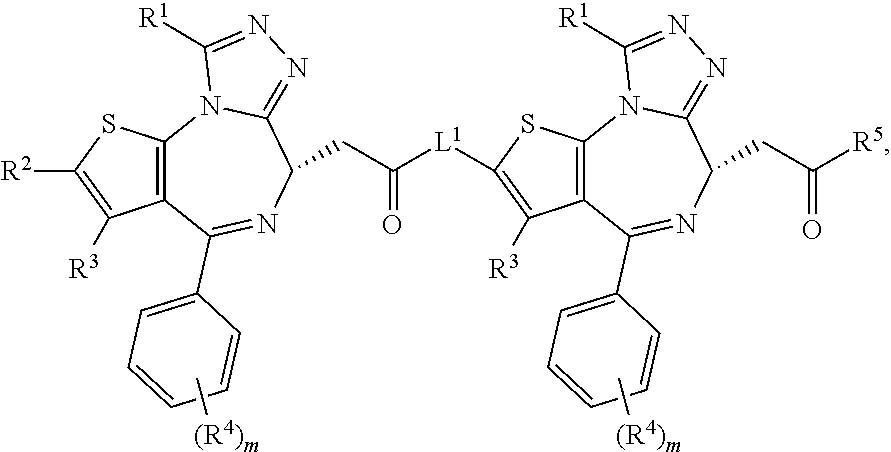
C00014
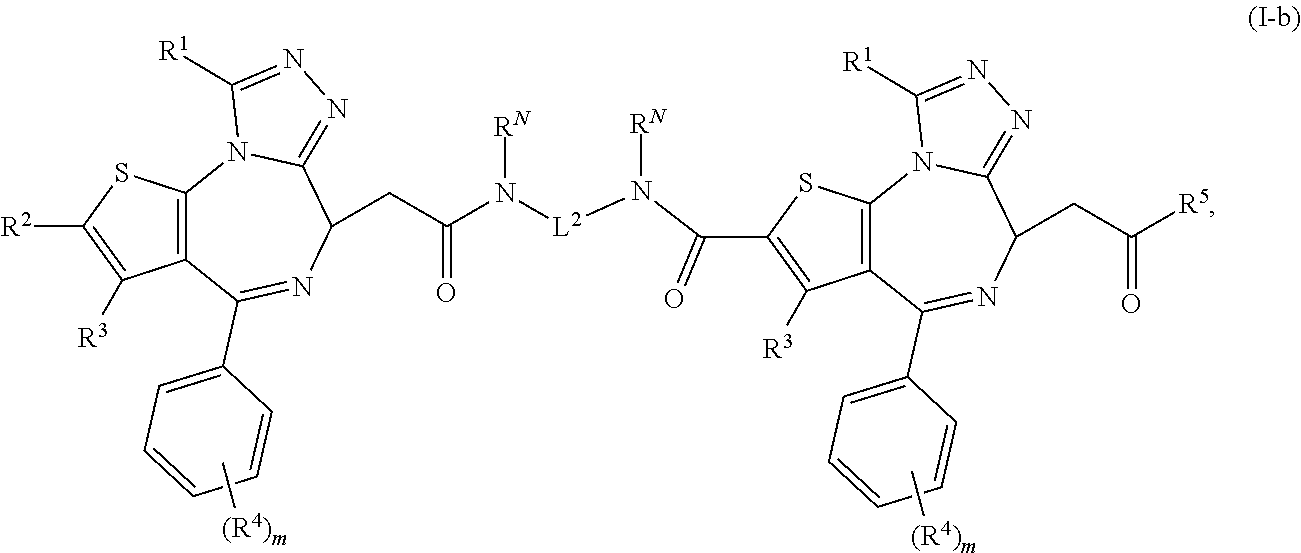
C00015
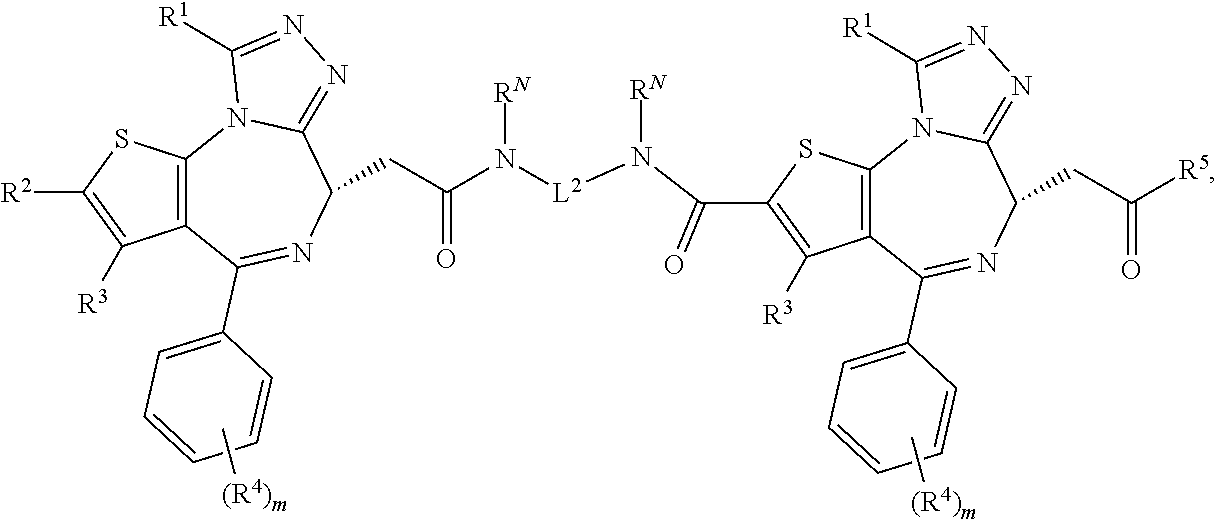
C00016
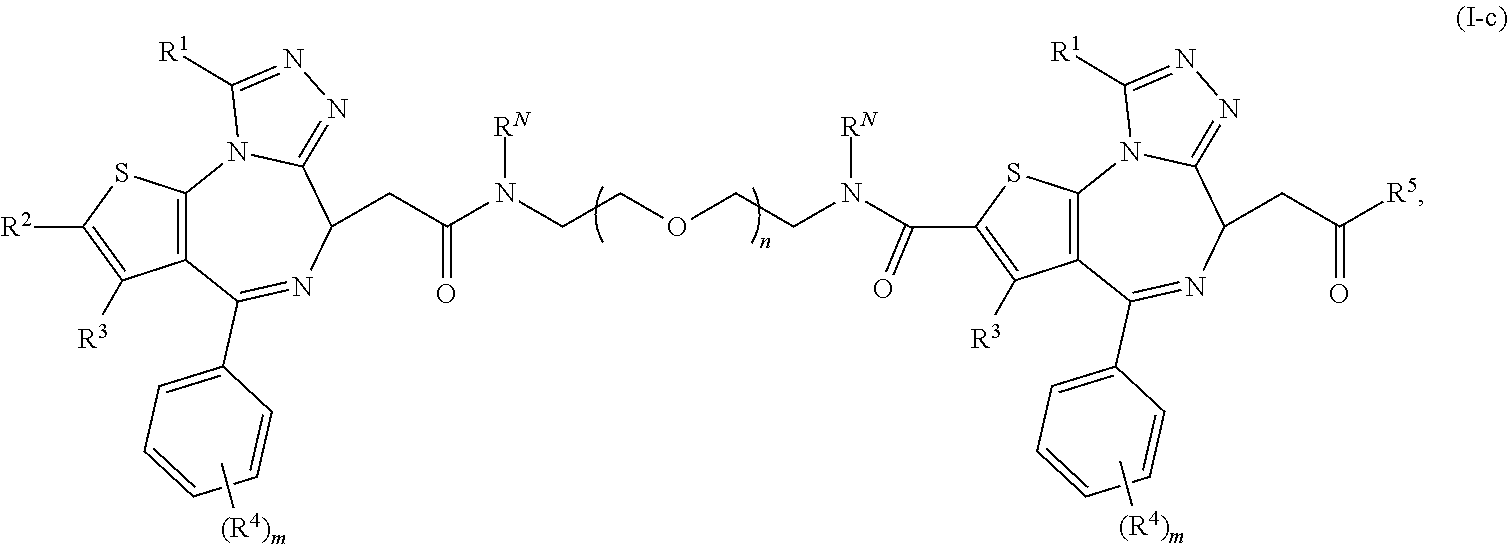
C00017
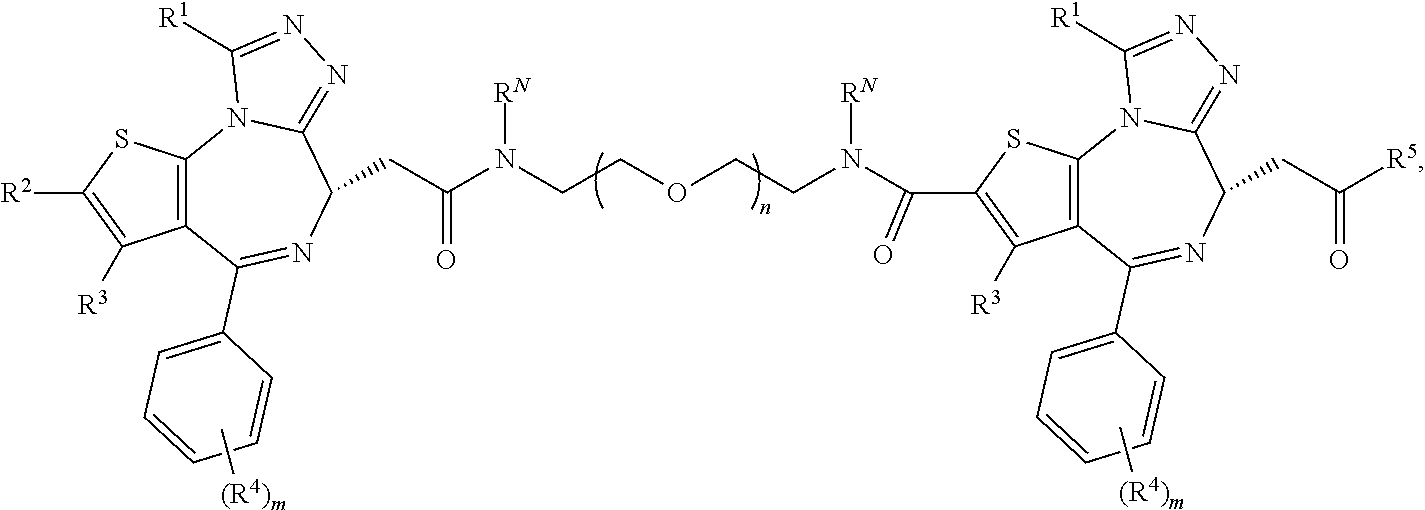
C00018
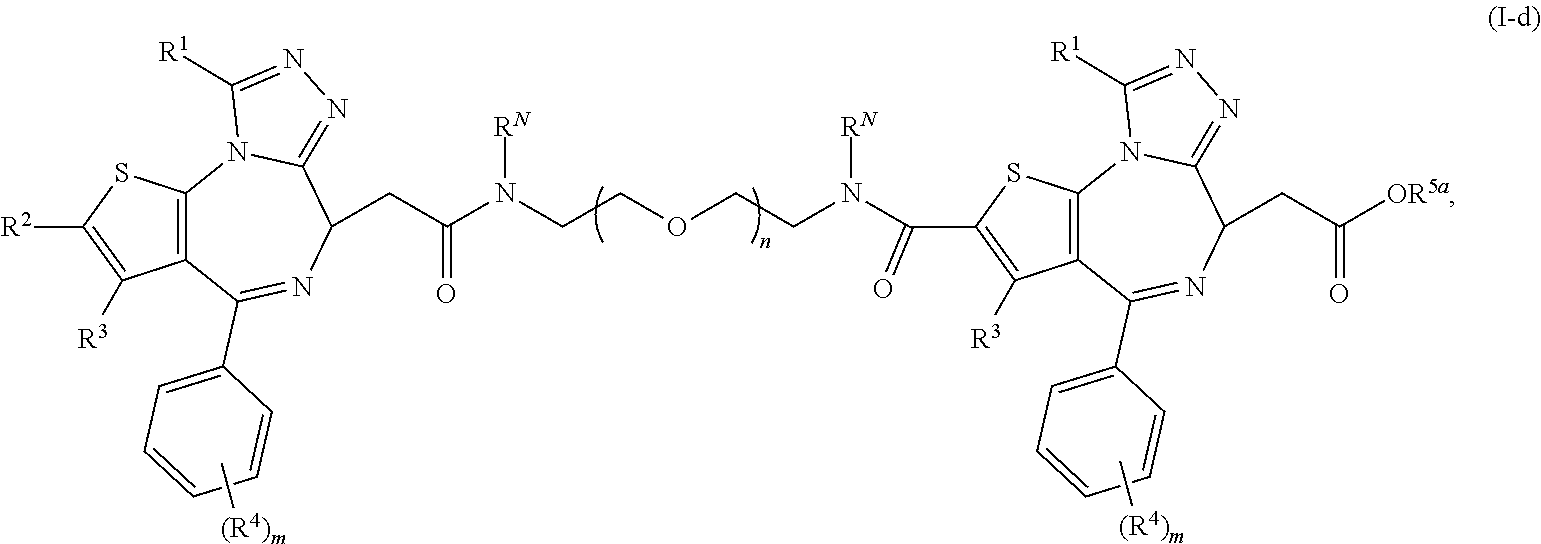
C00019
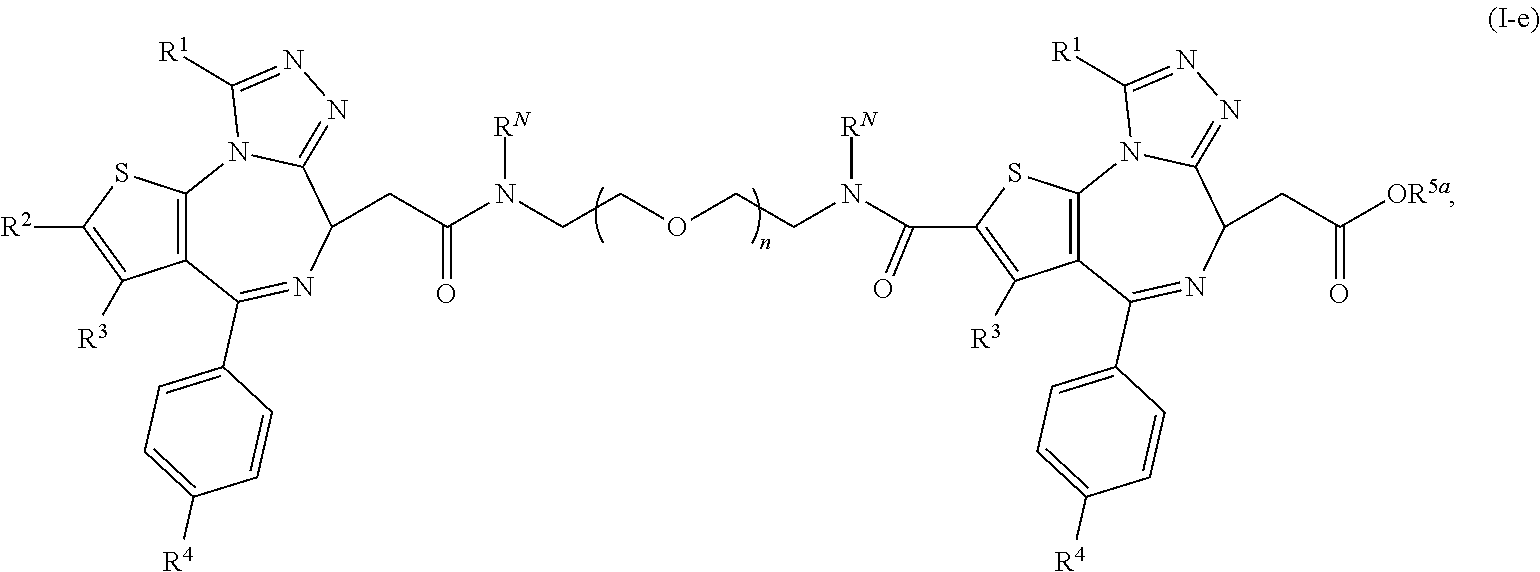
C00020
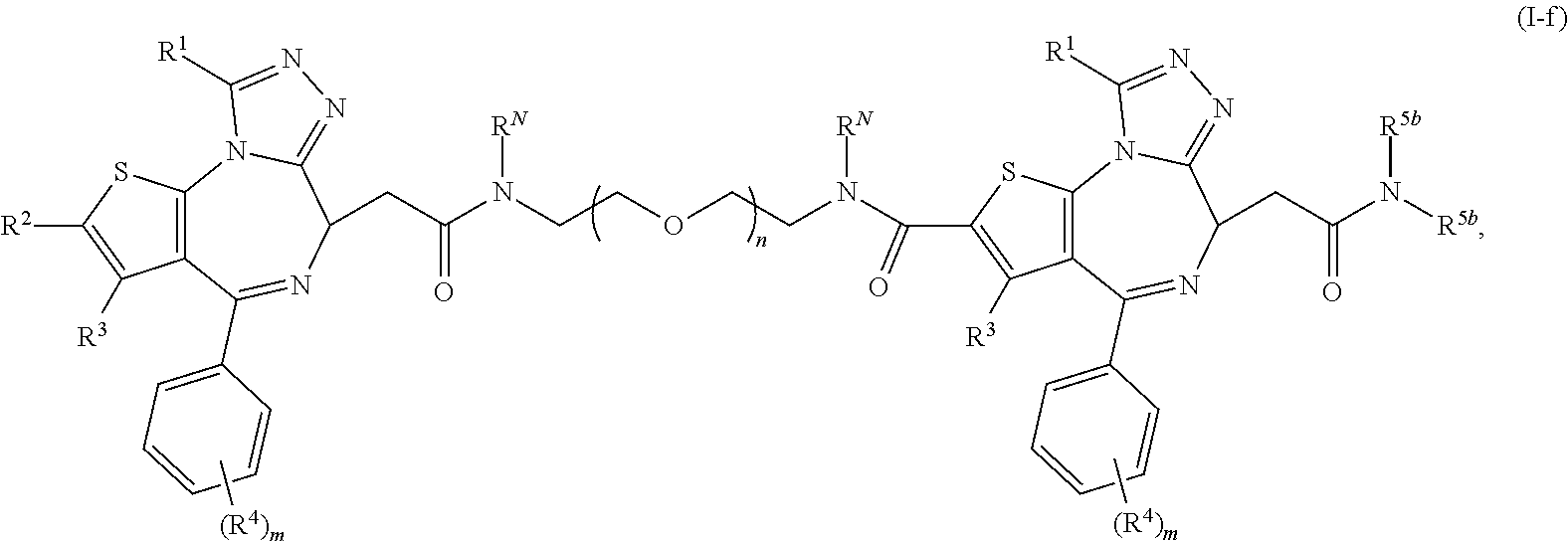
C00021
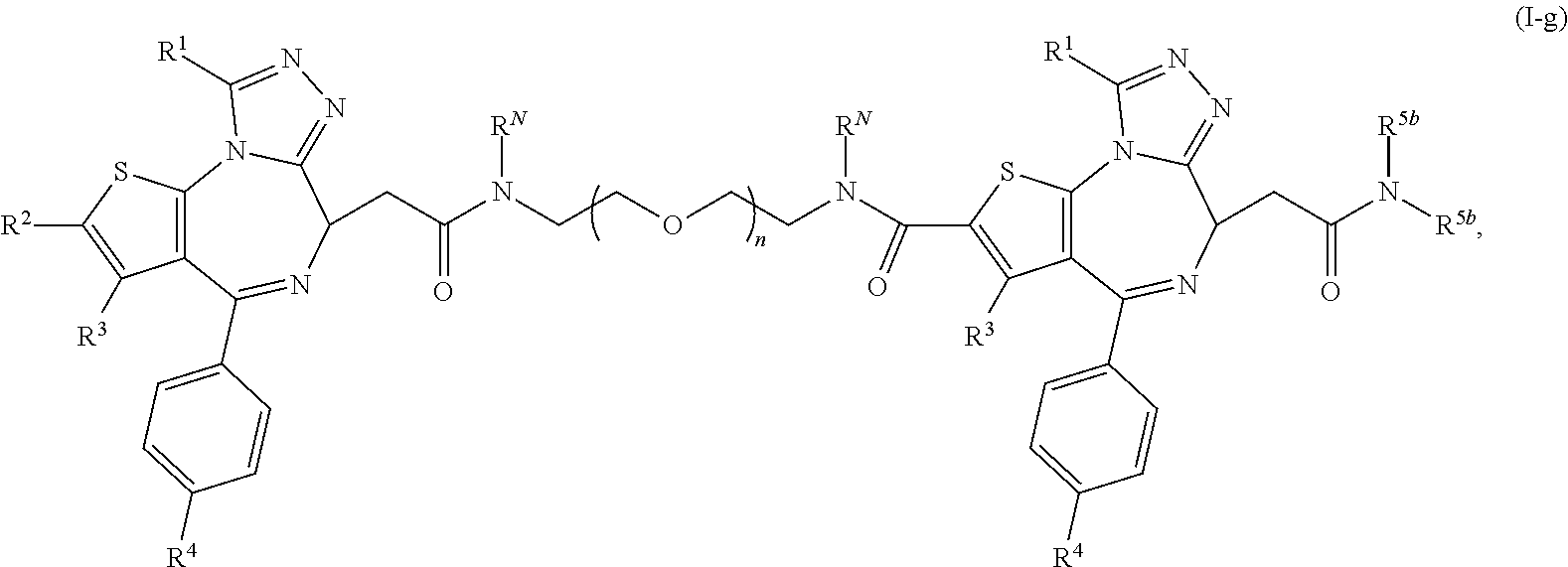
C00022
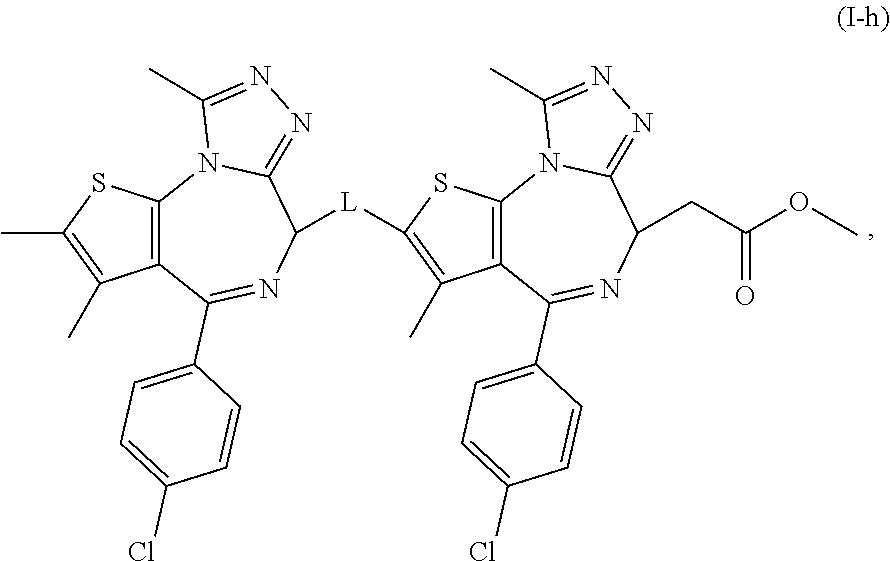
C00023
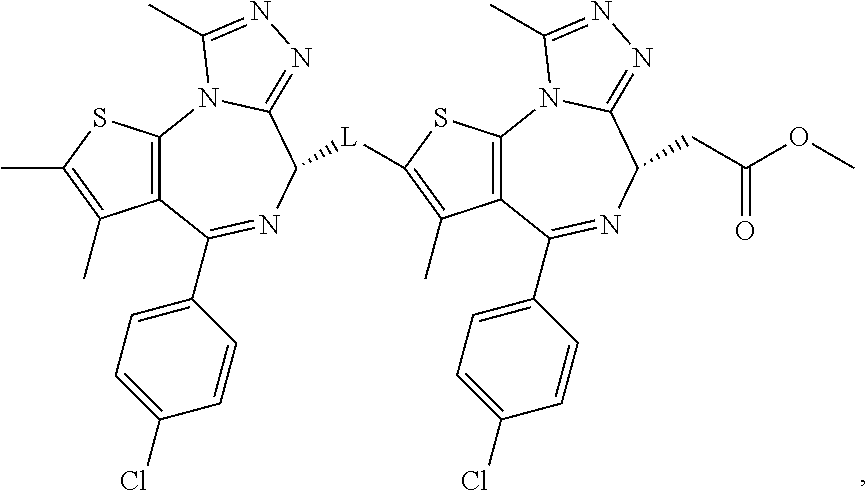
C00024
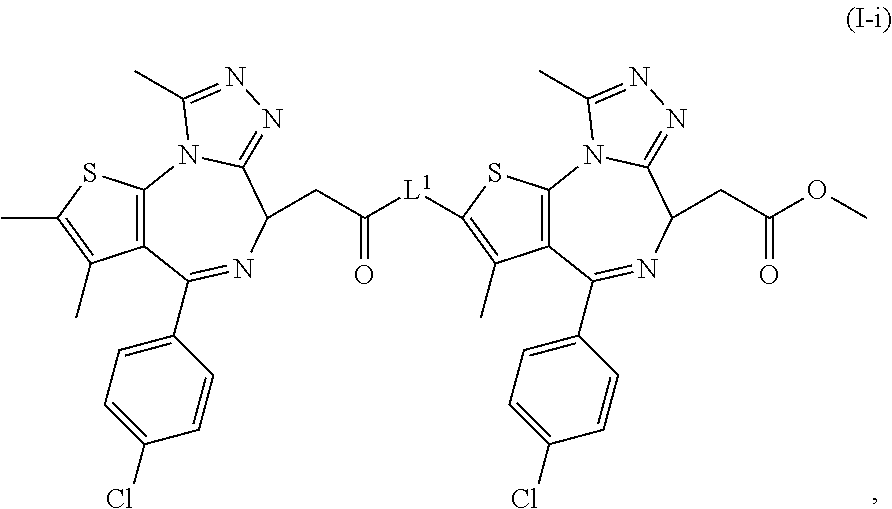
C00025
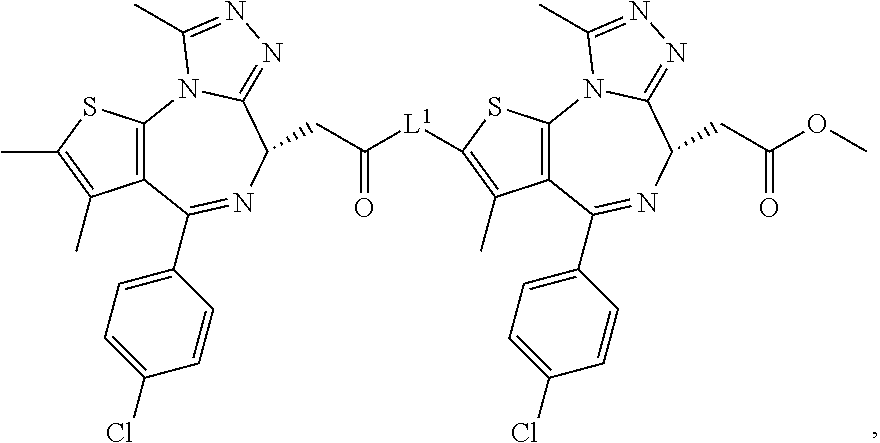
C00026
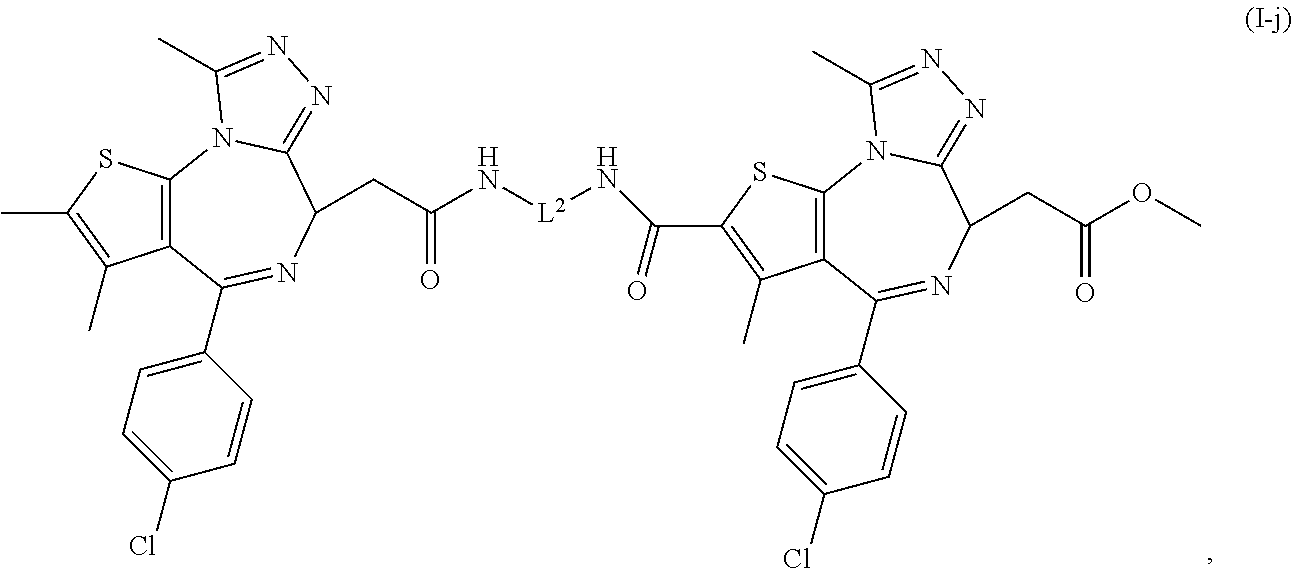
C00027
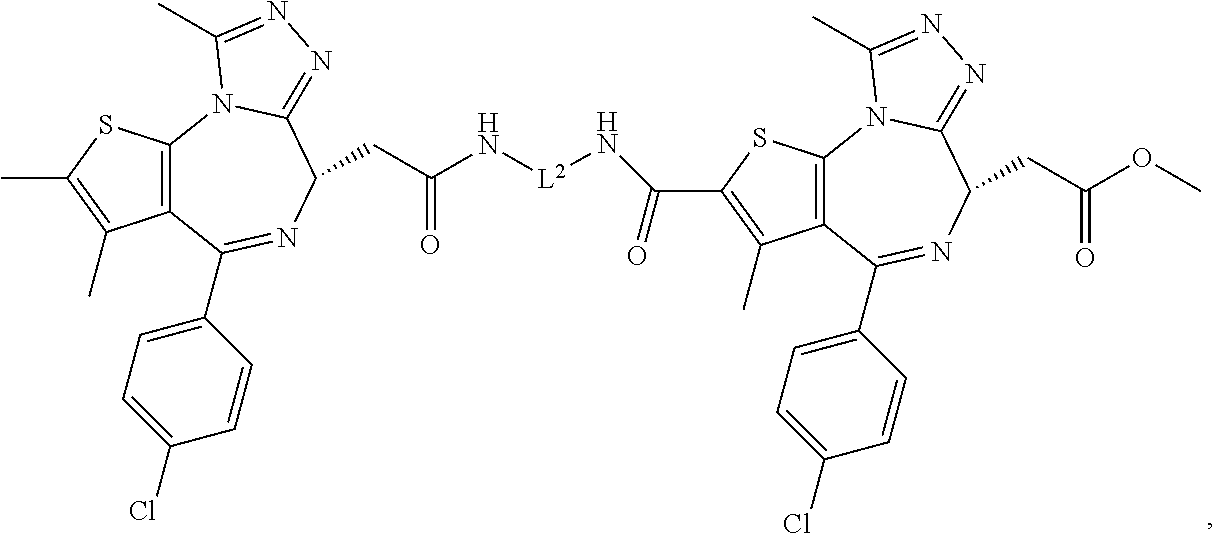
C00028
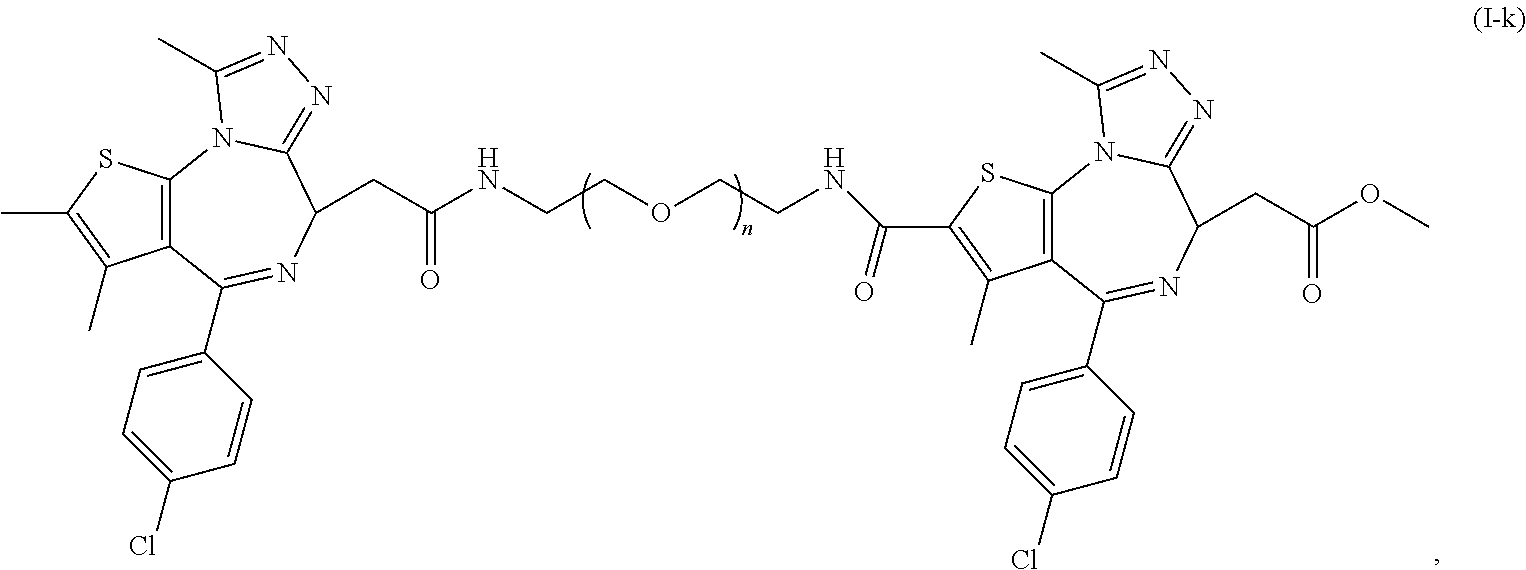
C00029
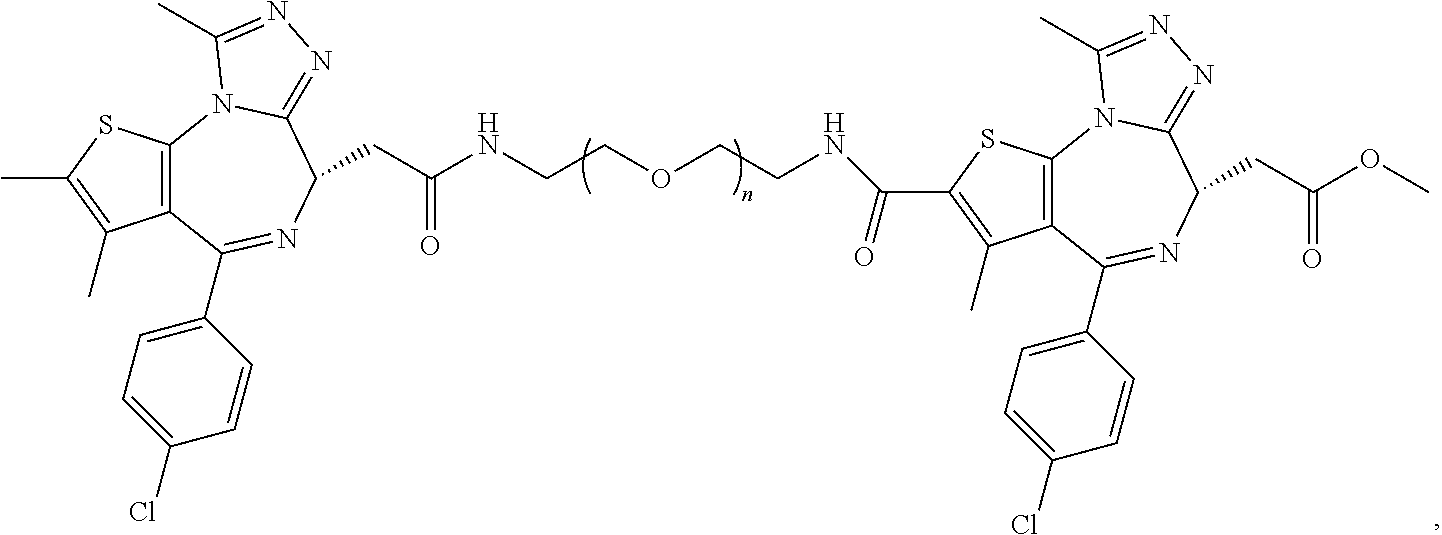
C00030
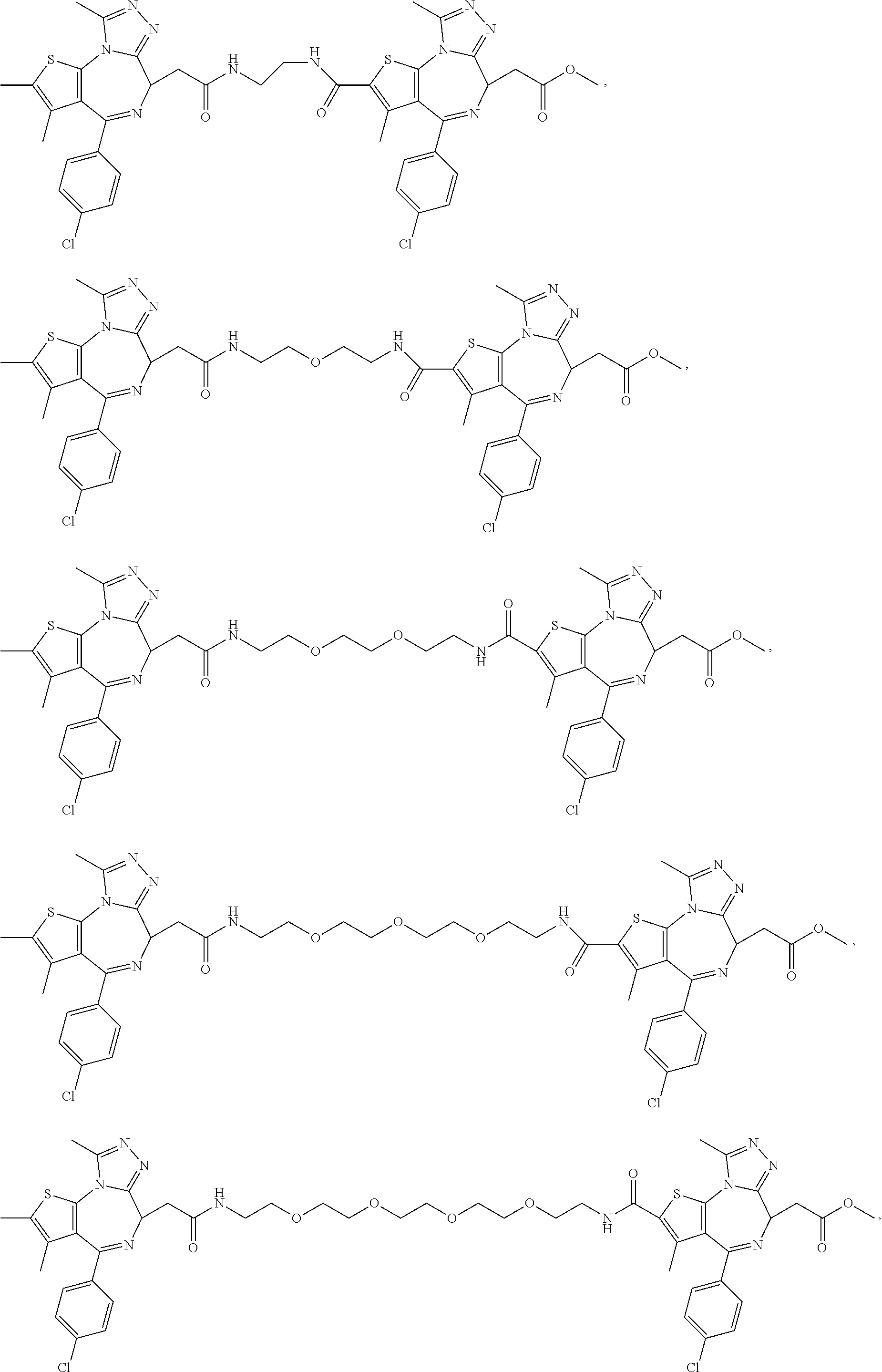
C00031
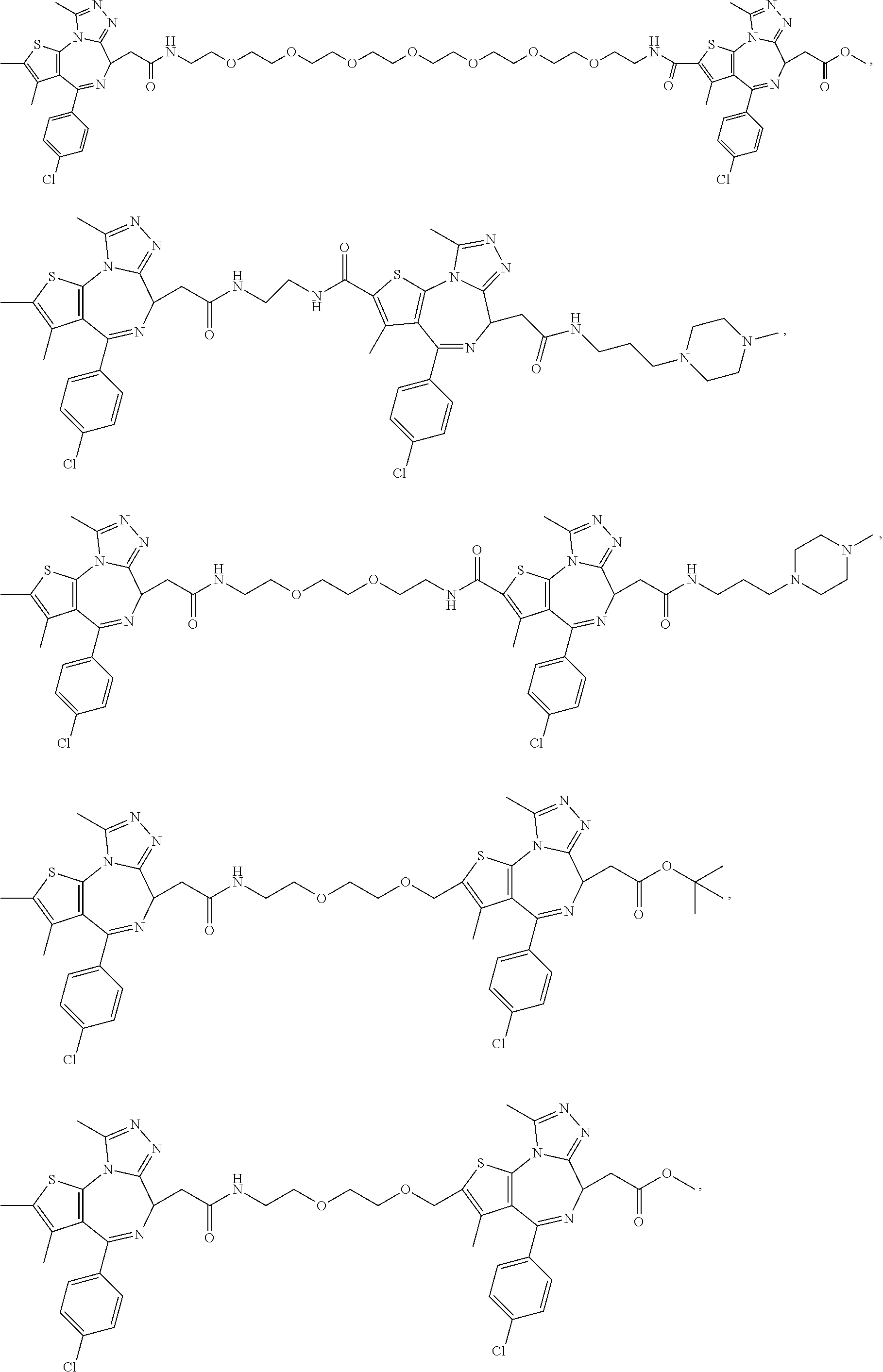
C00032
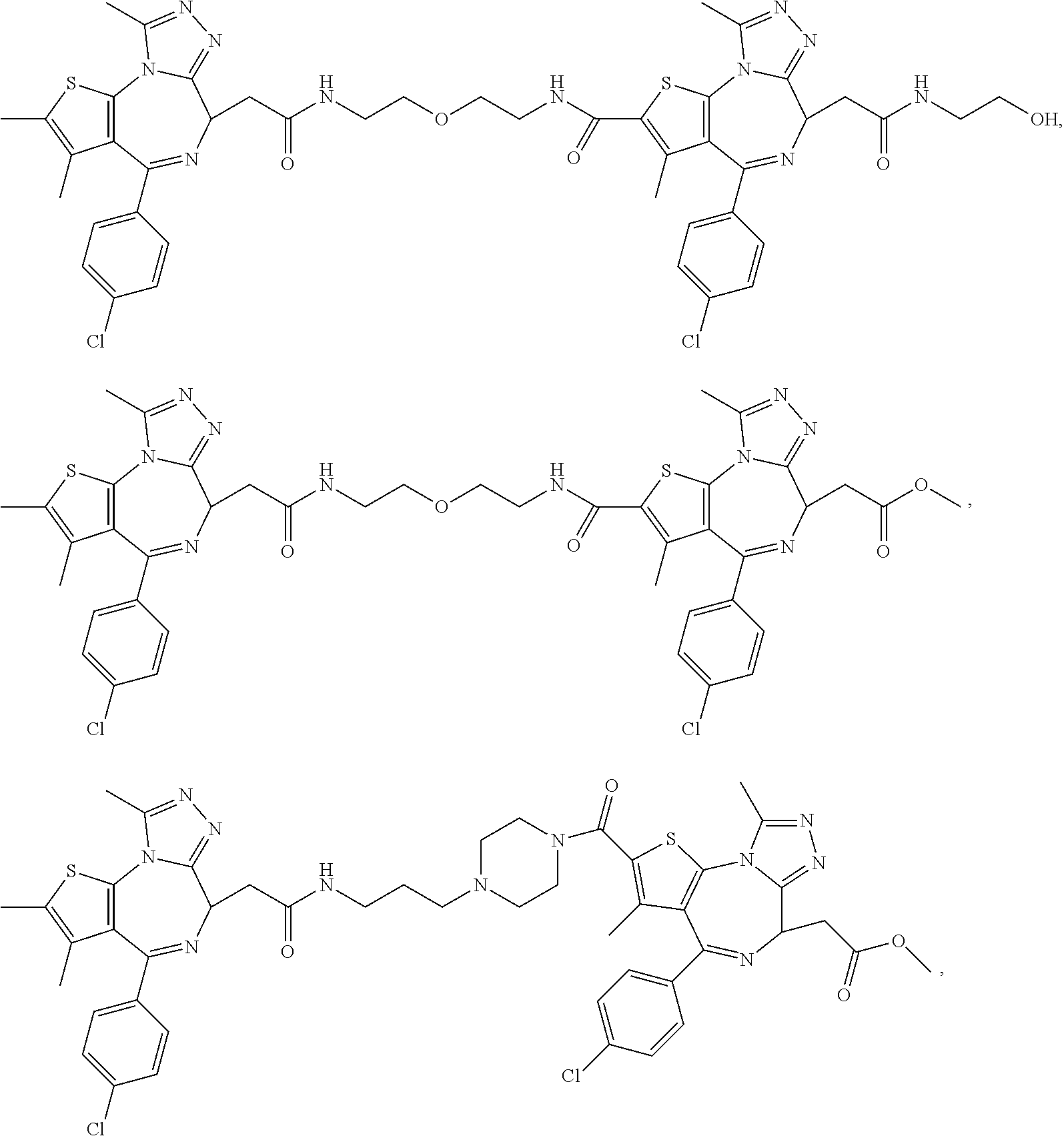
C00033
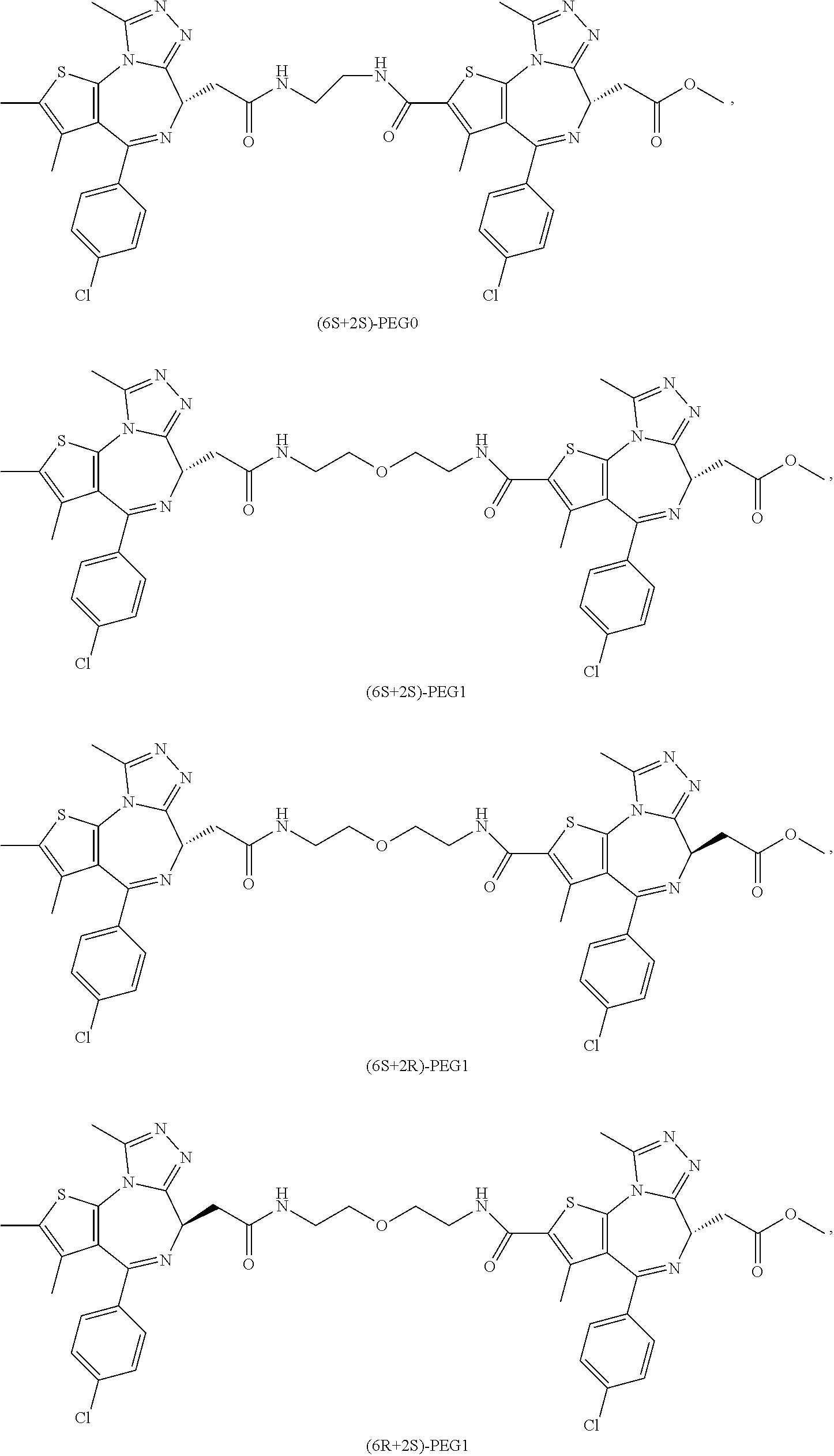
C00034
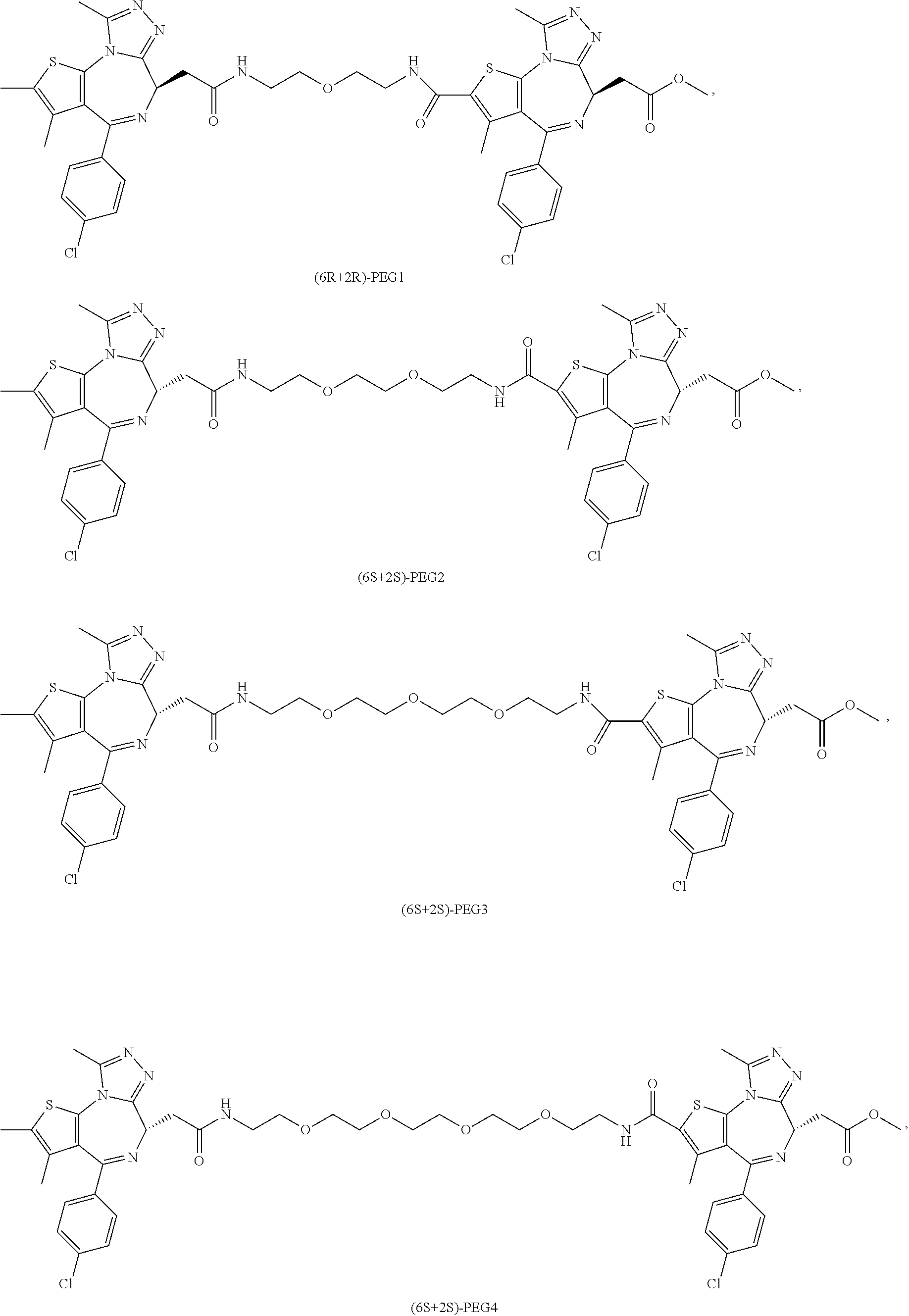
C00035
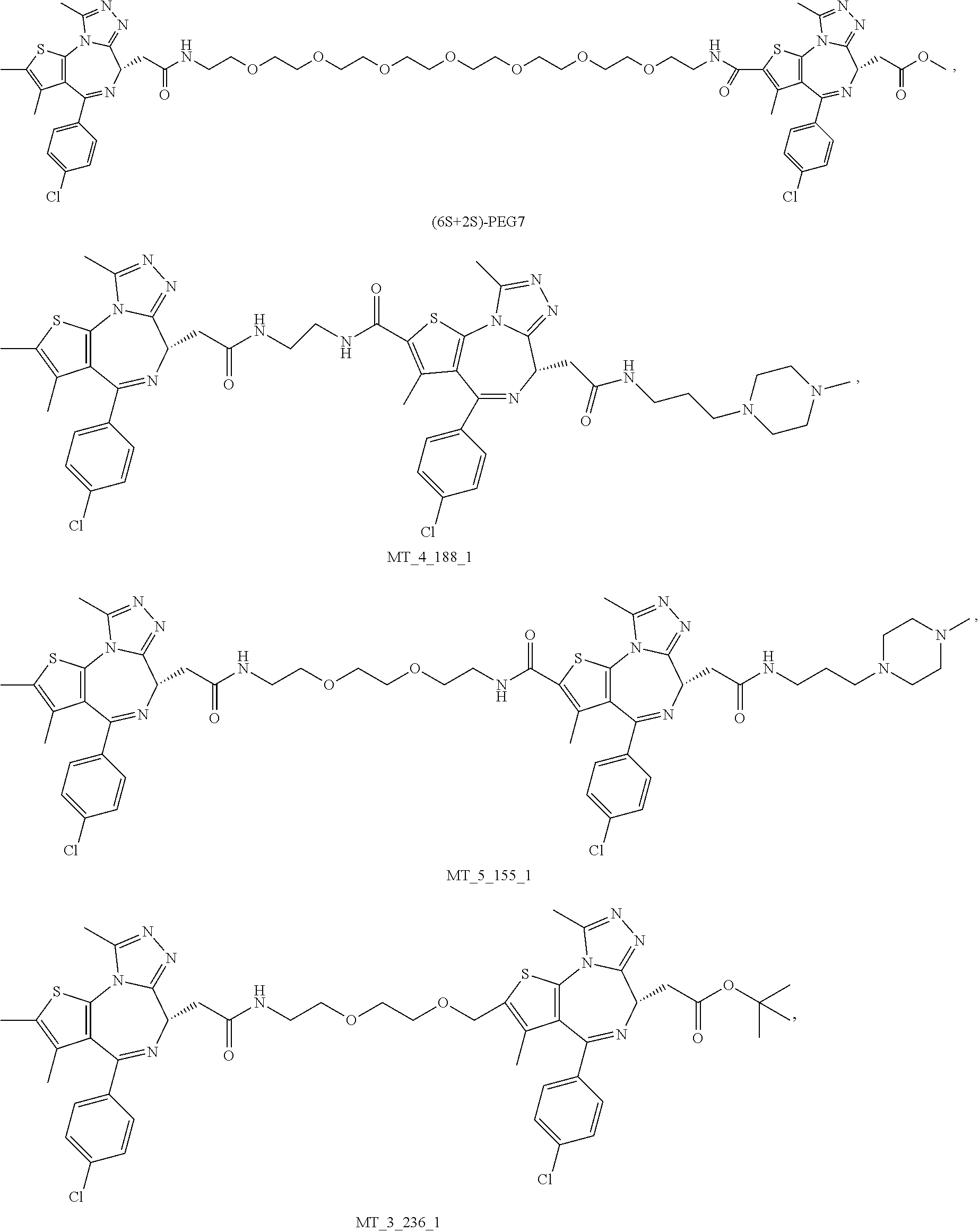
C00036
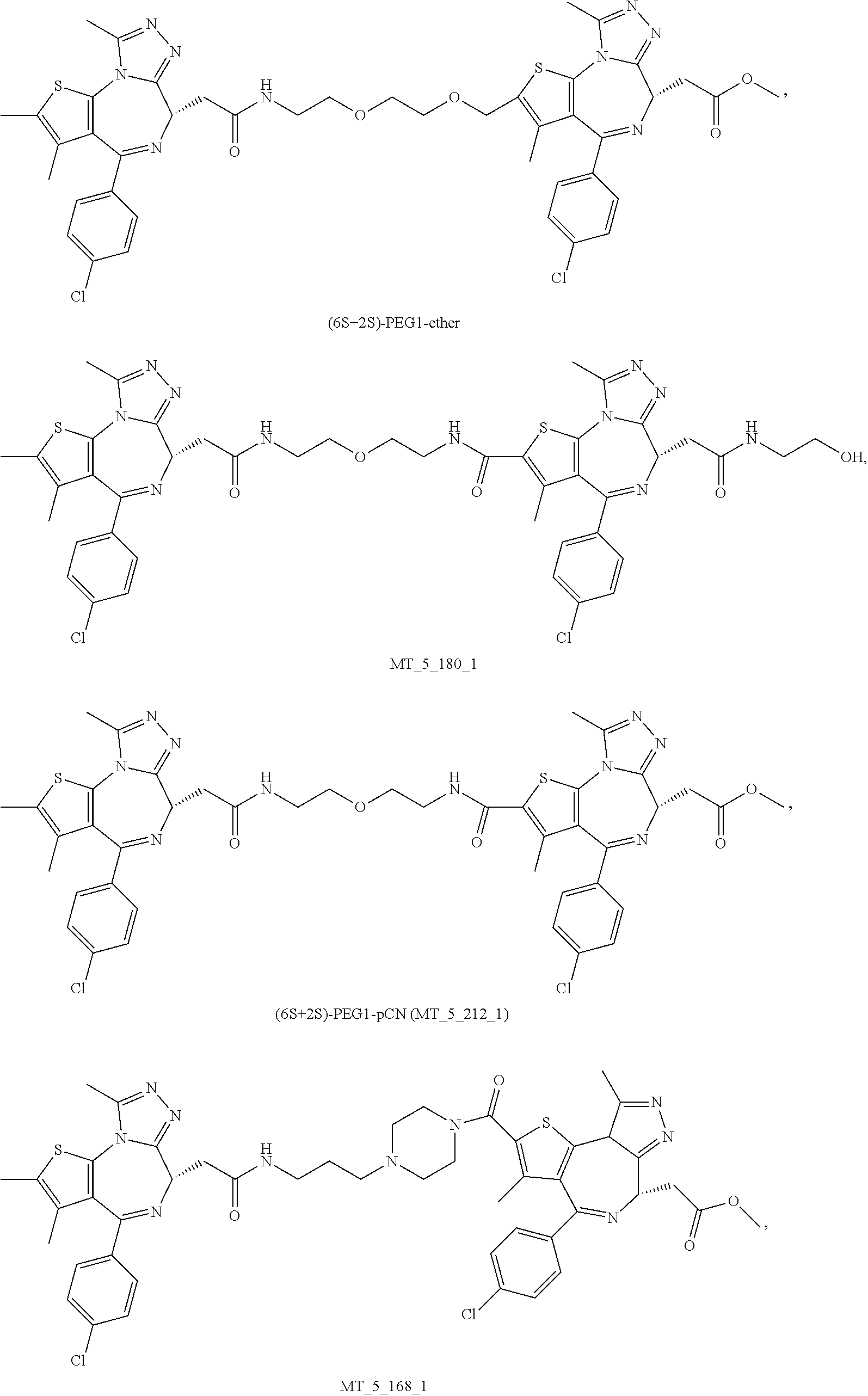
C00037
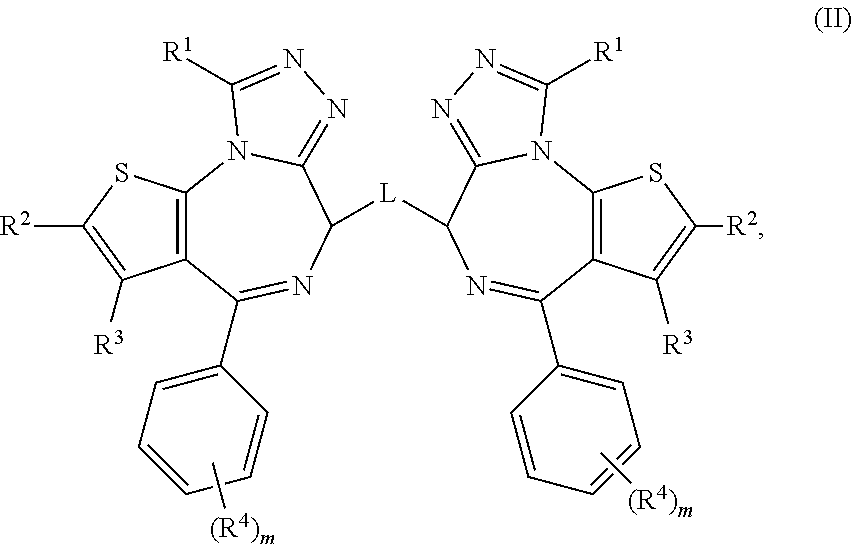
C00038
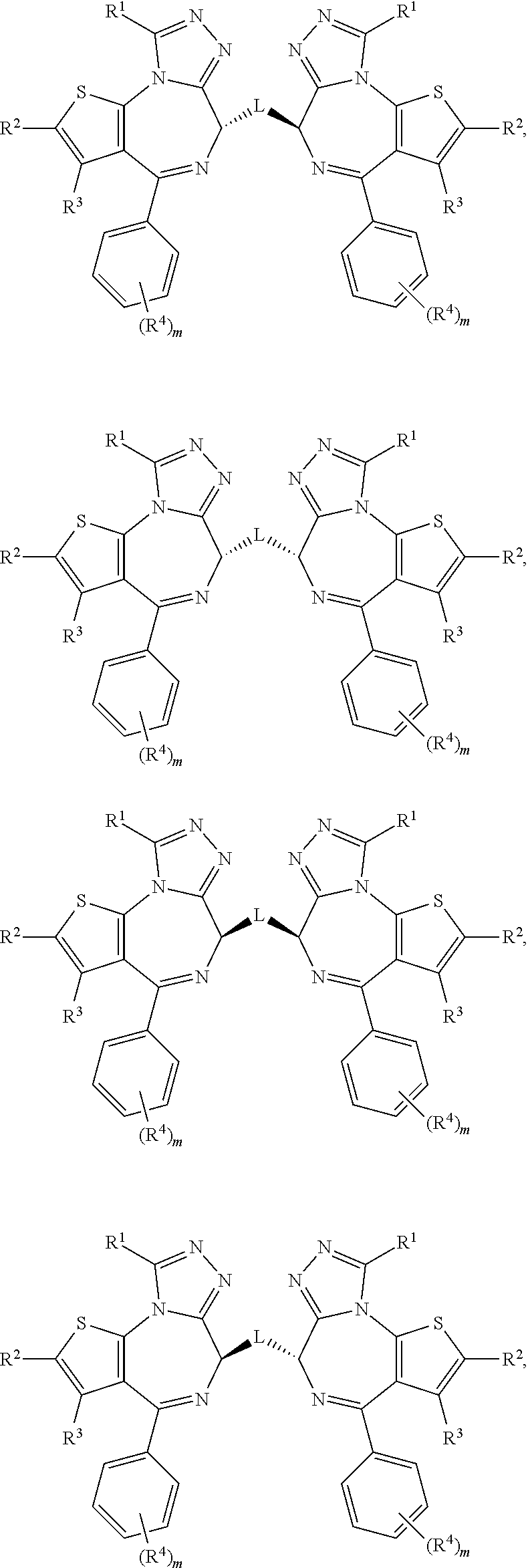
C00039
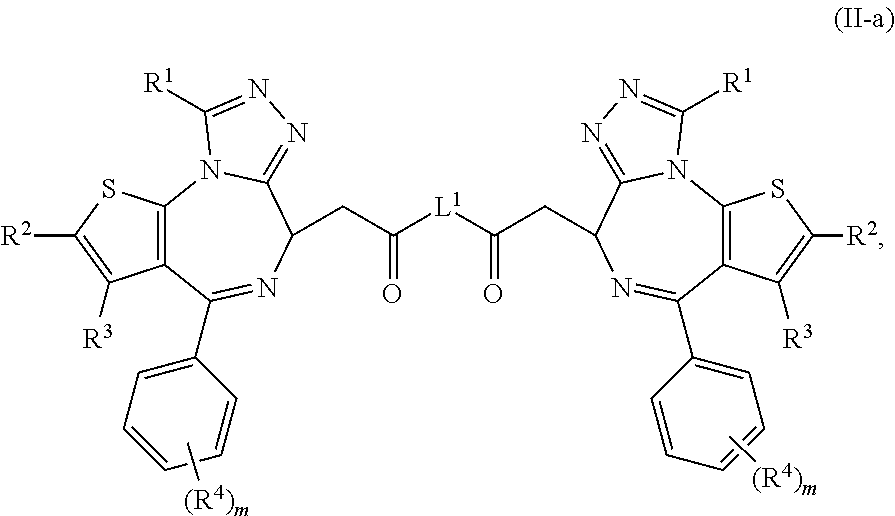
C00040
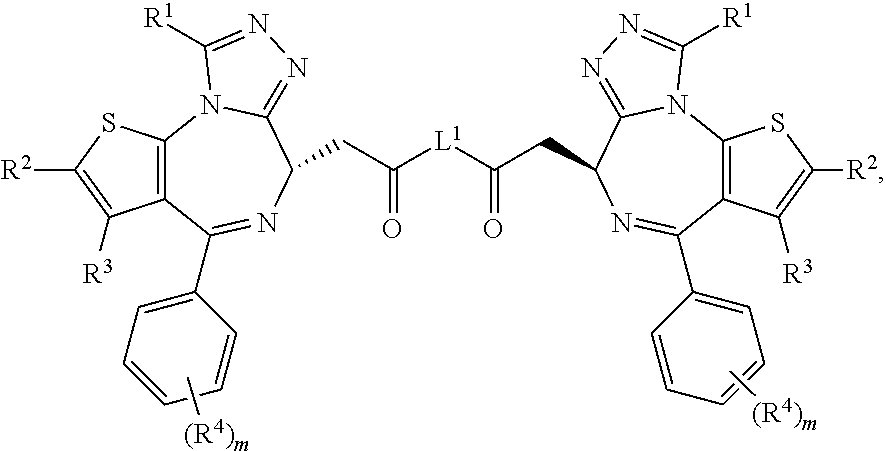
C00041
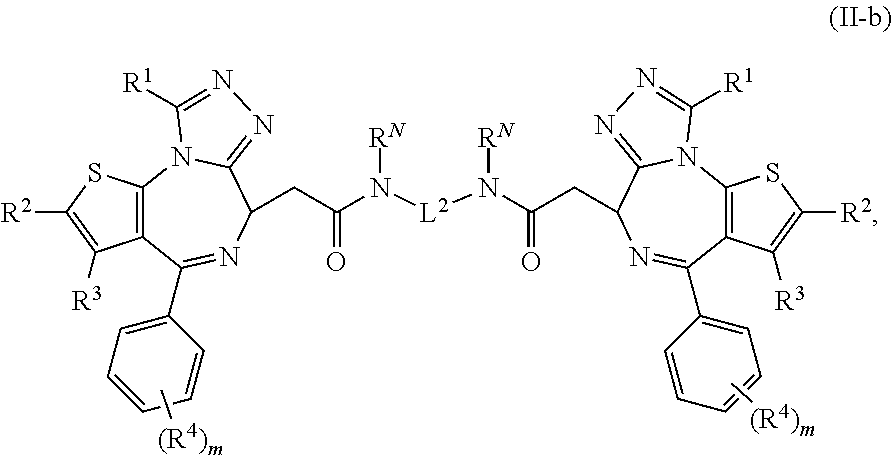
C00042
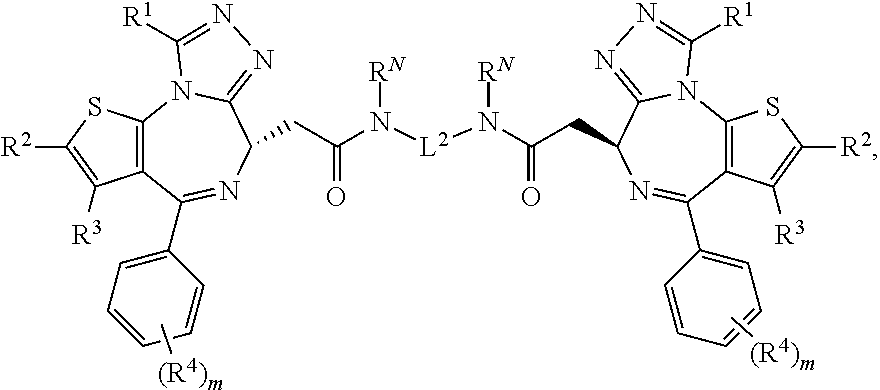
C00043
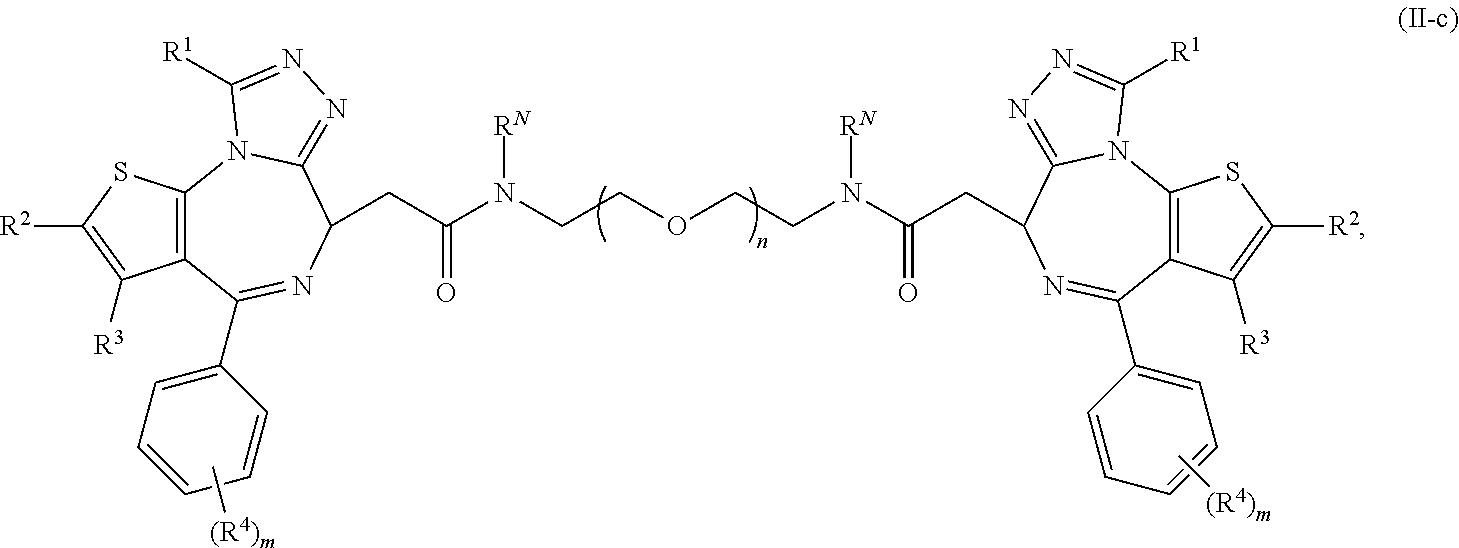
C00044
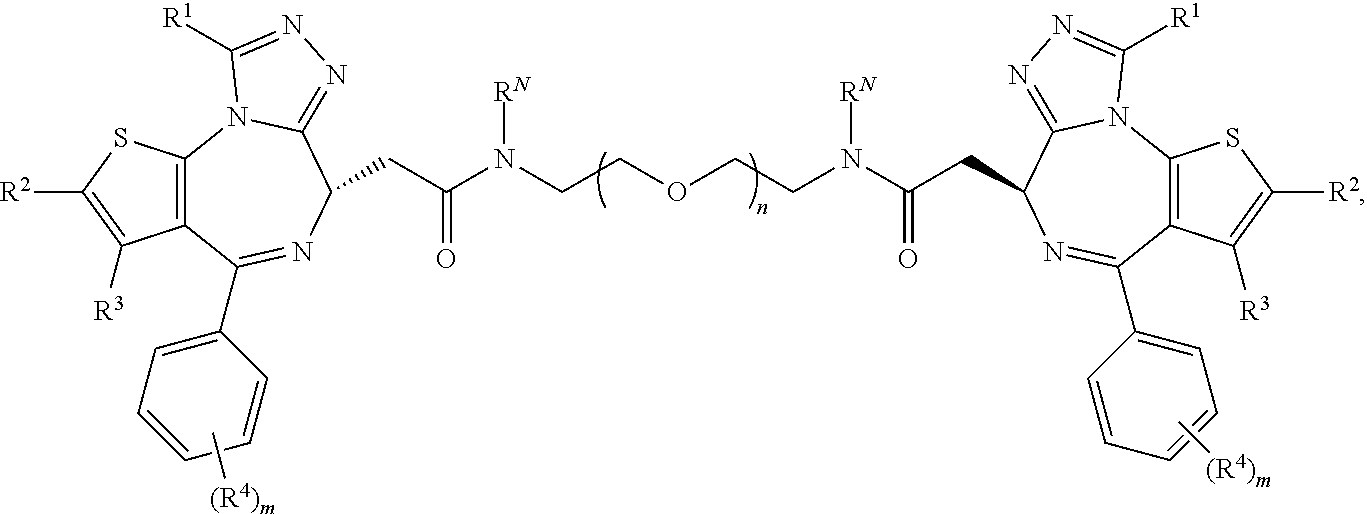
C00045
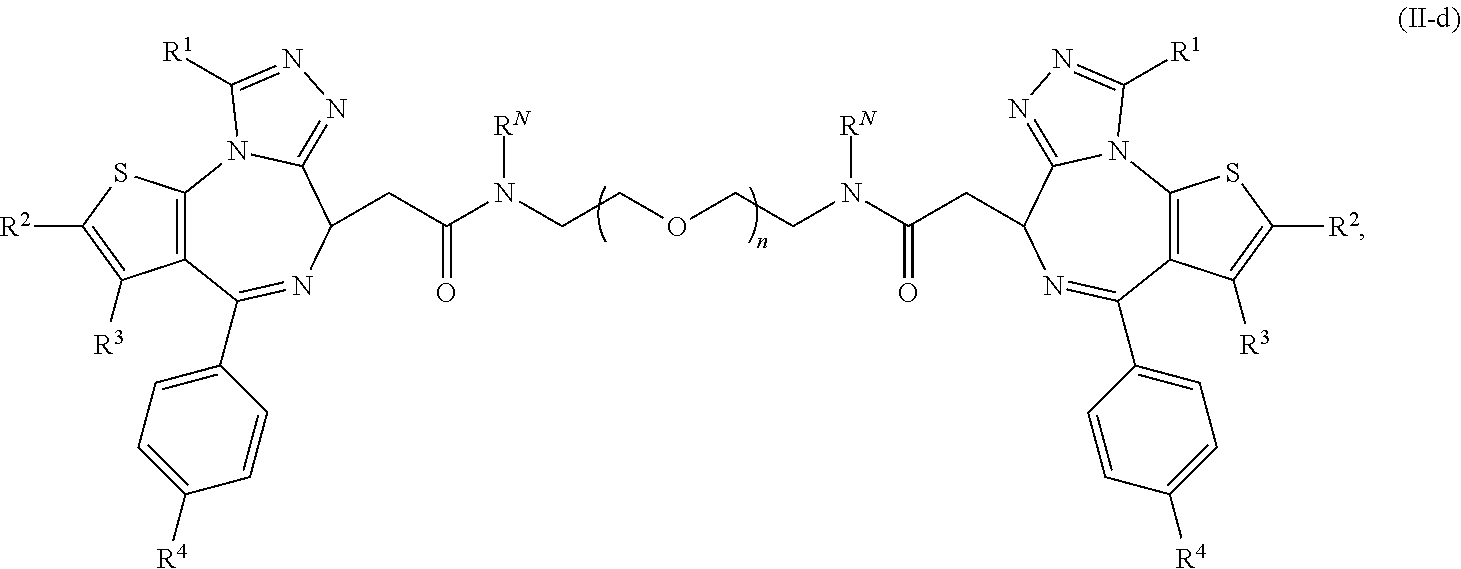
C00046
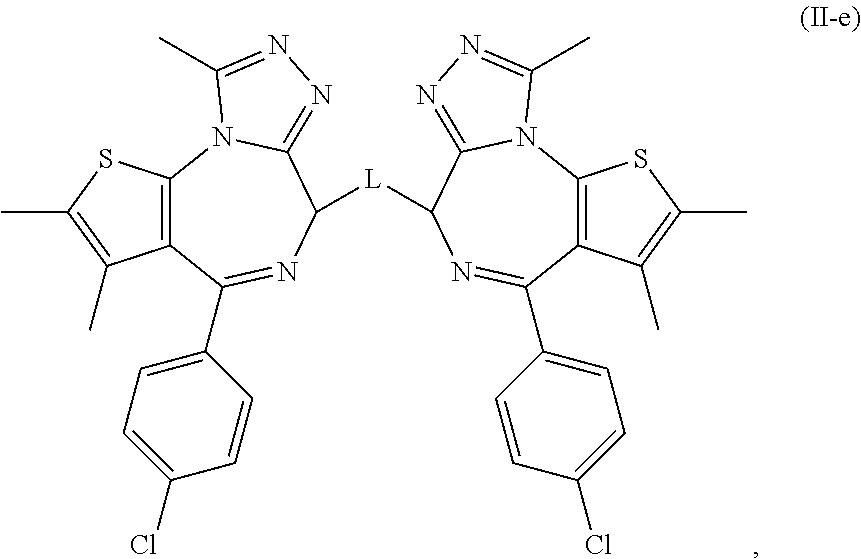
C00047
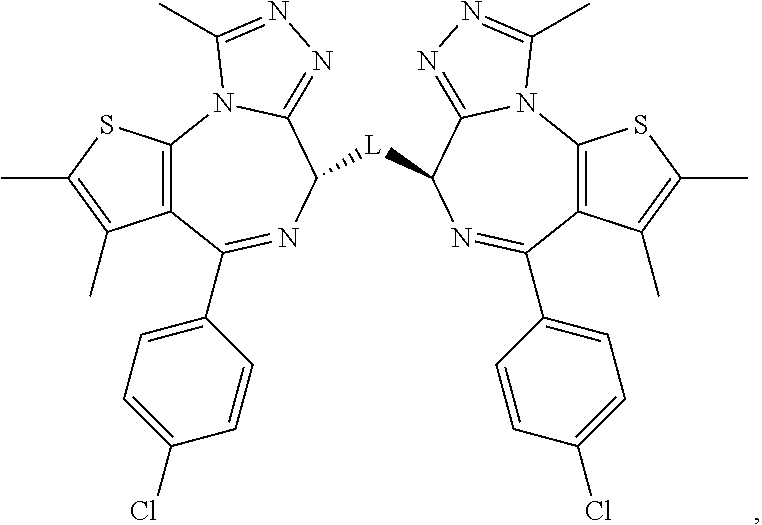
C00048
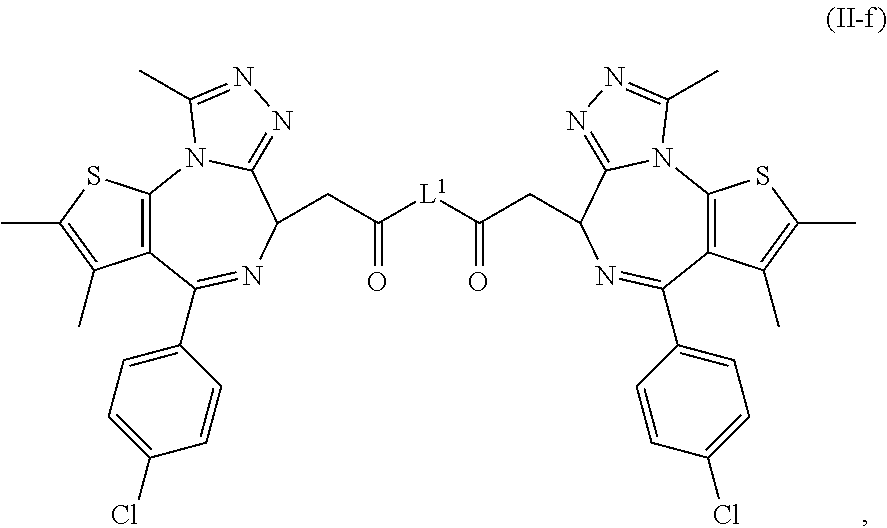
C00049
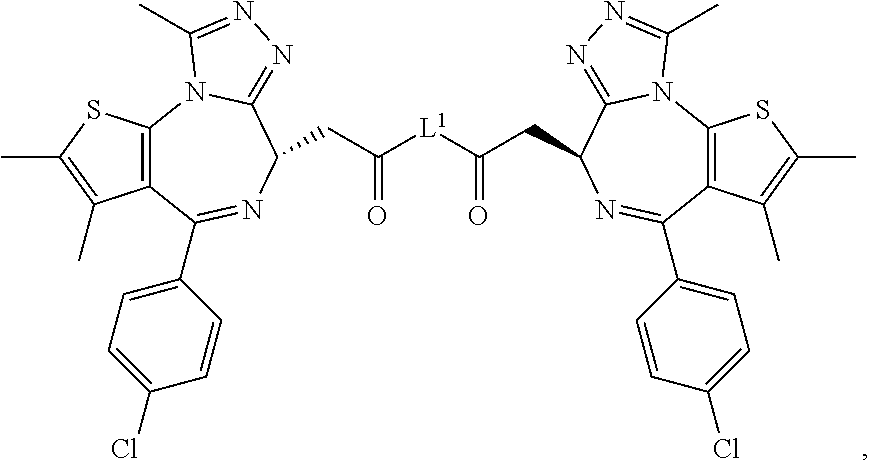
C00050
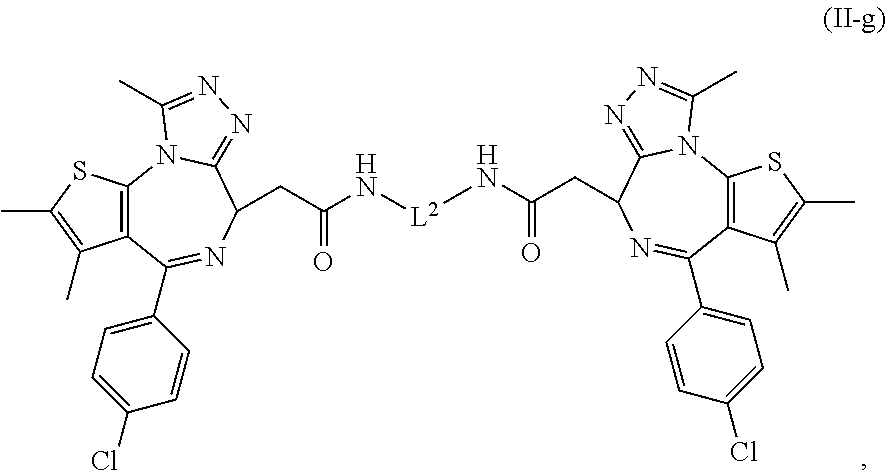
C00051
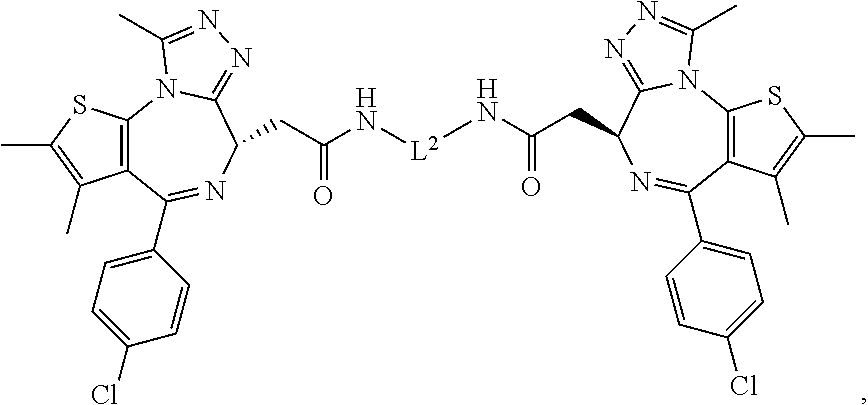
C00052
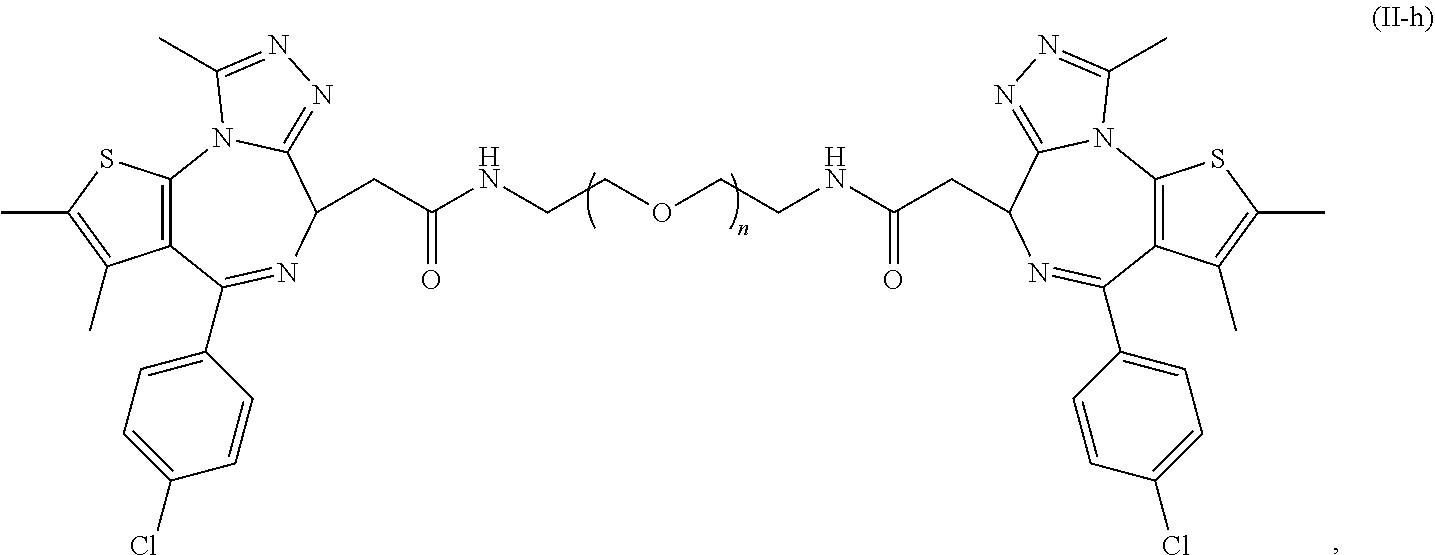
C00053
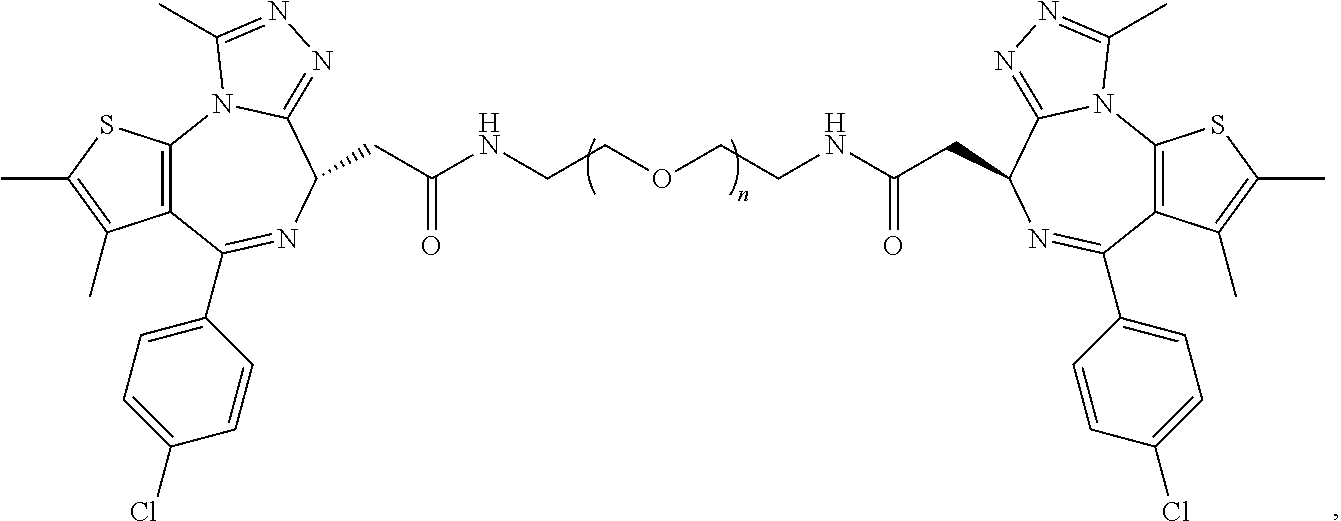
C00054
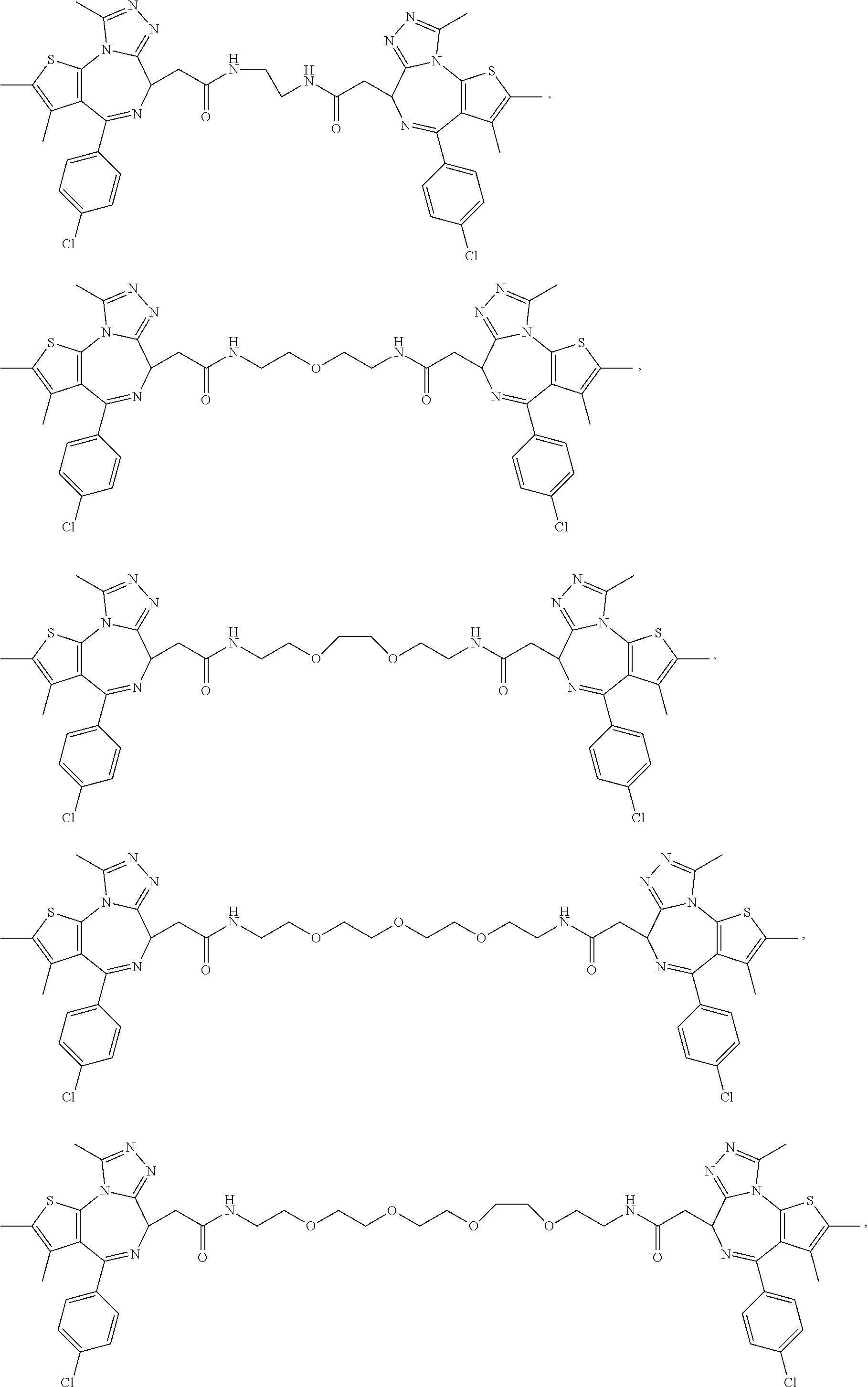
C00055
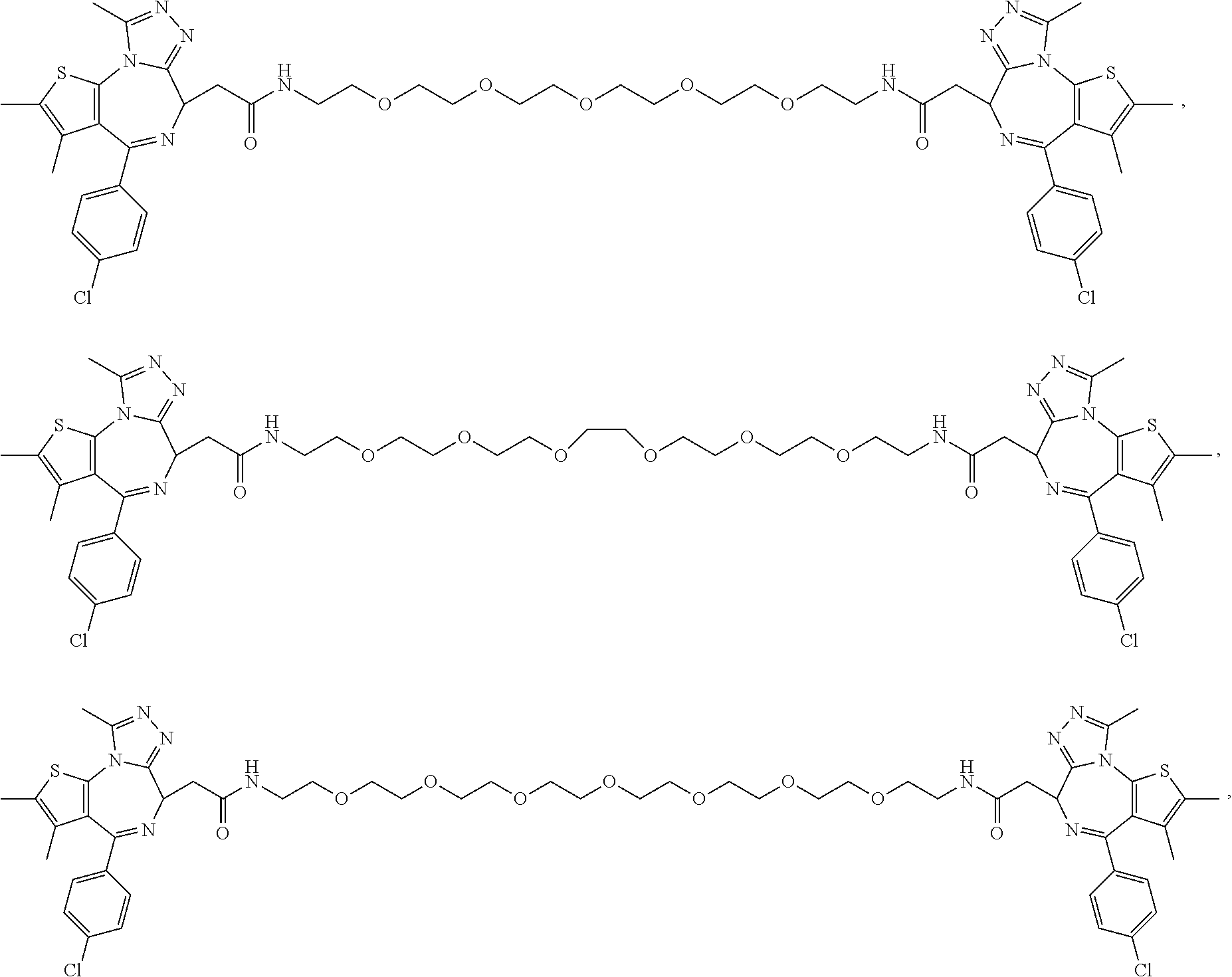
C00056
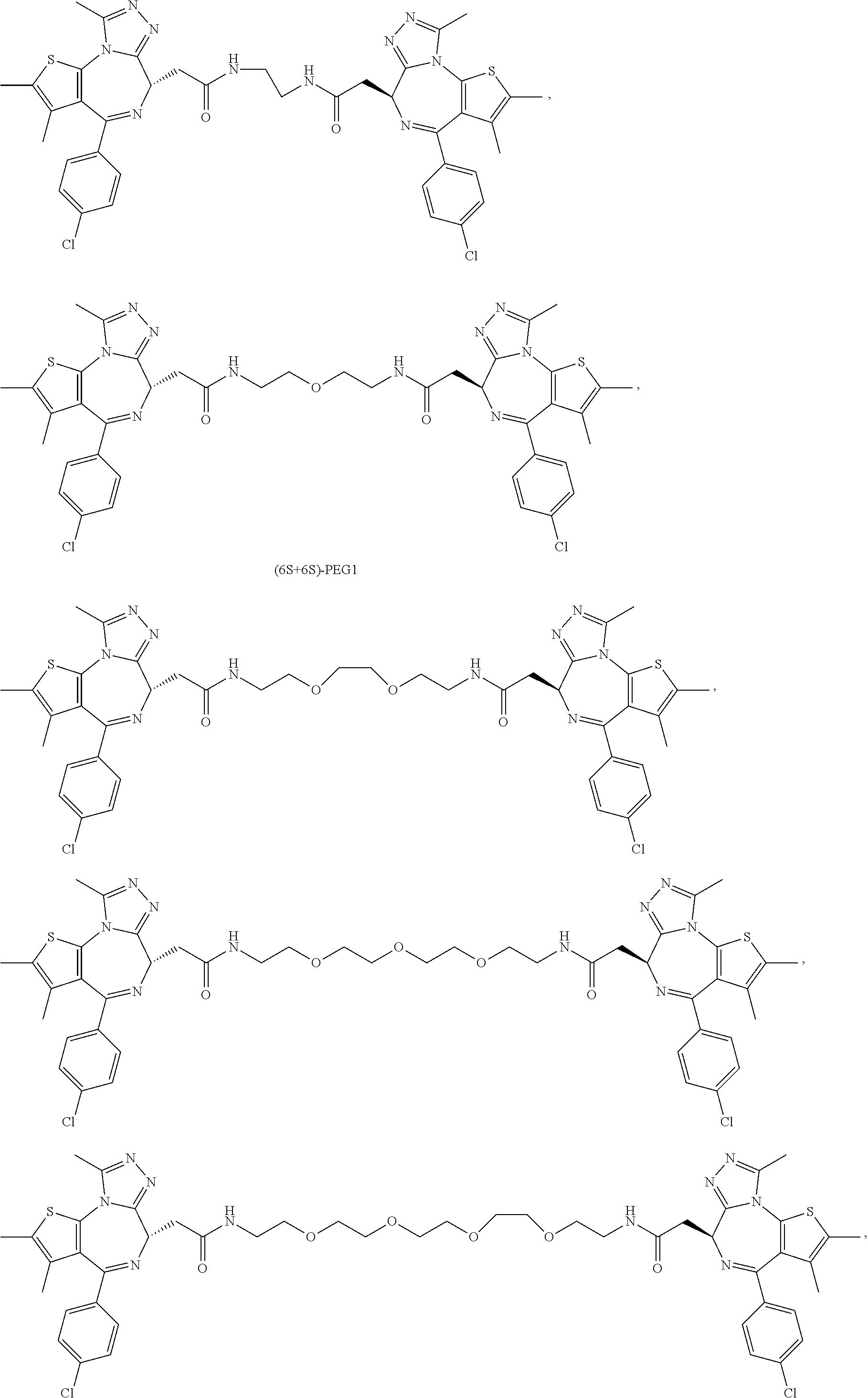
C00057
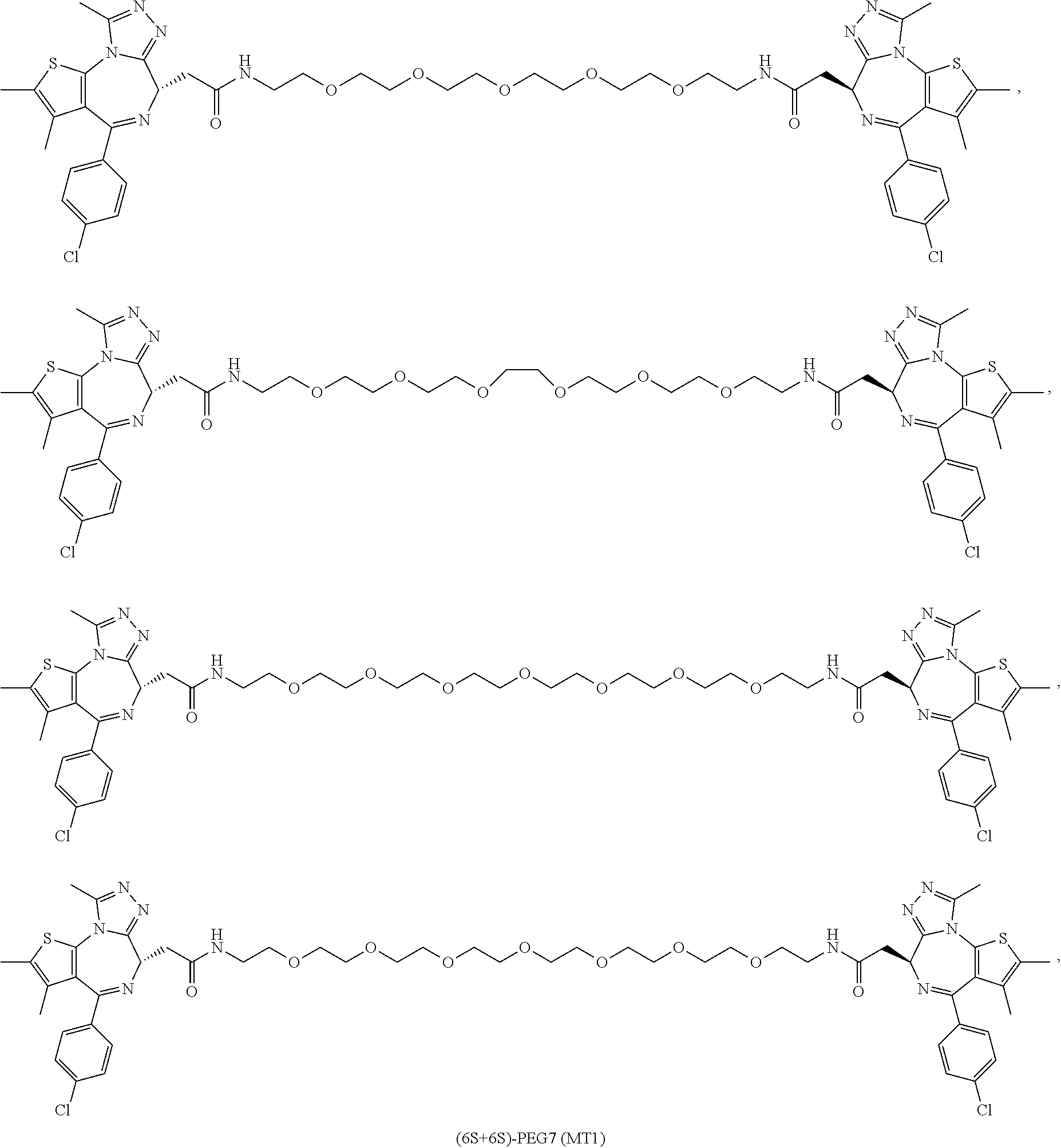
C00058
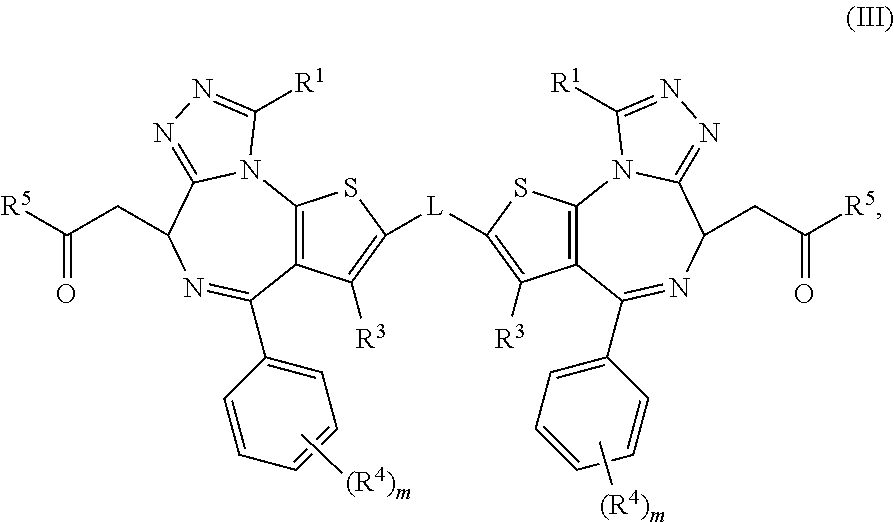
C00059
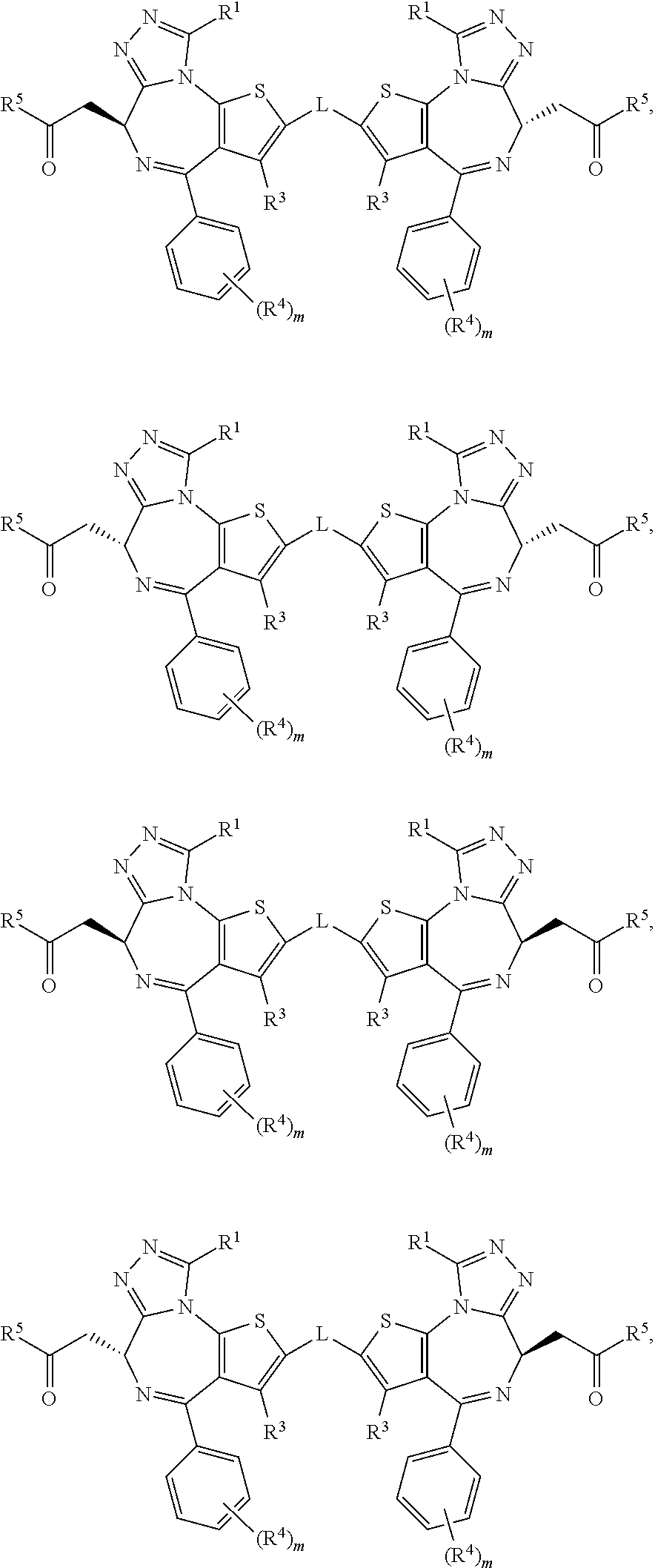
C00060
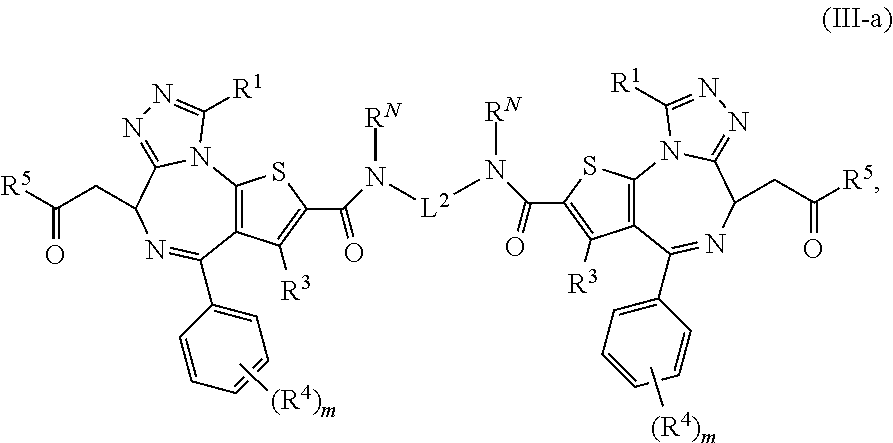
C00061
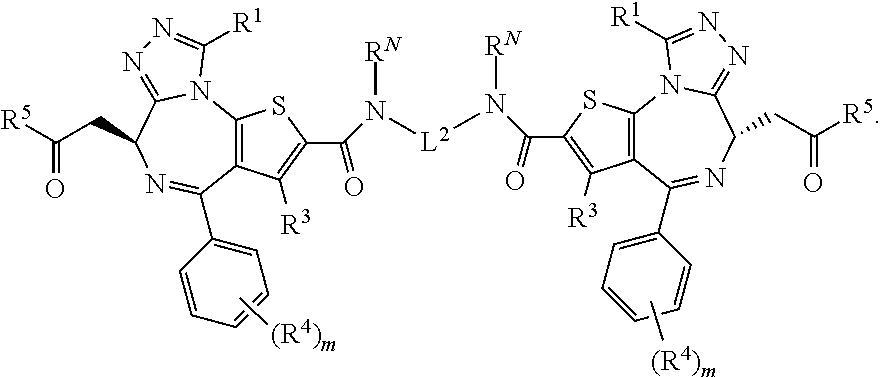
C00062
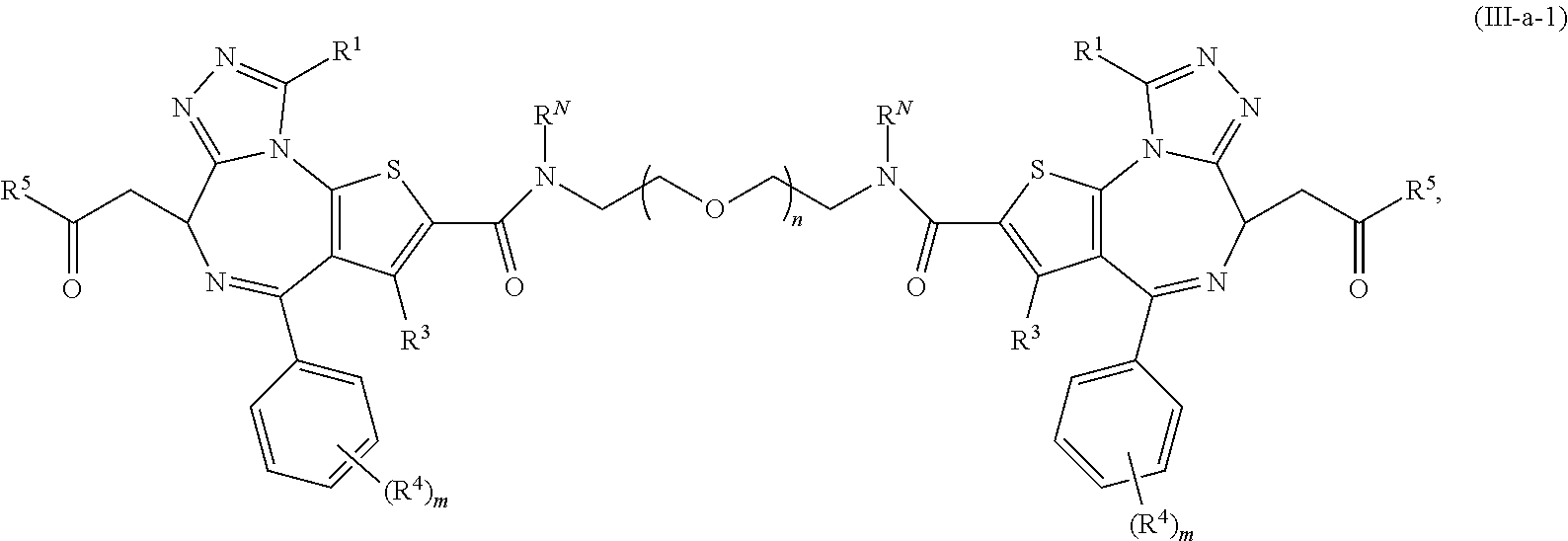
C00063
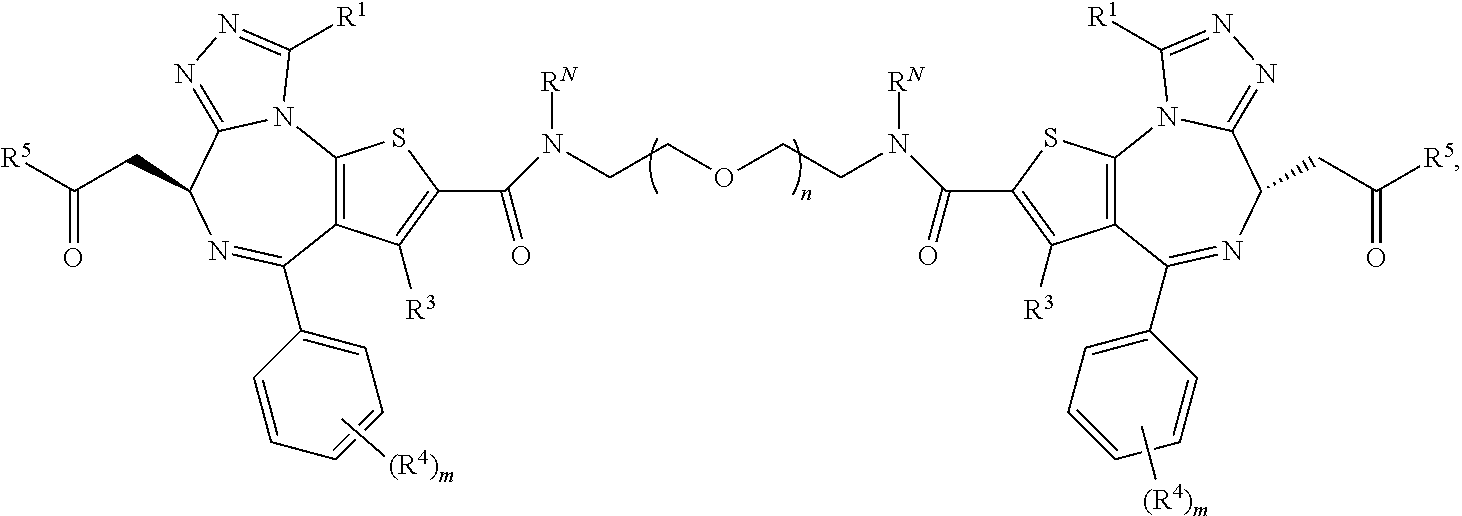
C00064
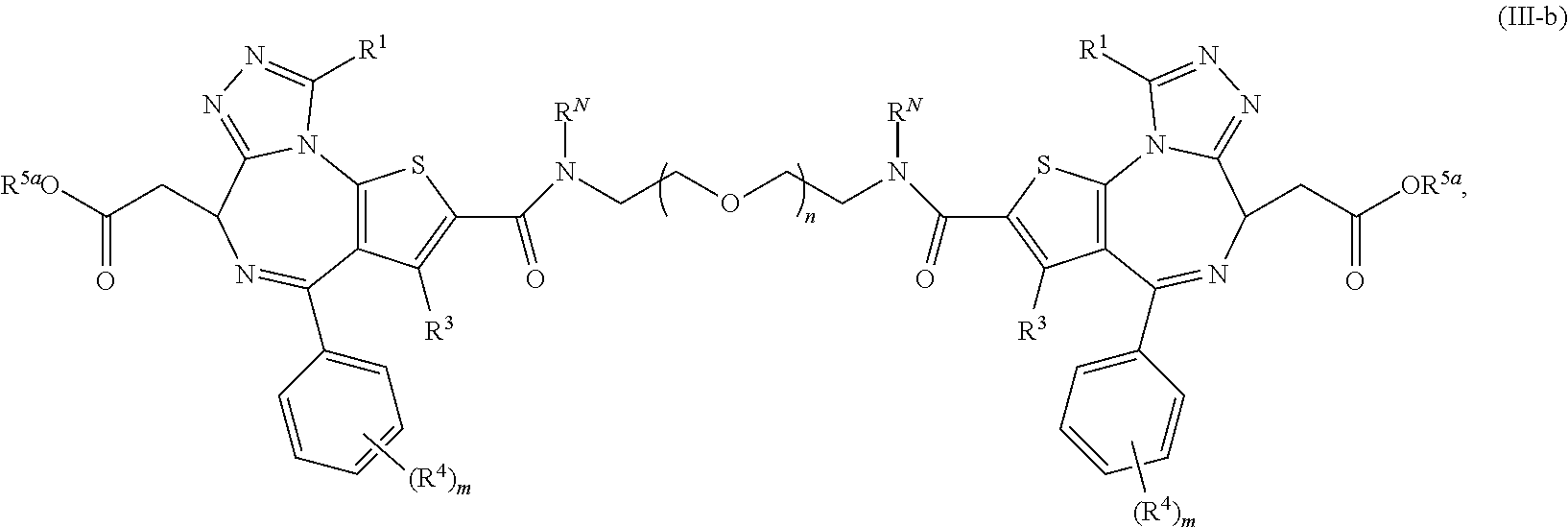
C00065
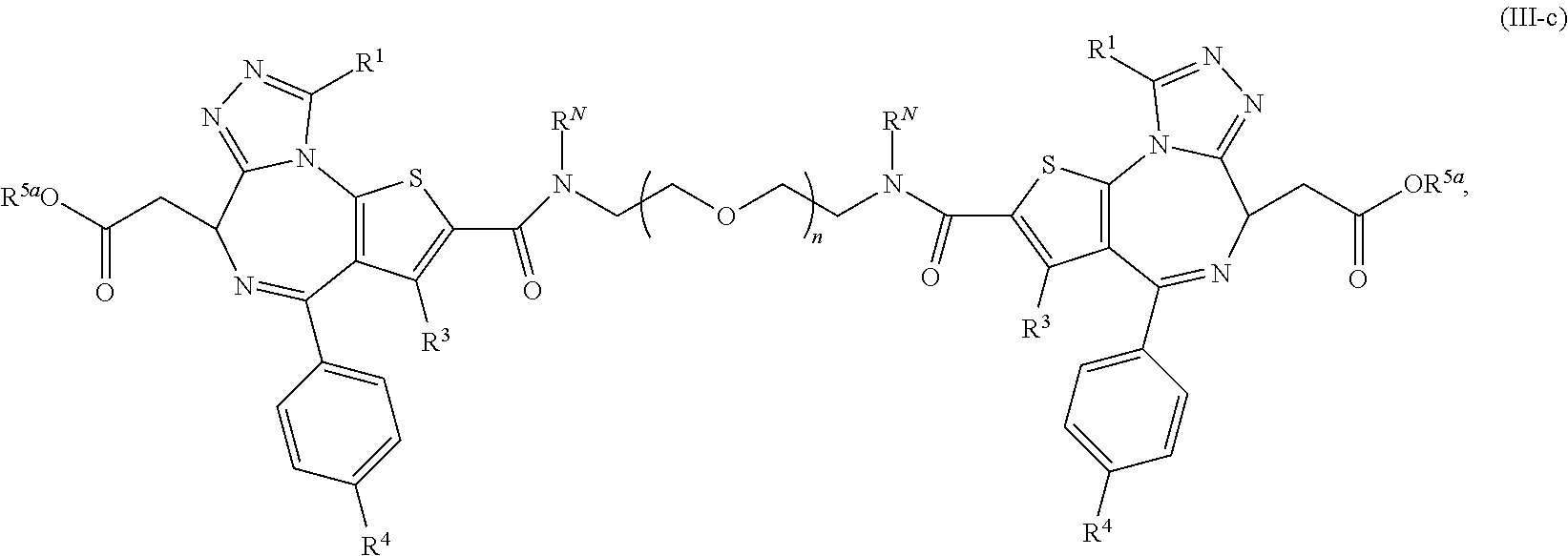
C00066
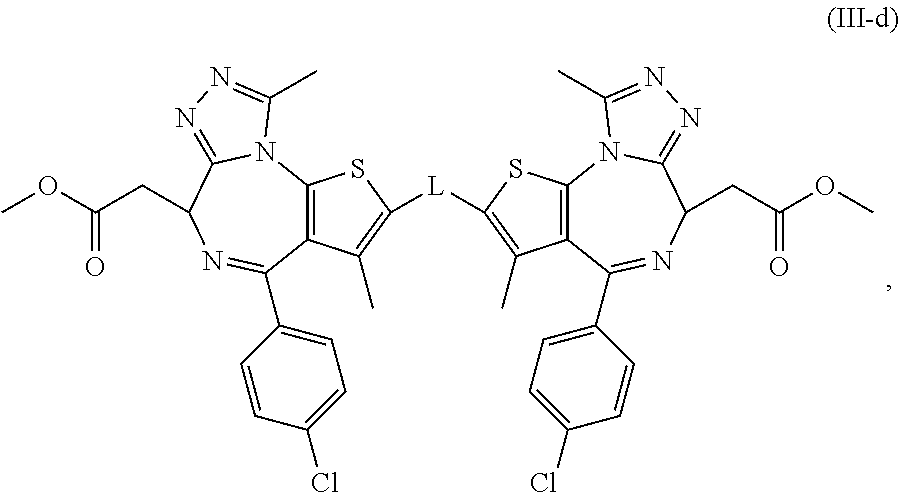
C00067
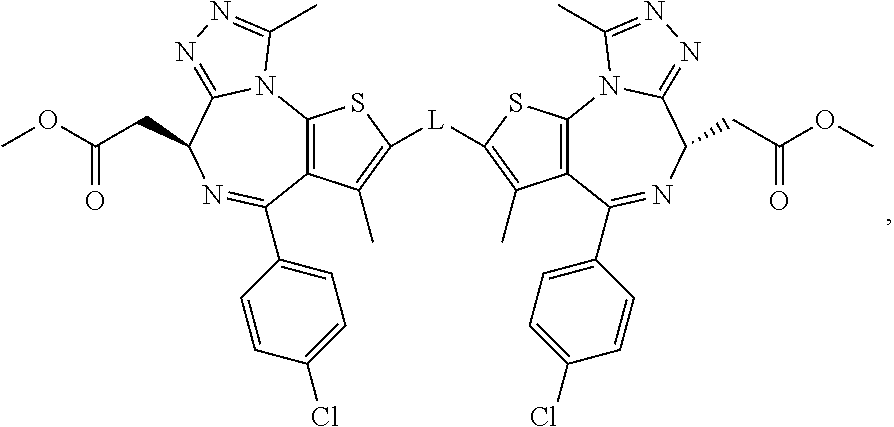
C00068
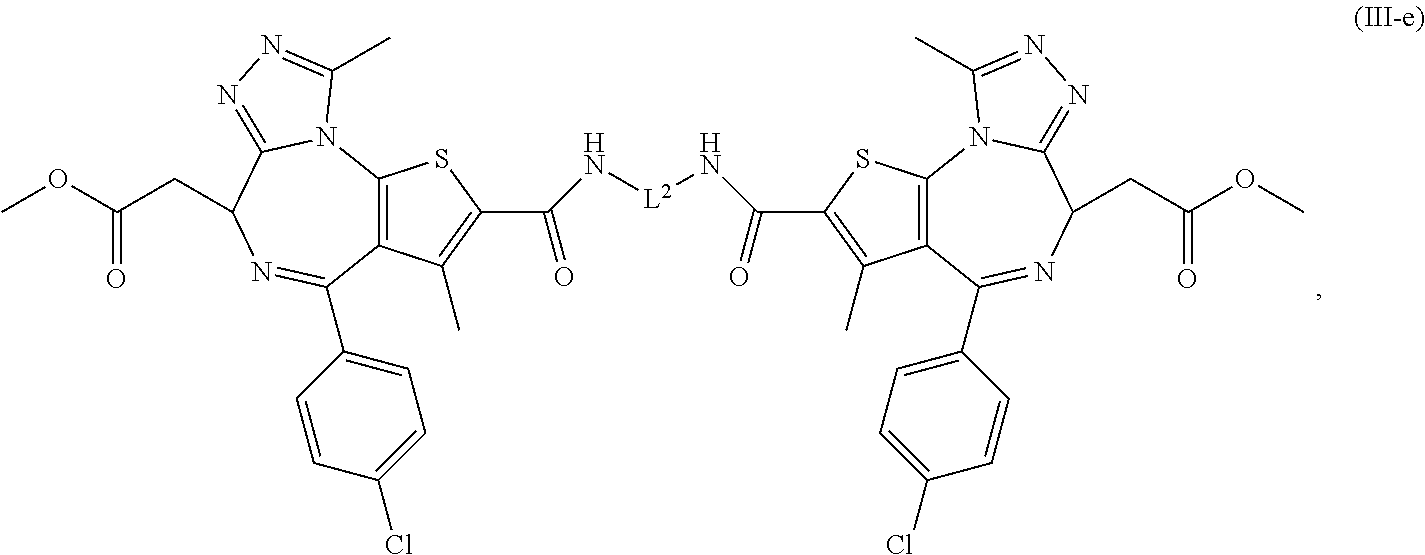
C00069
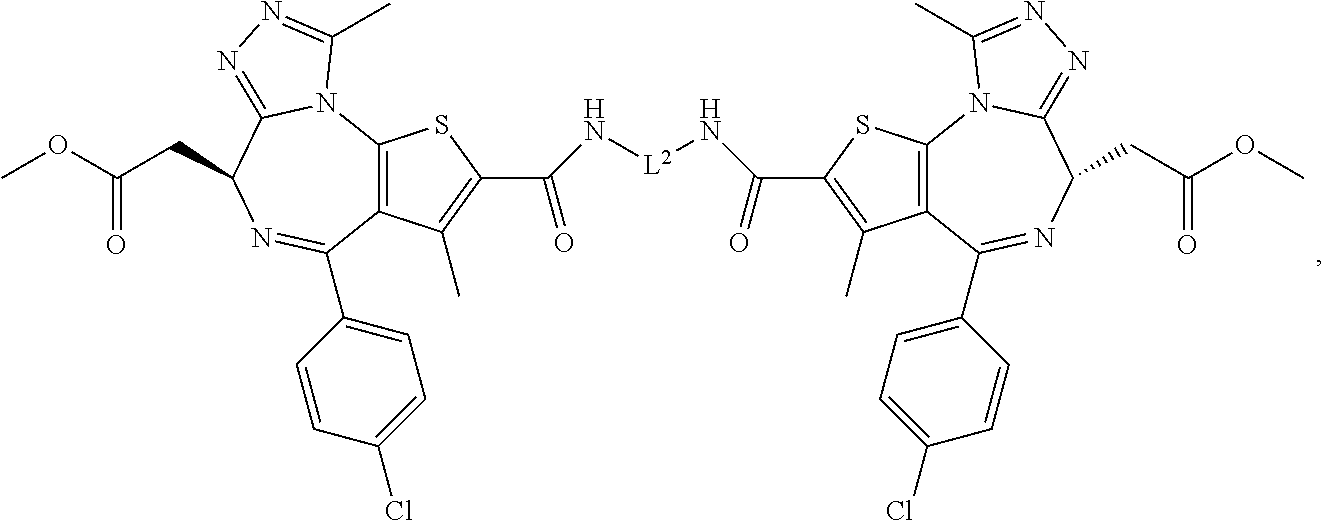
C00070
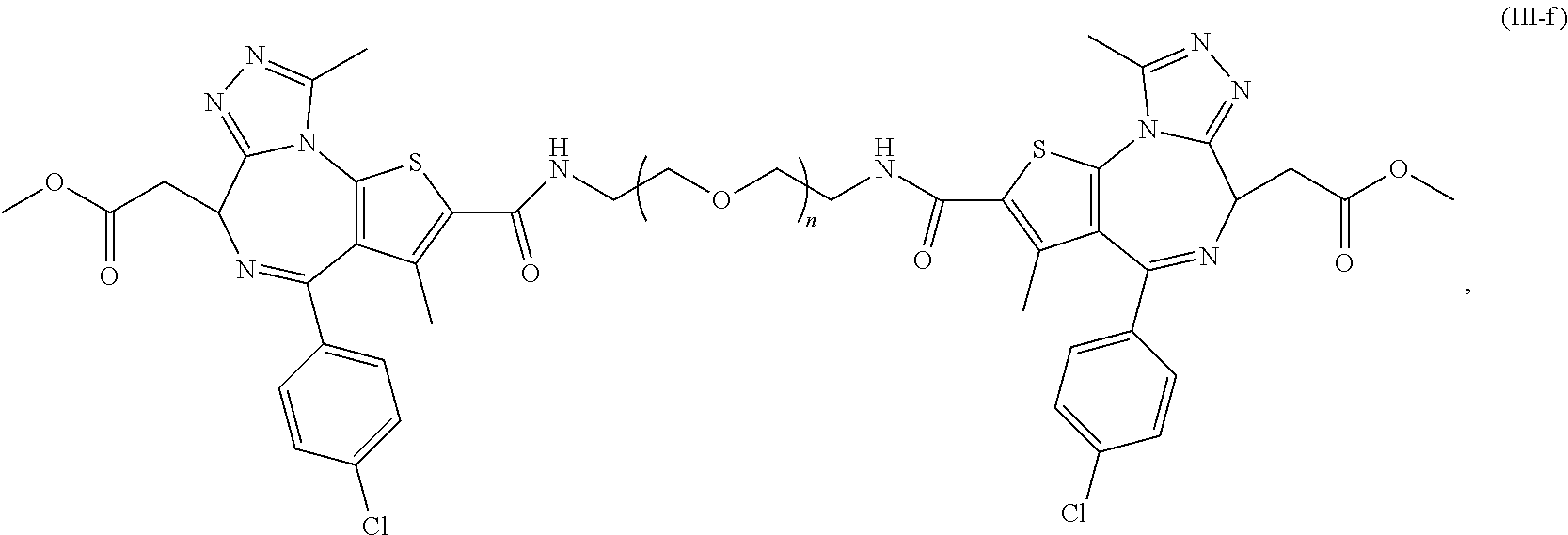
C00071
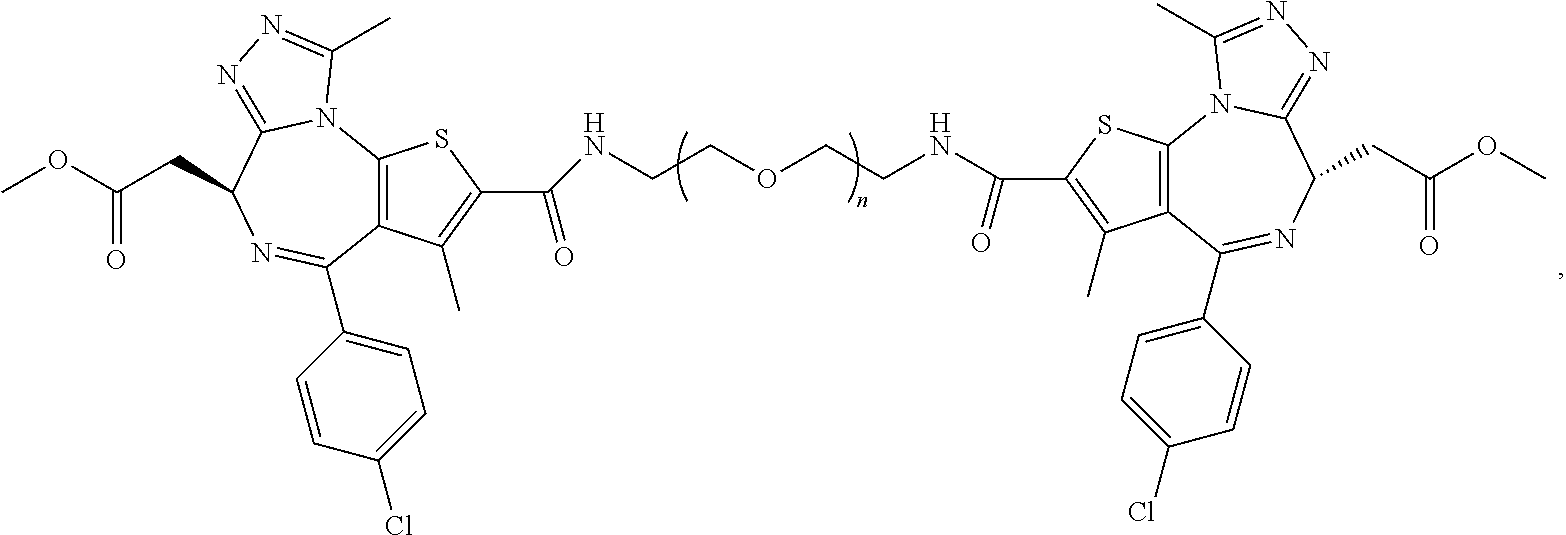
C00072
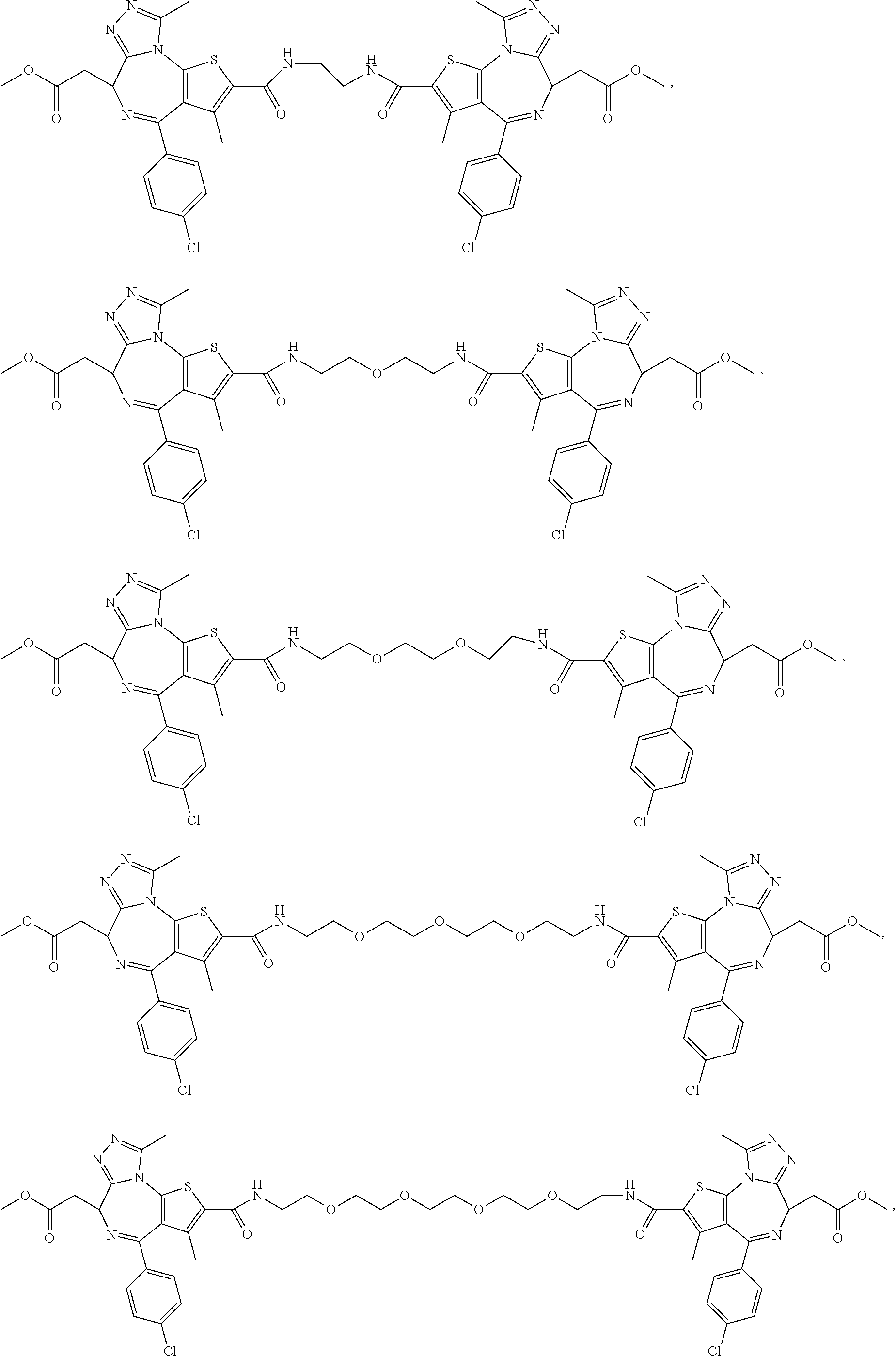
C00073
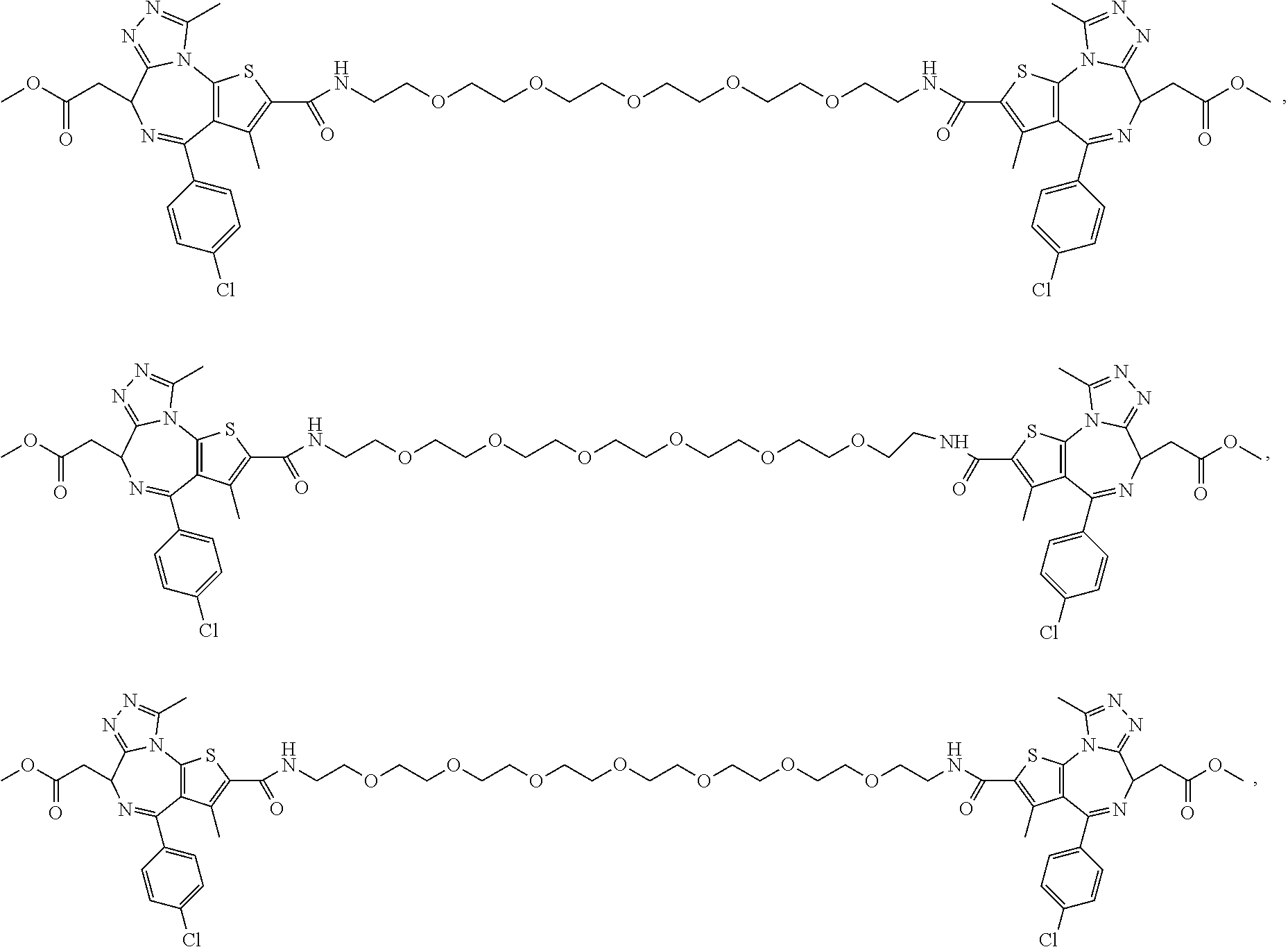
C00074
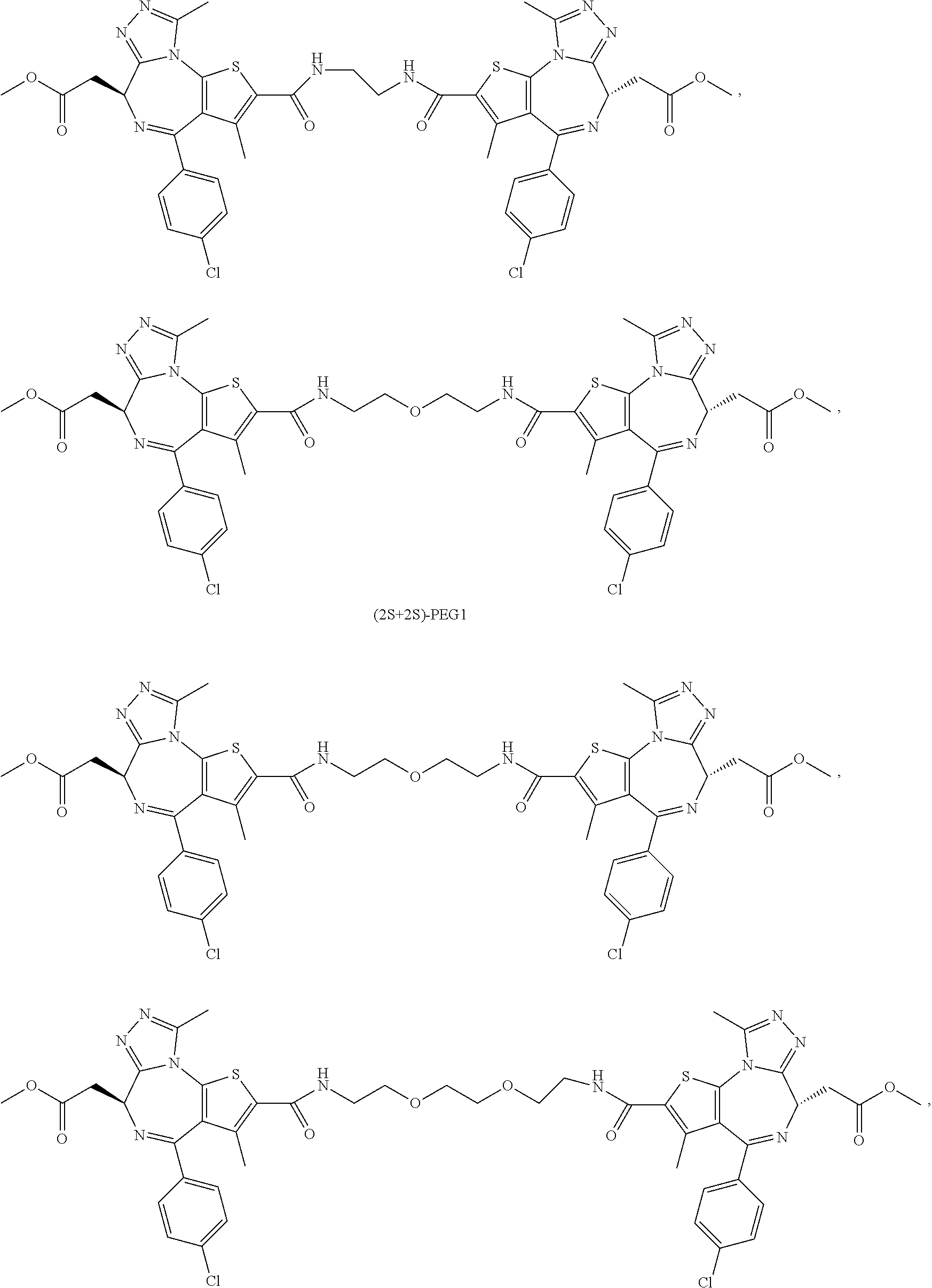
C00075
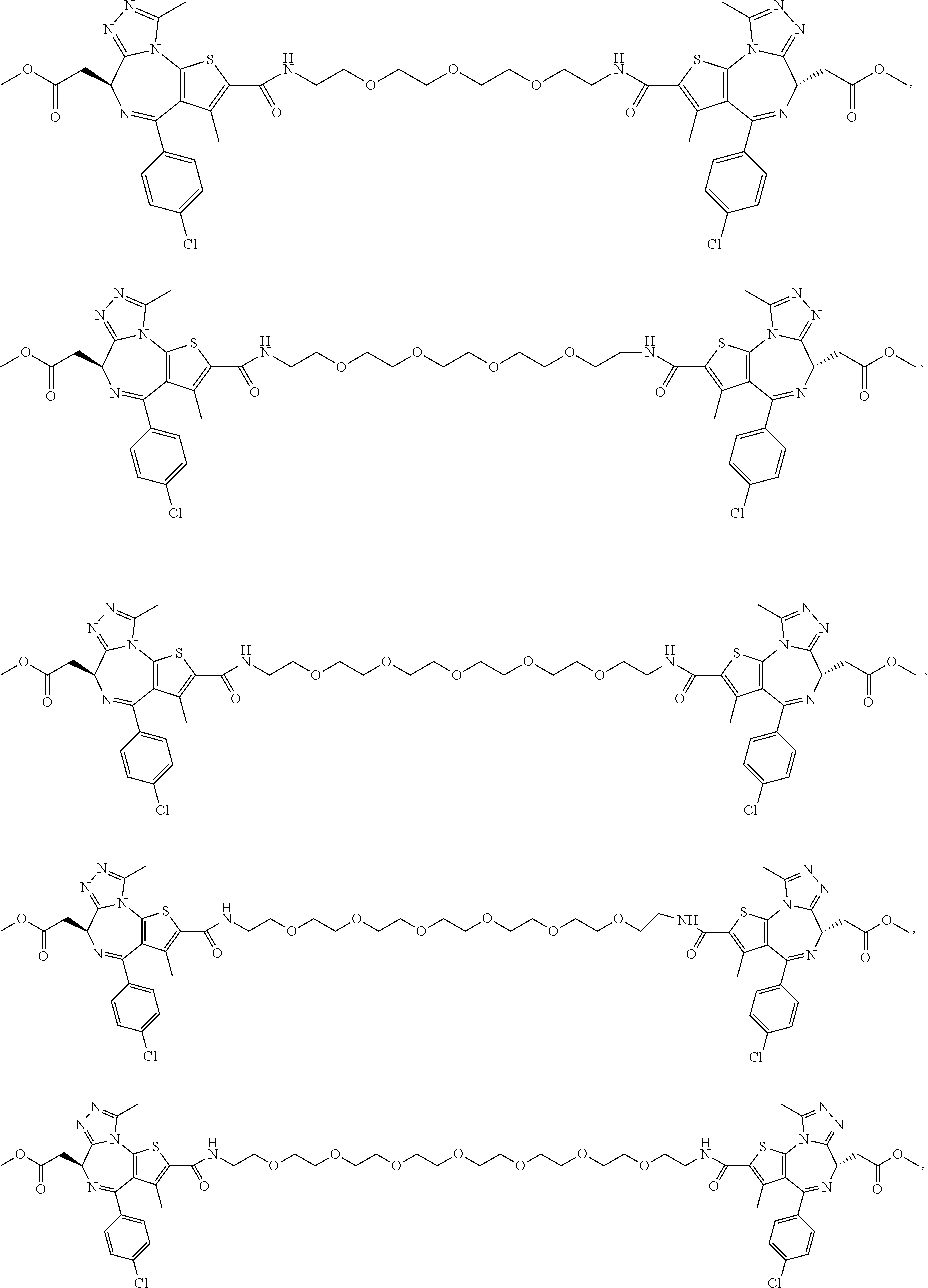
C00076
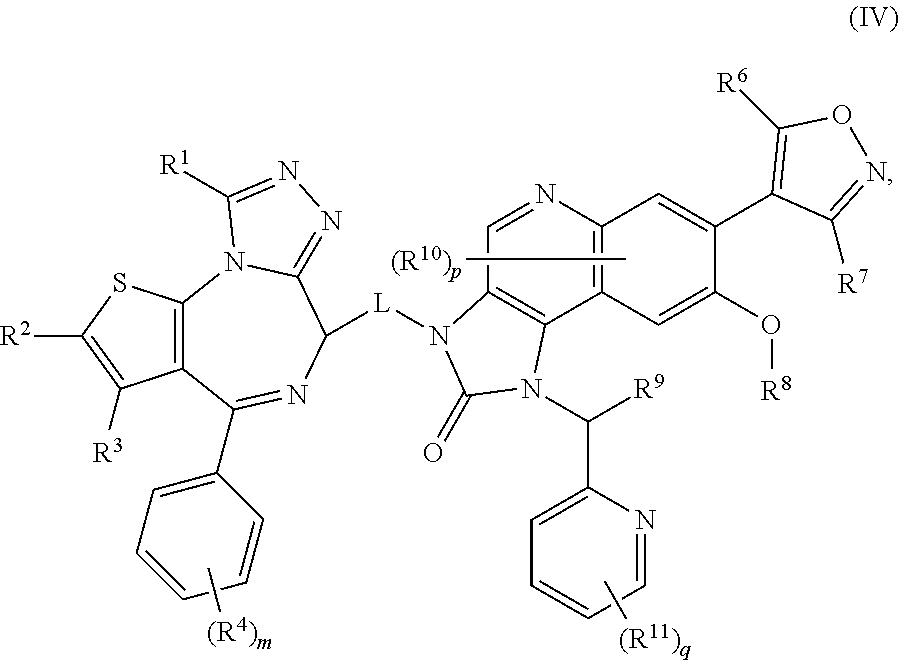
C00077

C00078
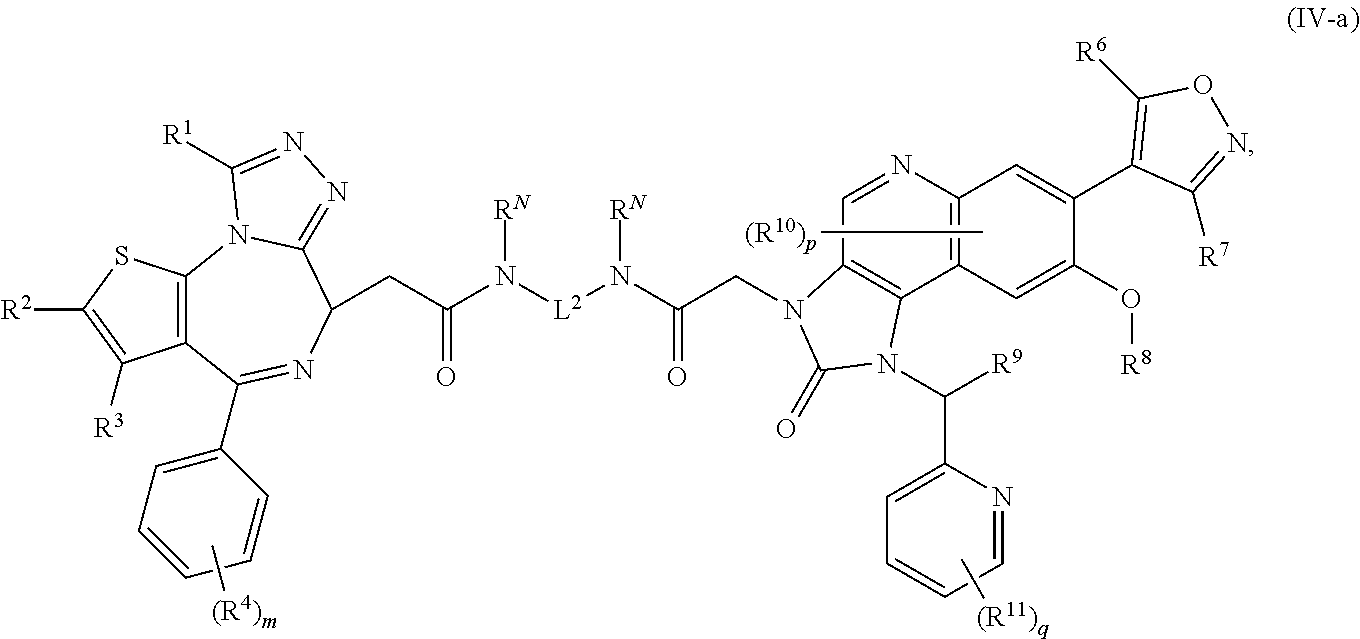
C00079
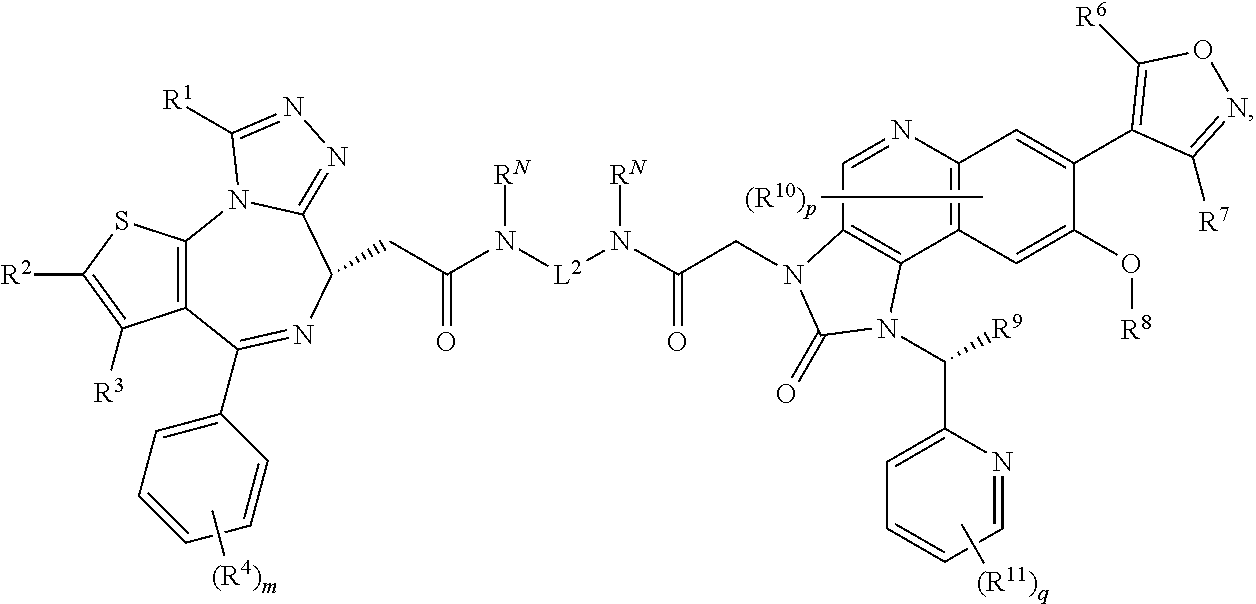
C00080
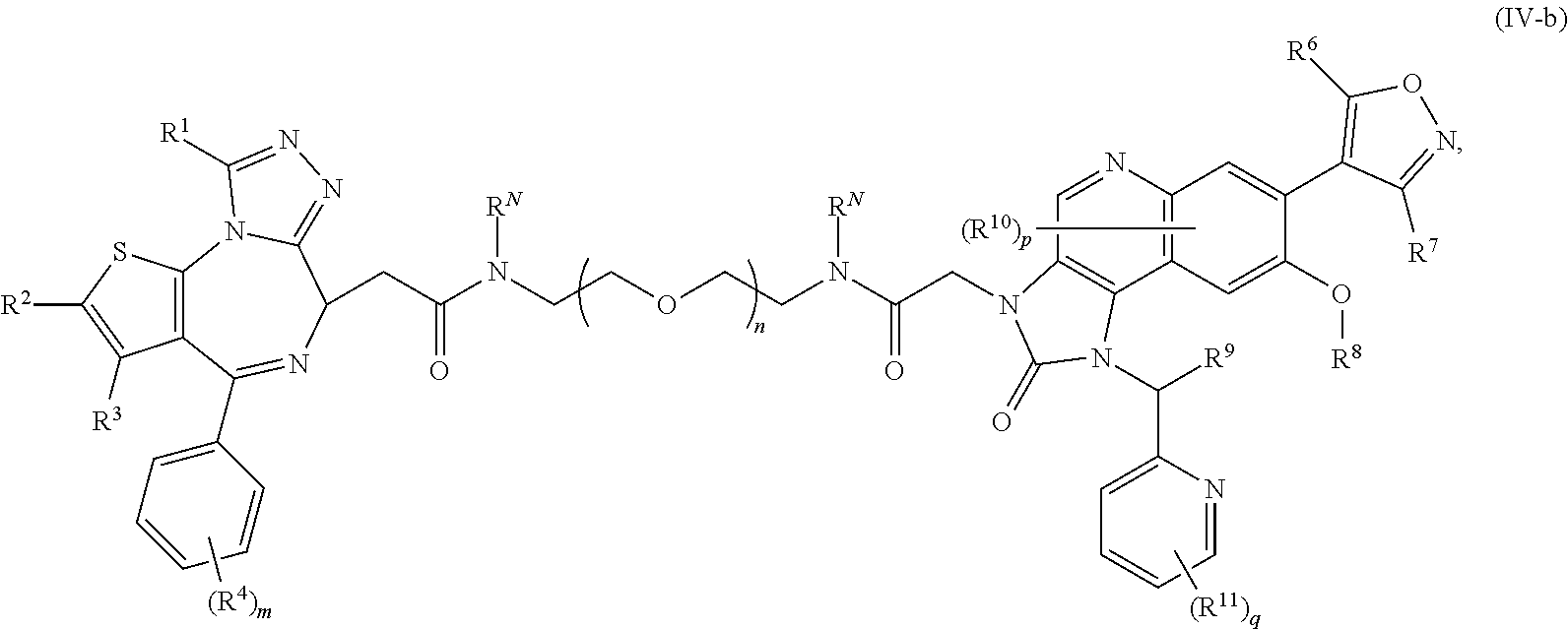
C00081
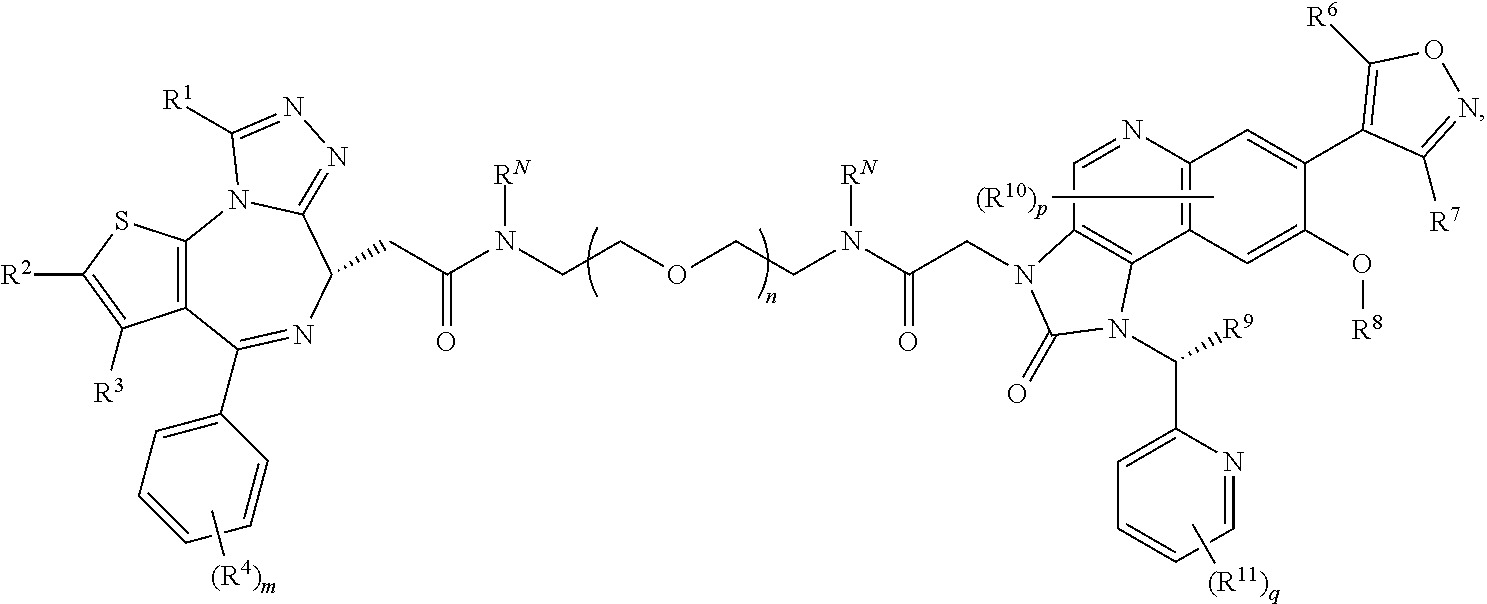
C00082
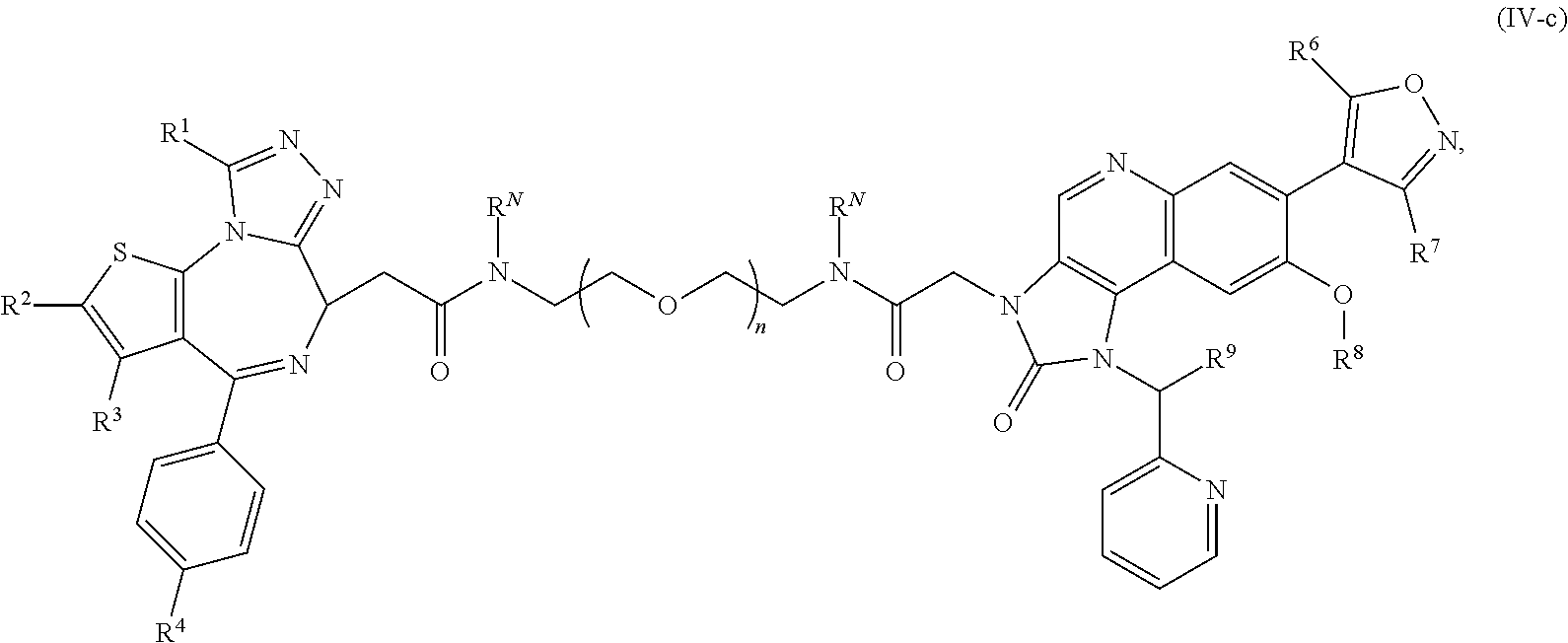
C00083
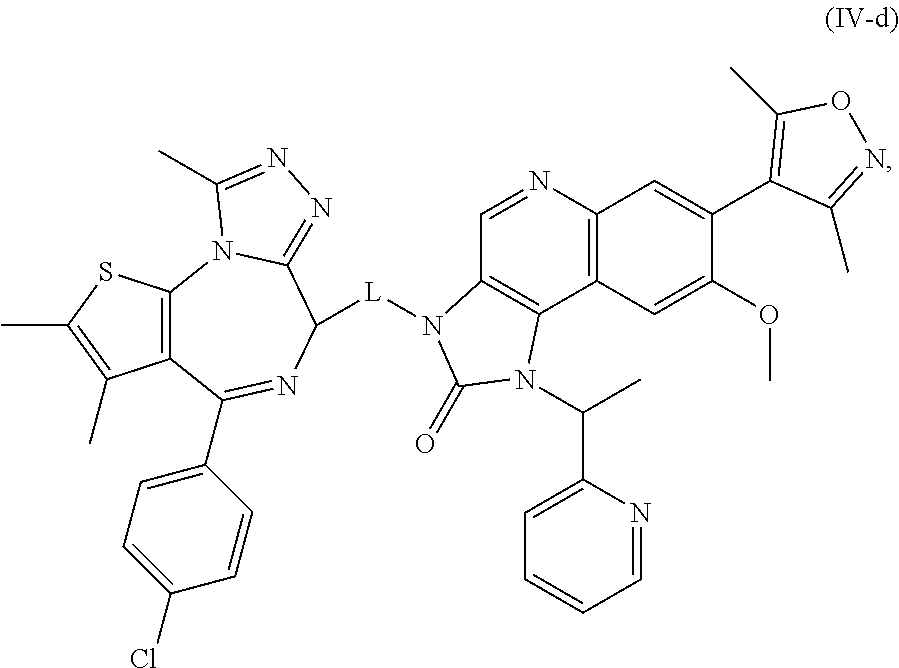
C00084
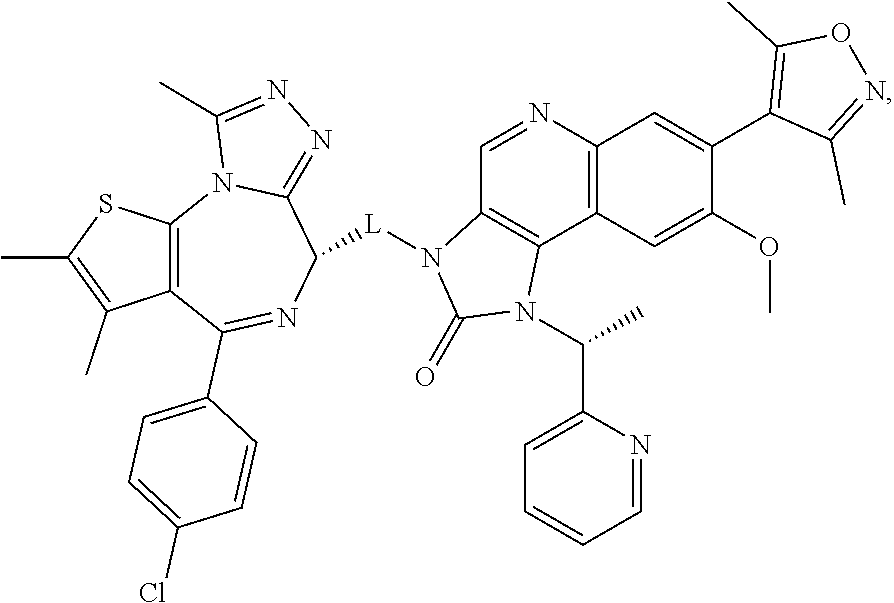
C00085
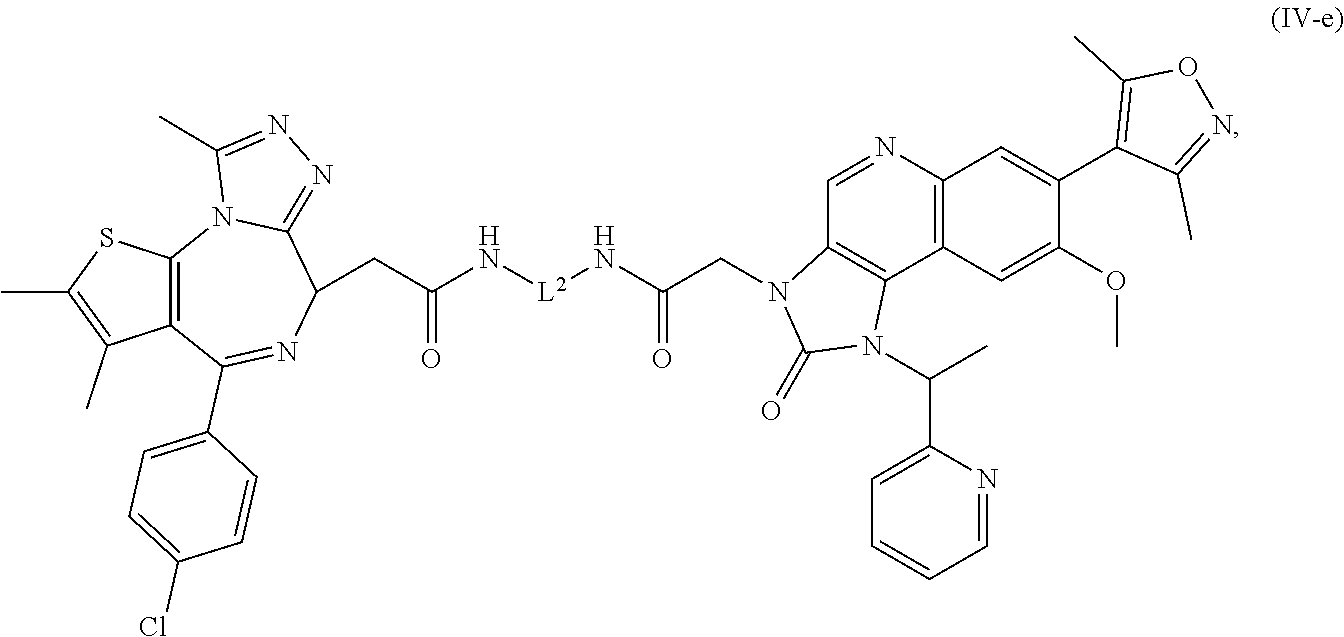
C00086
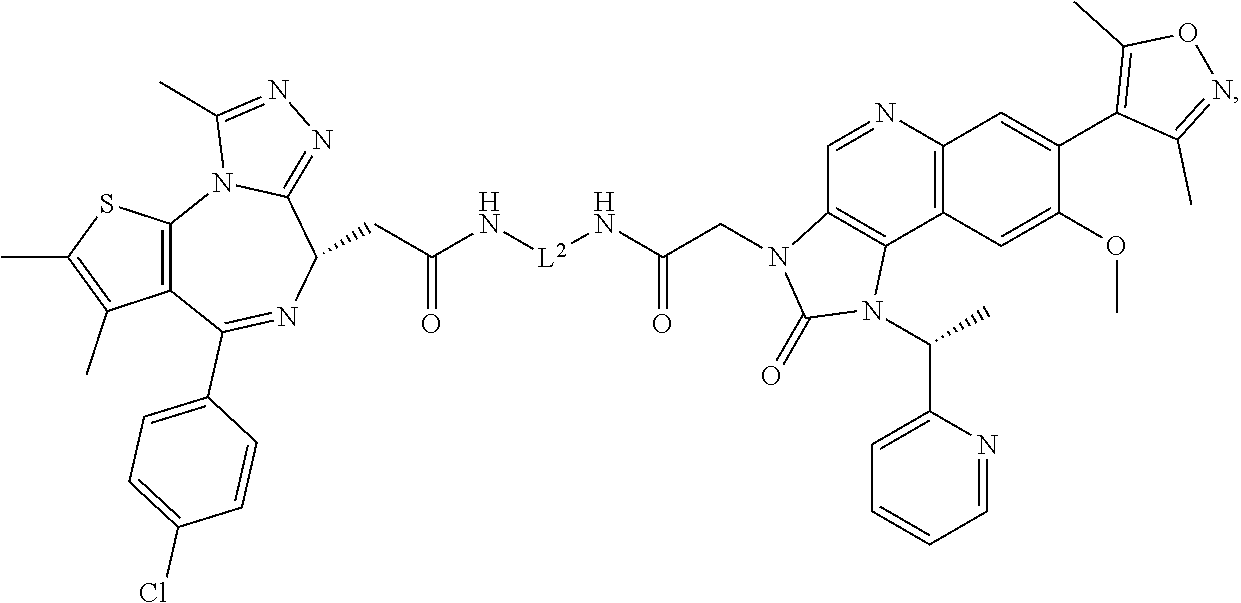
C00087
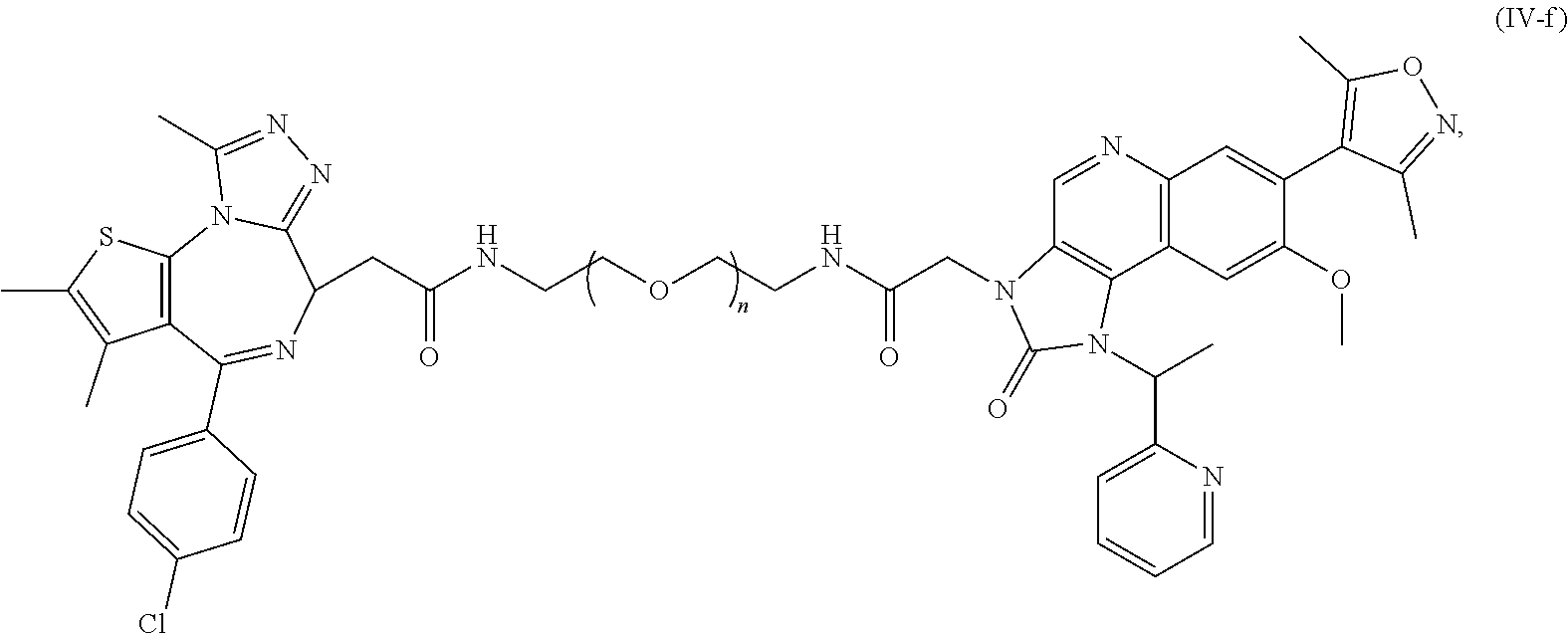
C00088
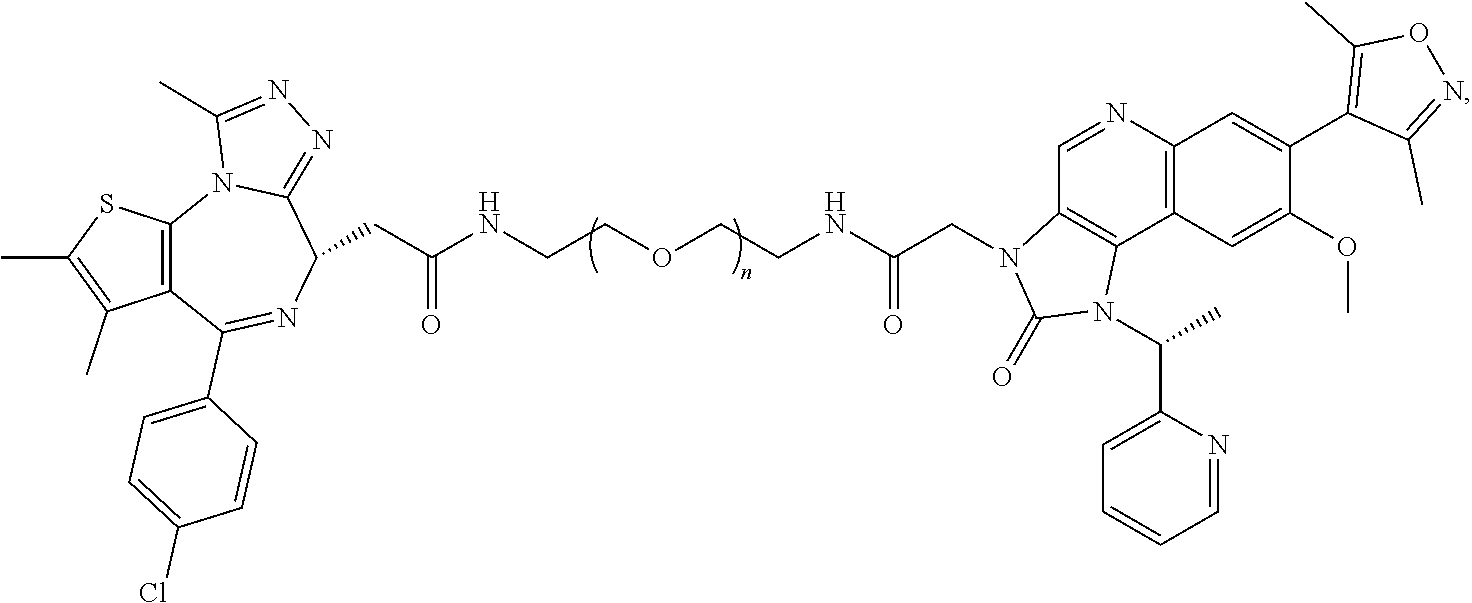
C00089
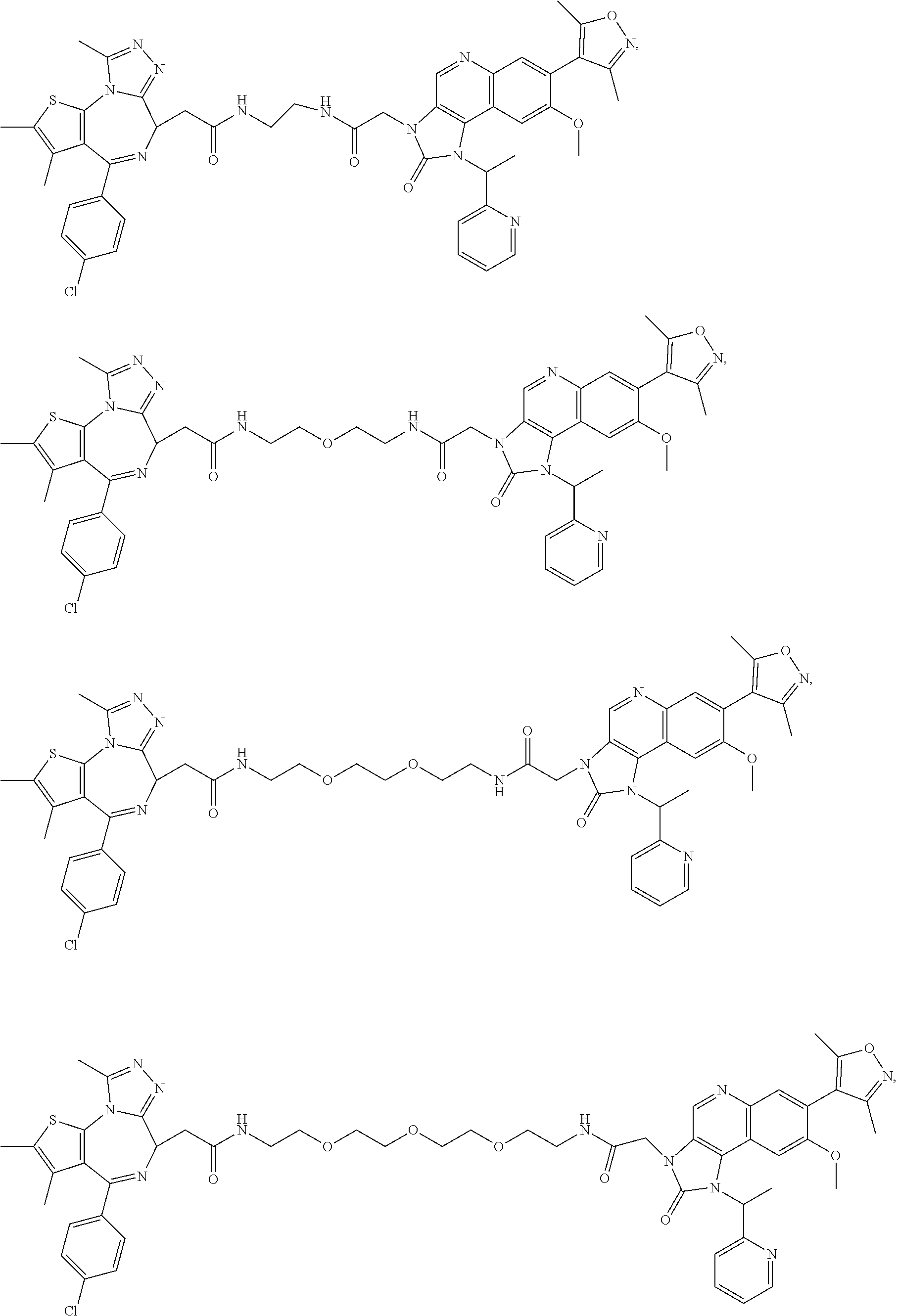
C00090
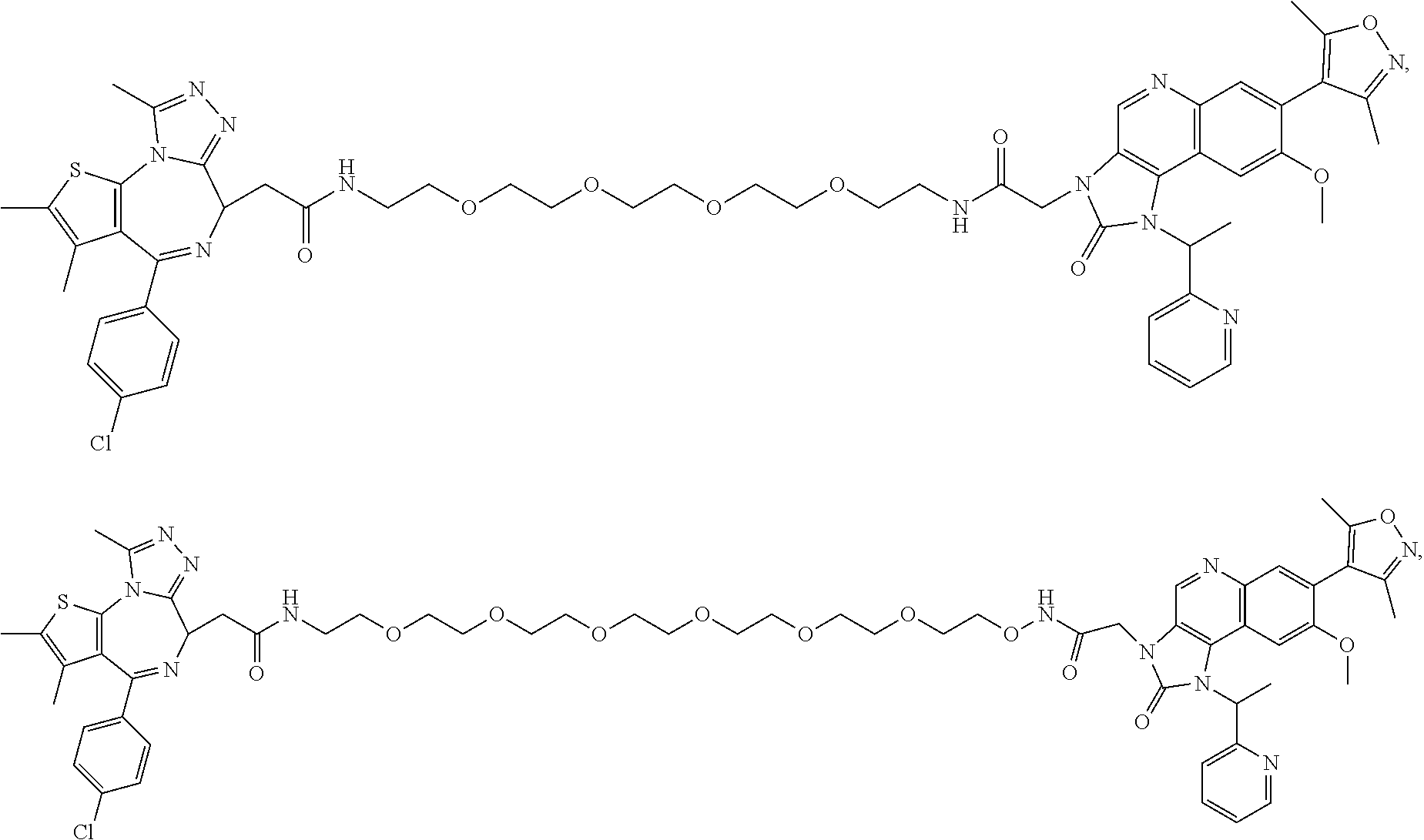
C00091
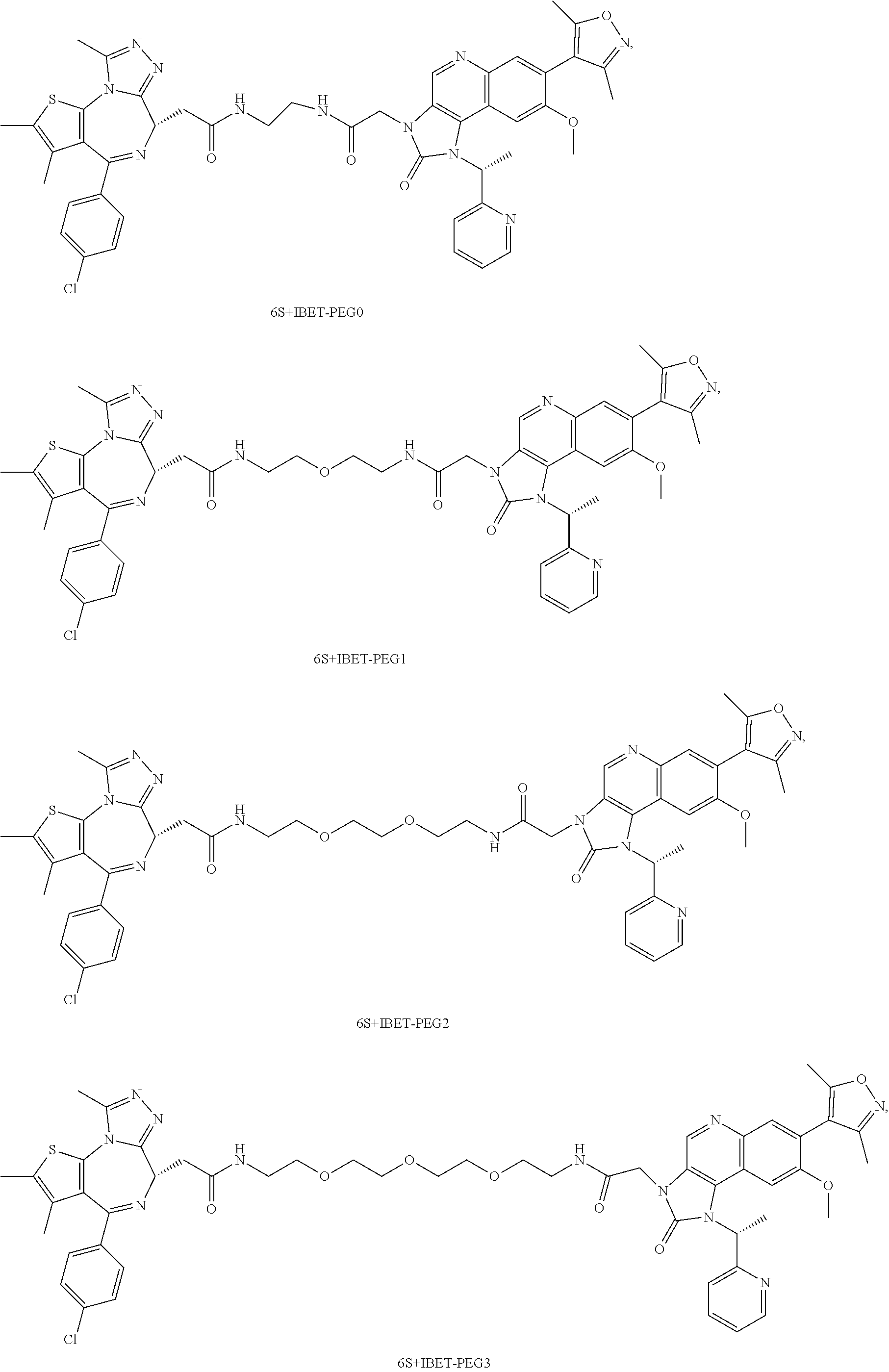
C00092
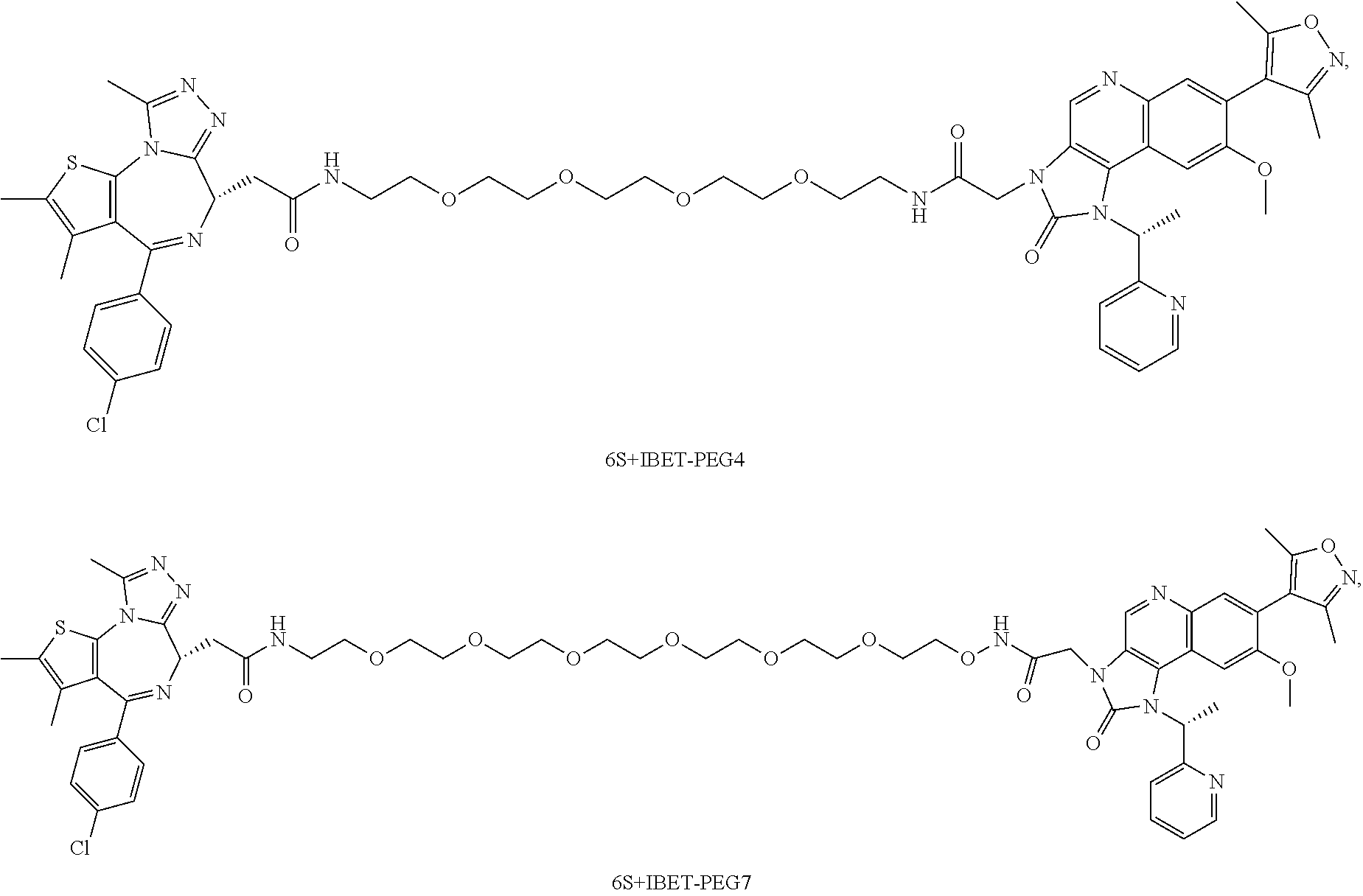
C00093
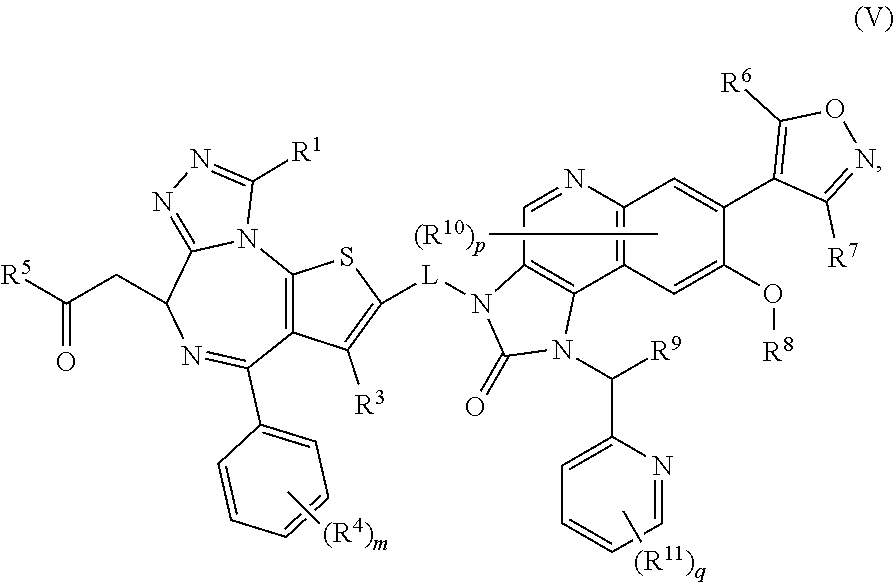
C00094
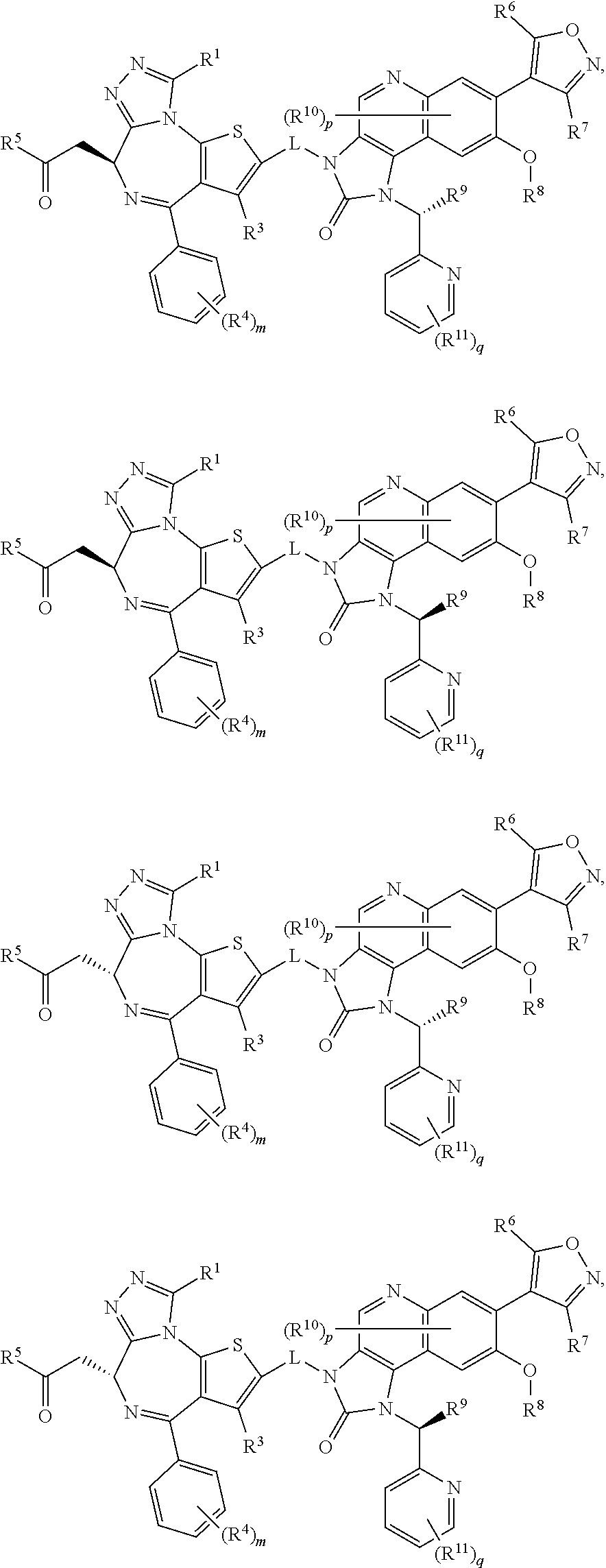
C00095
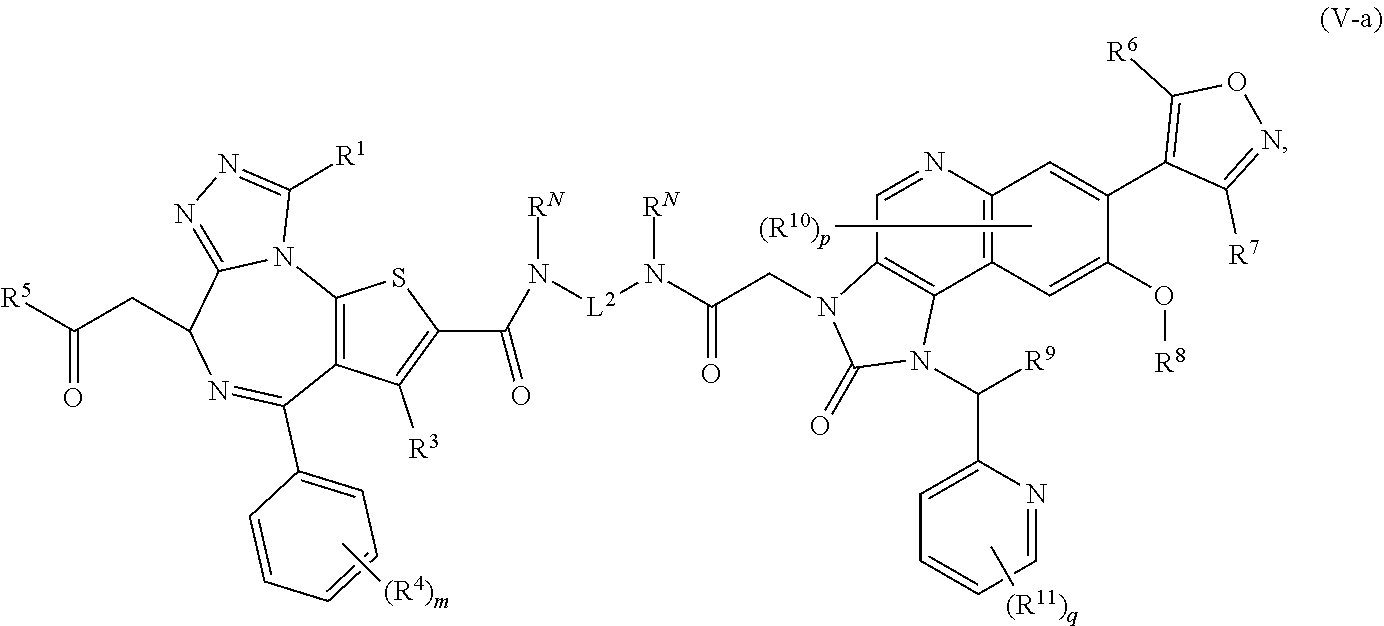
C00096
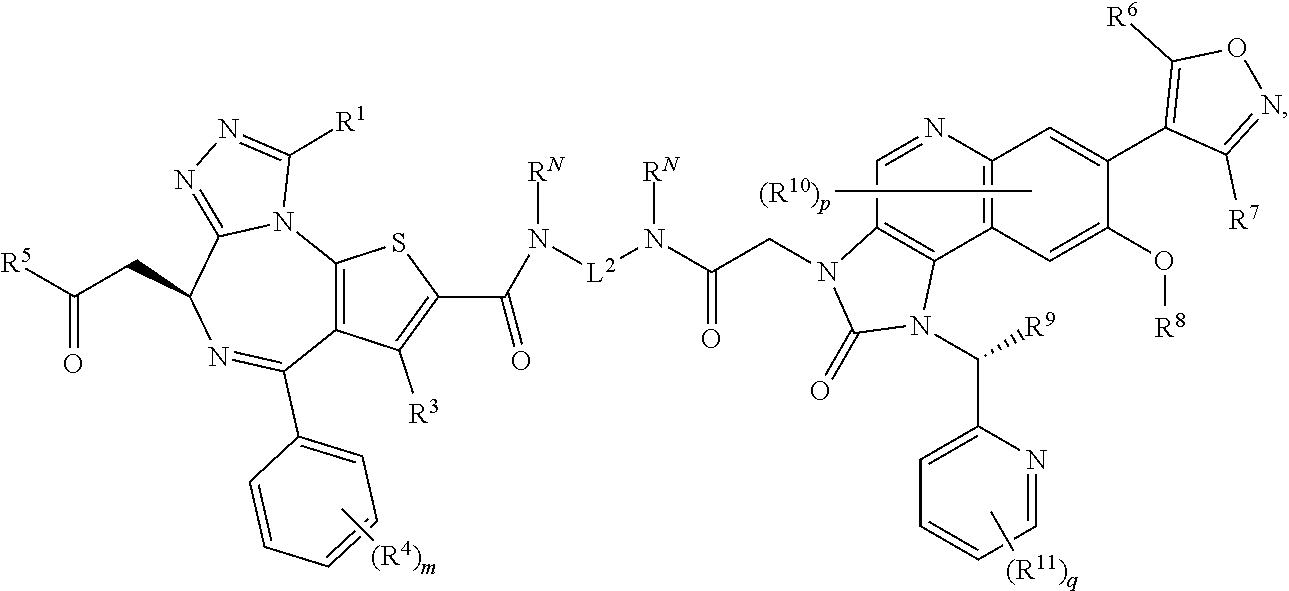
C00097
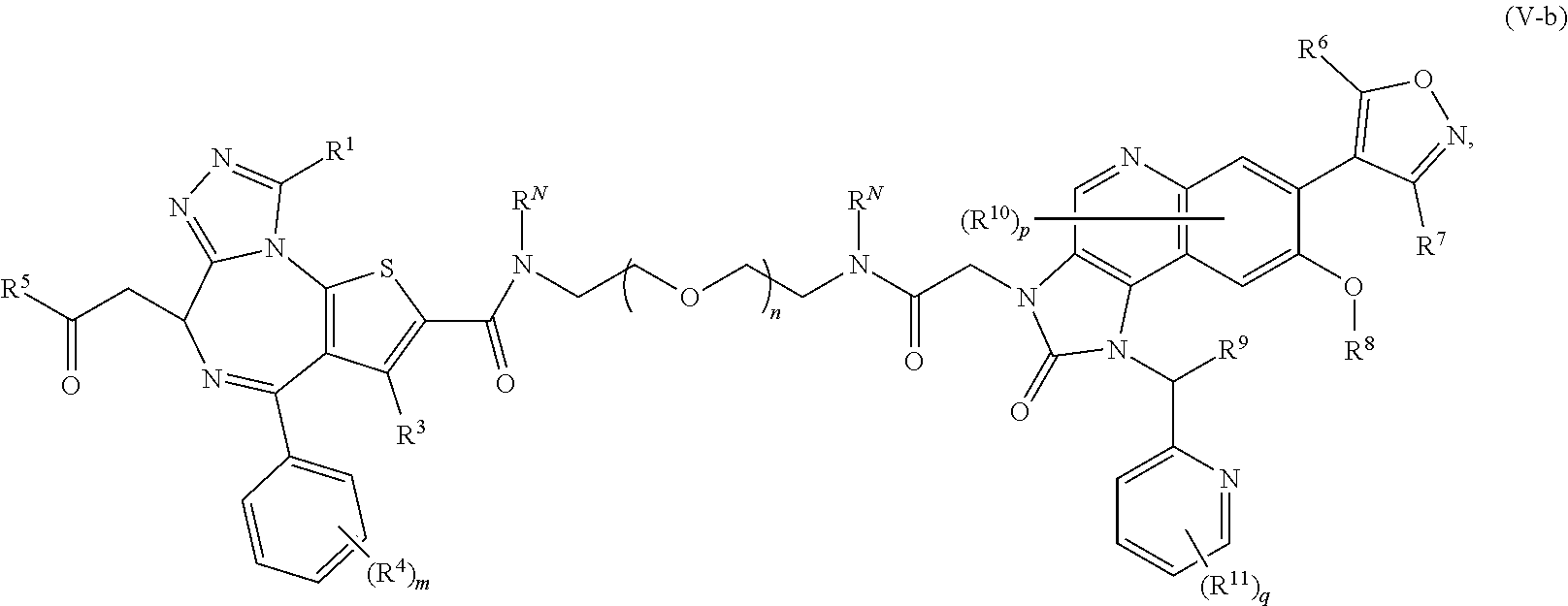
C00098
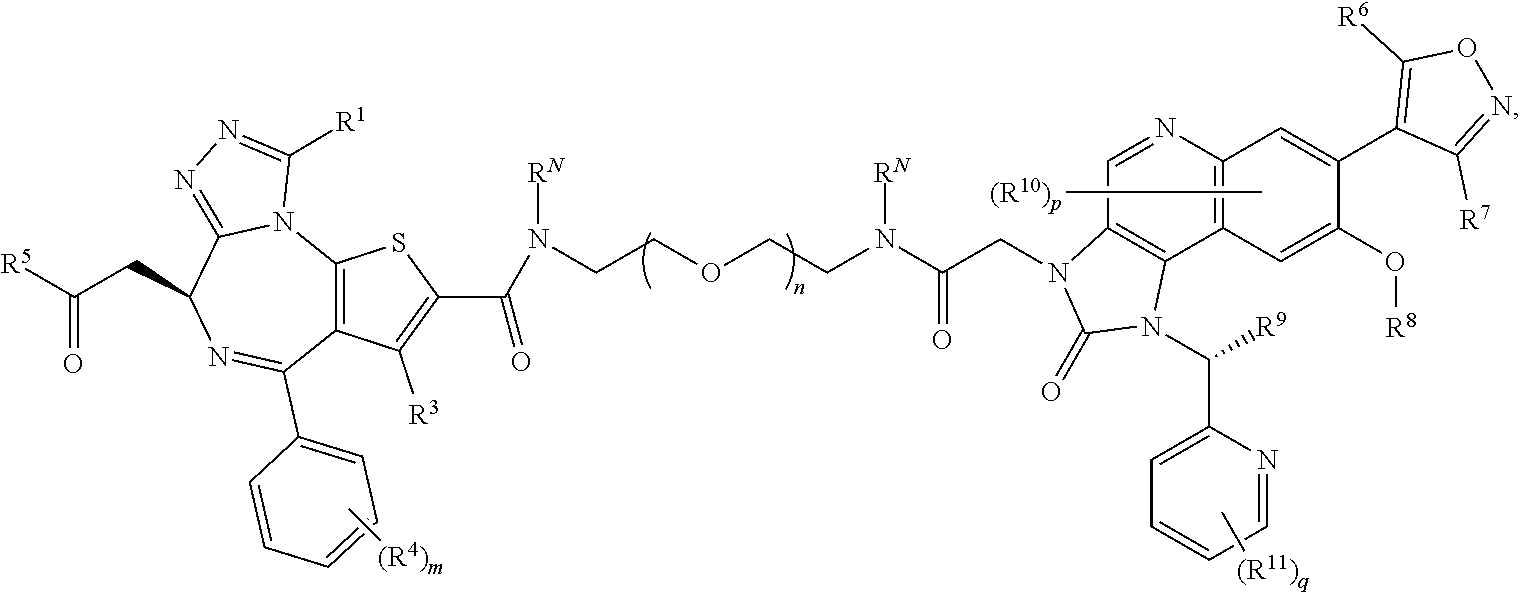
C00099
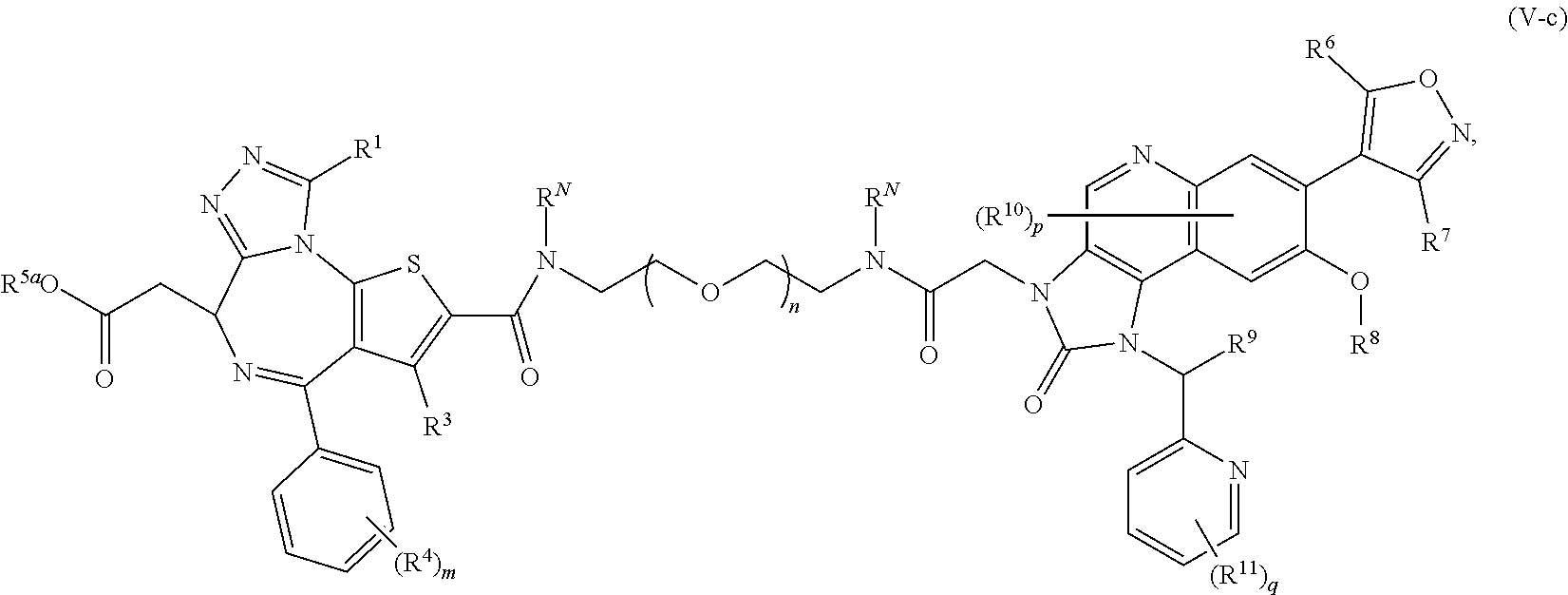
C00100
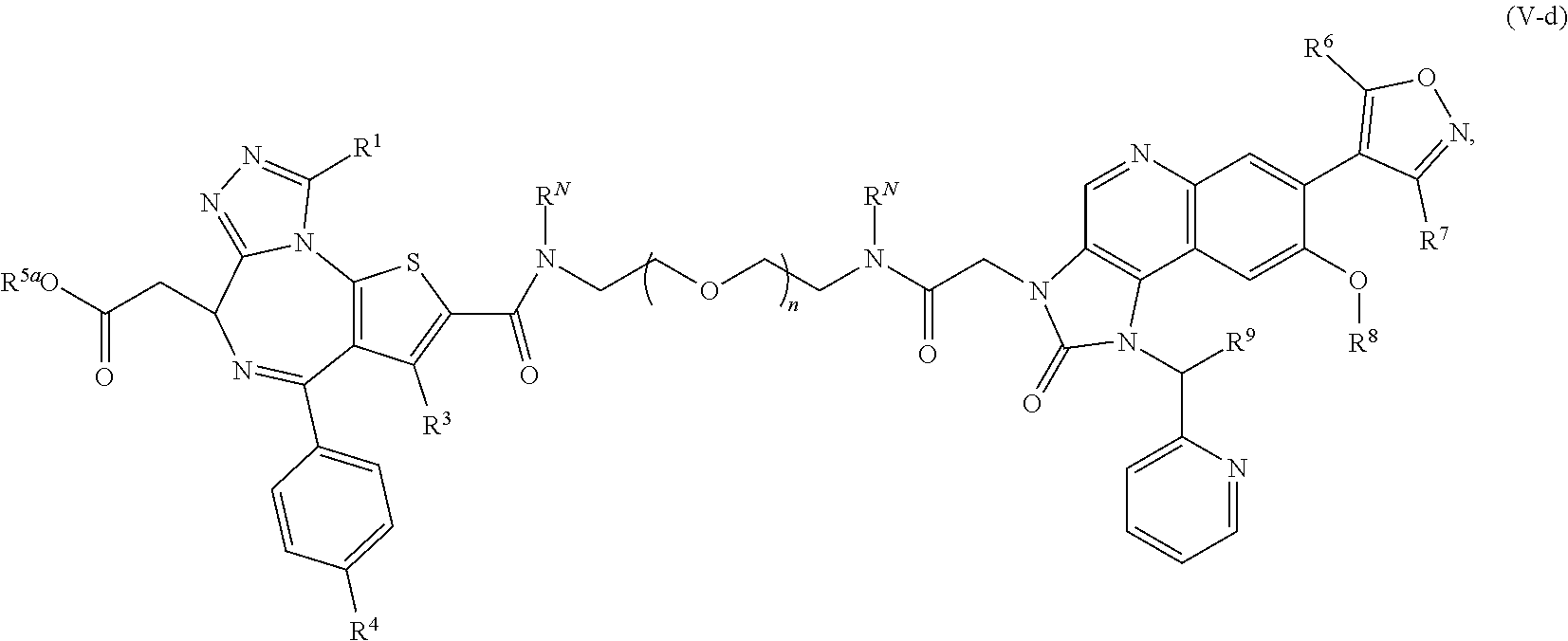
C00101
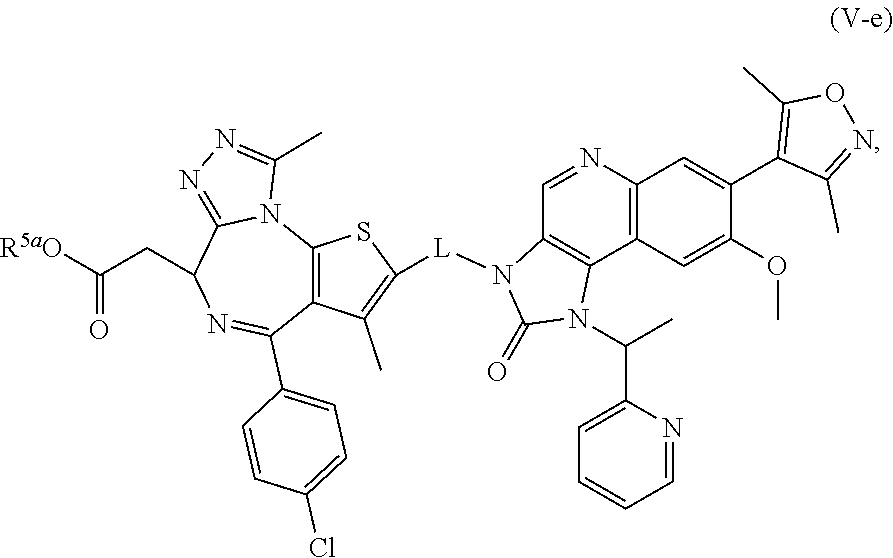
C00102
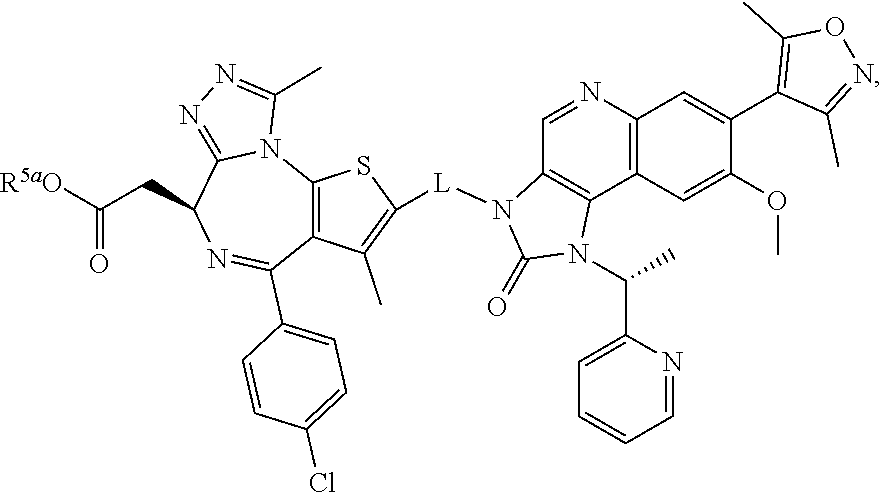
C00103
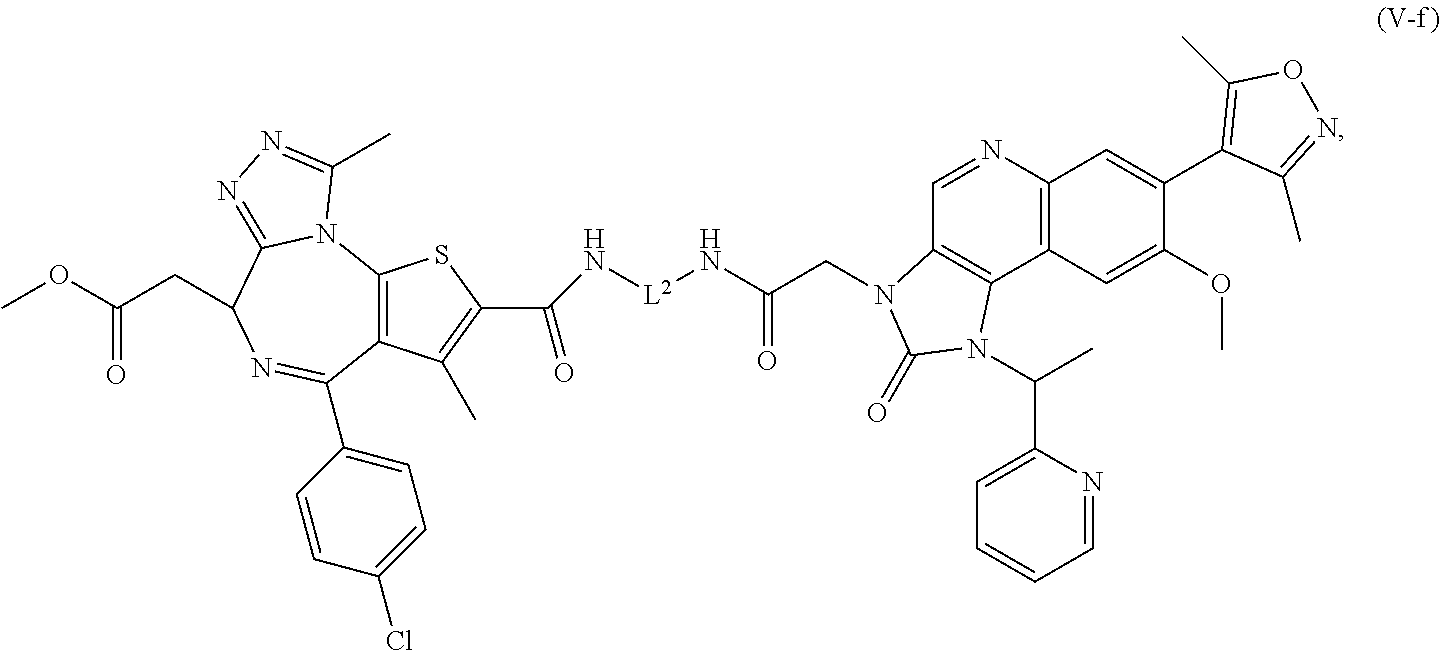
C00104
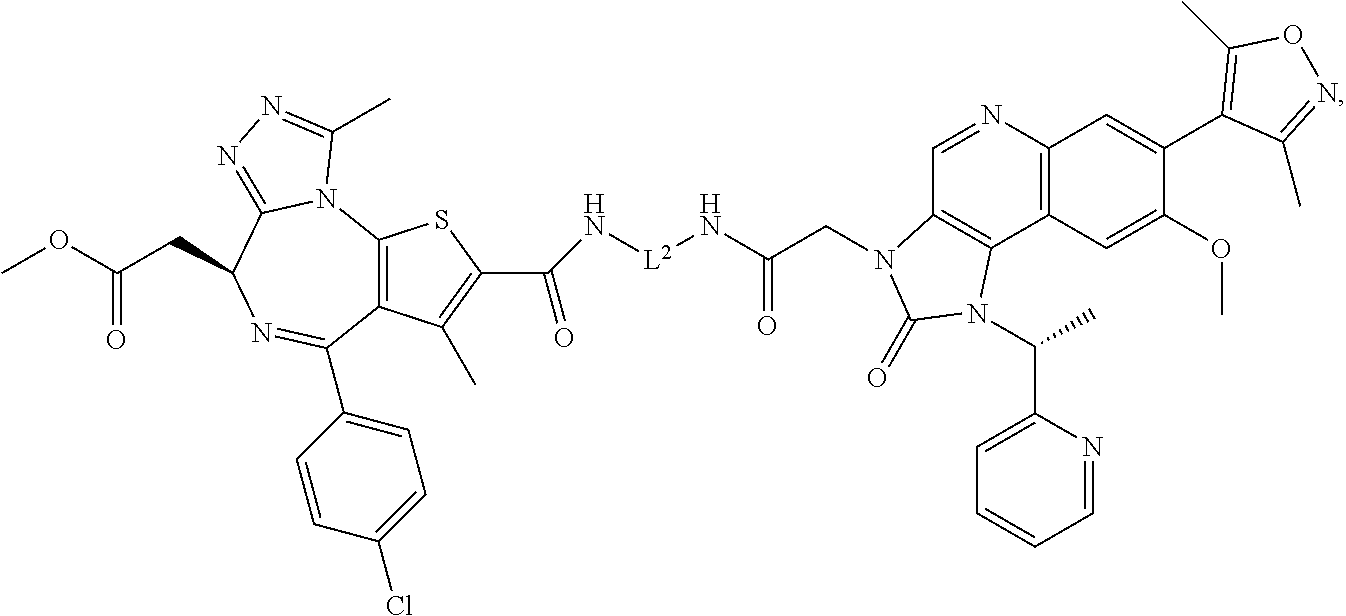
C00105
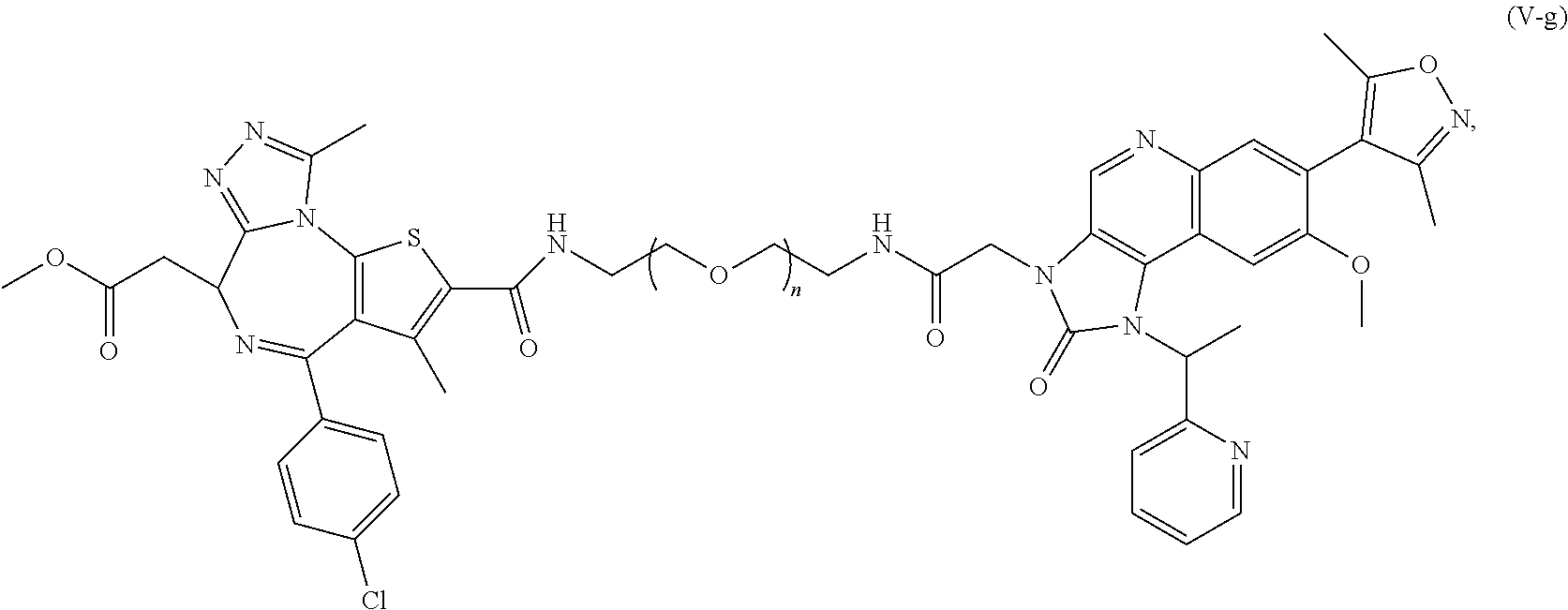
C00106
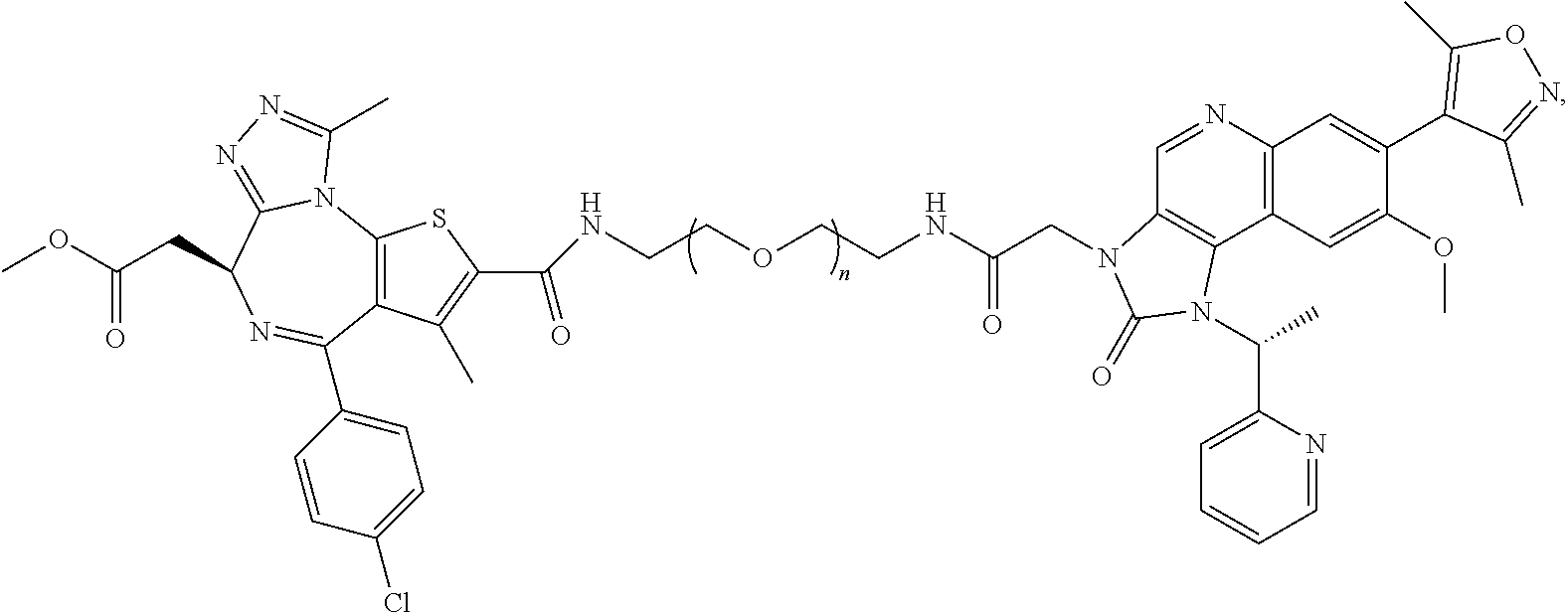
C00107
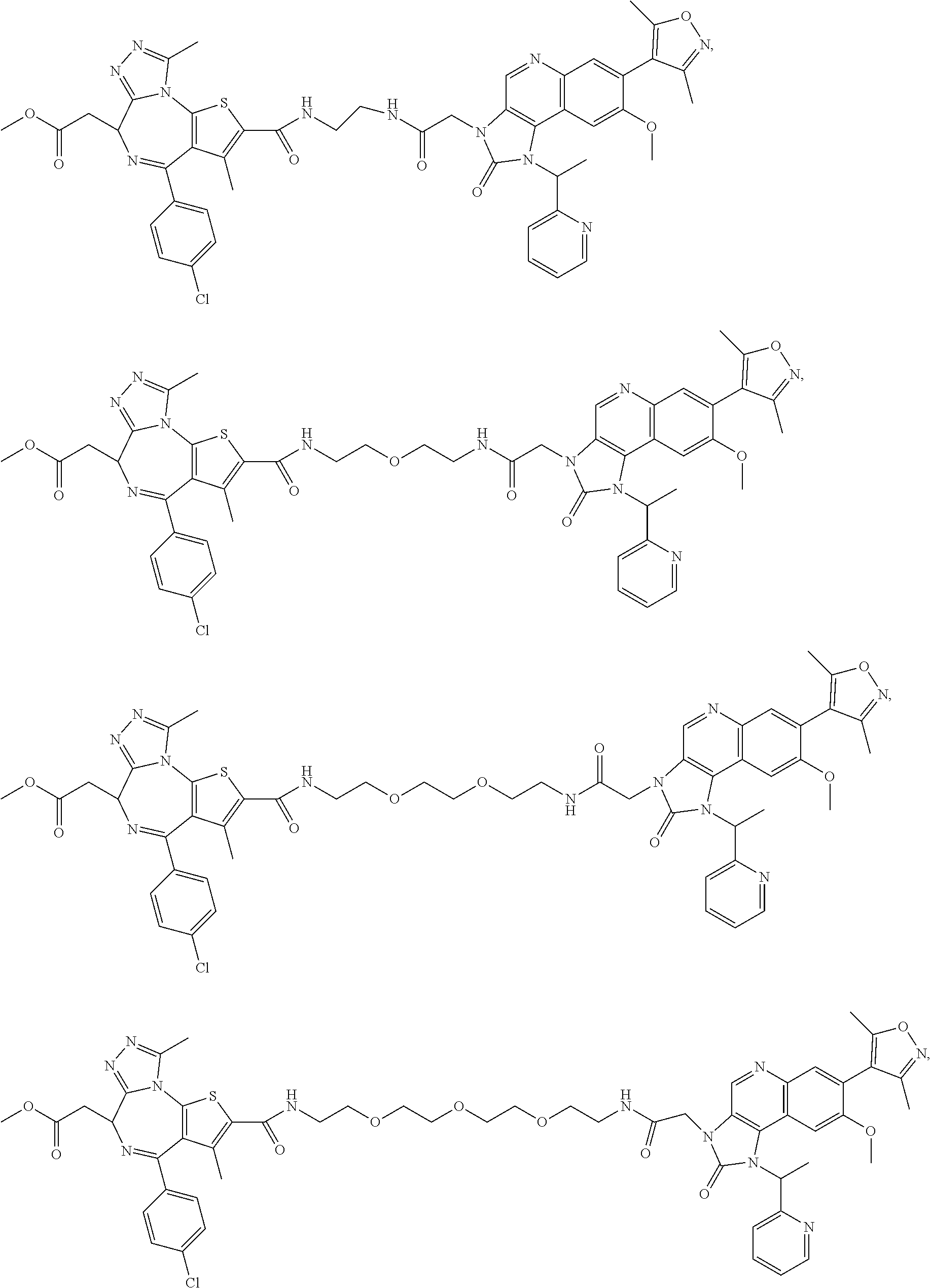
C00108
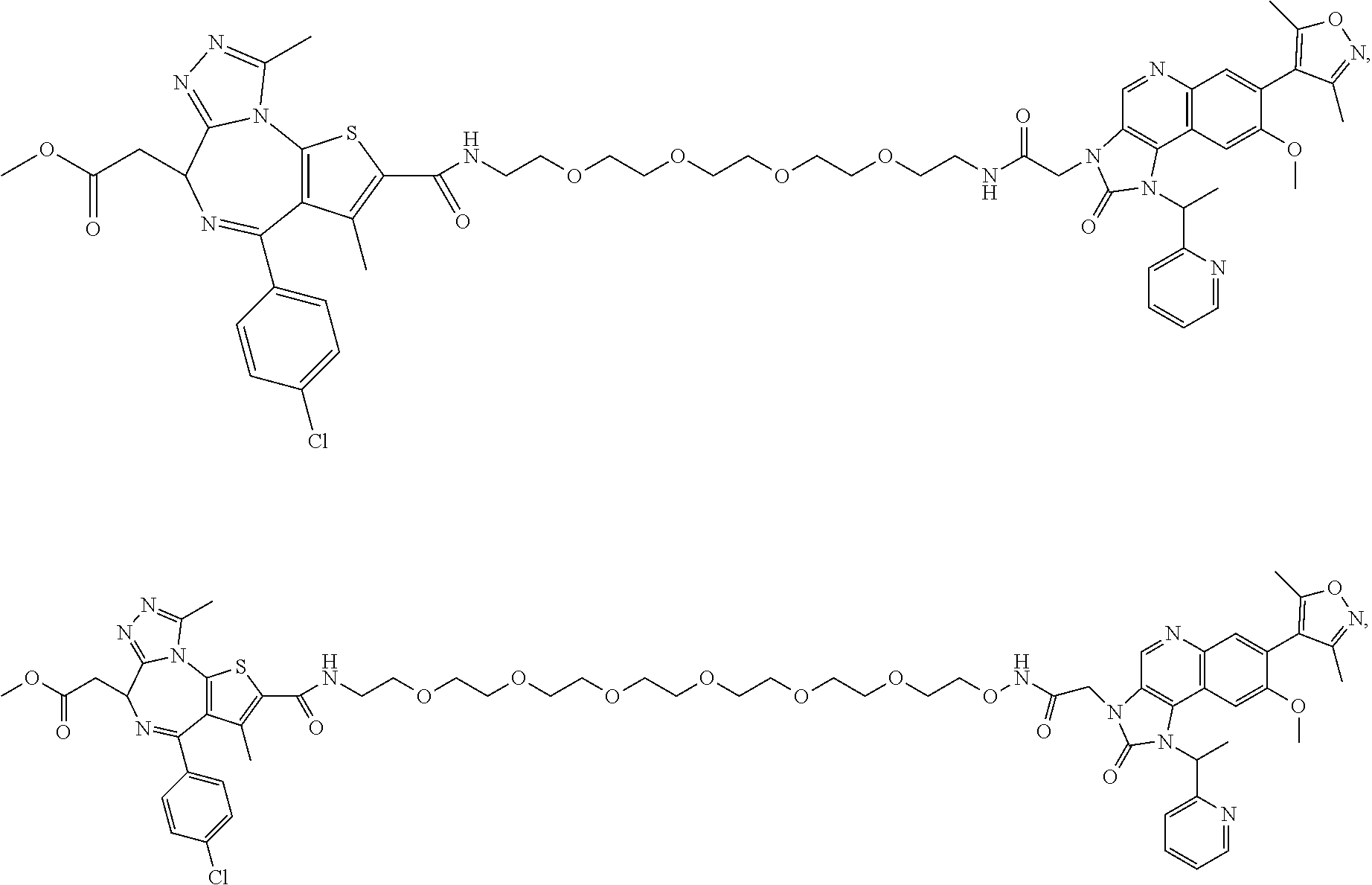
C00109
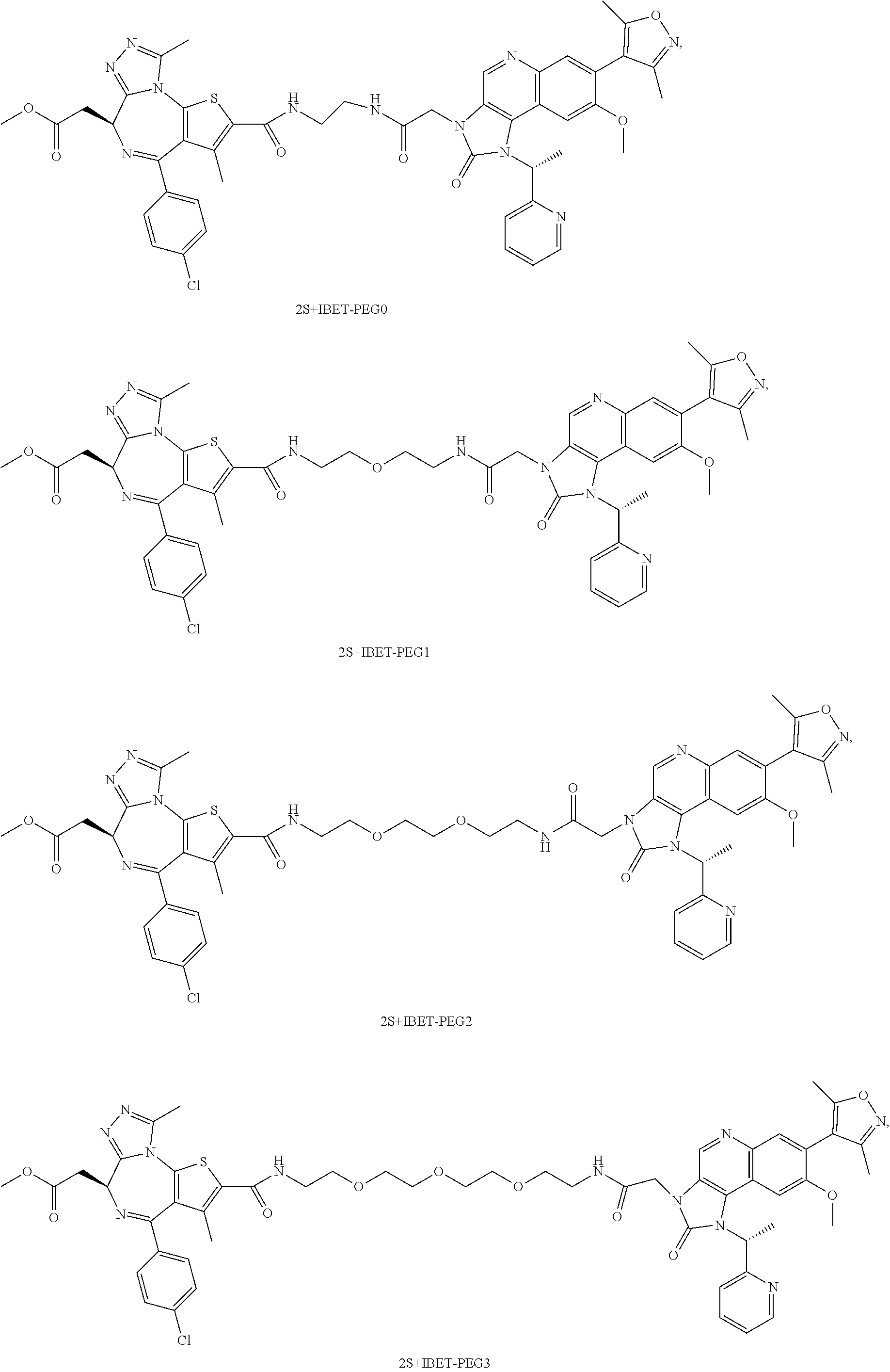
C00110
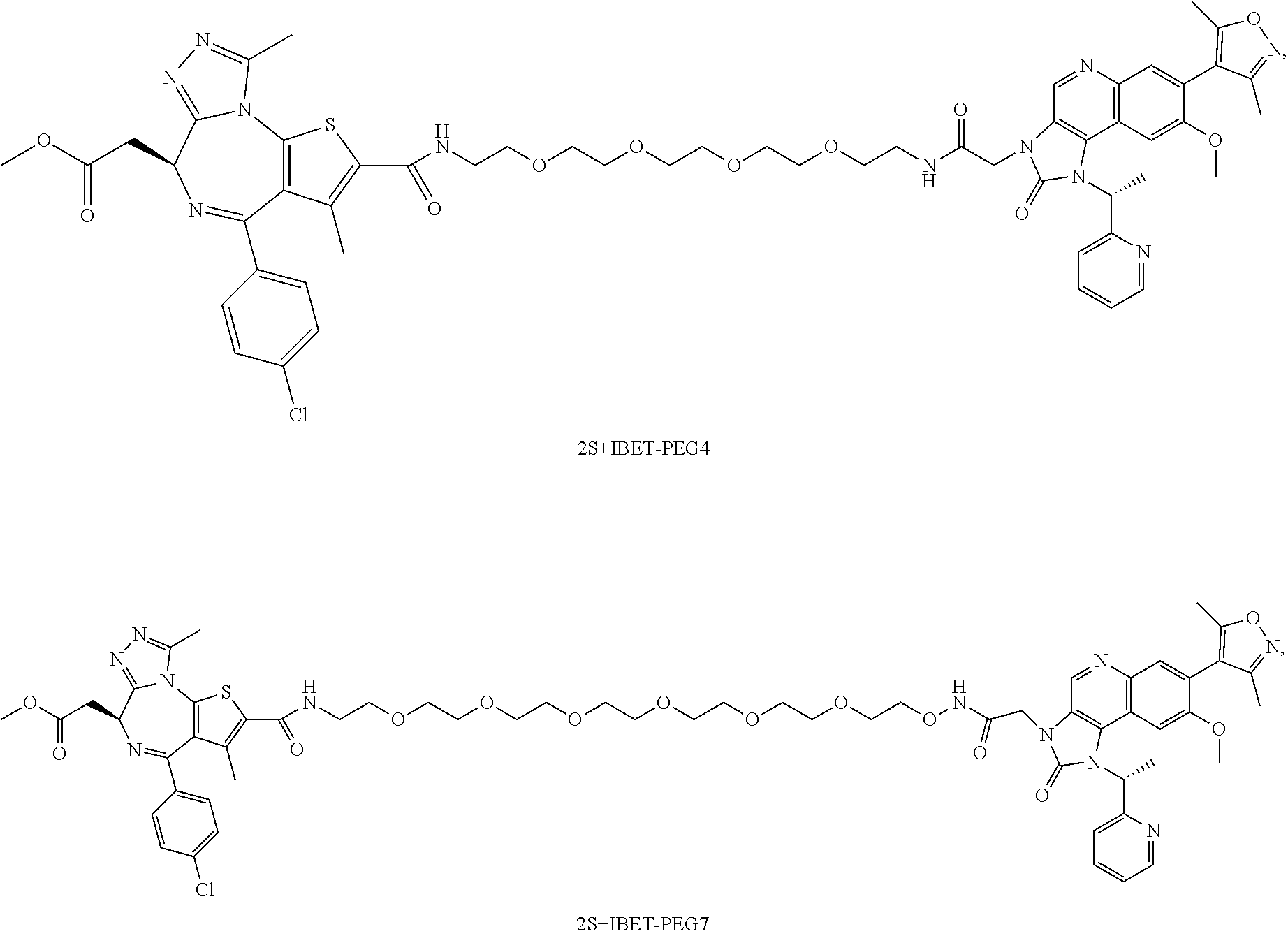
C00111
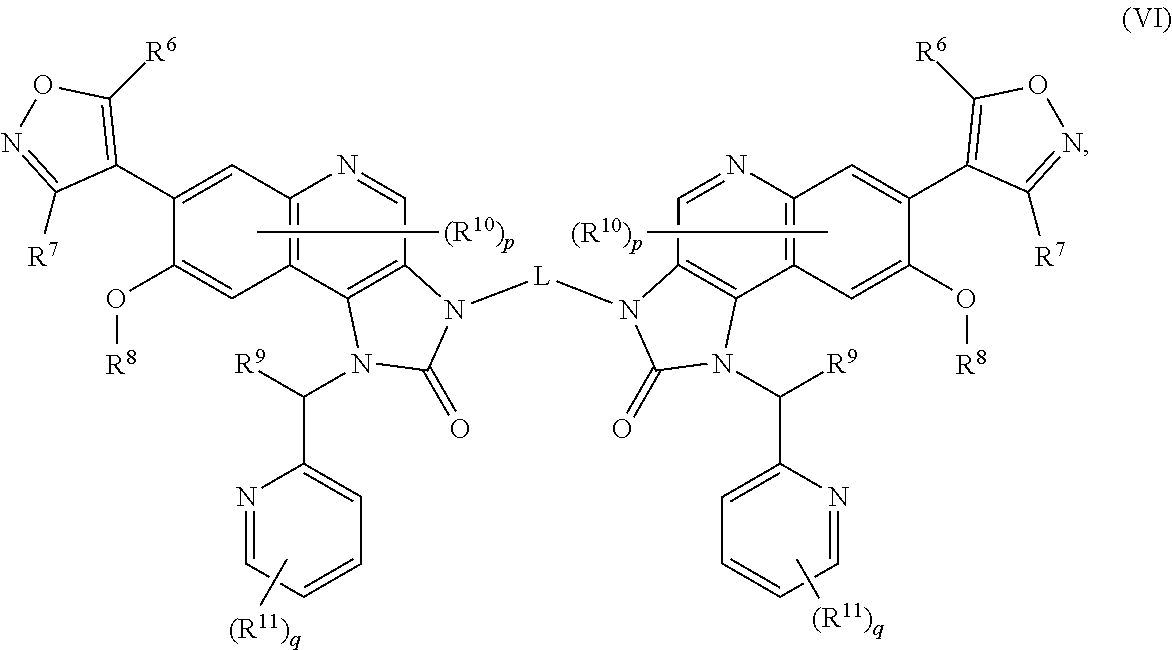
C00112
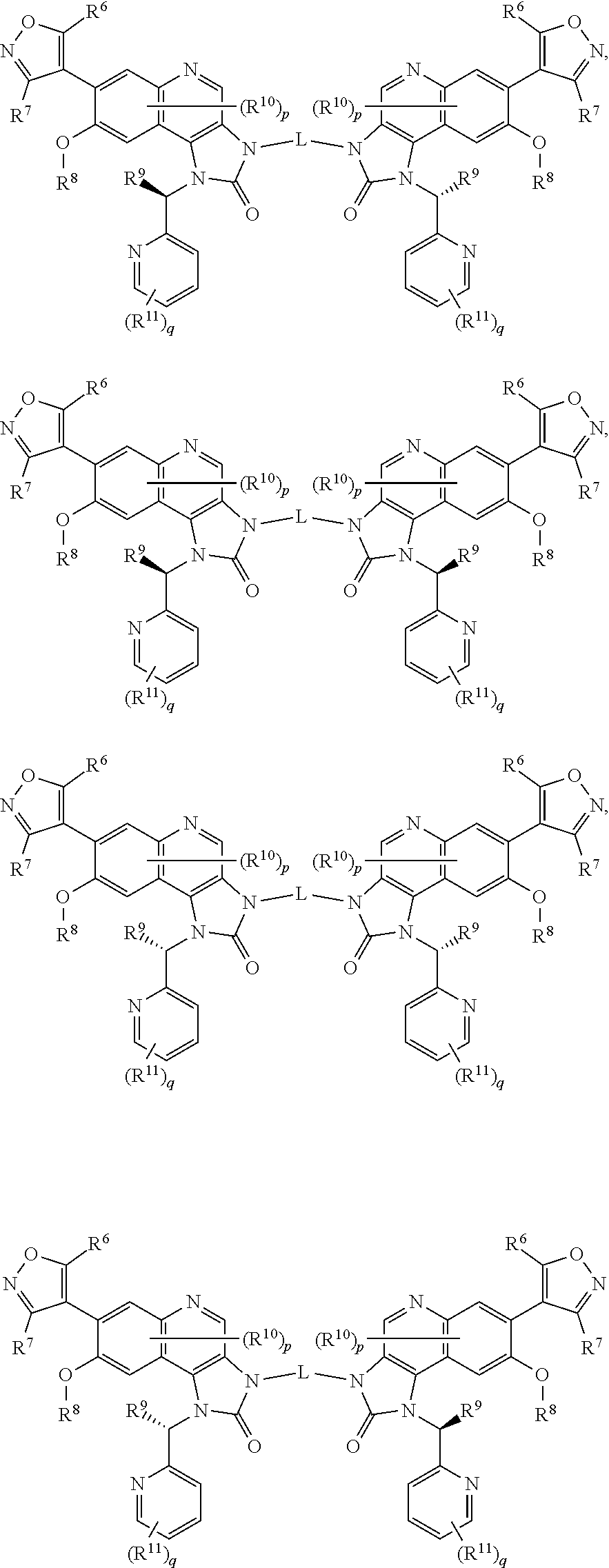
C00113
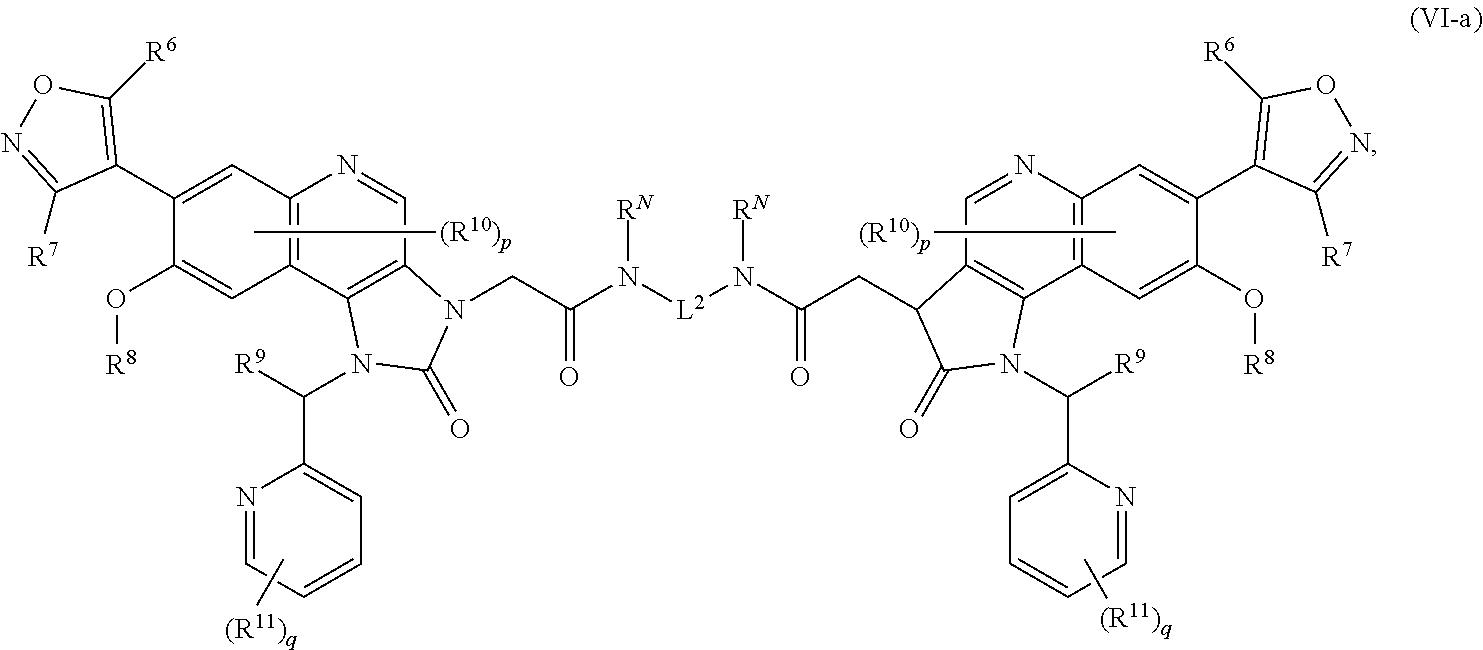
C00114
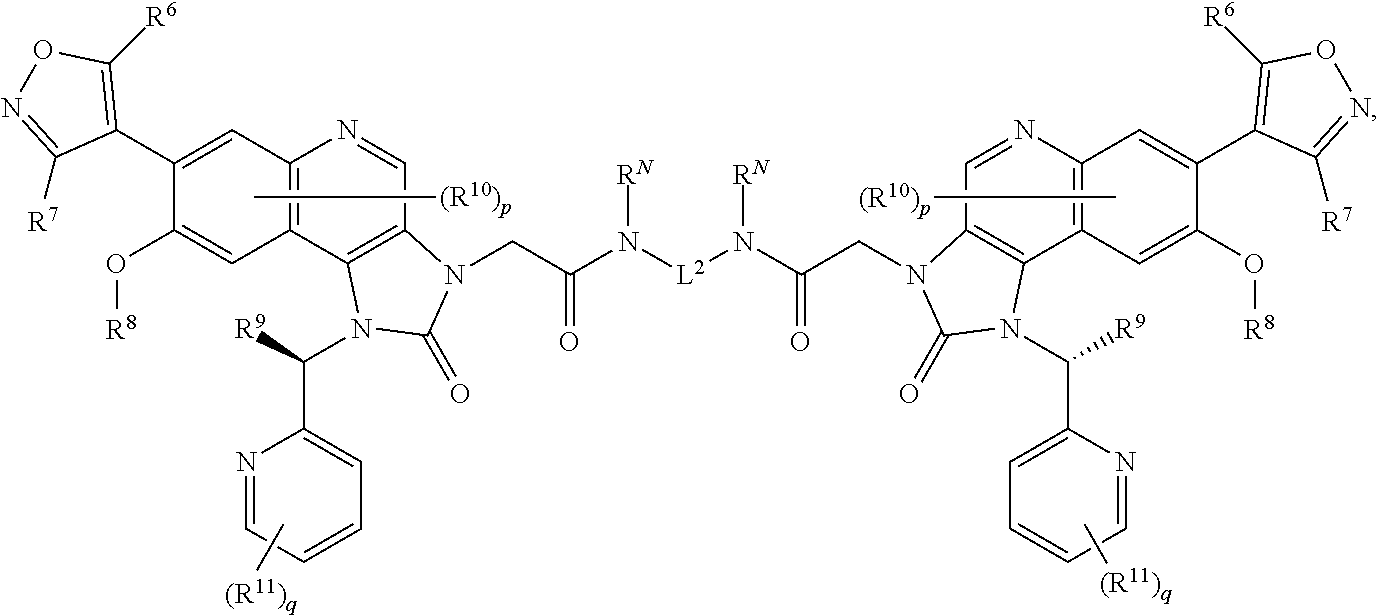
C00115
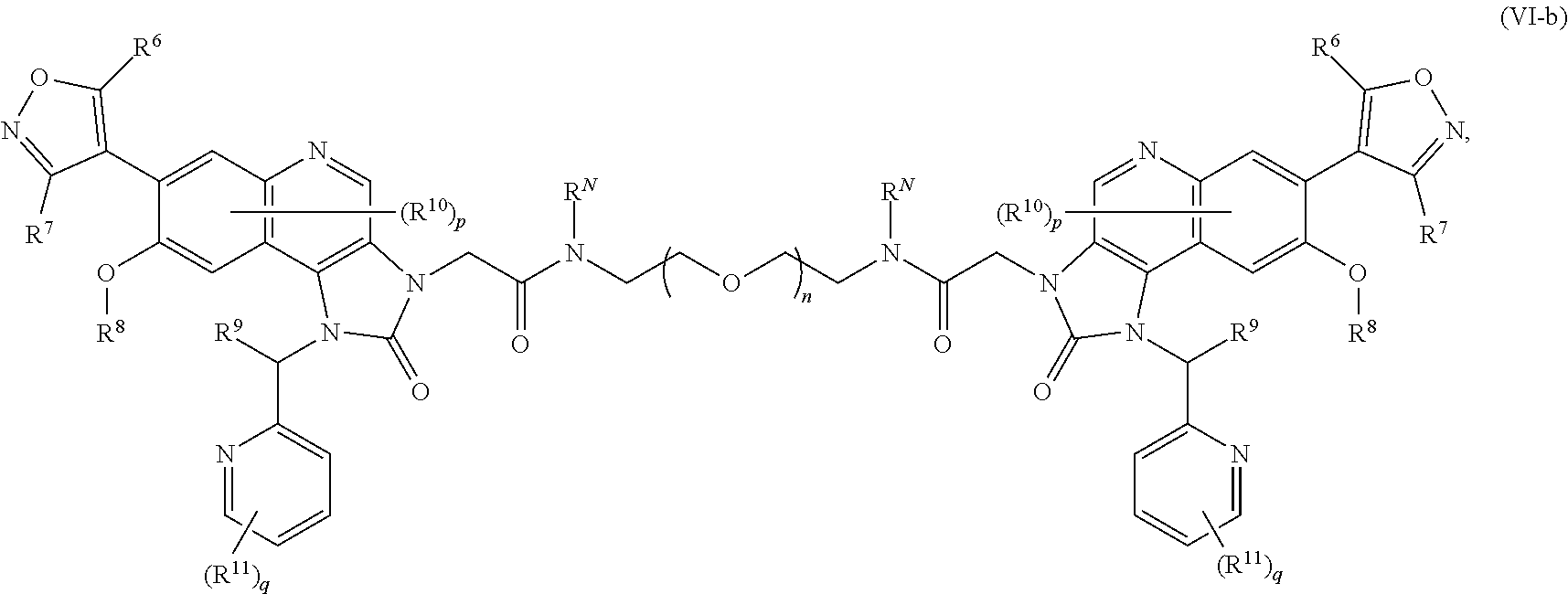
C00116
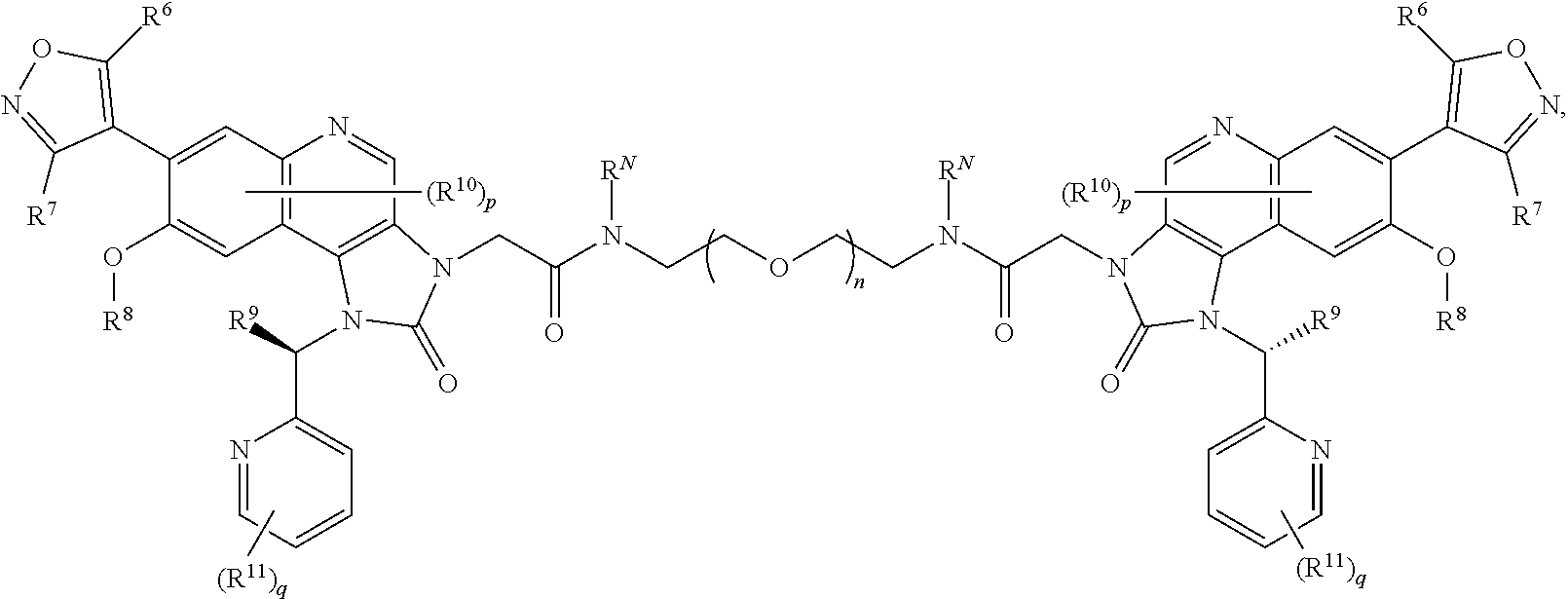
C00117
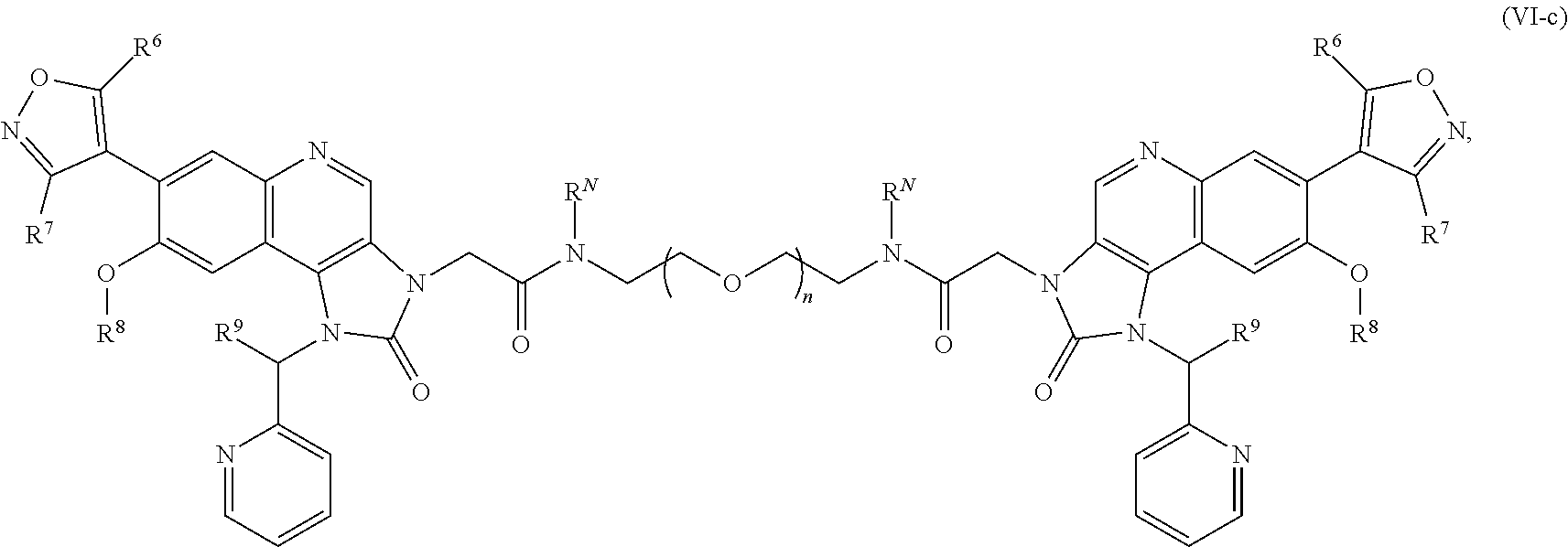
C00118
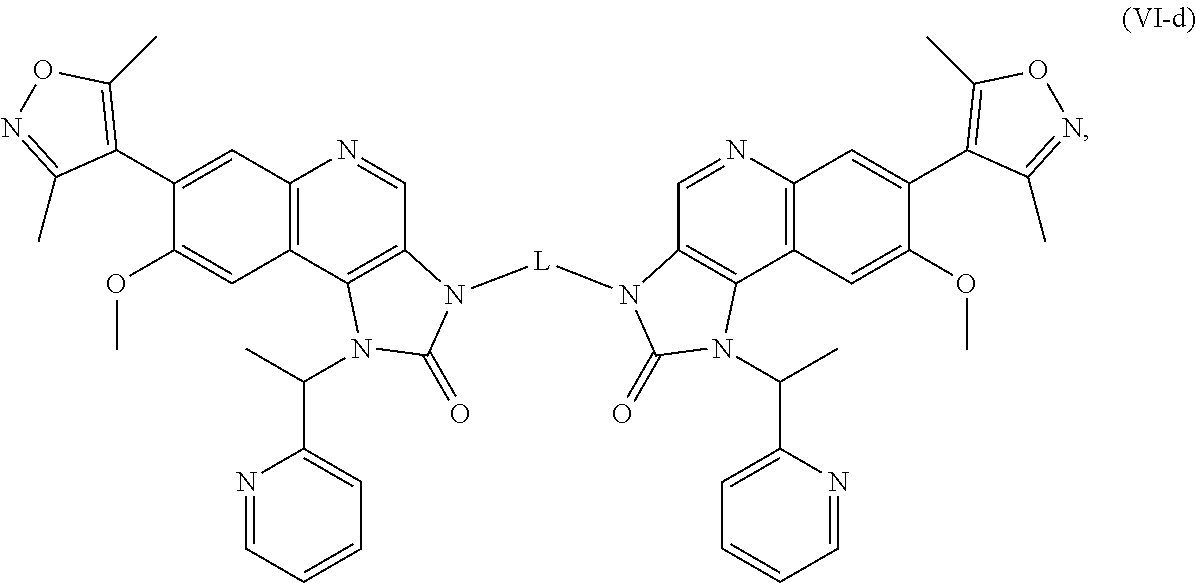
C00119
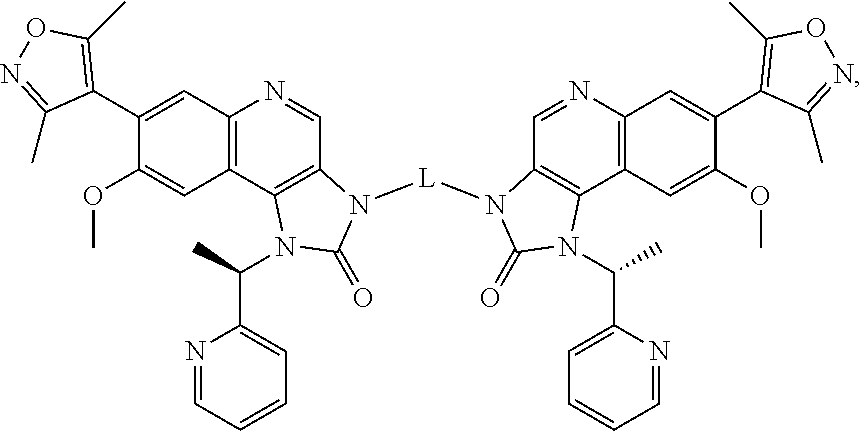
C00120
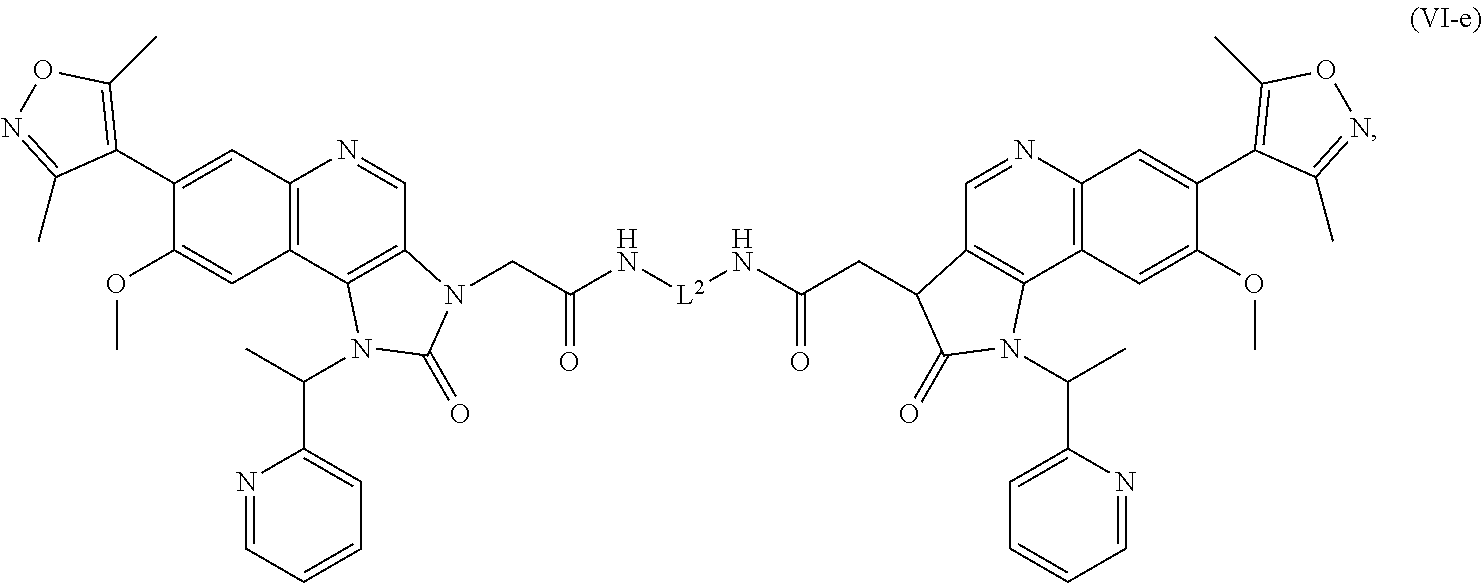
C00121
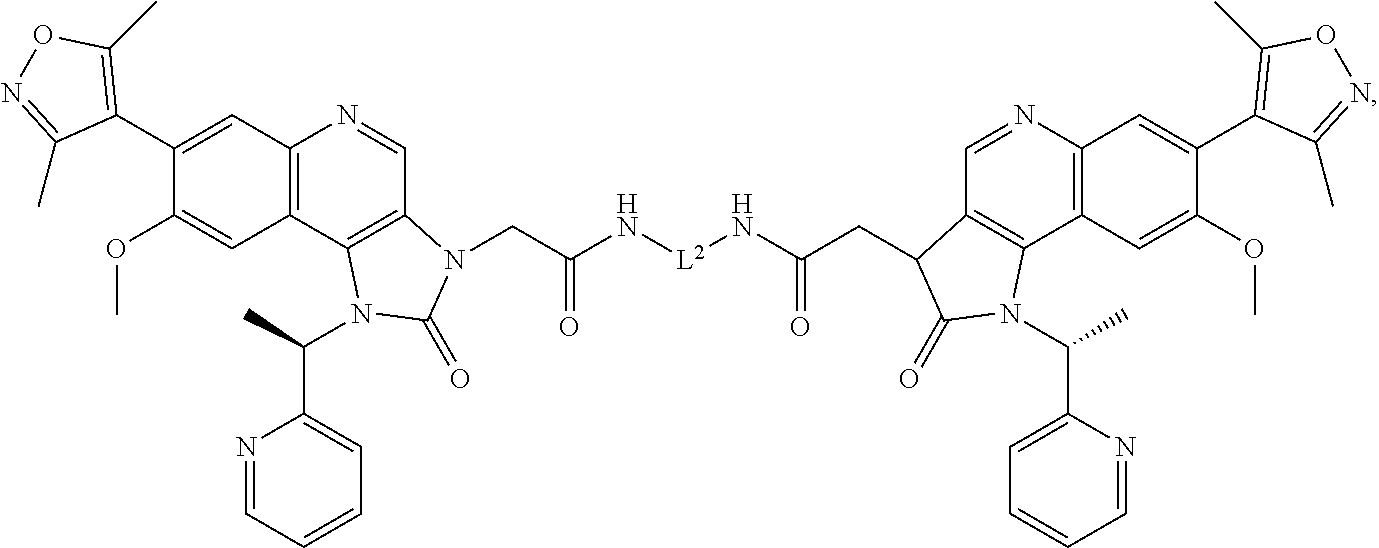
C00122
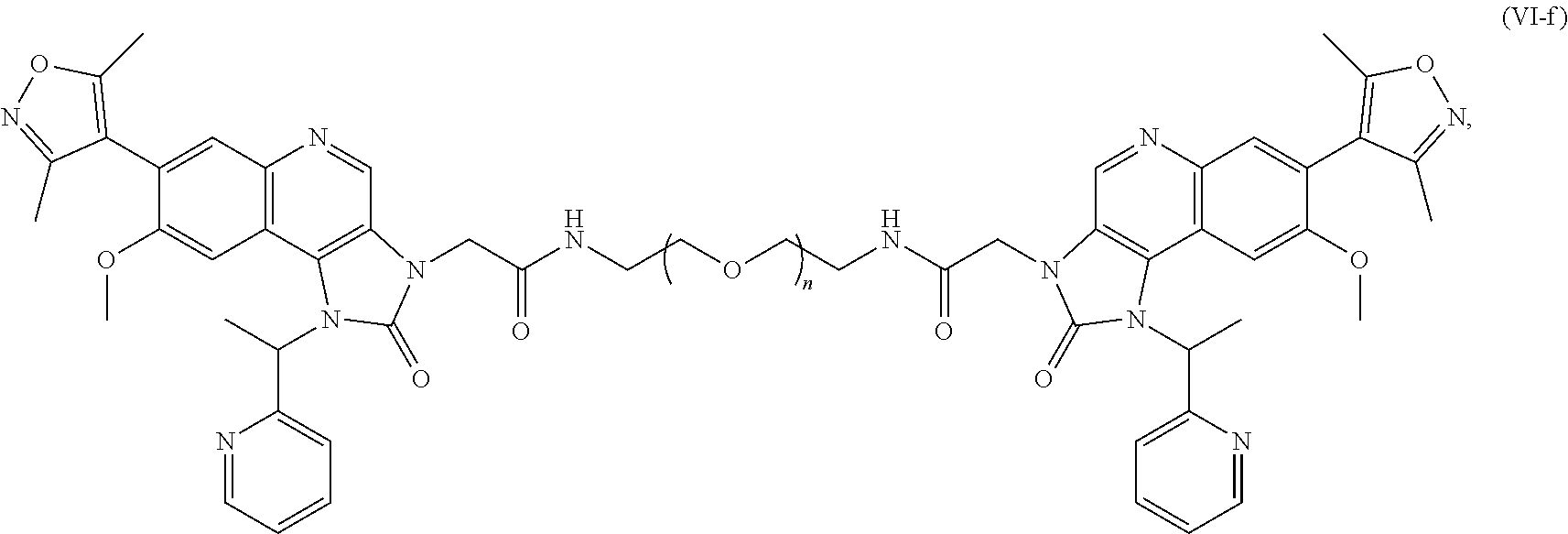
C00123
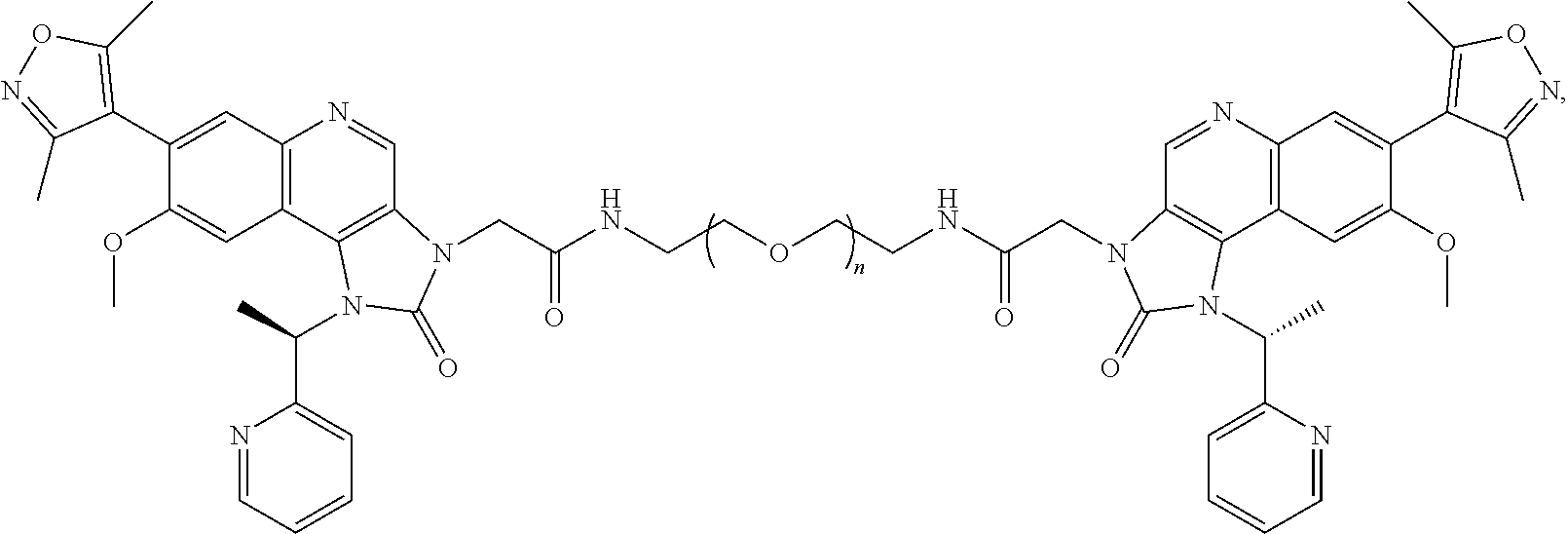
C00124
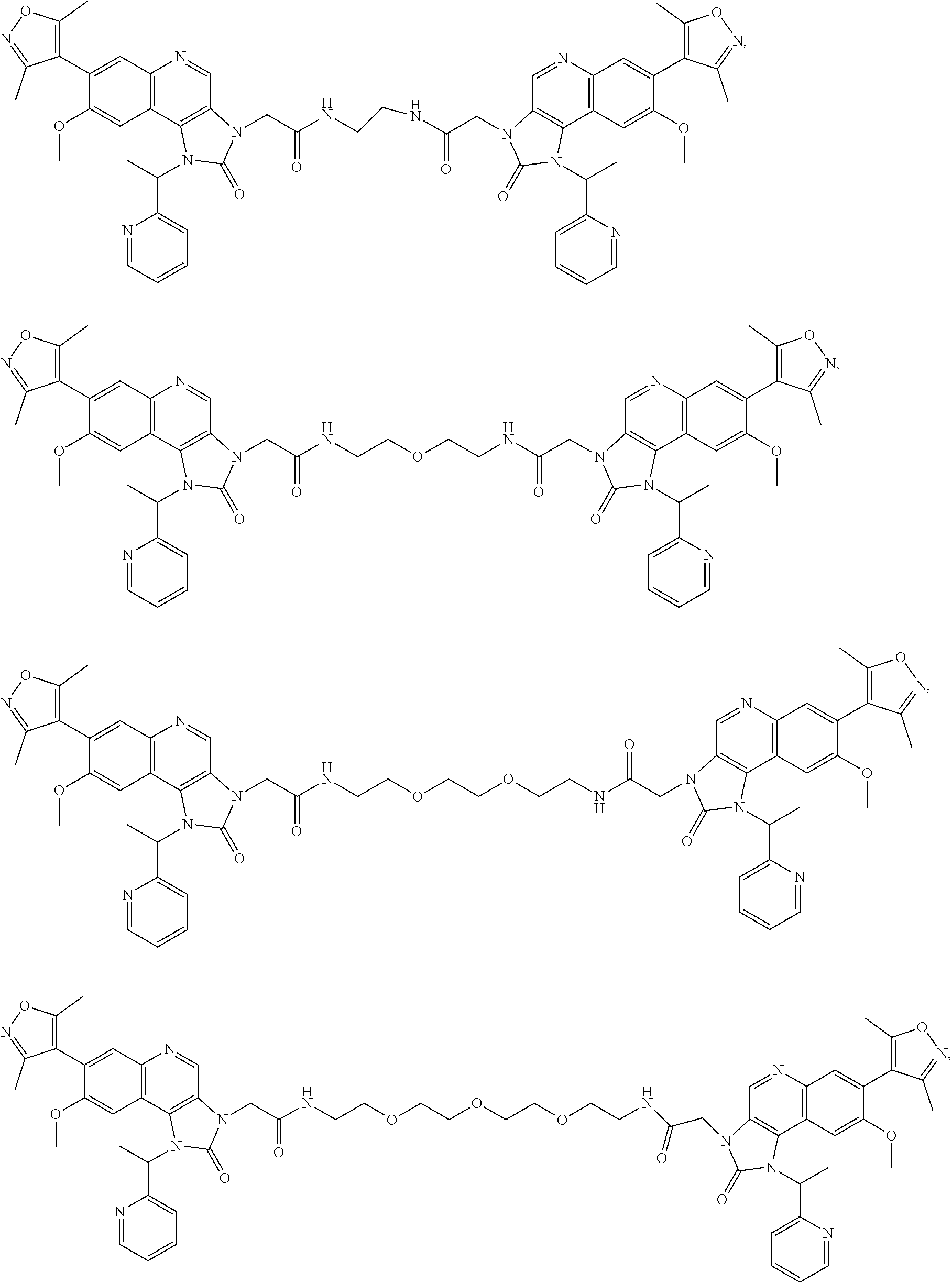
C00125
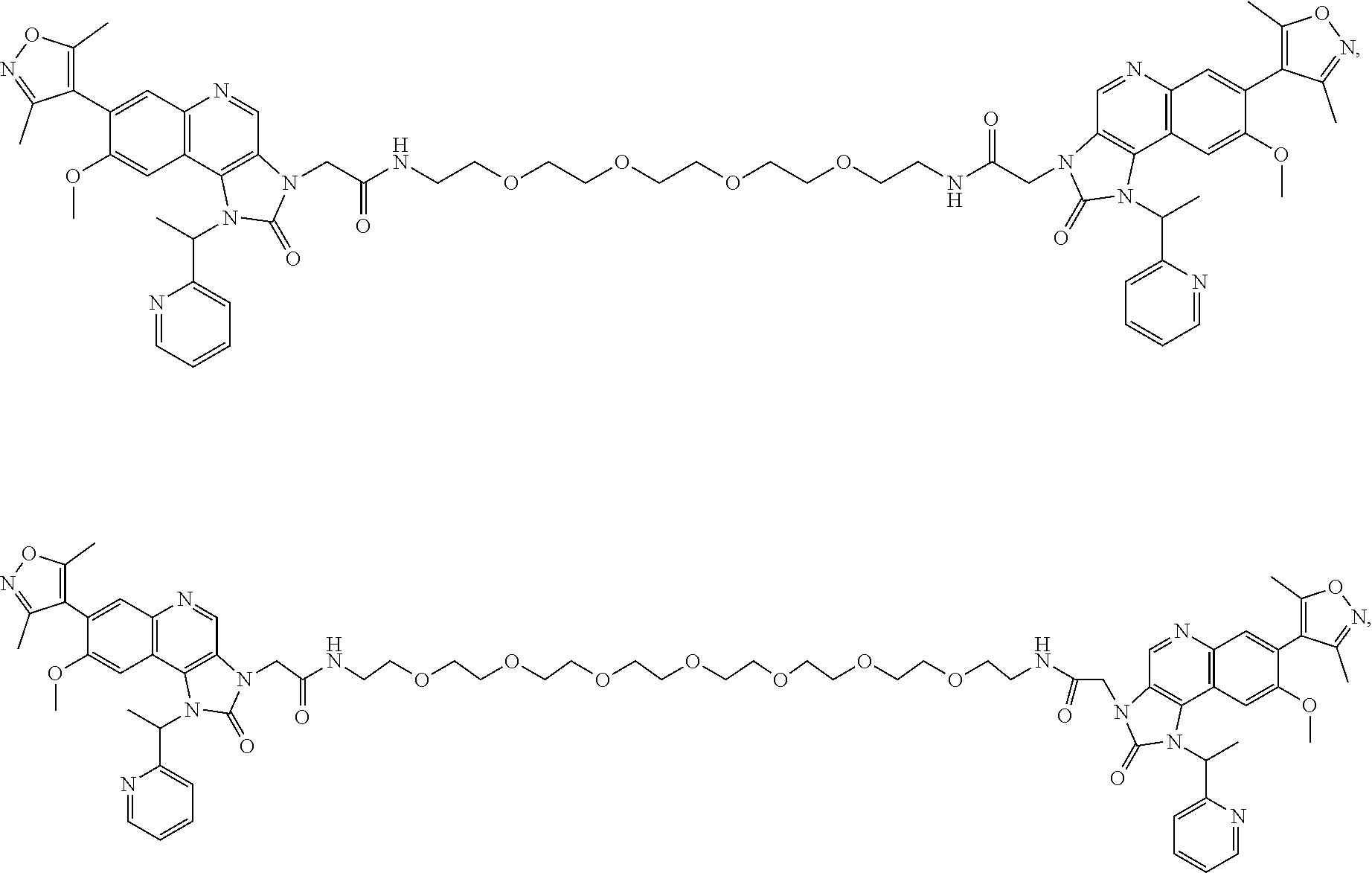
C00126
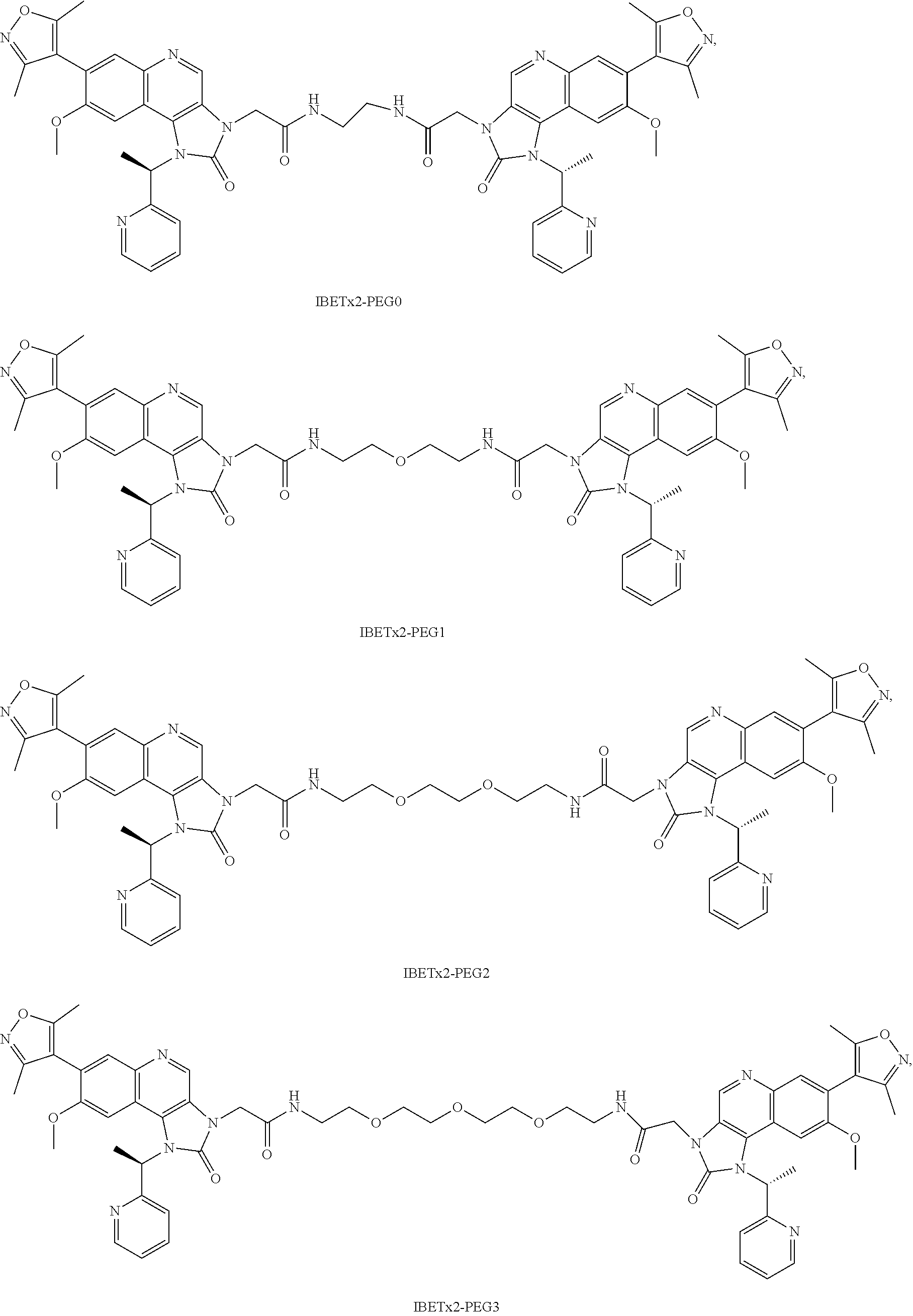
C00127
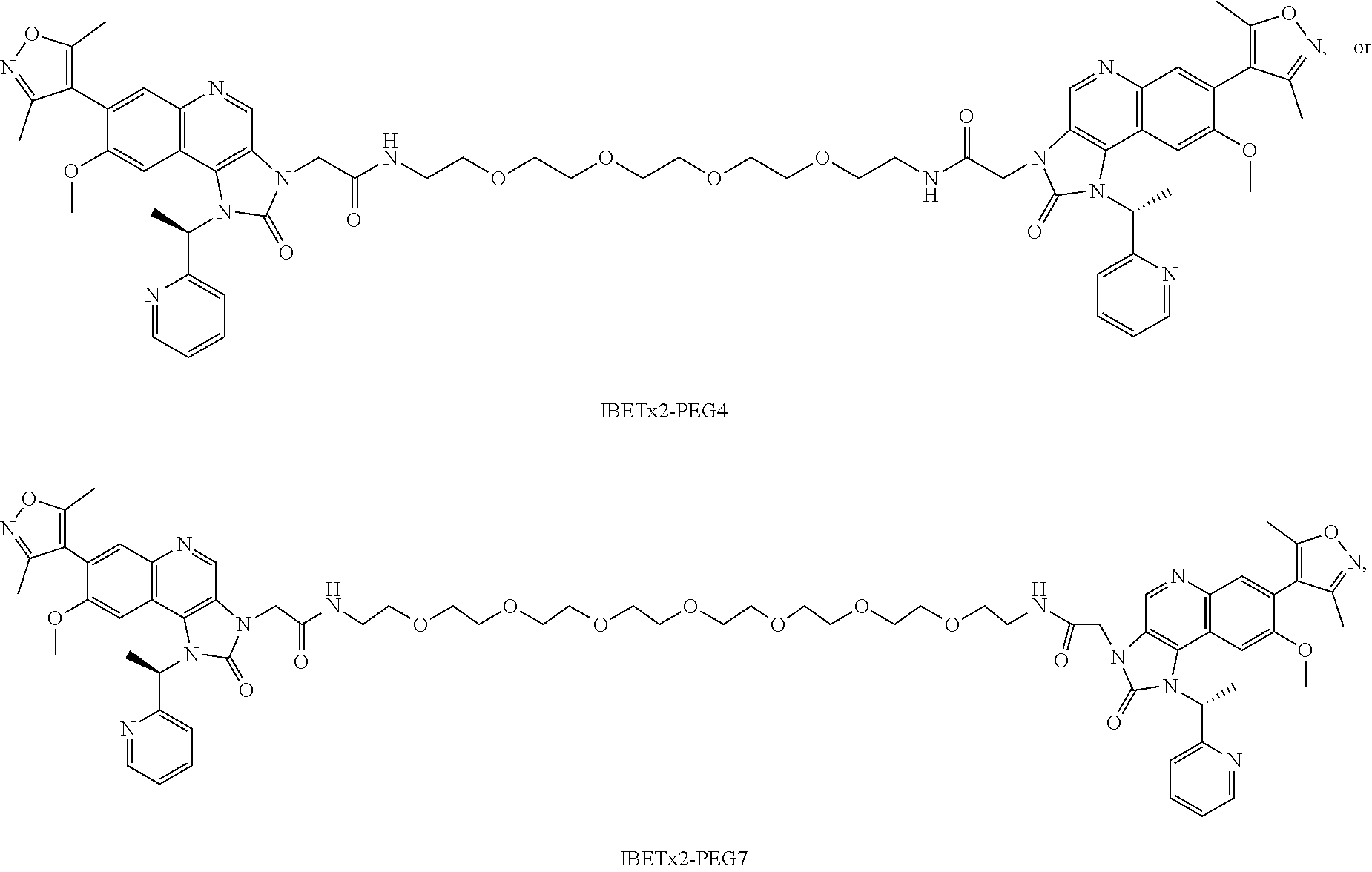
C00128
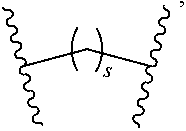
C00129

C00130
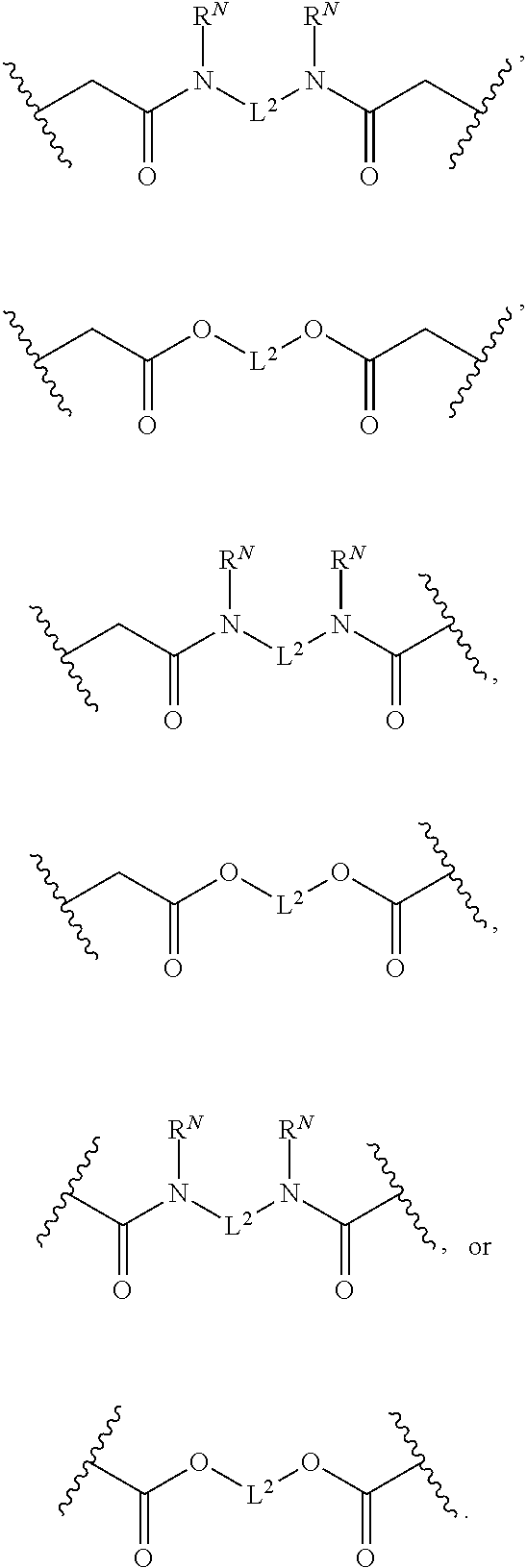
C00131
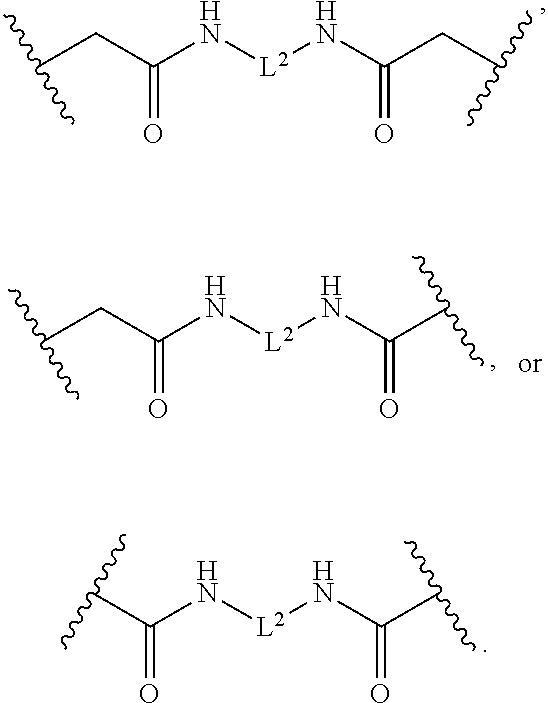
C00132
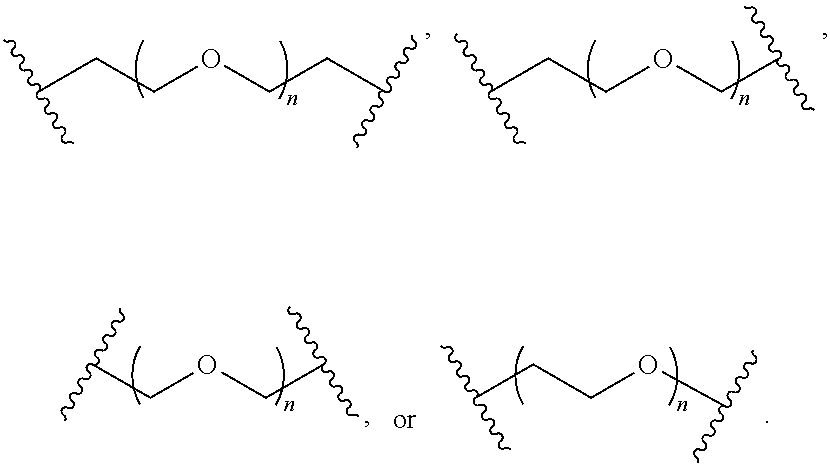
C00133
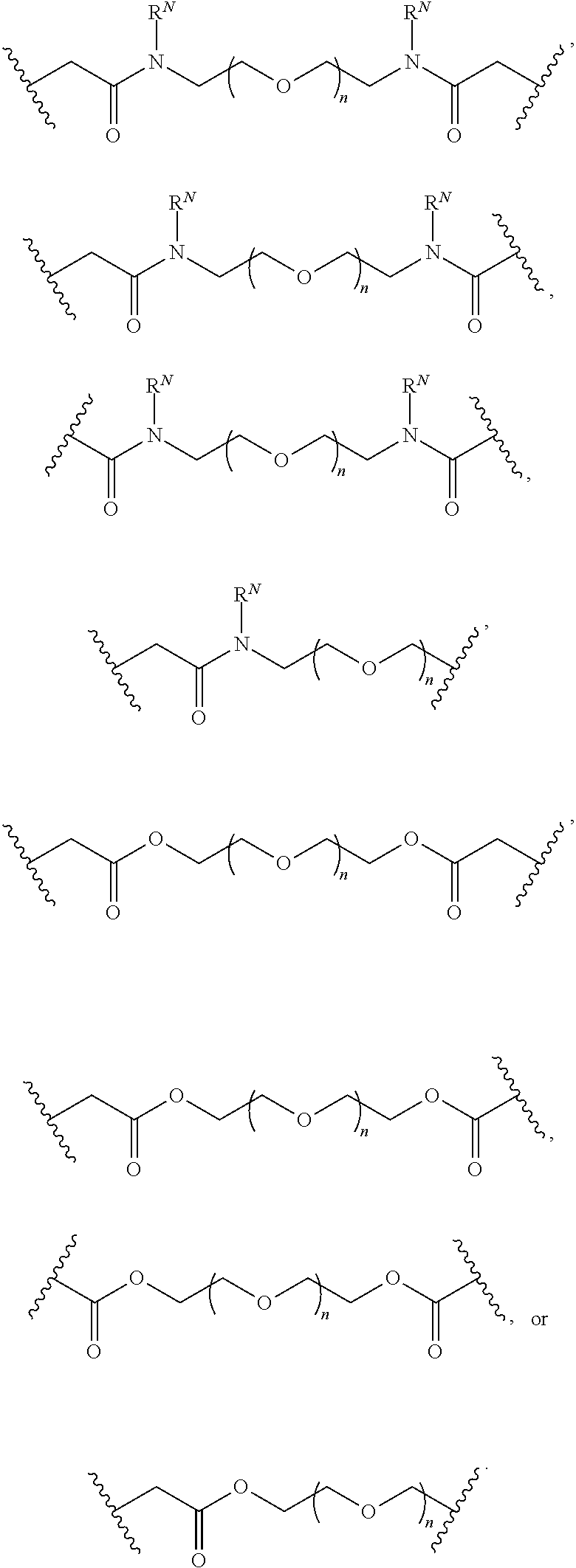
C00134
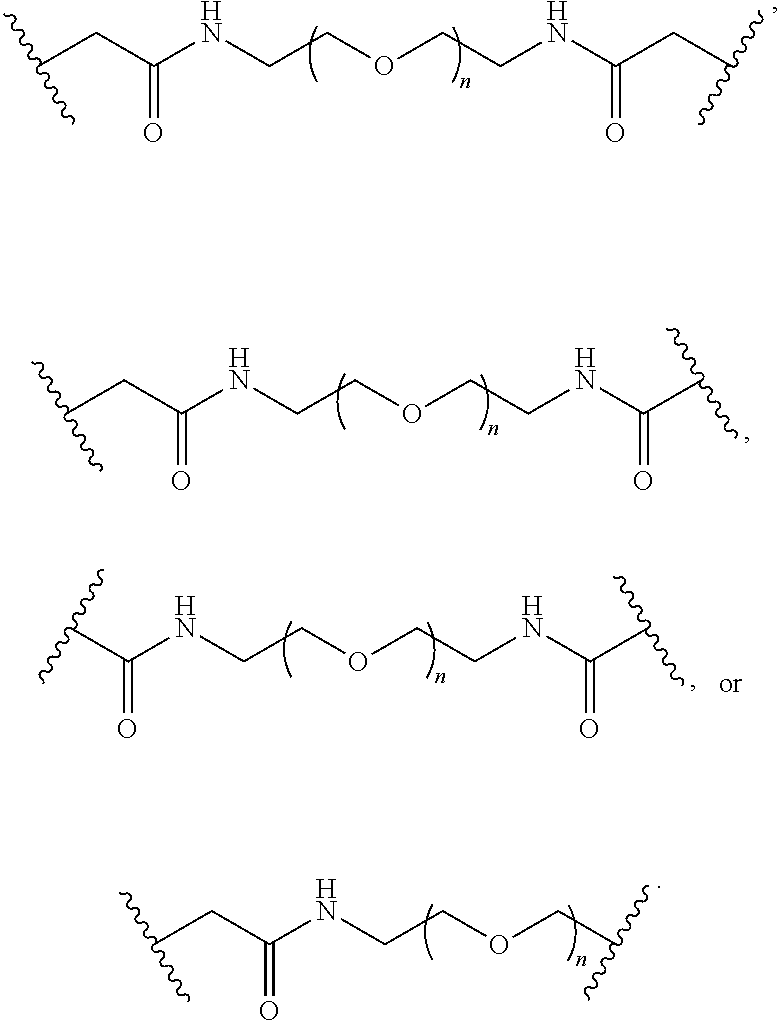
C00135
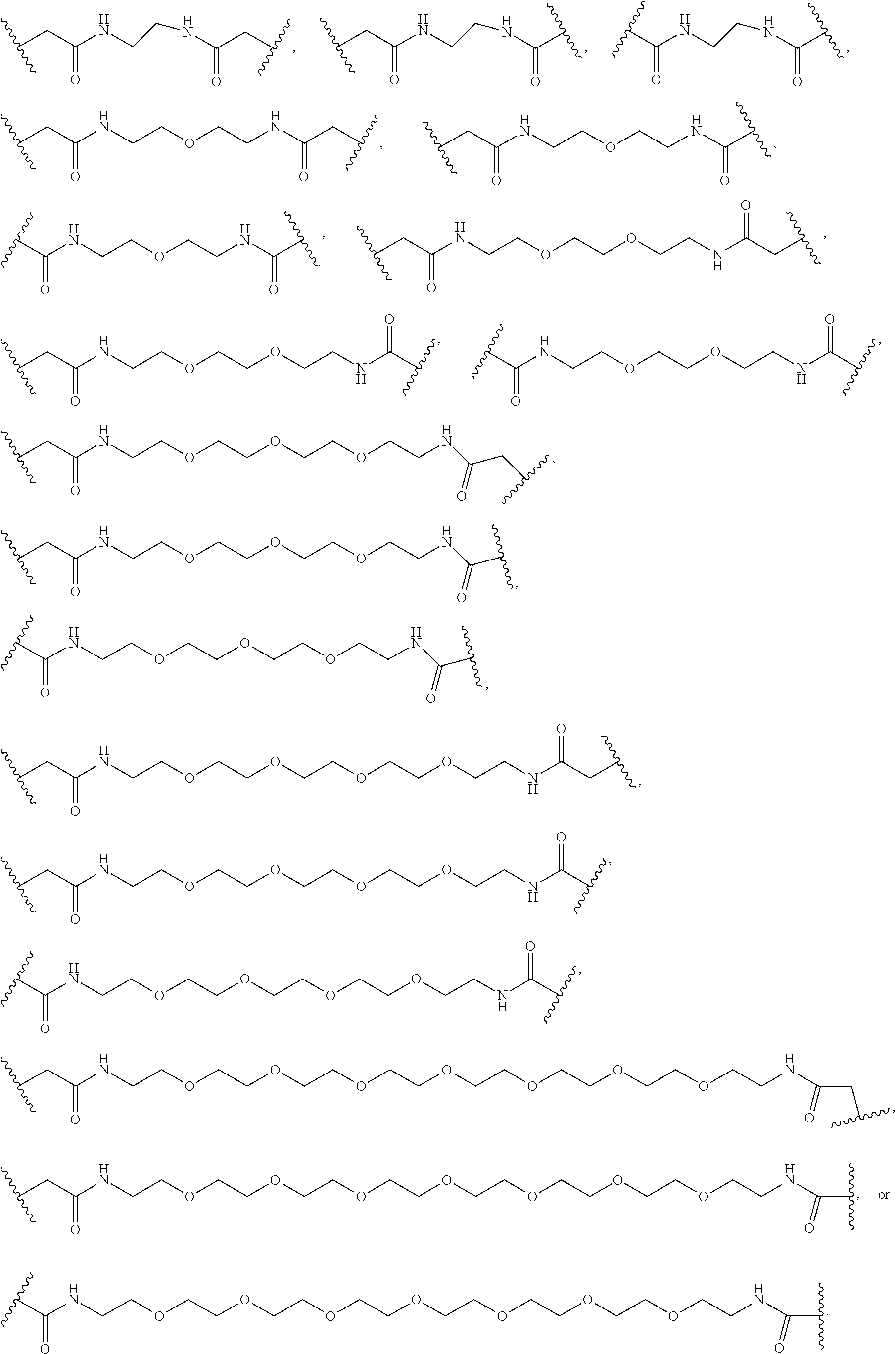
C00136
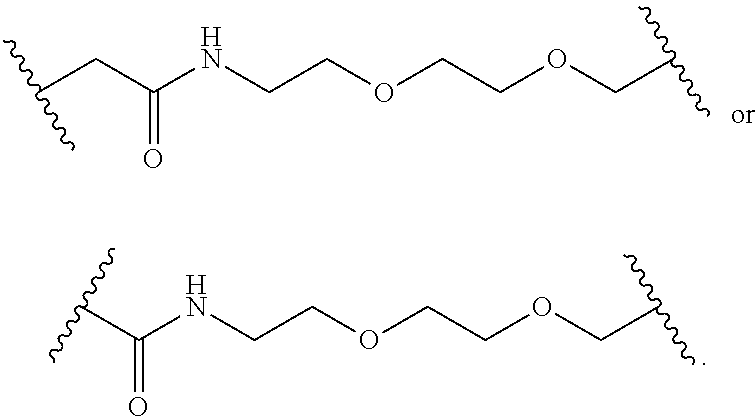
C00137
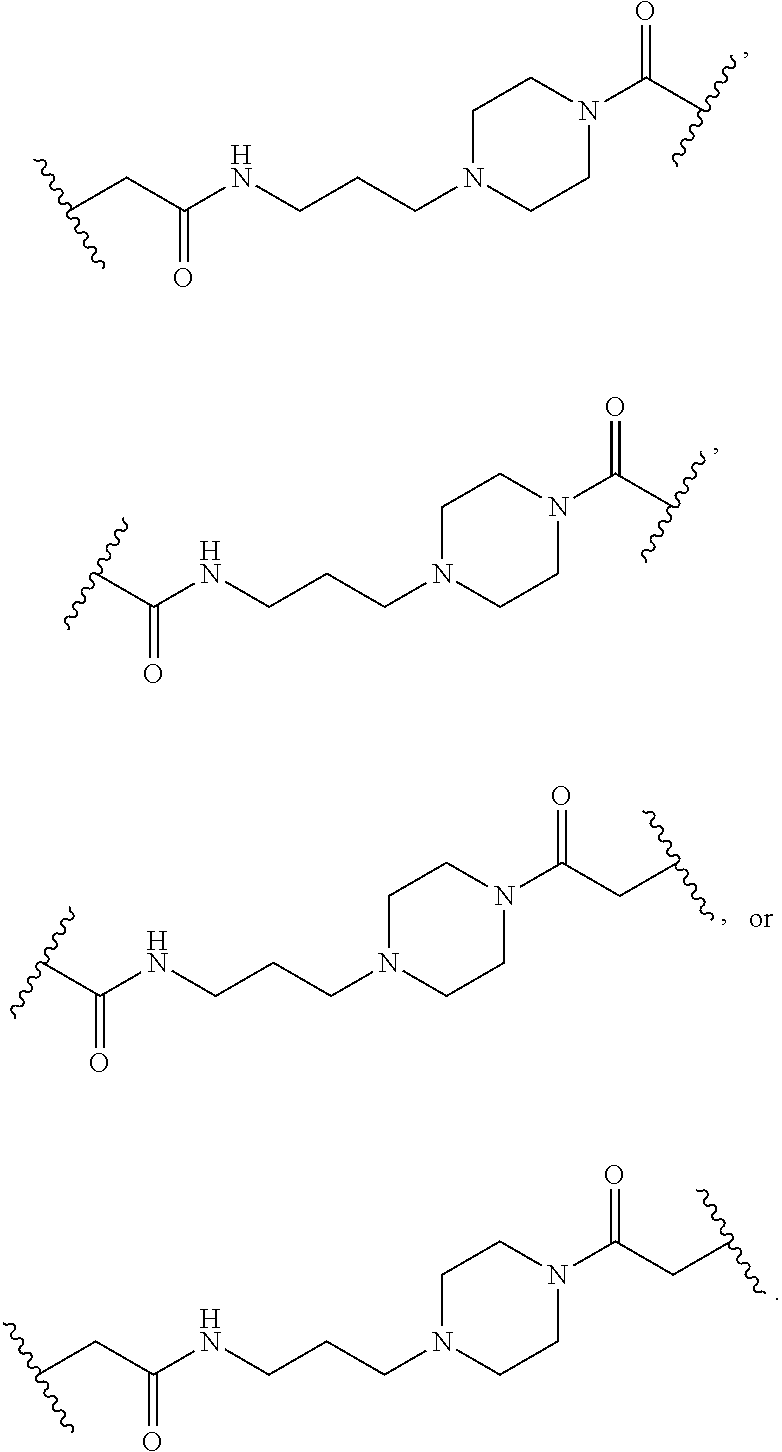
C00138
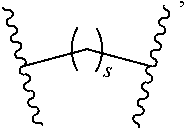
C00139
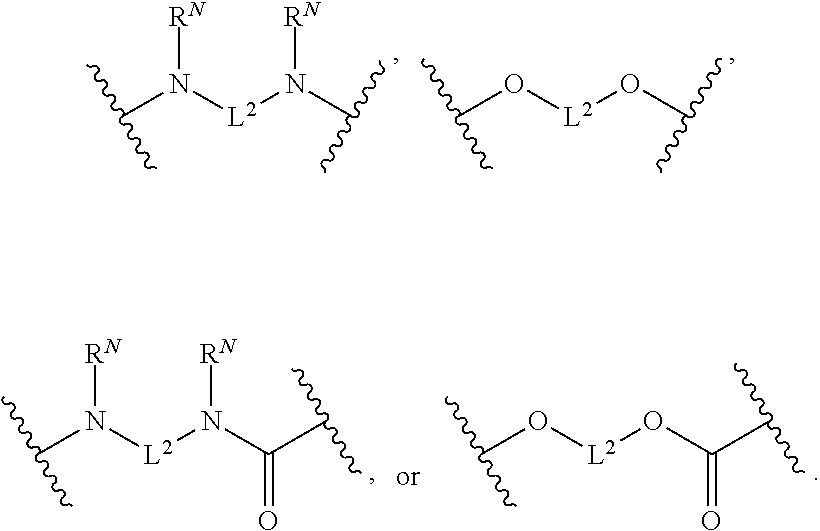
C00140

C00141
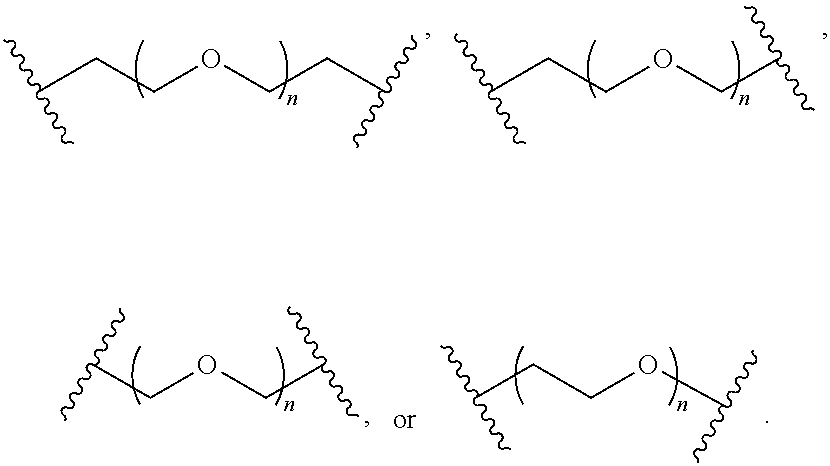
C00142
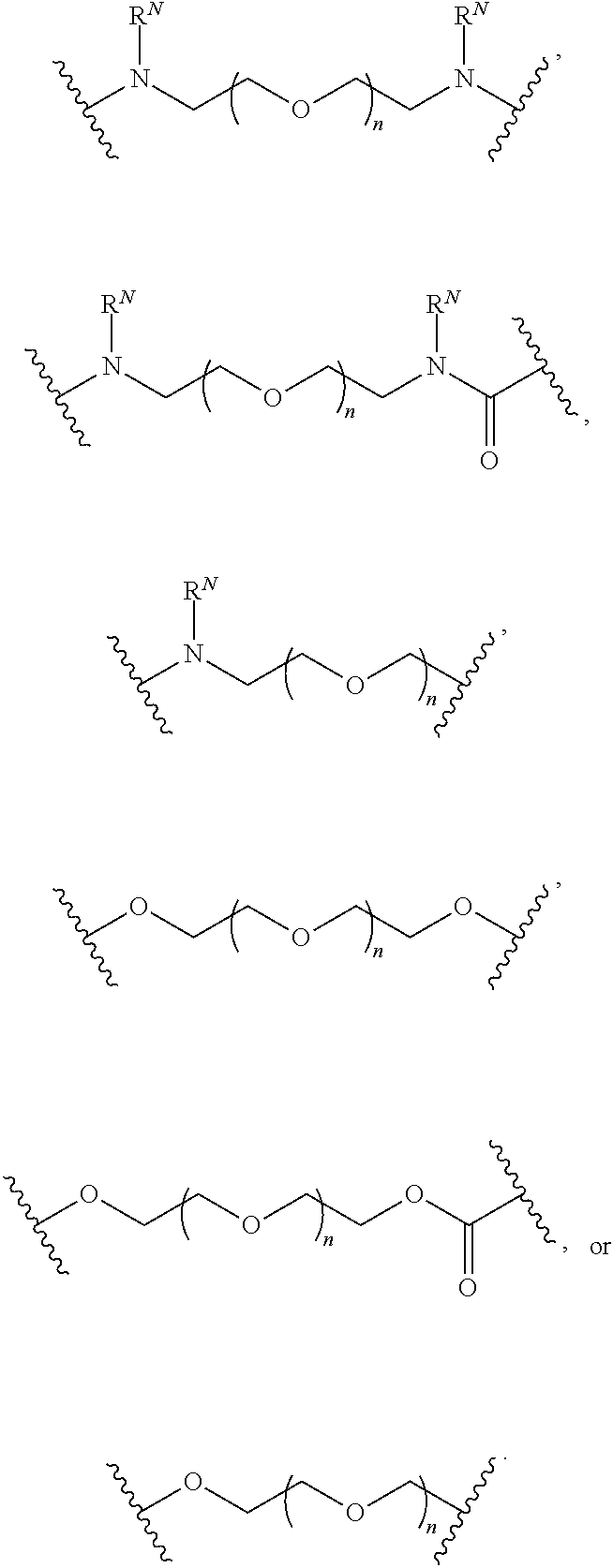
C00143
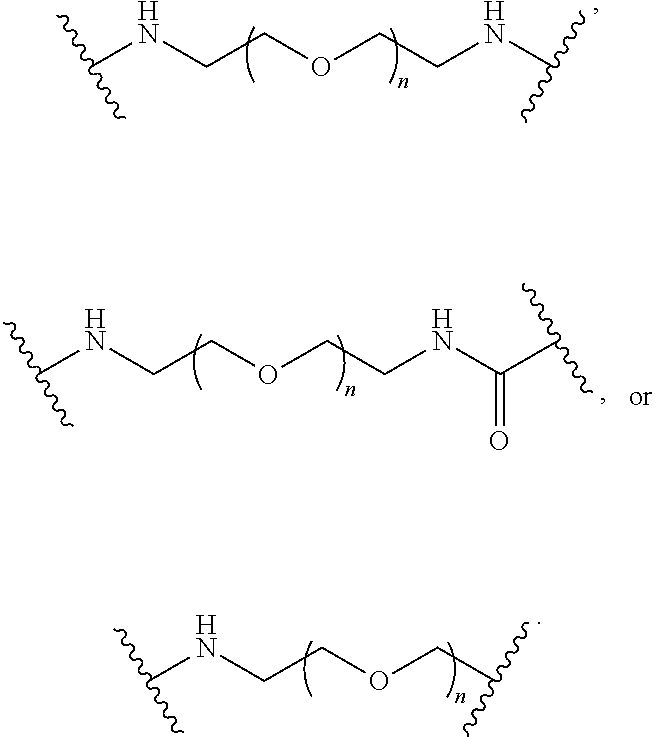
C00144
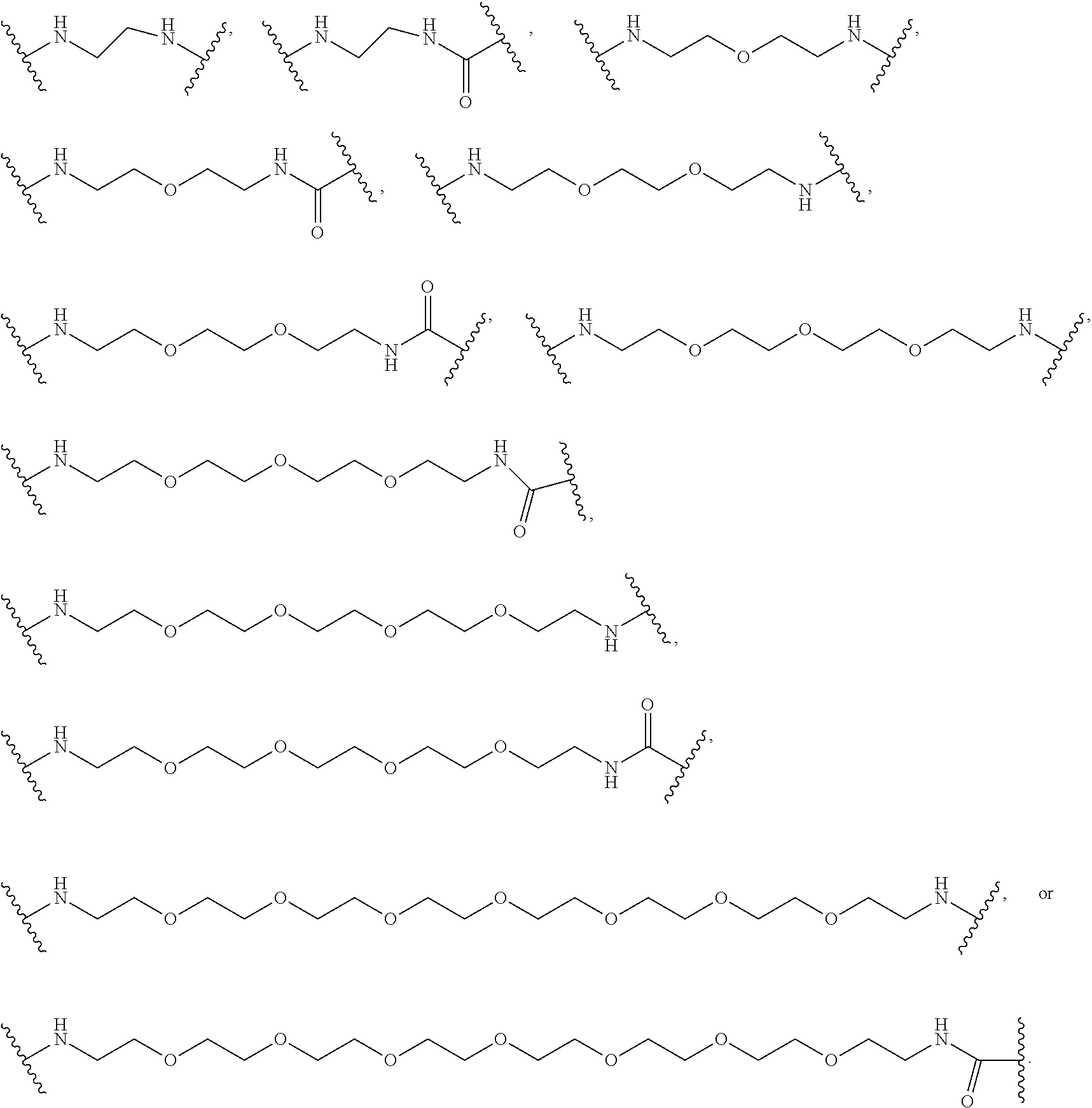
C00145
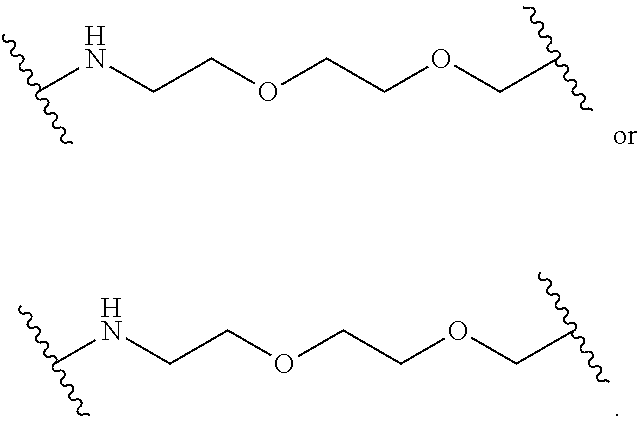
C00146
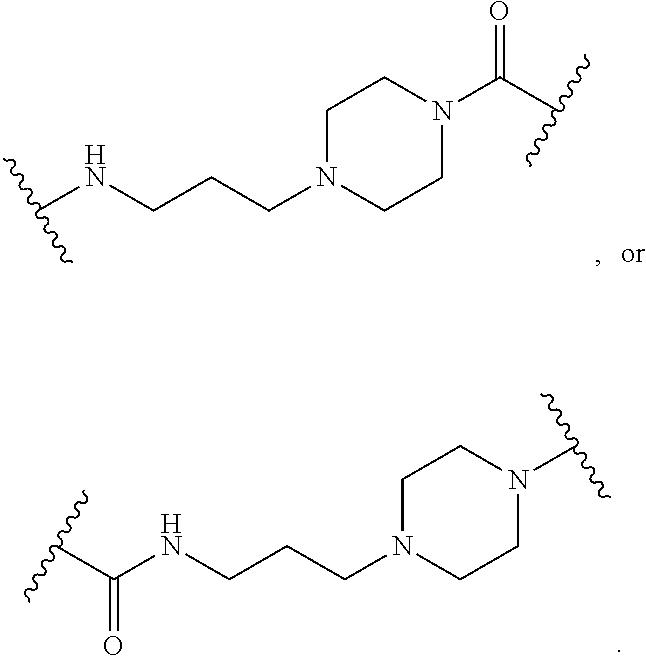
C00147
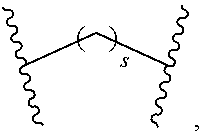
C00148
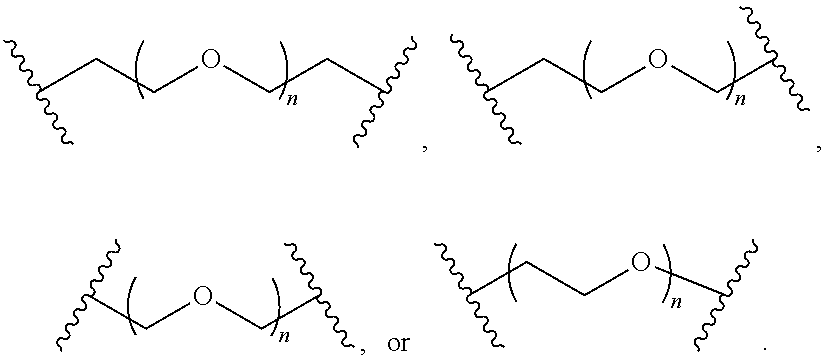
C00149
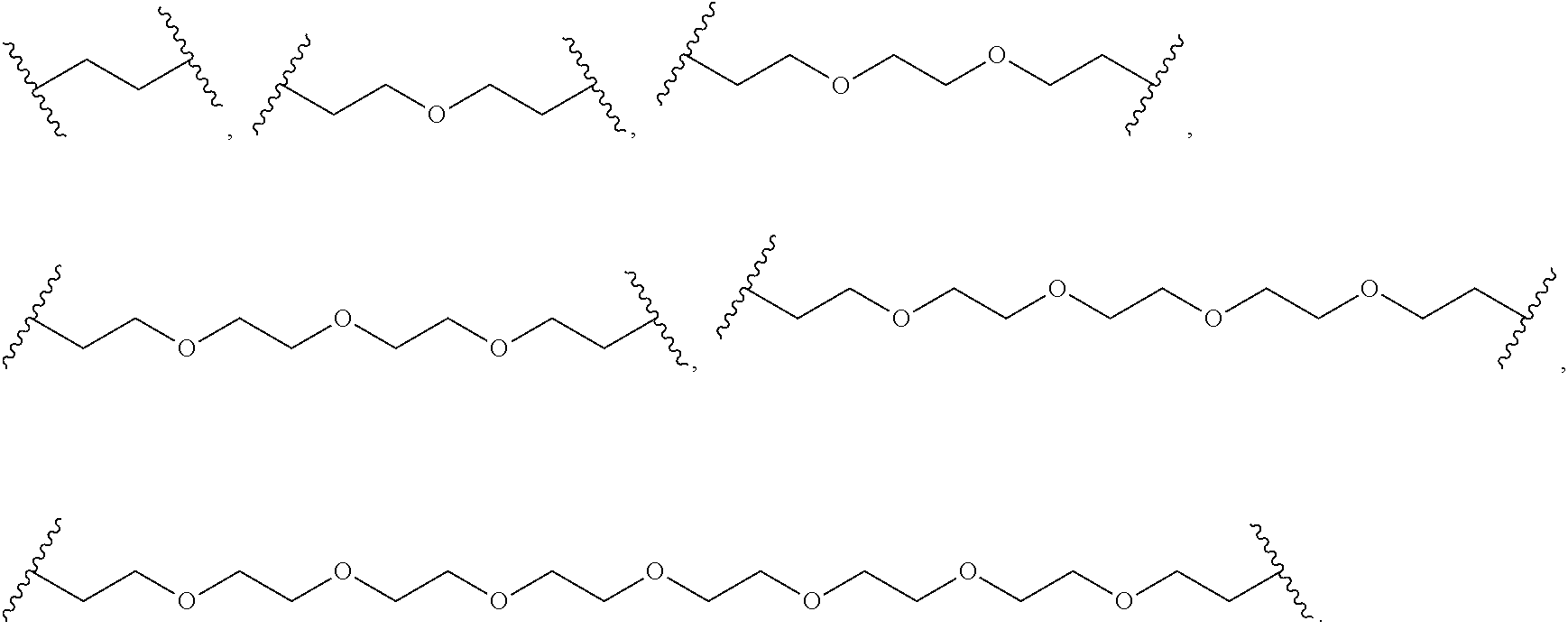
C00150
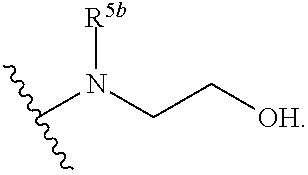
C00151
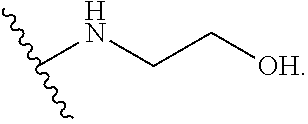
C00152
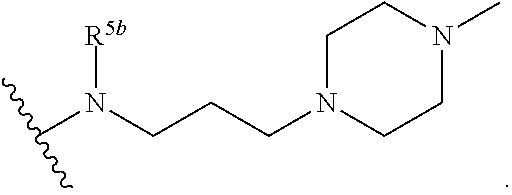
C00153
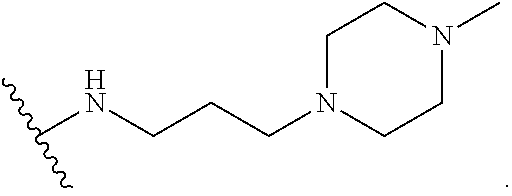
C00154
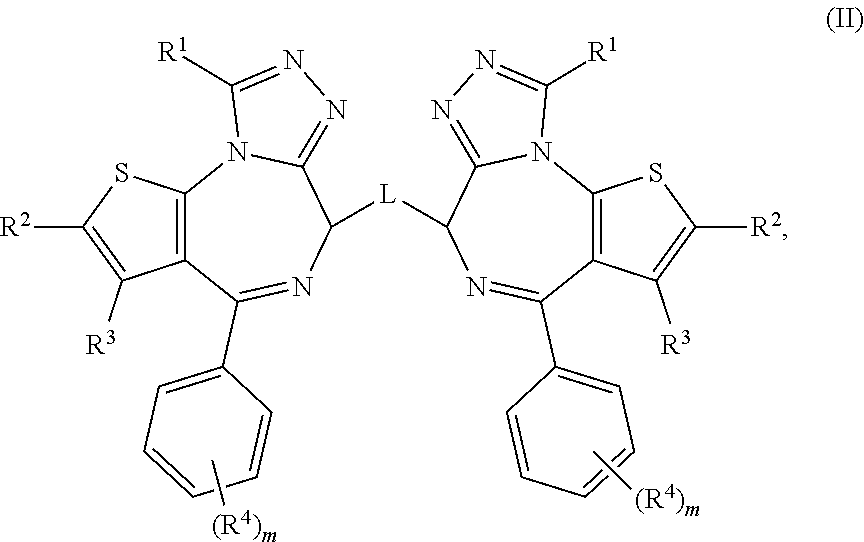
C00155
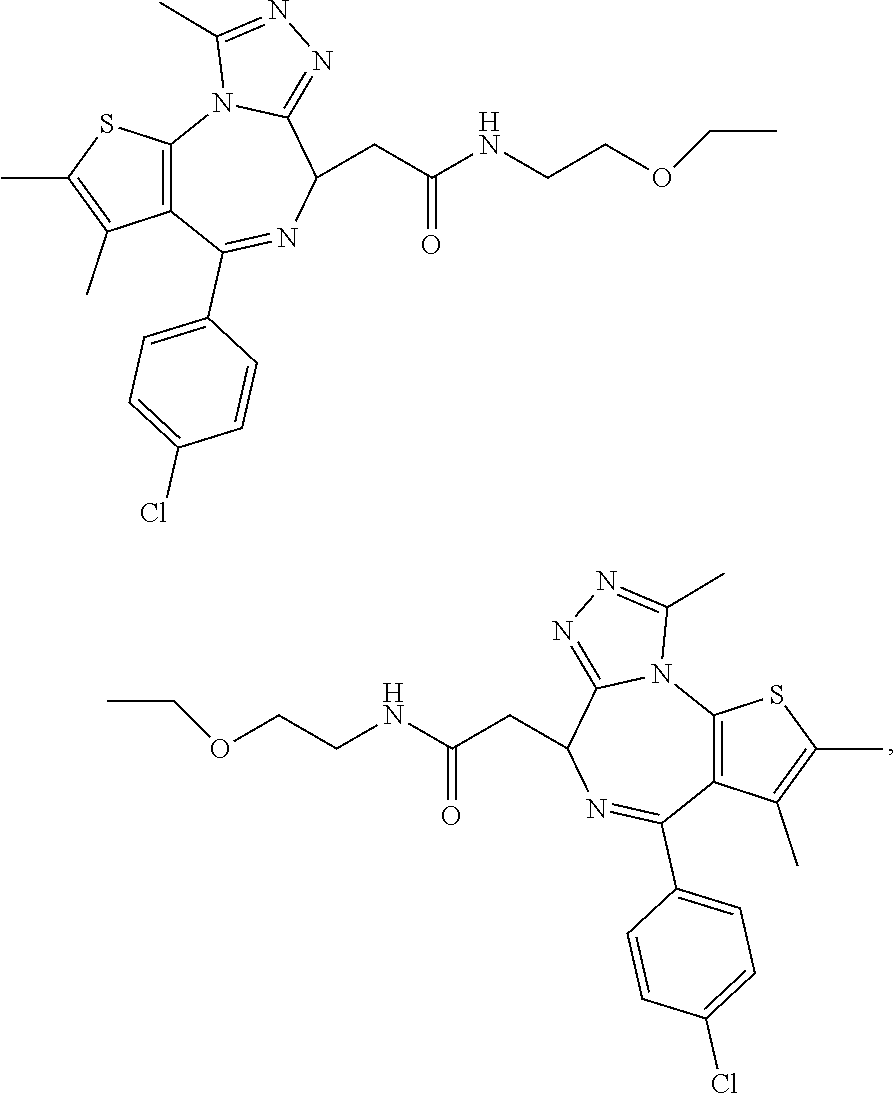
C00156
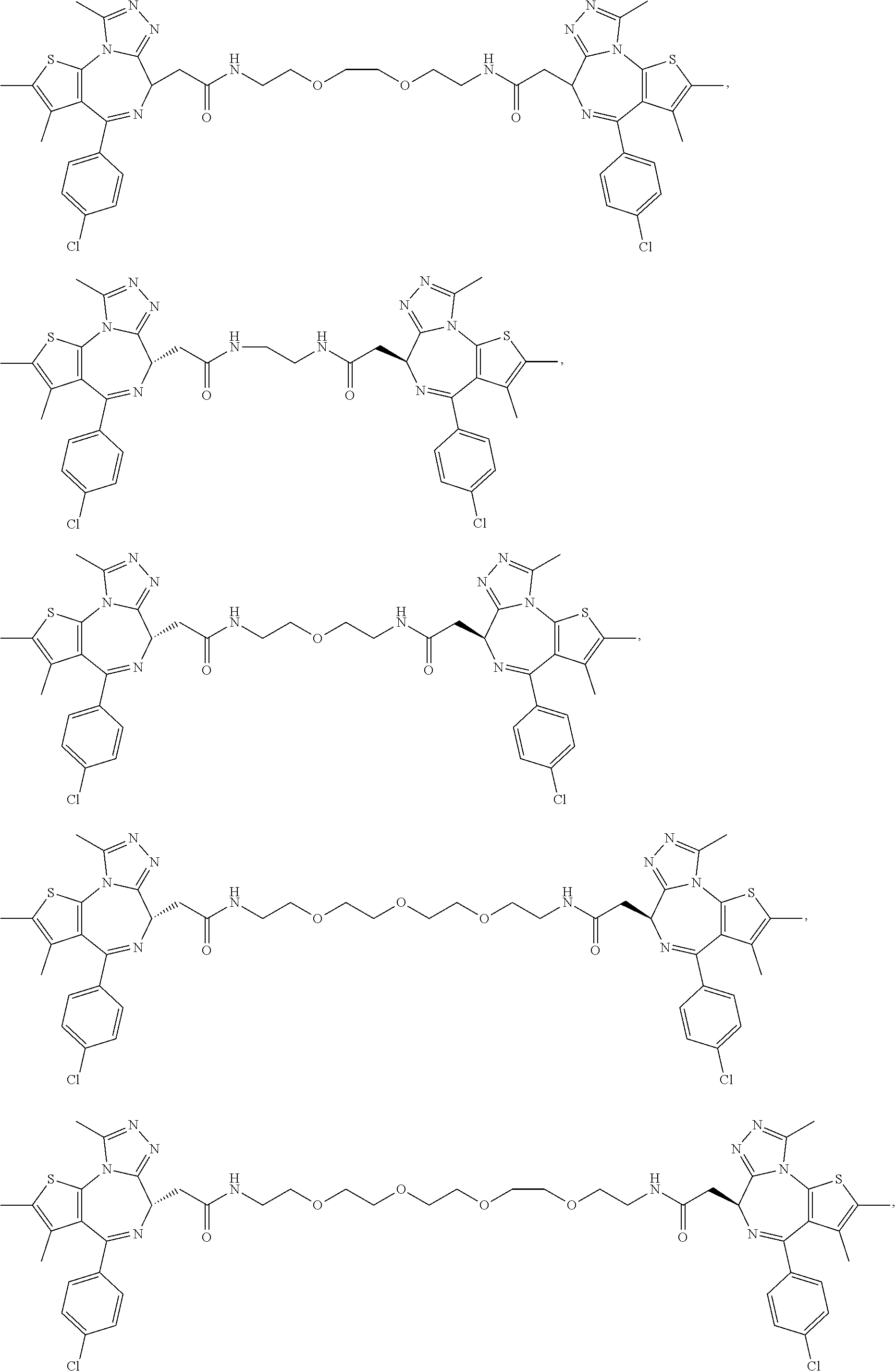
C00157
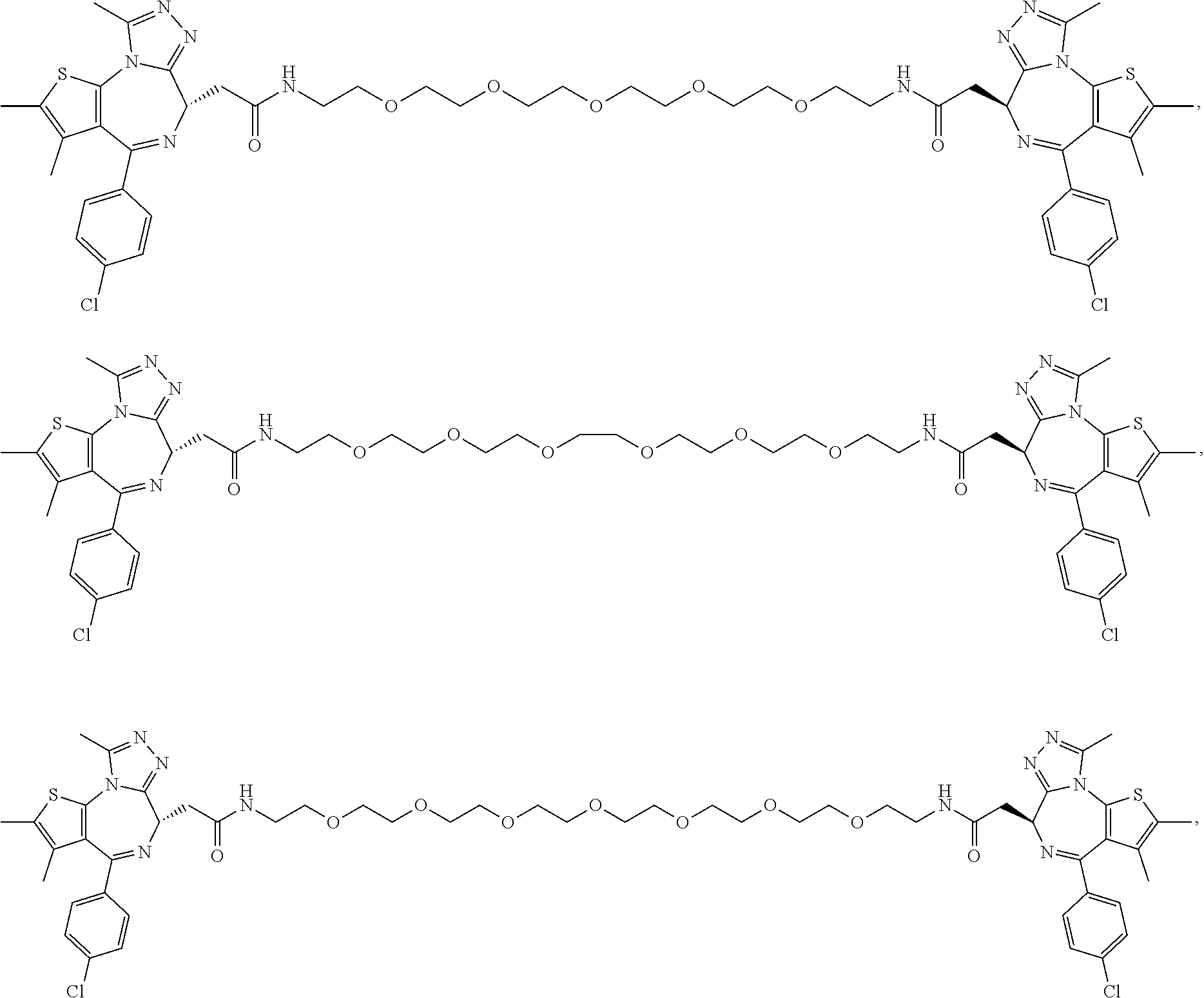
C00158
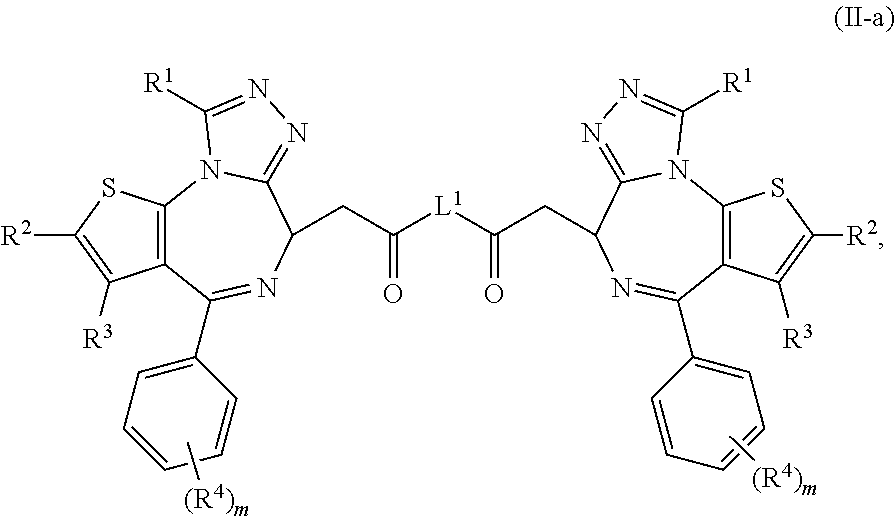
C00159
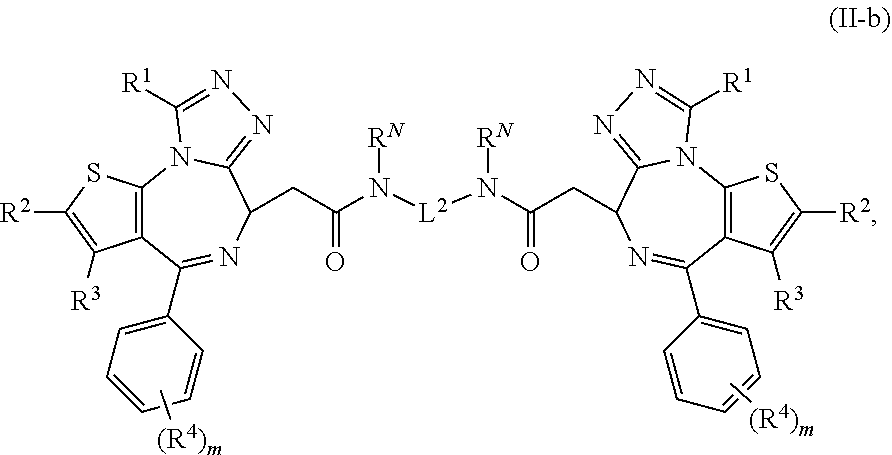
C00160
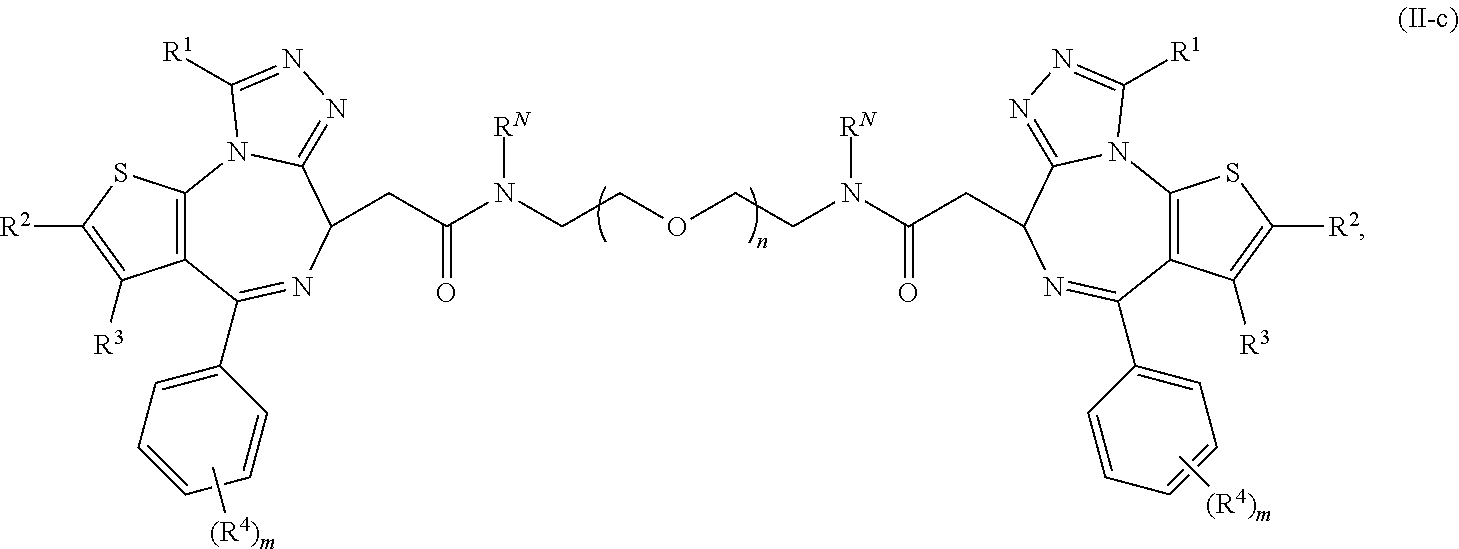
C00161
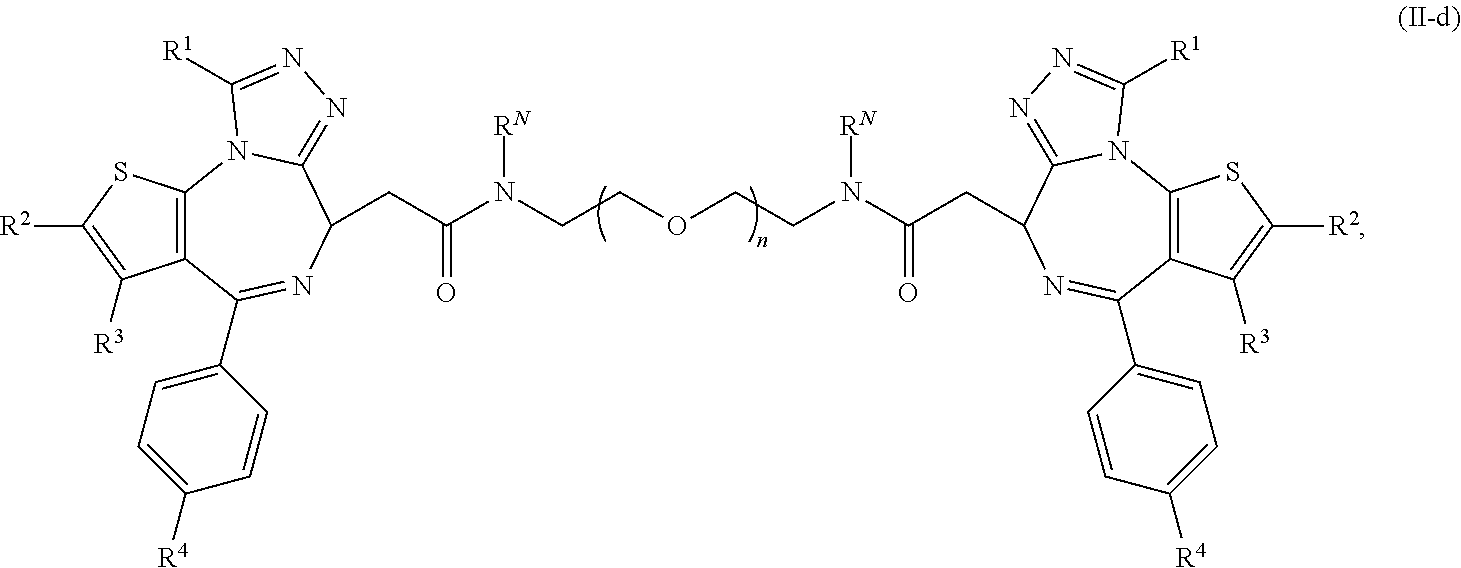
C00162
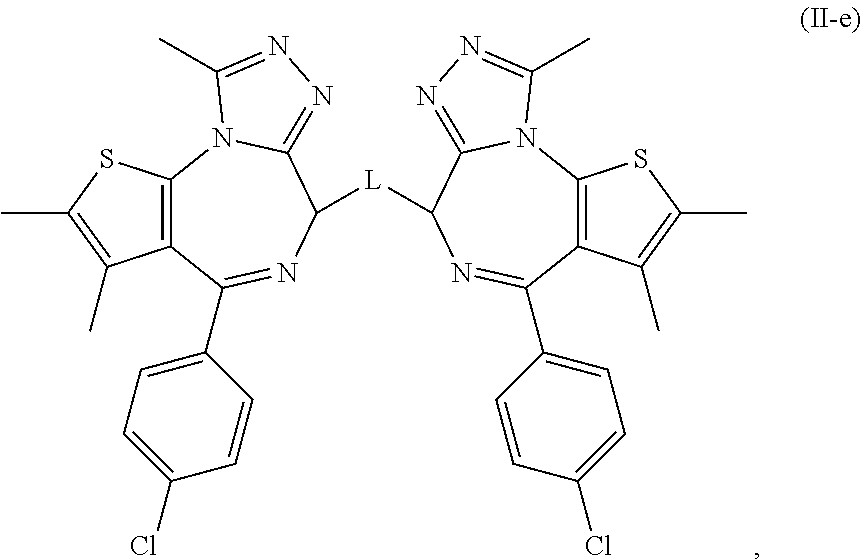
C00163
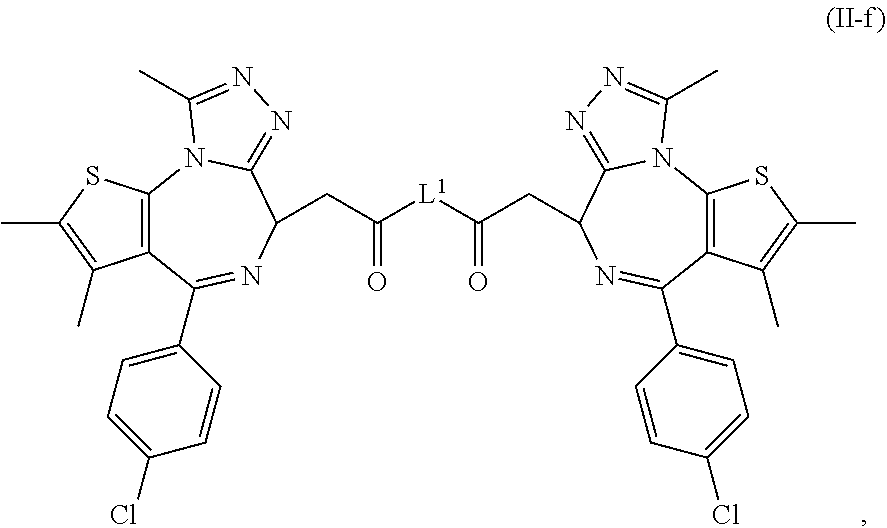
C00164
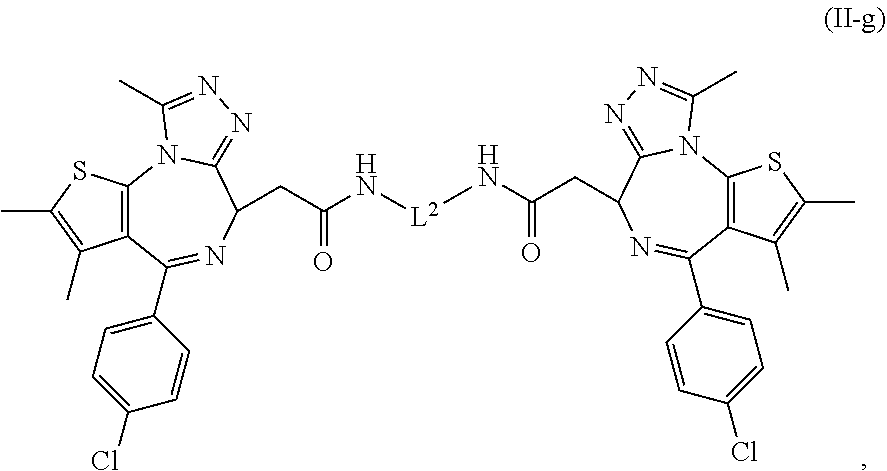
C00165
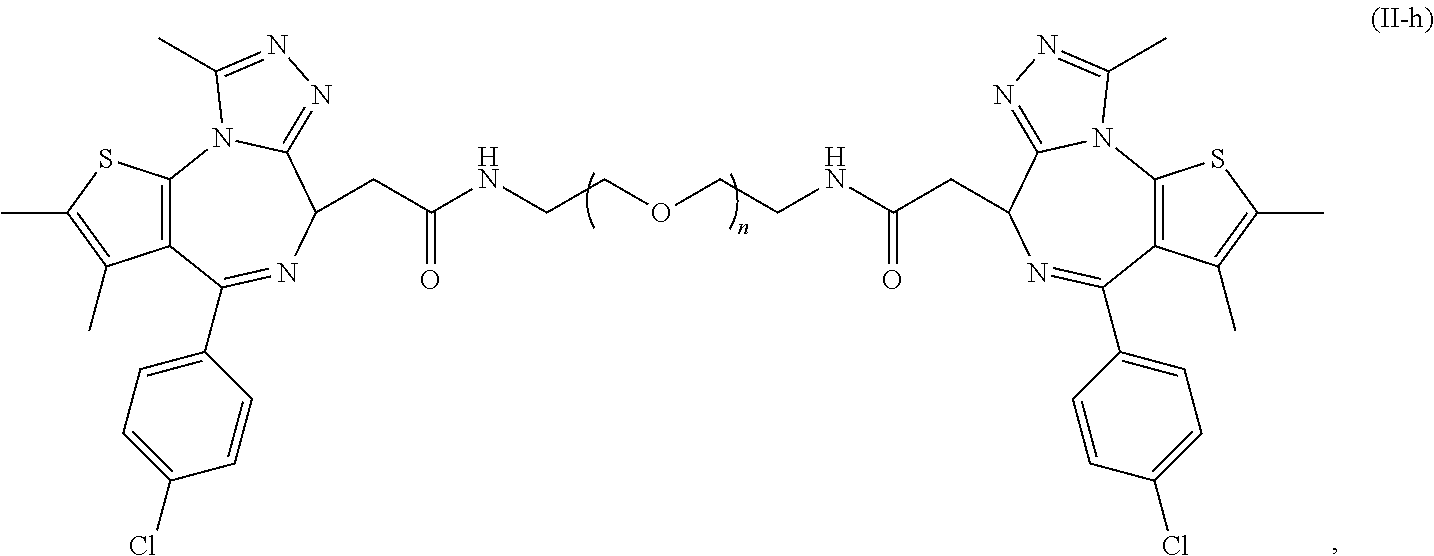
C00166
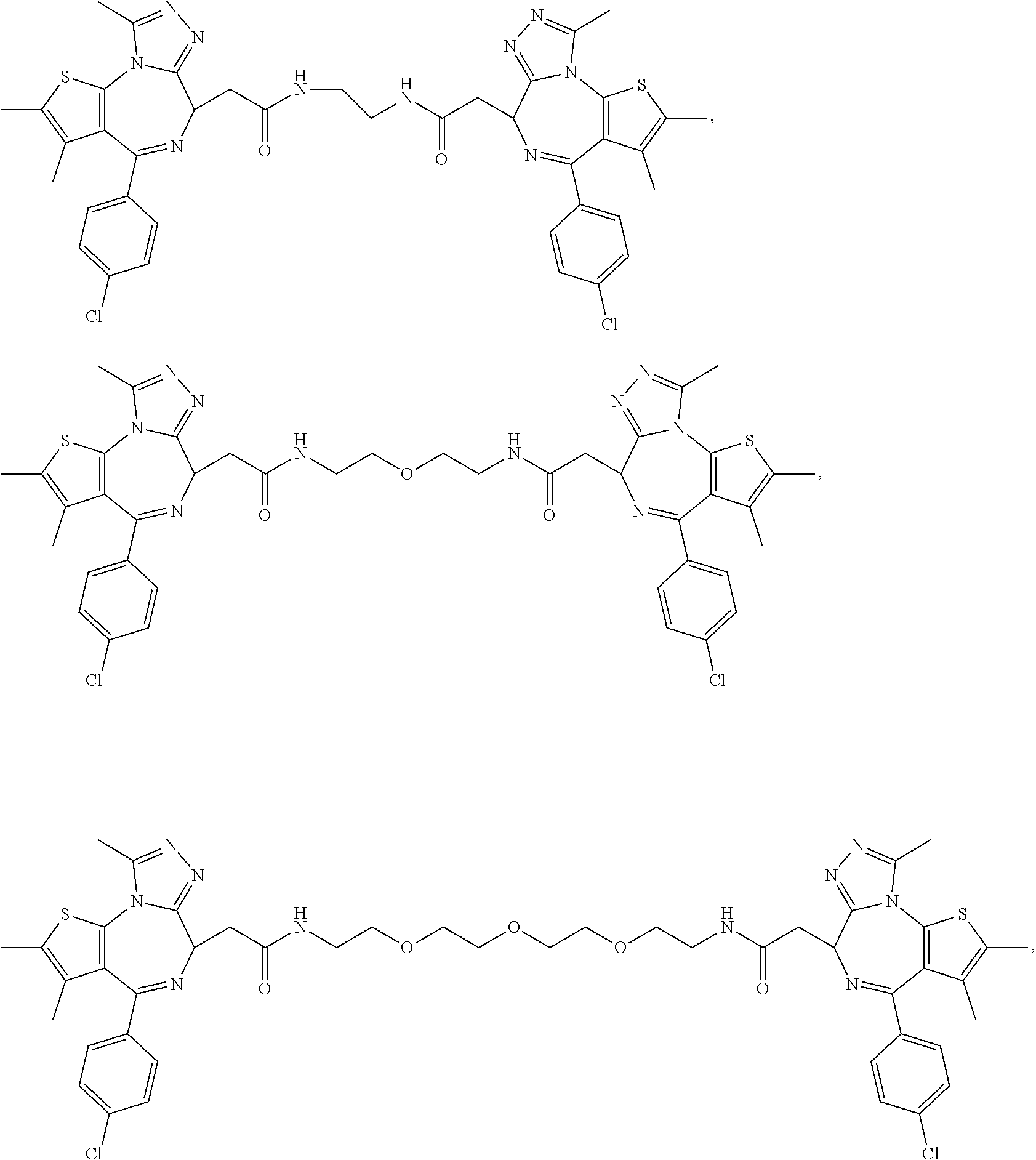
C00167
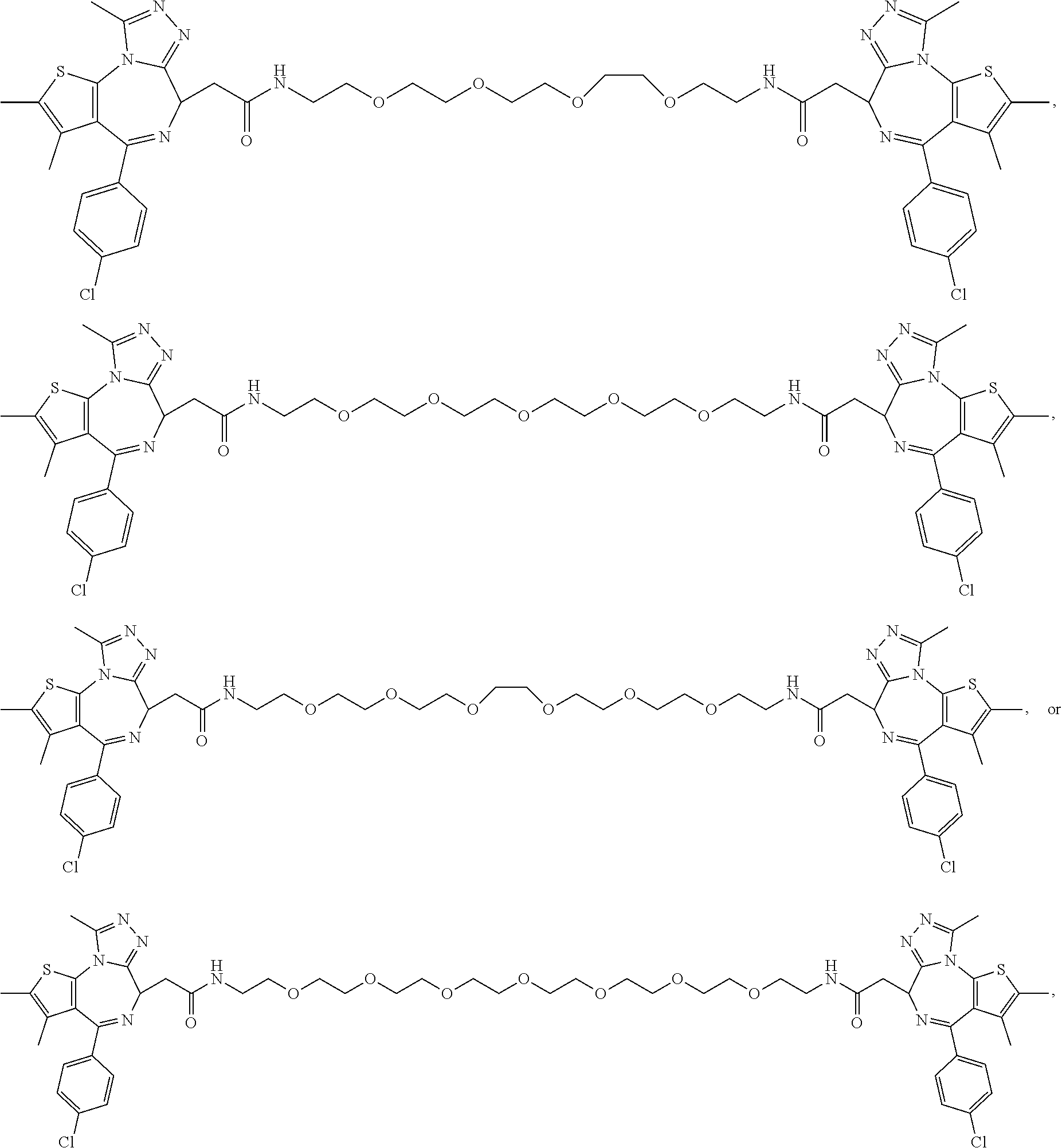
C00168

D00001
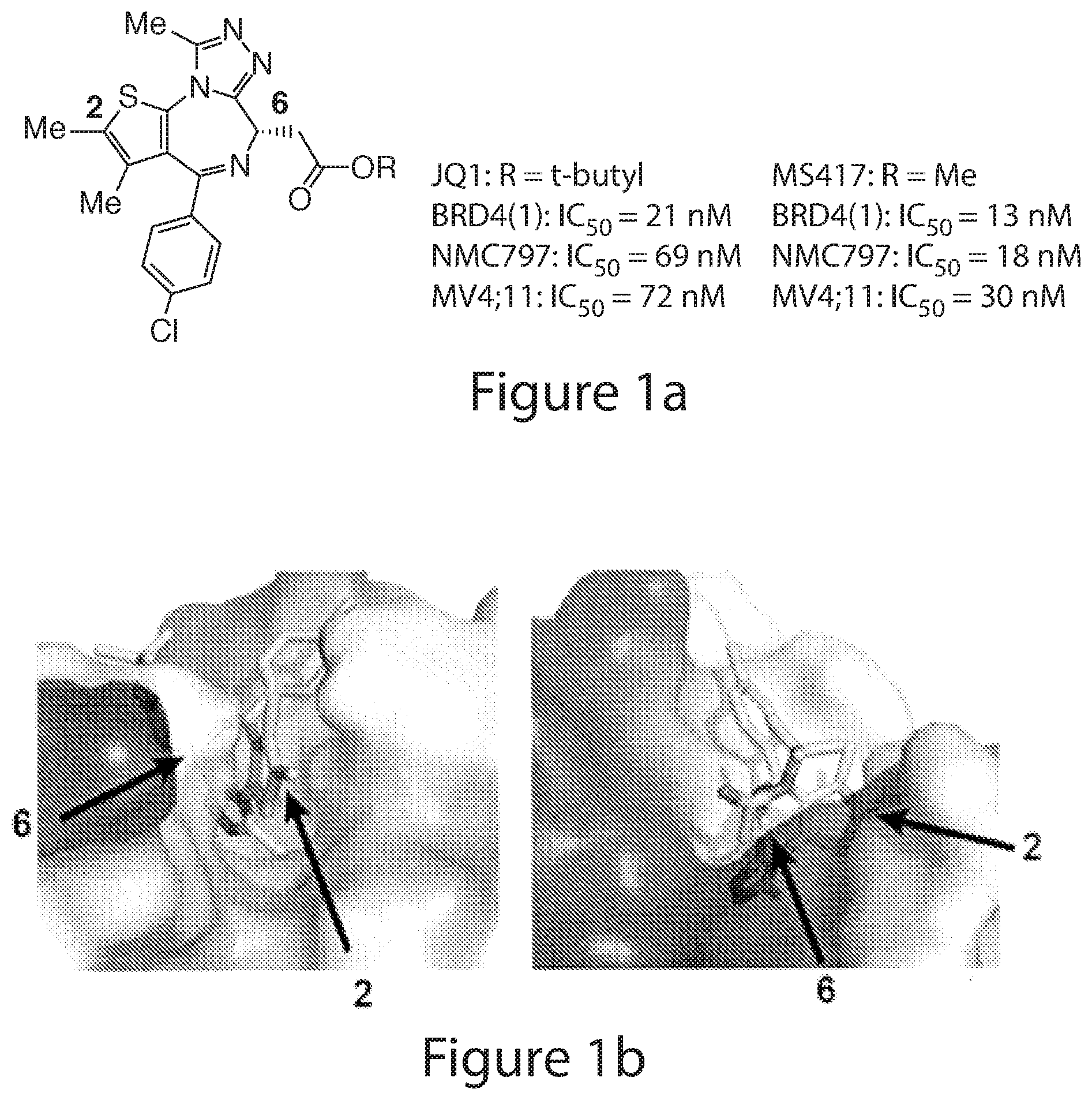
D00002
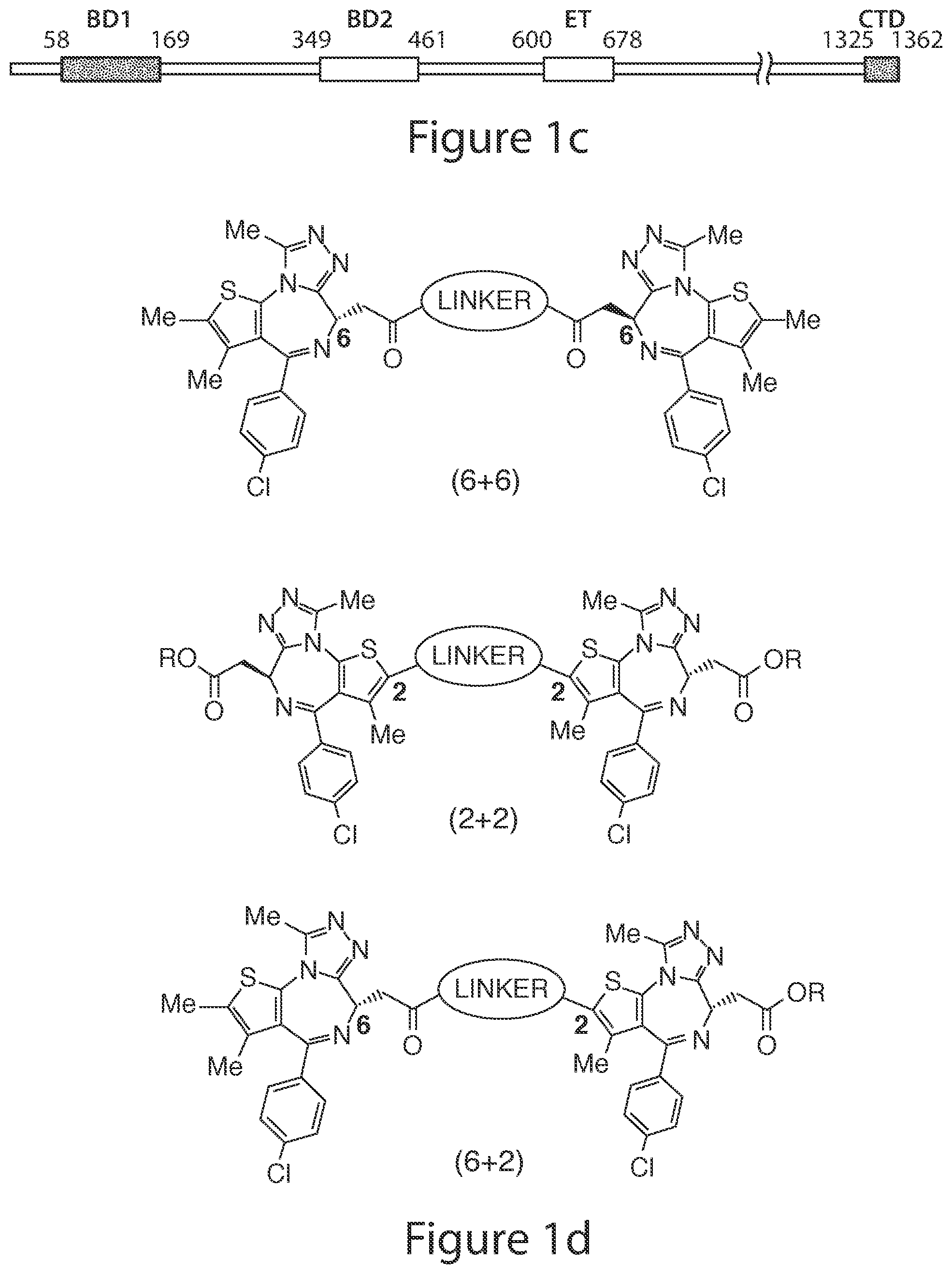
D00003
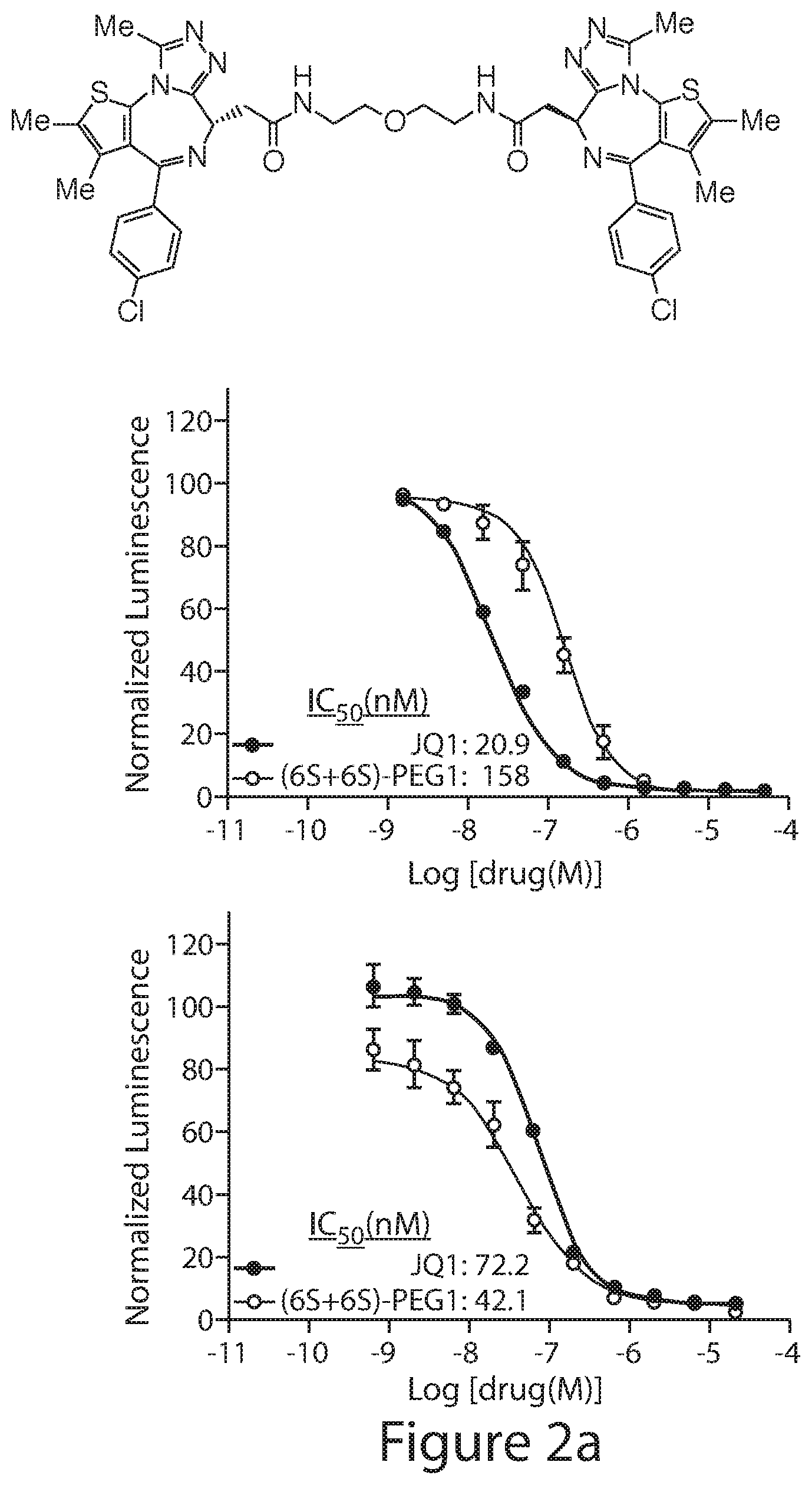
D00004
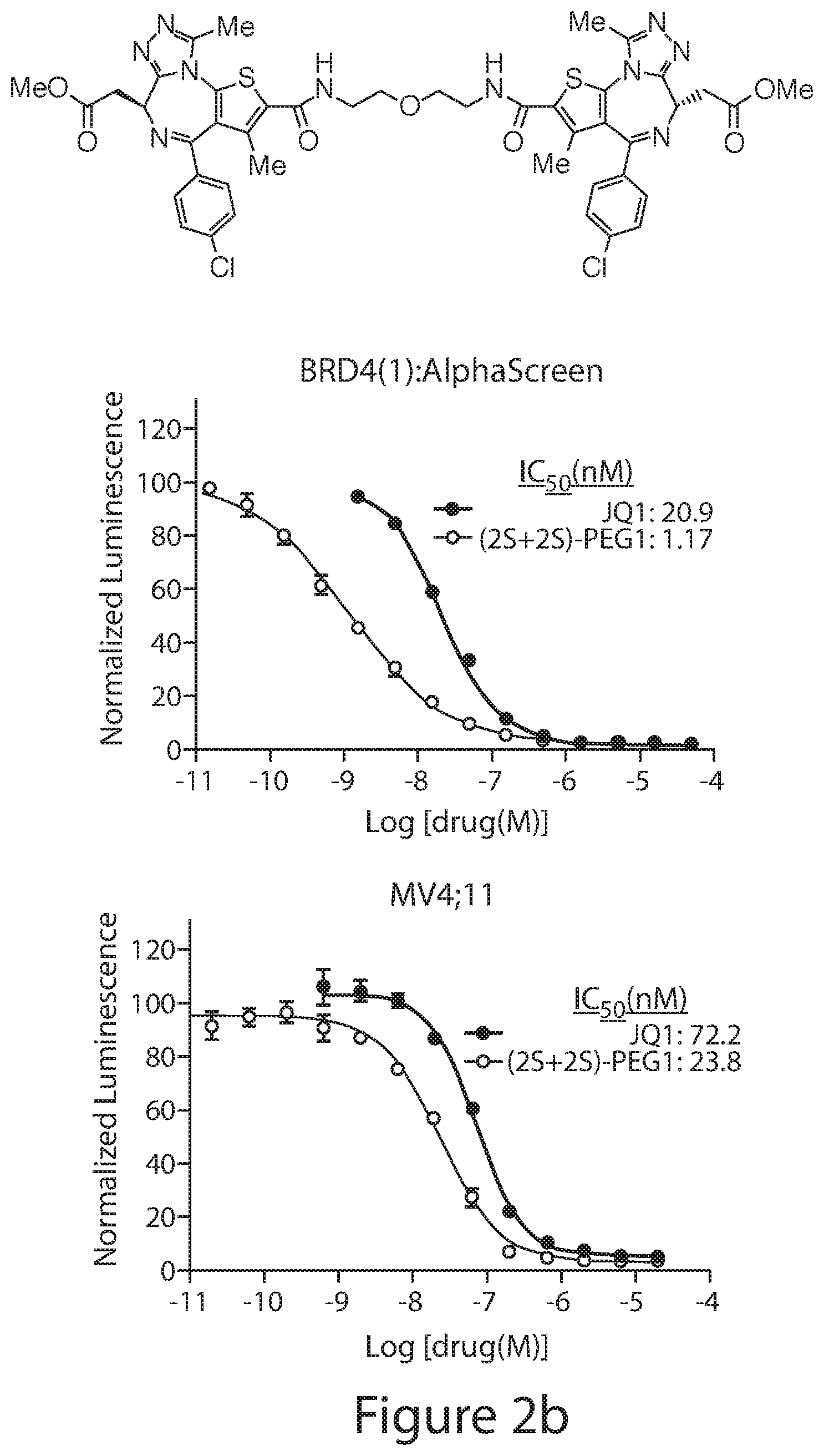
D00005
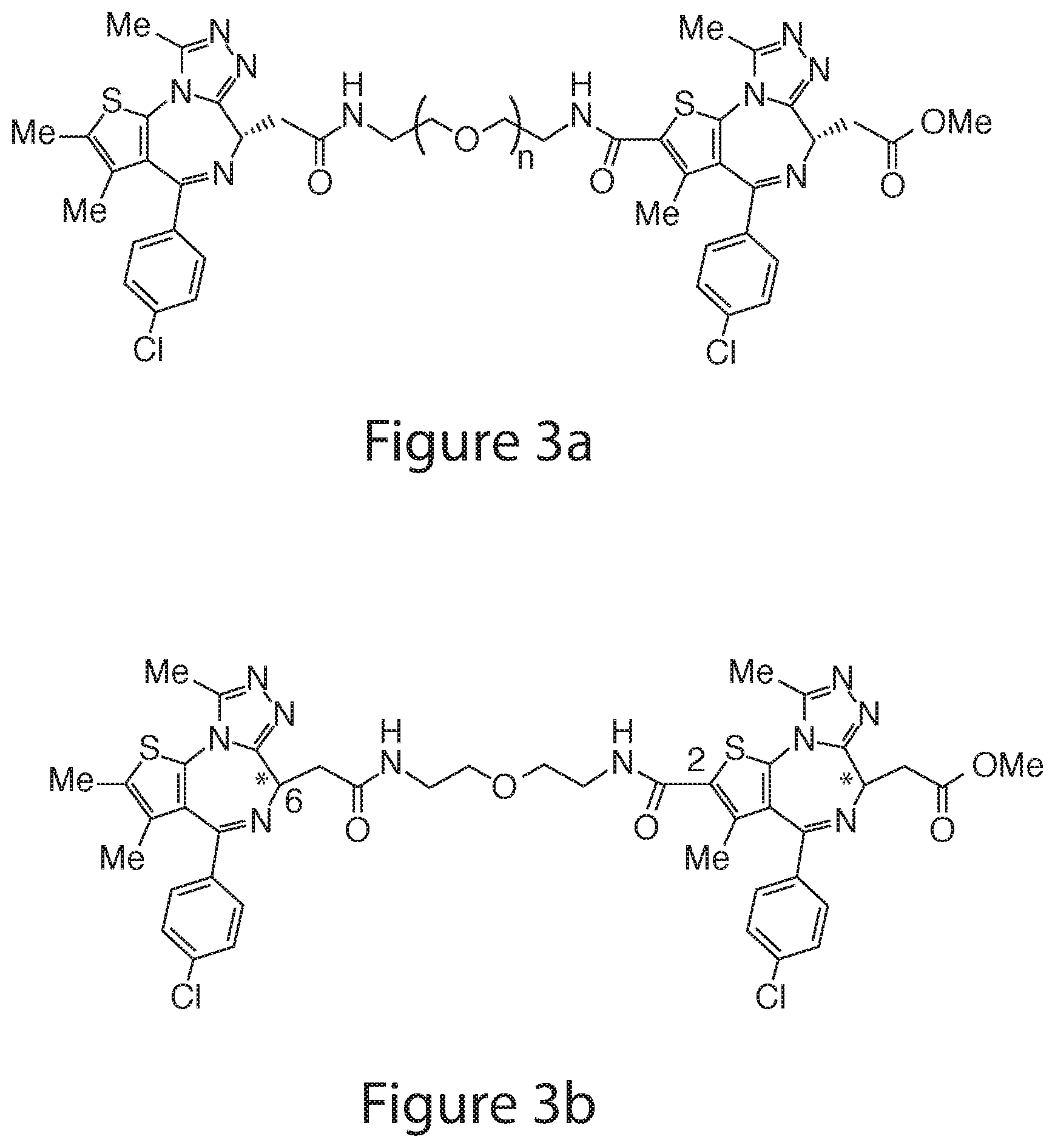
D00006
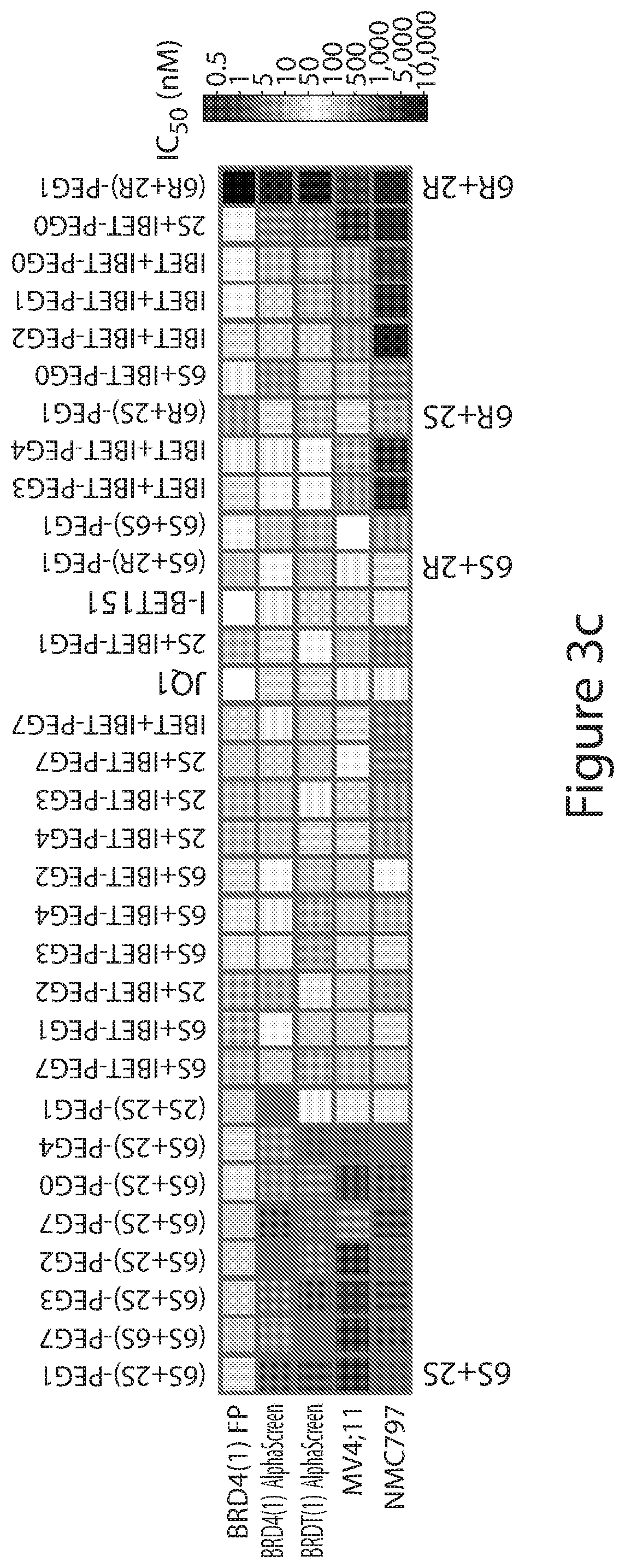
D00007
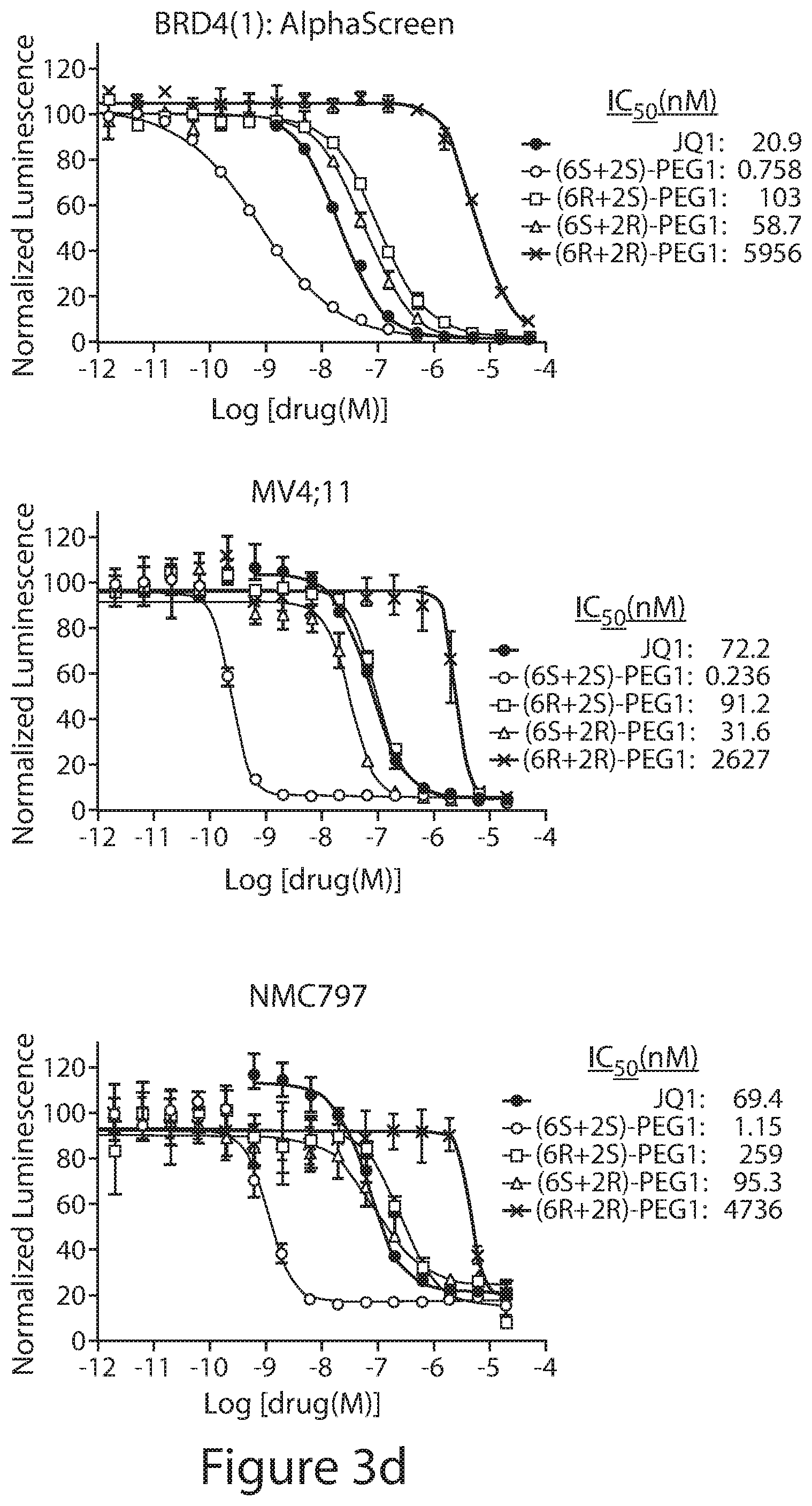
D00008
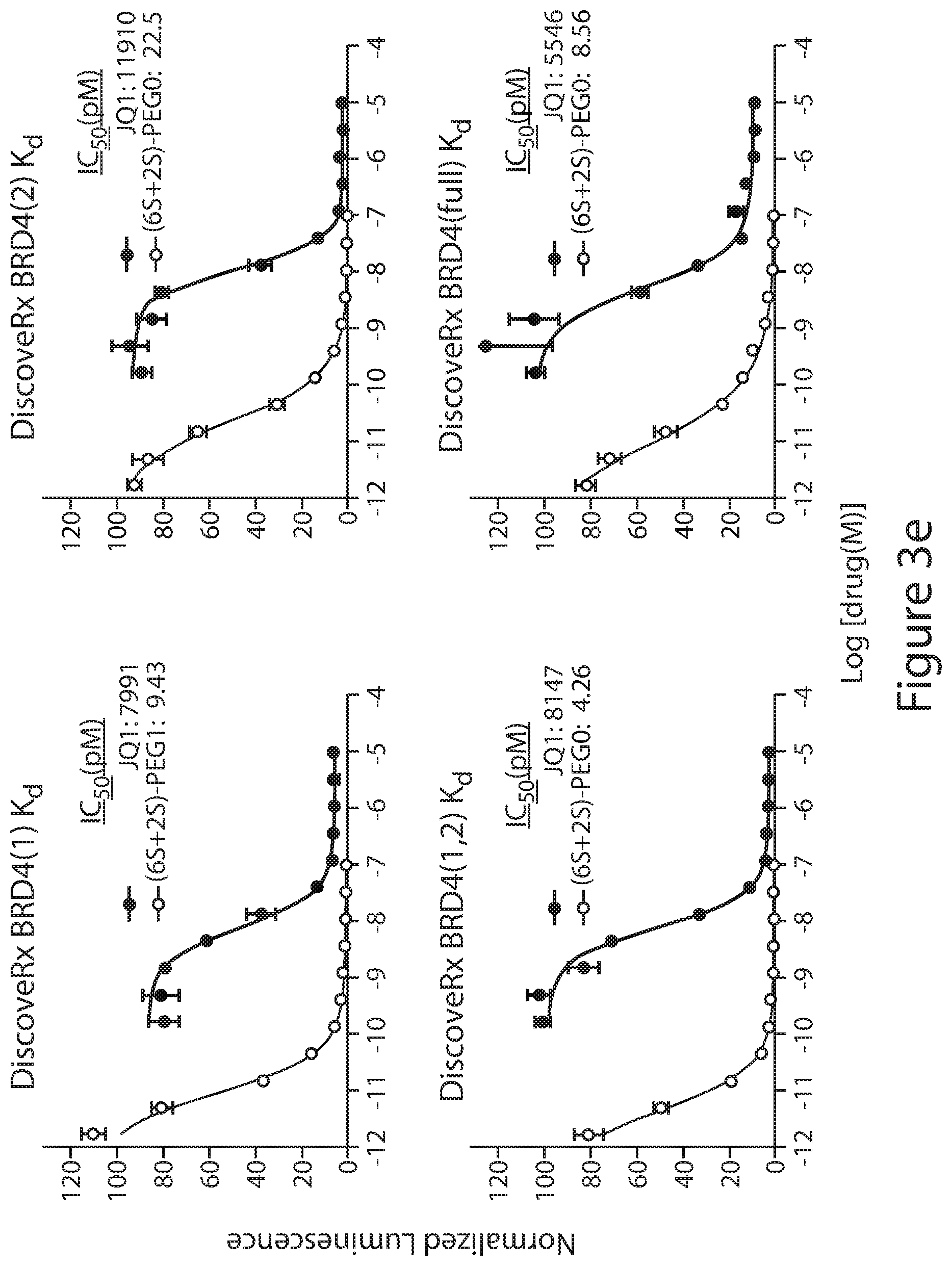
D00009
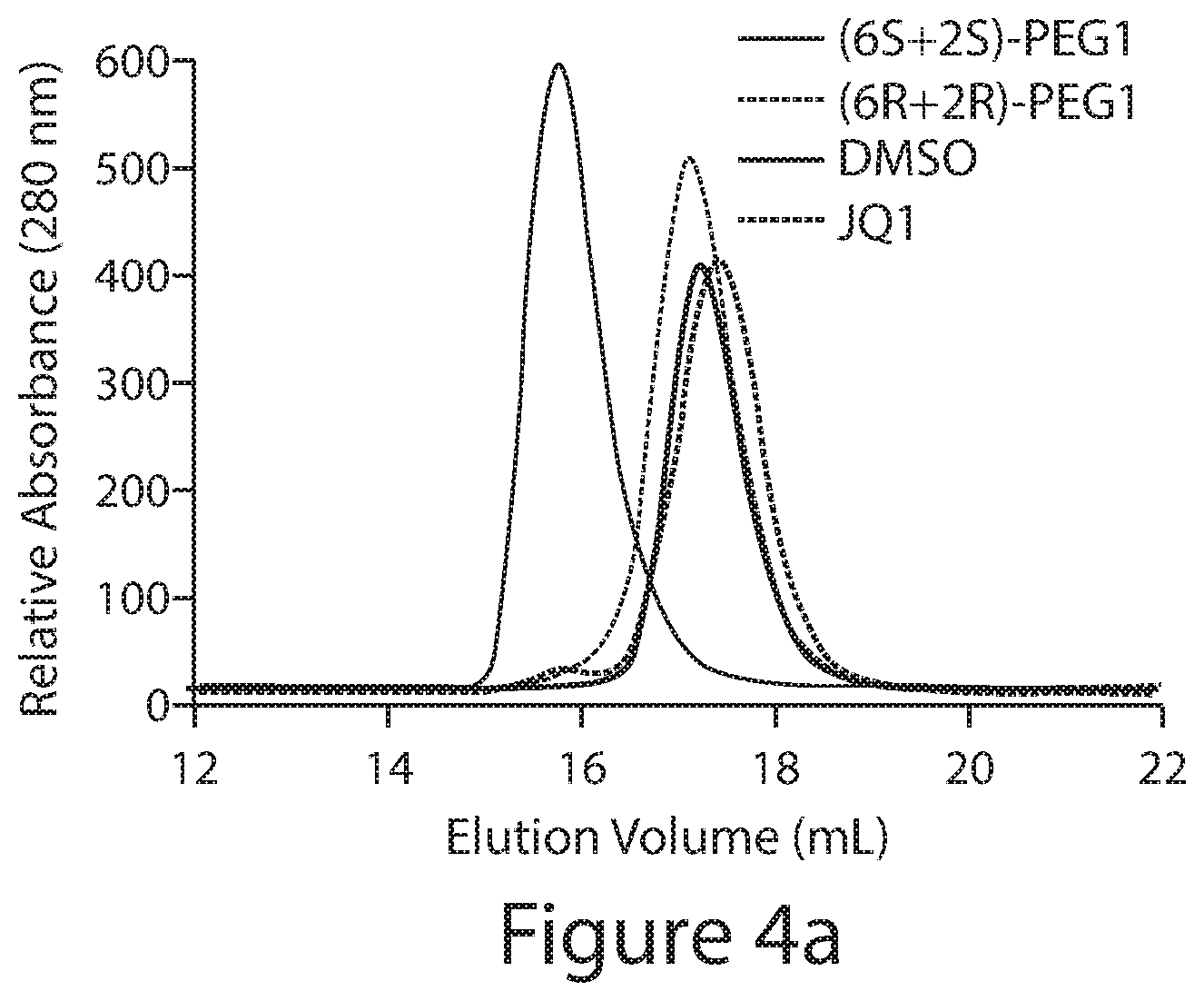
D00010
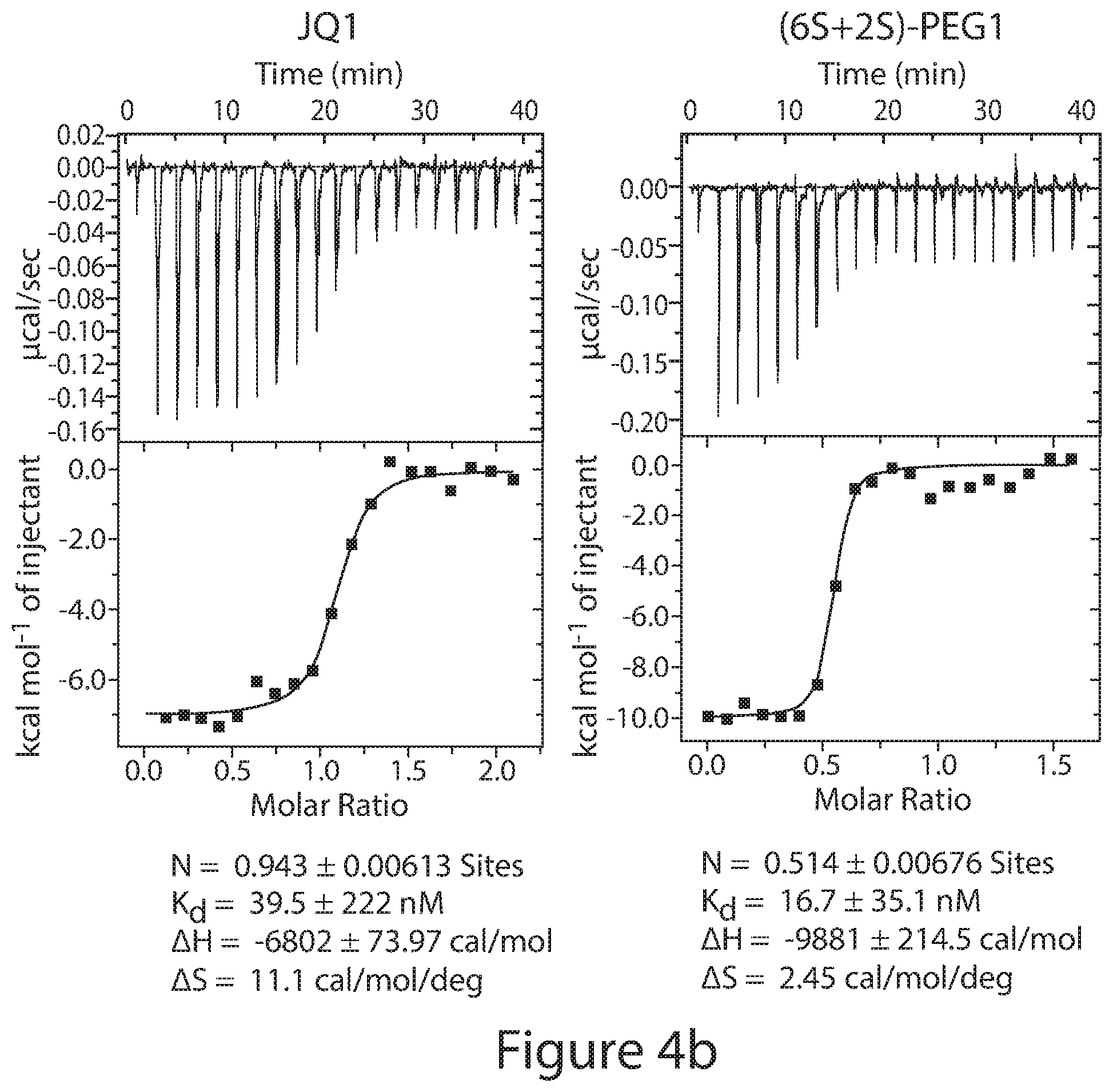
D00011
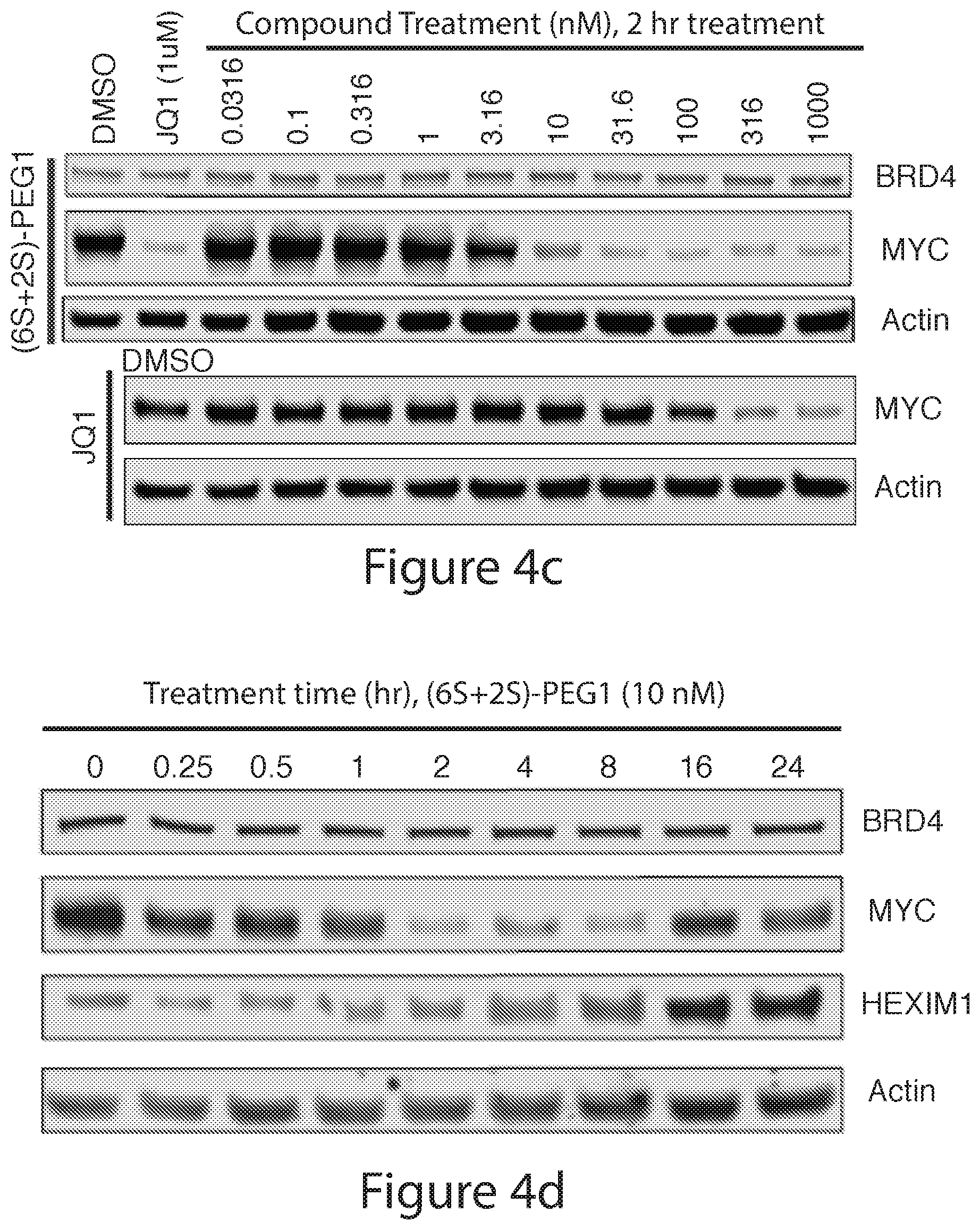
D00012

D00013
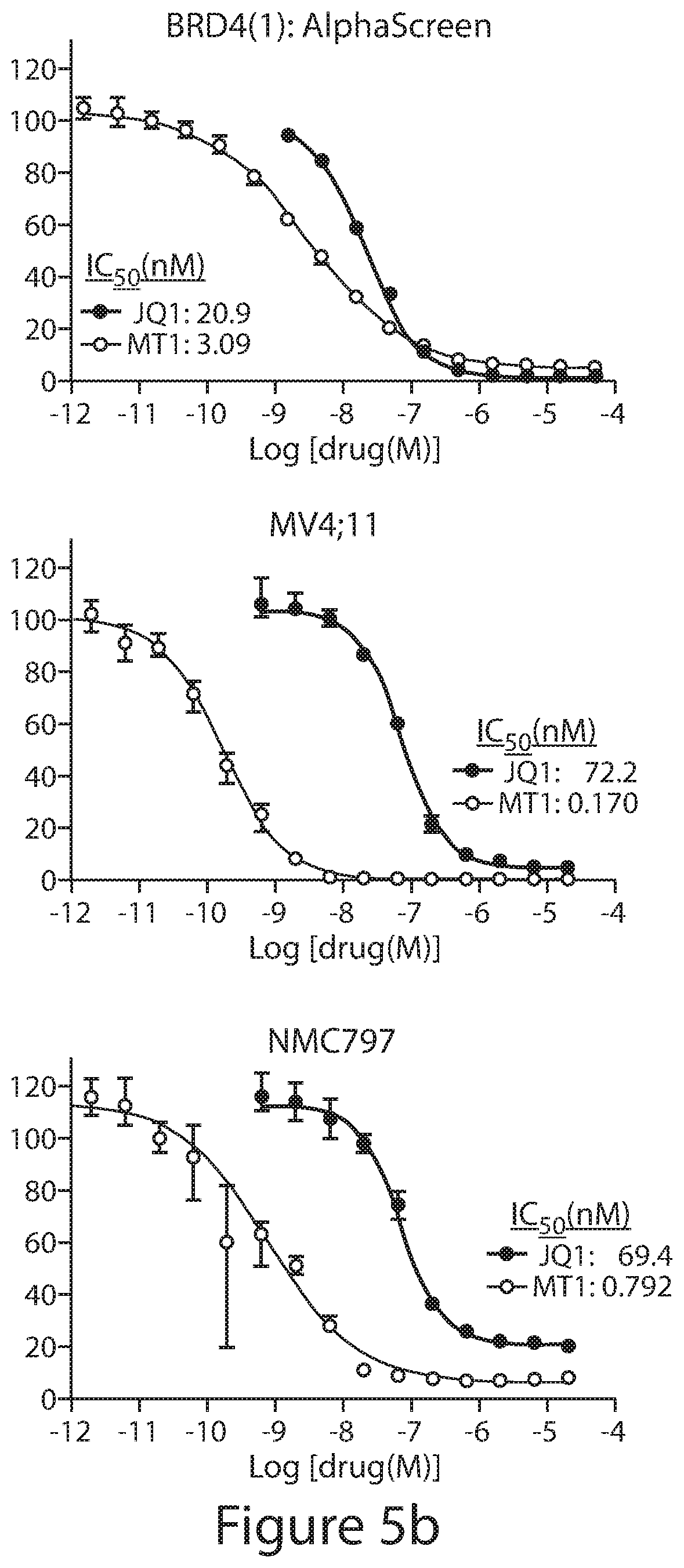
D00014
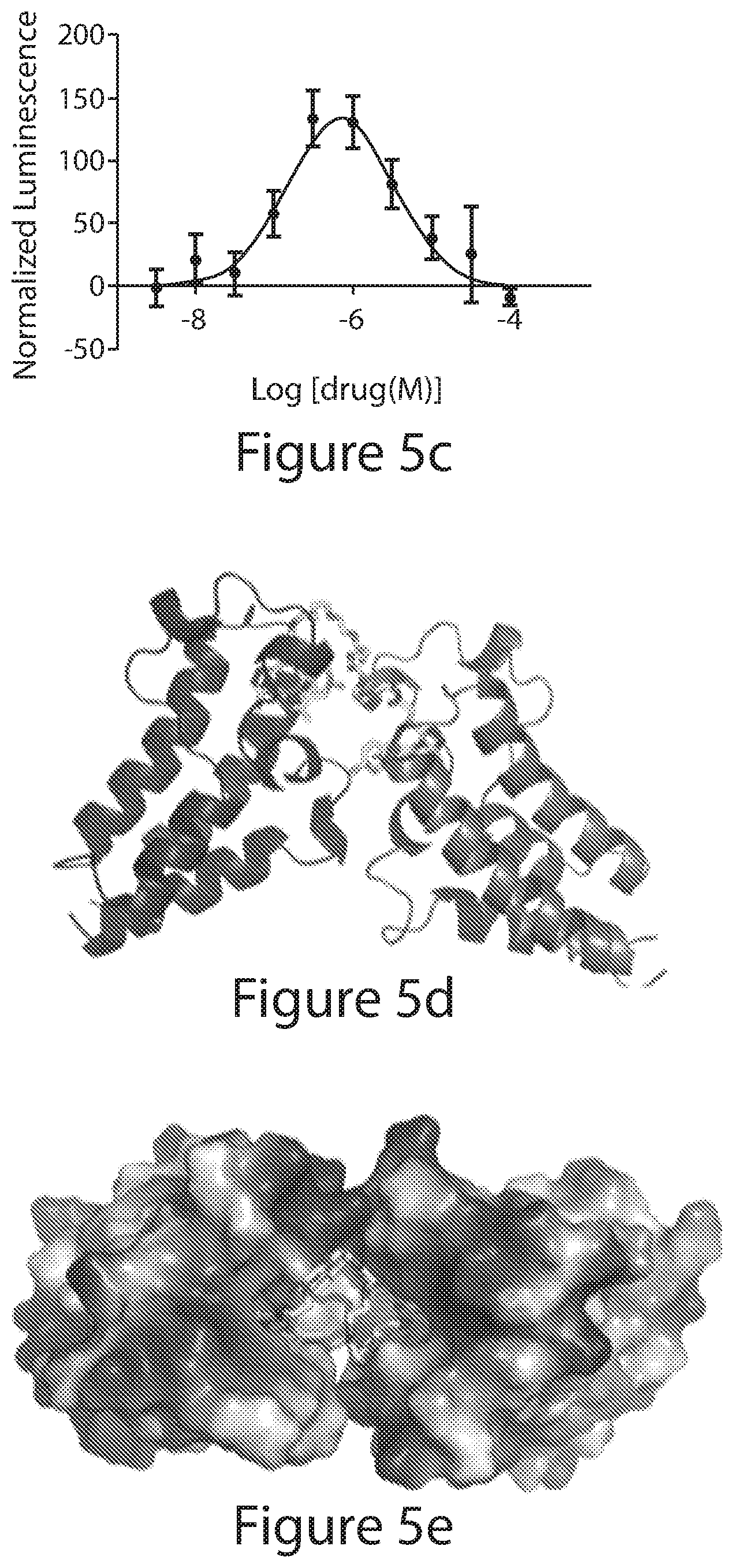
D00015
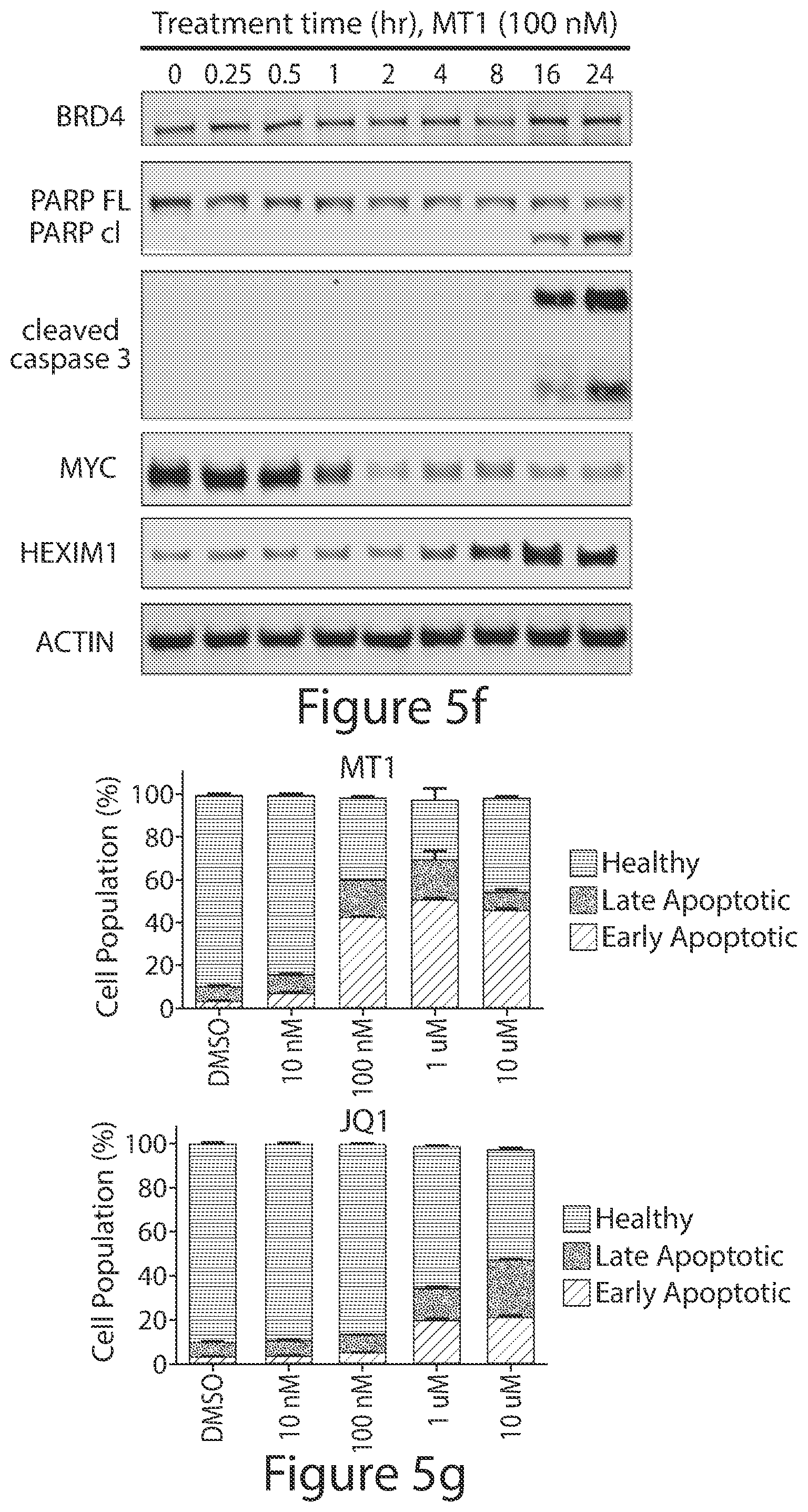
D00016
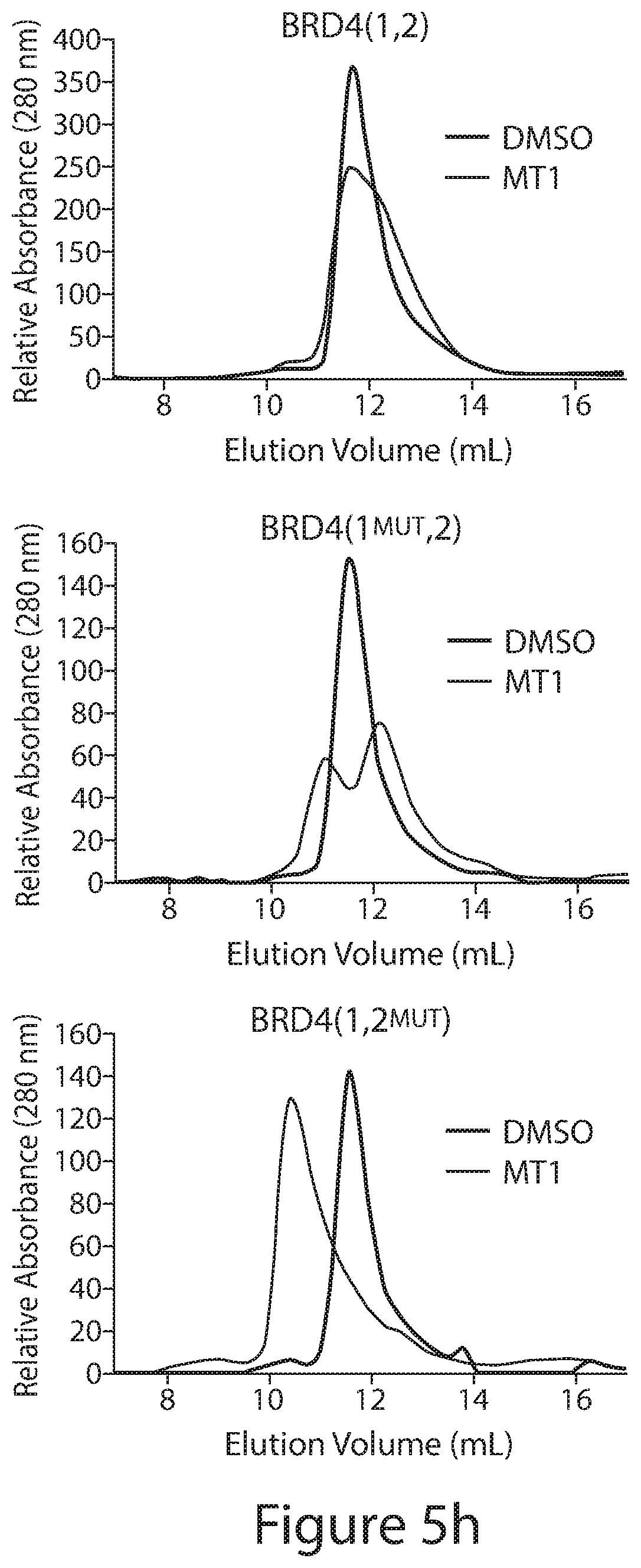
D00017
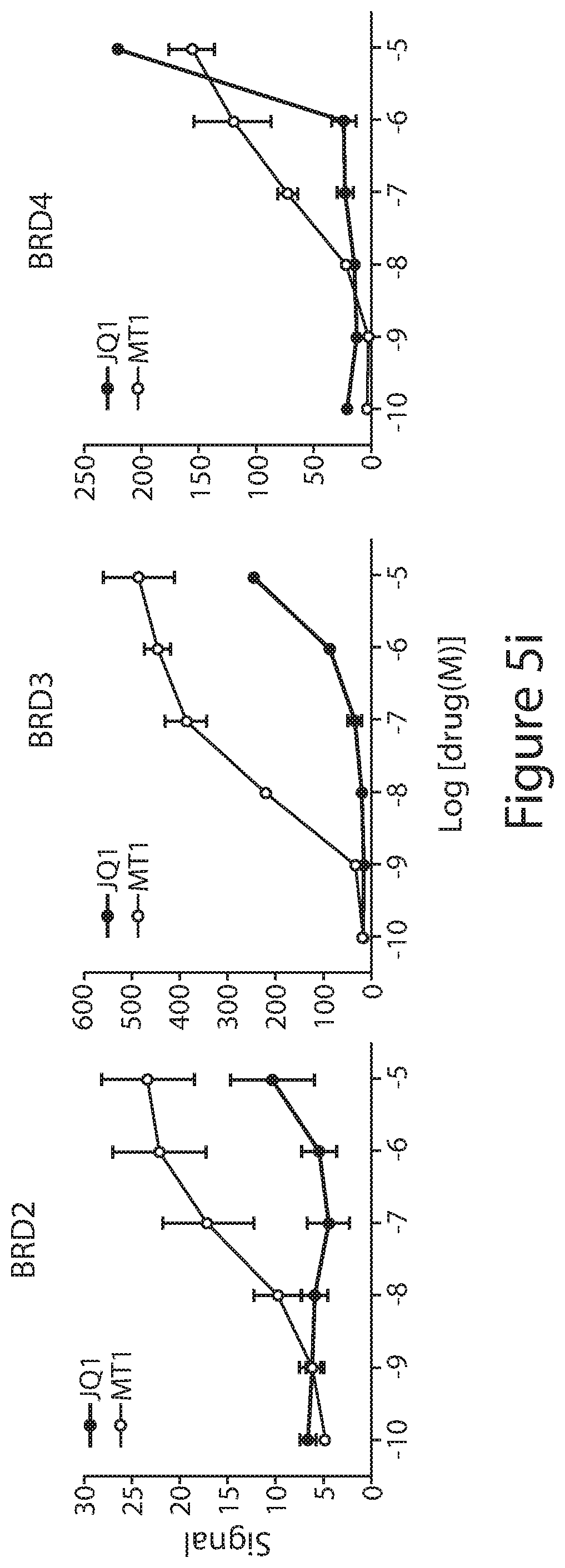
D00018
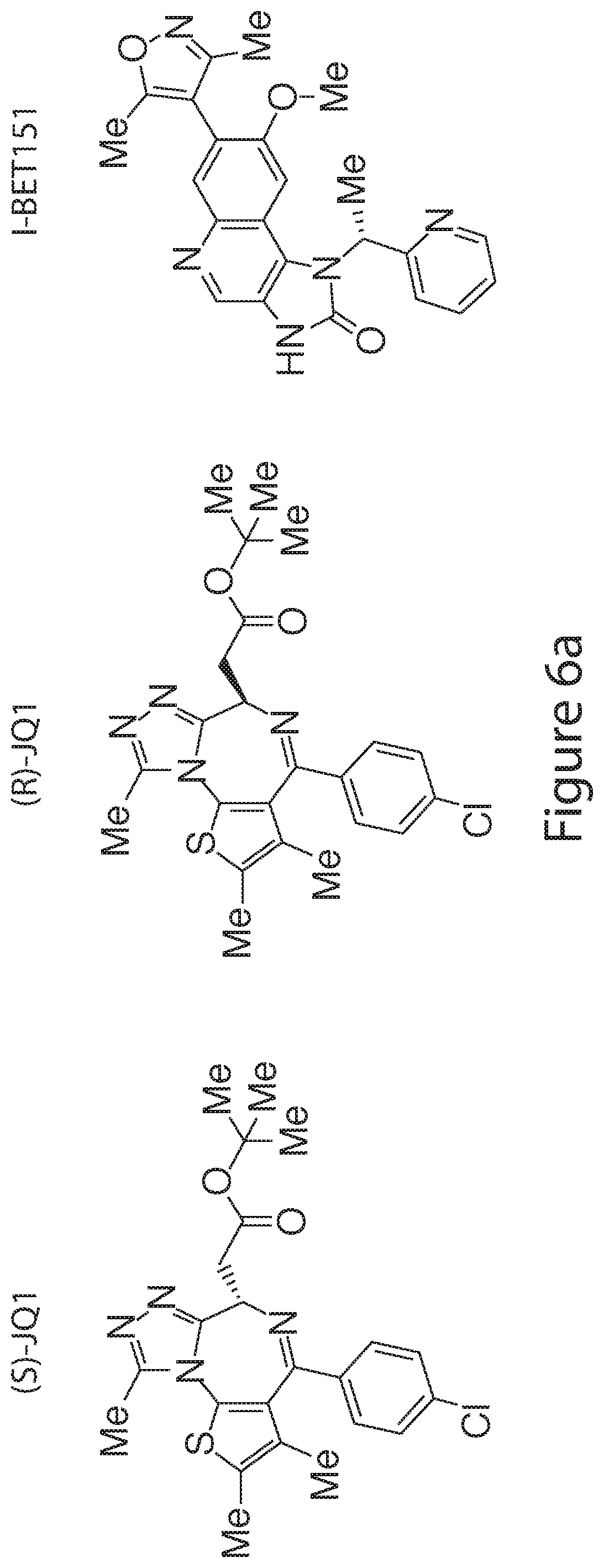
D00019
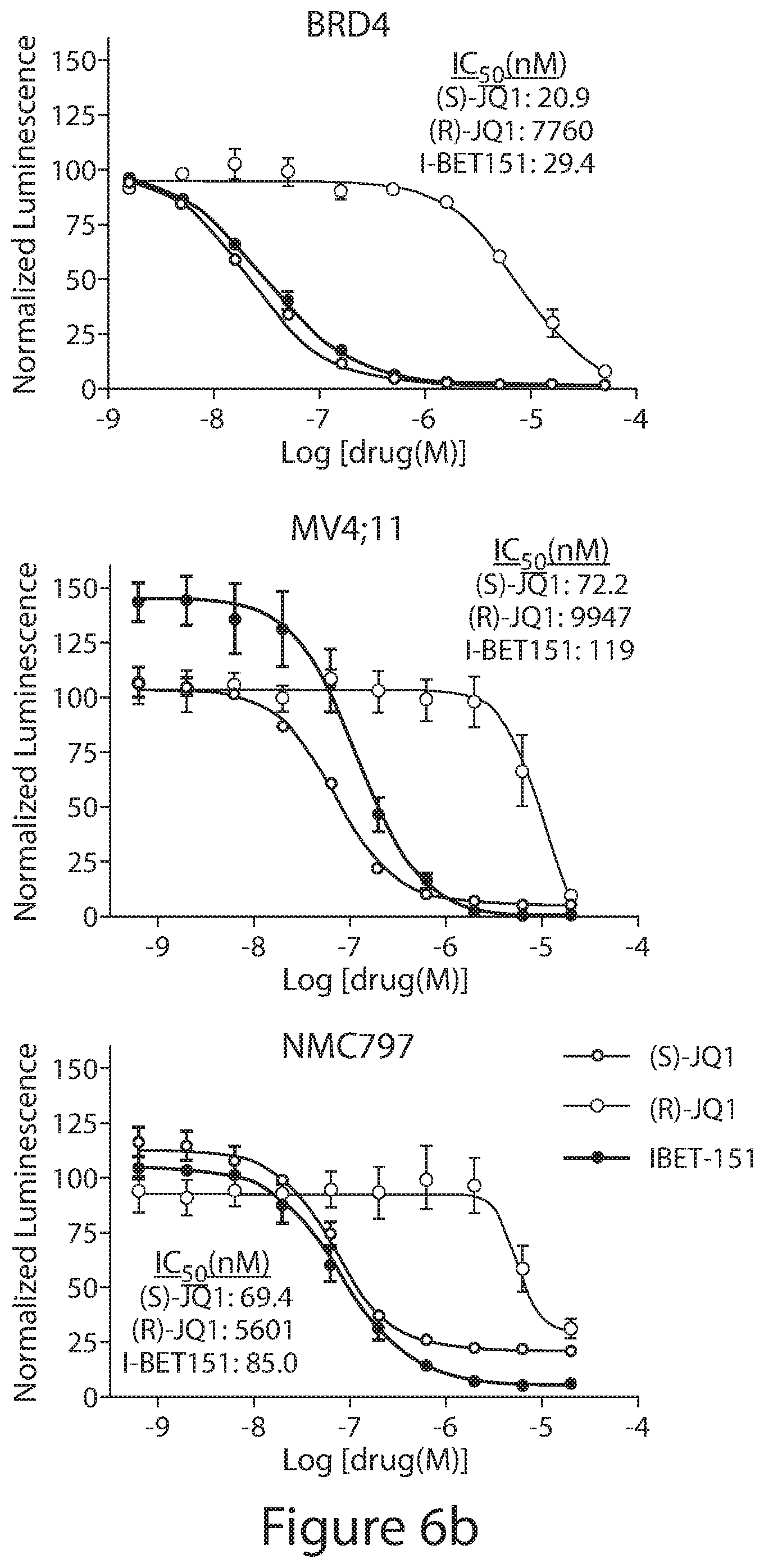
D00020
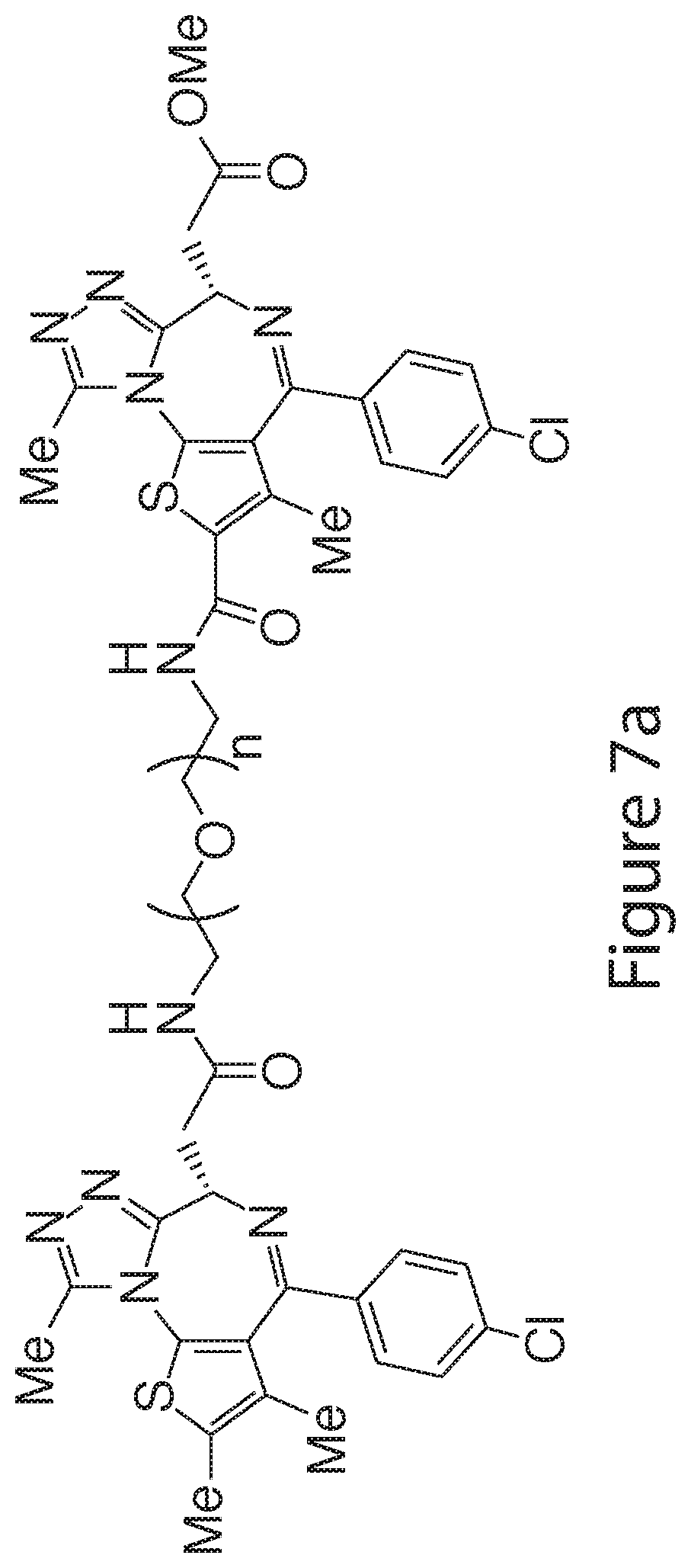
D00021
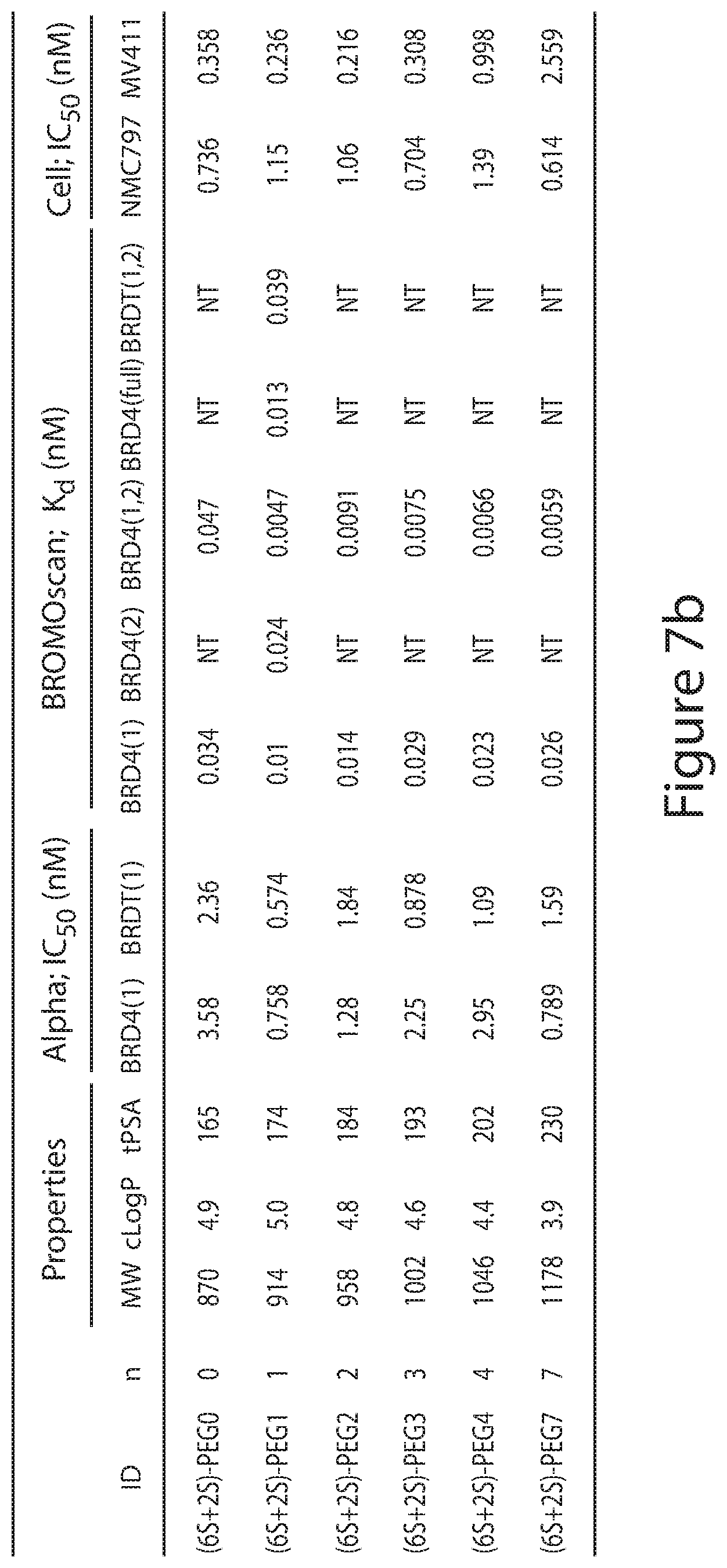
D00022
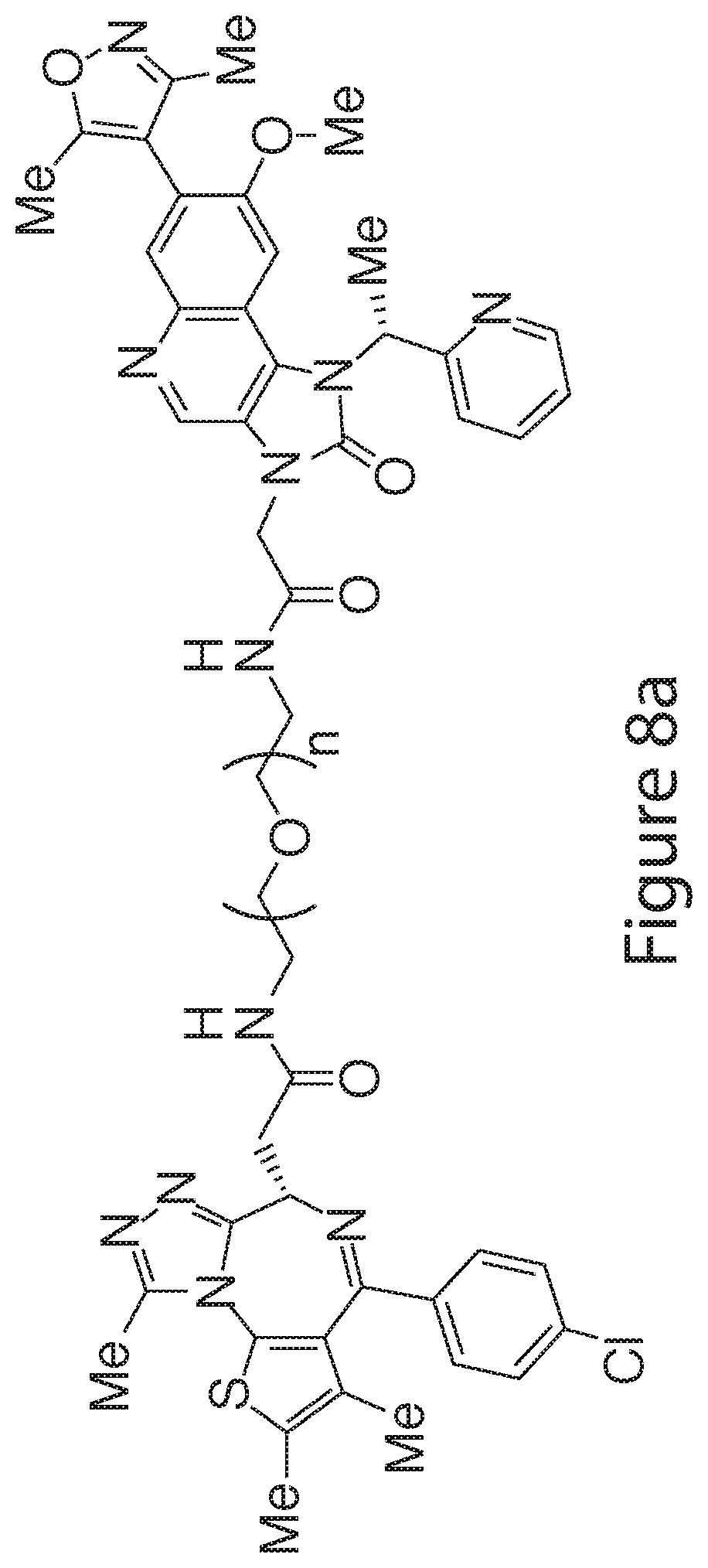
D00023
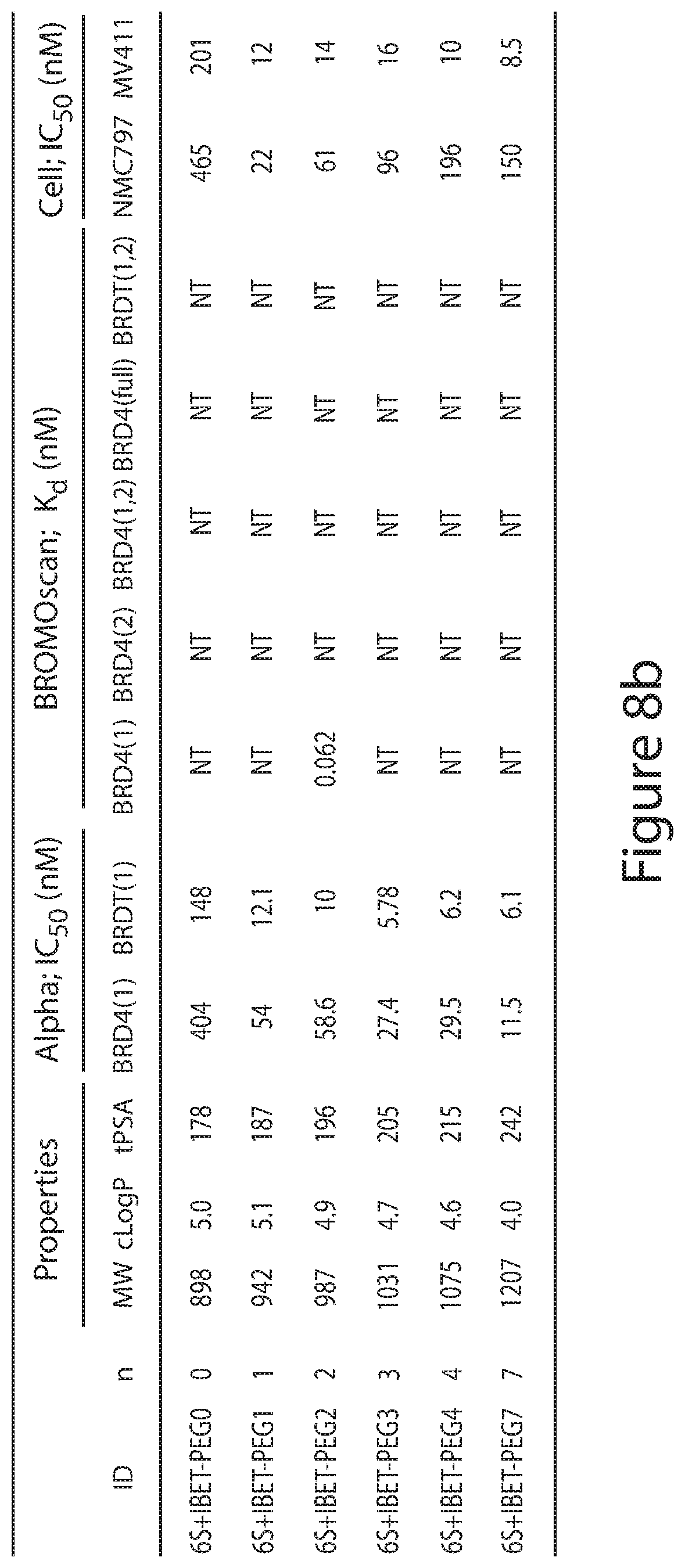
D00024
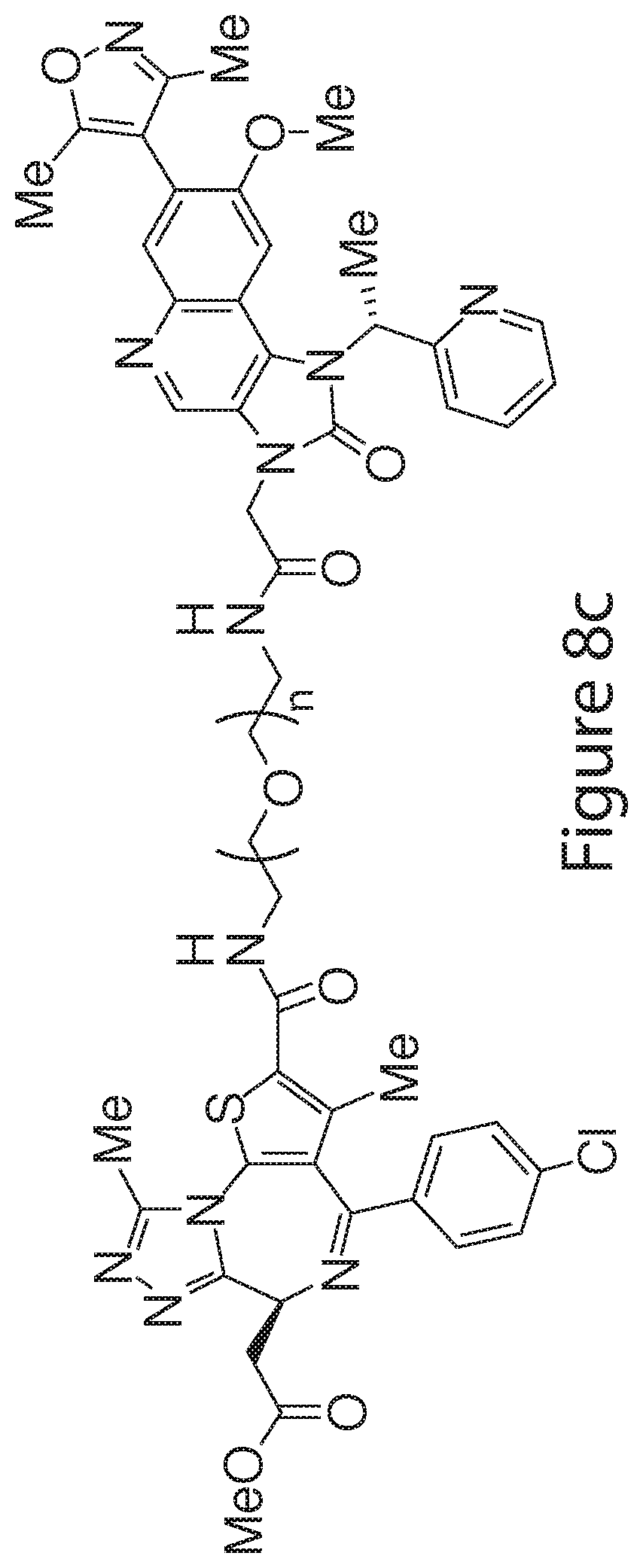
D00025
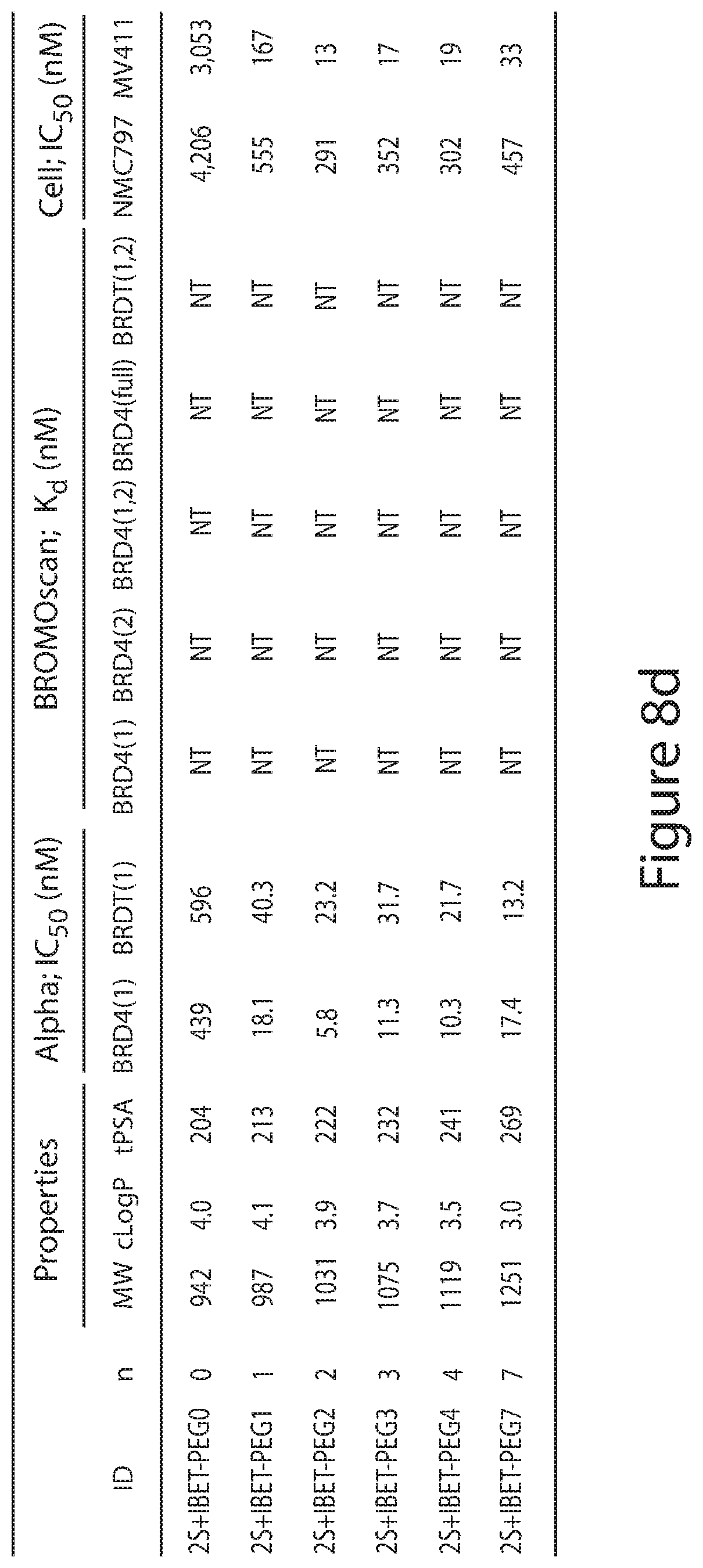
D00026
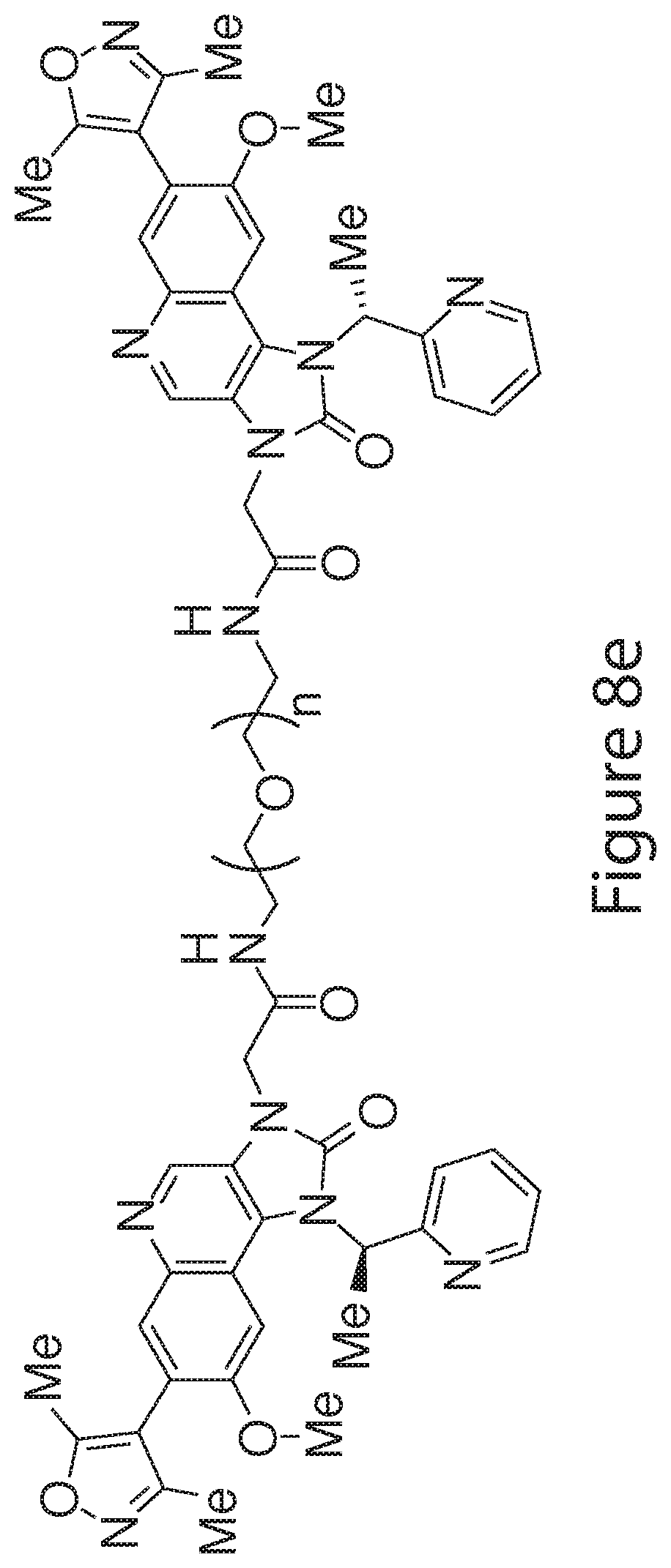
D00027
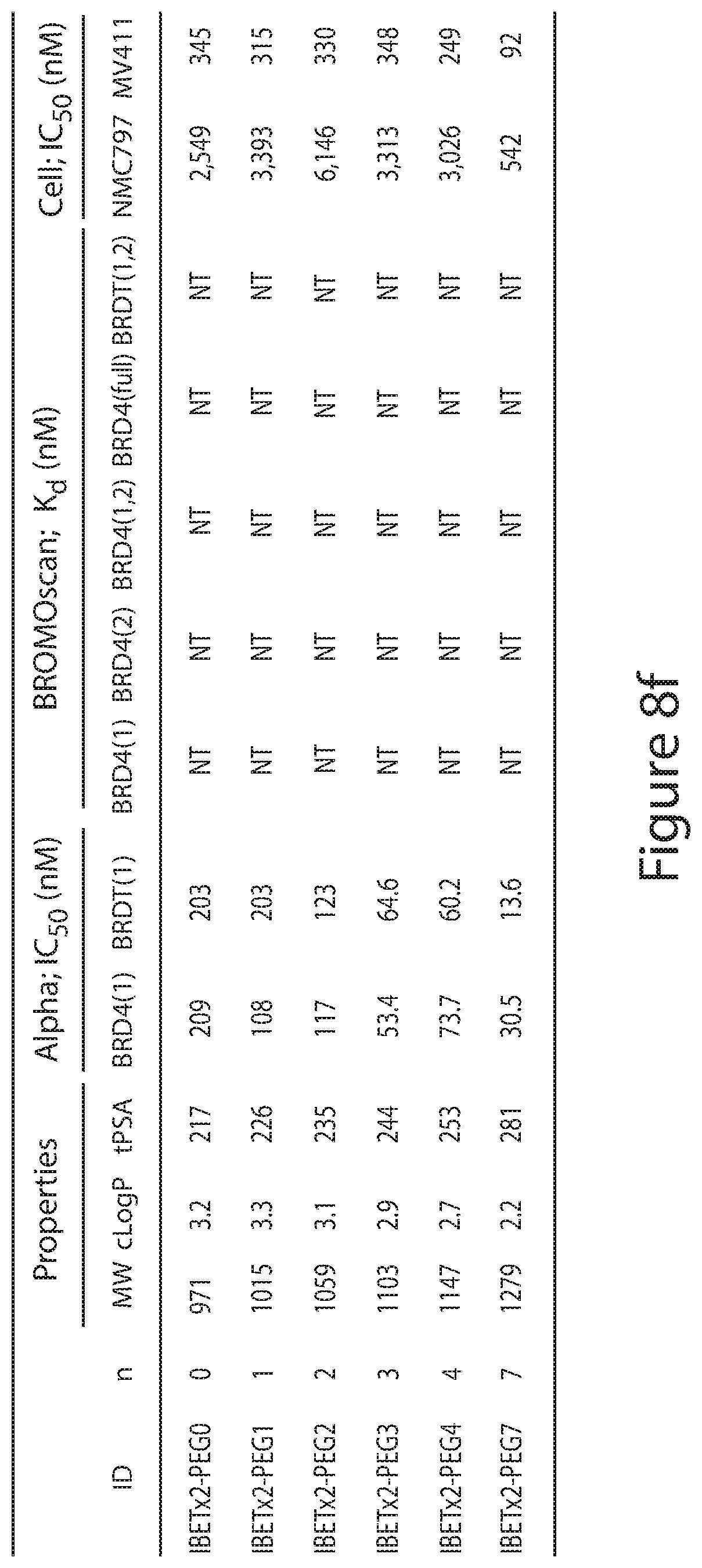
D00028
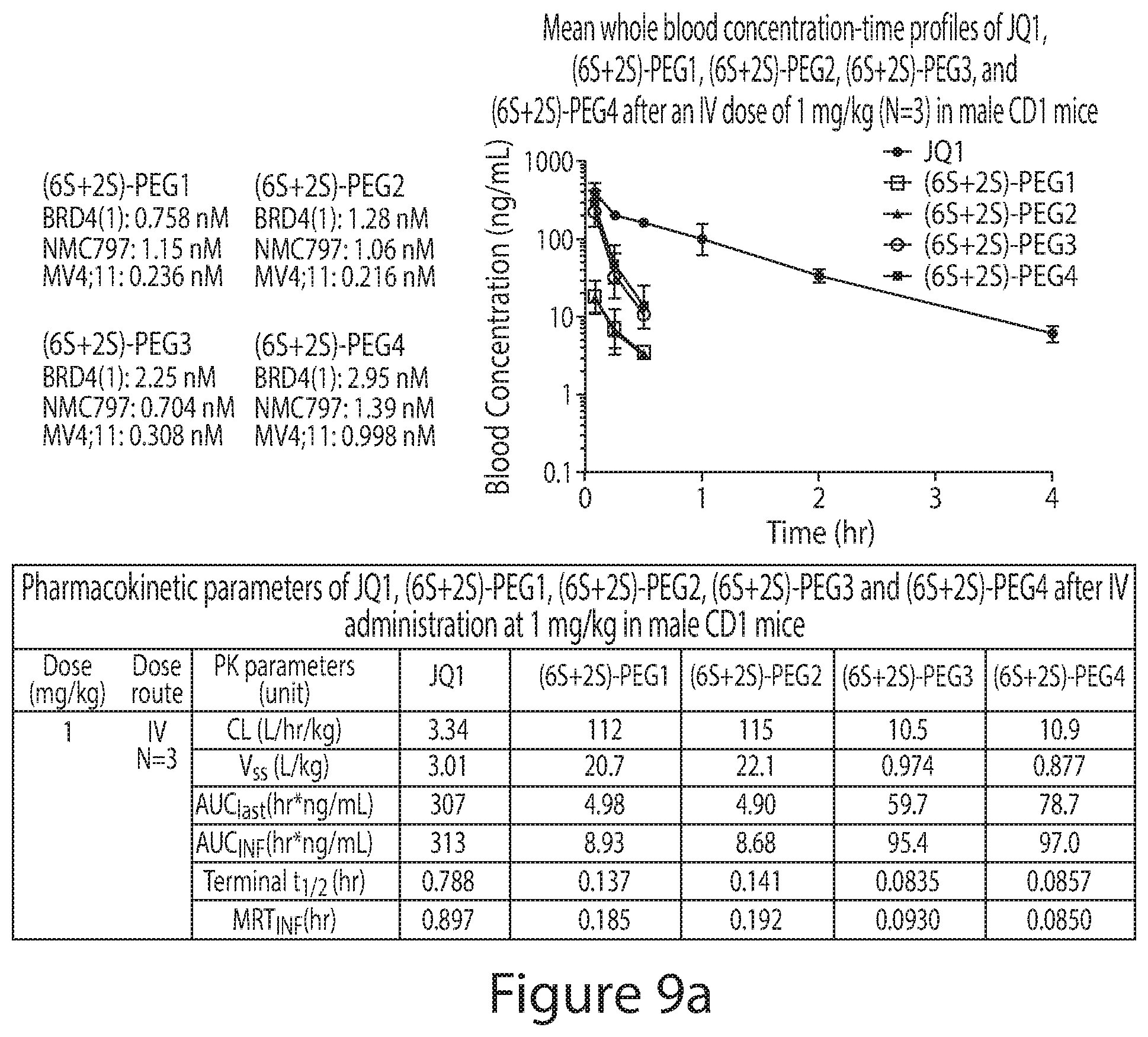
D00029
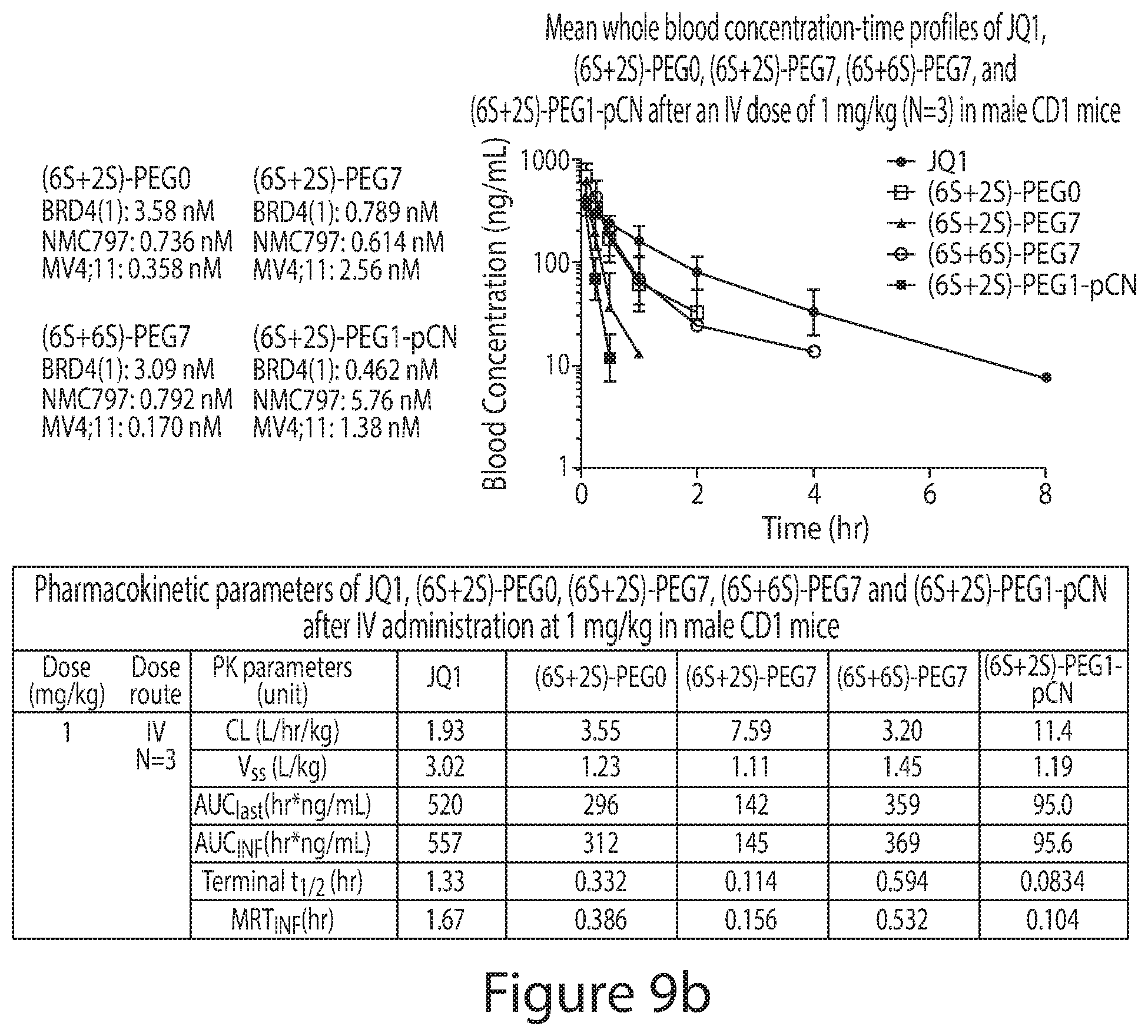
D00030
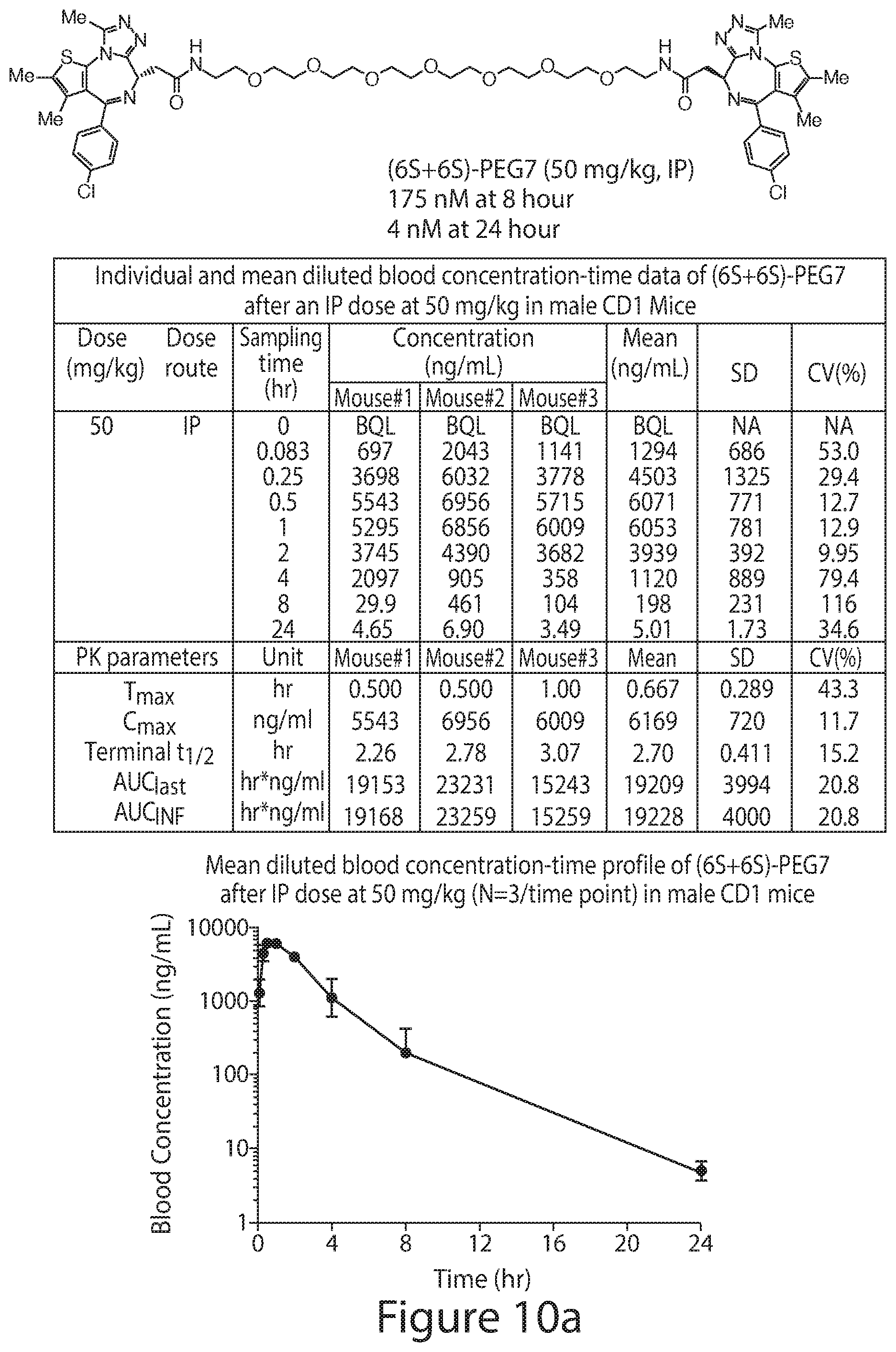
D00031
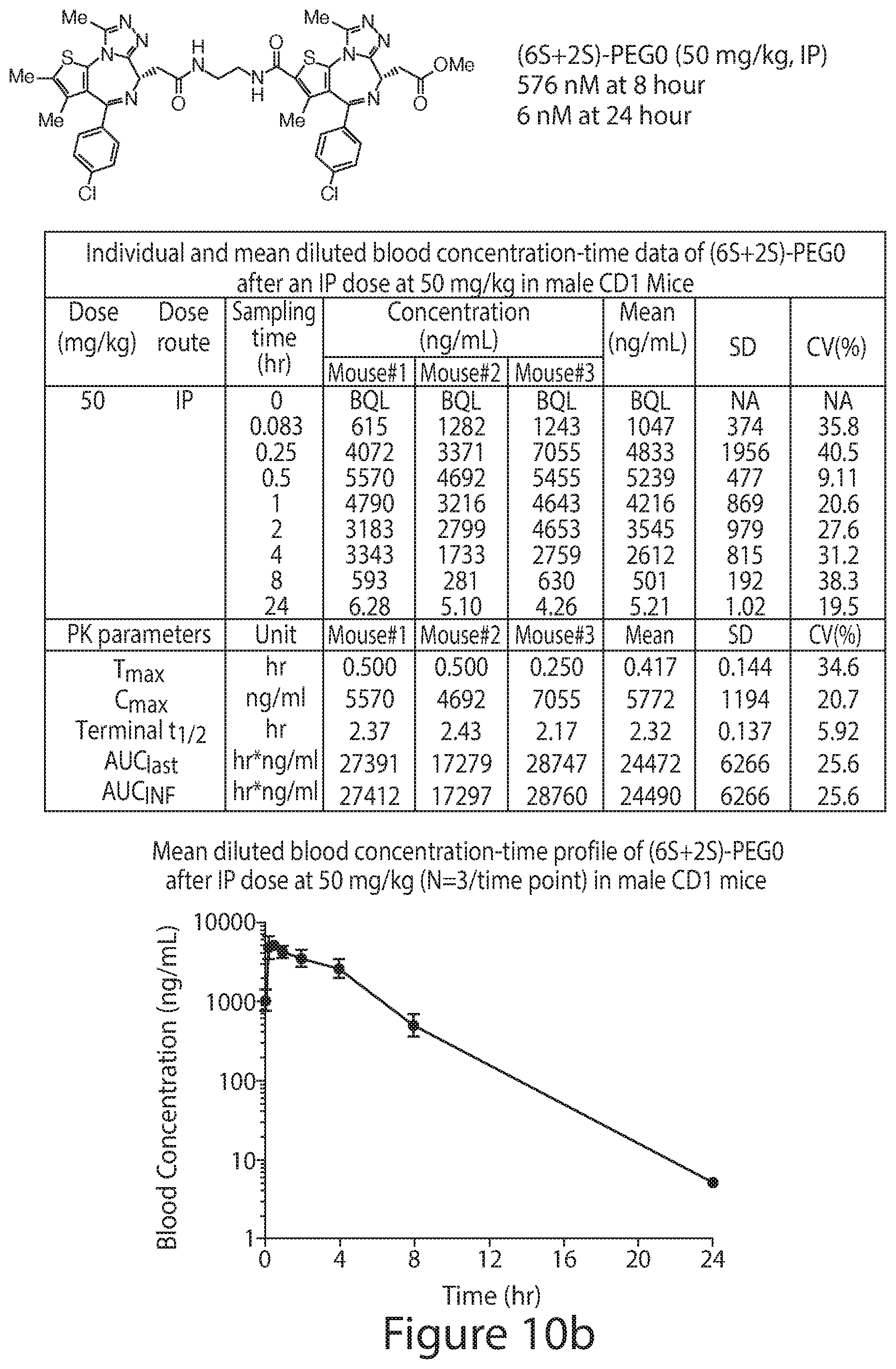
D00032
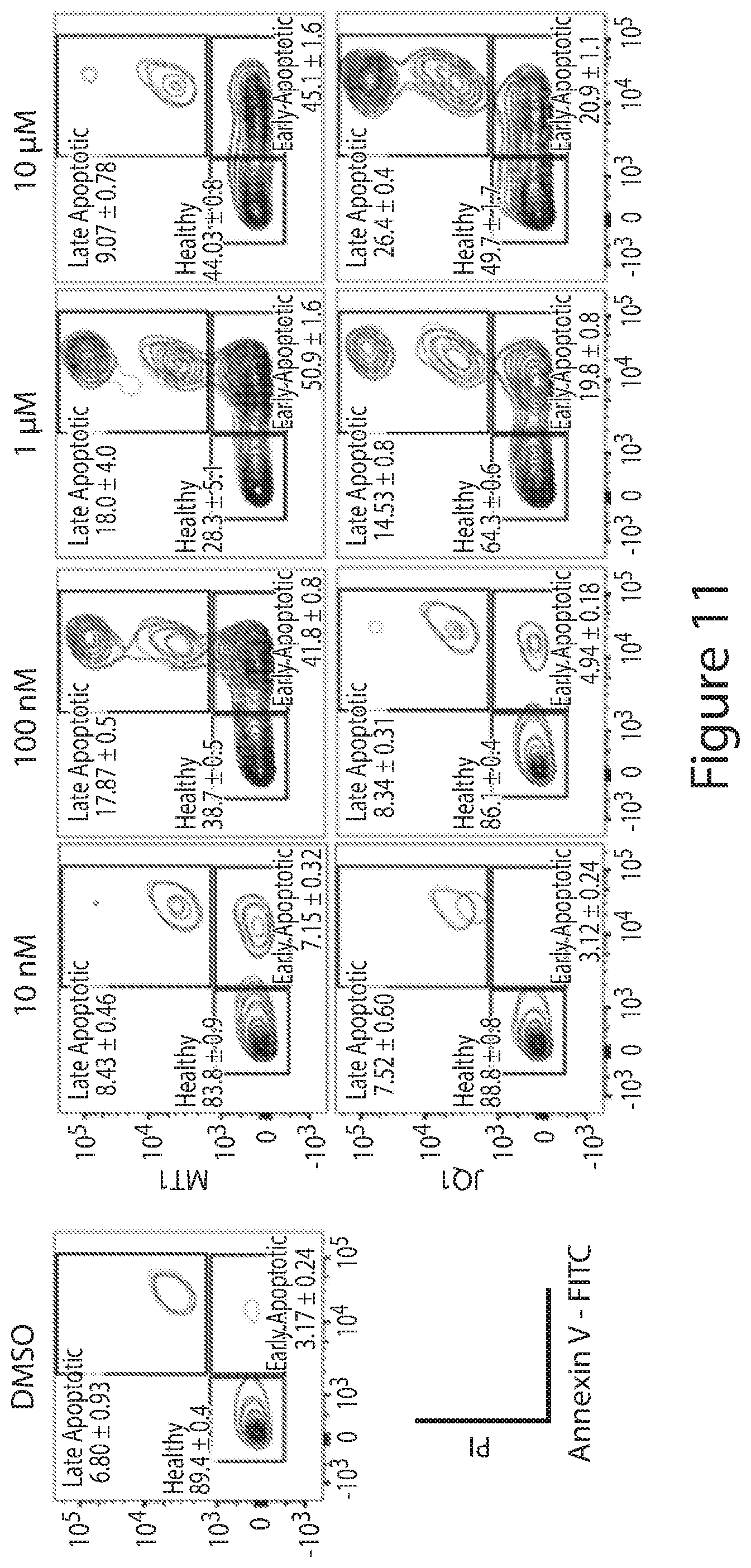
D00033
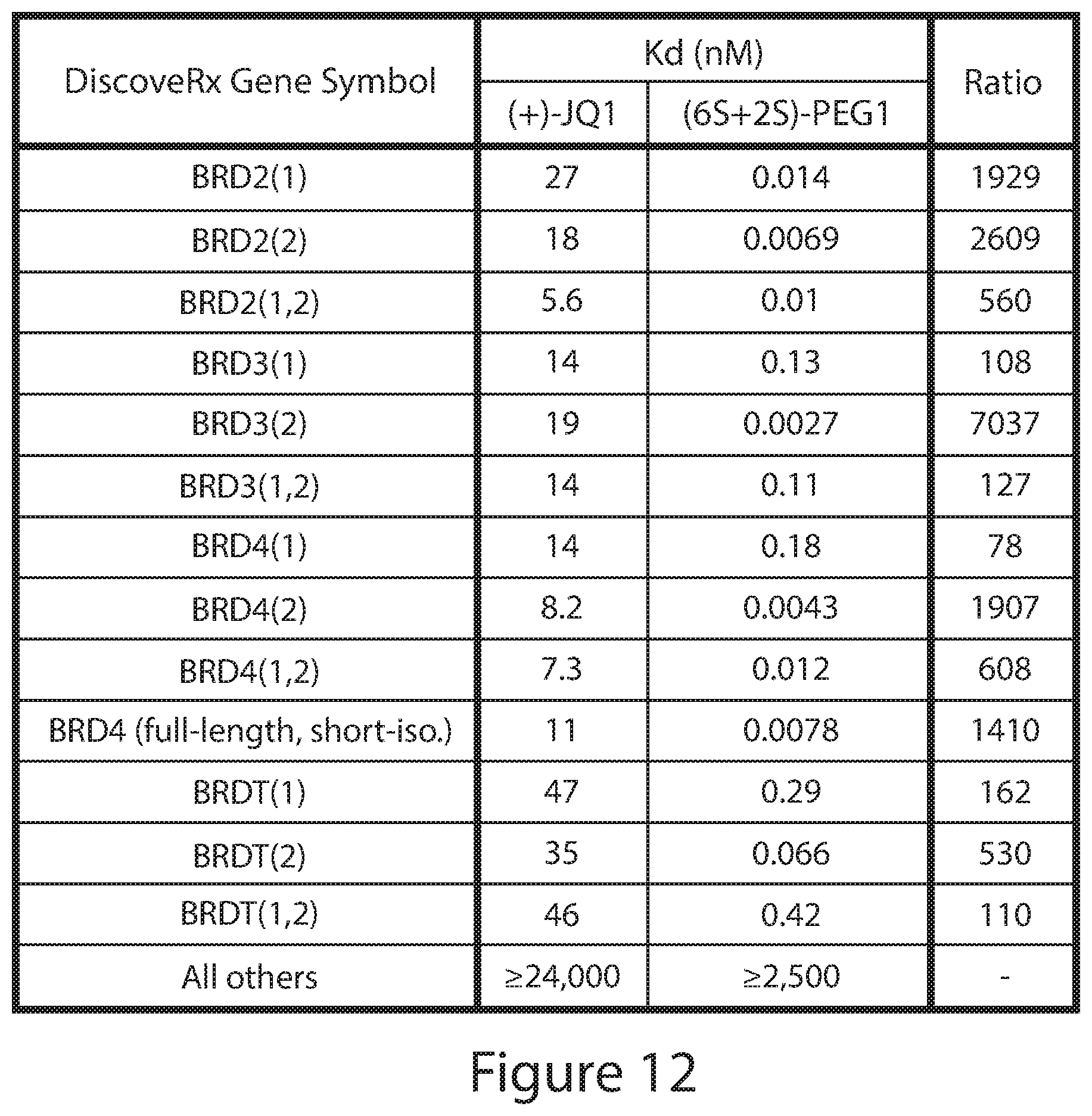
D00034
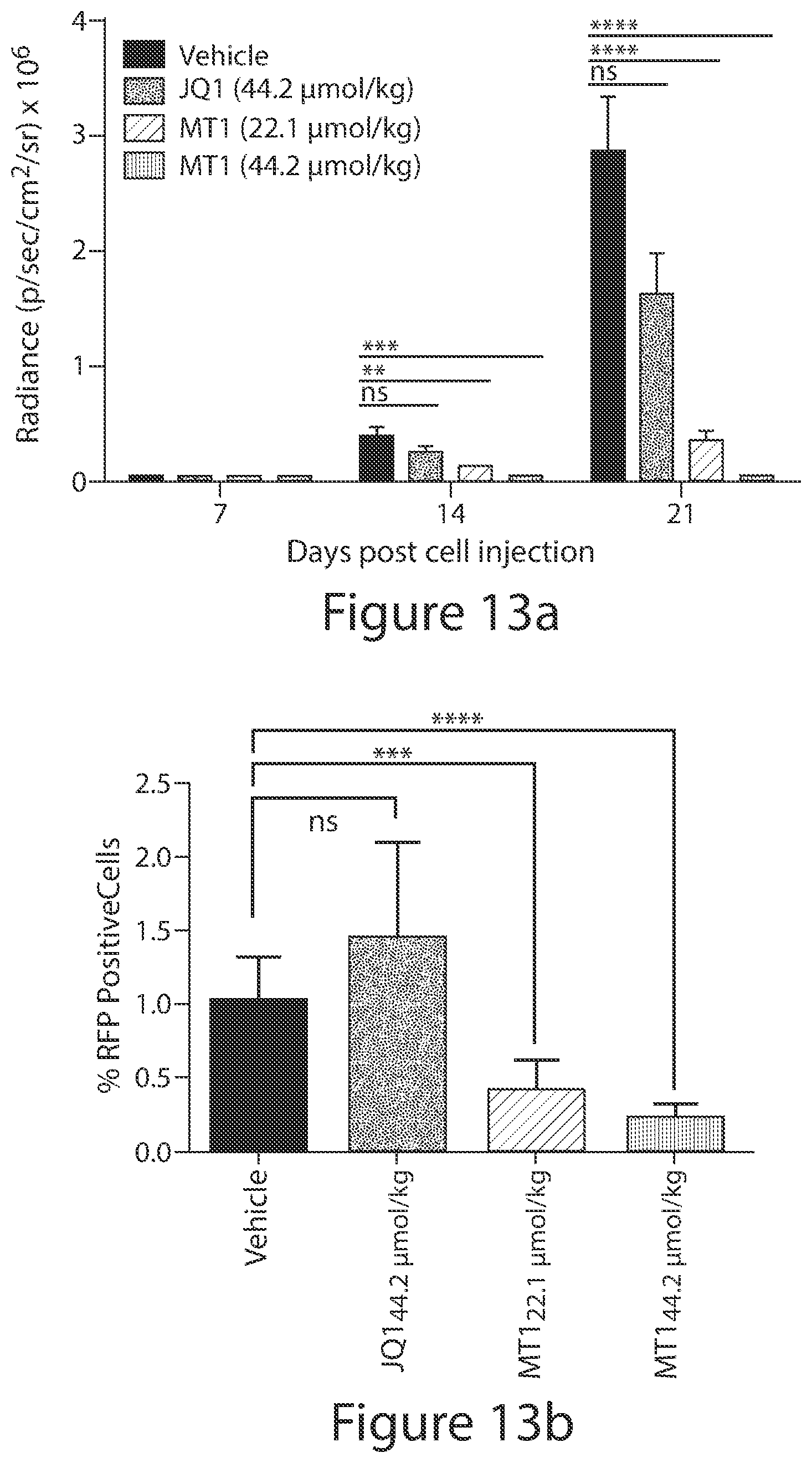
D00035
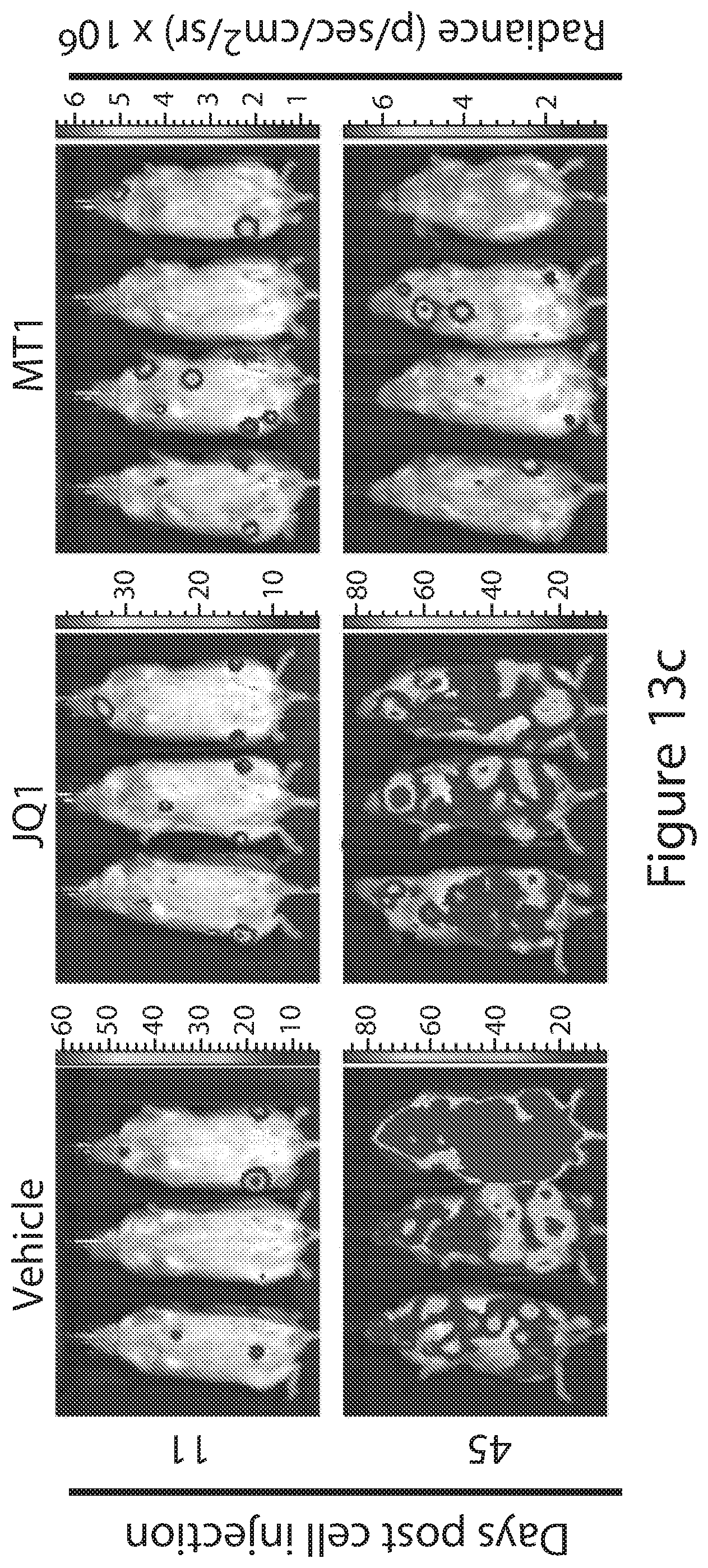
D00036
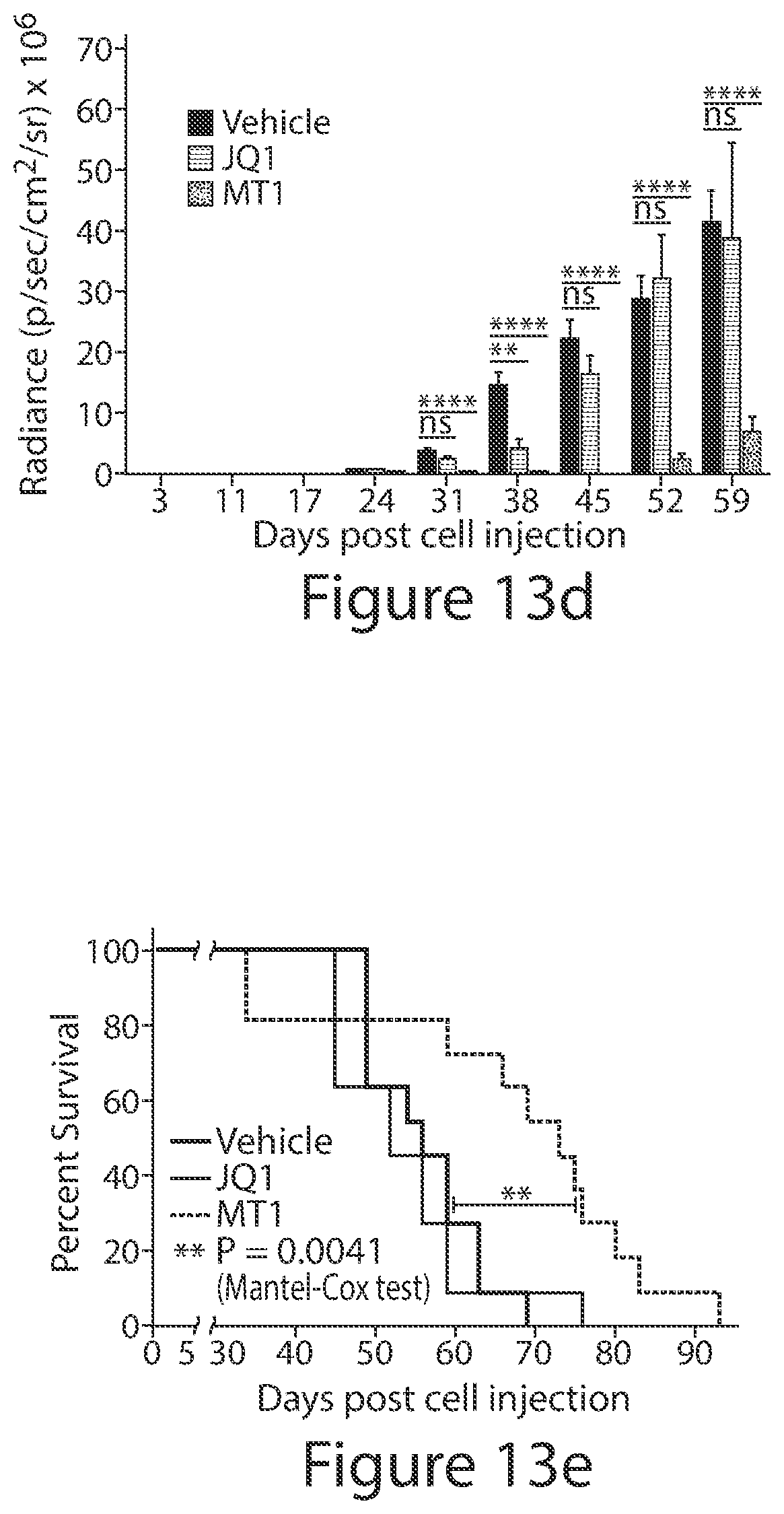
D00037
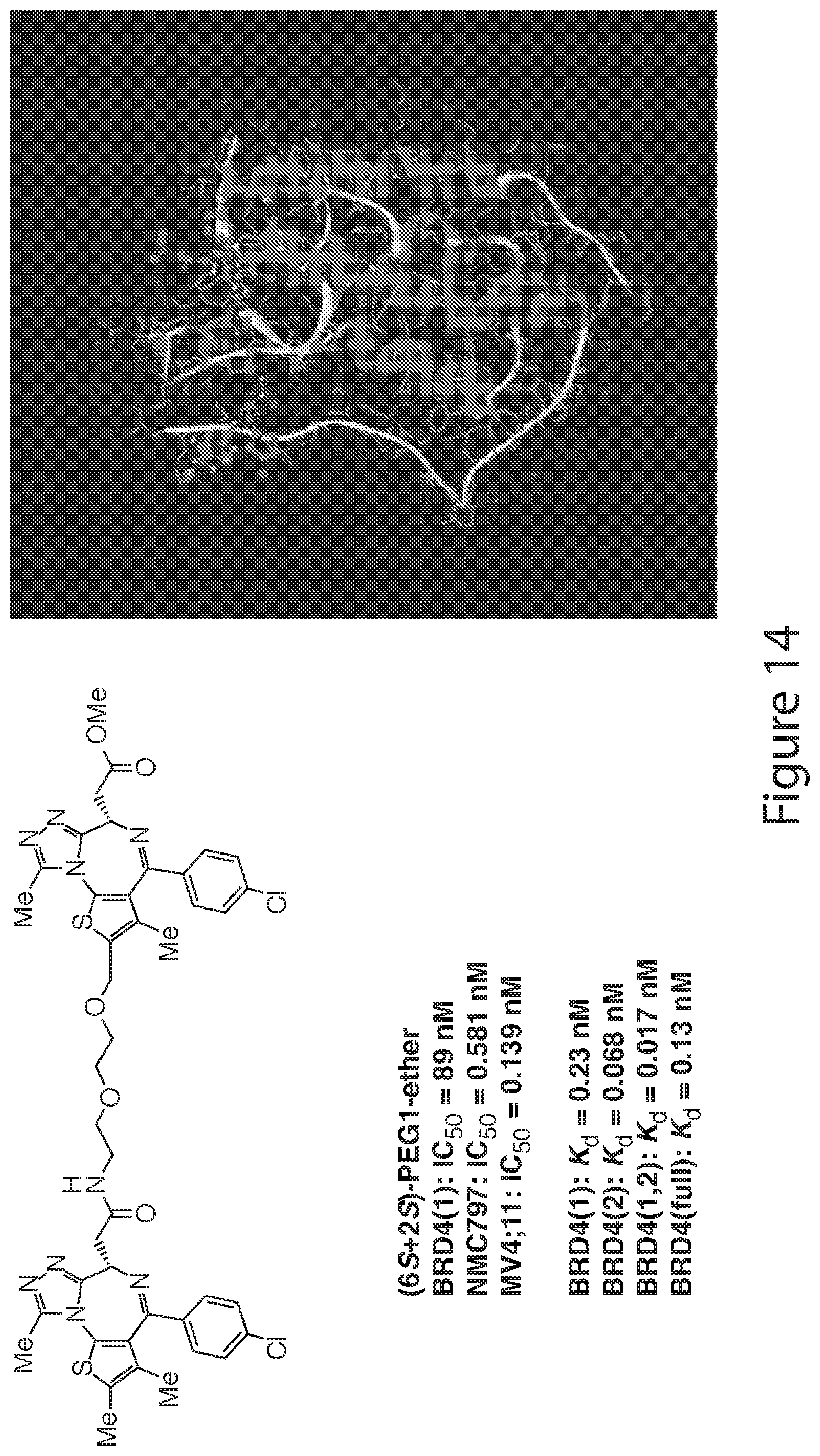
D00038
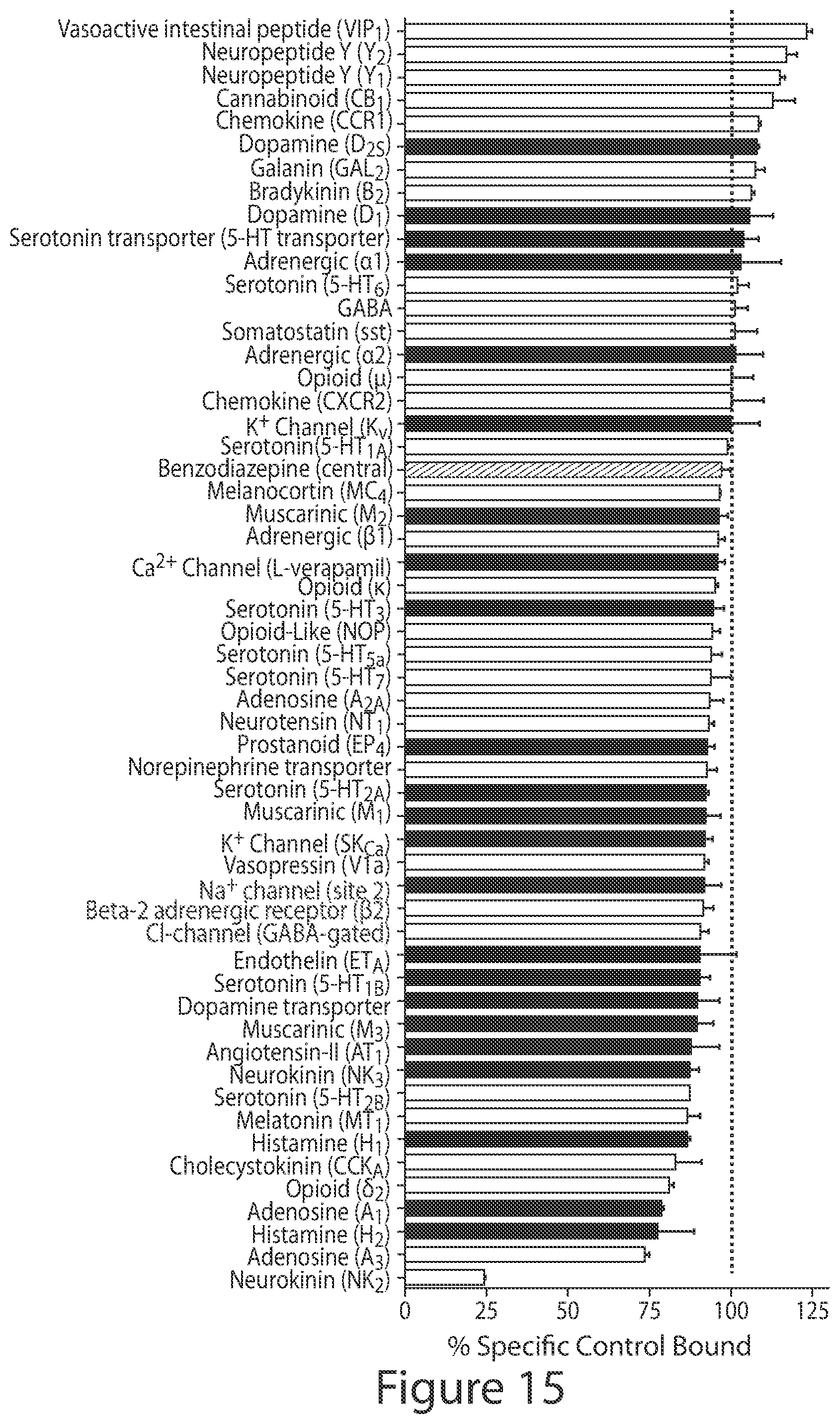
D00039
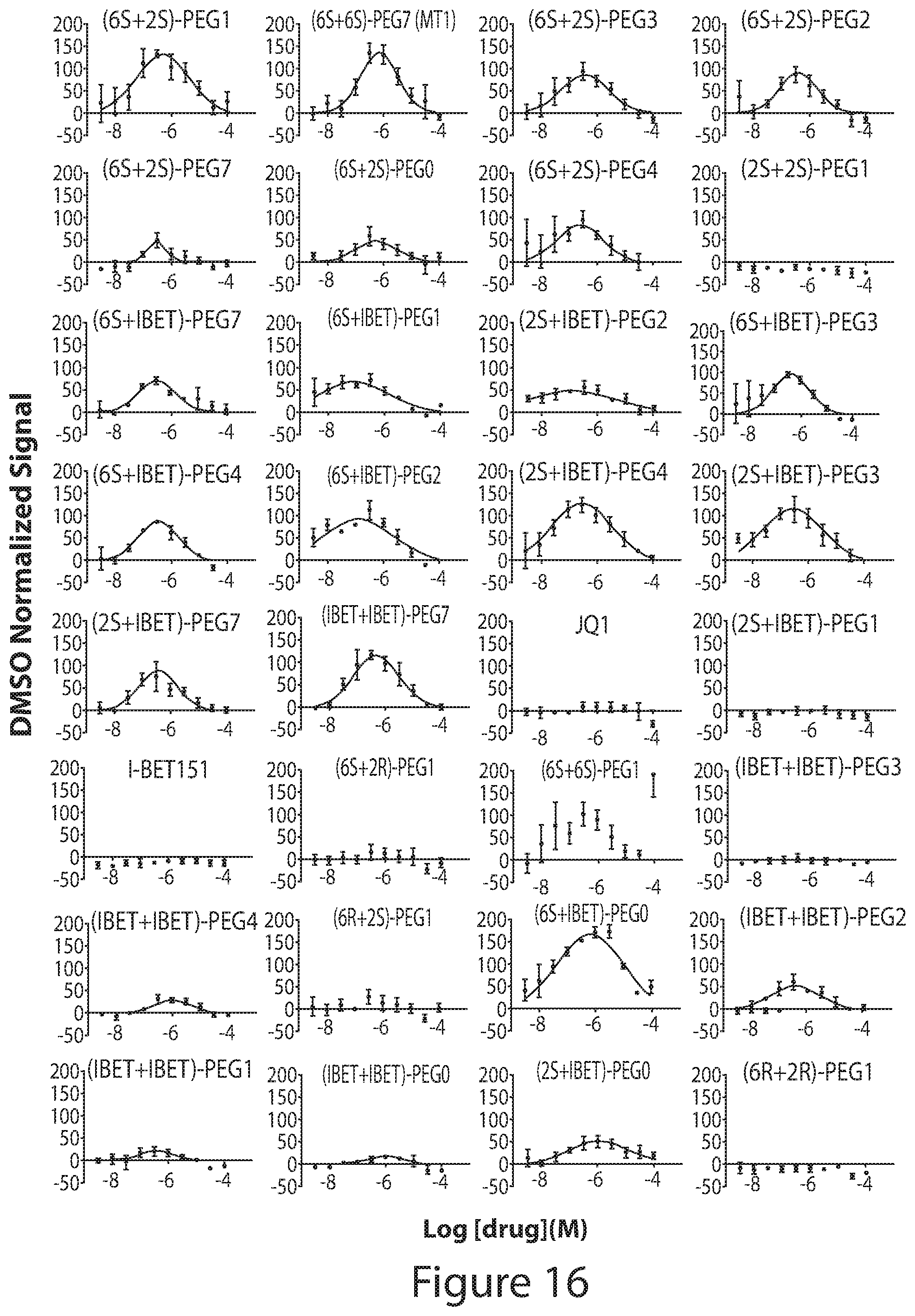
D00040
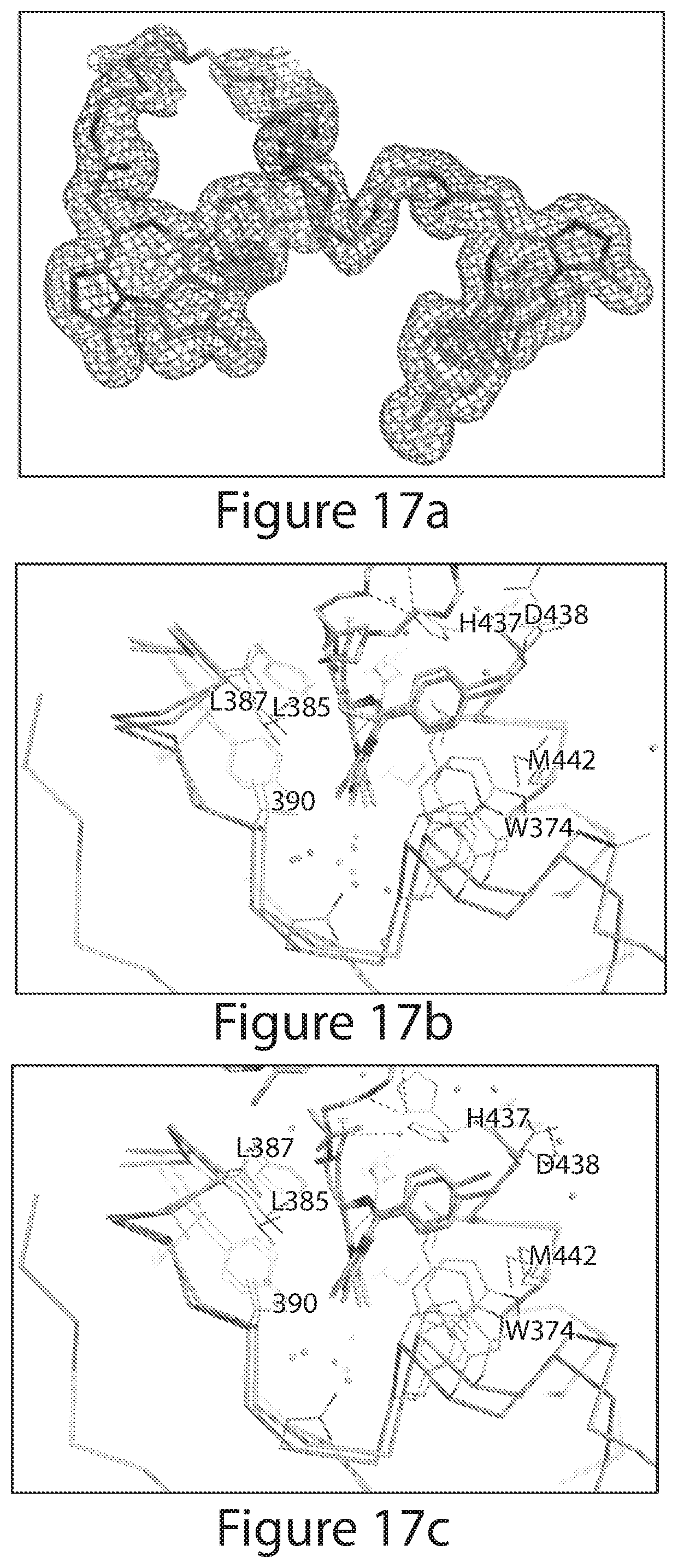
D00041
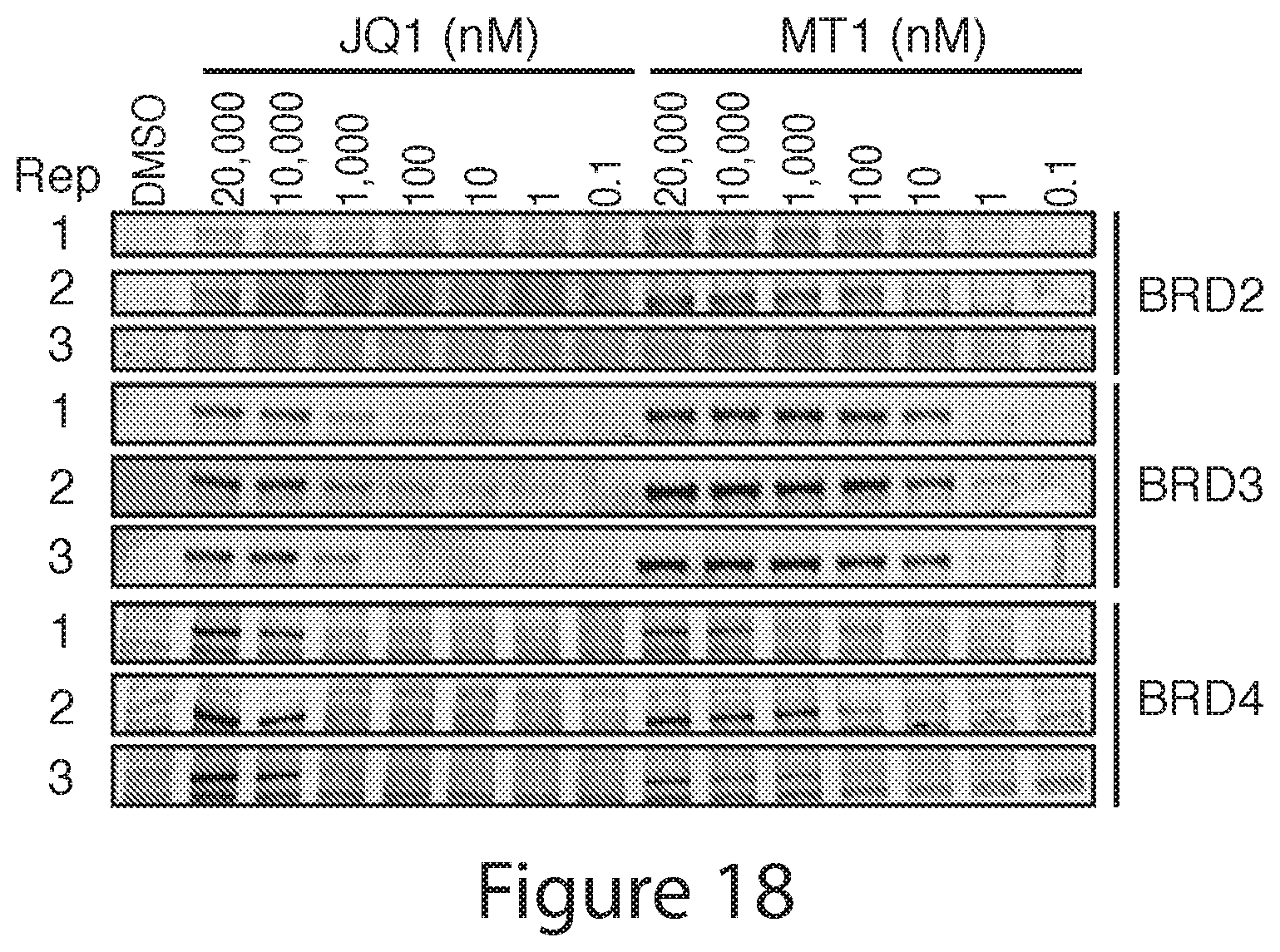
D00042
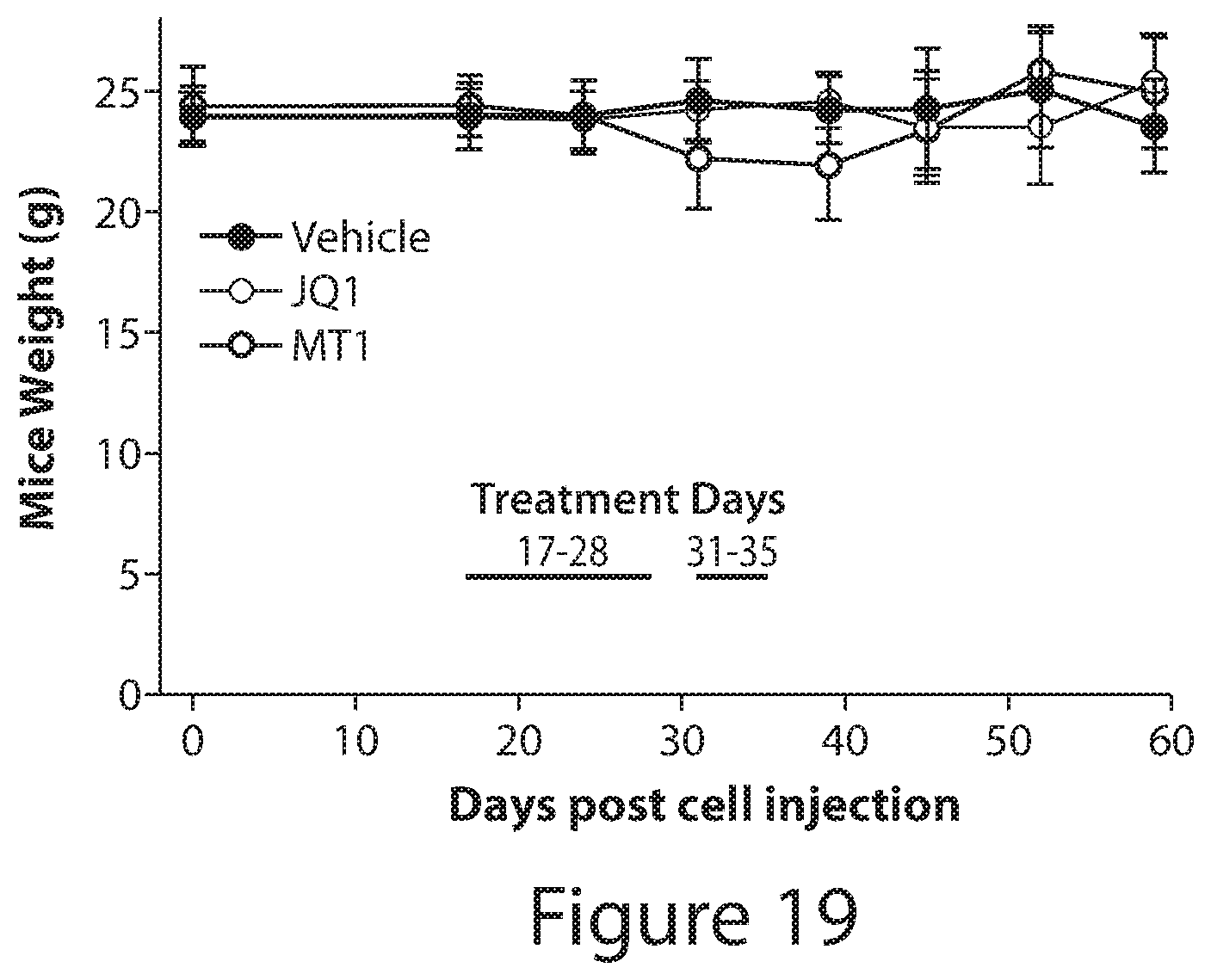
D00043
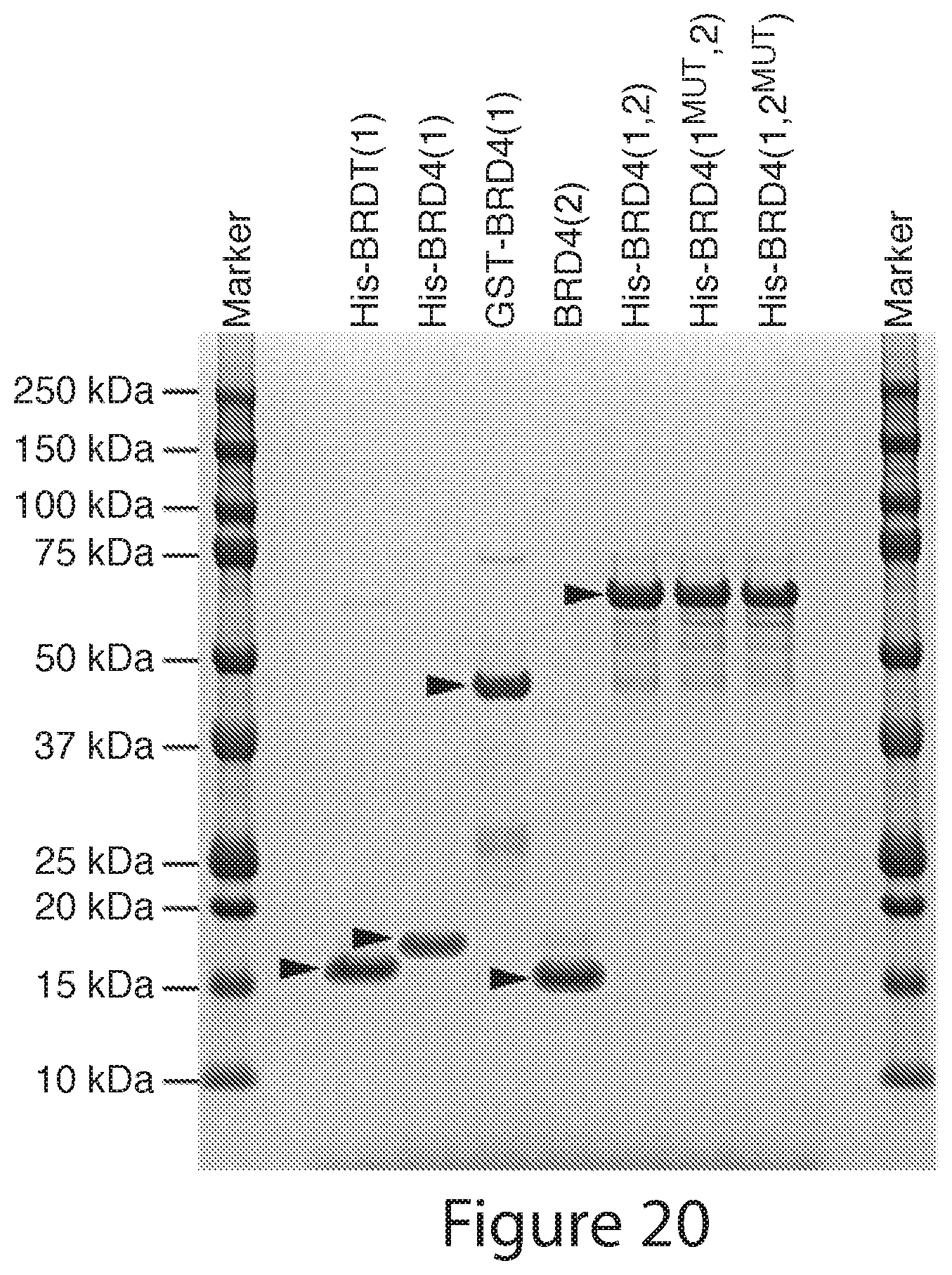
D00044
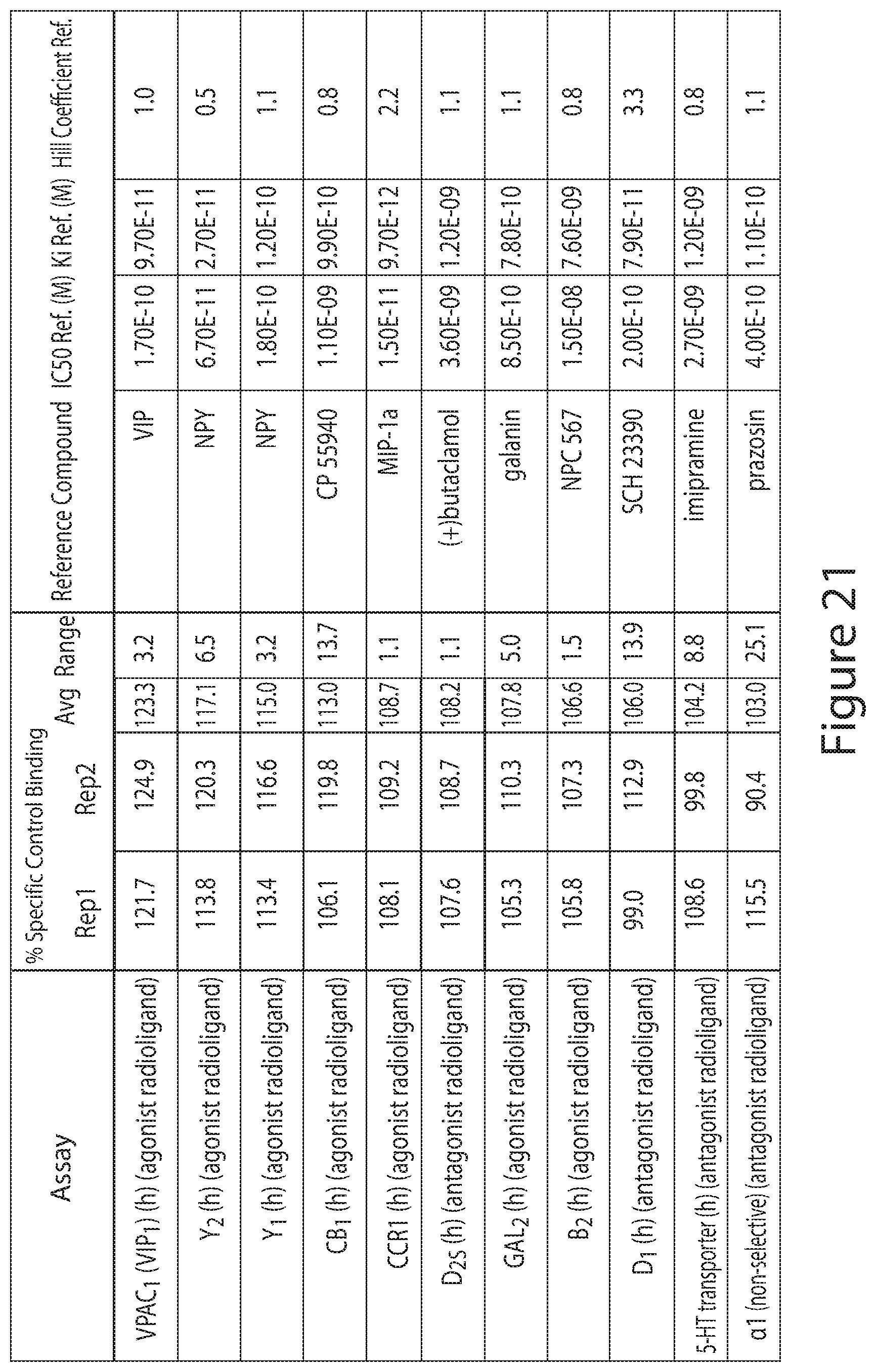
D00045
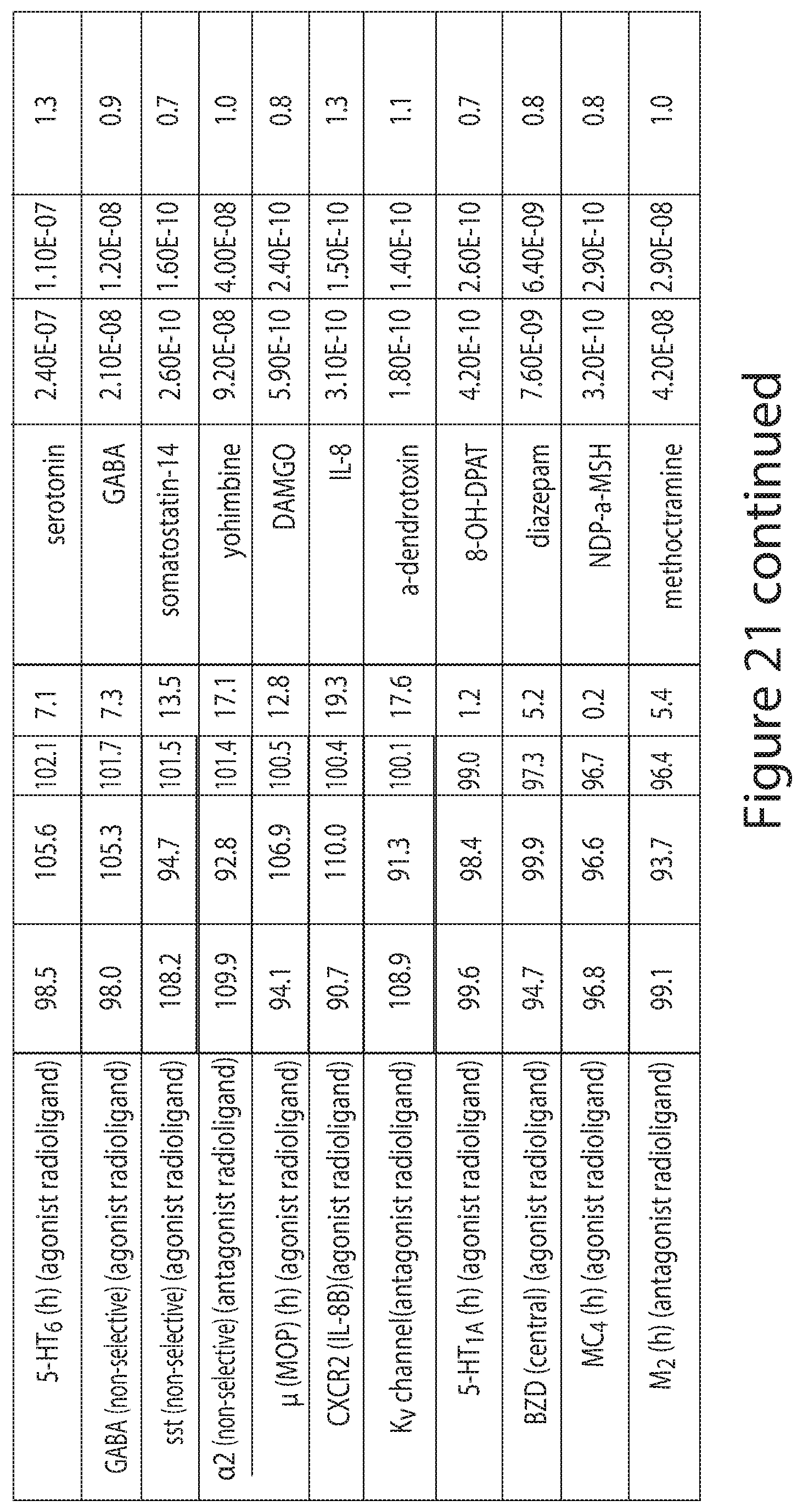
D00046
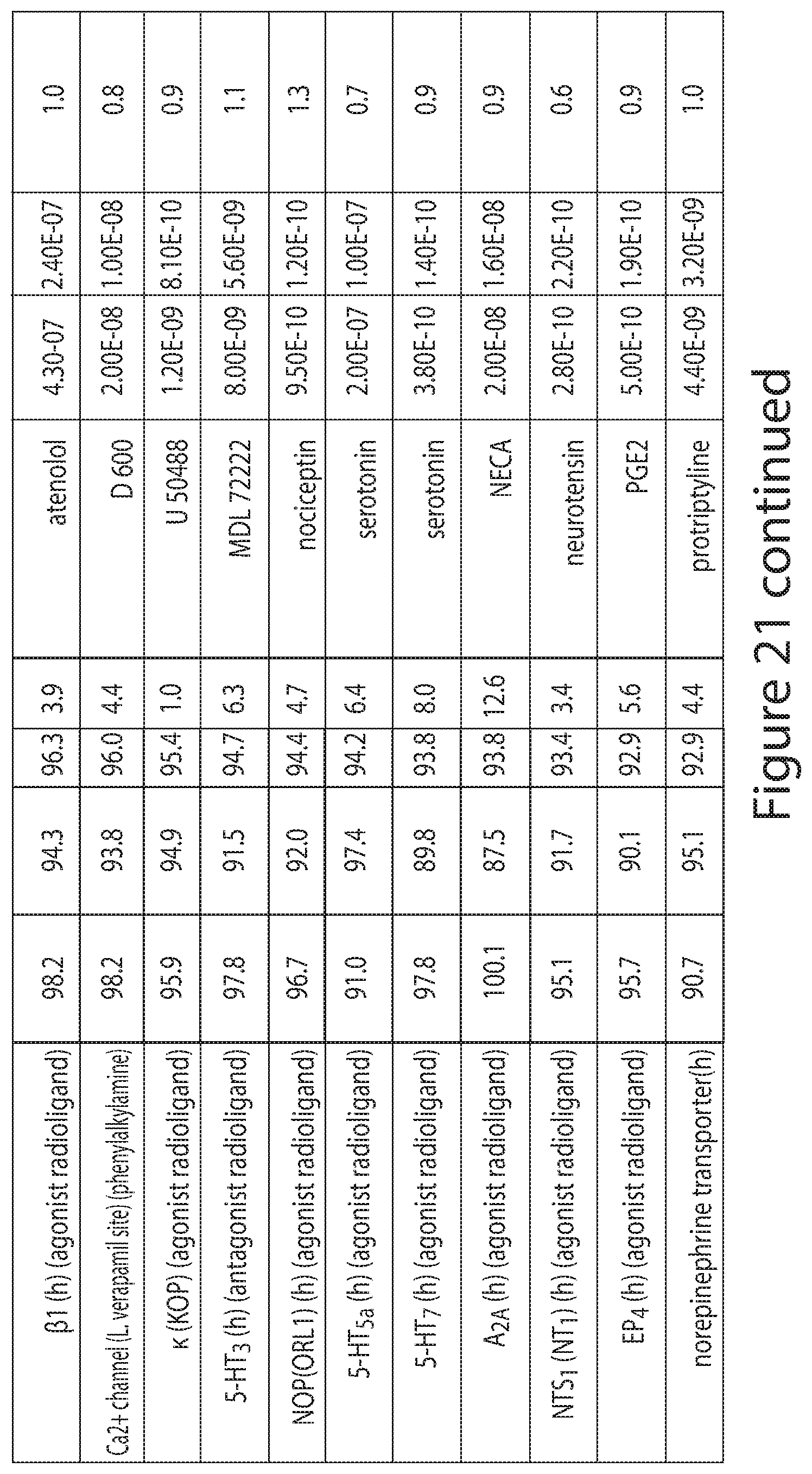
D00047
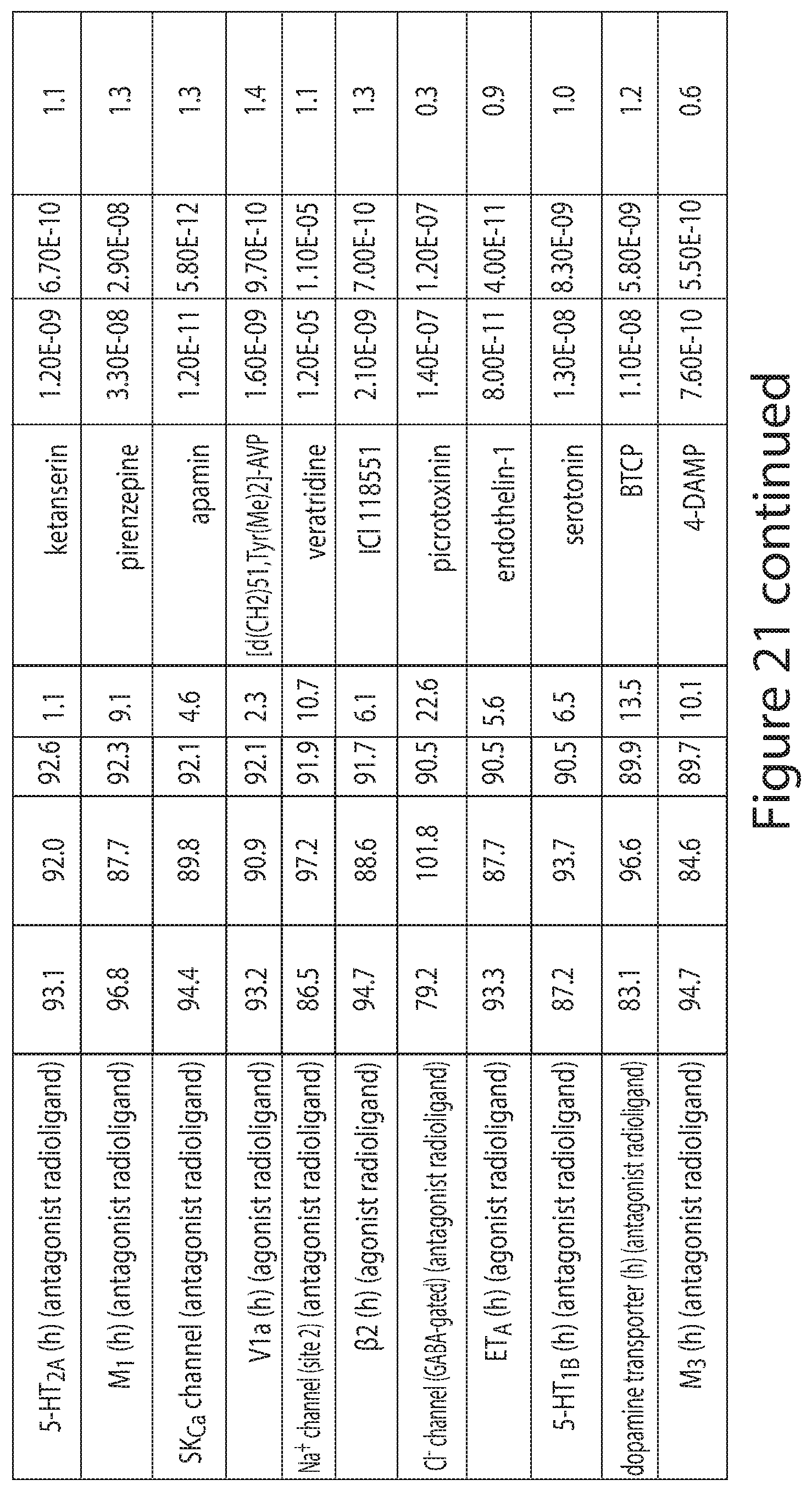
D00048
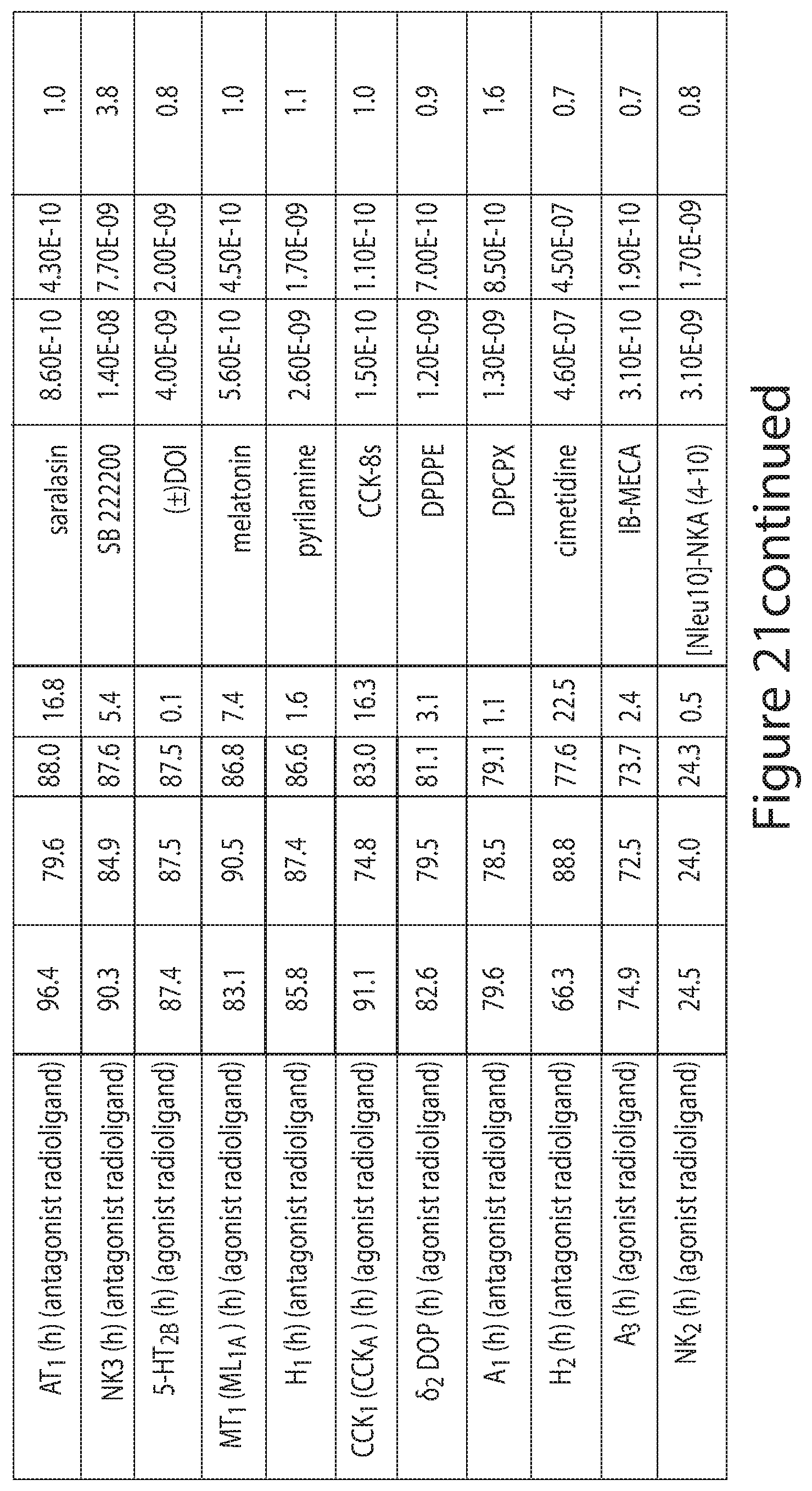
D00049
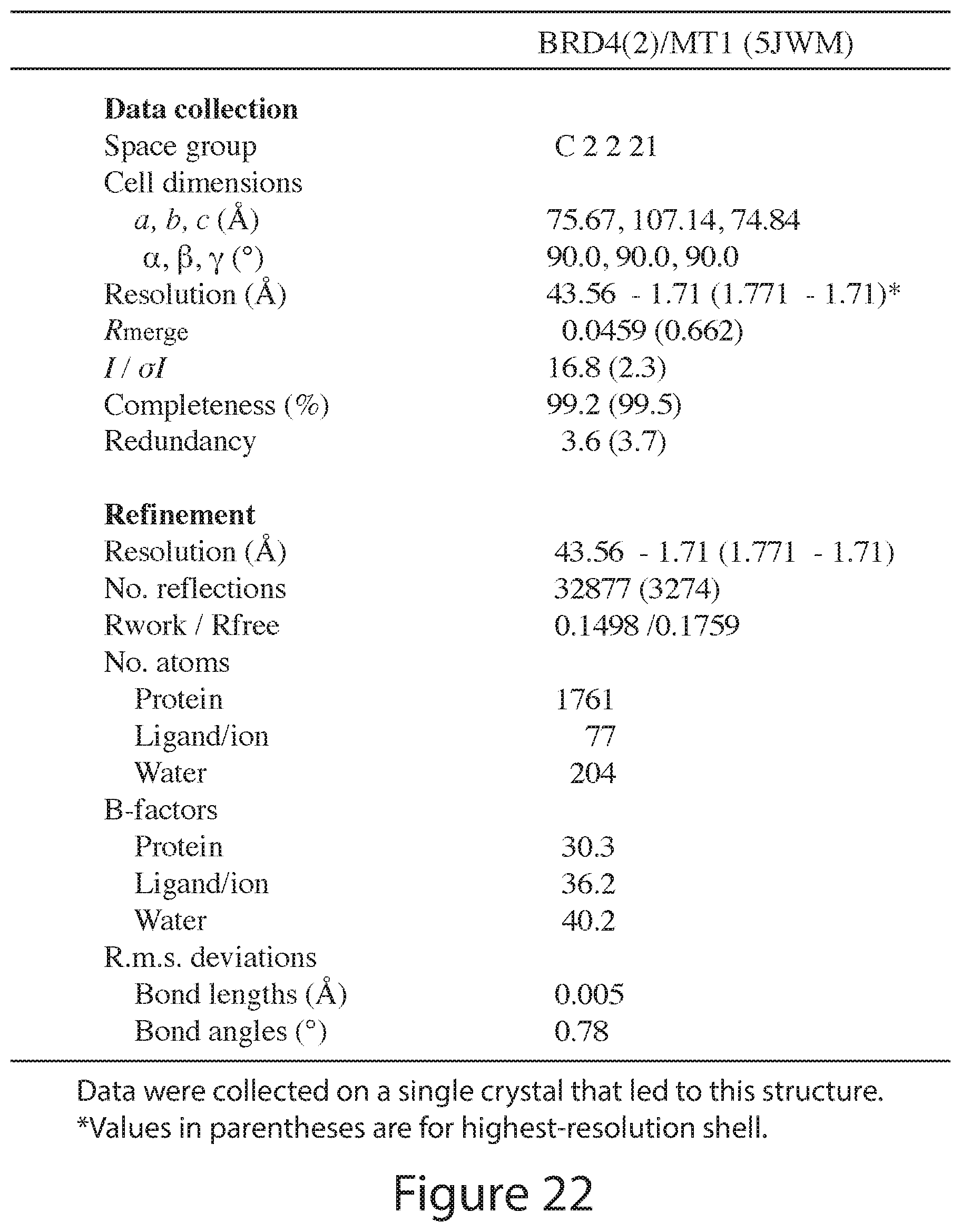
D00050
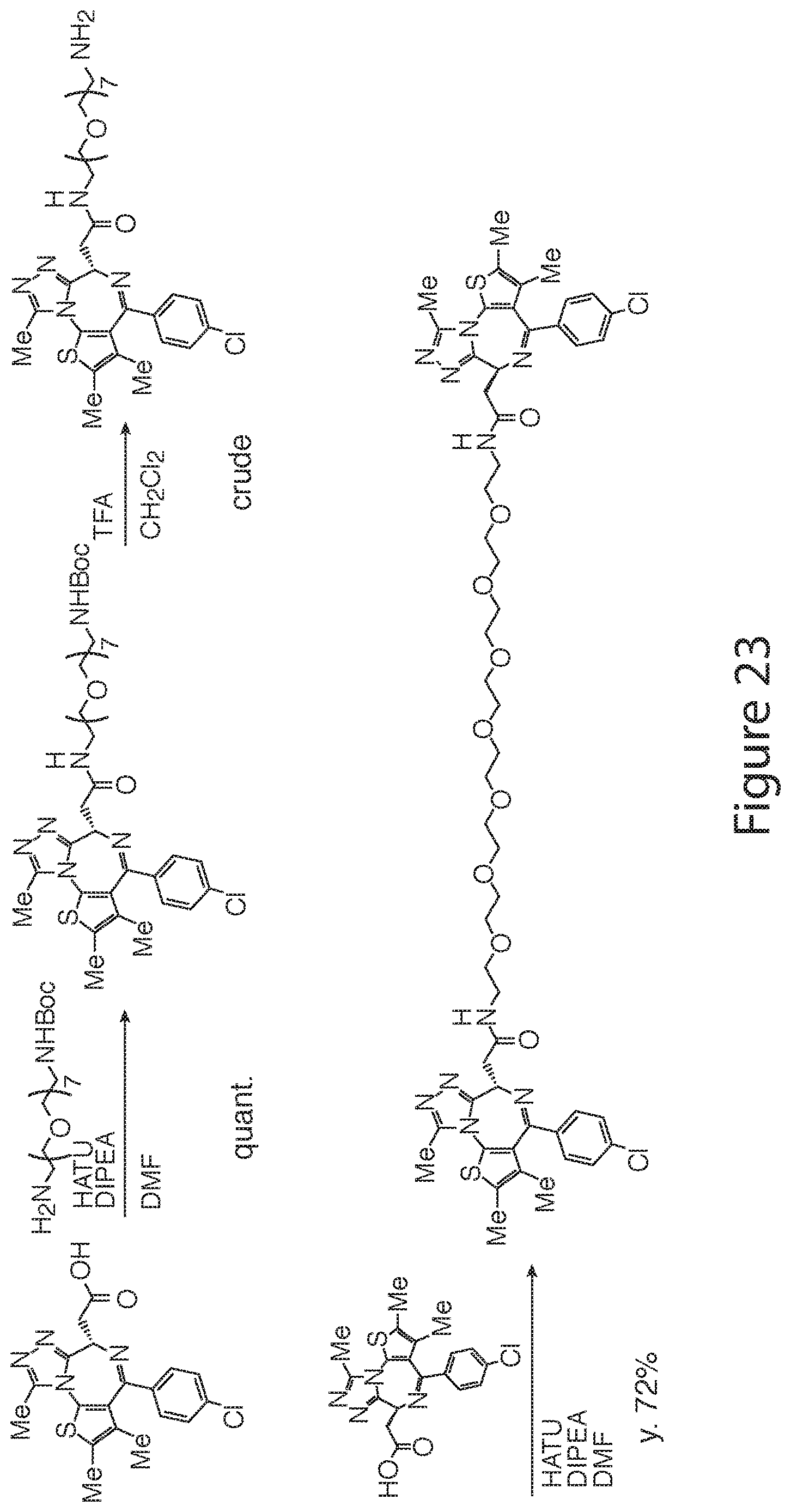
P00001

P00002

P00003

XML
uspto.report is an independent third-party trademark research tool that is not affiliated, endorsed, or sponsored by the United States Patent and Trademark Office (USPTO) or any other governmental organization. The information provided by uspto.report is based on publicly available data at the time of writing and is intended for informational purposes only.
While we strive to provide accurate and up-to-date information, we do not guarantee the accuracy, completeness, reliability, or suitability of the information displayed on this site. The use of this site is at your own risk. Any reliance you place on such information is therefore strictly at your own risk.
All official trademark data, including owner information, should be verified by visiting the official USPTO website at www.uspto.gov. This site is not intended to replace professional legal advice and should not be used as a substitute for consulting with a legal professional who is knowledgeable about trademark law.